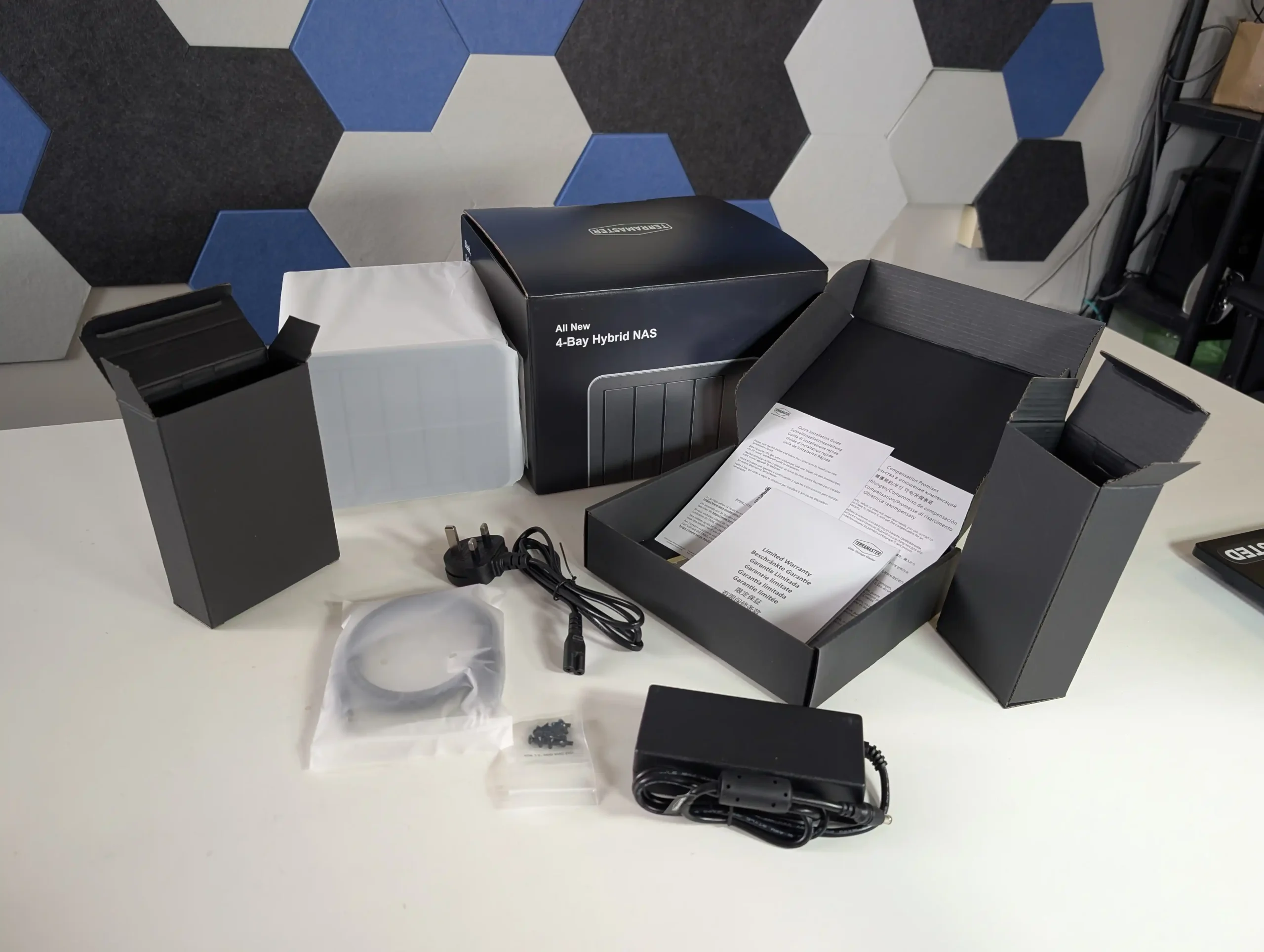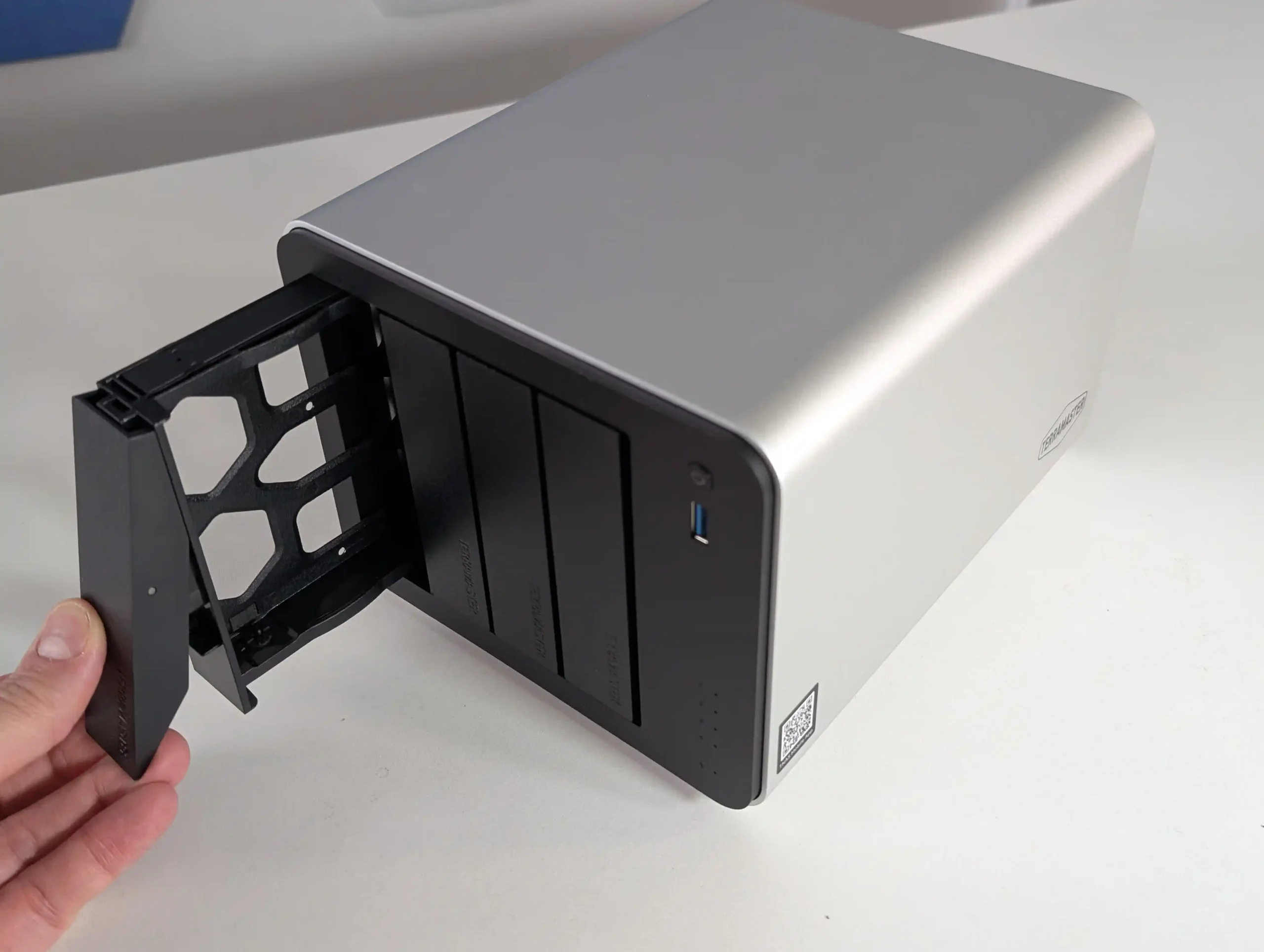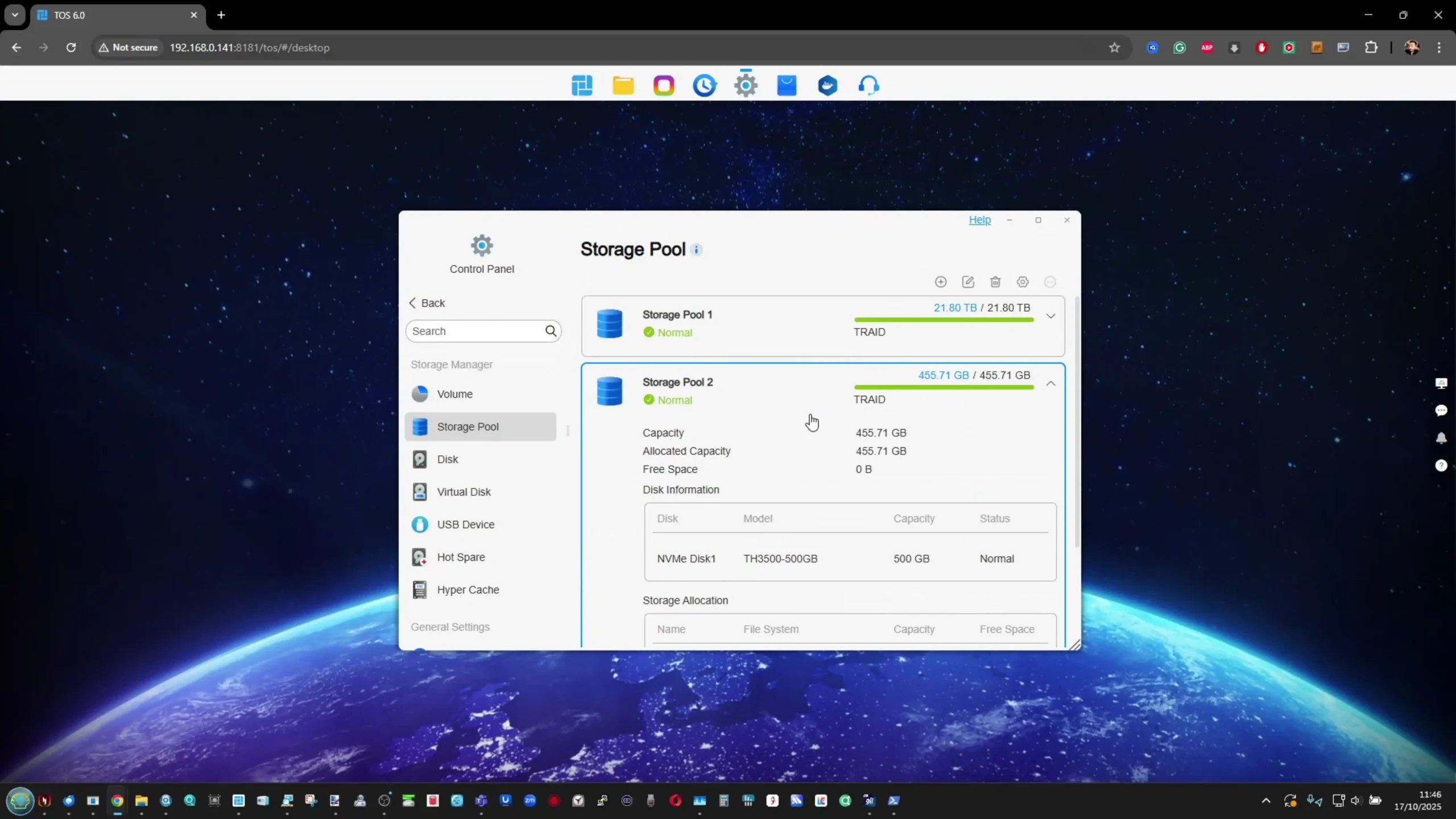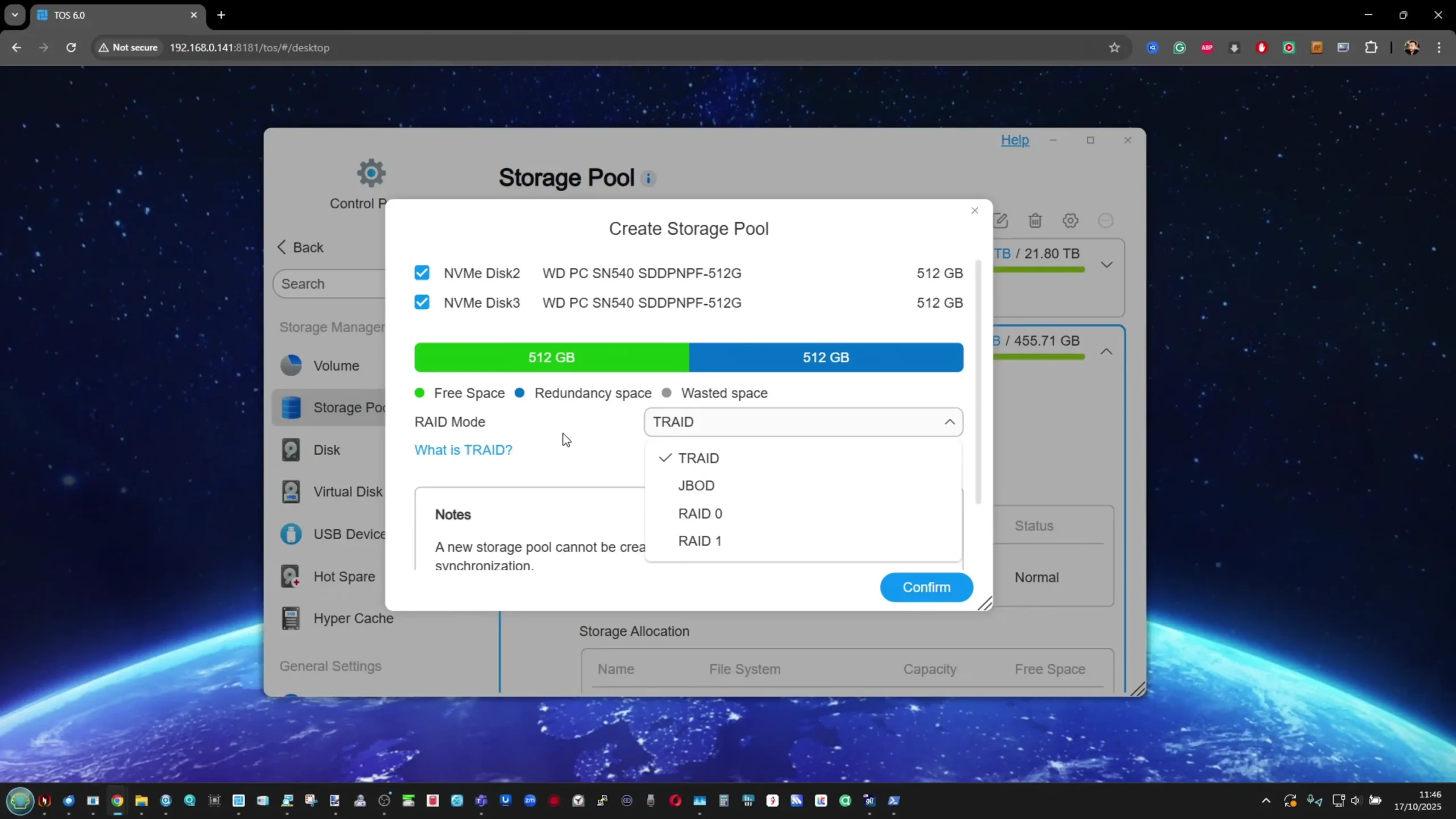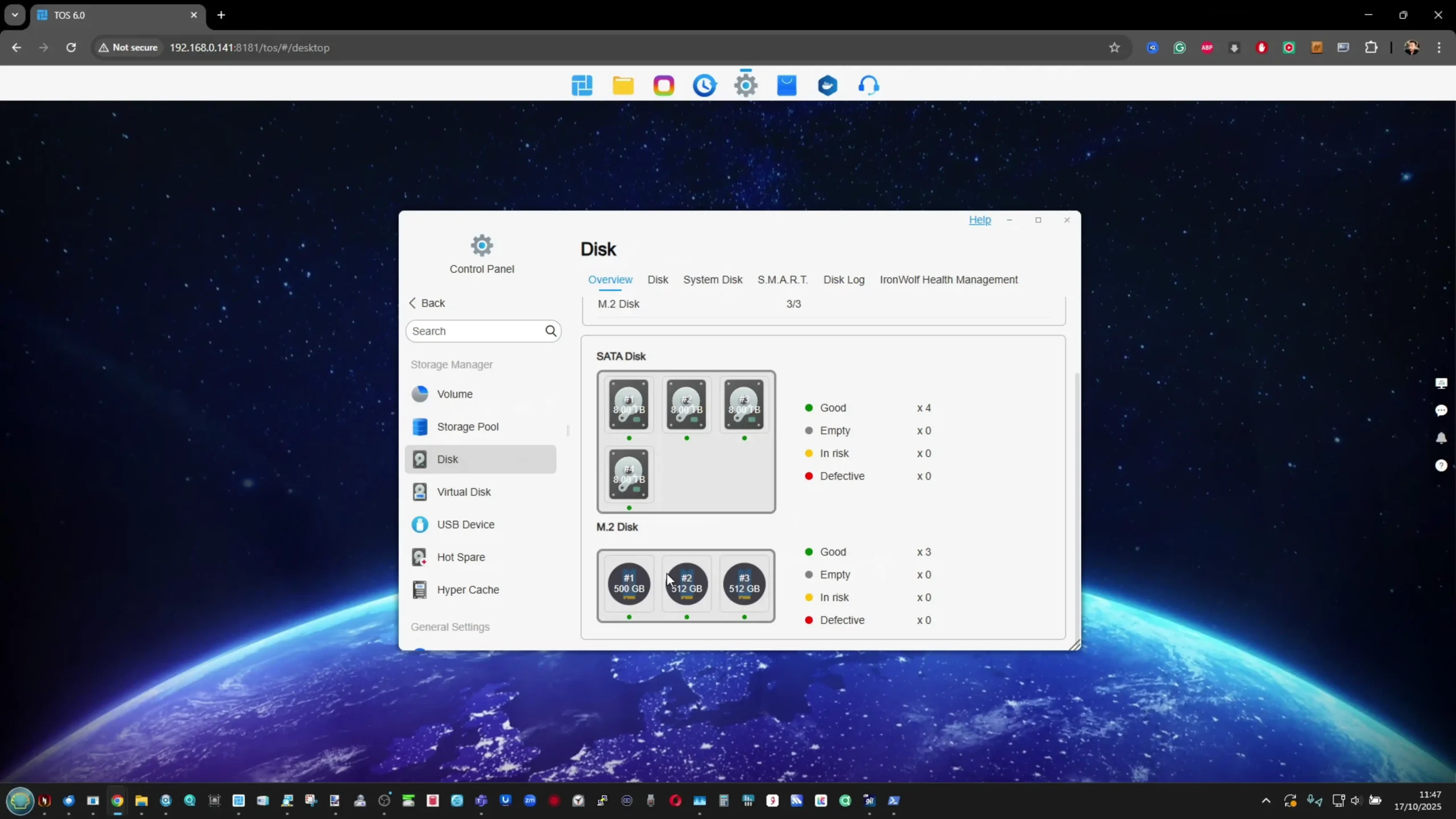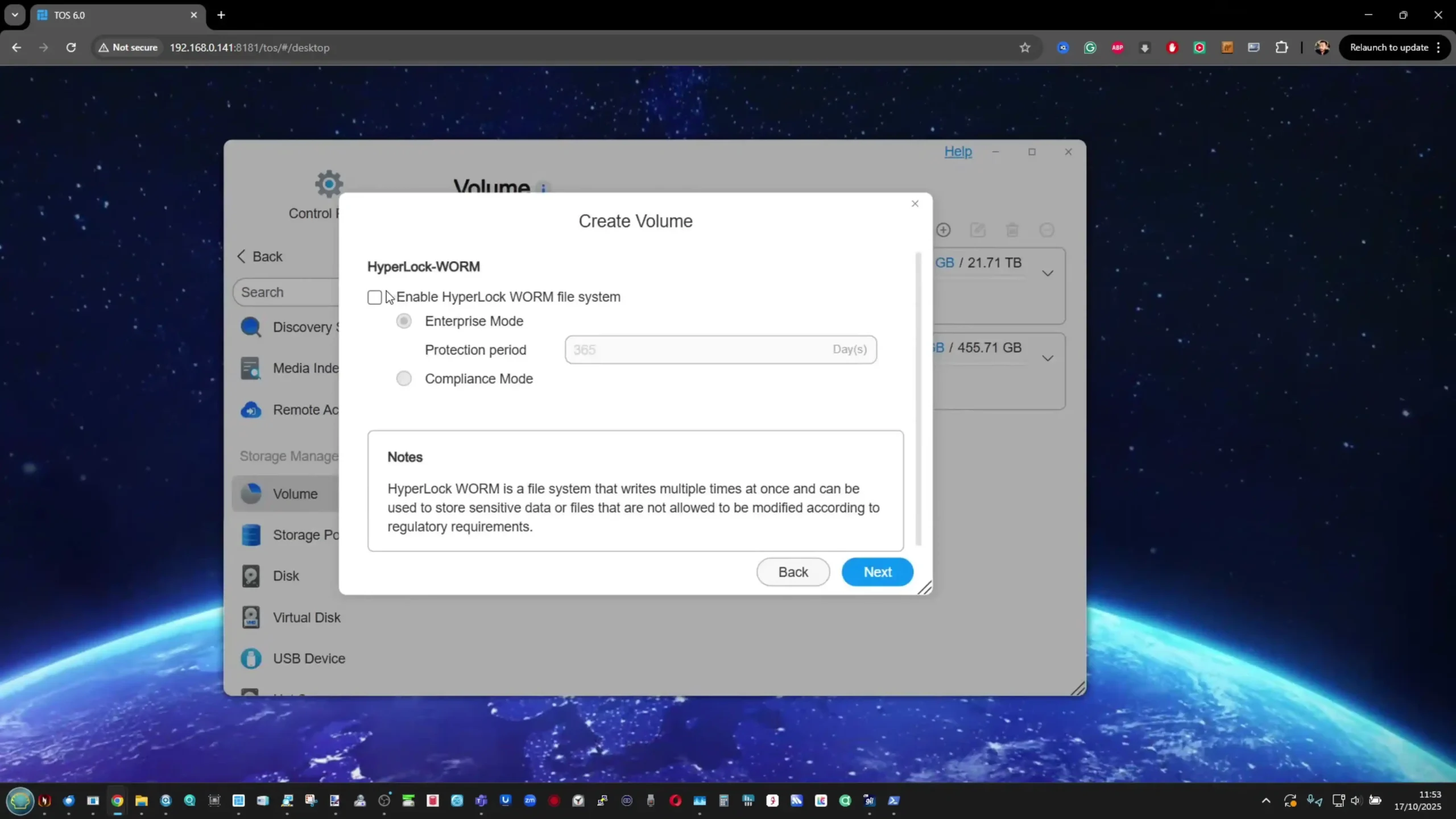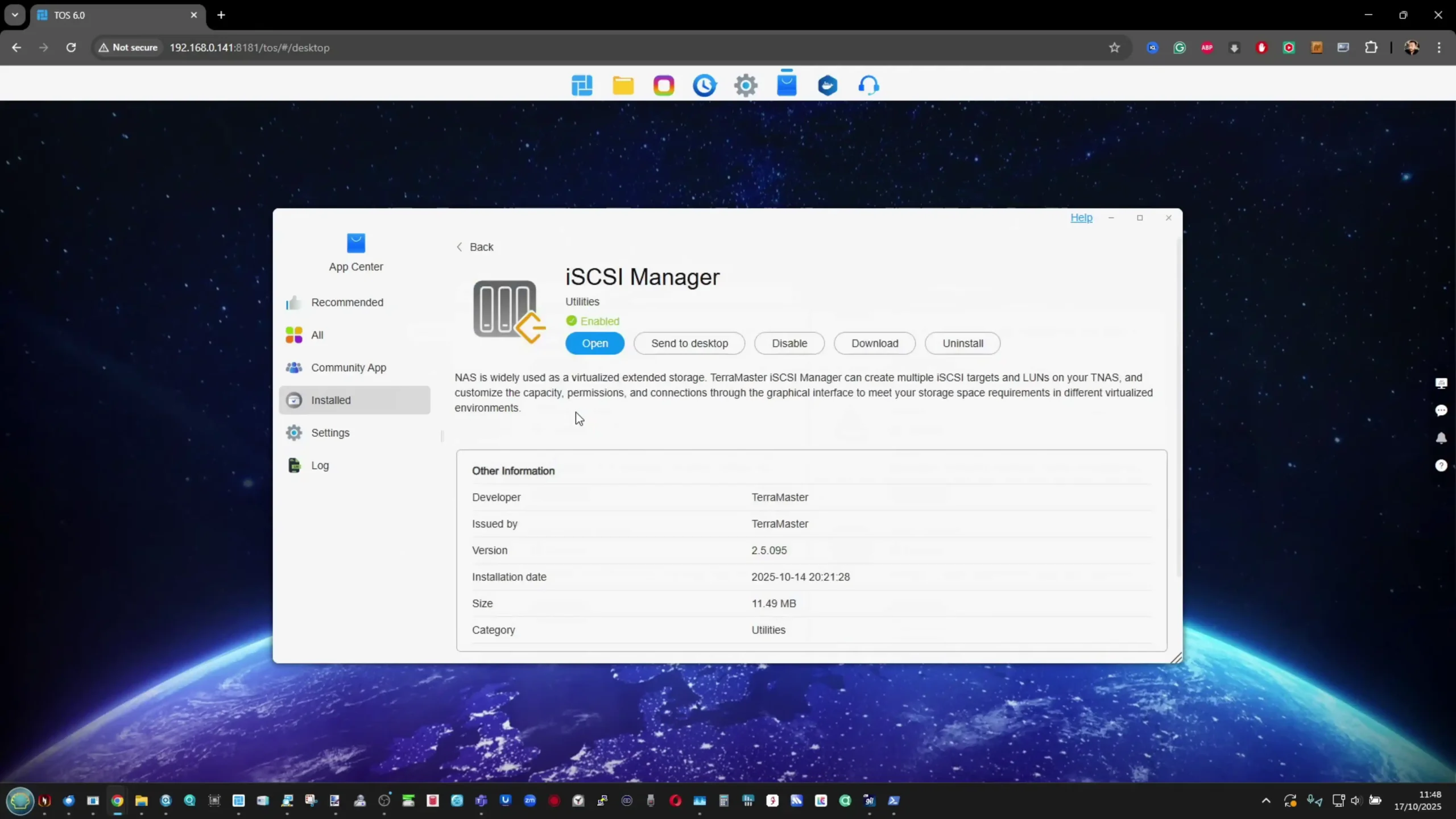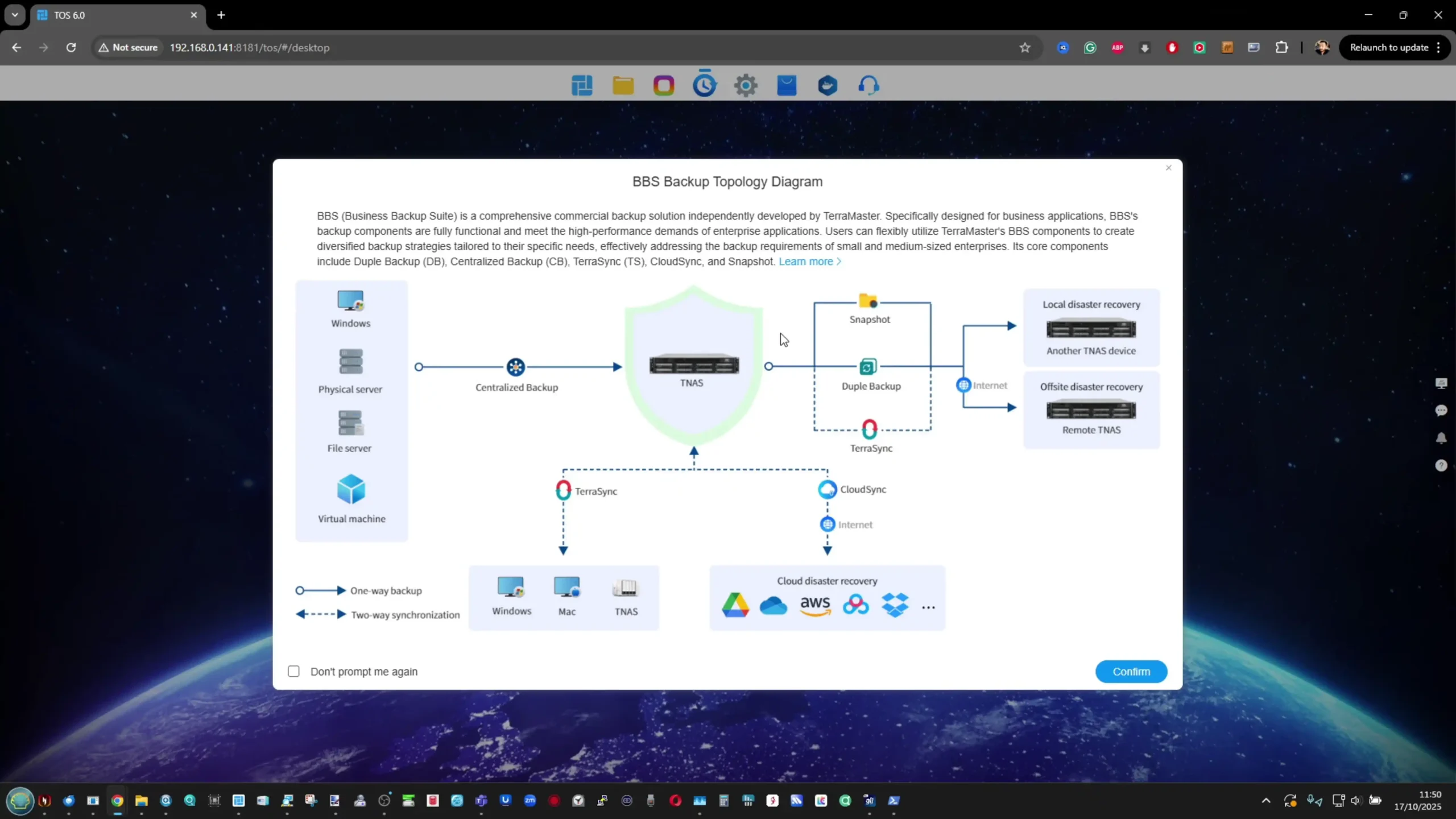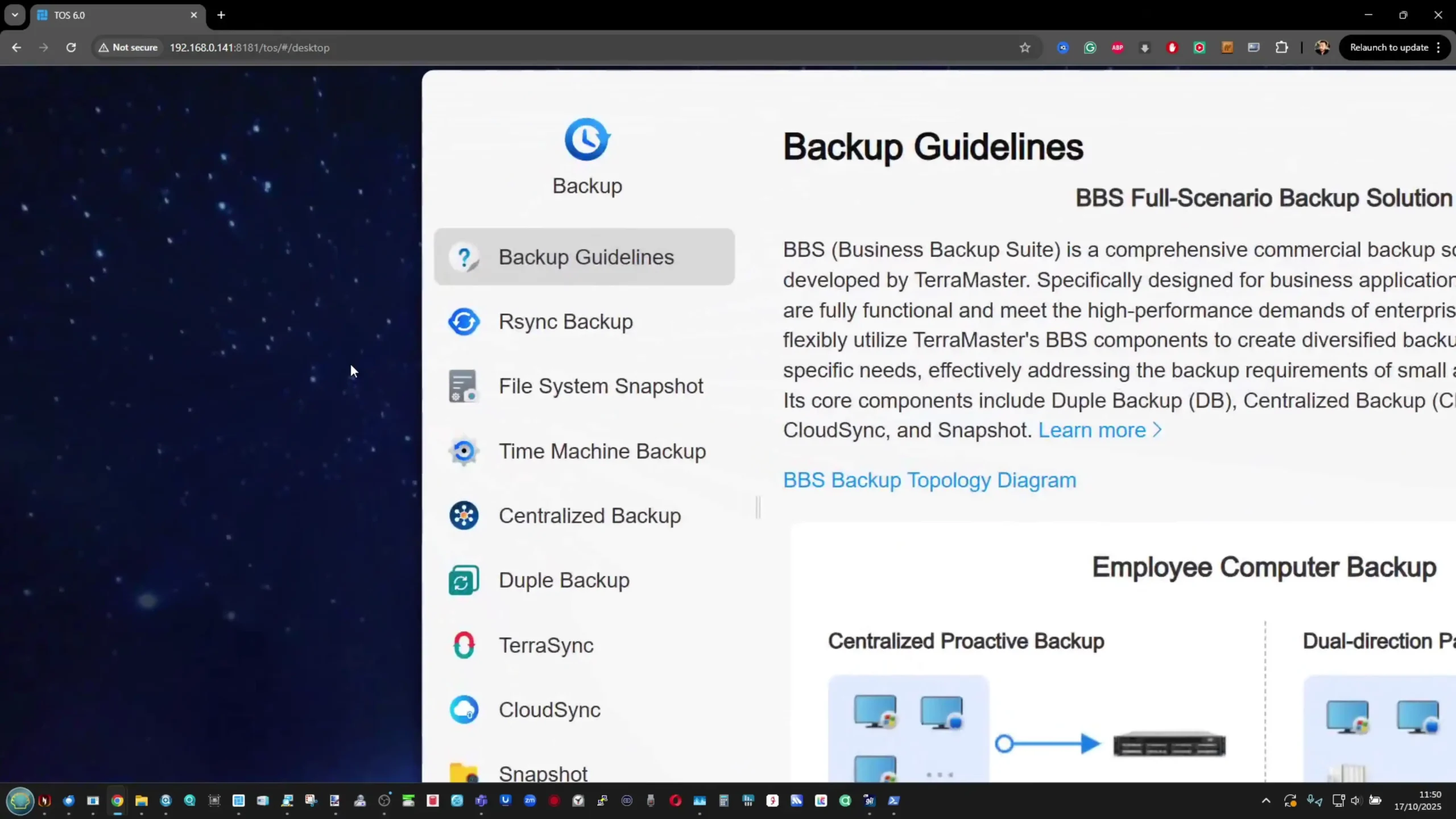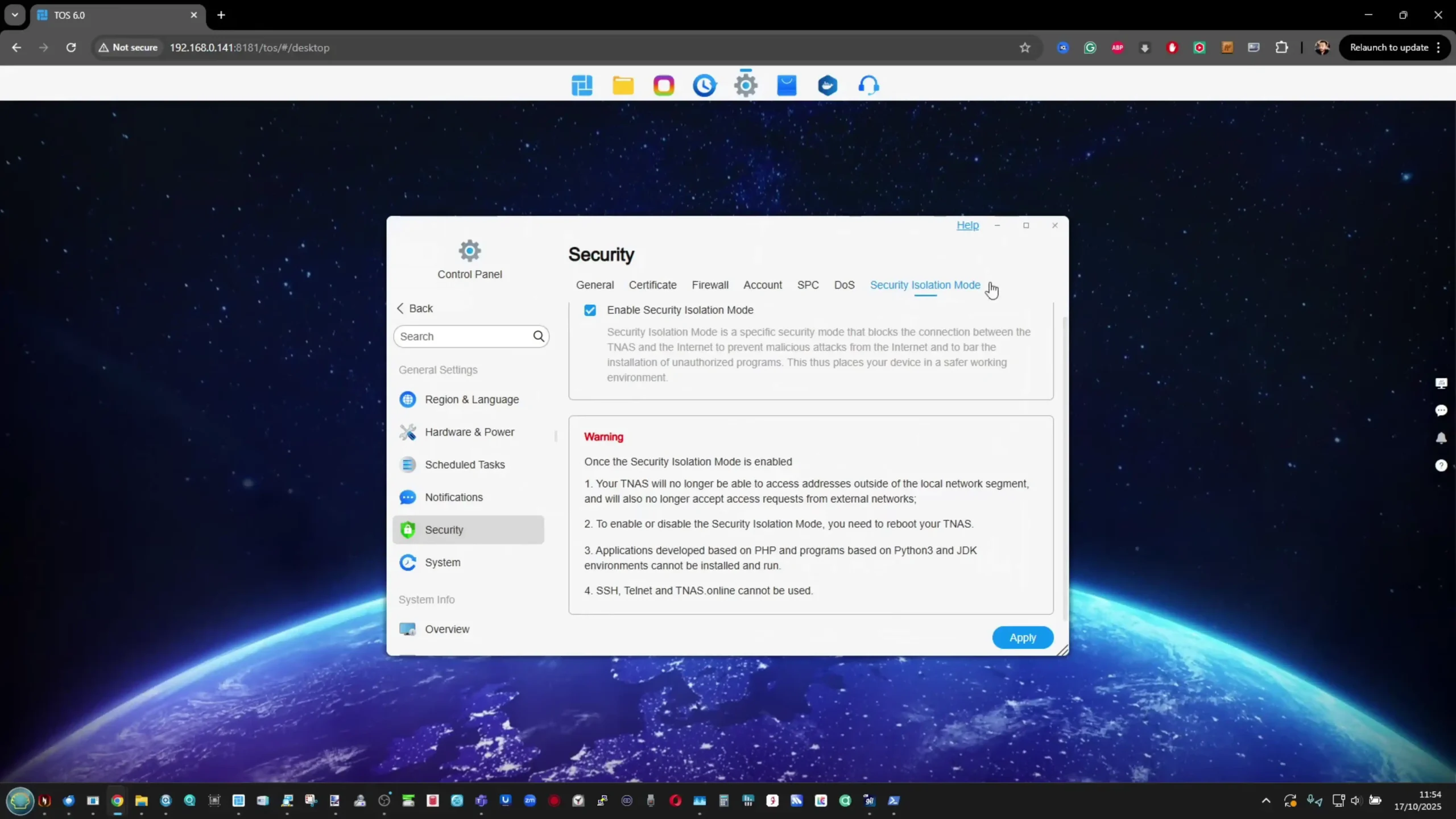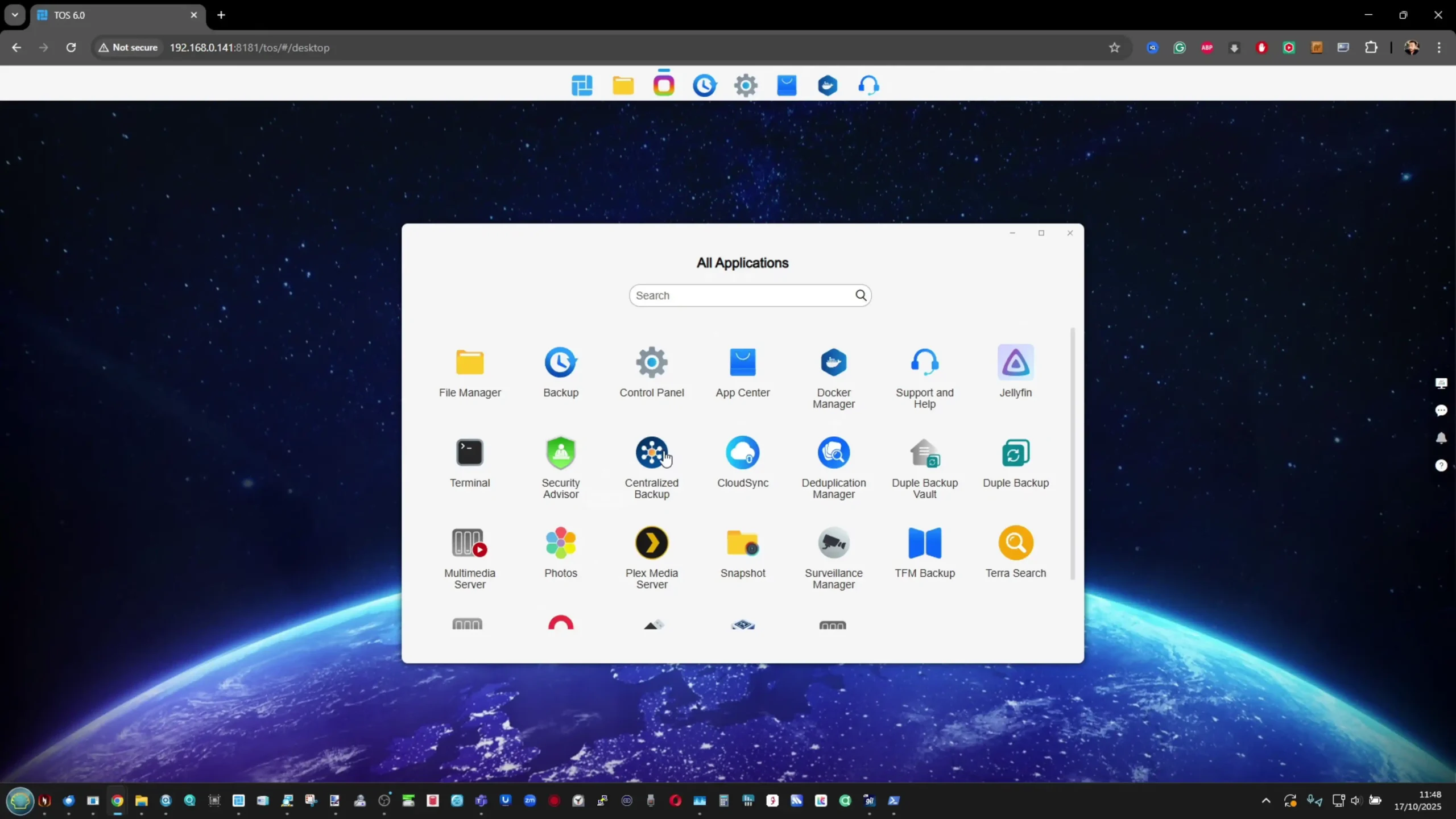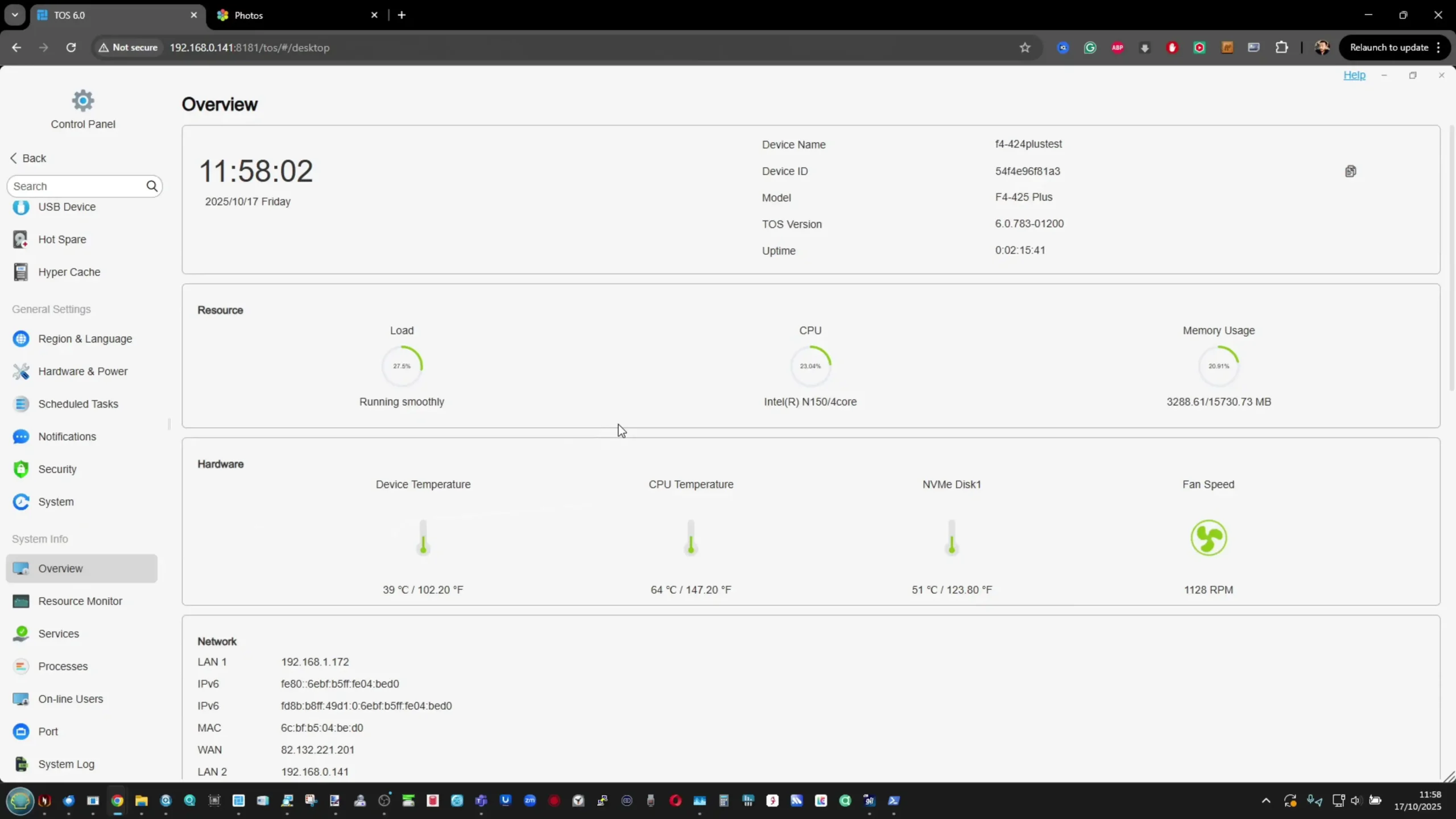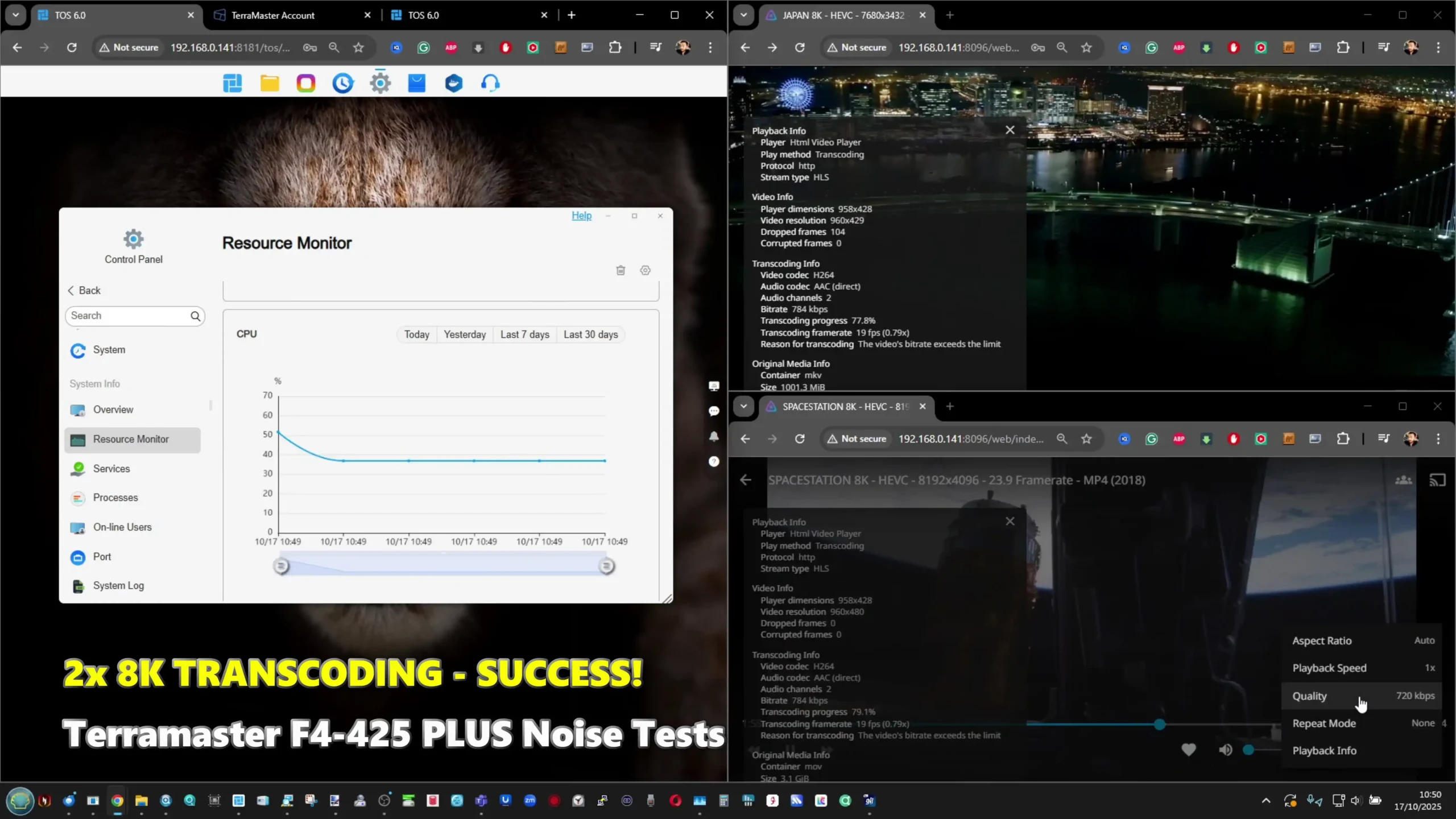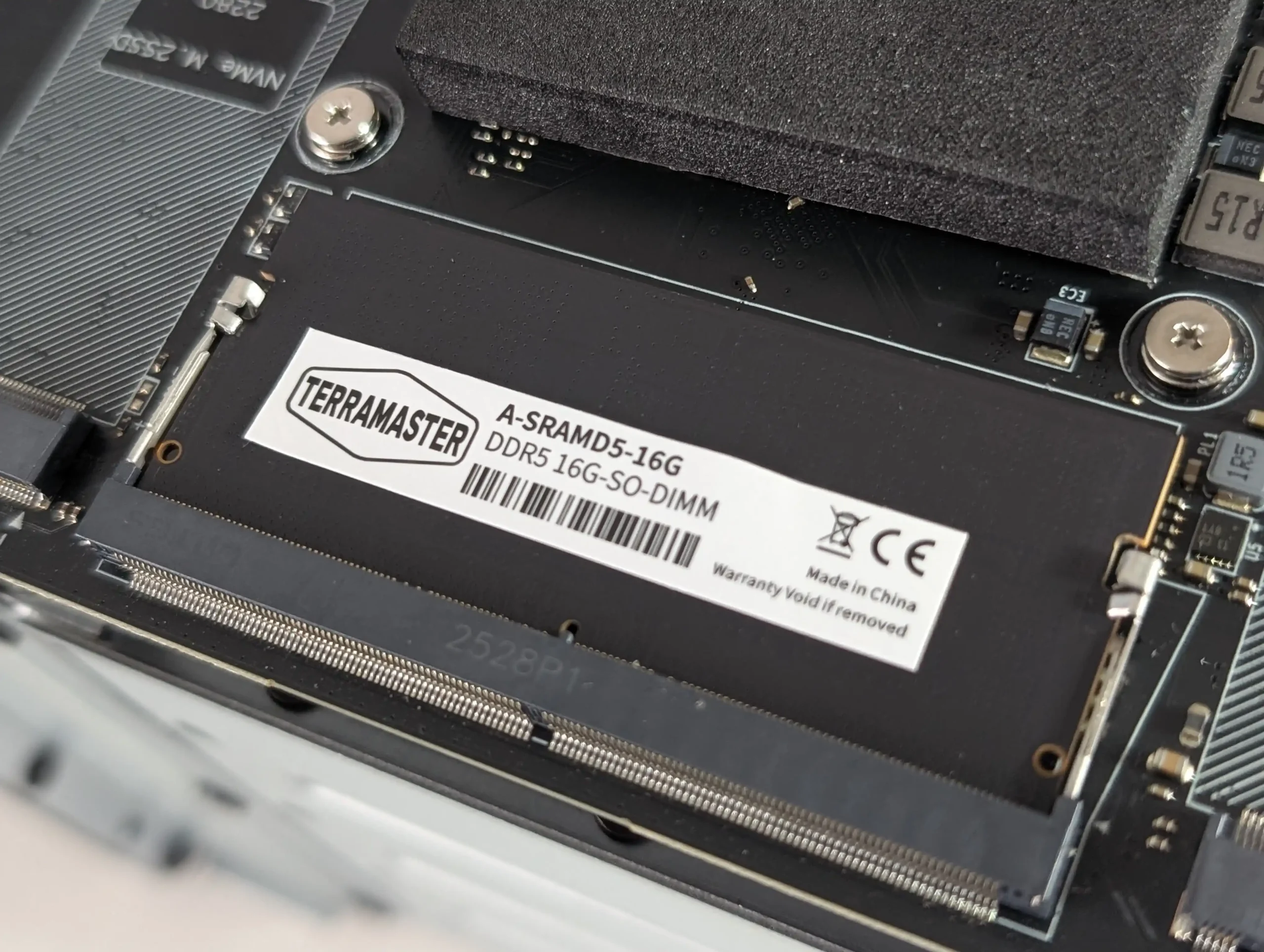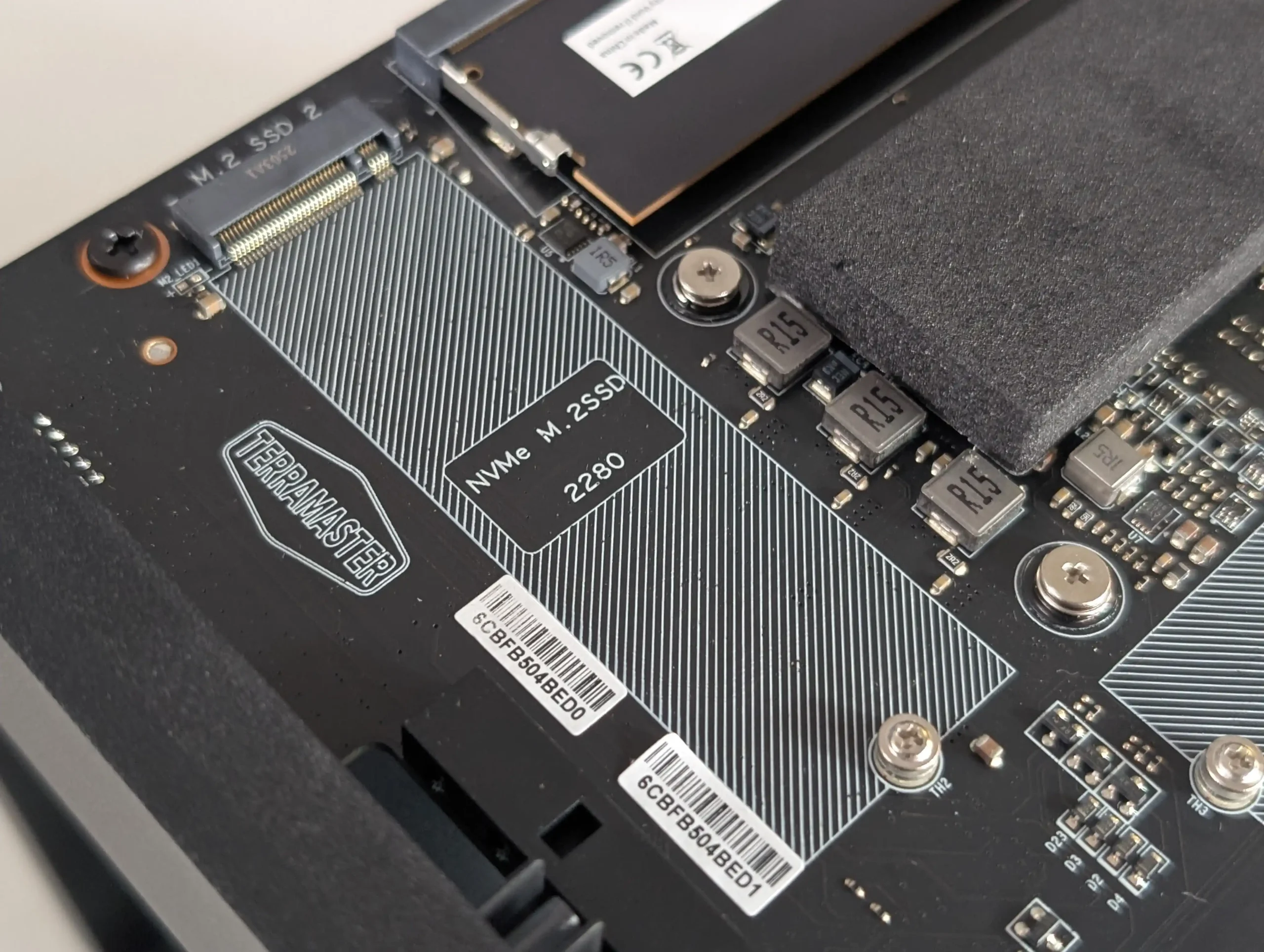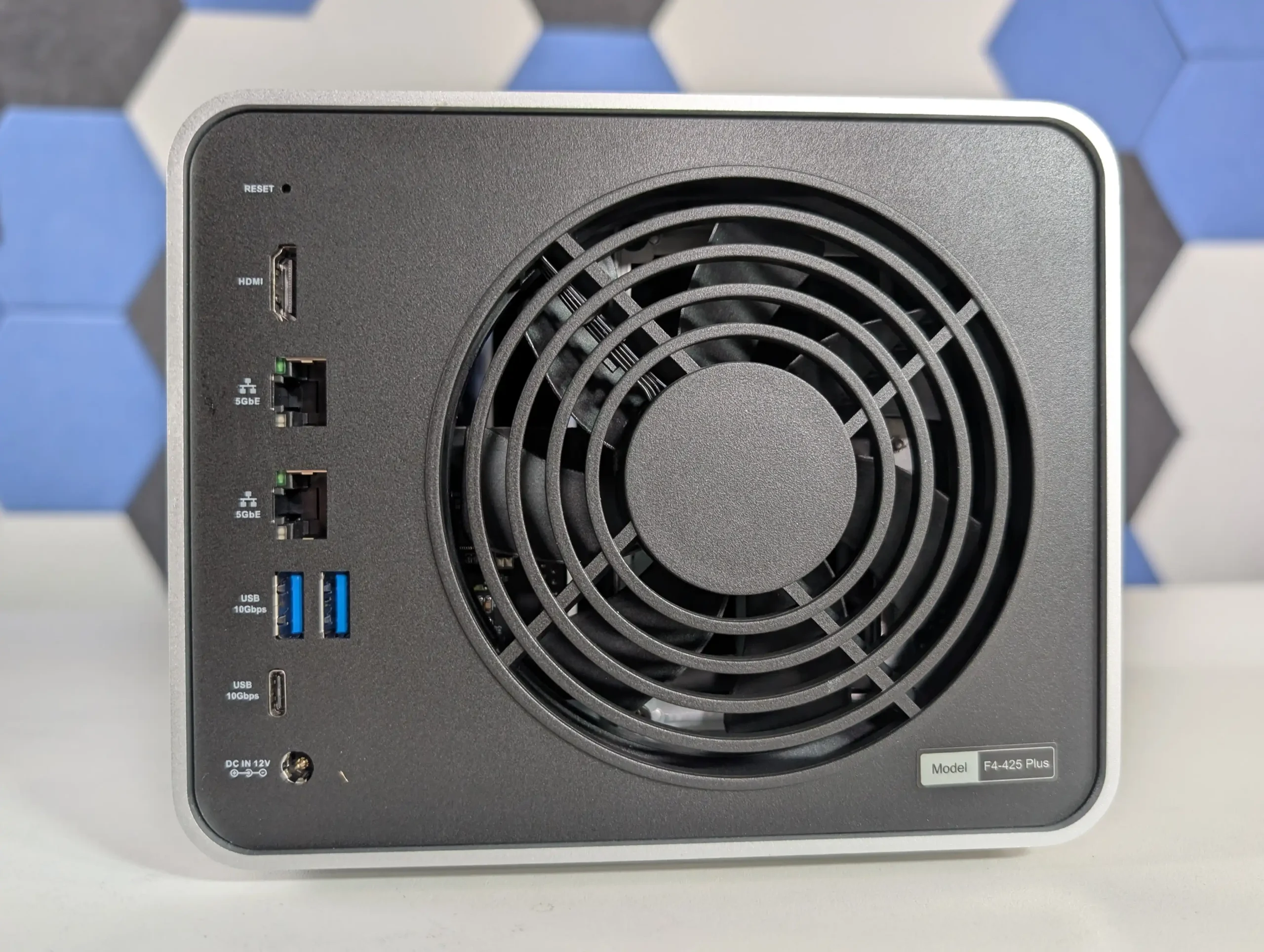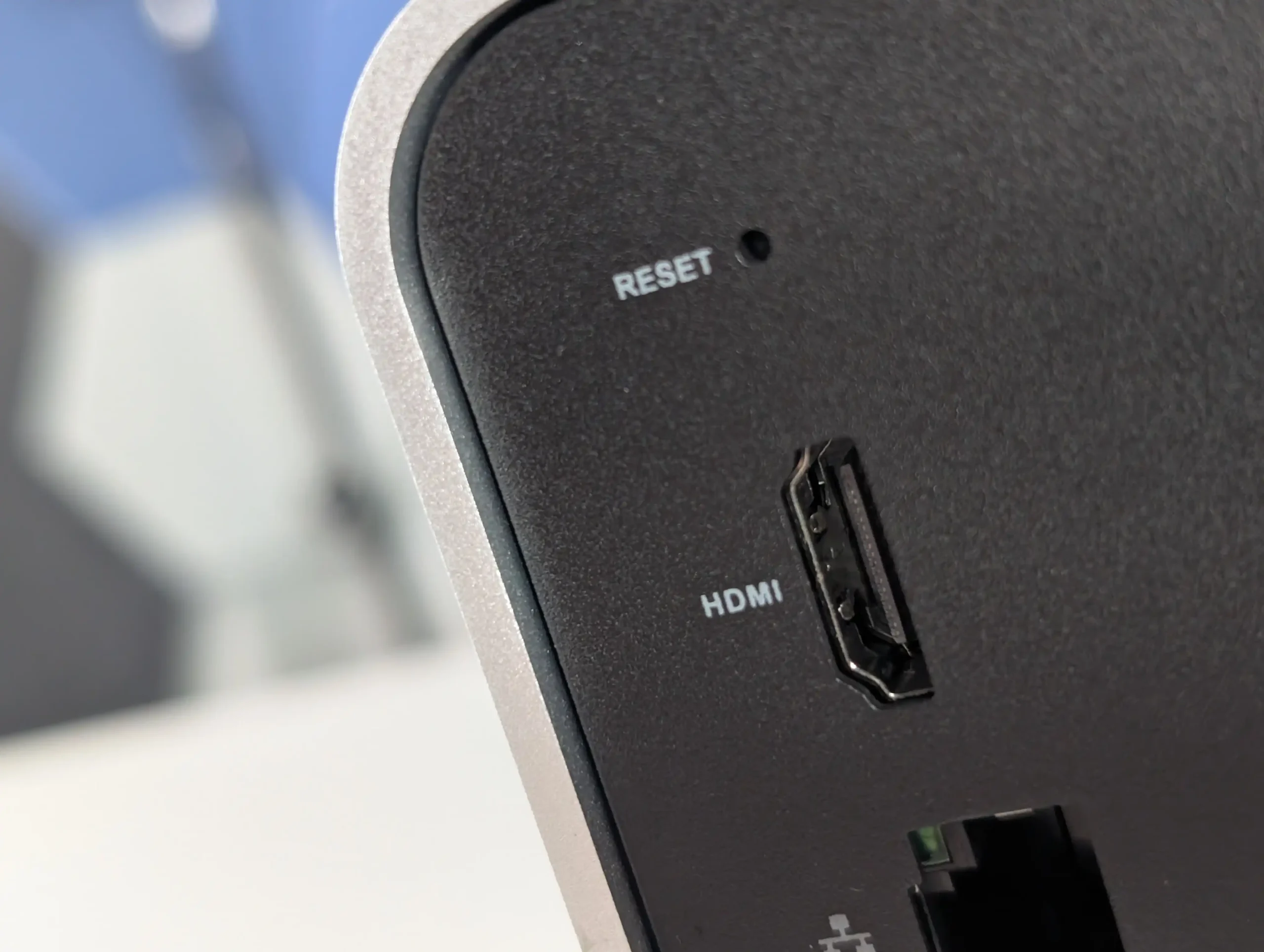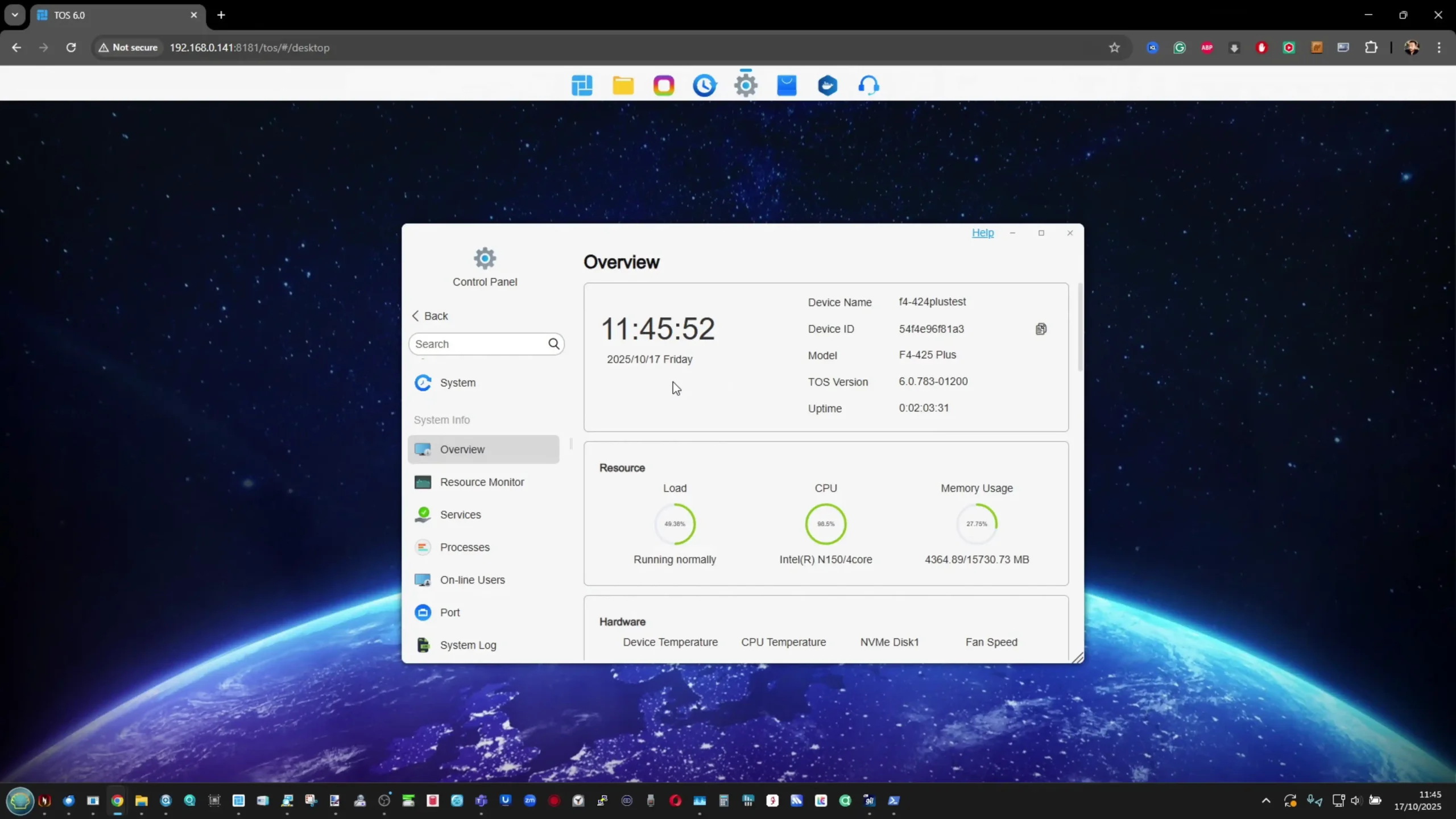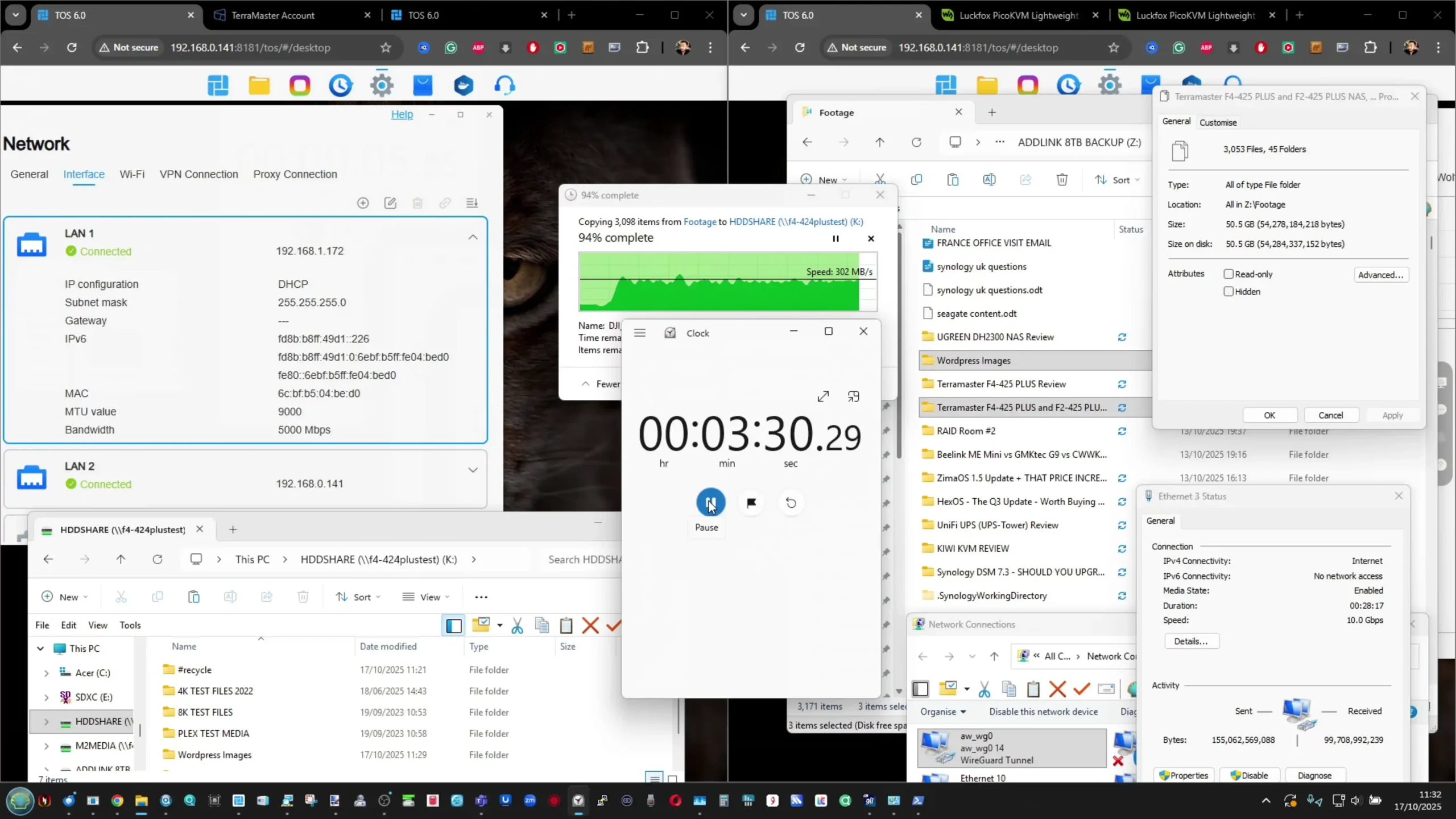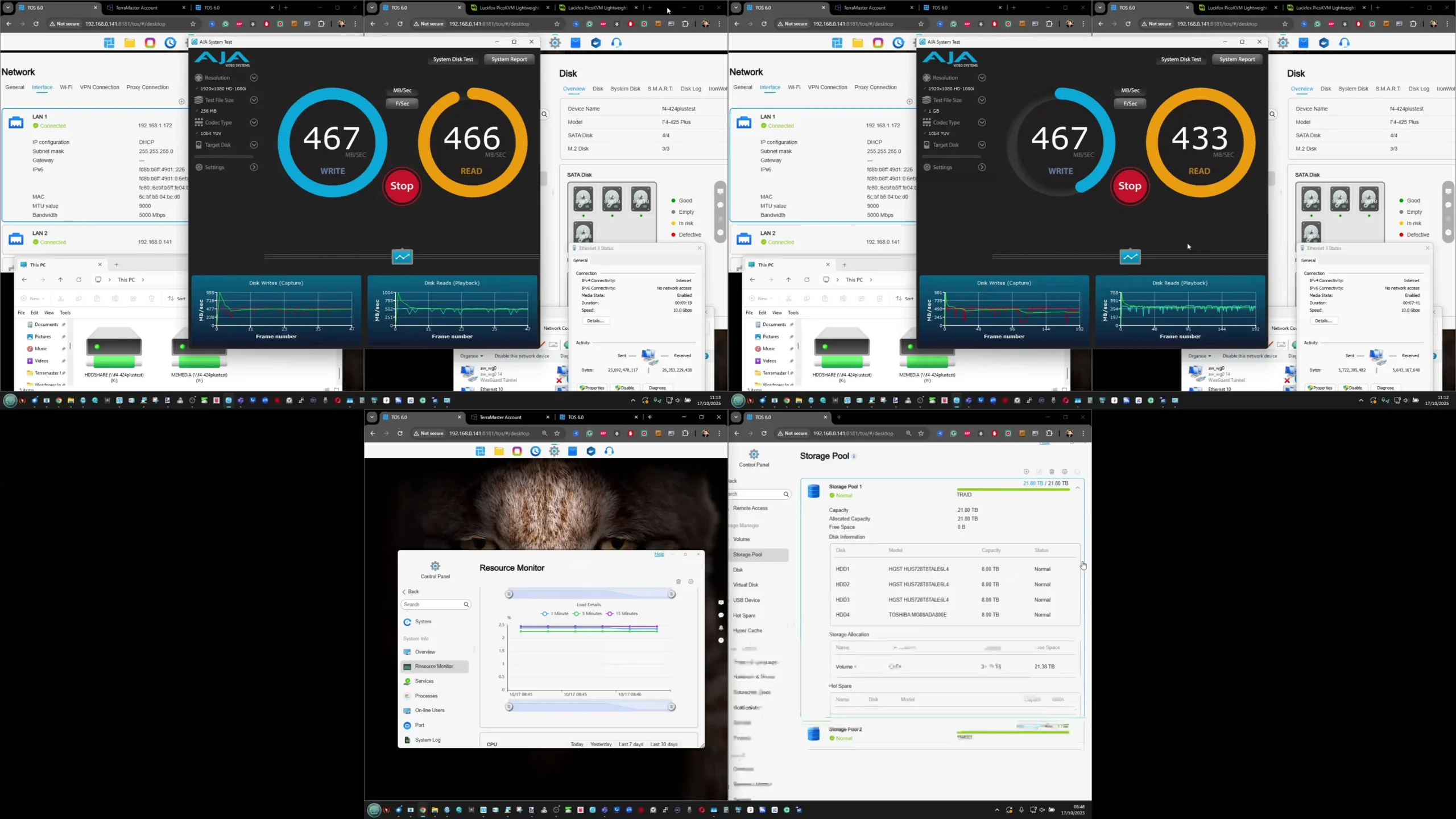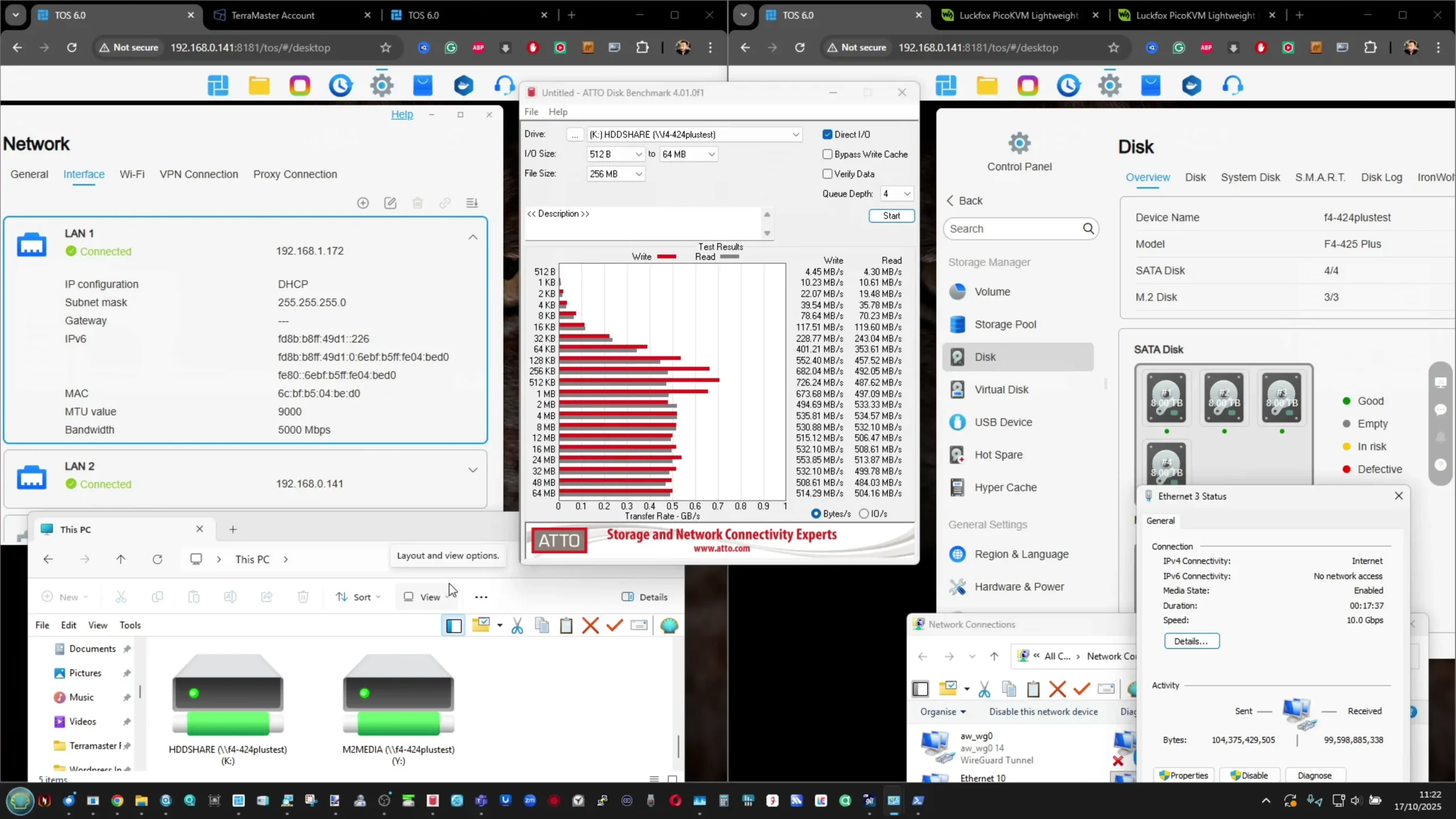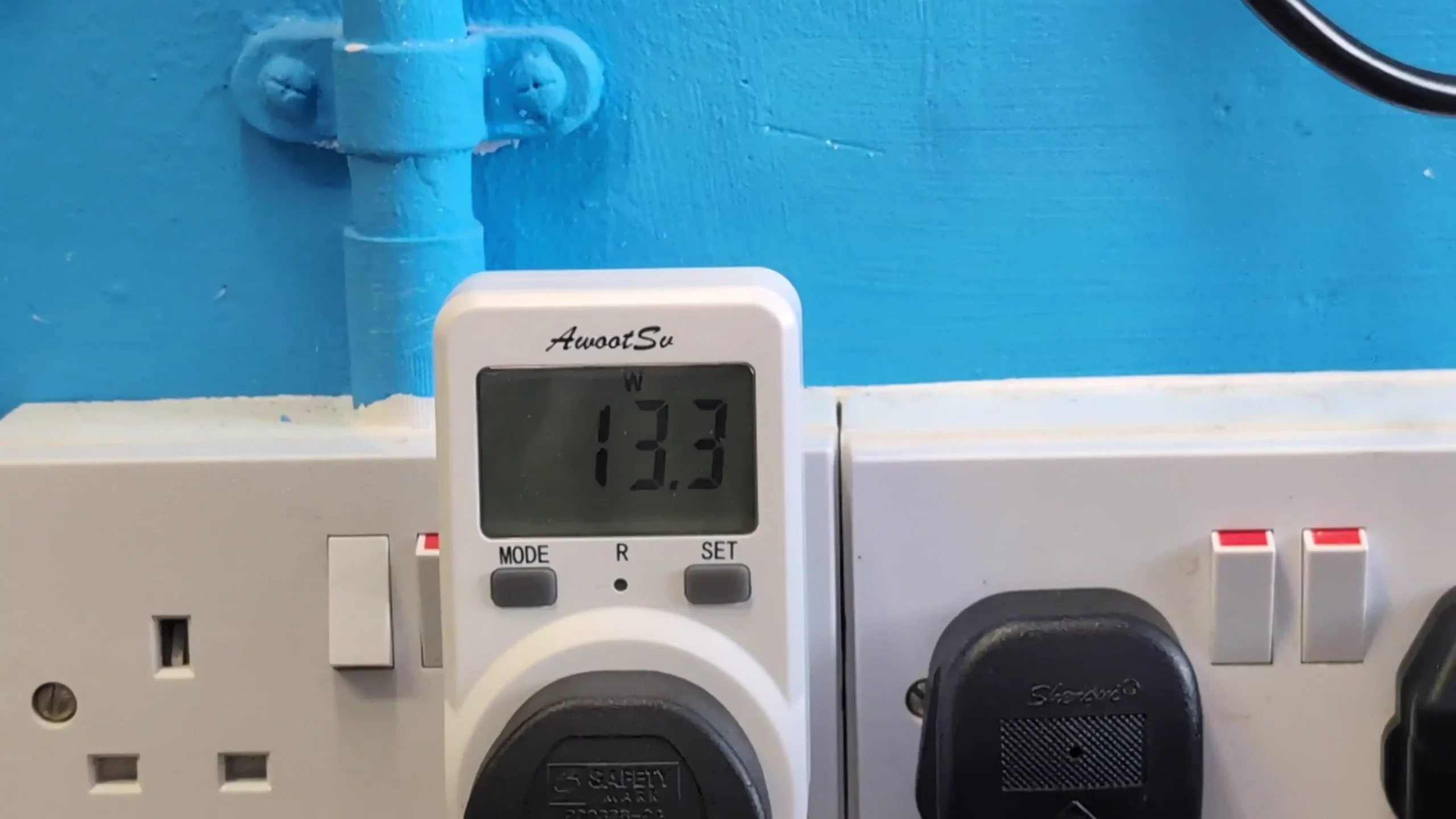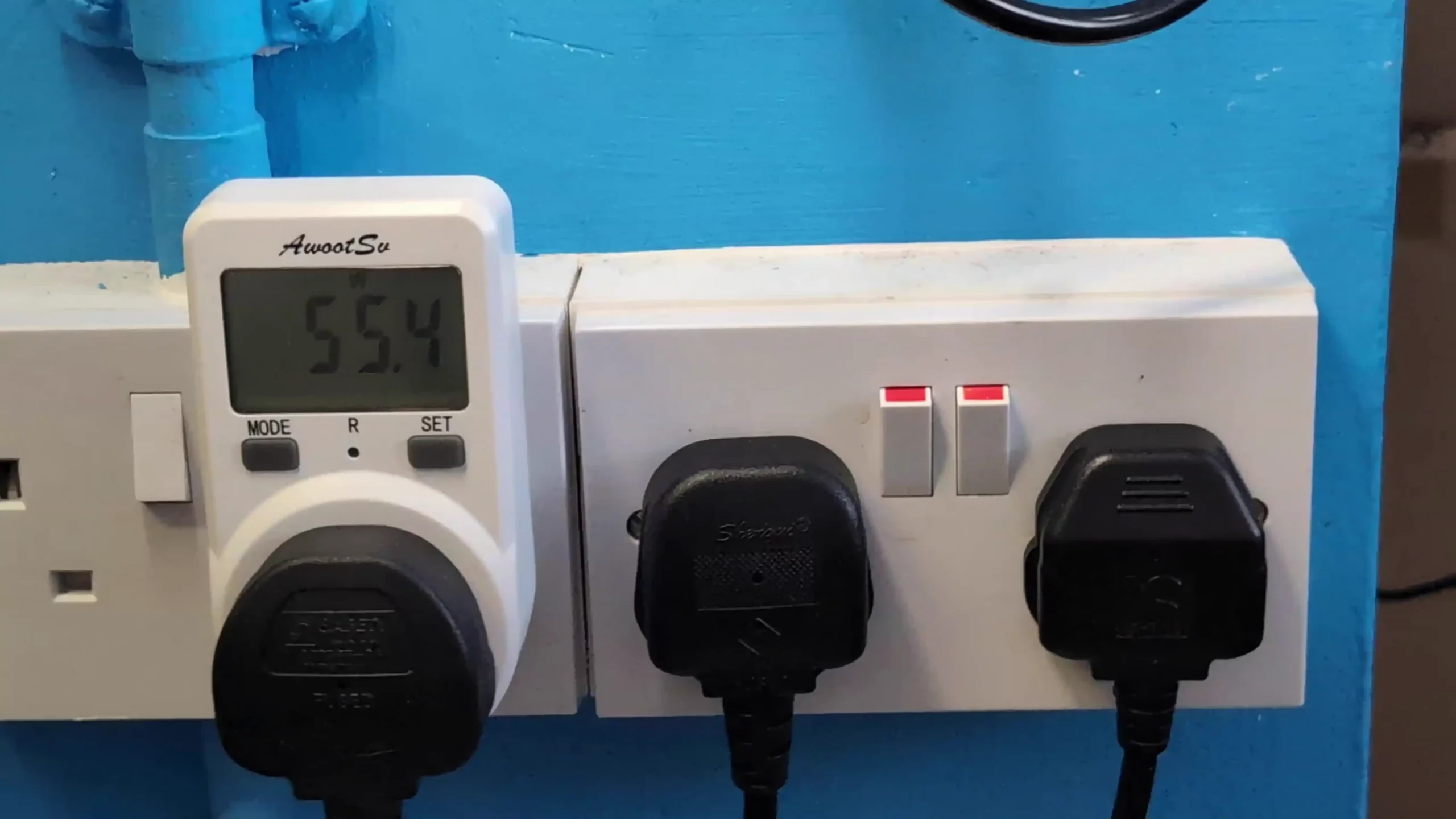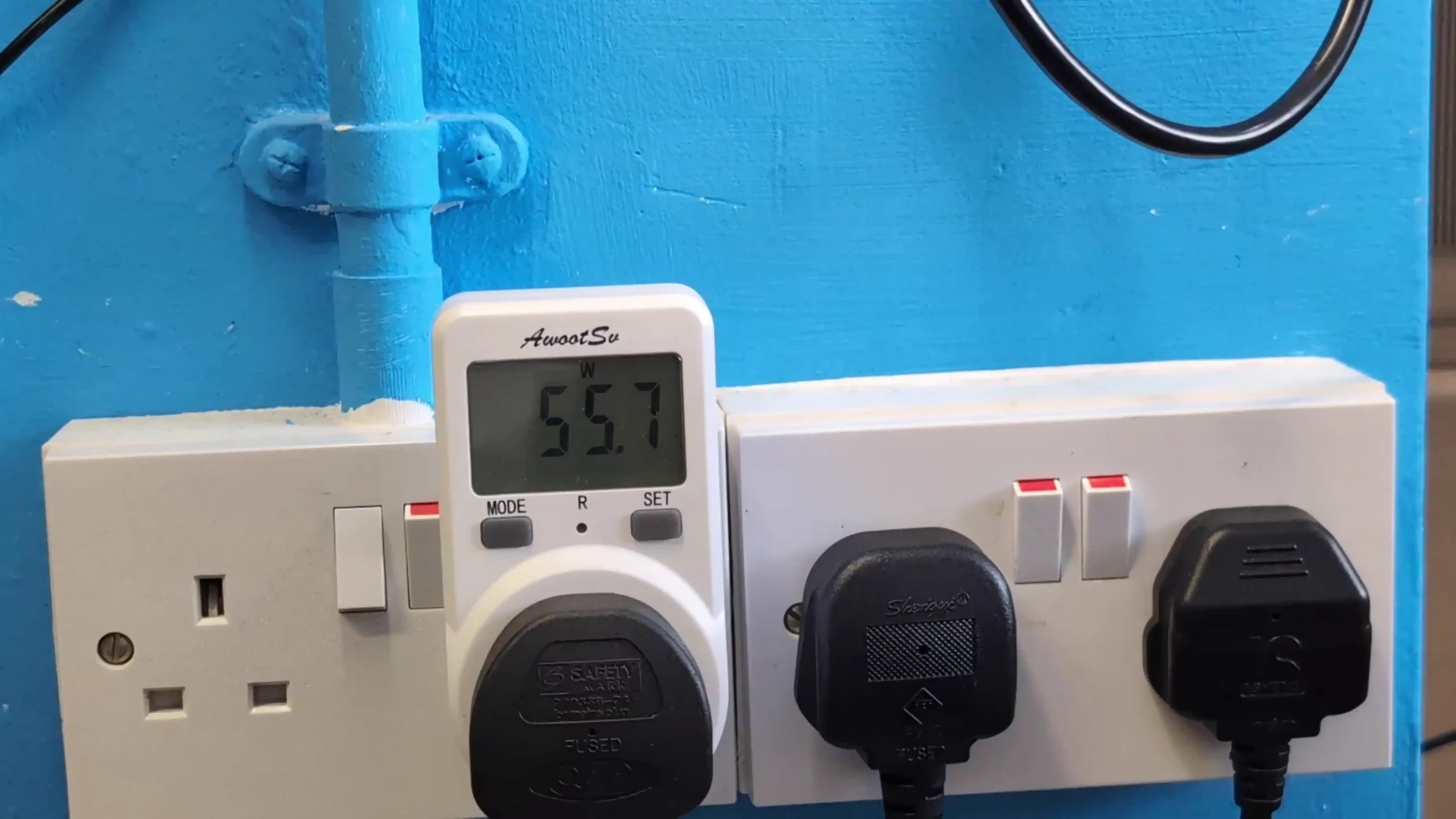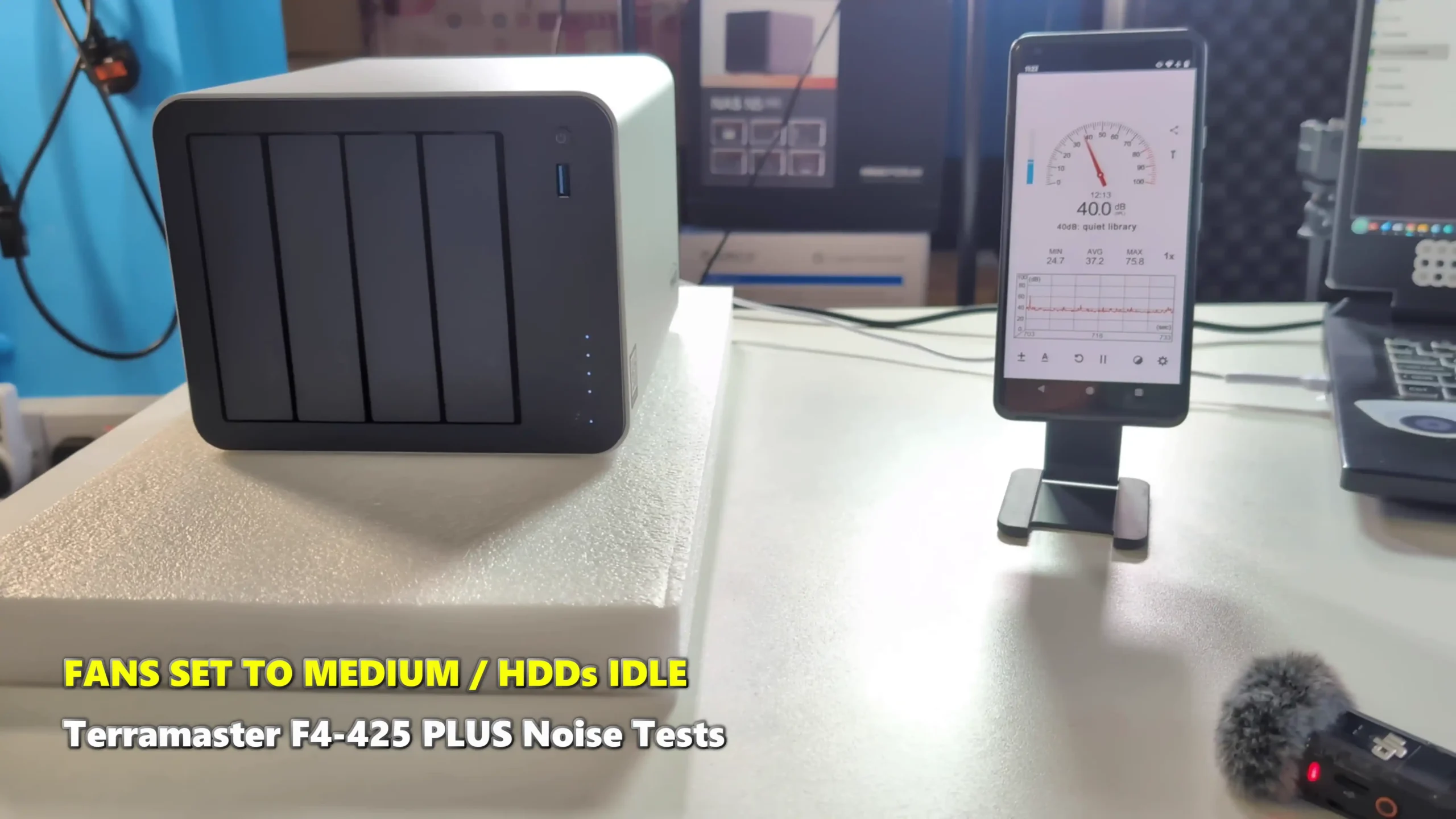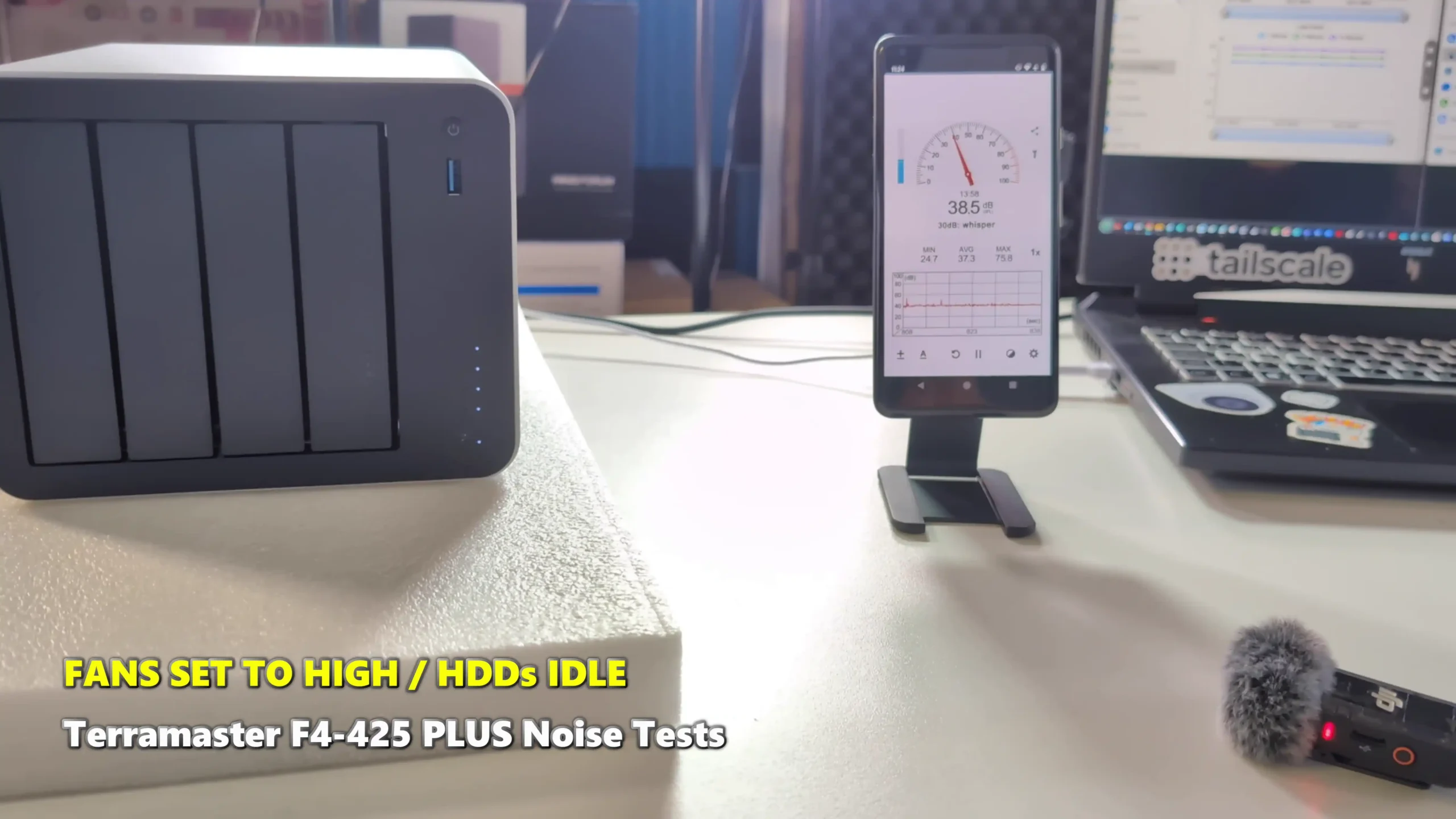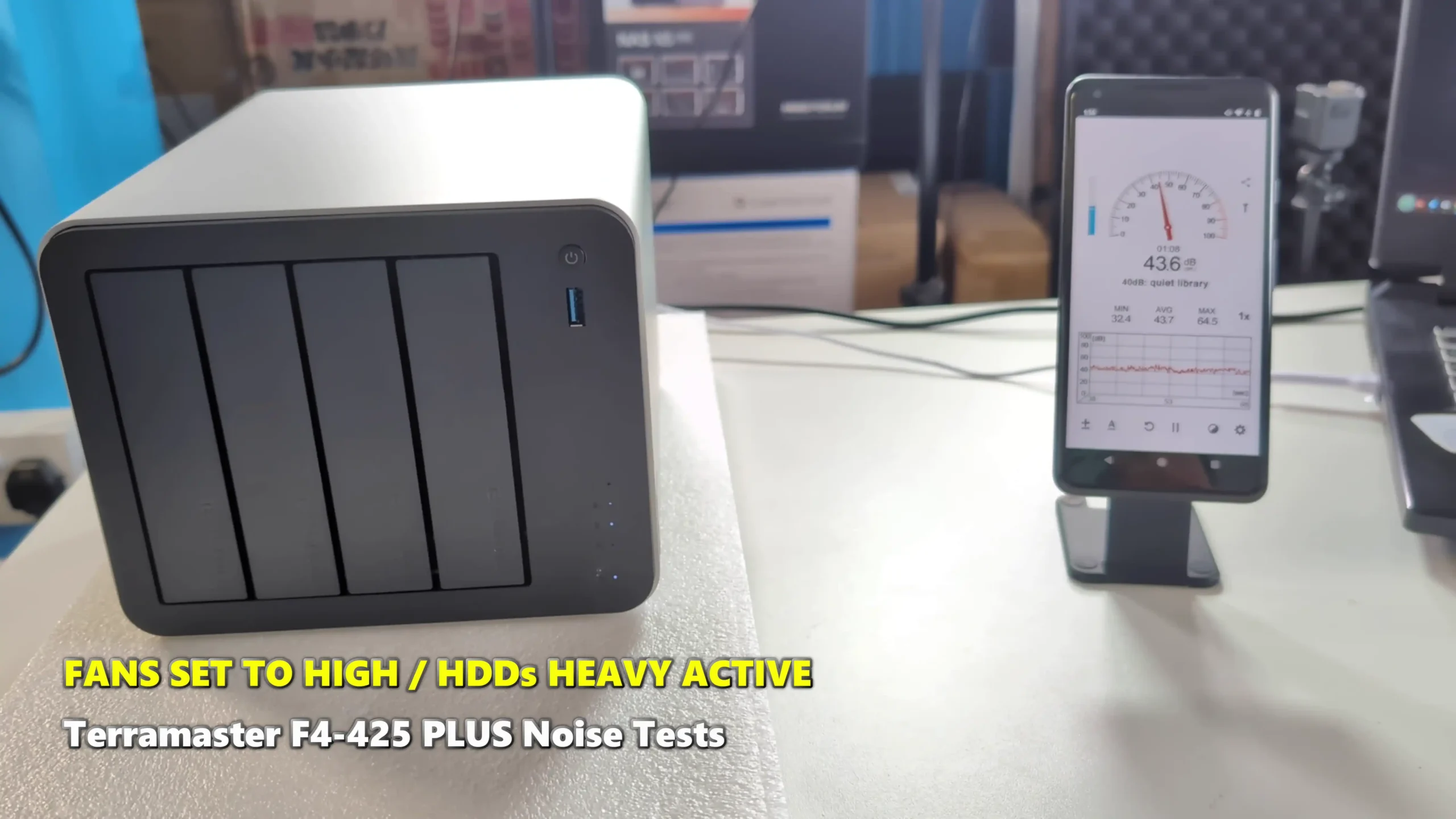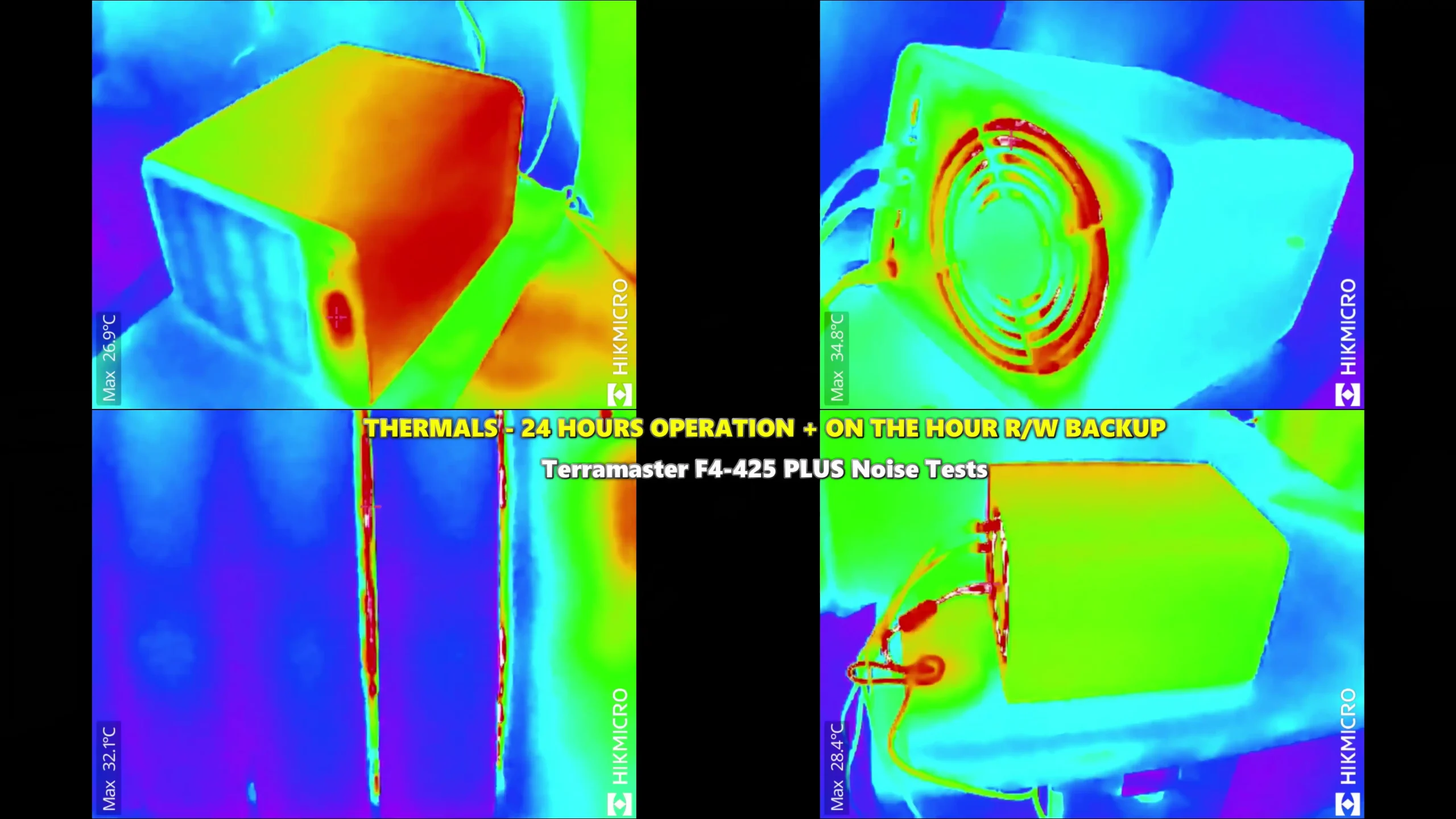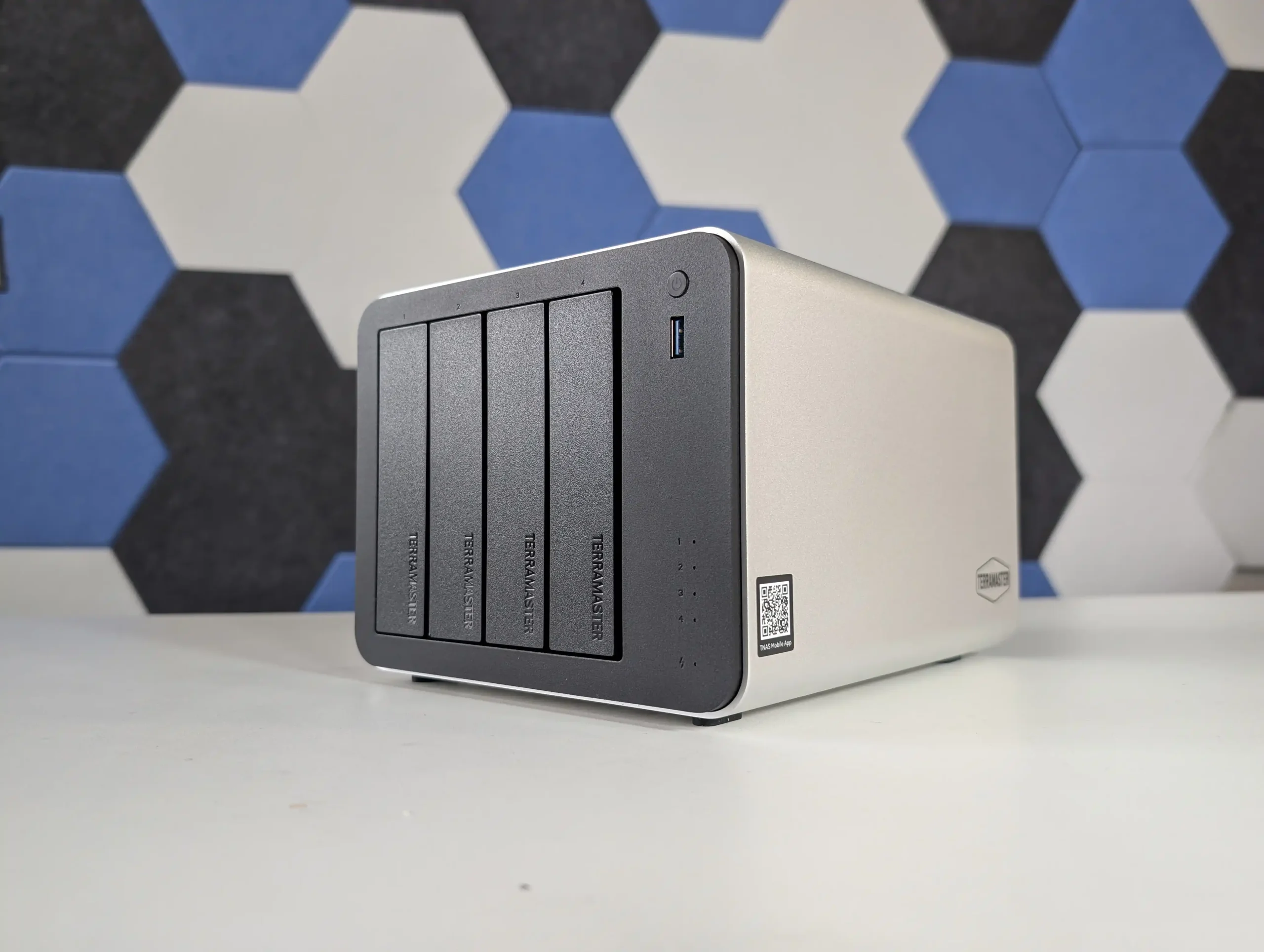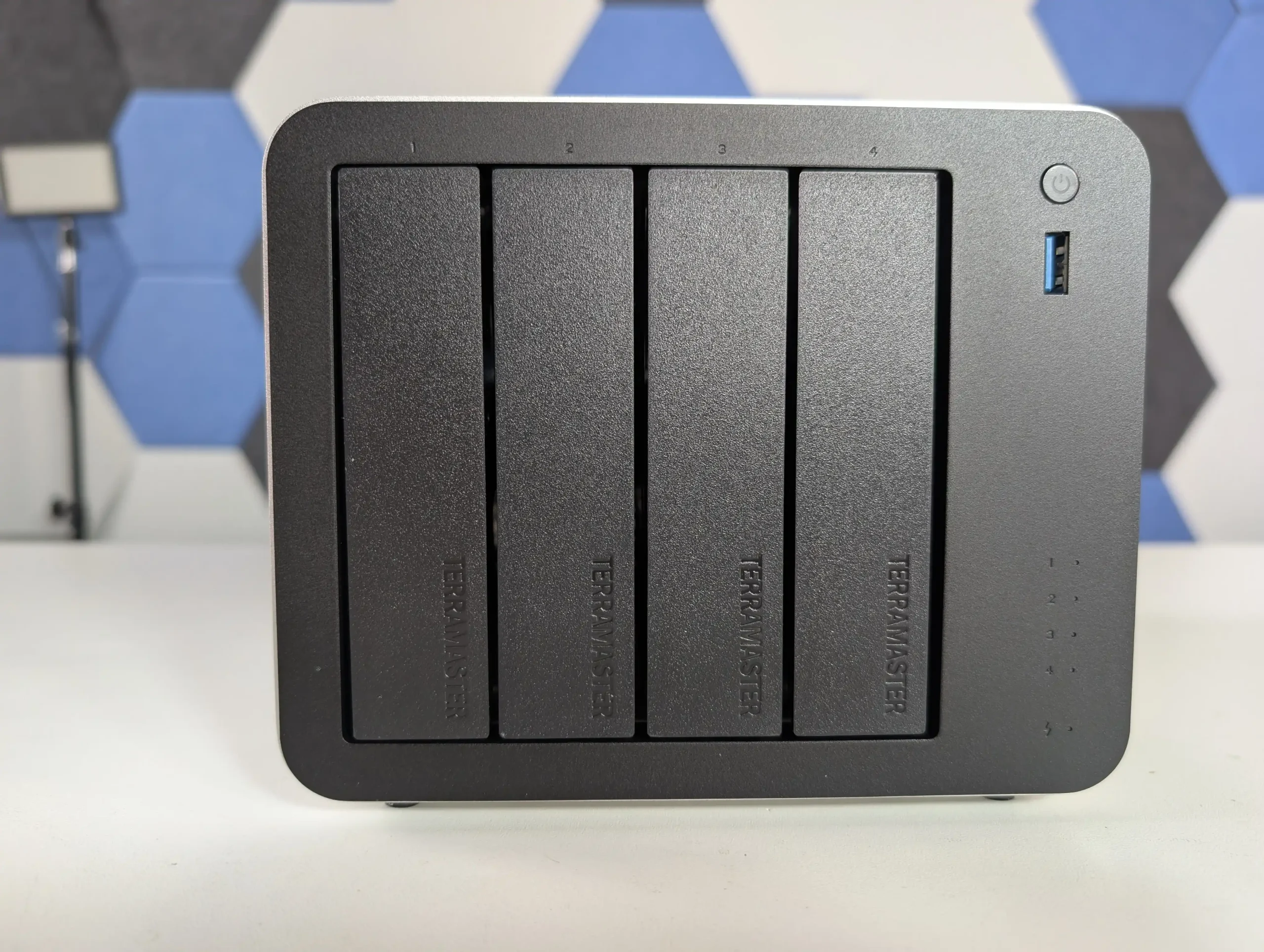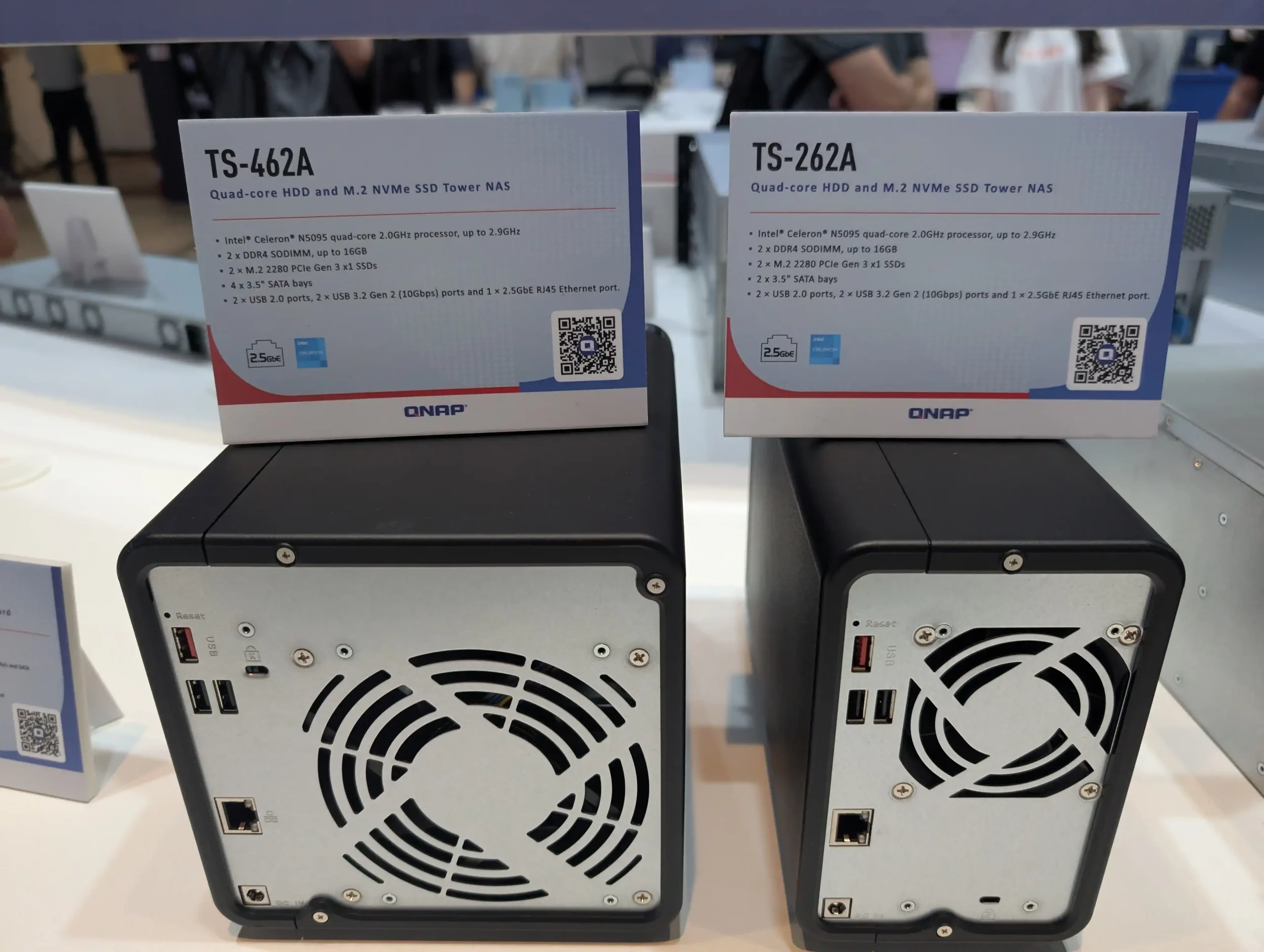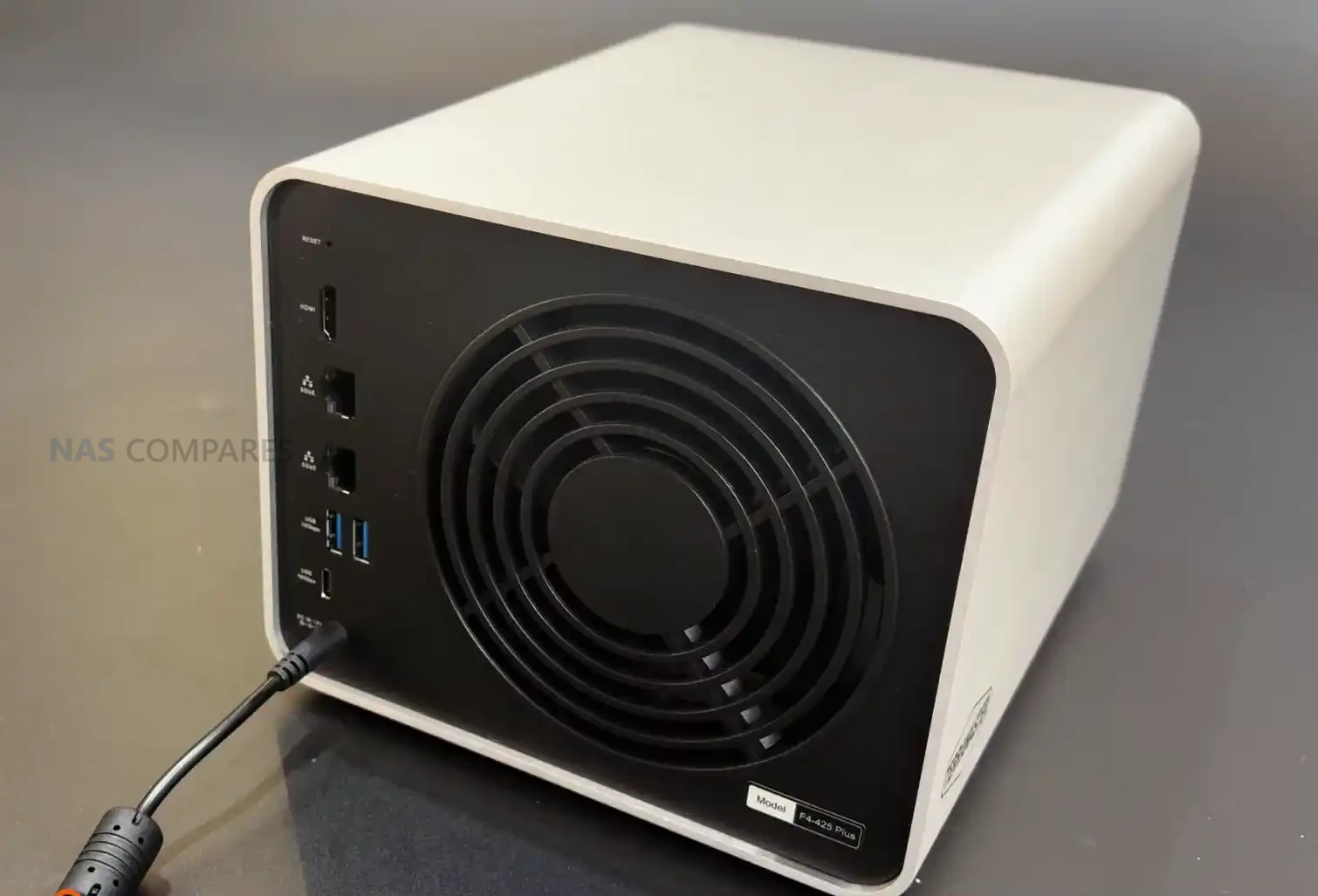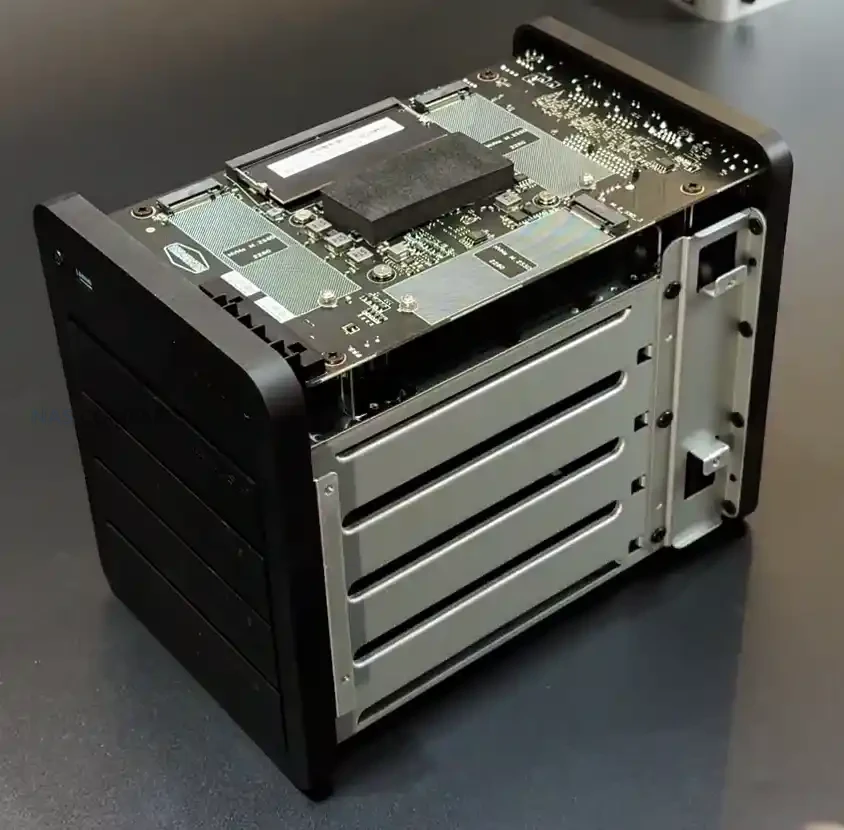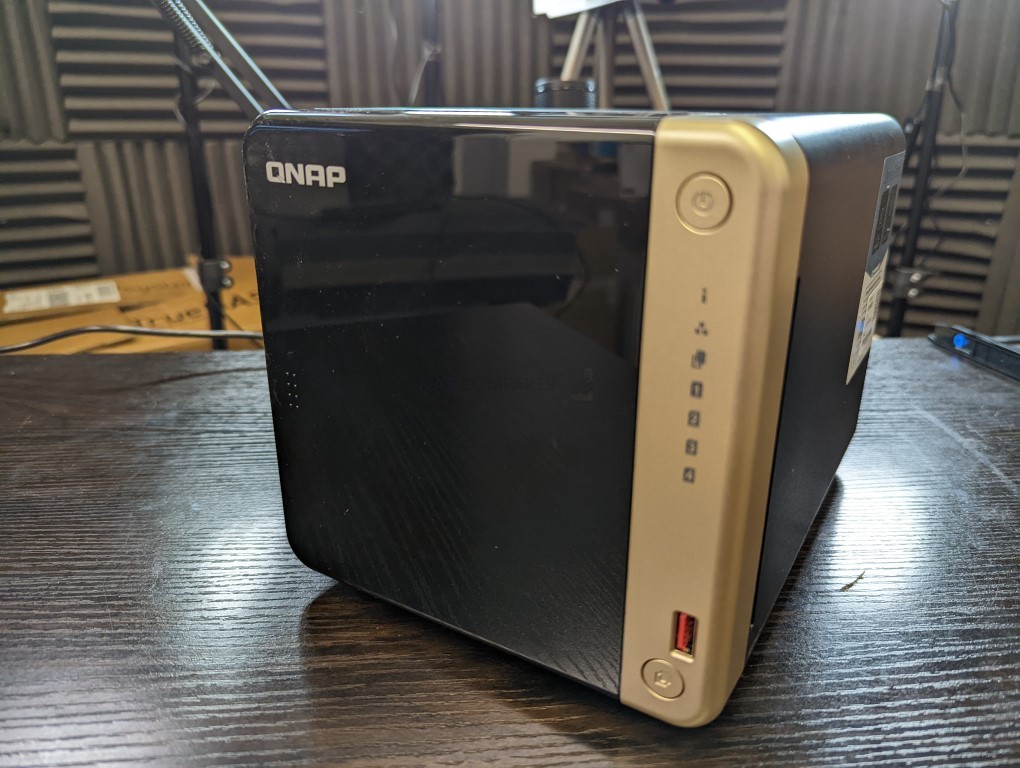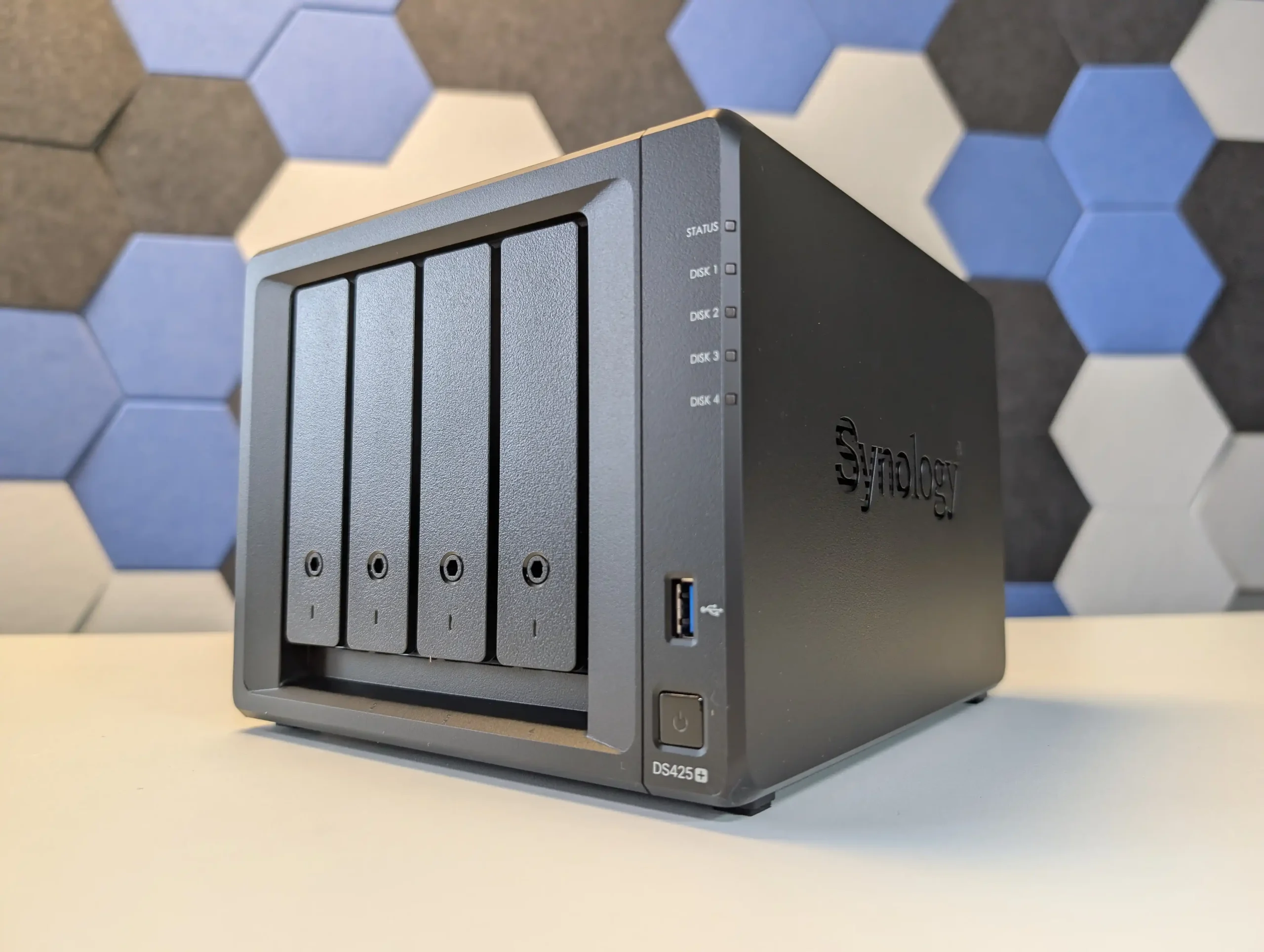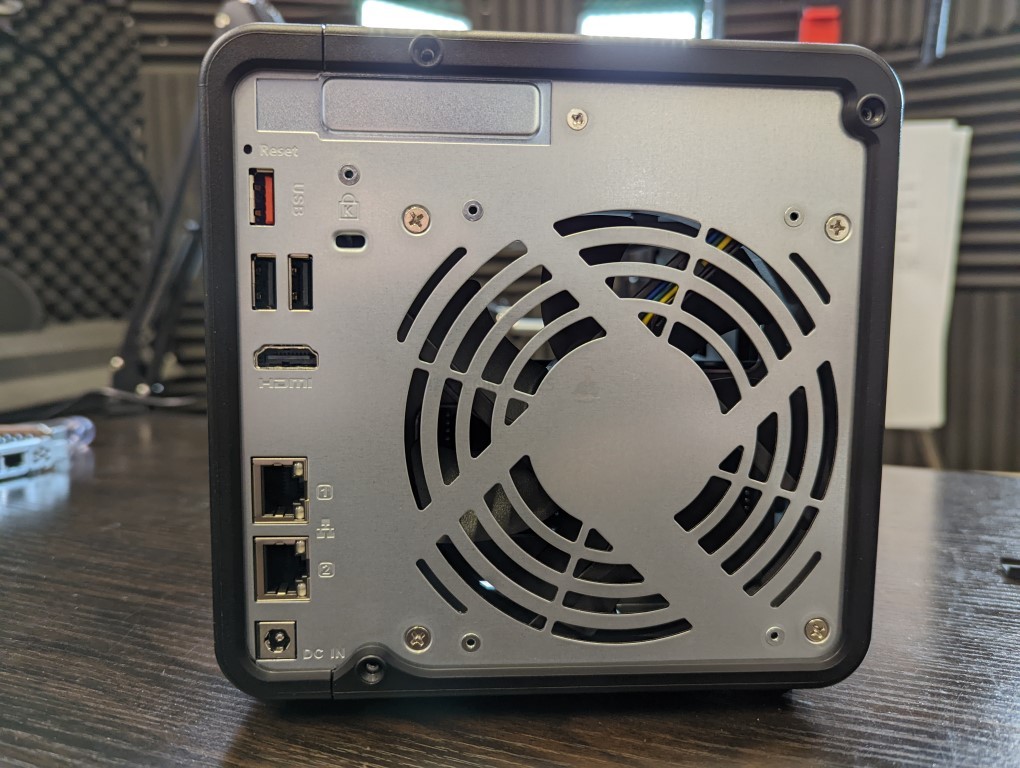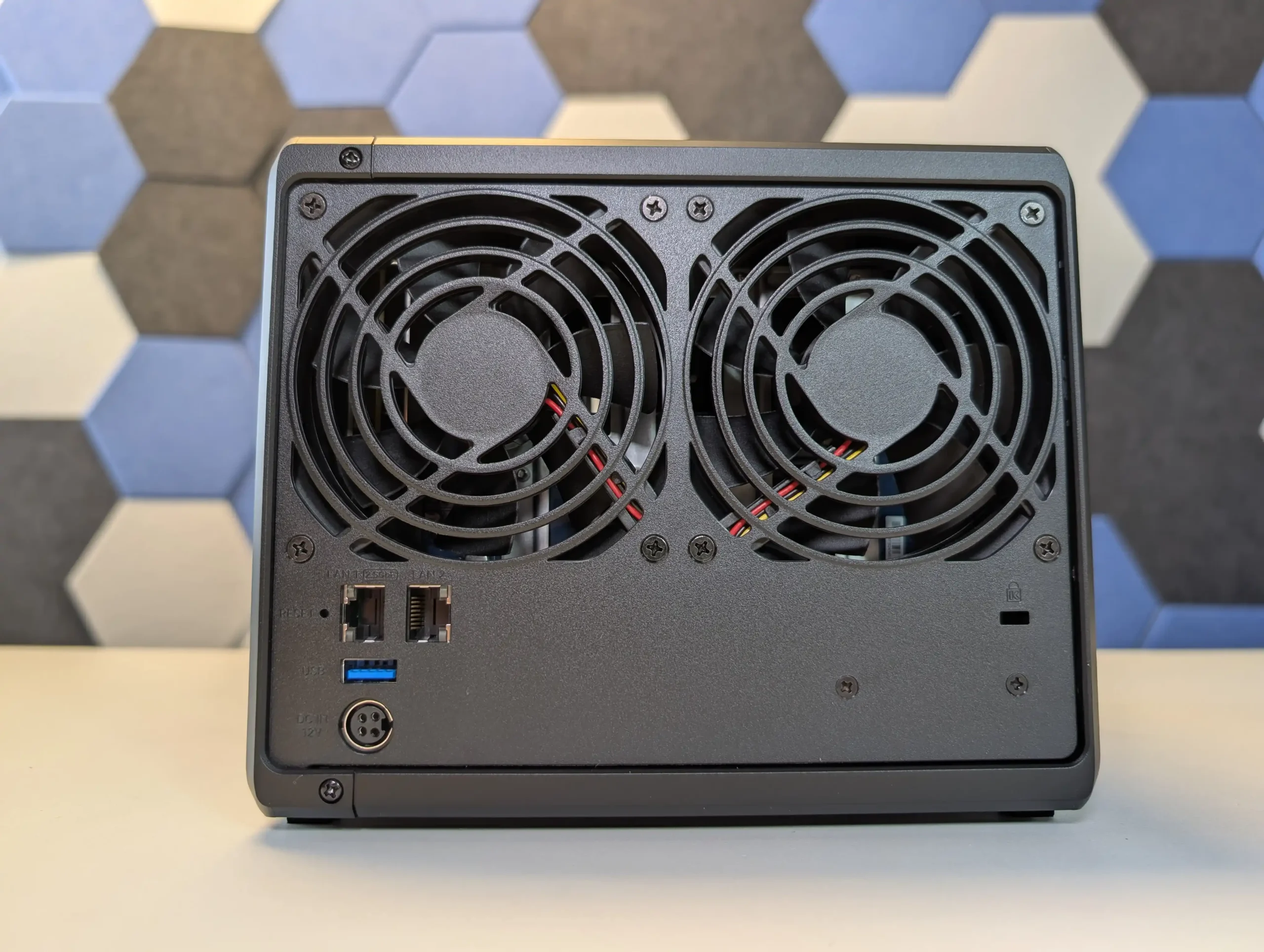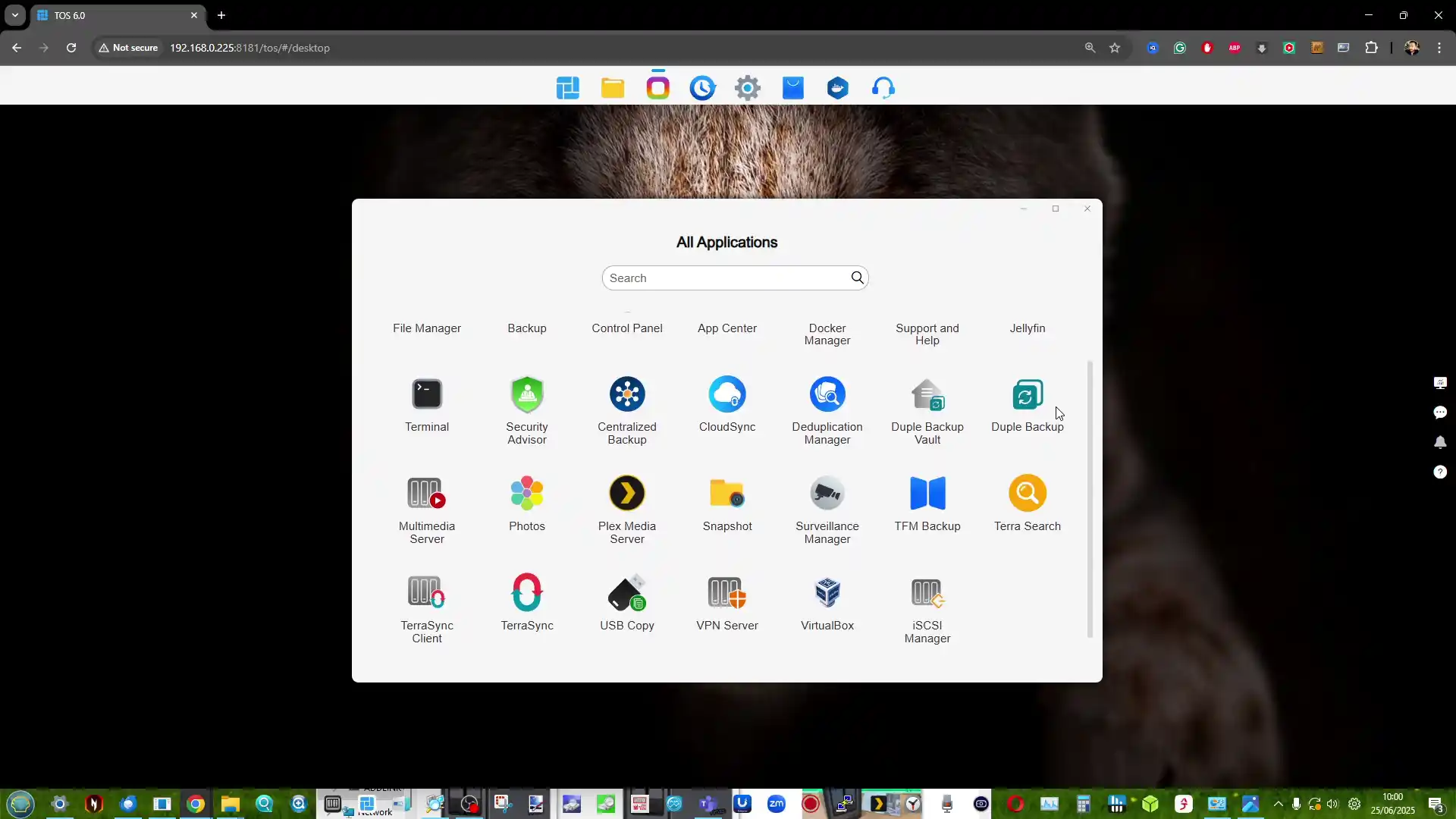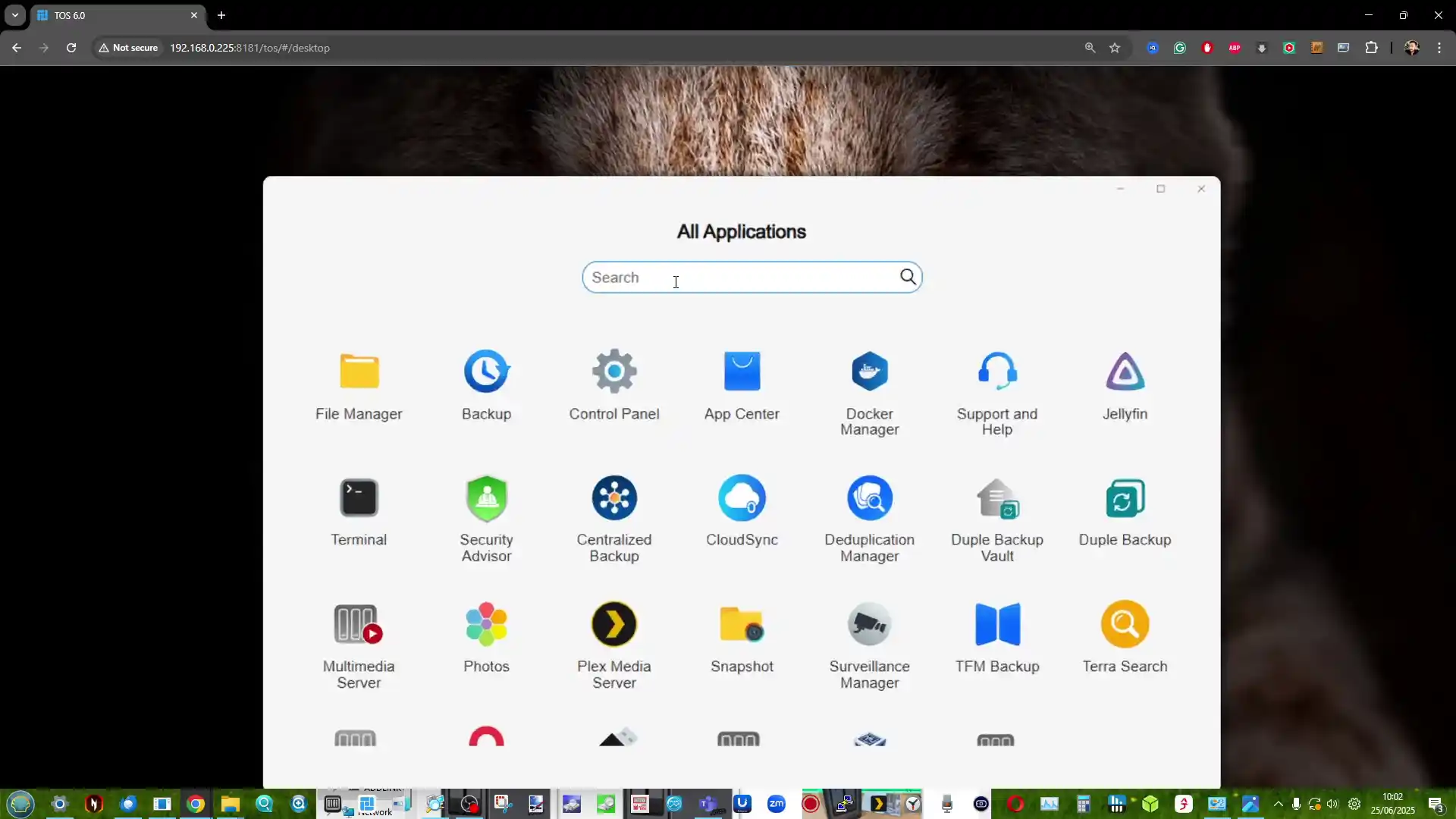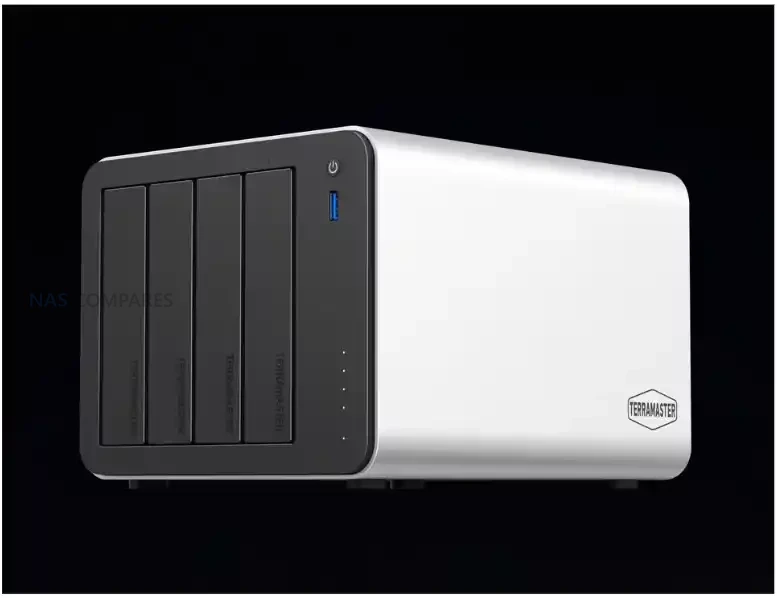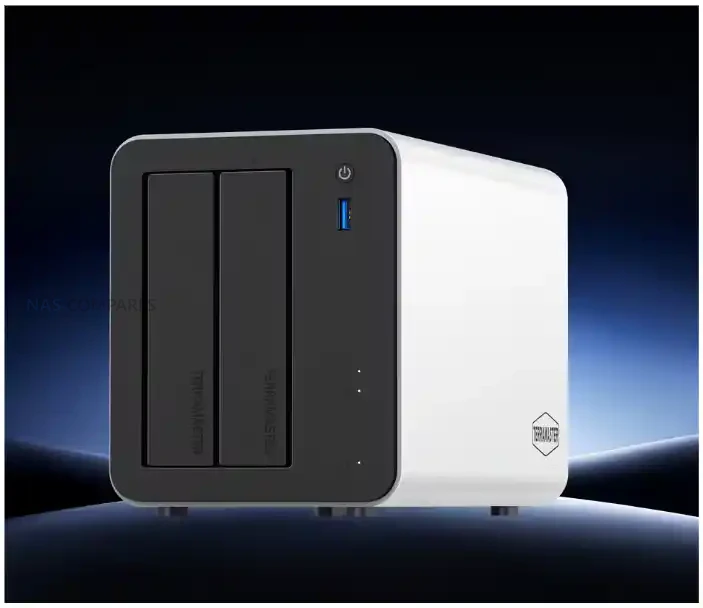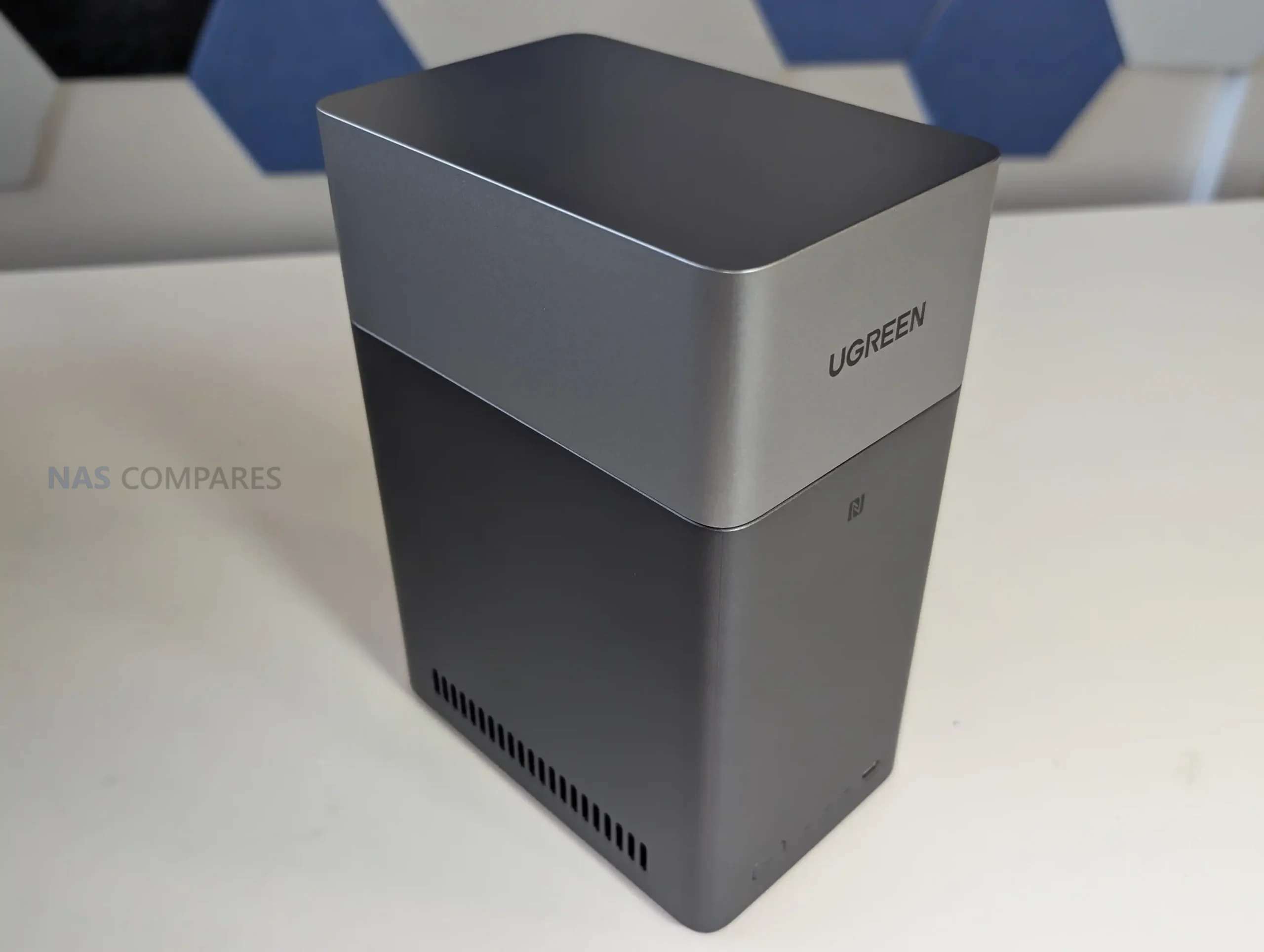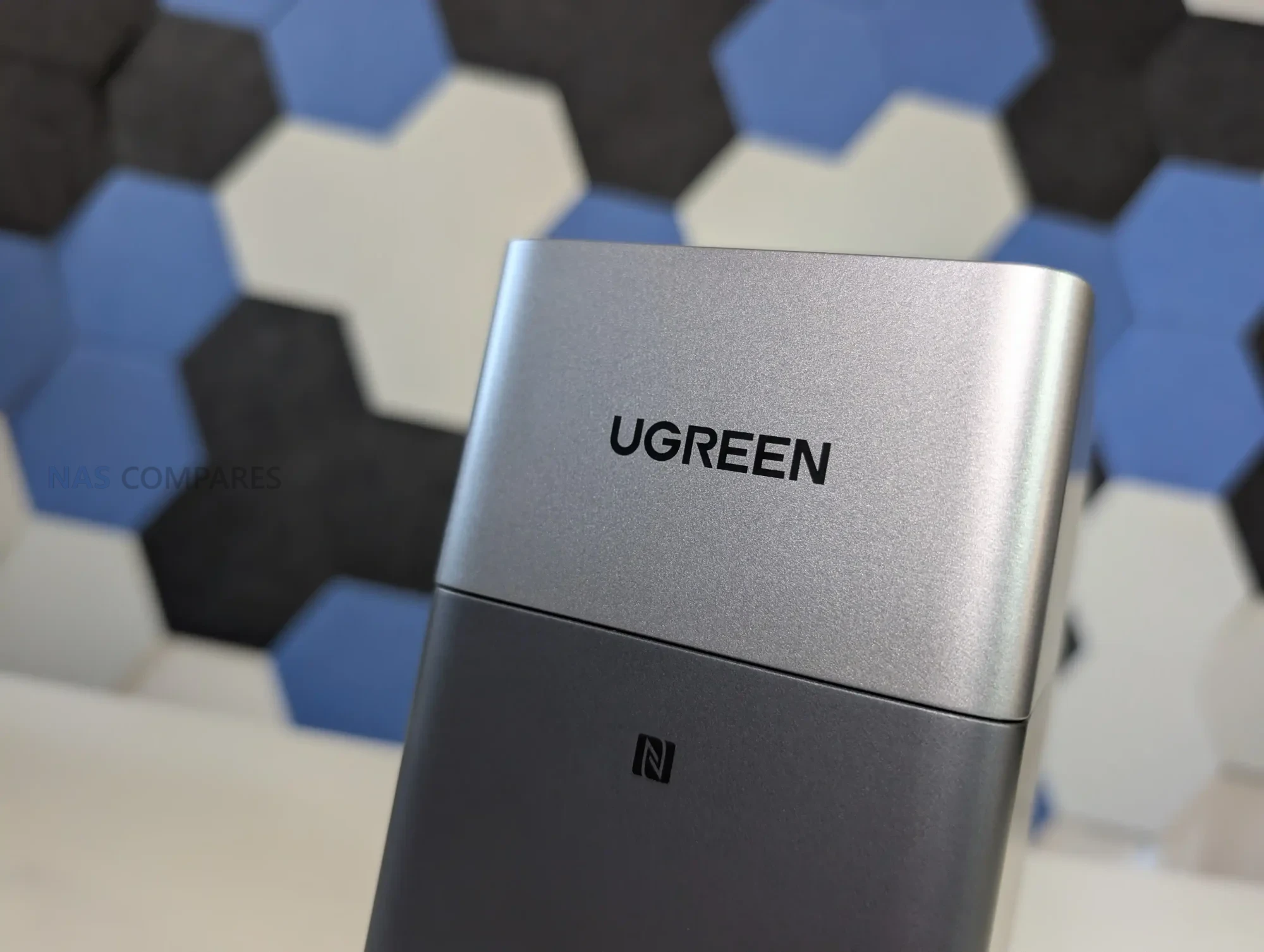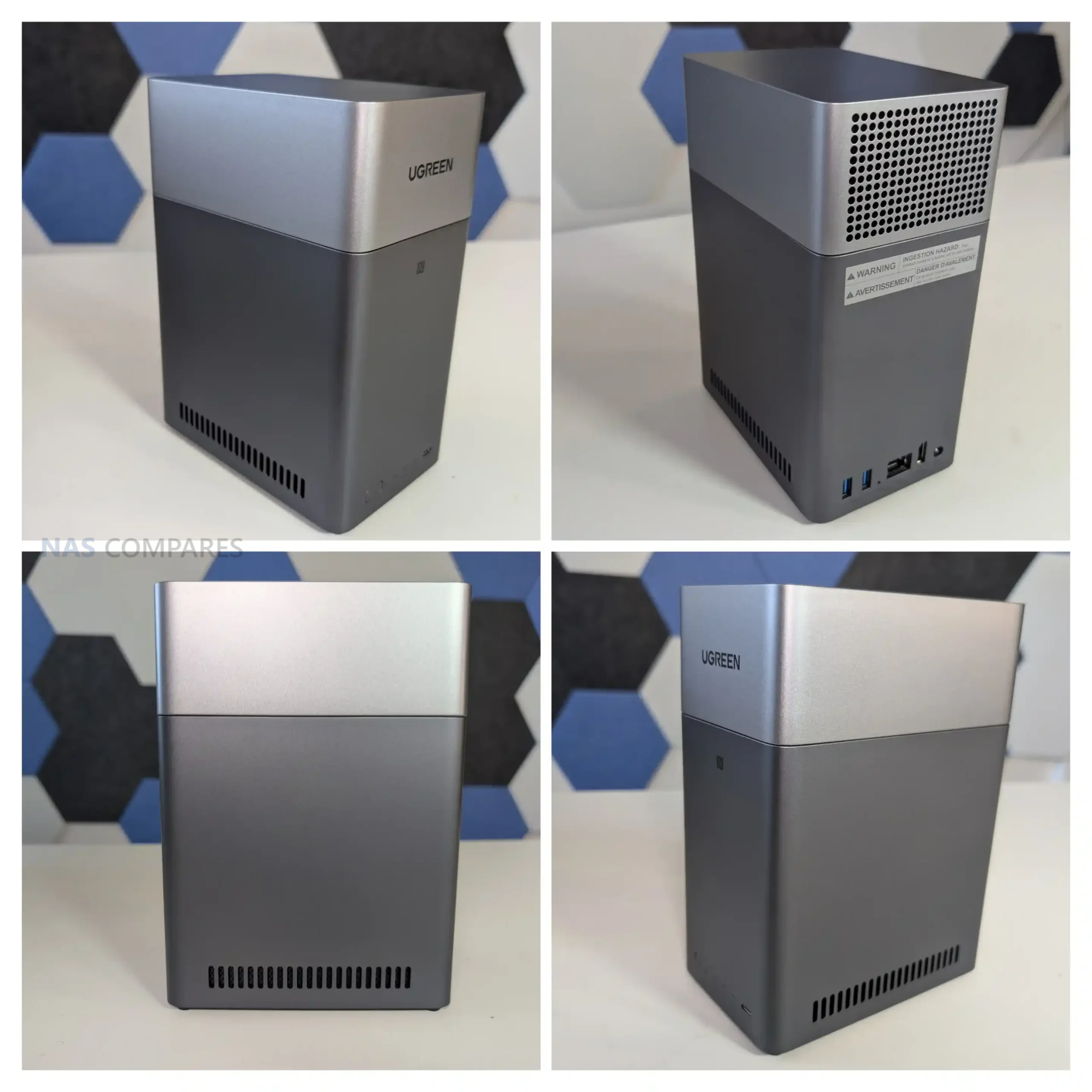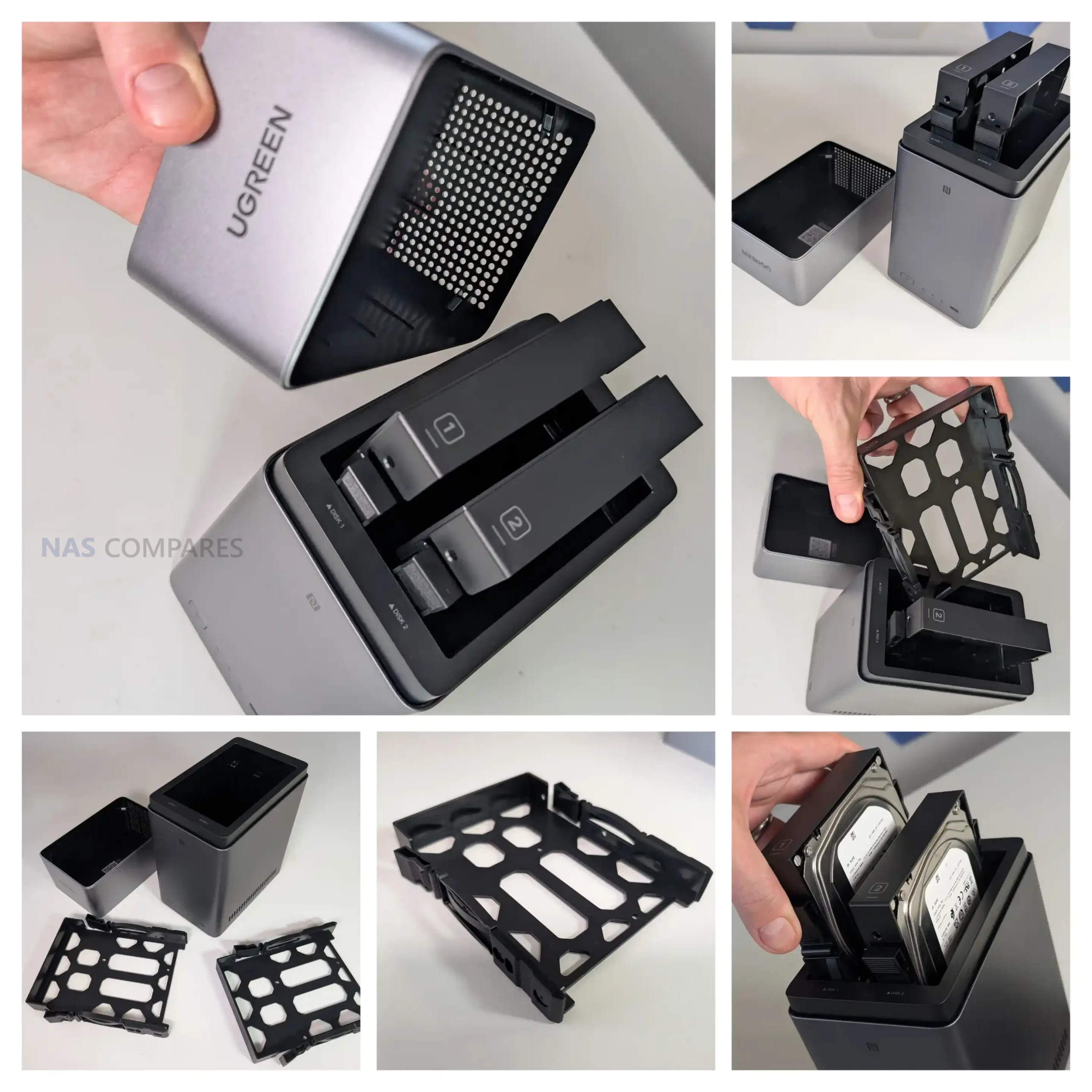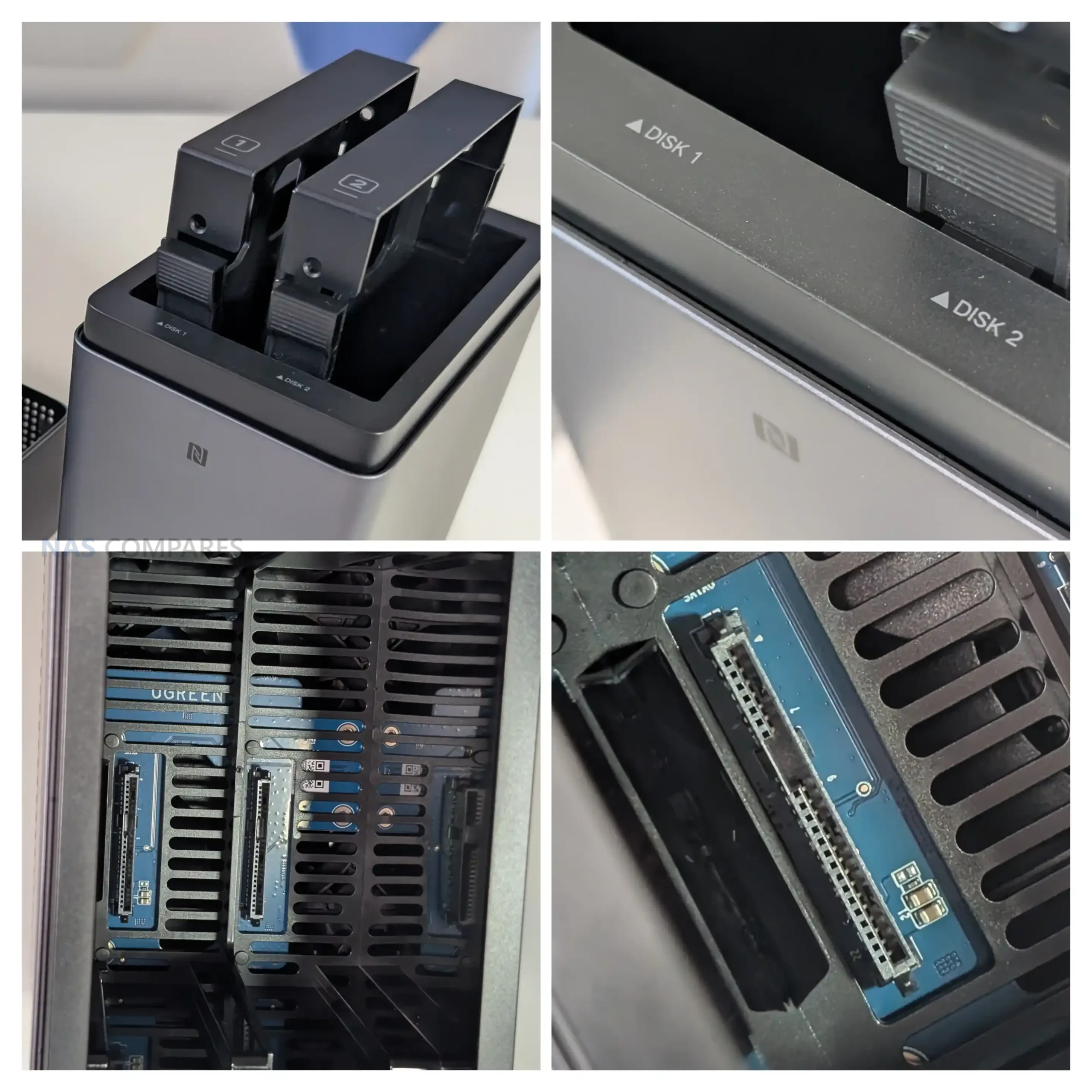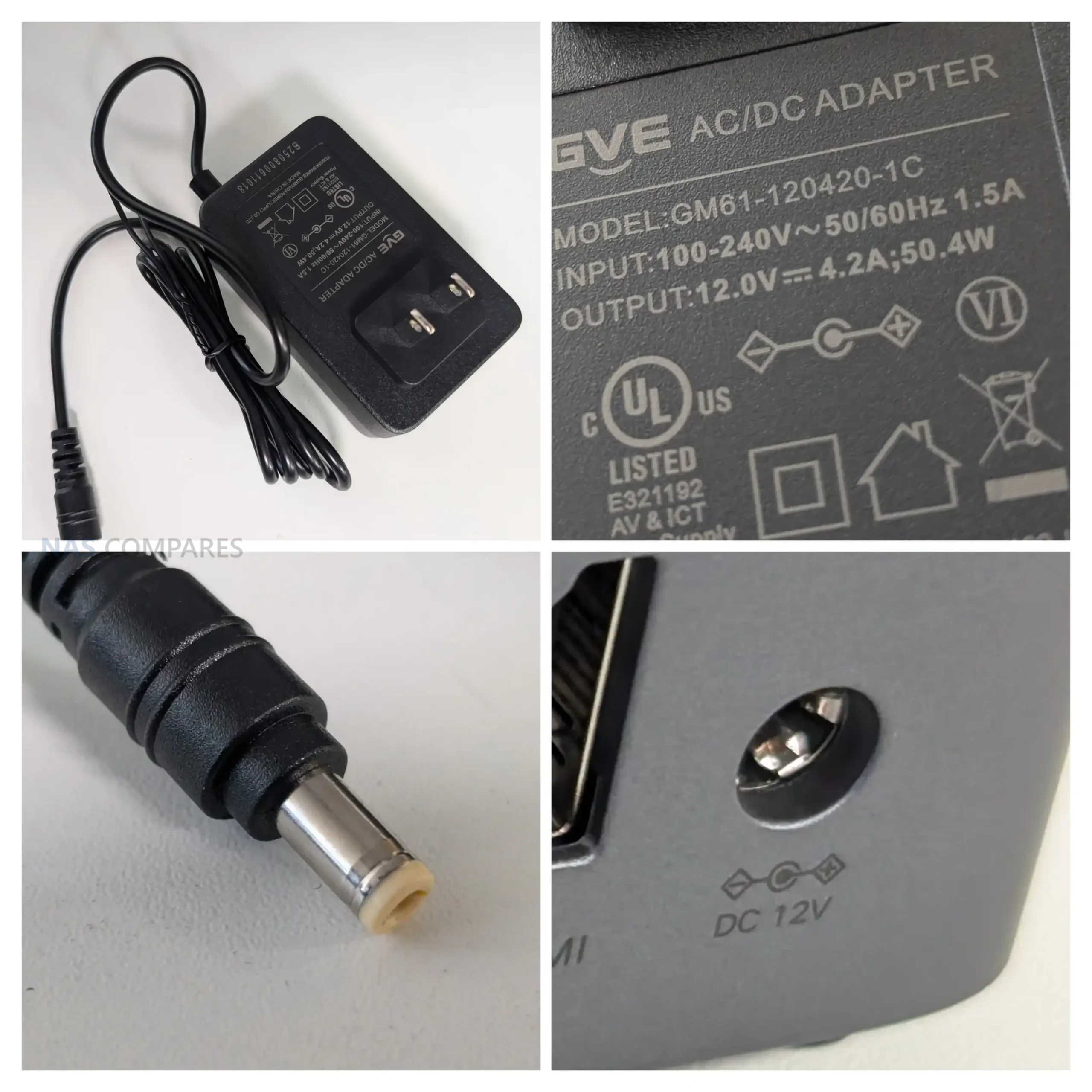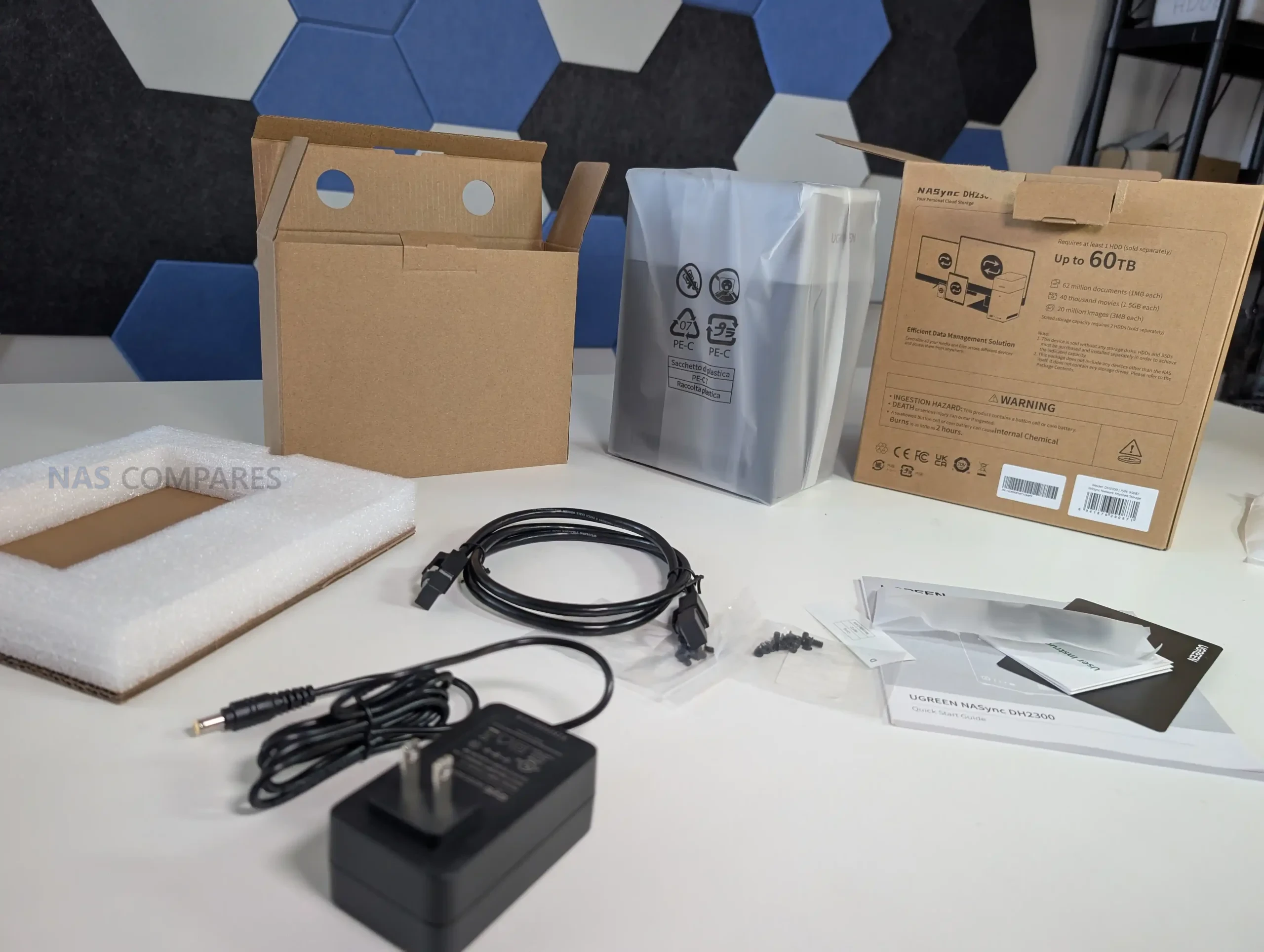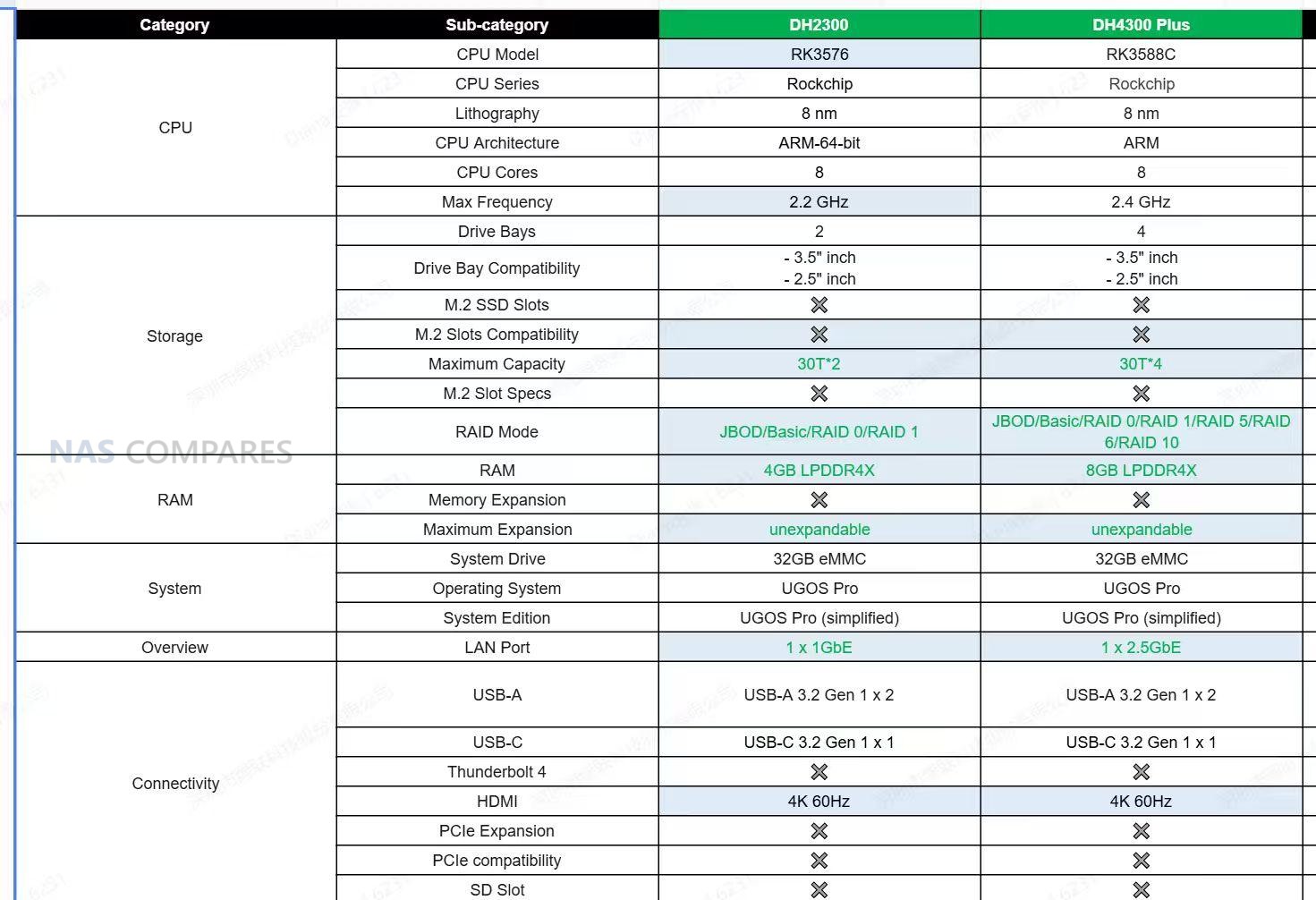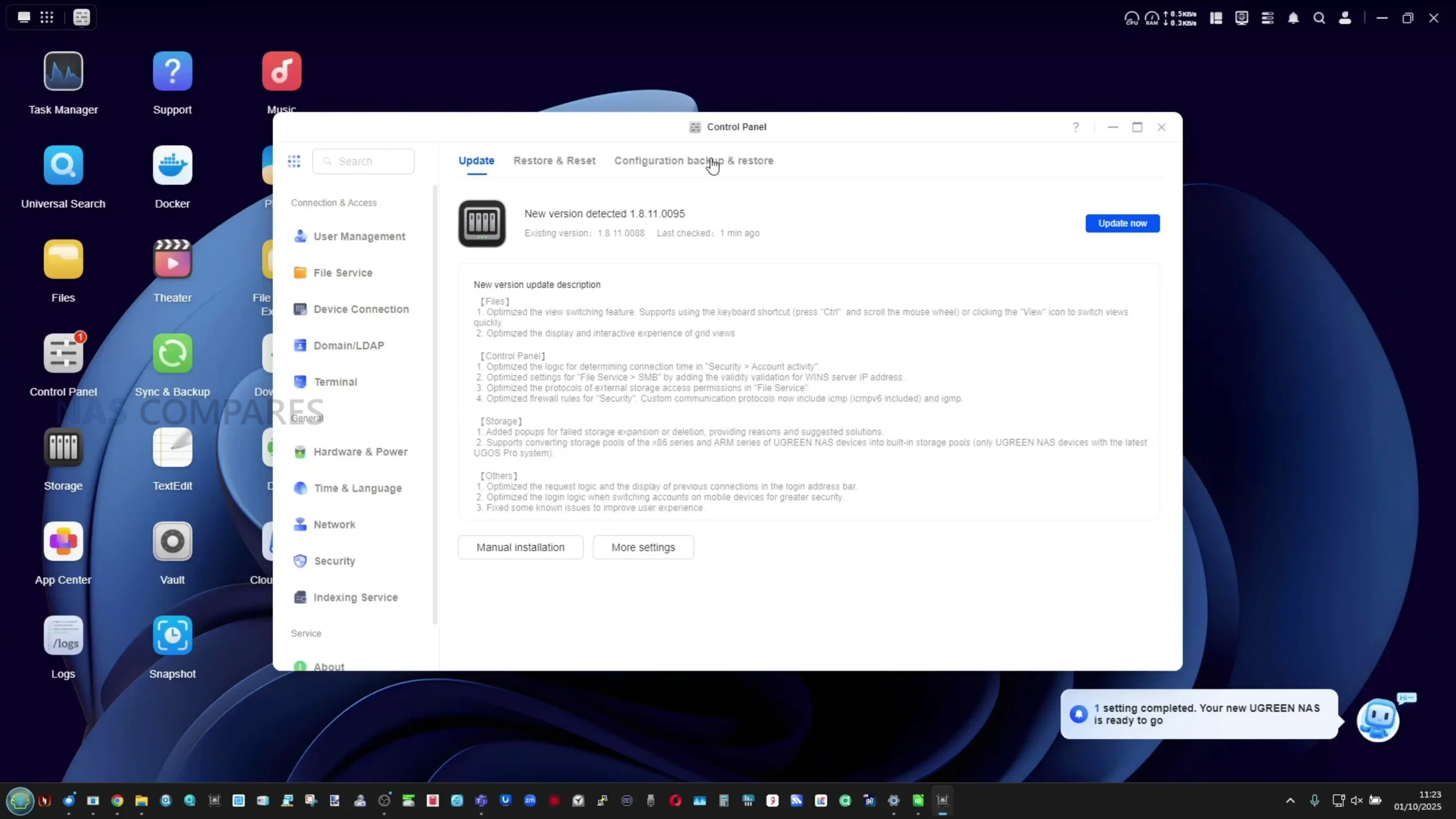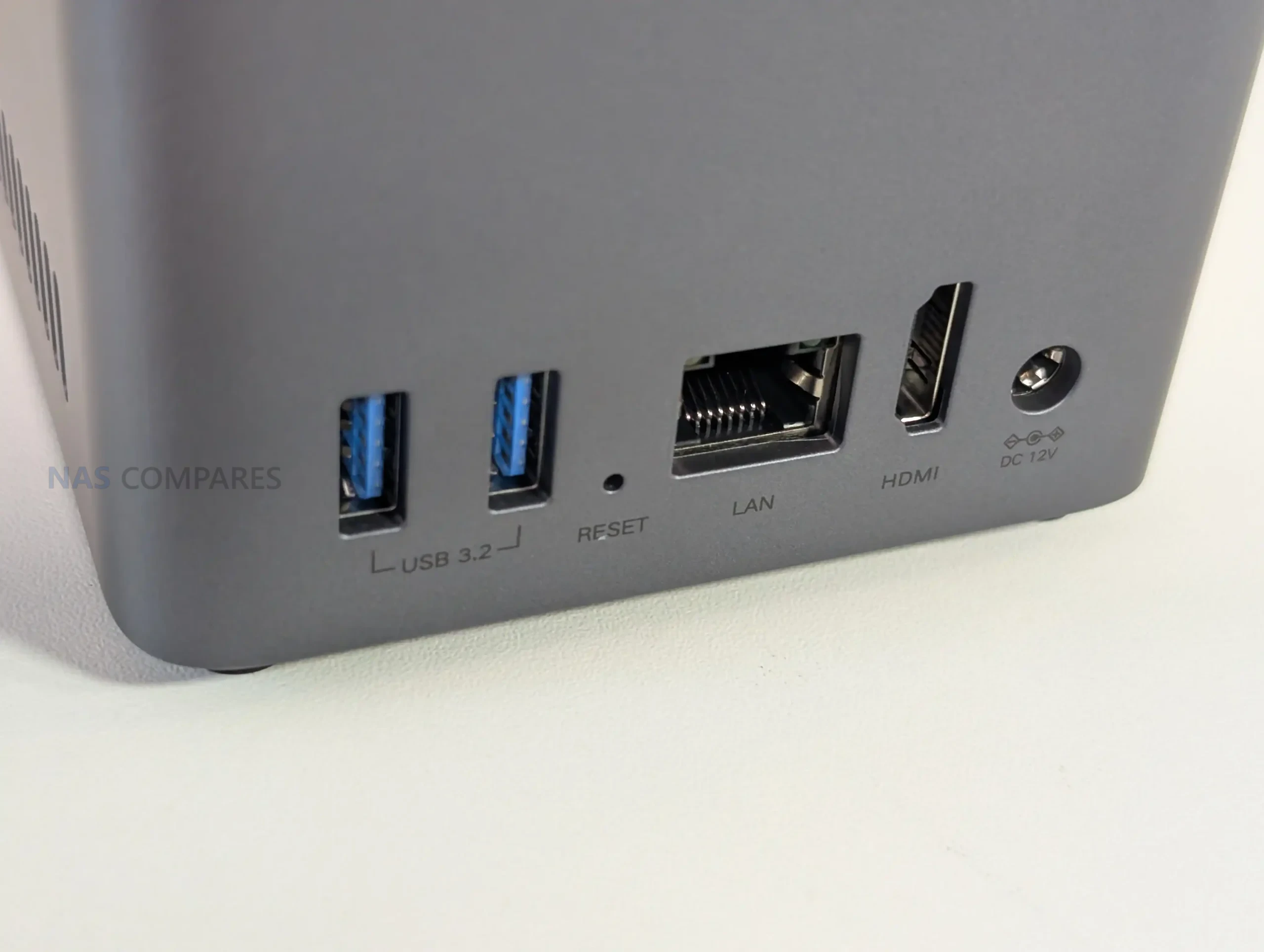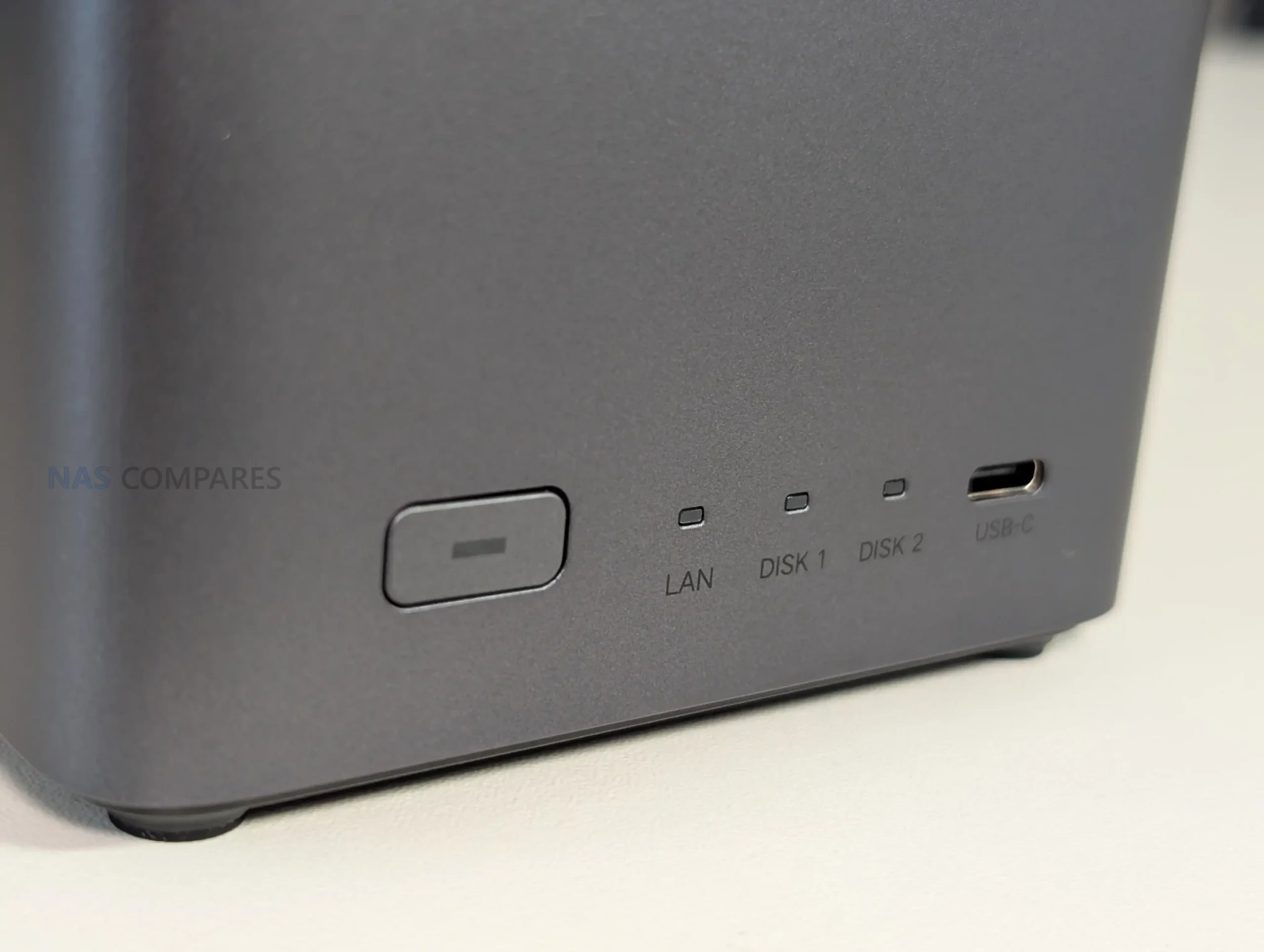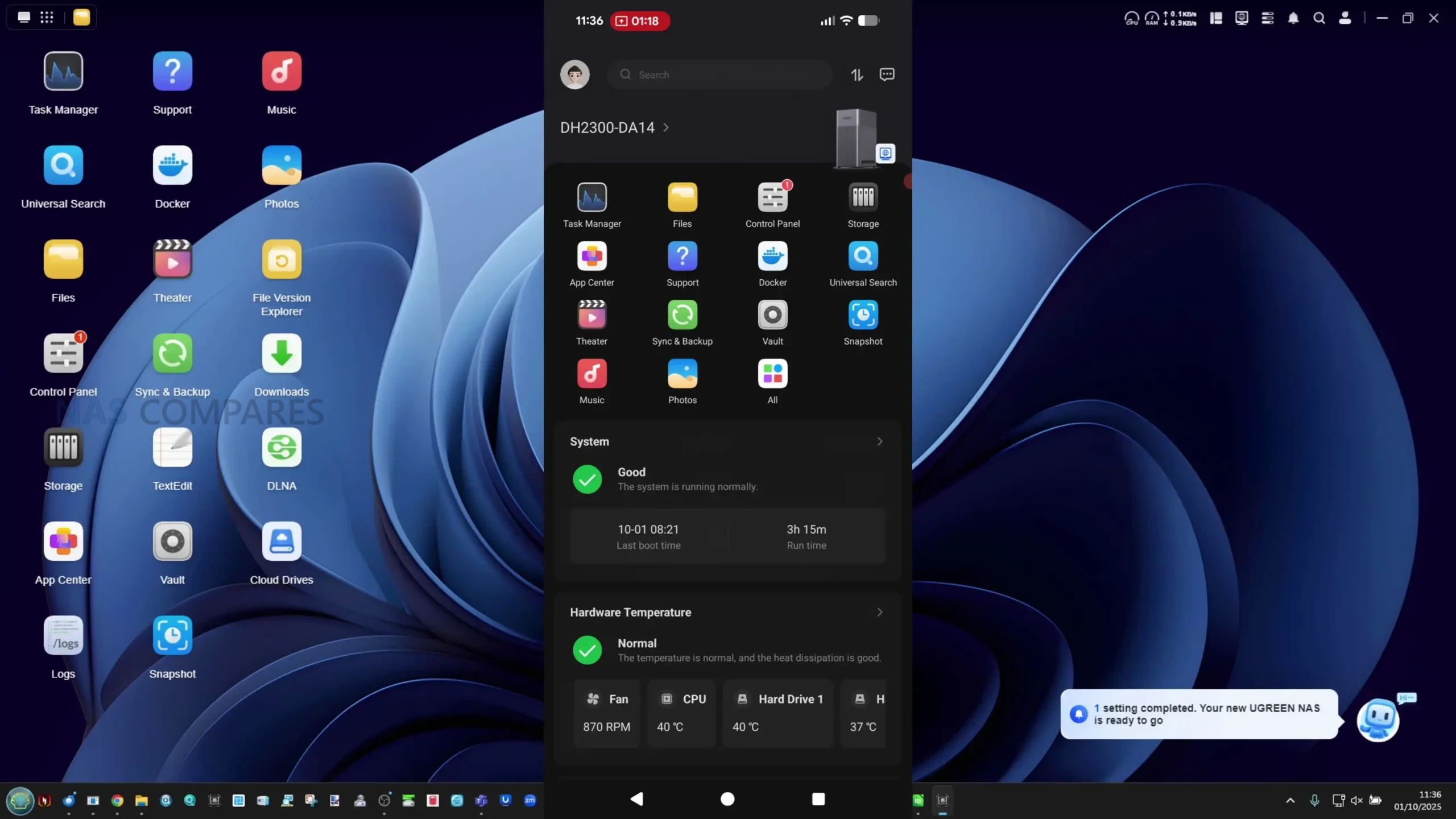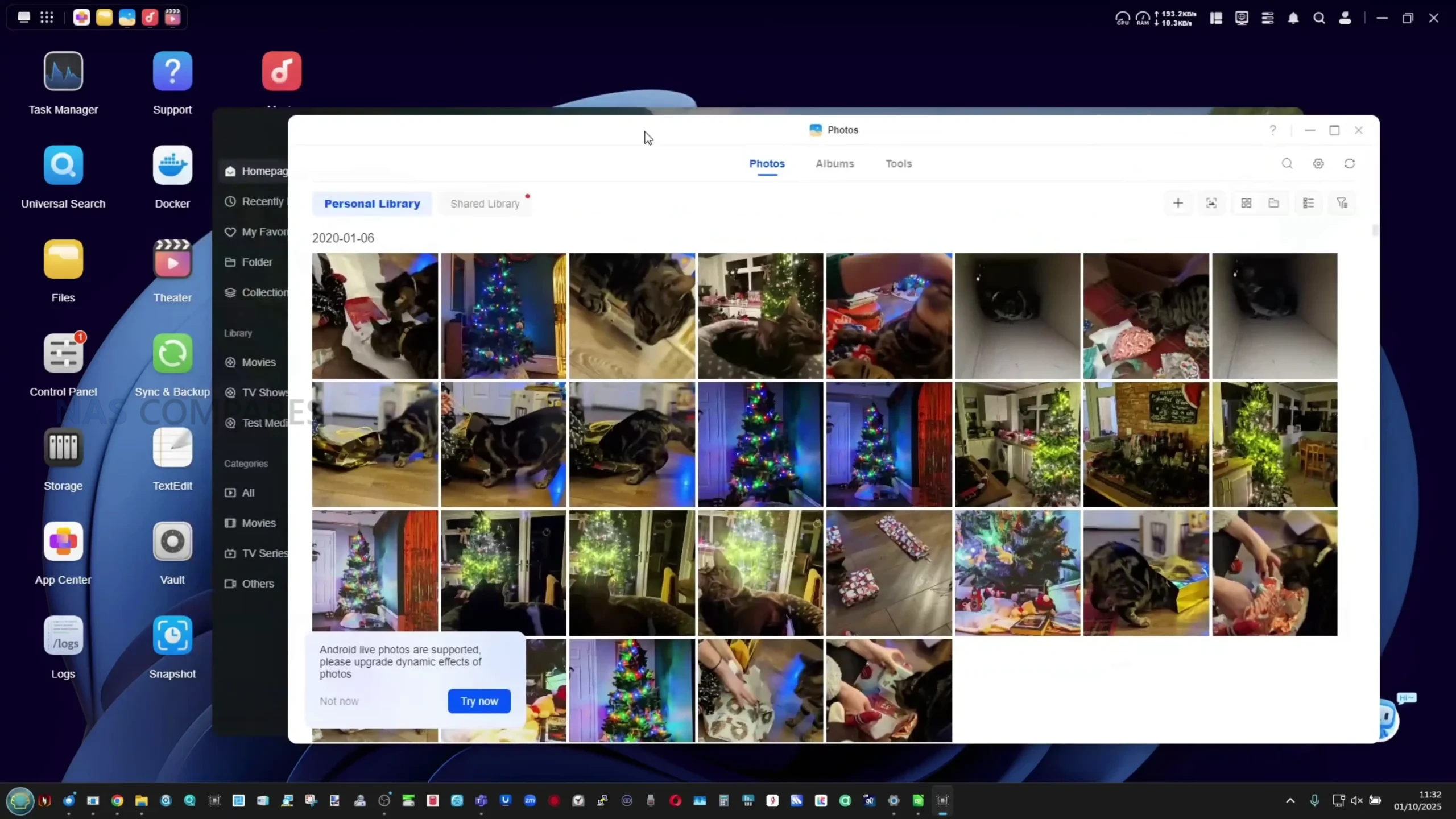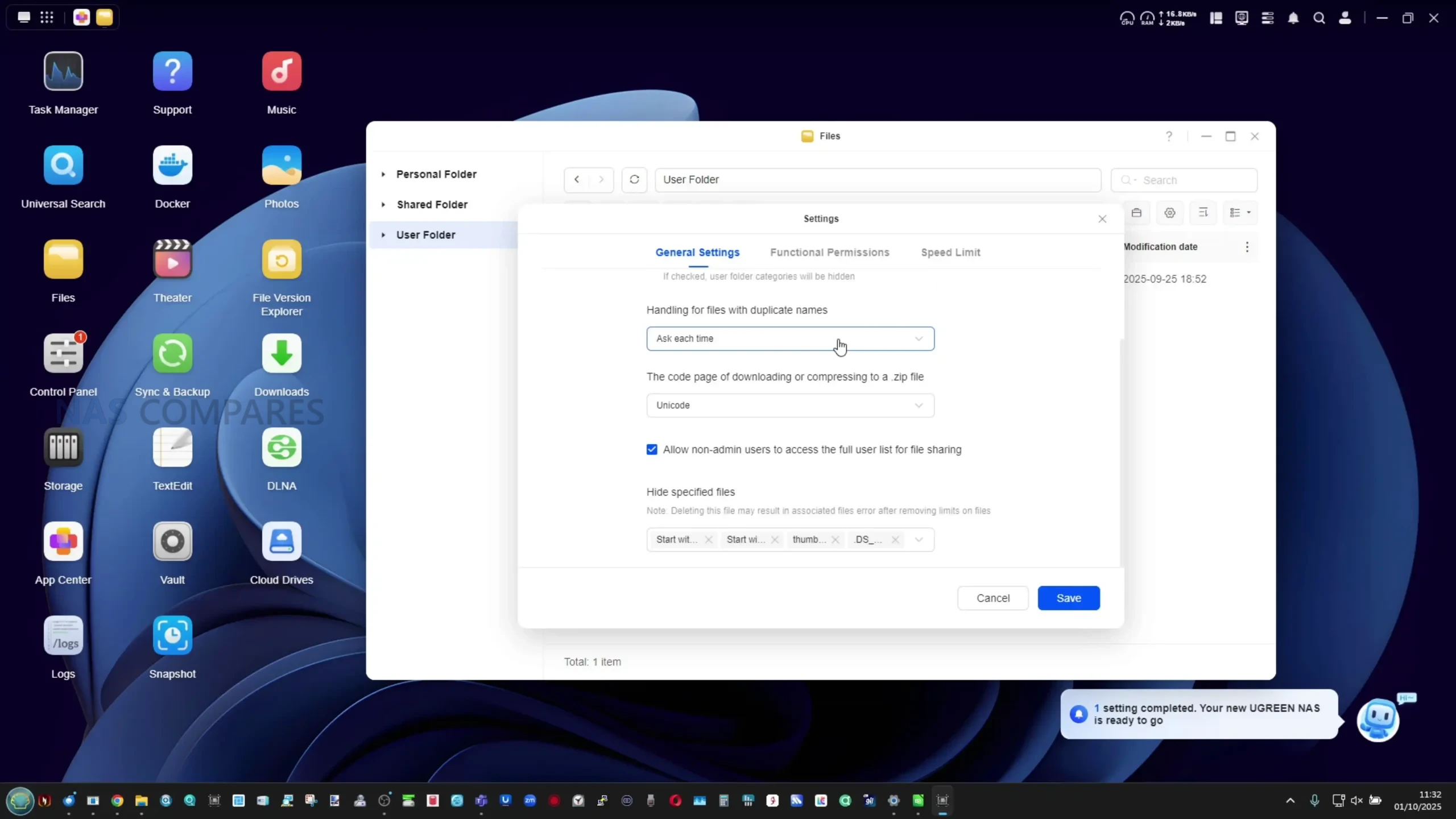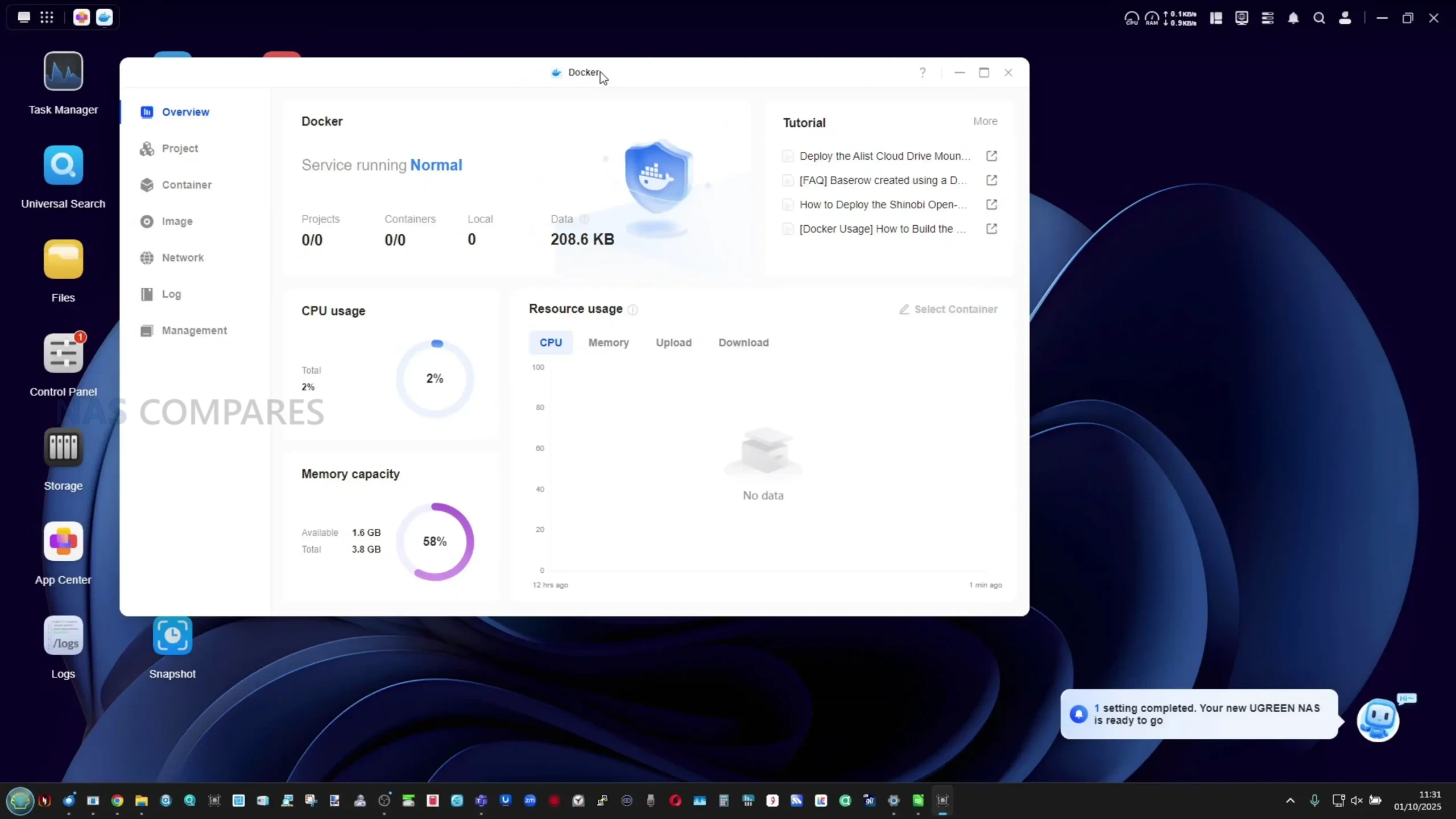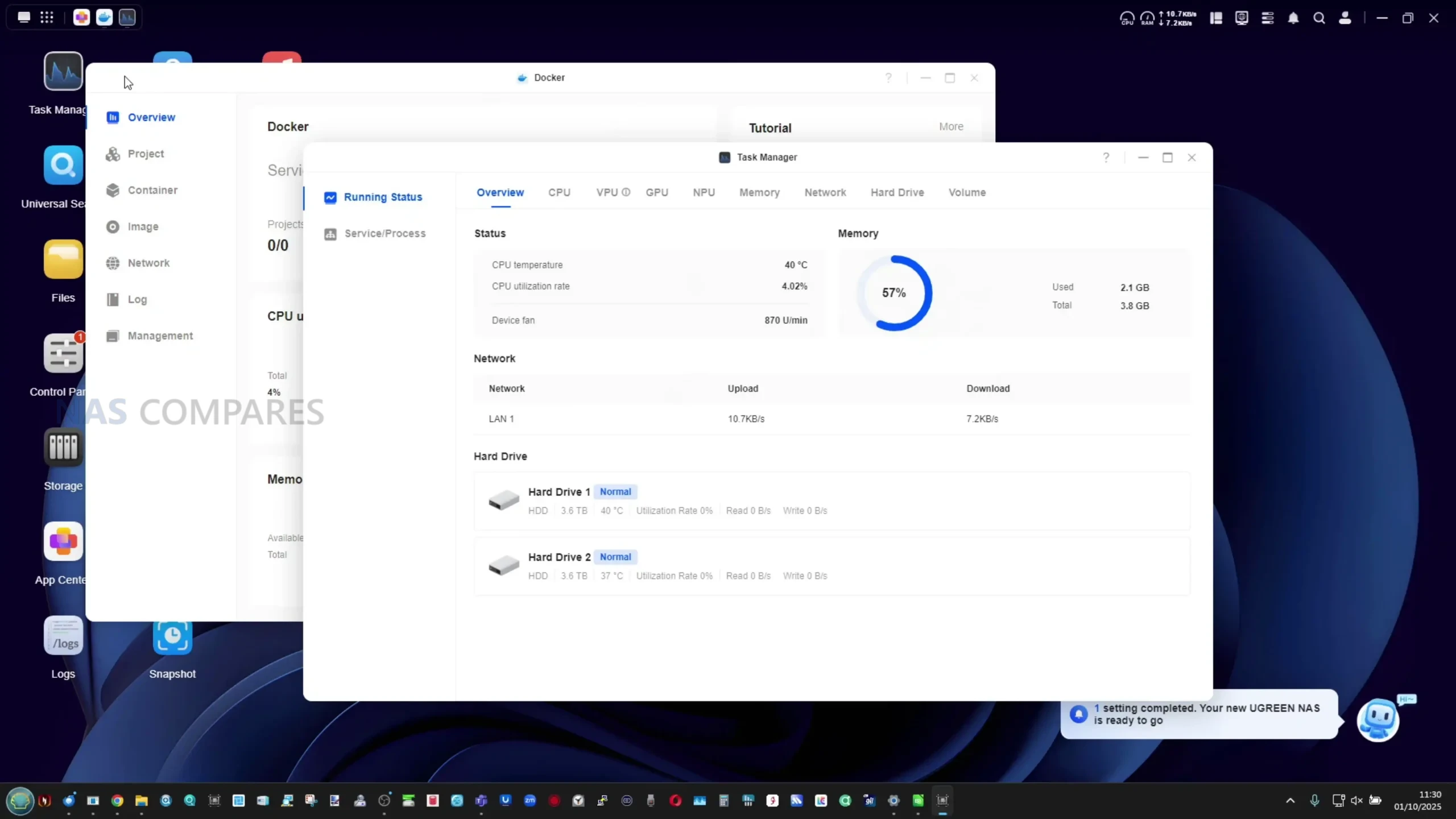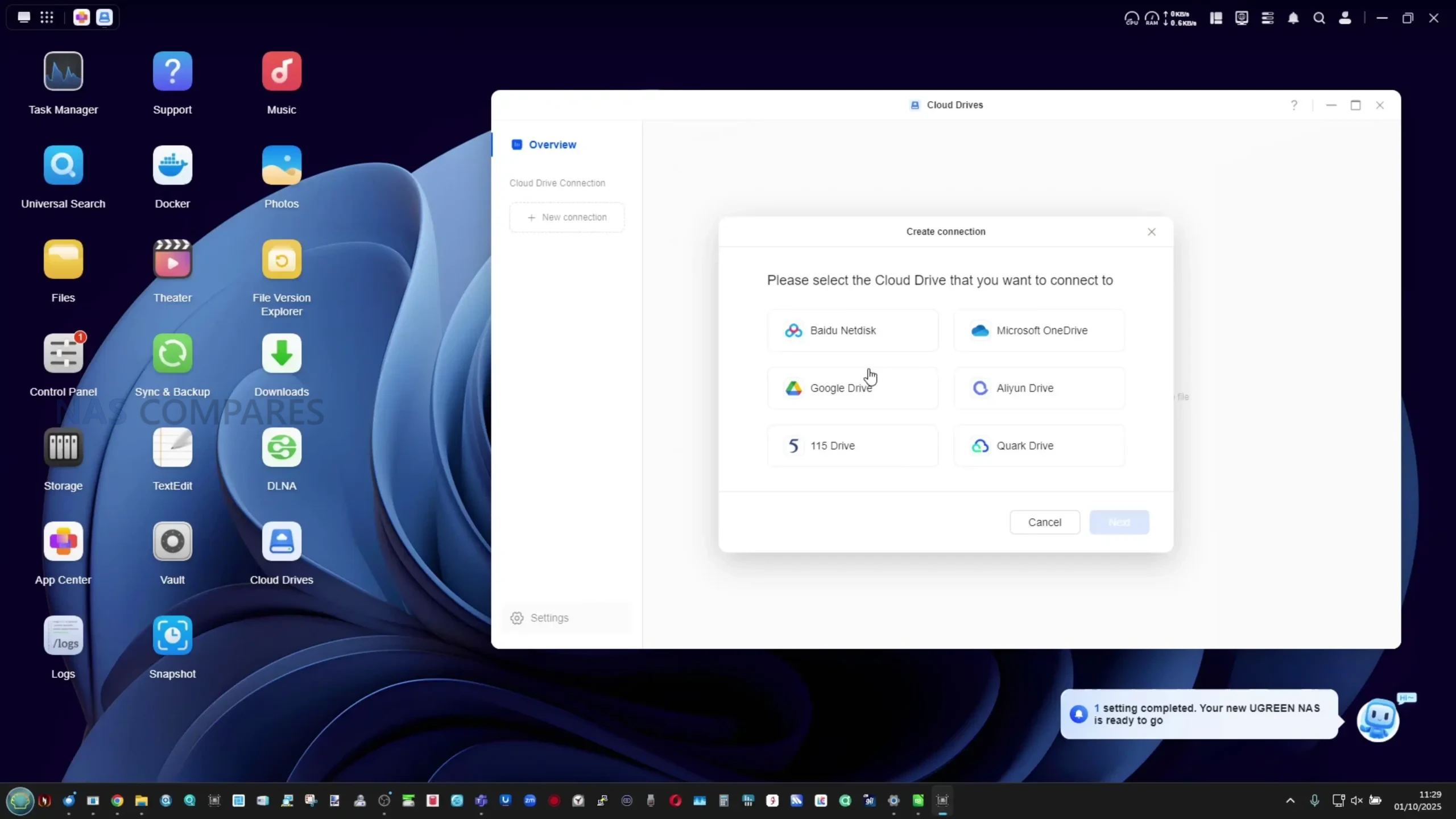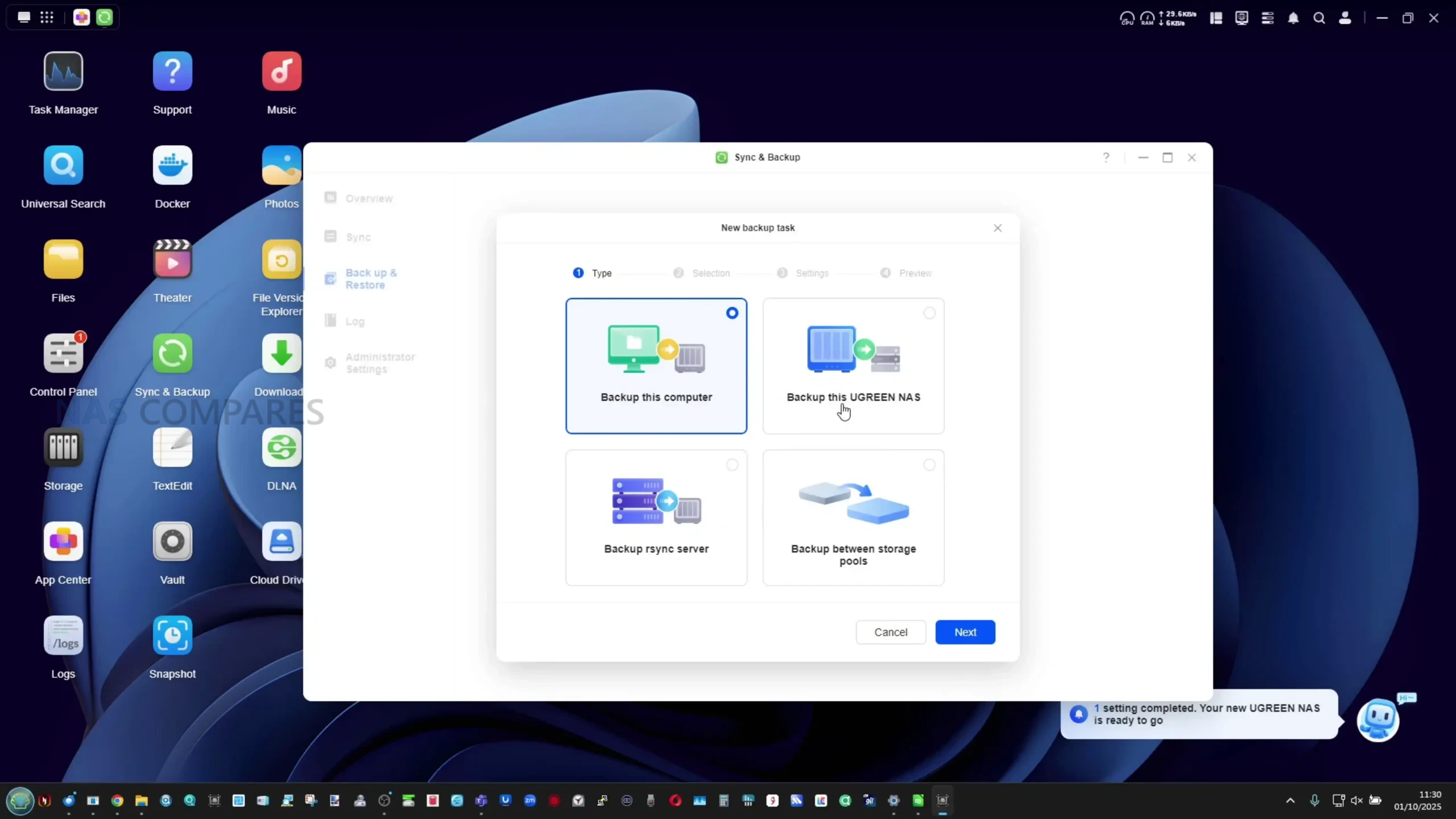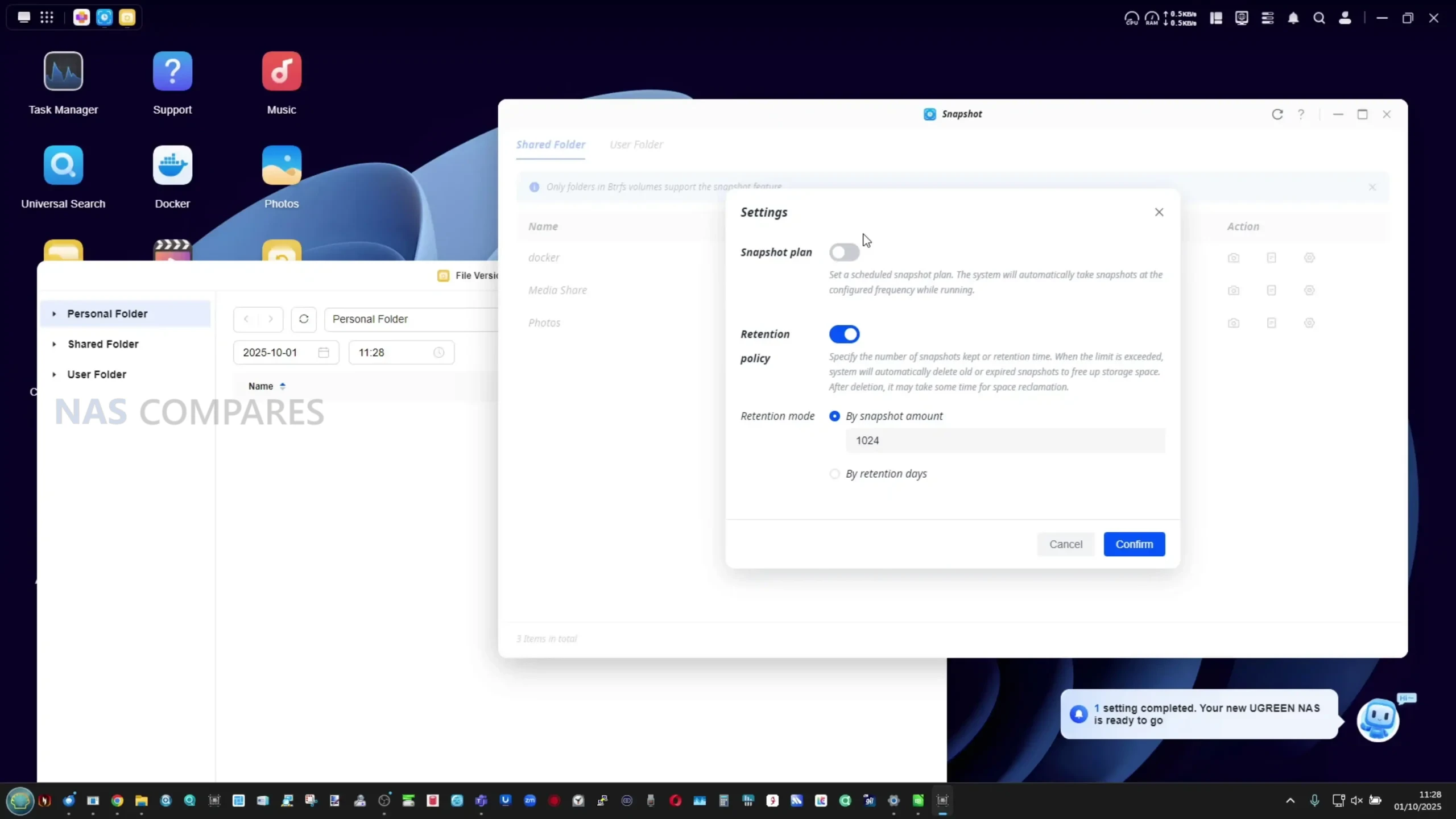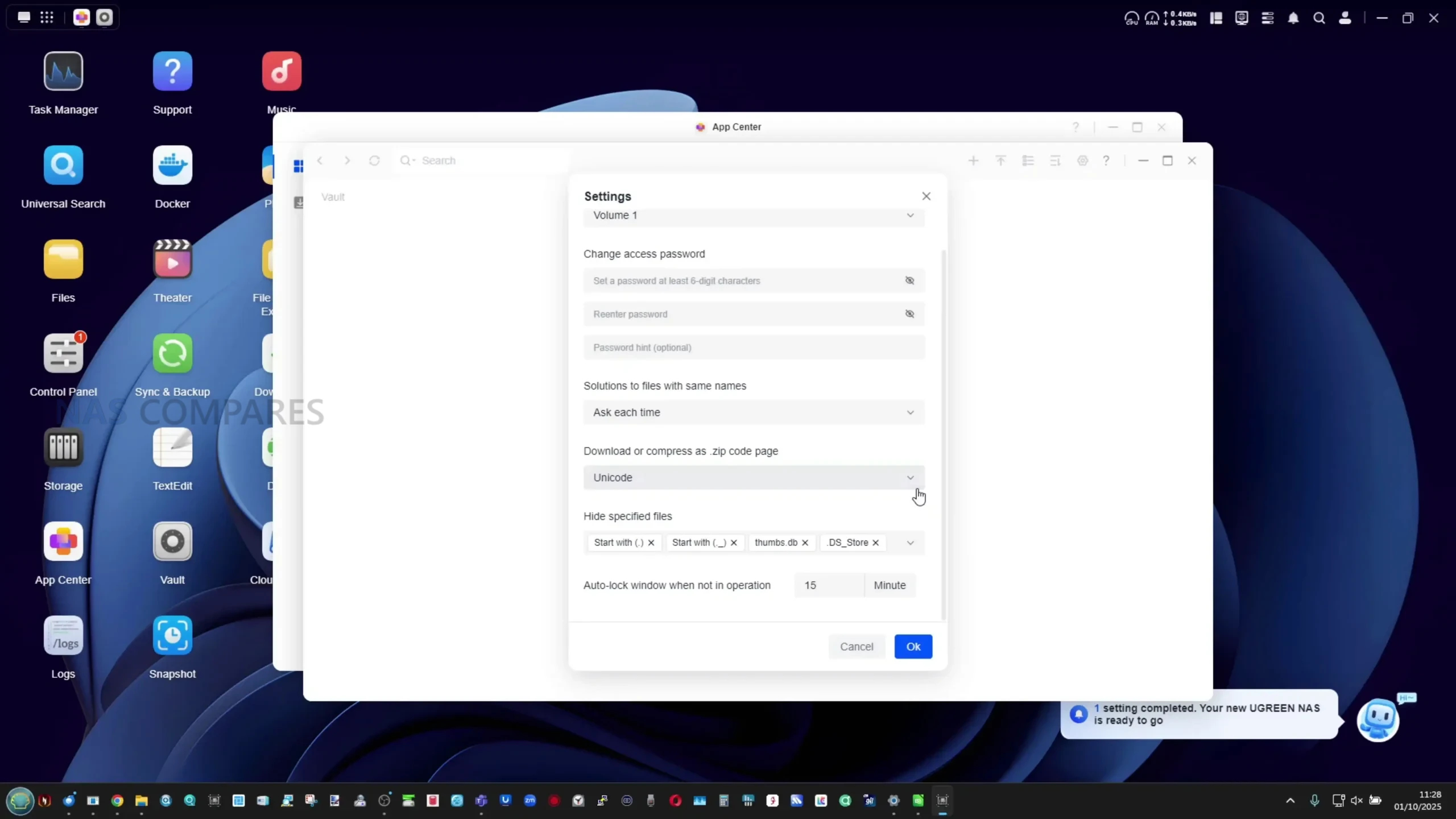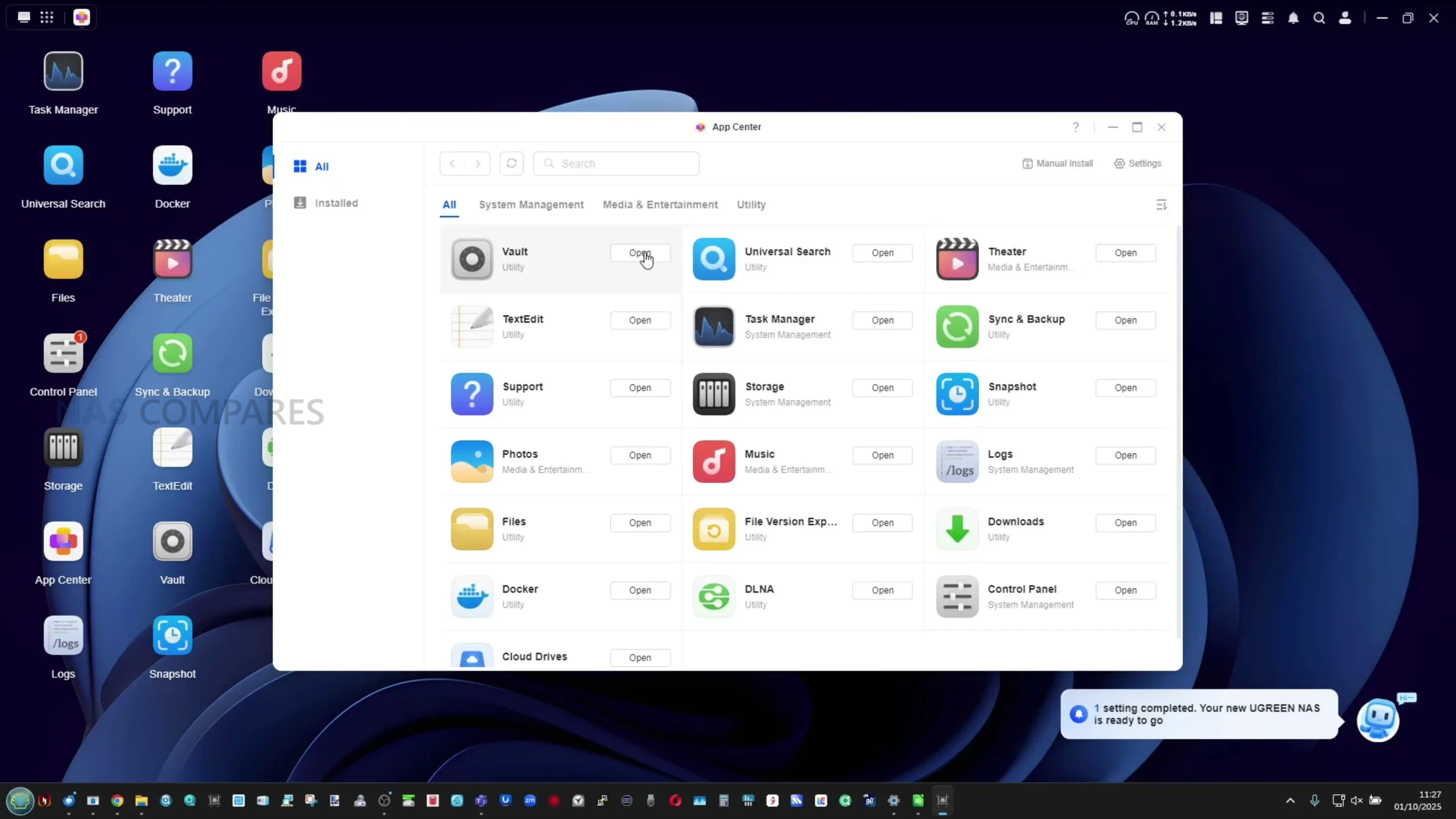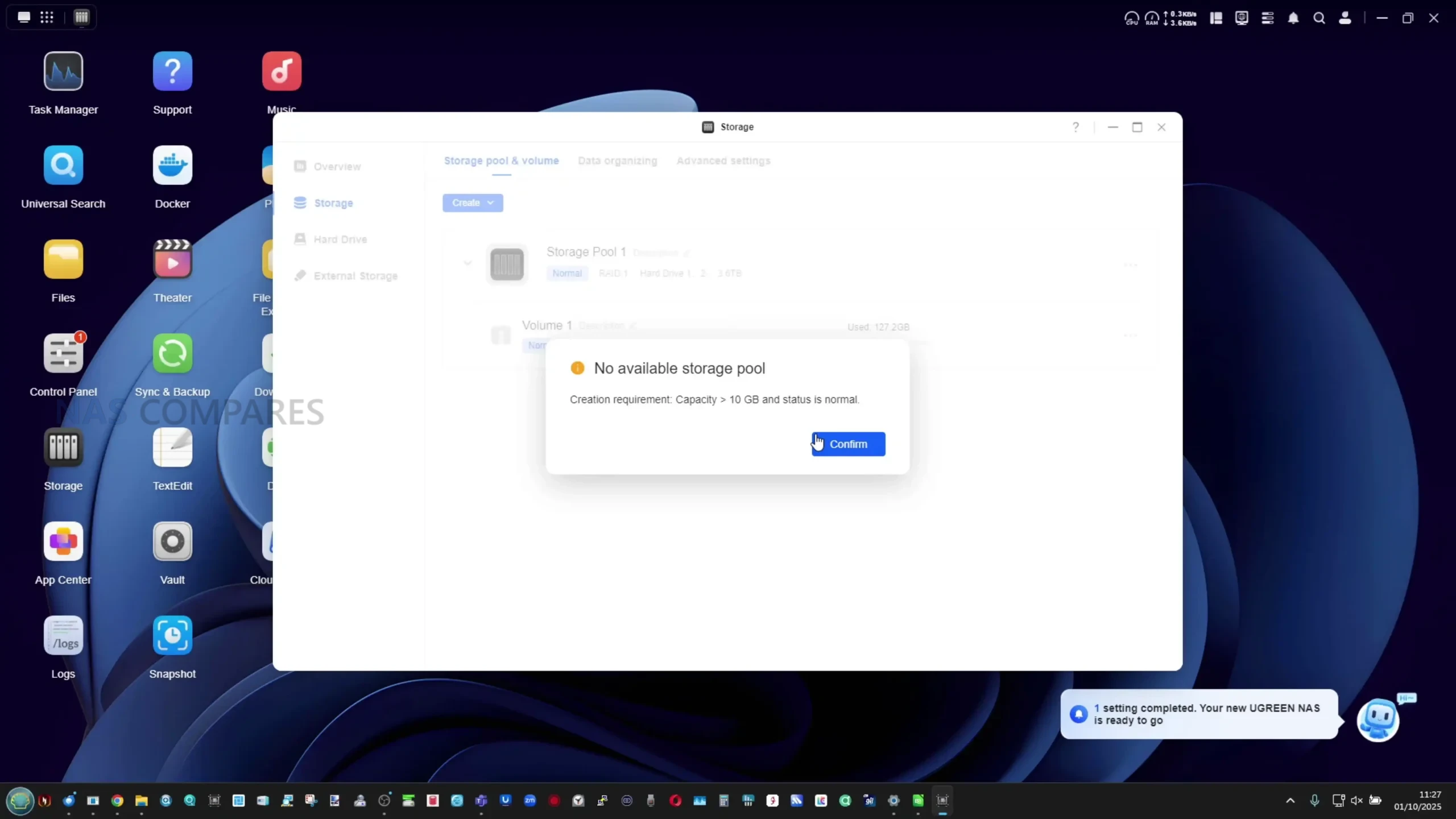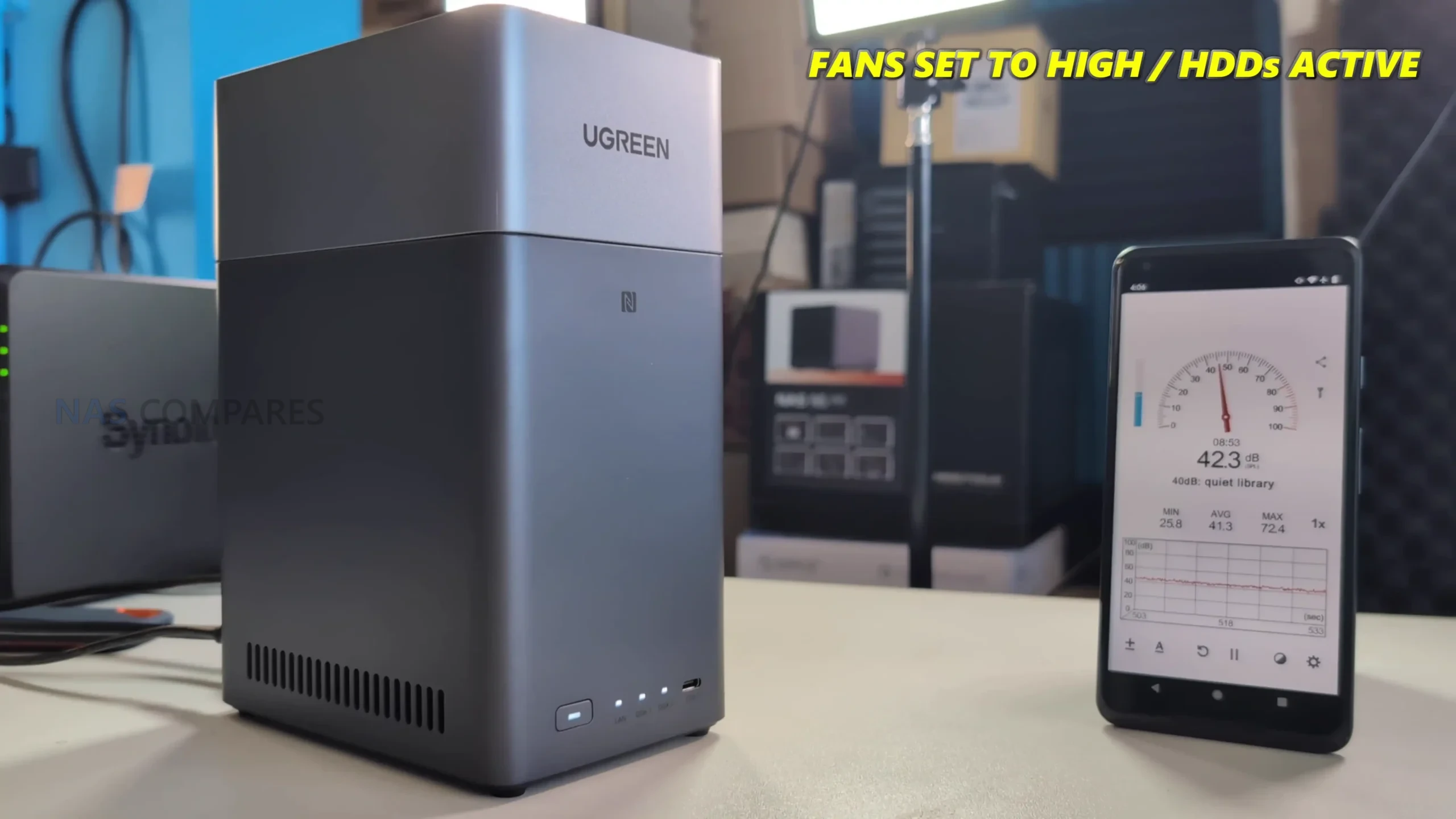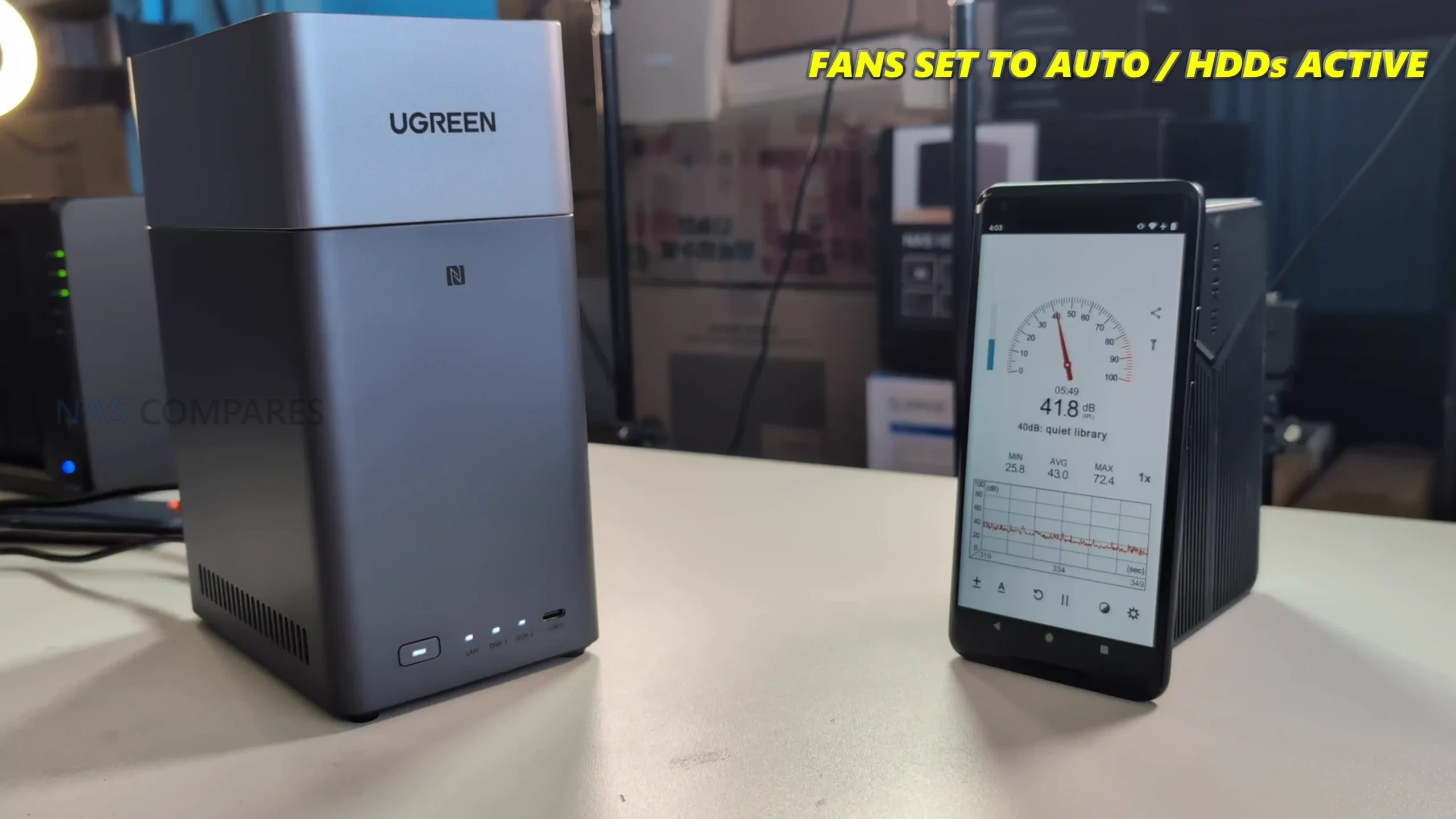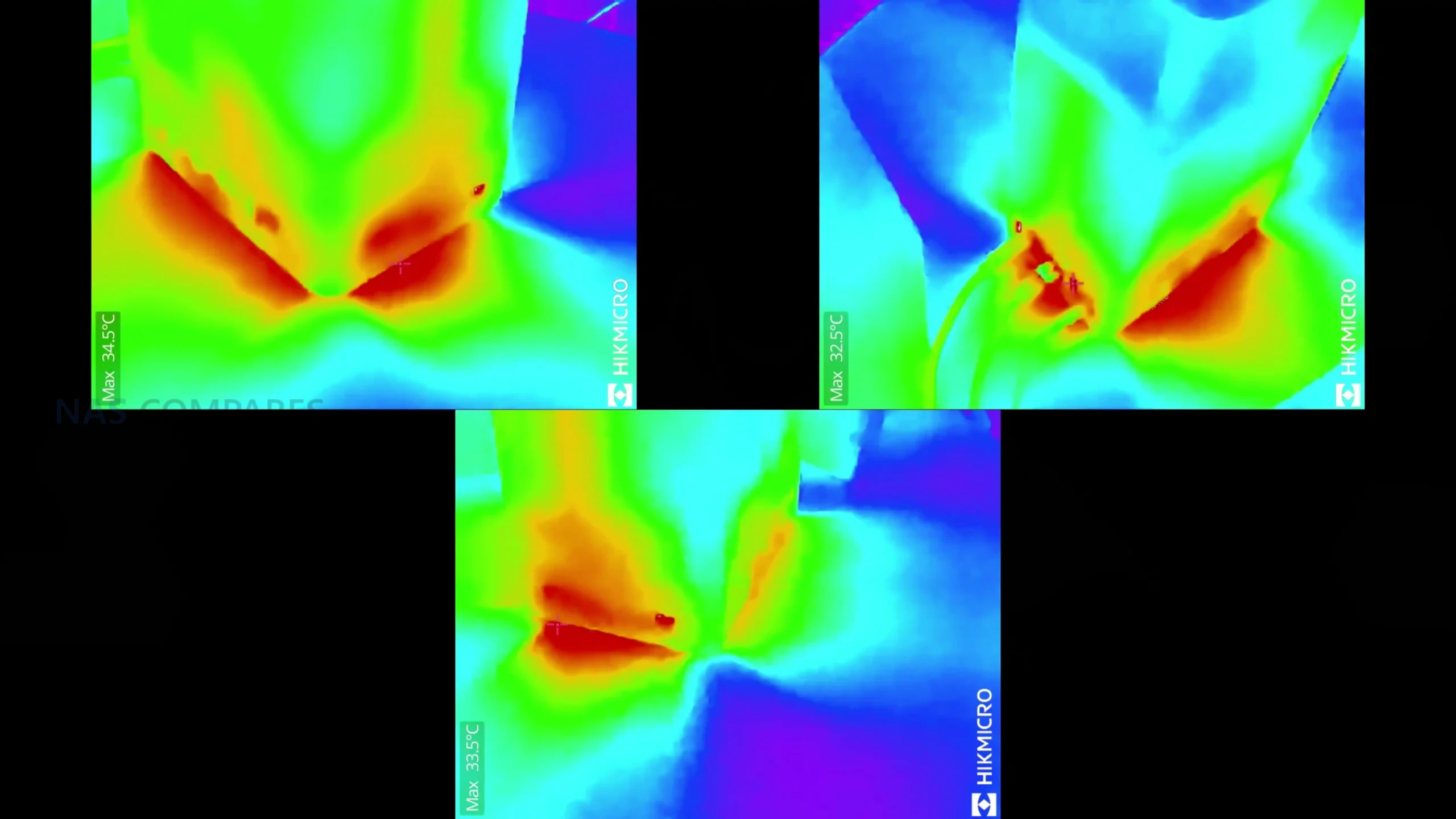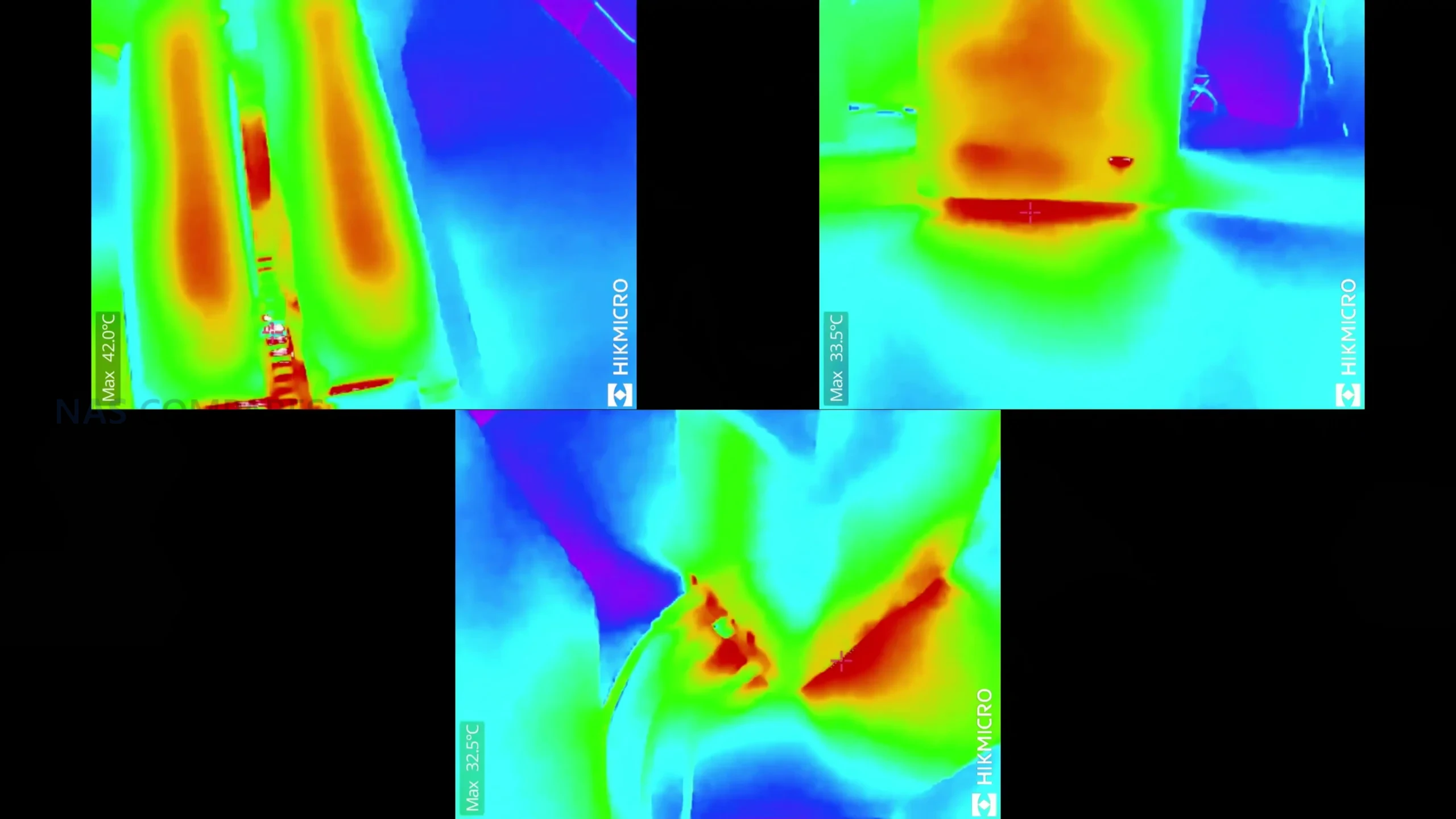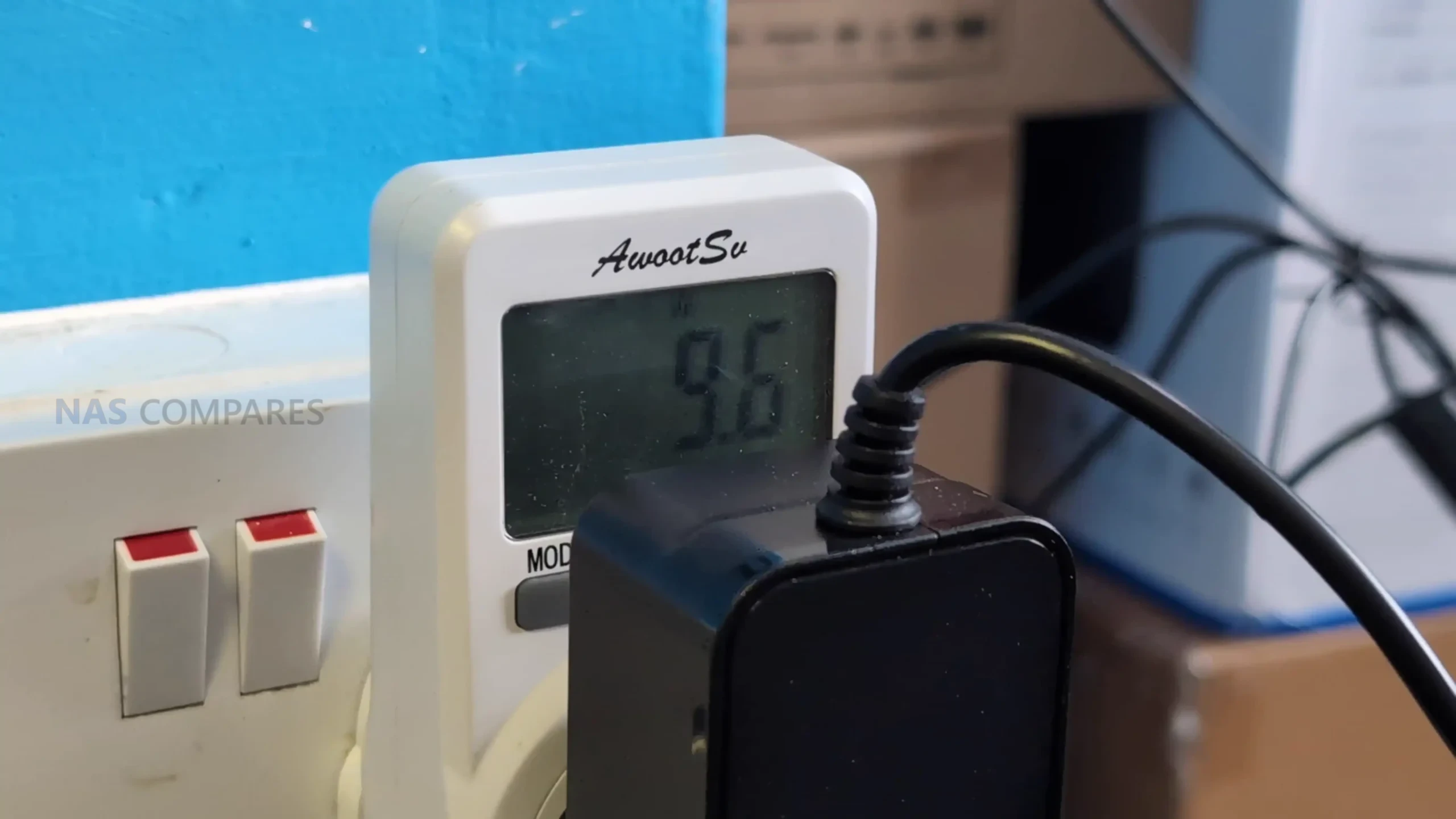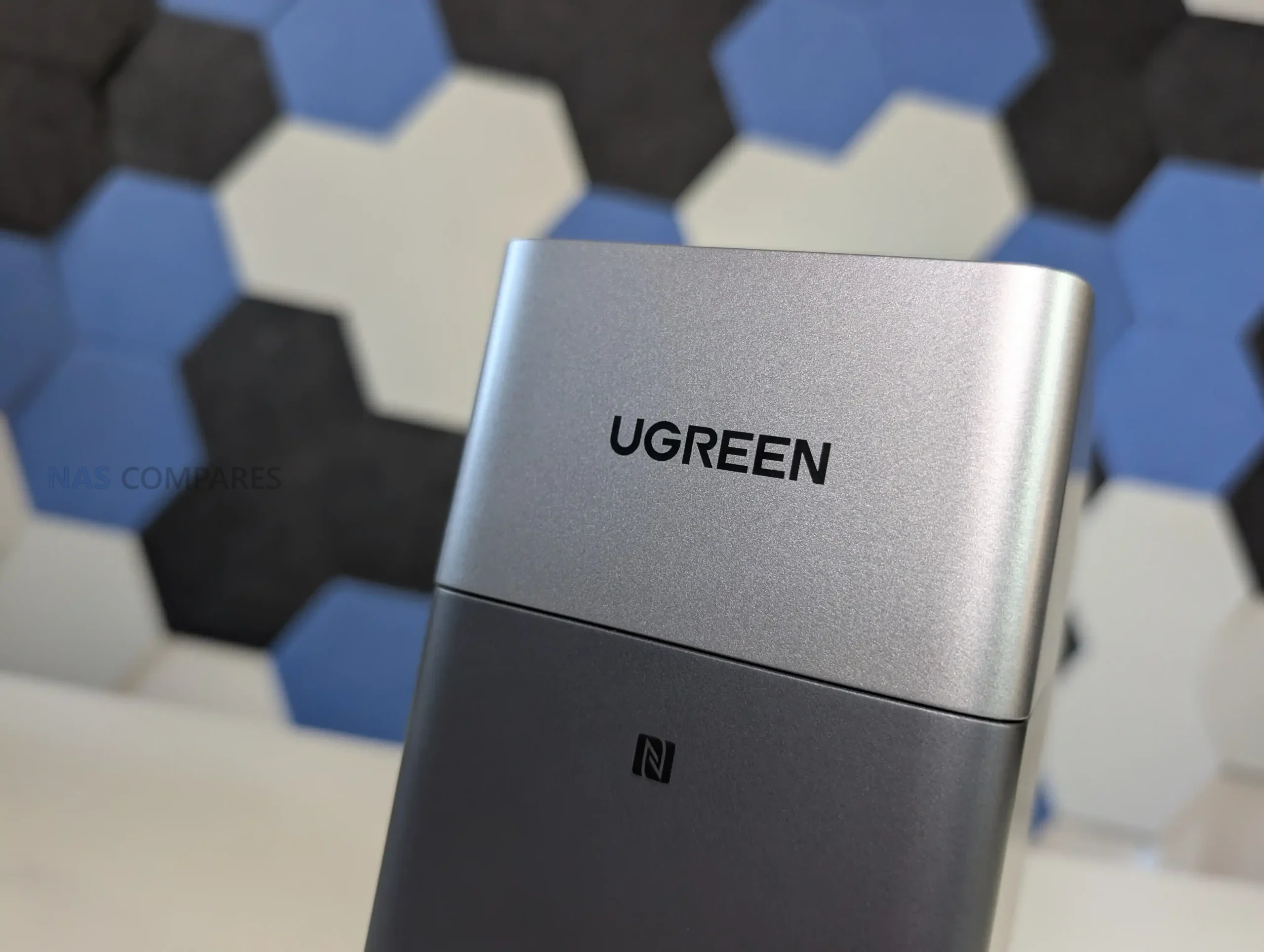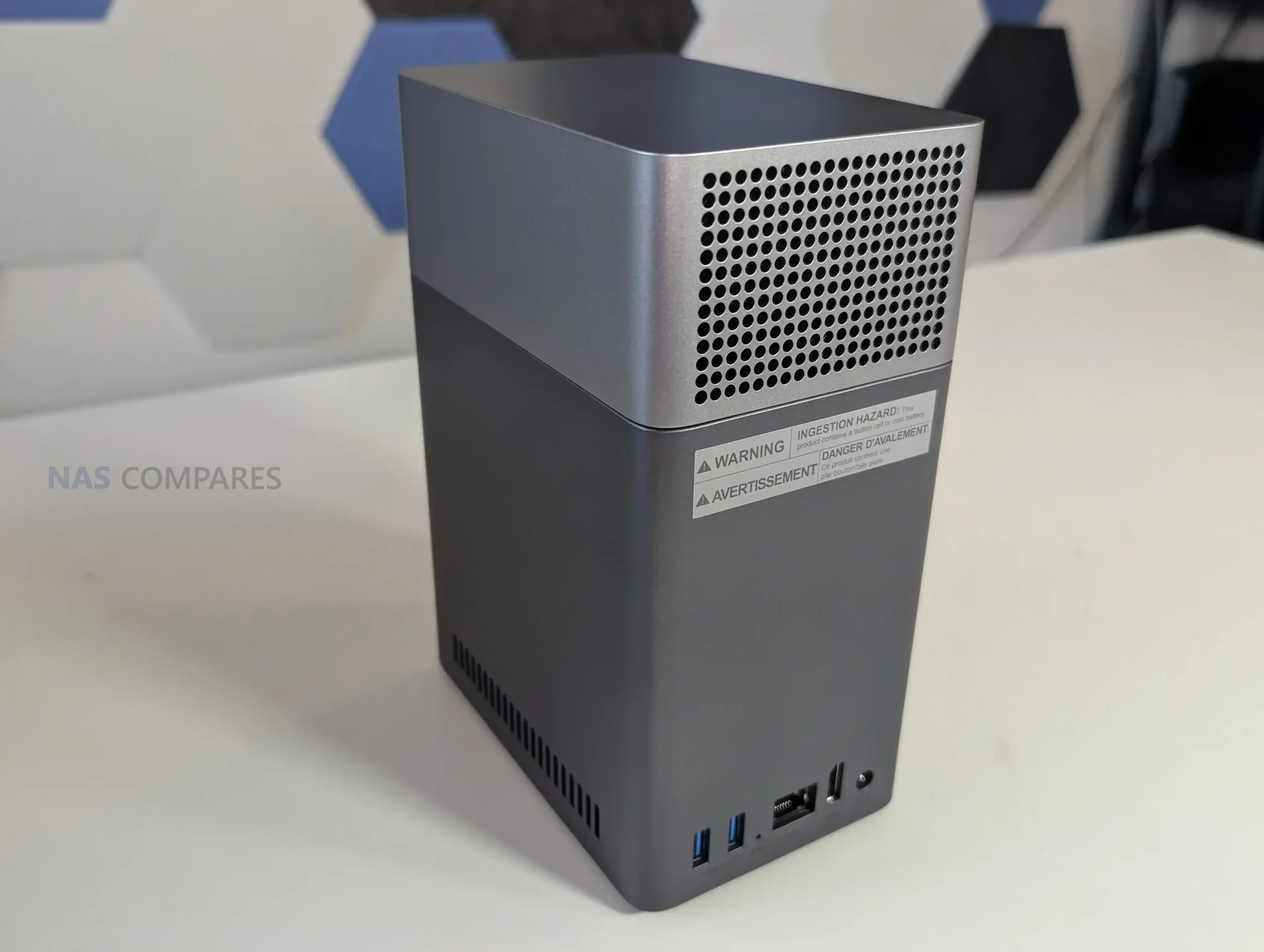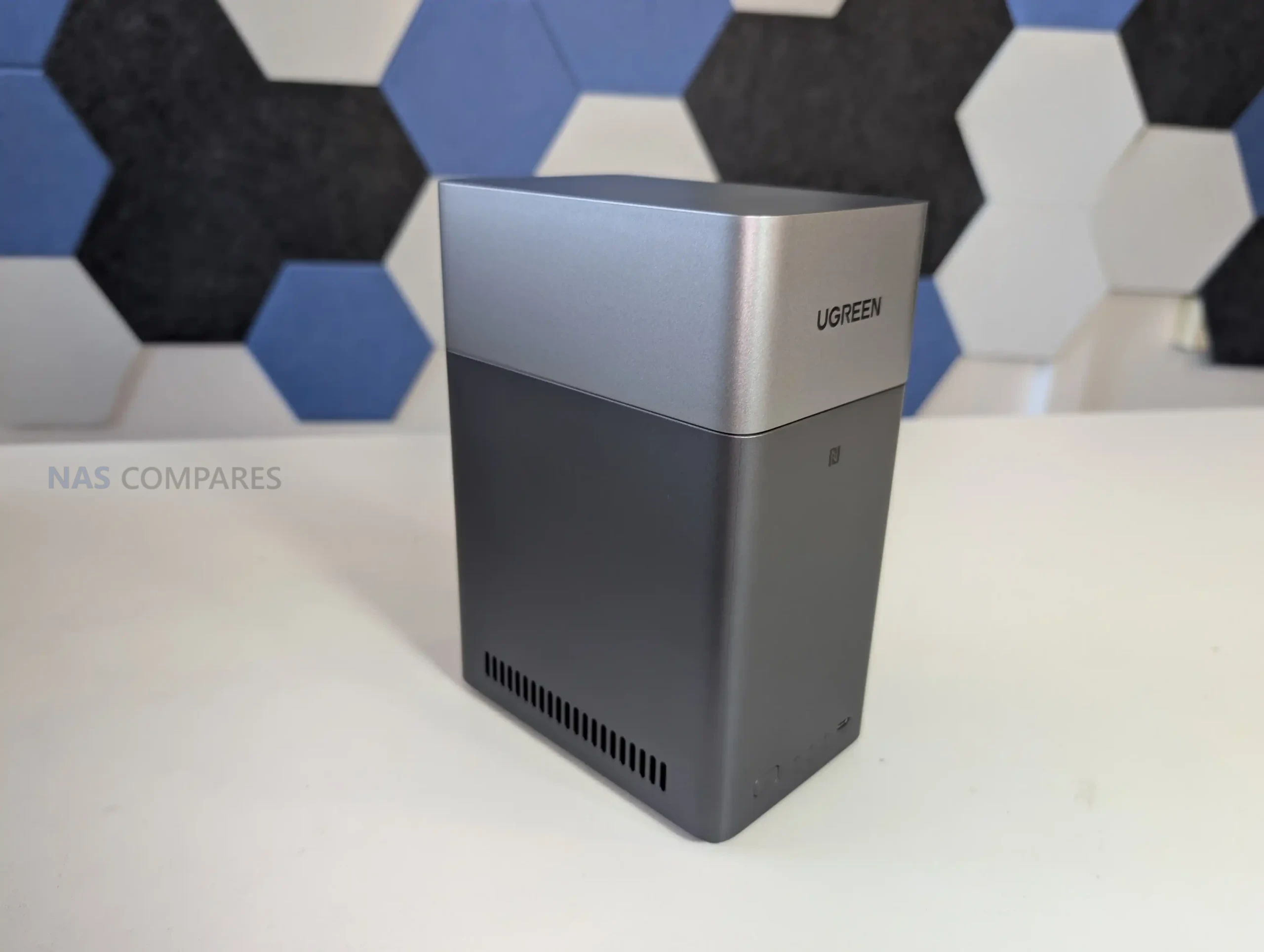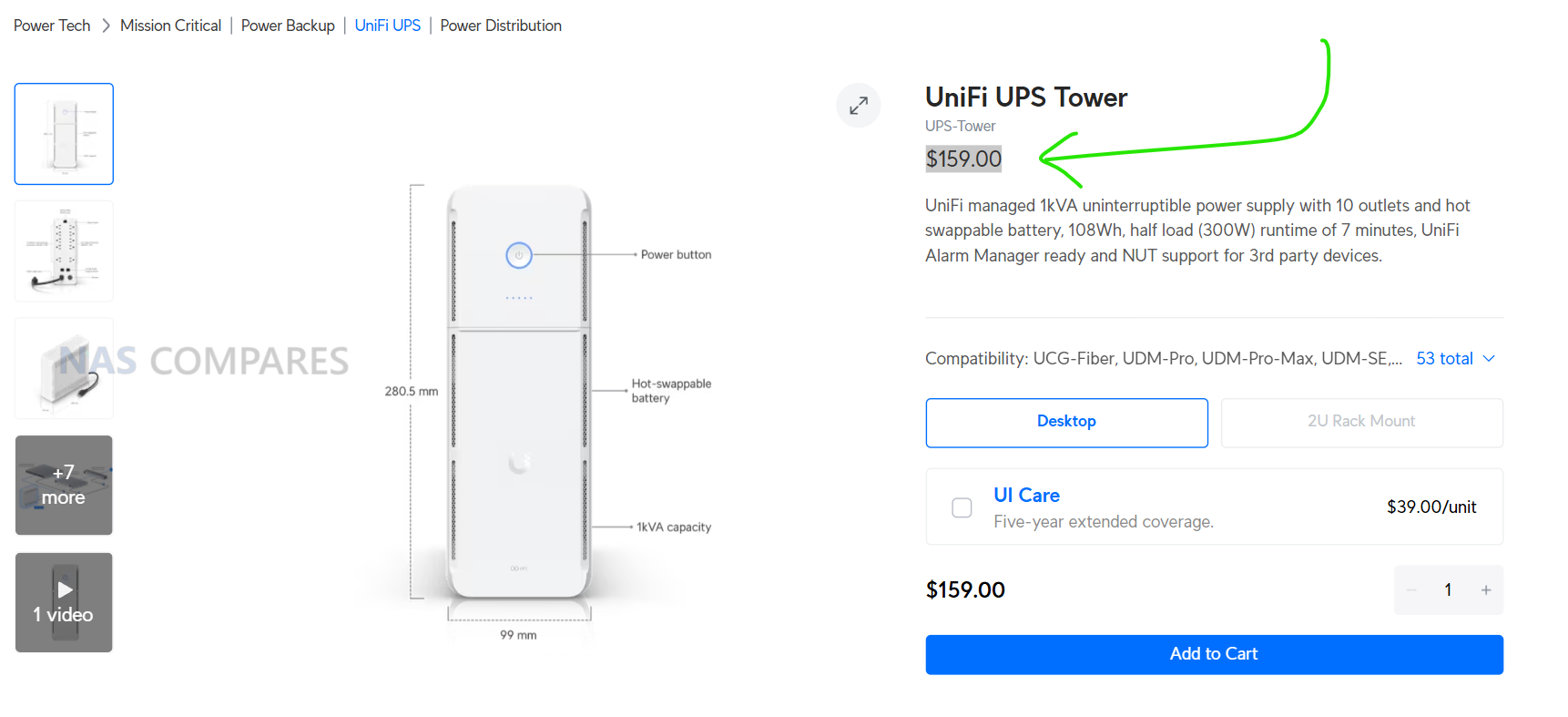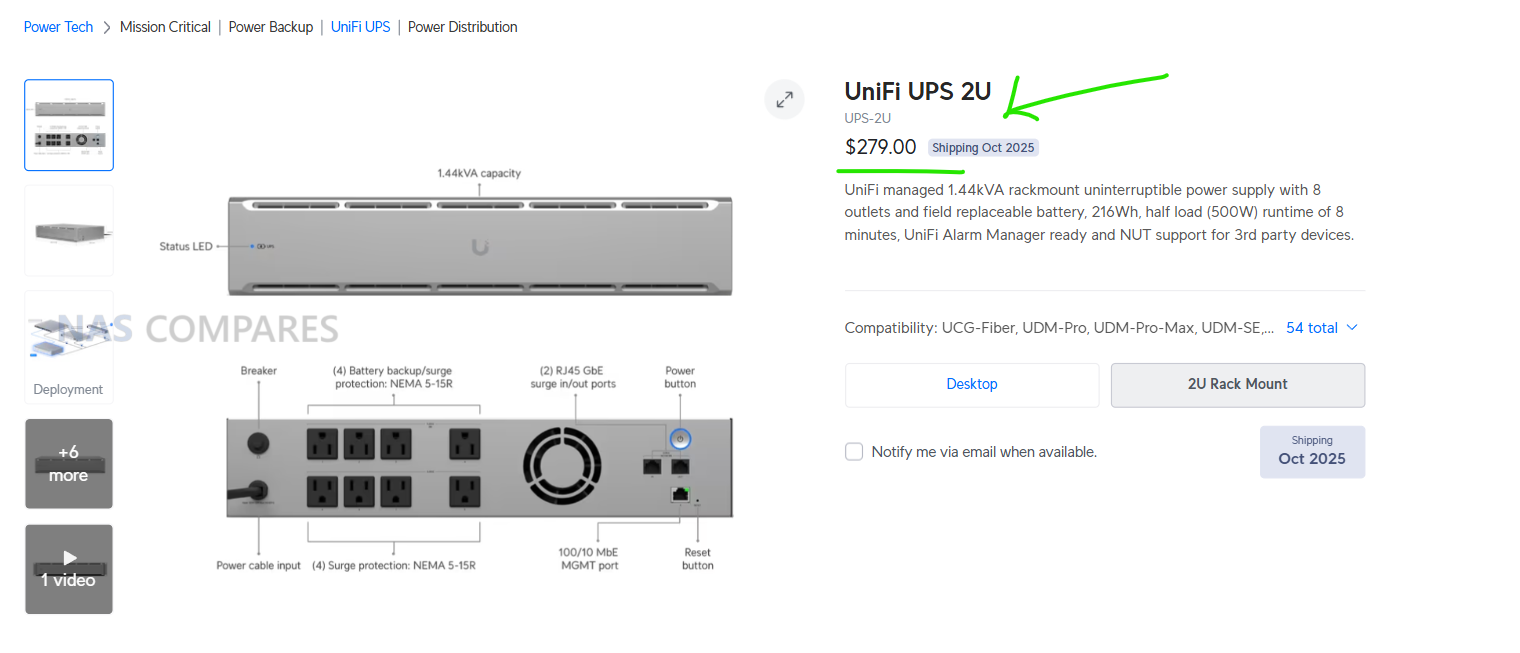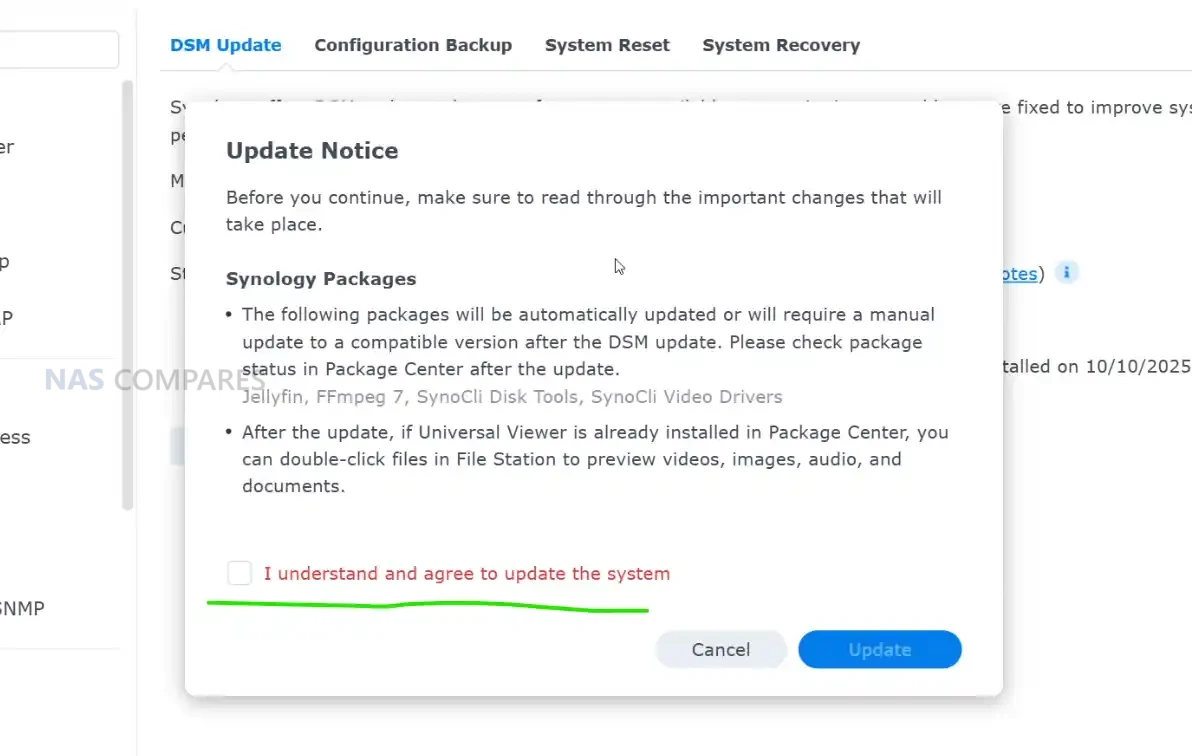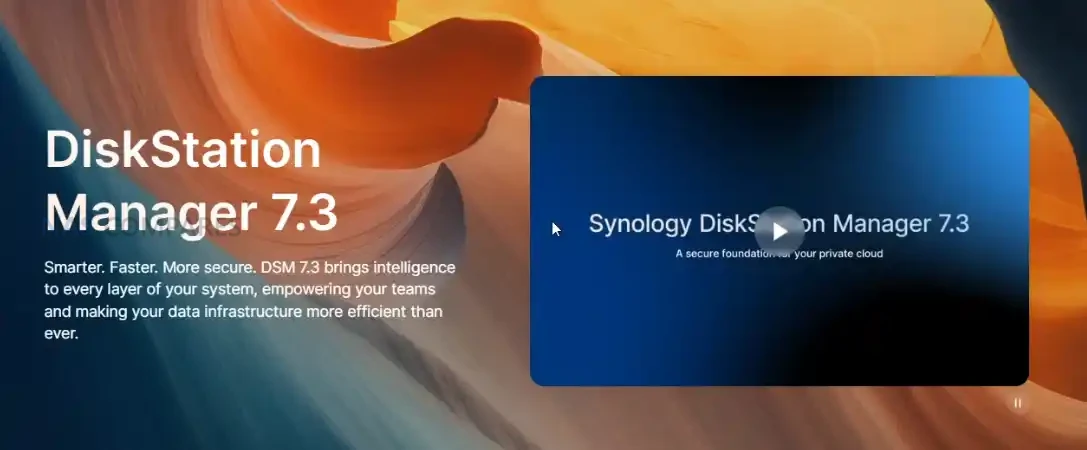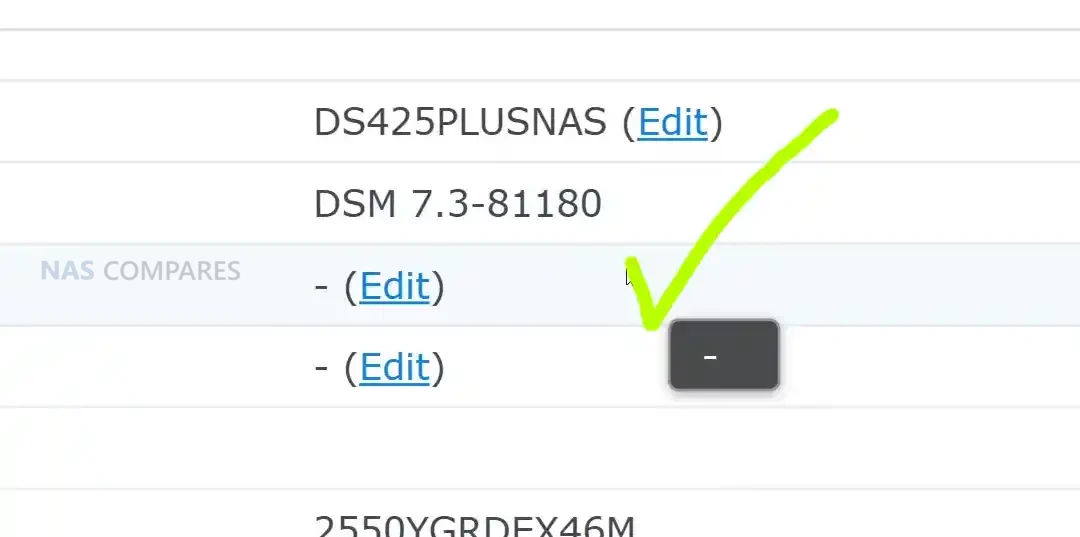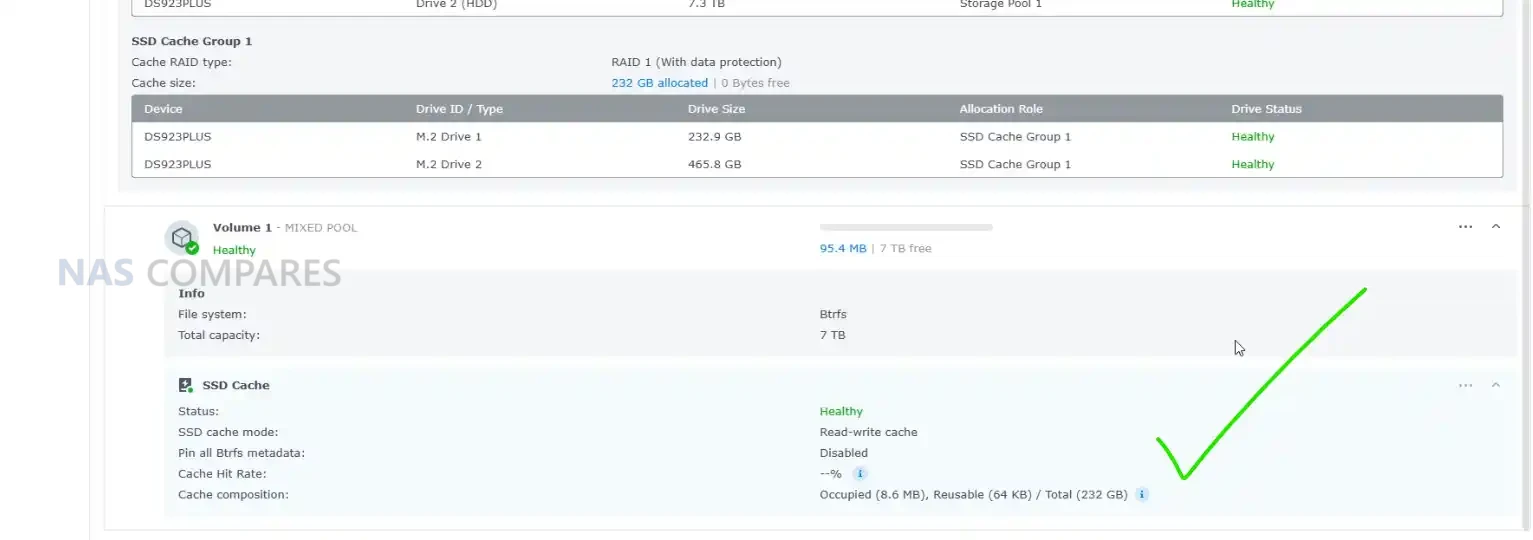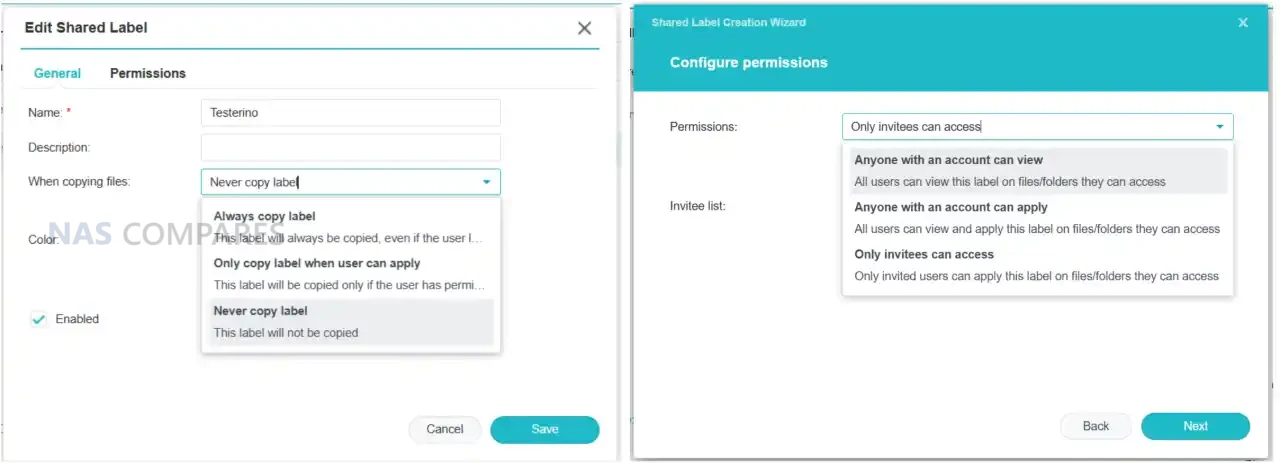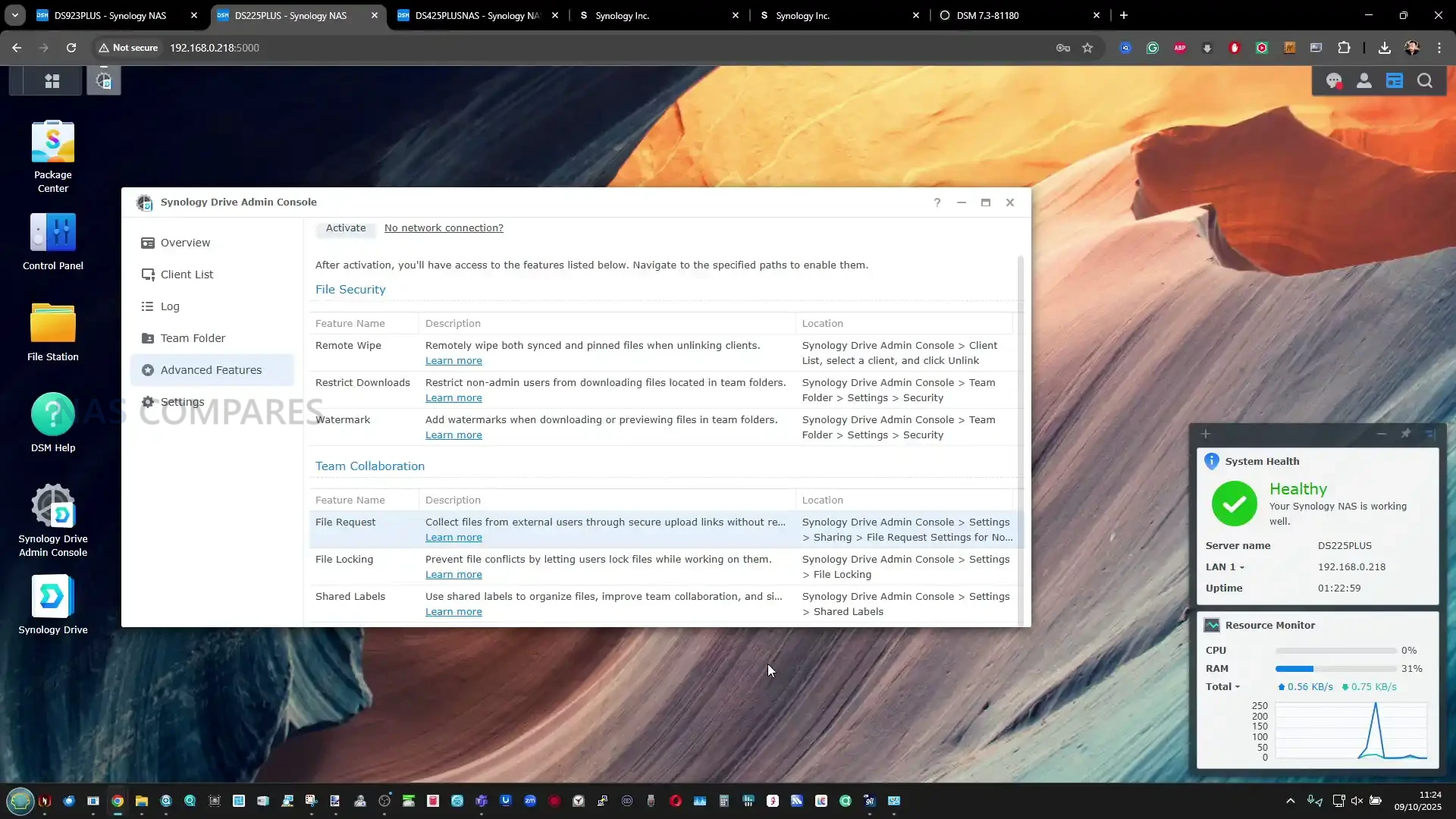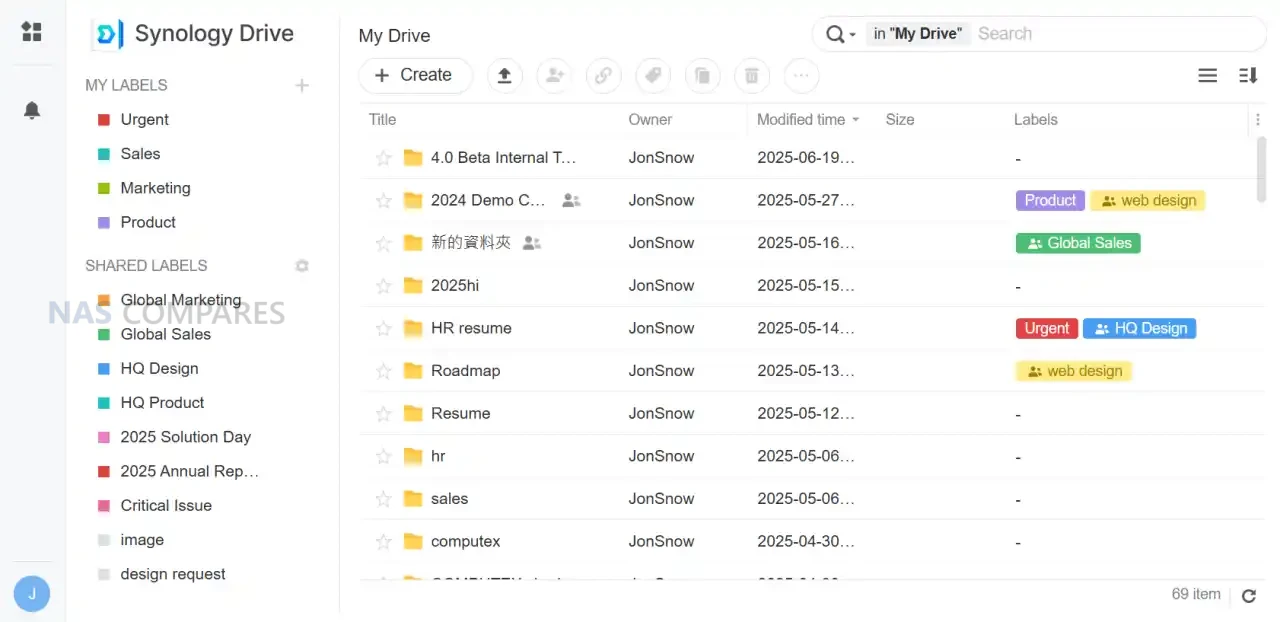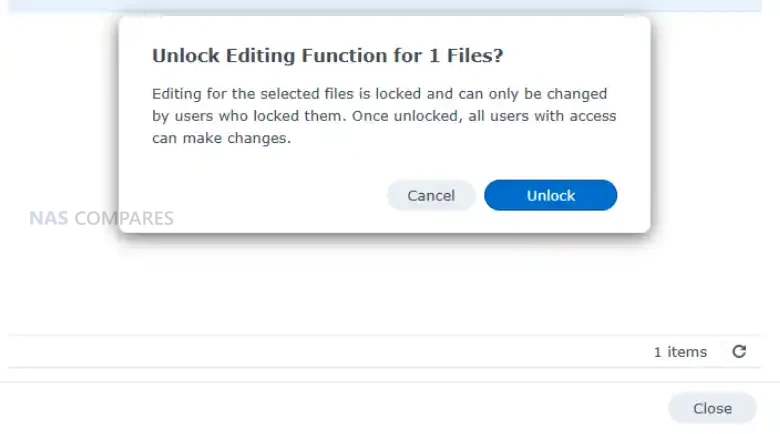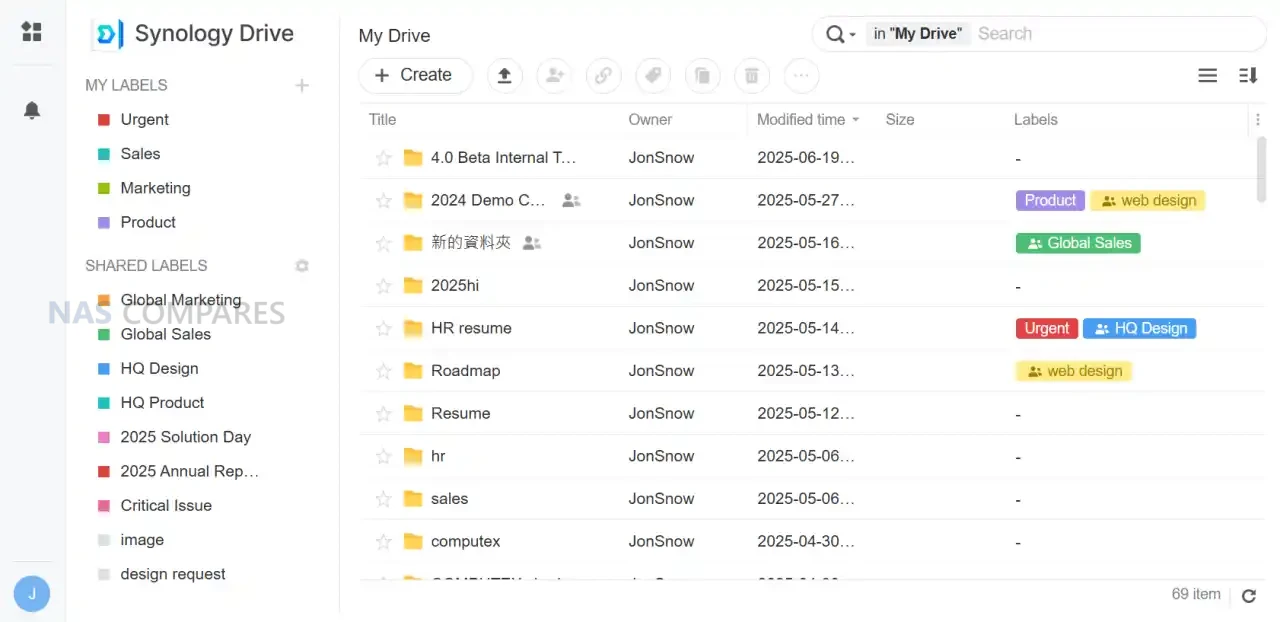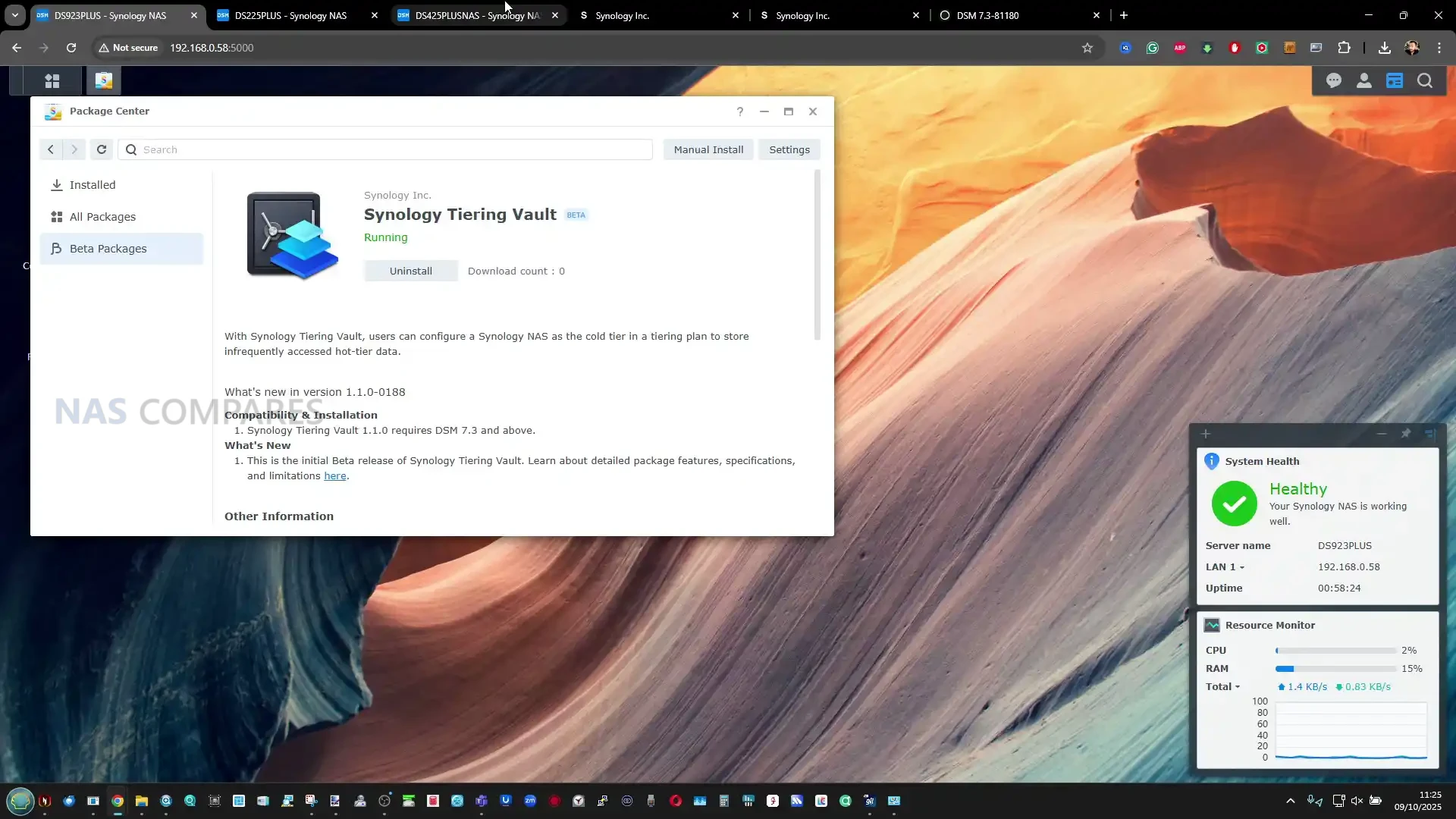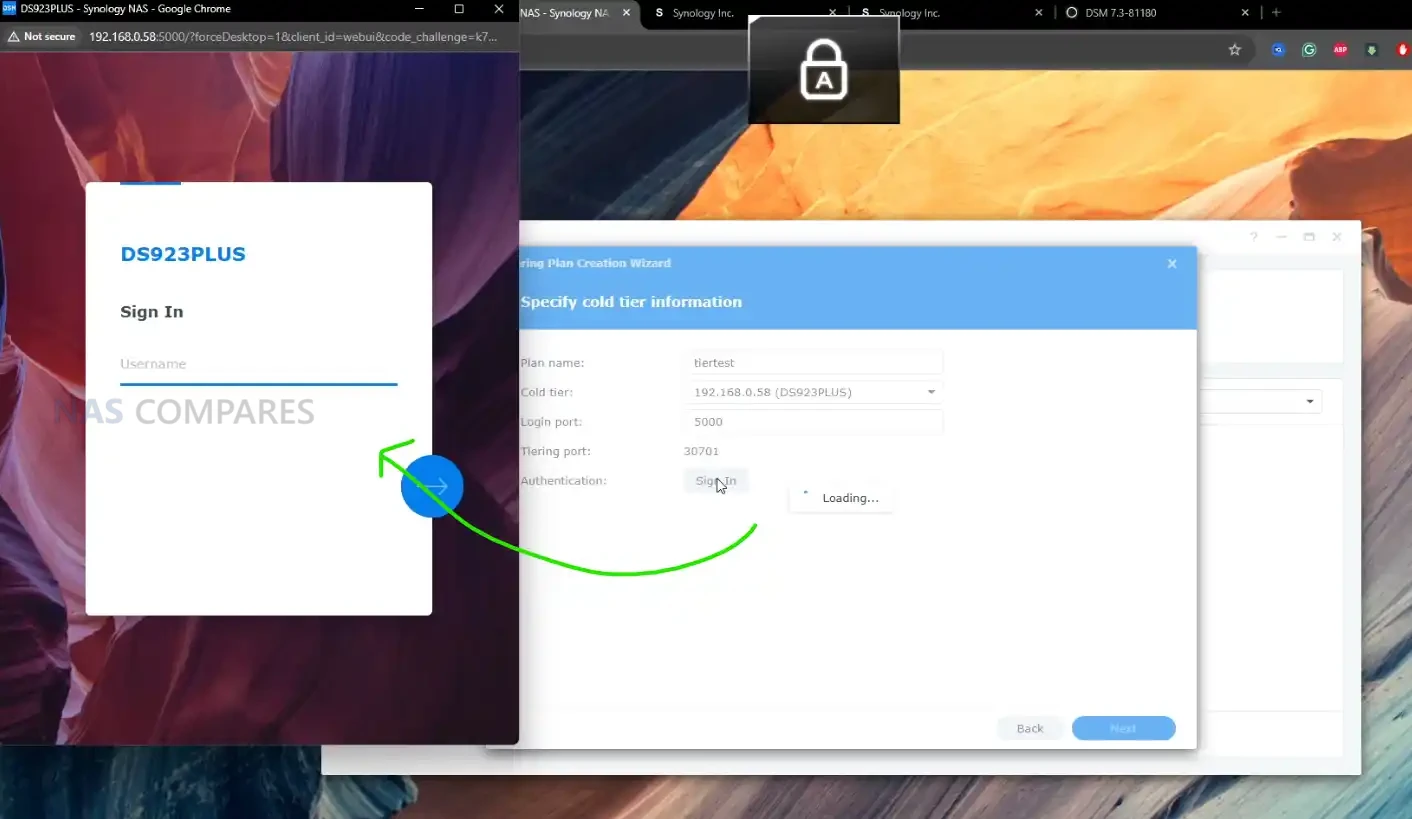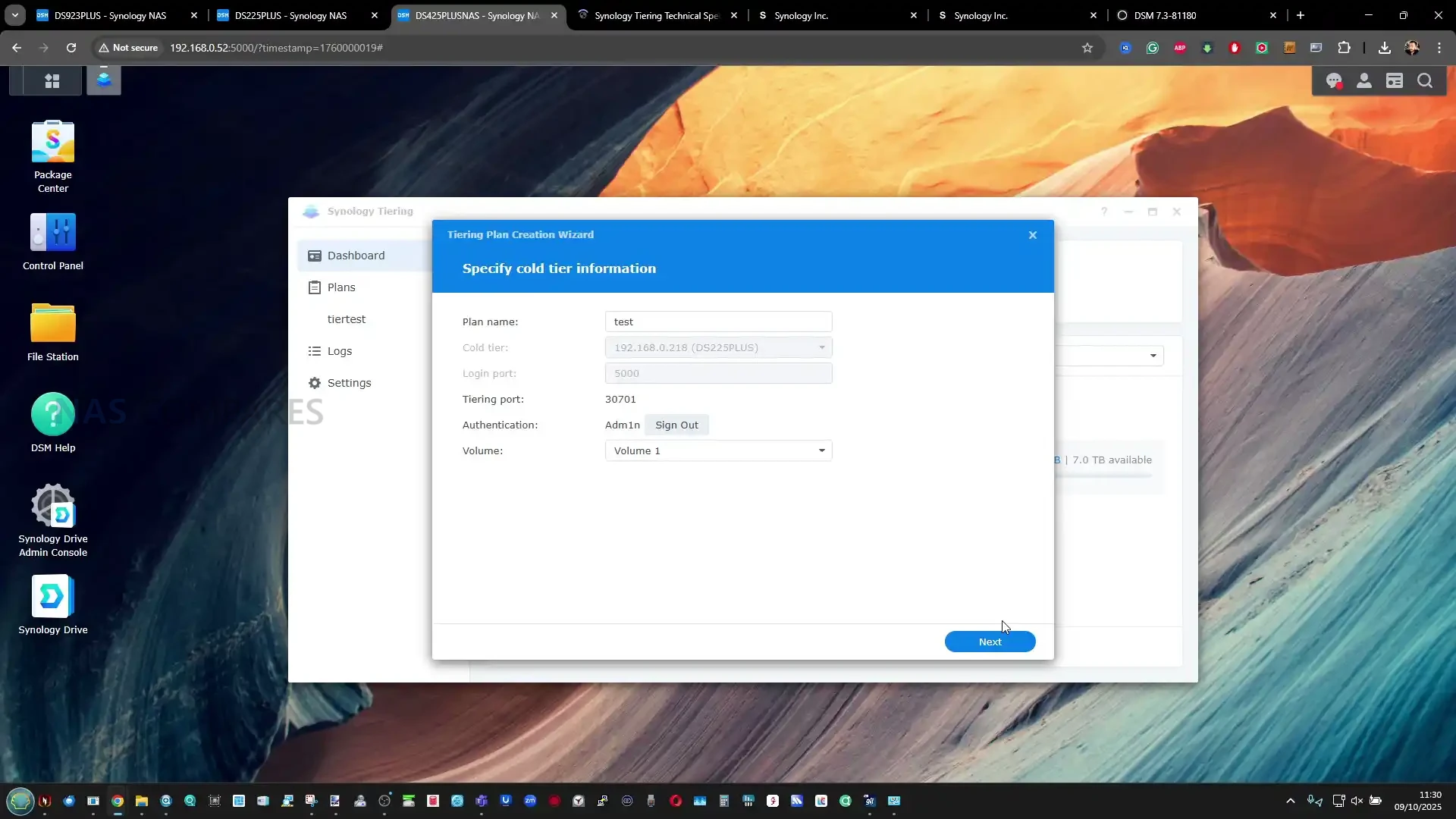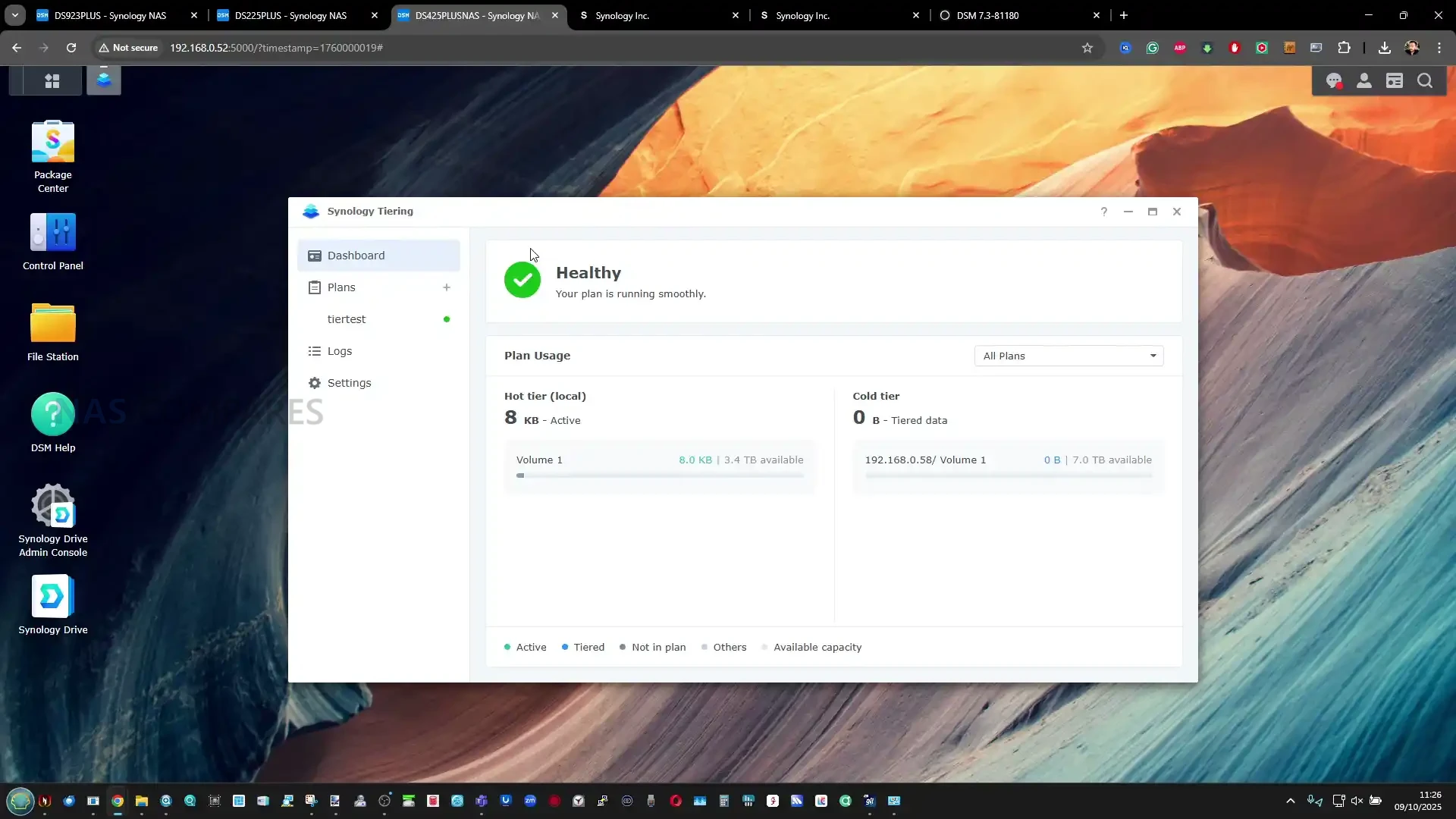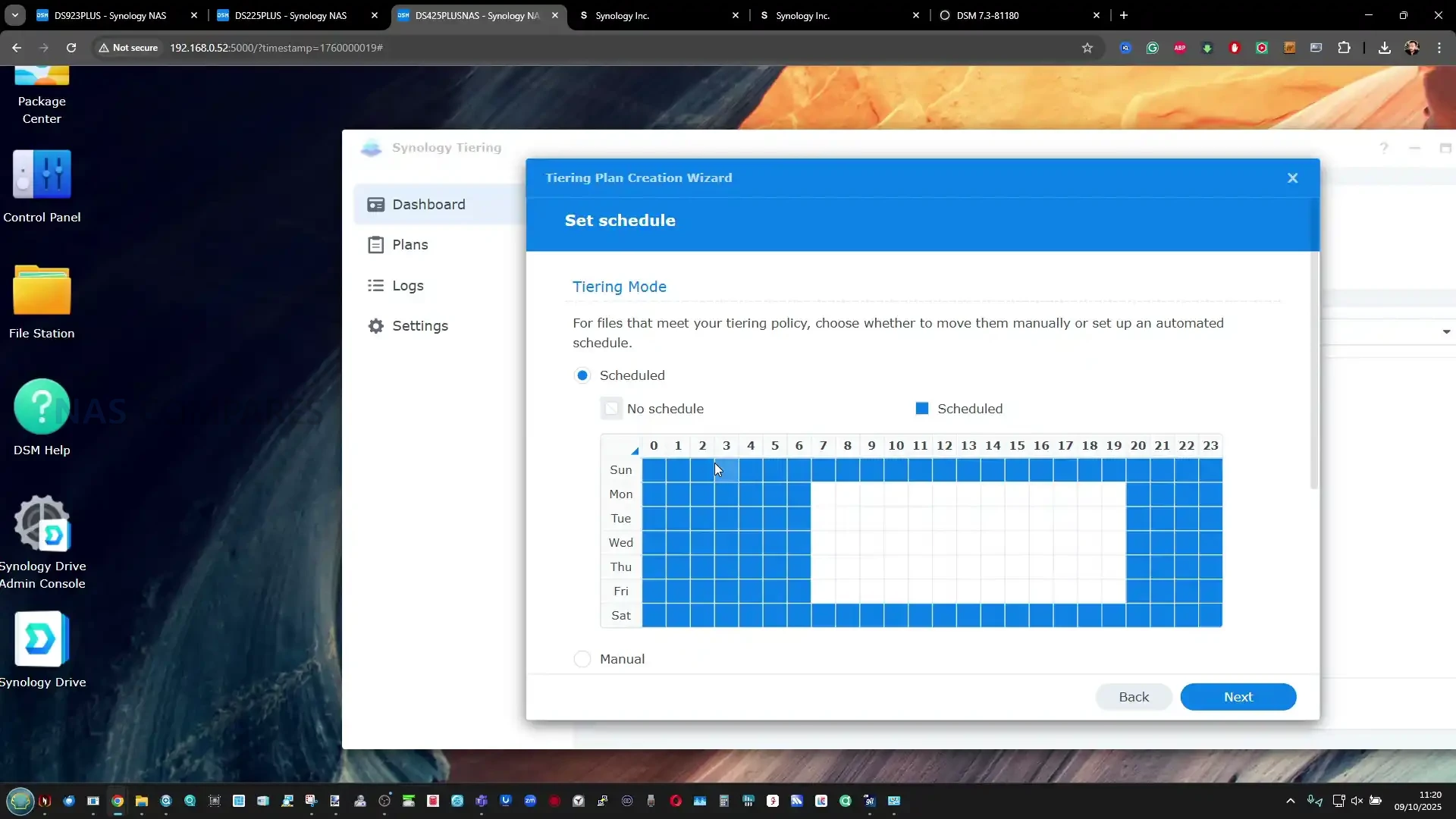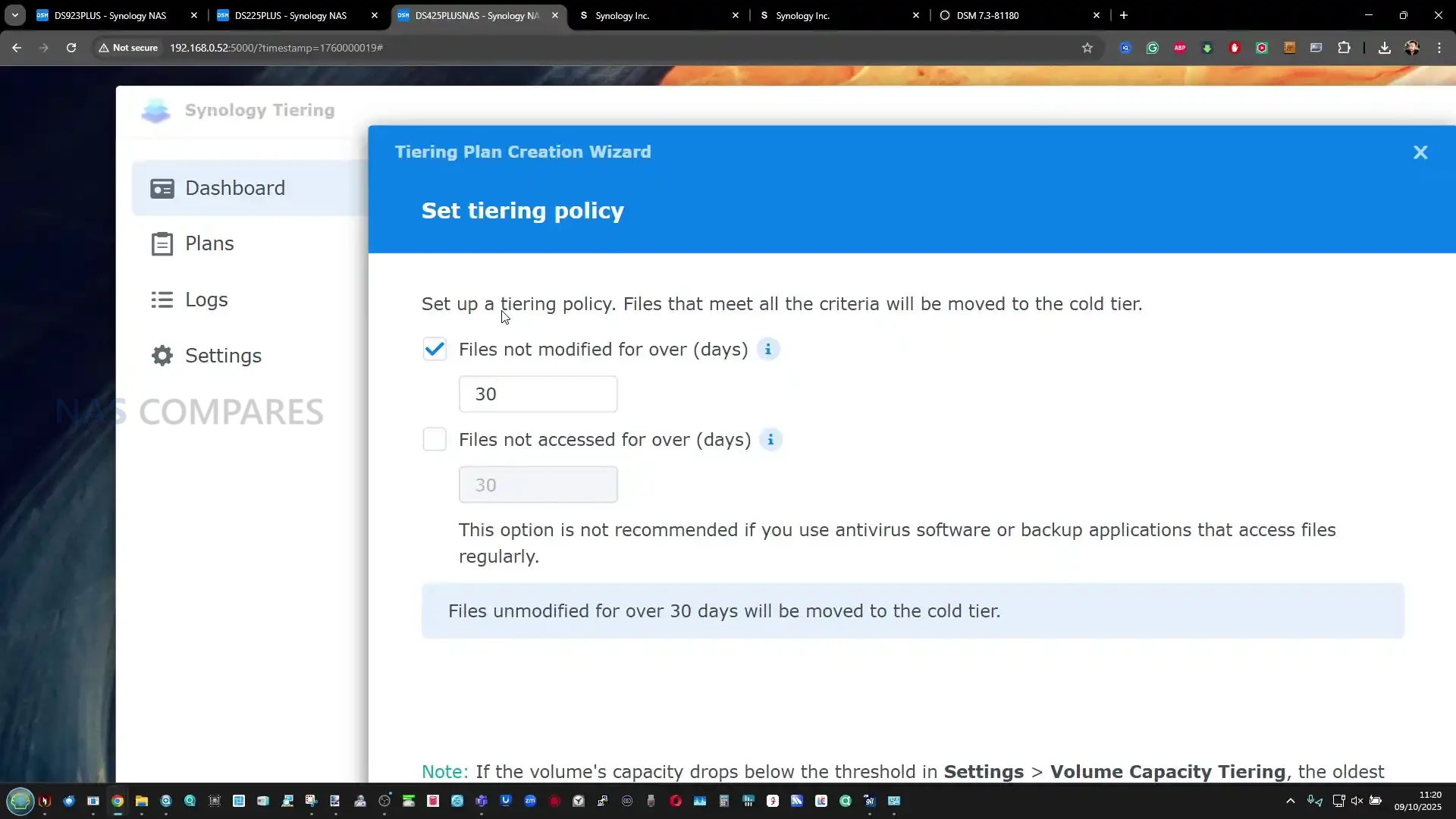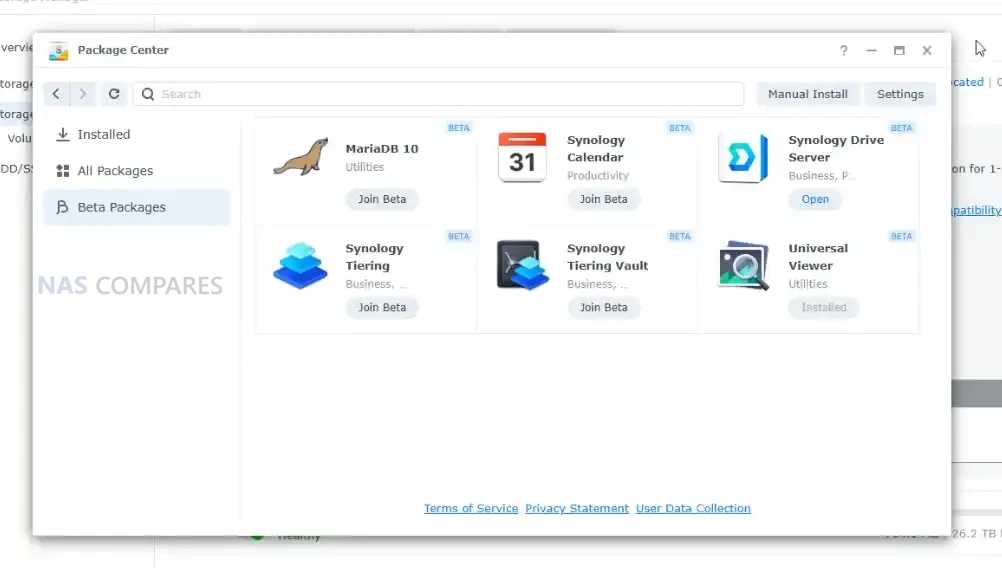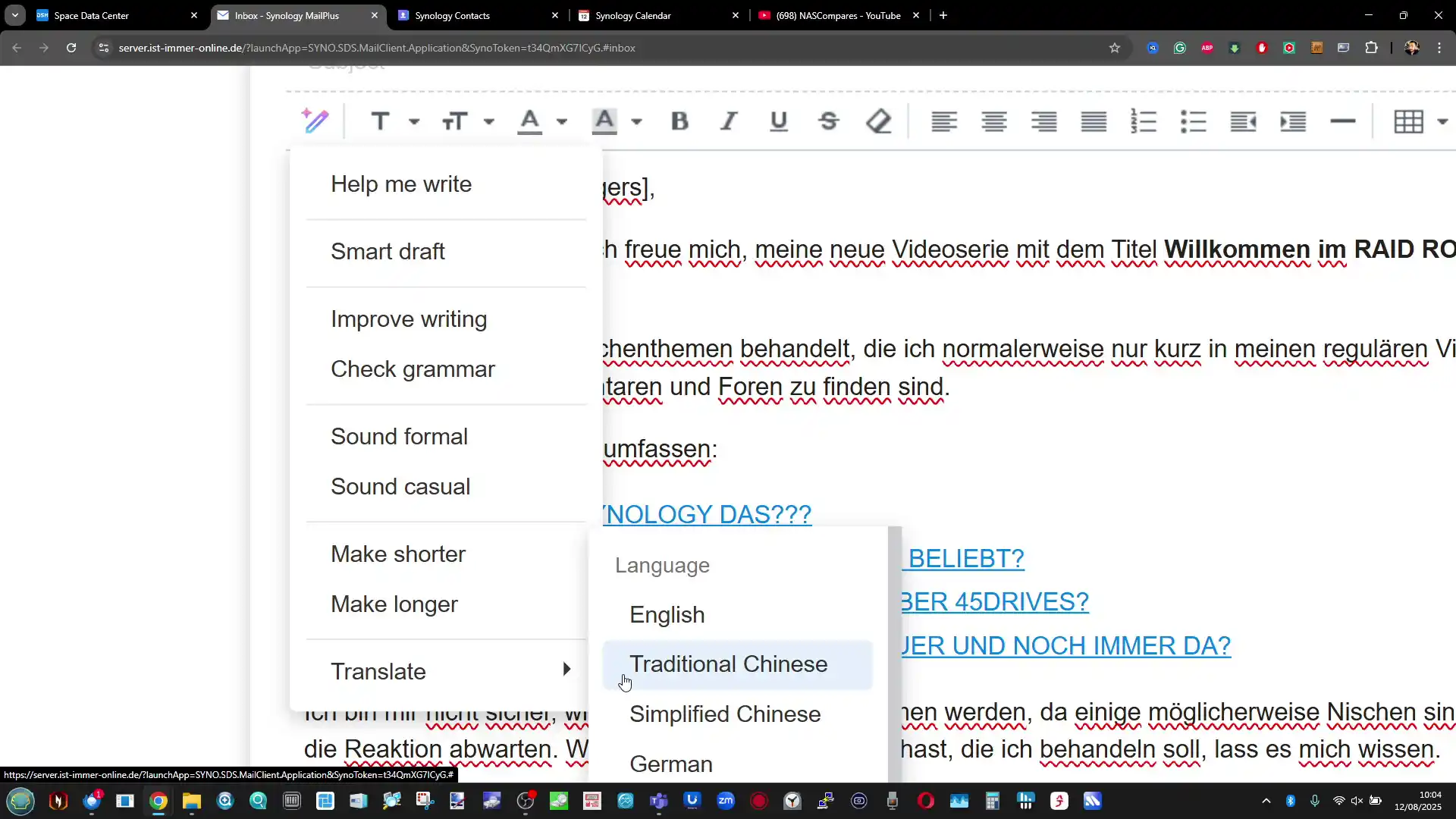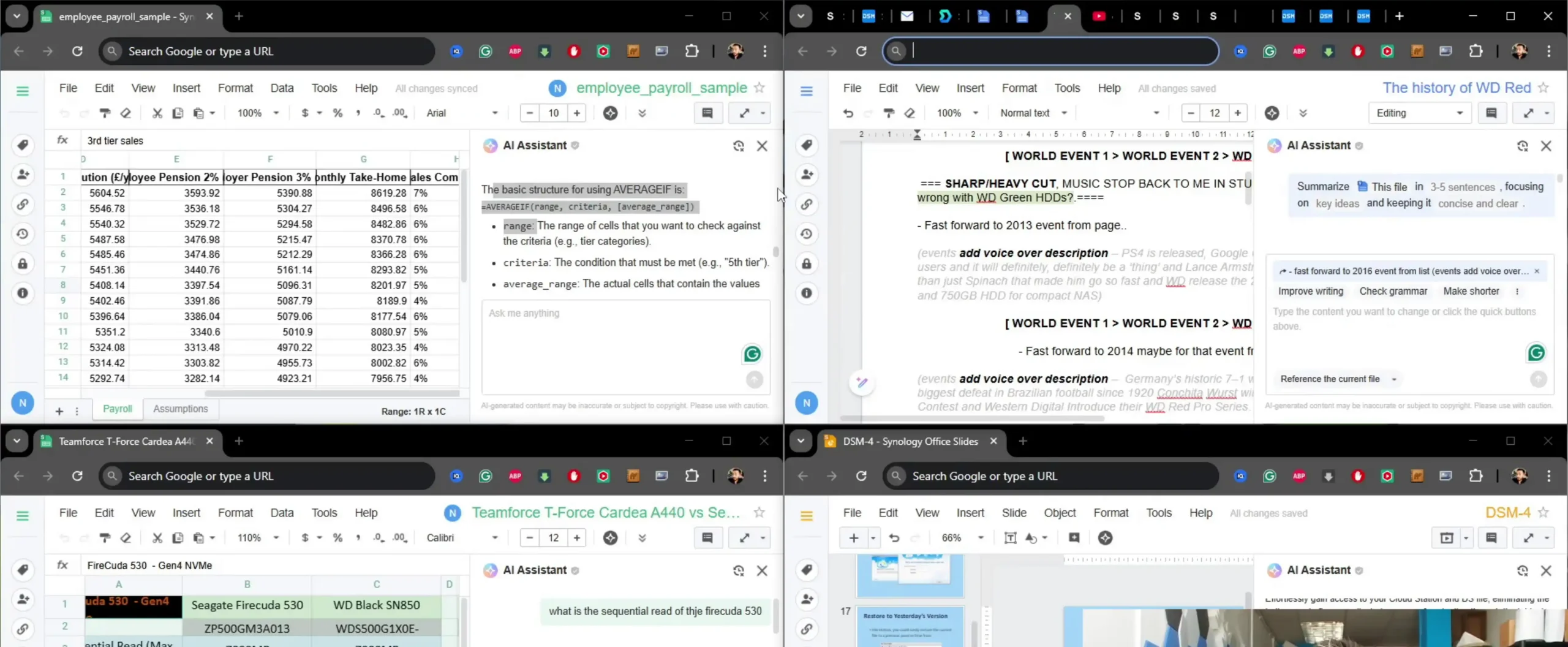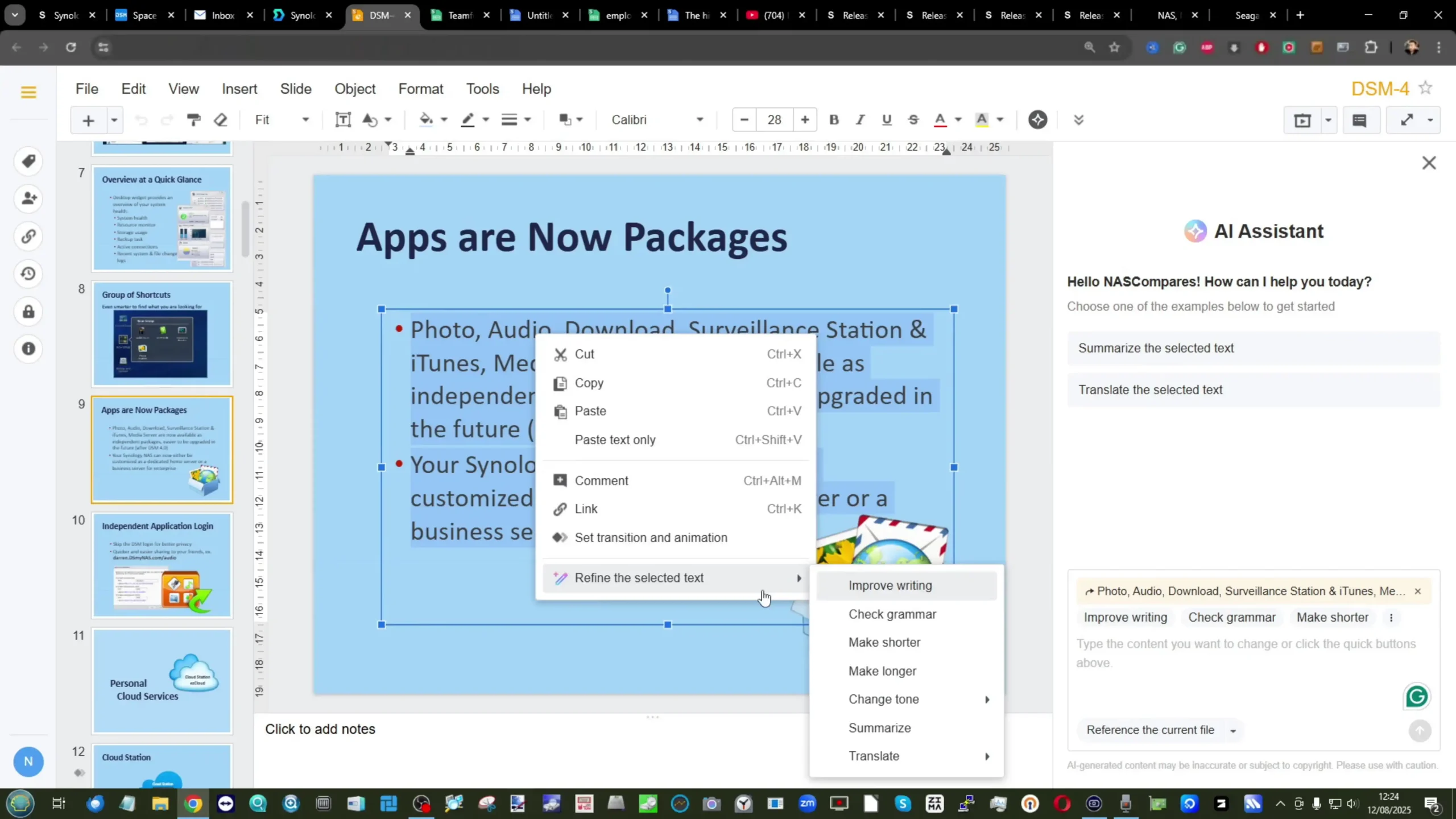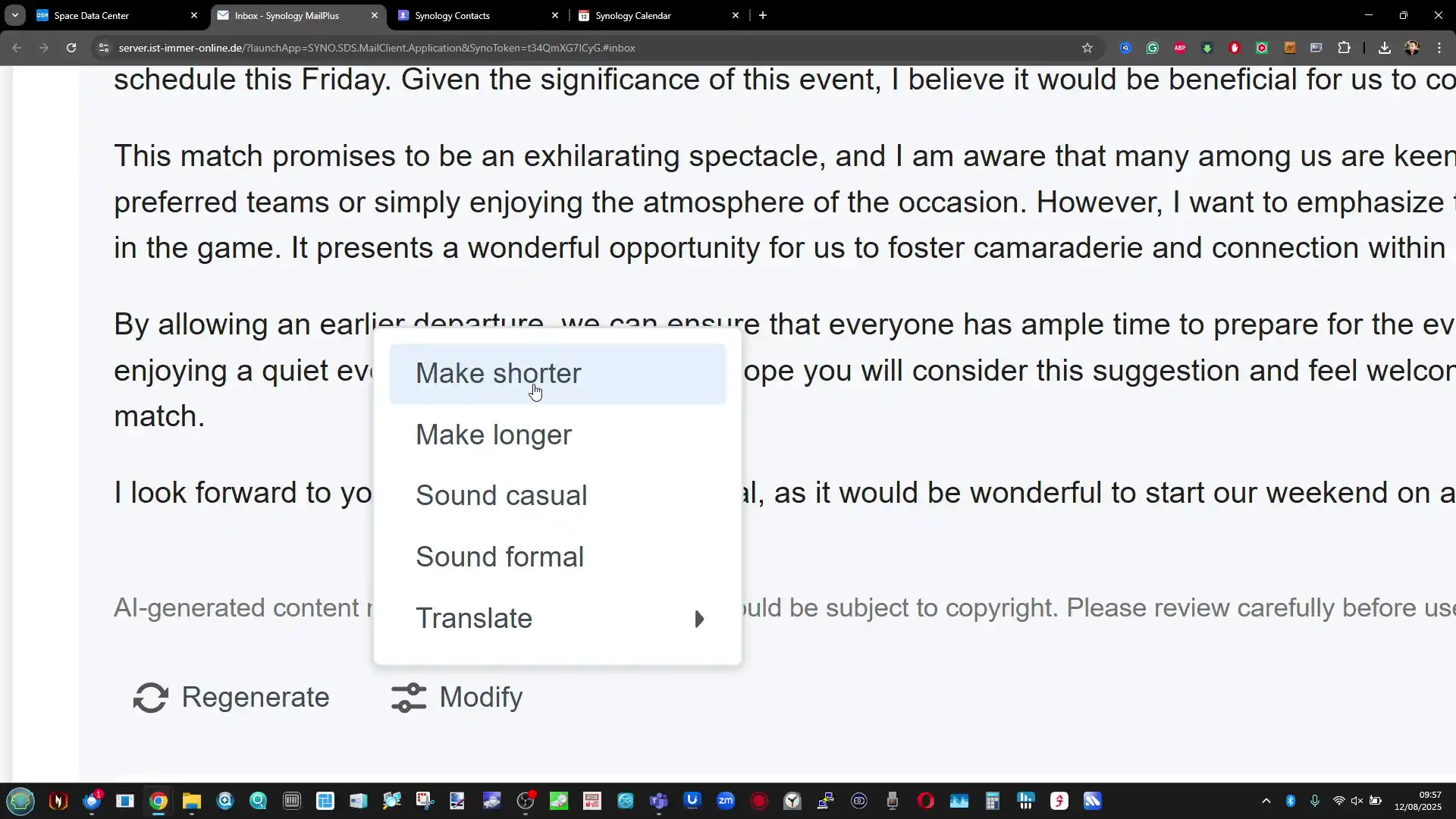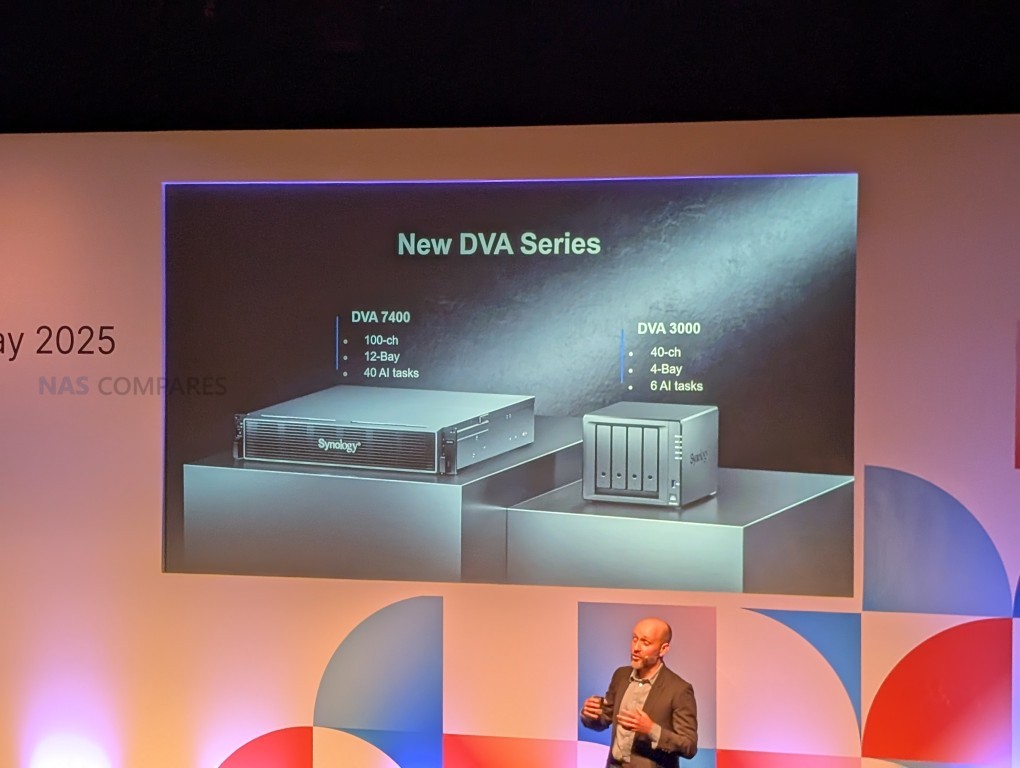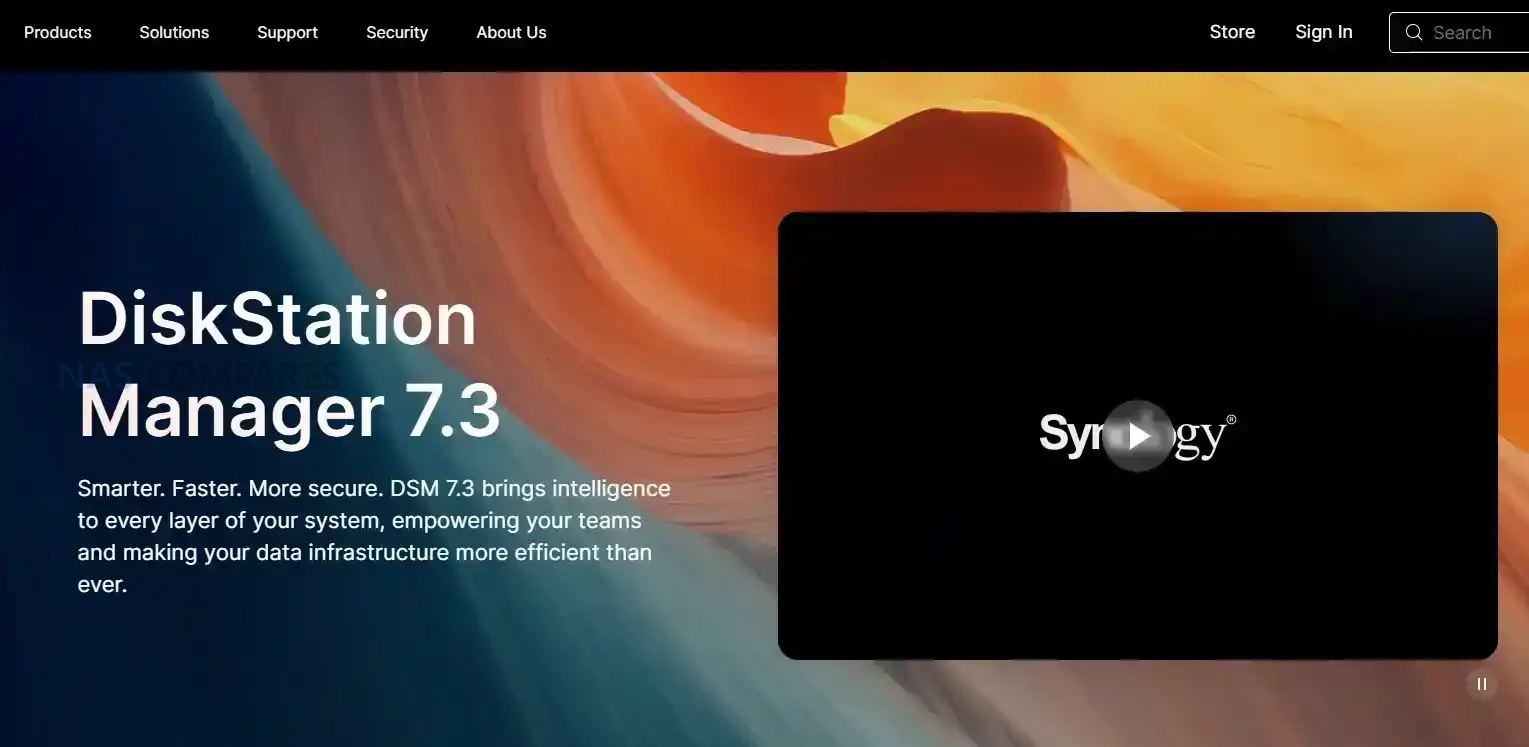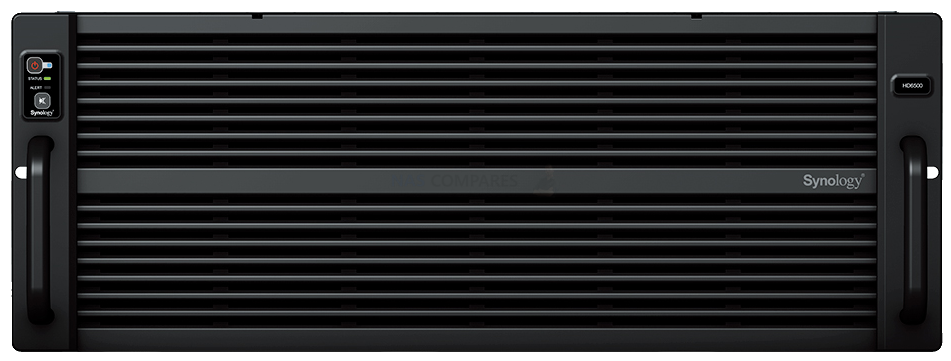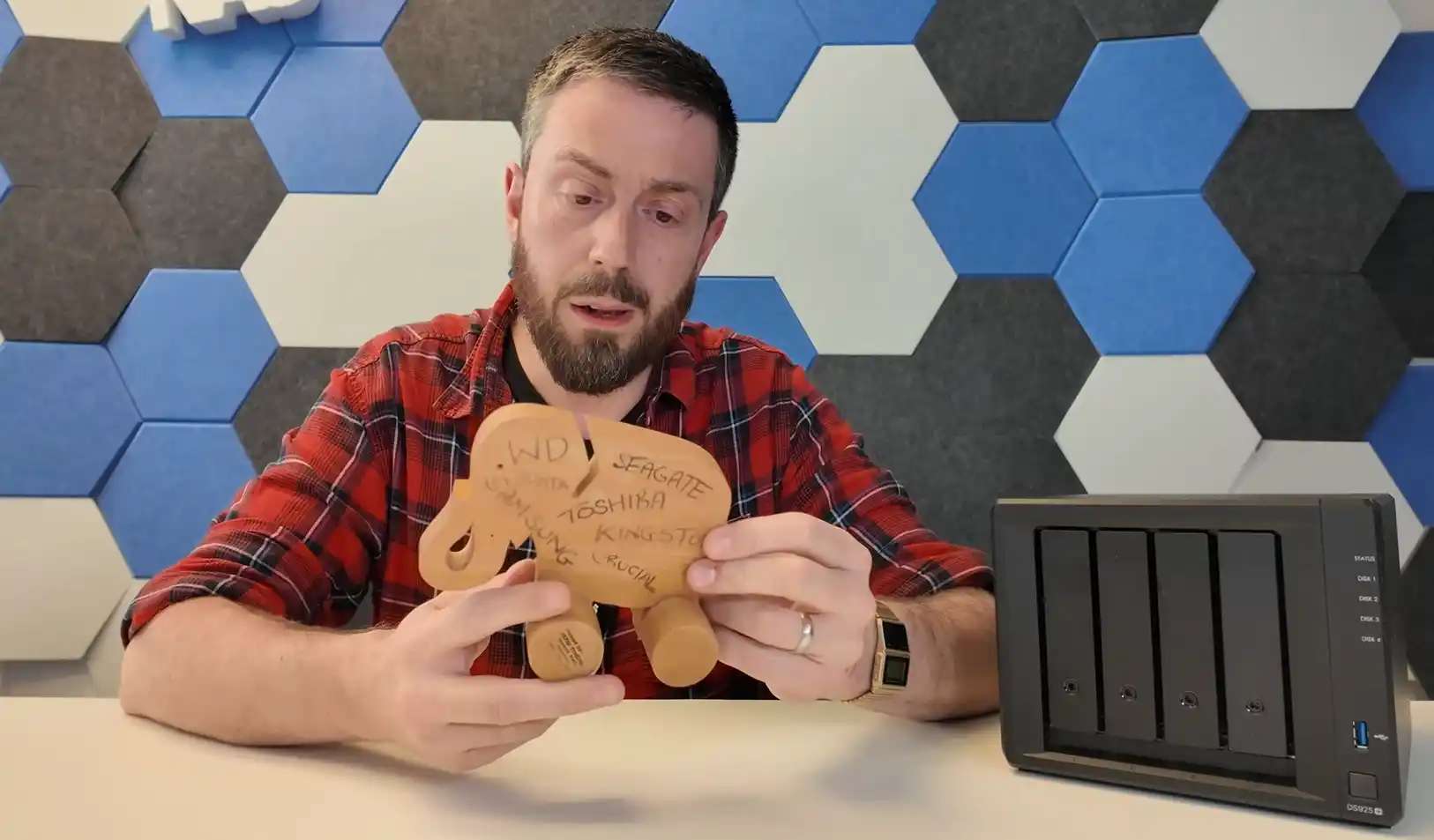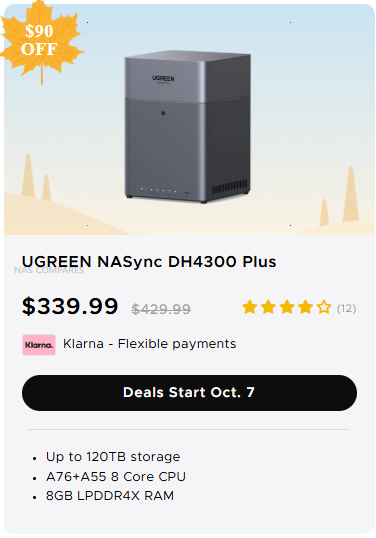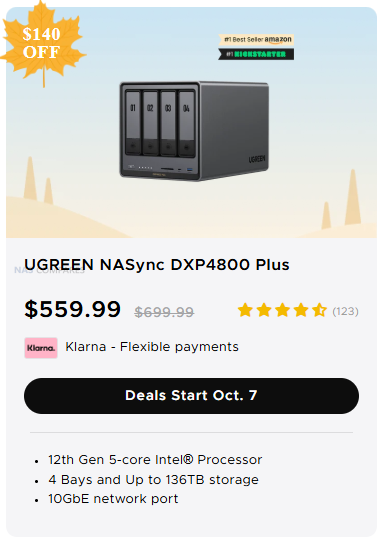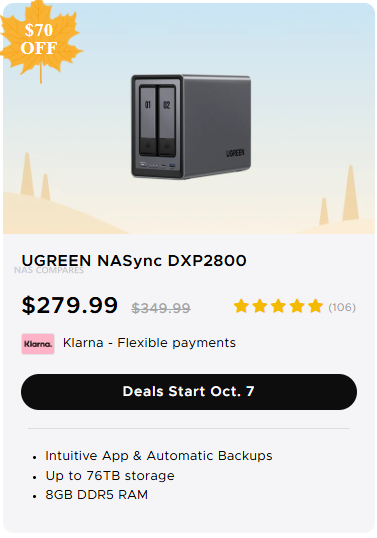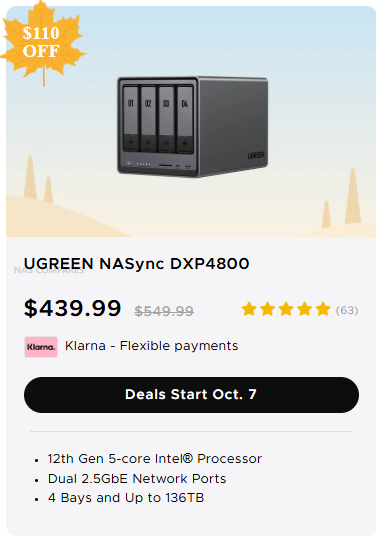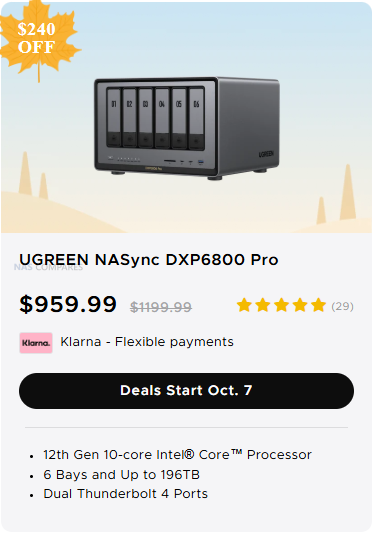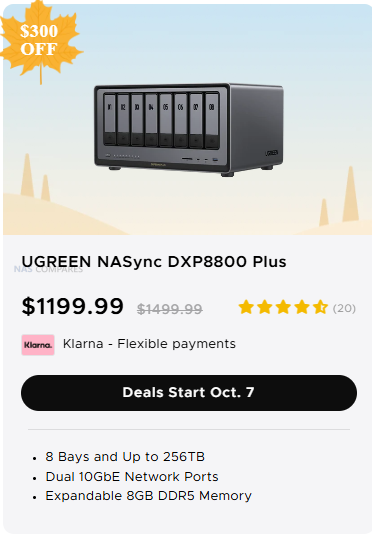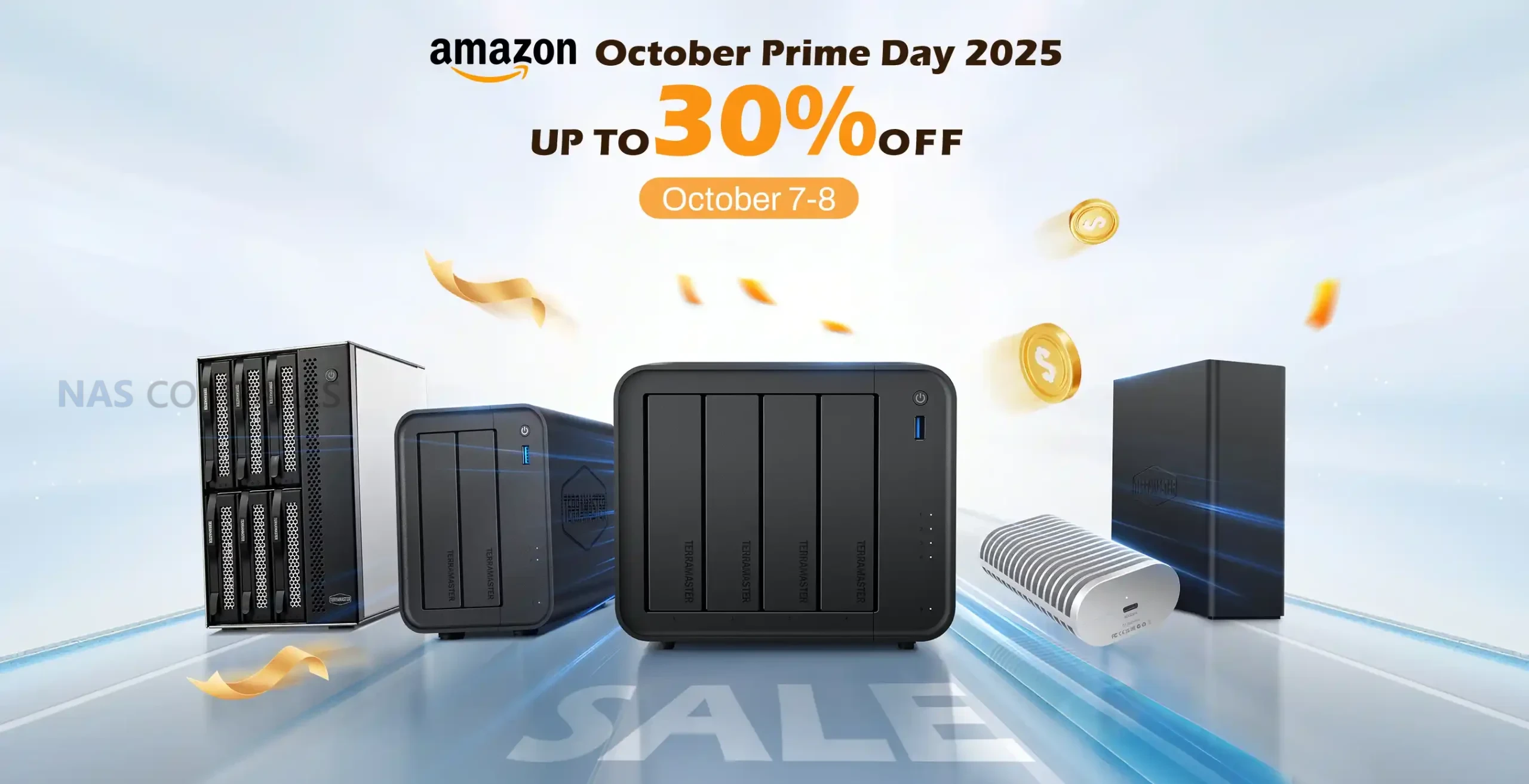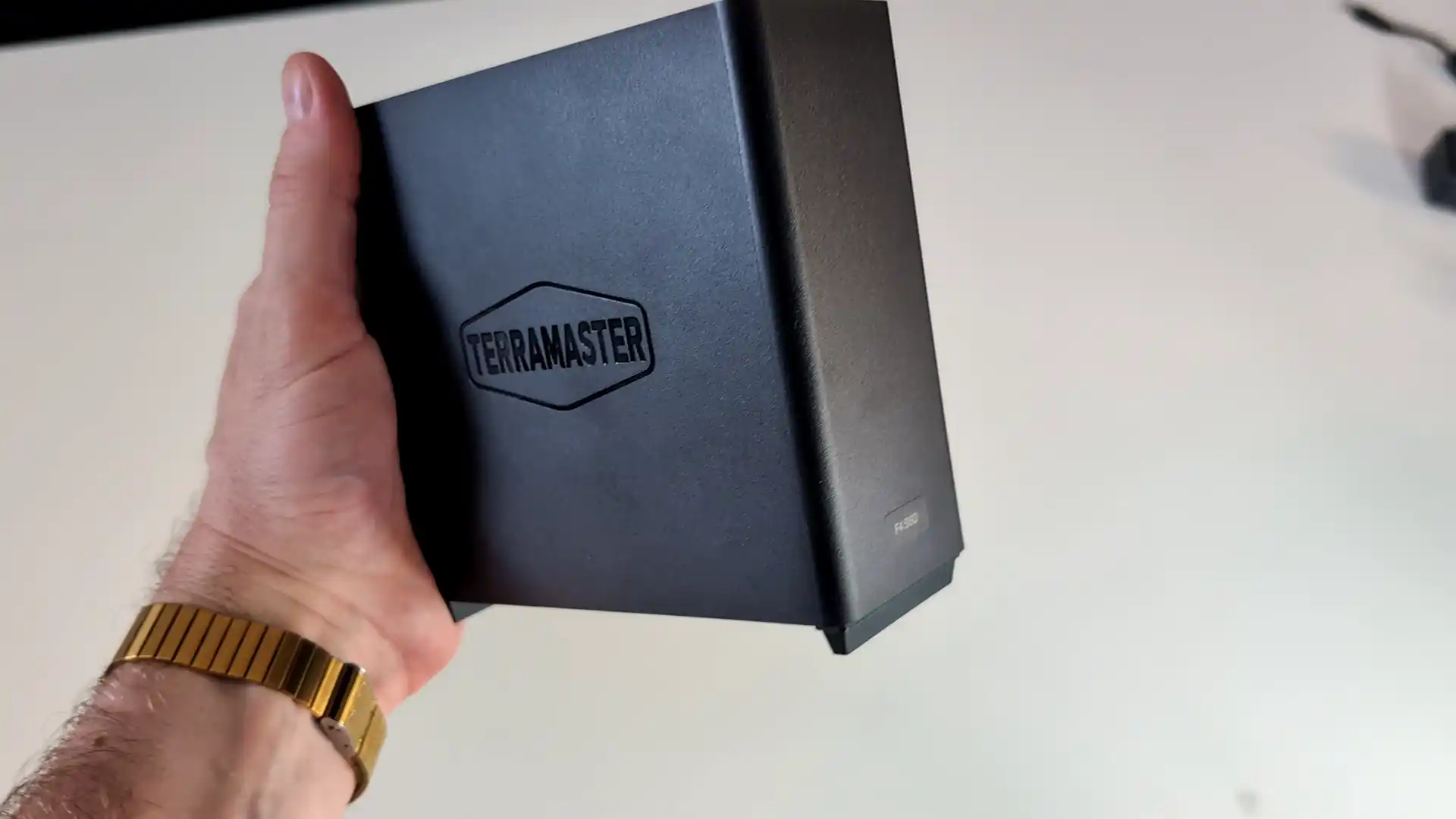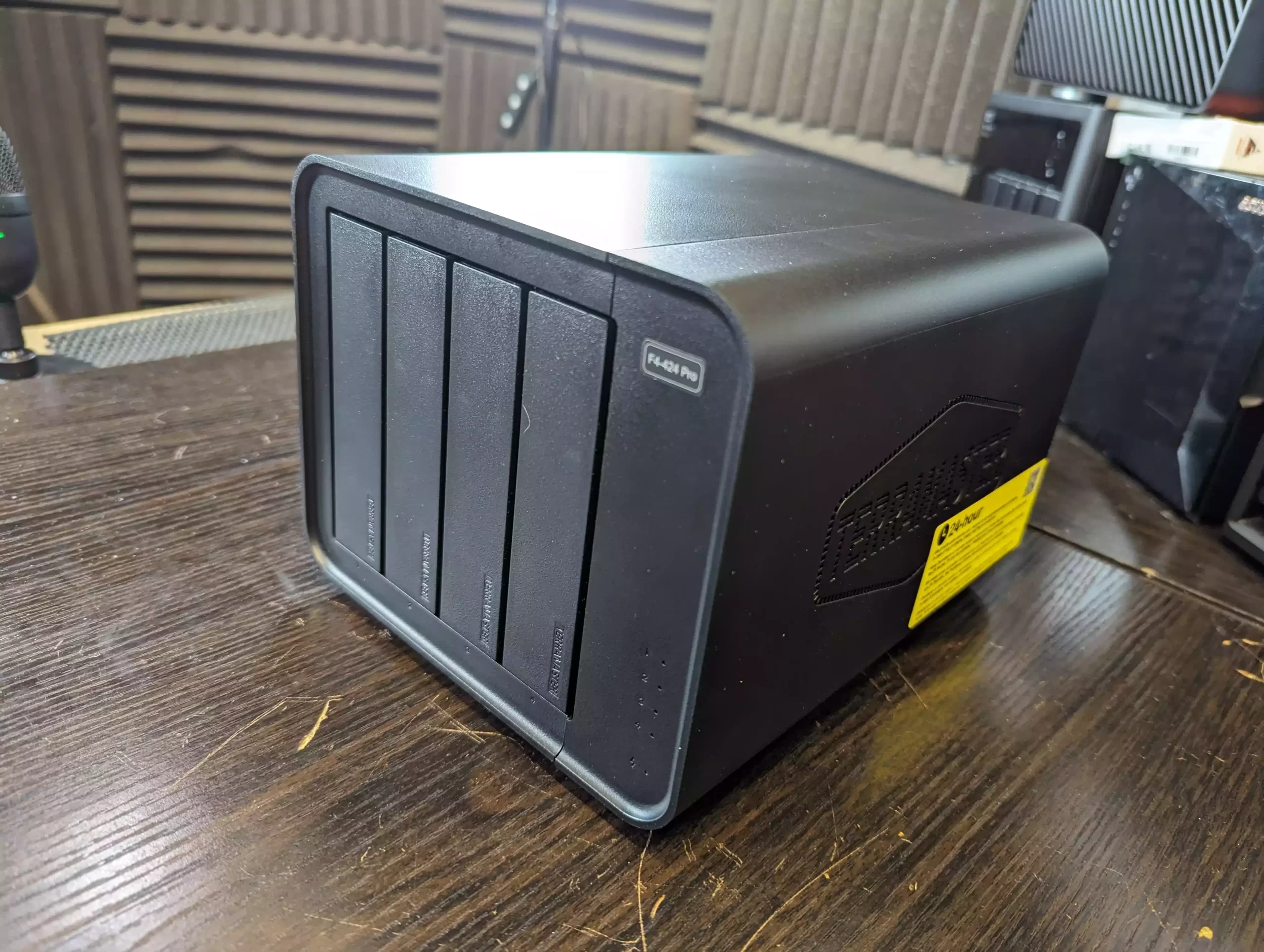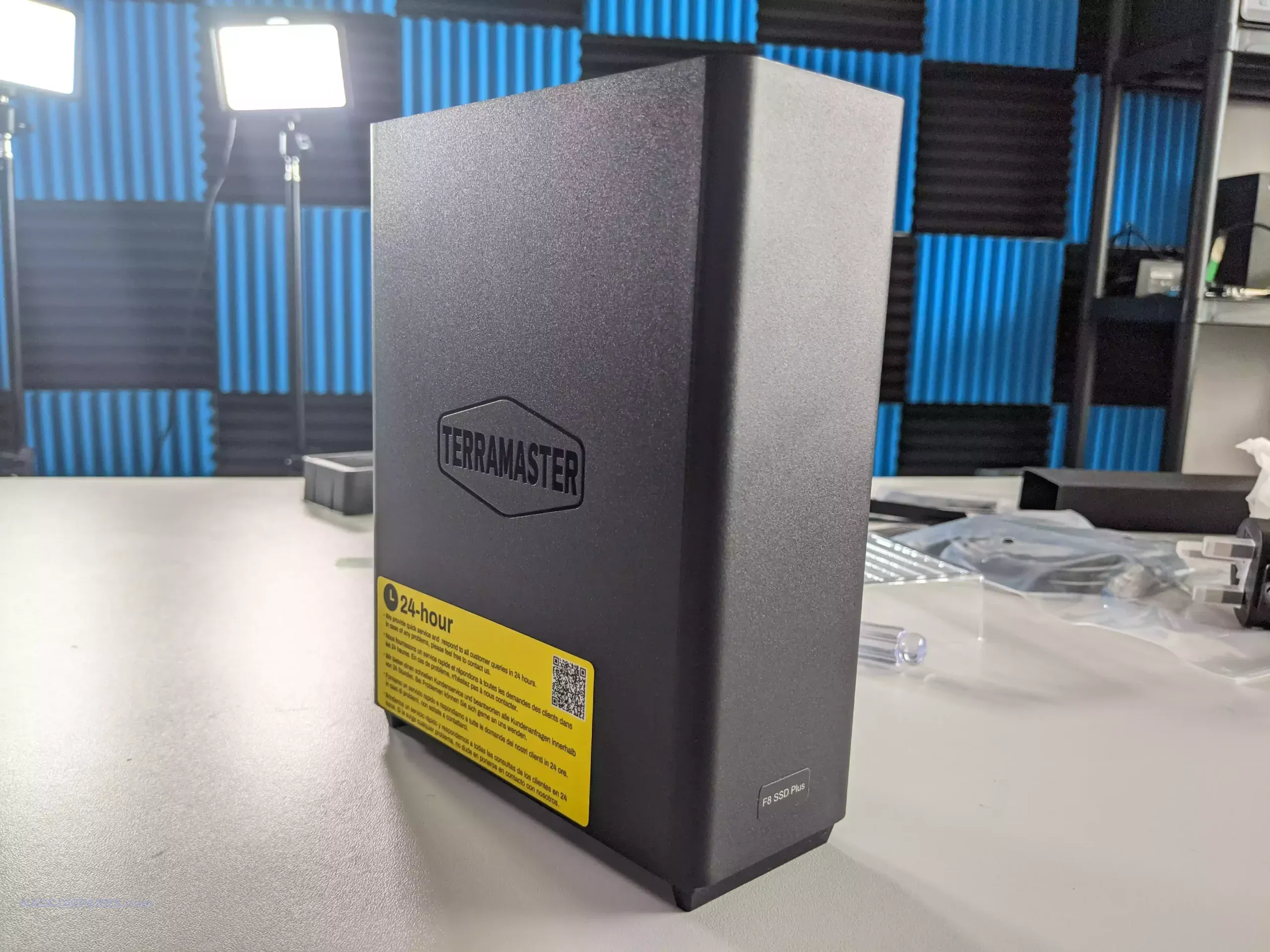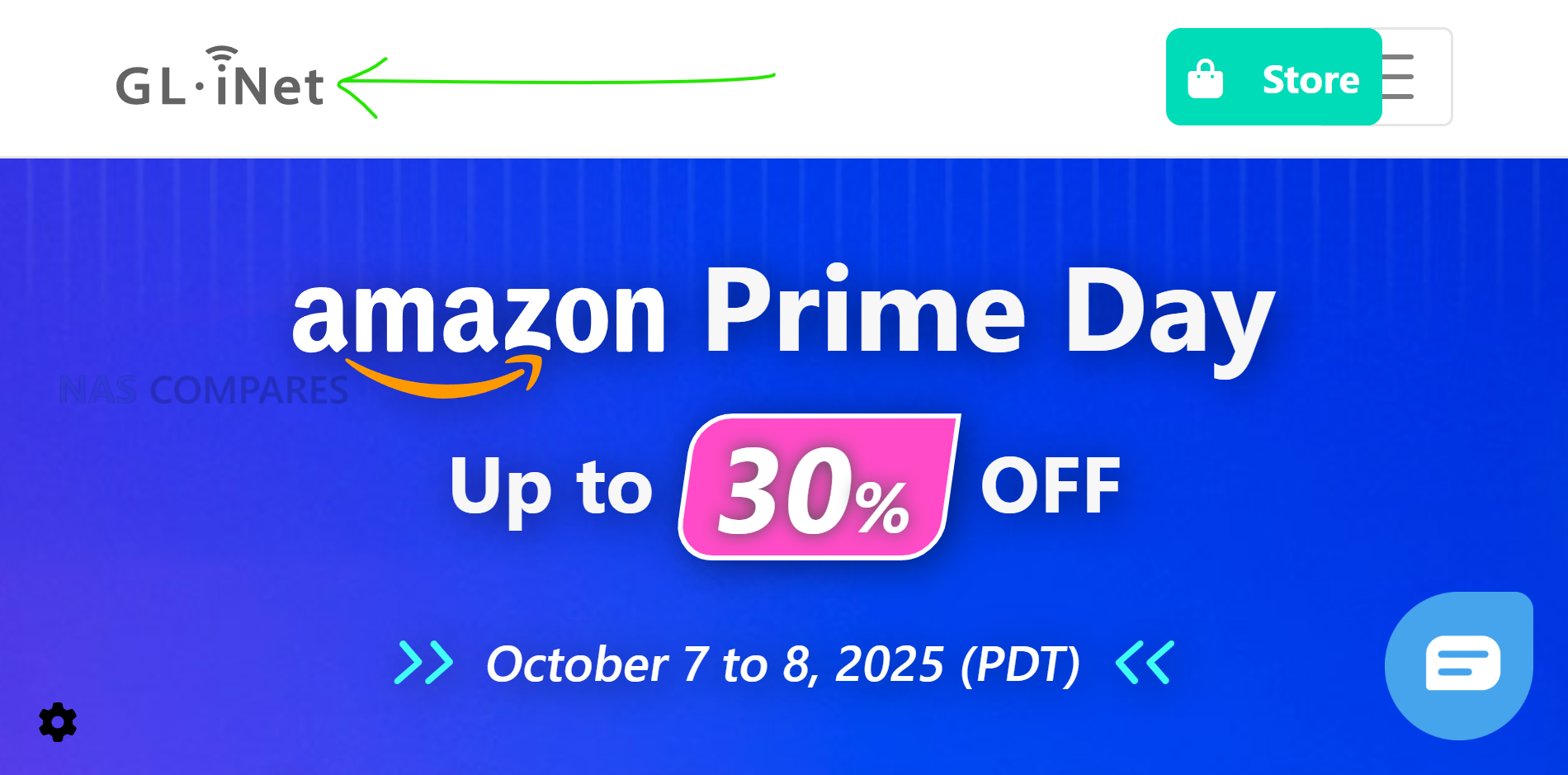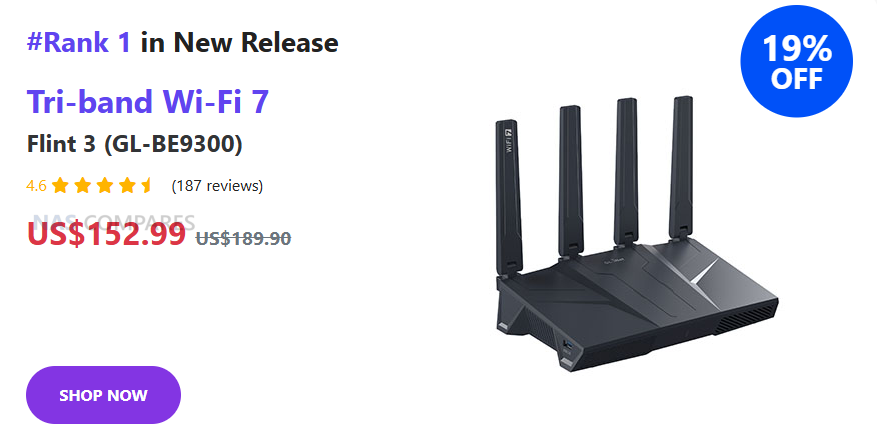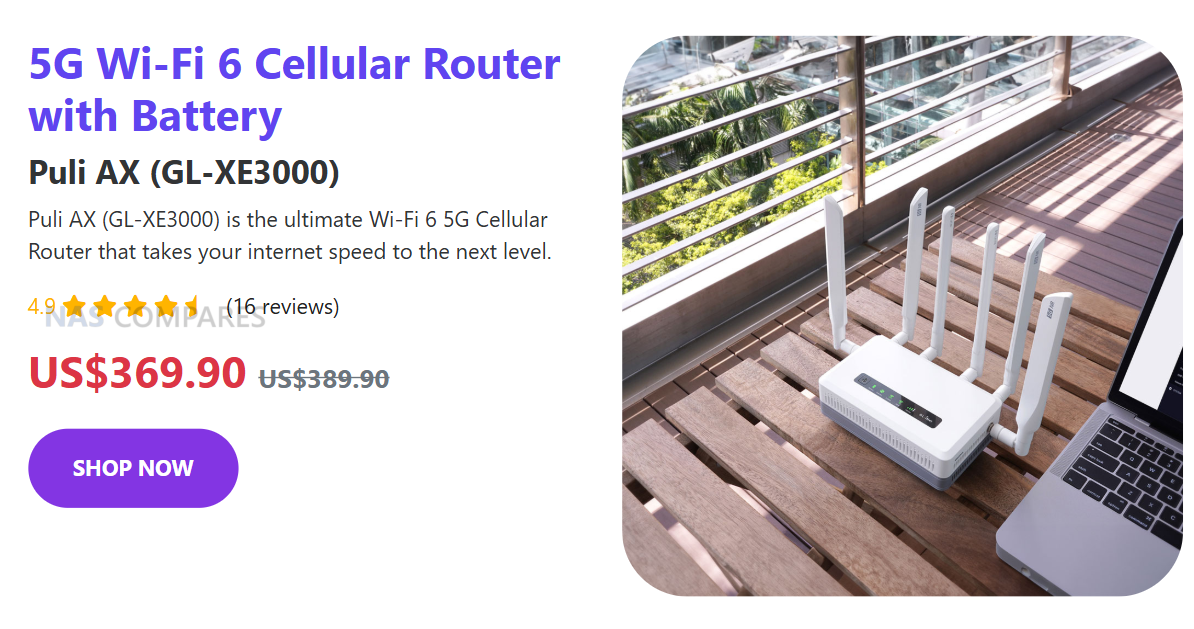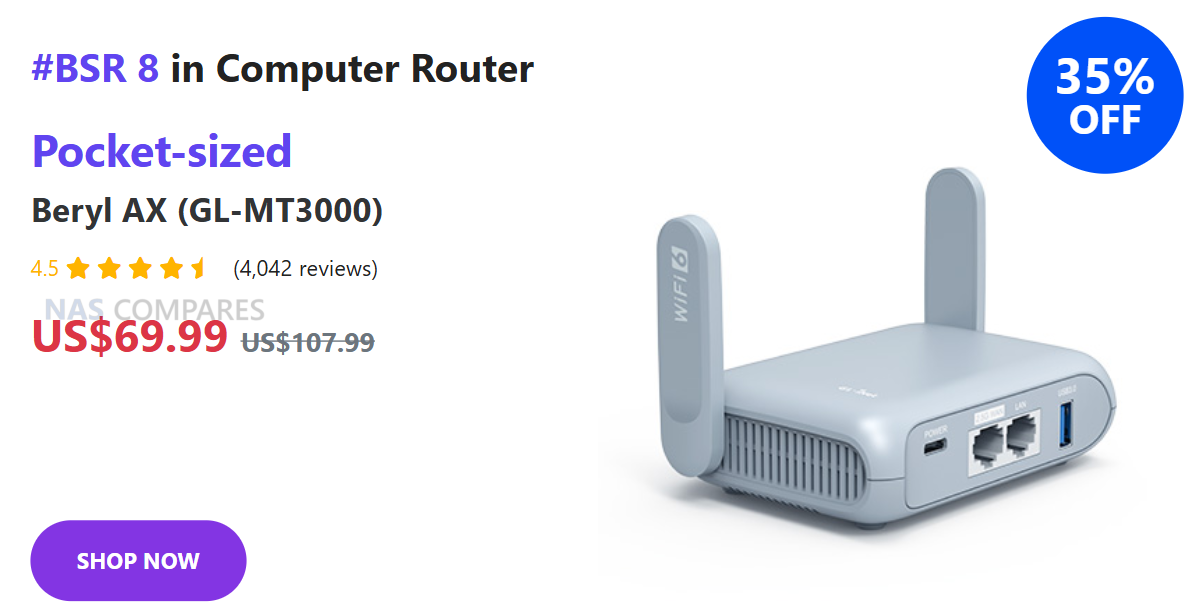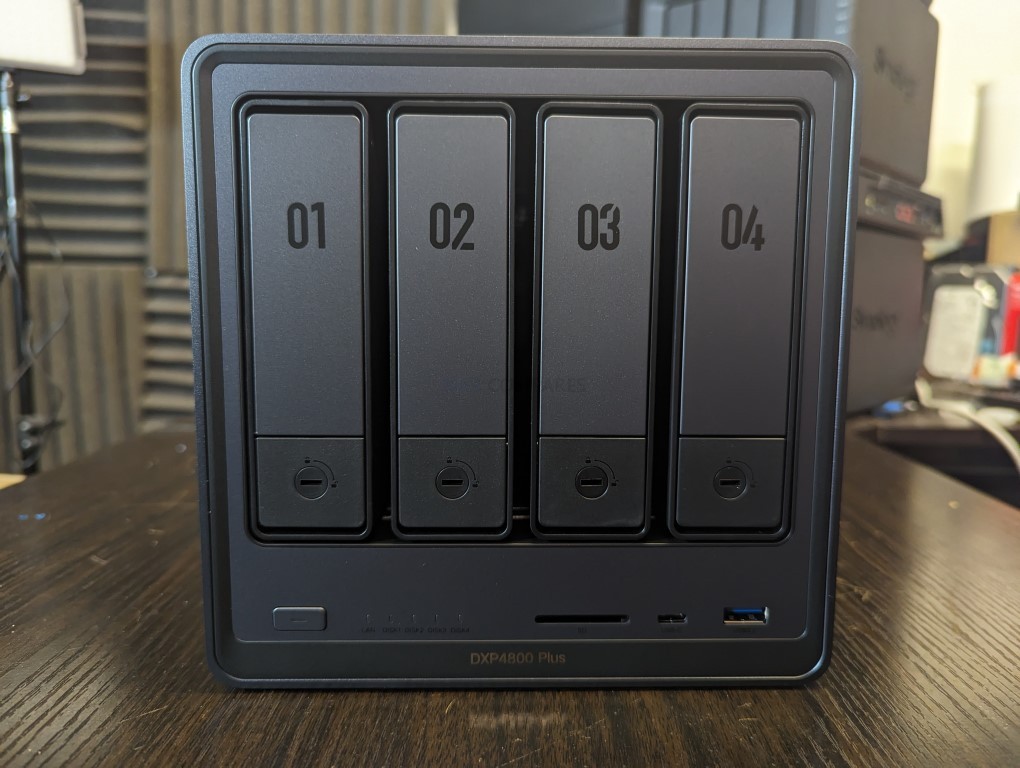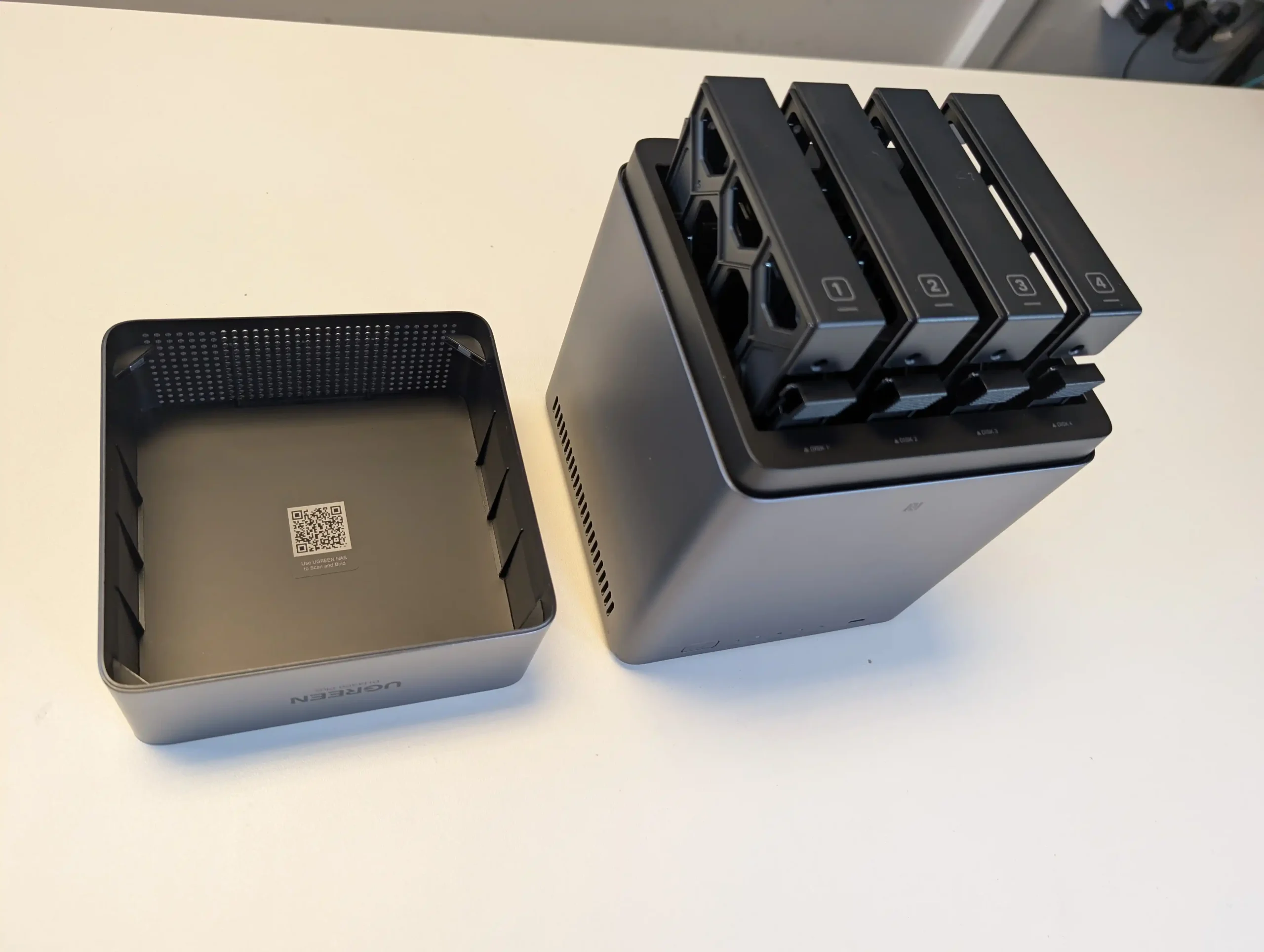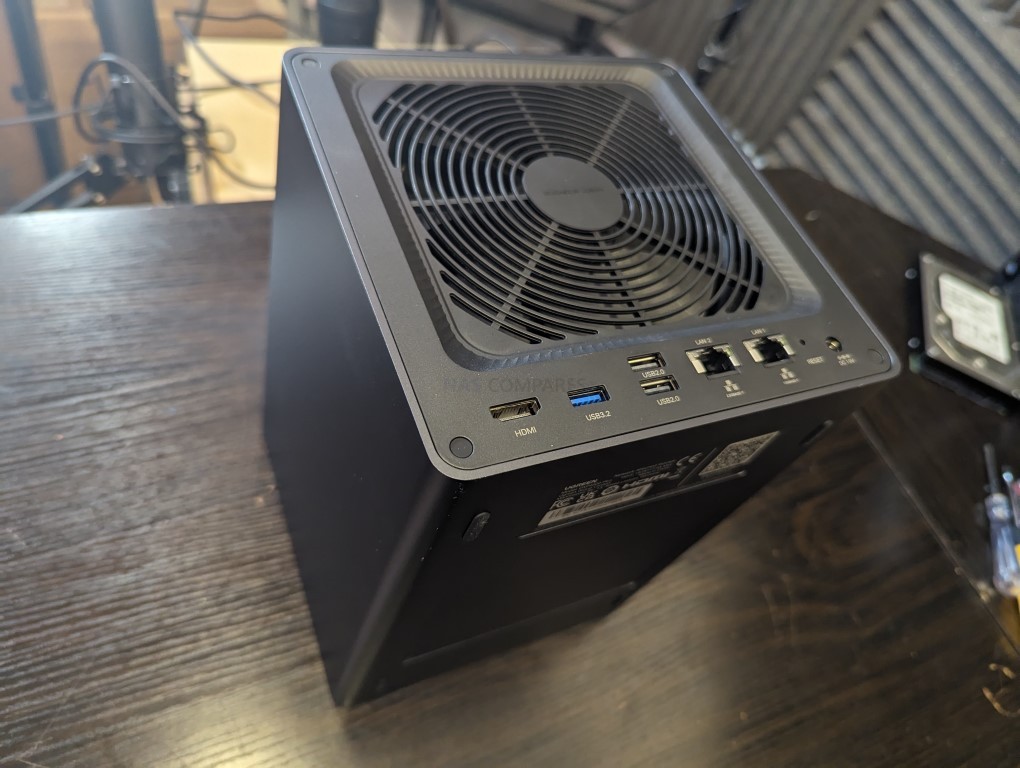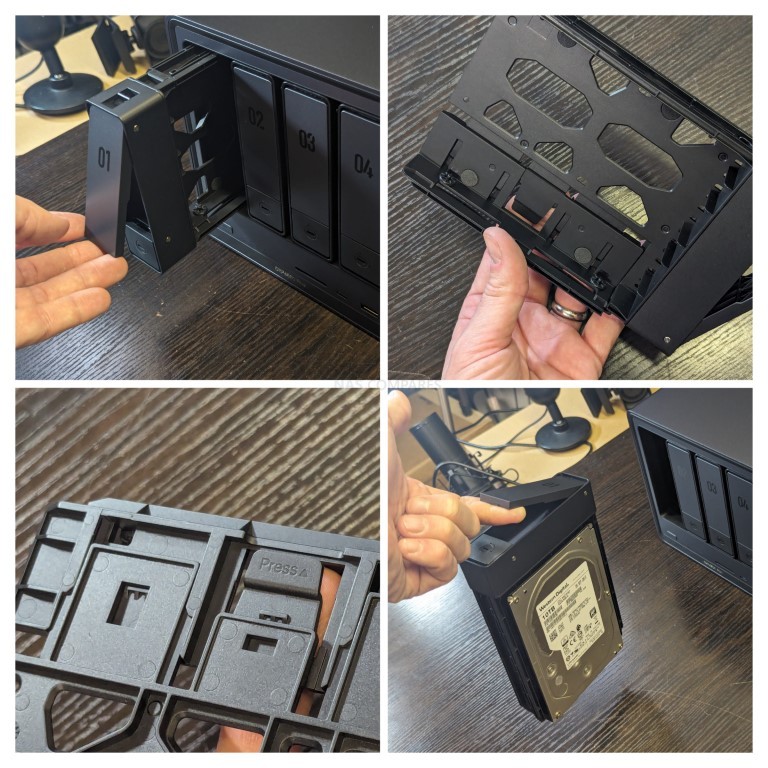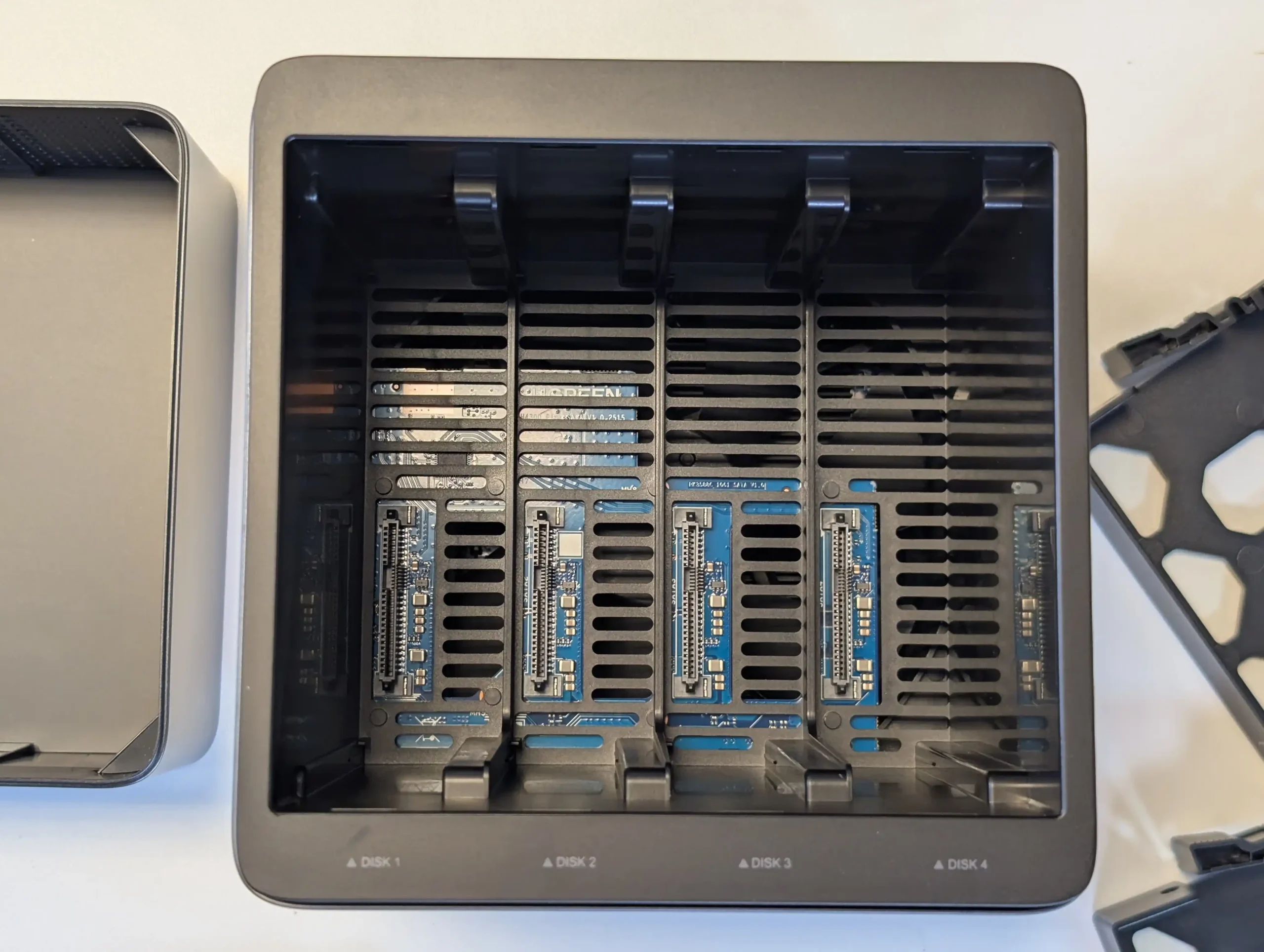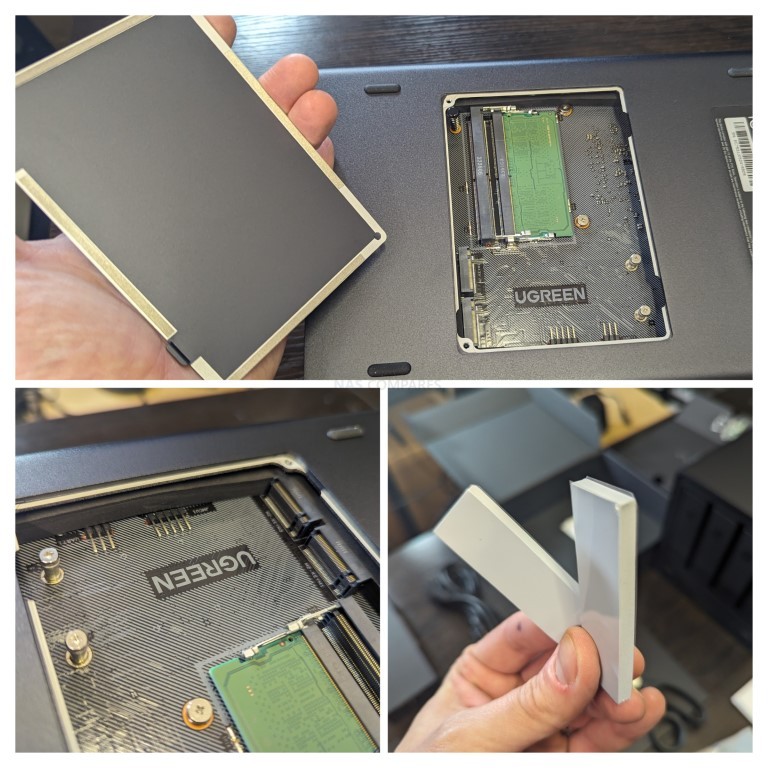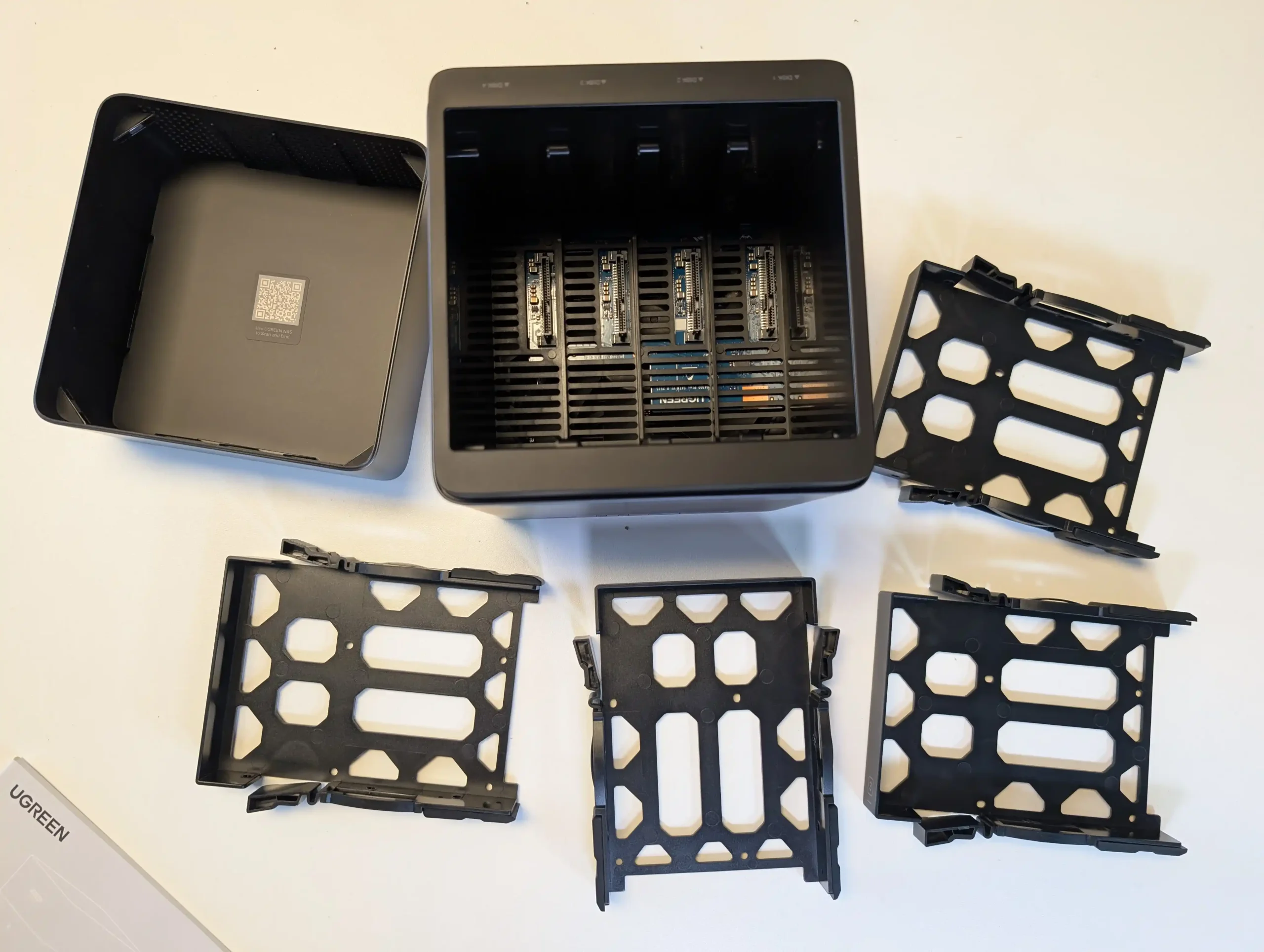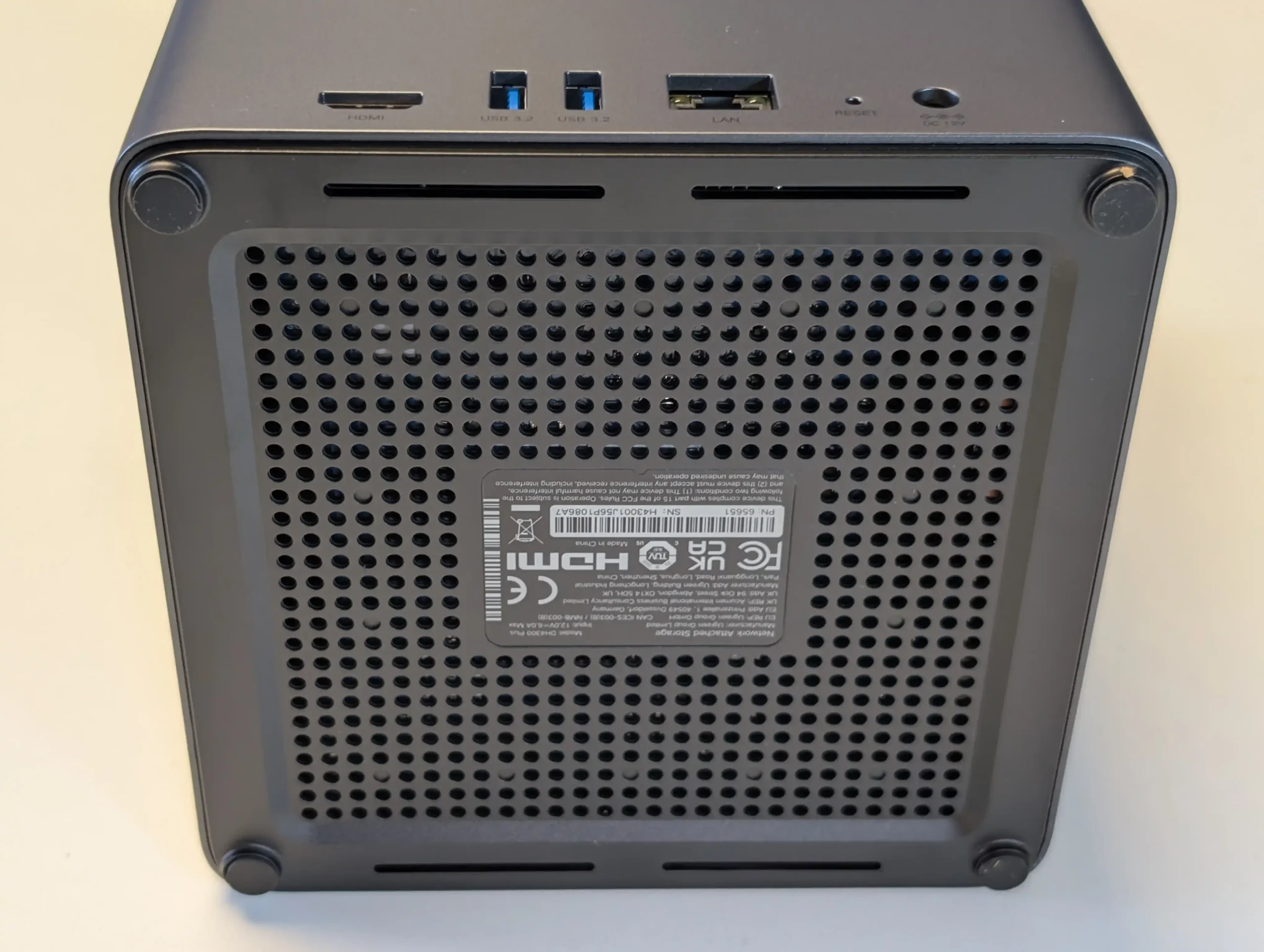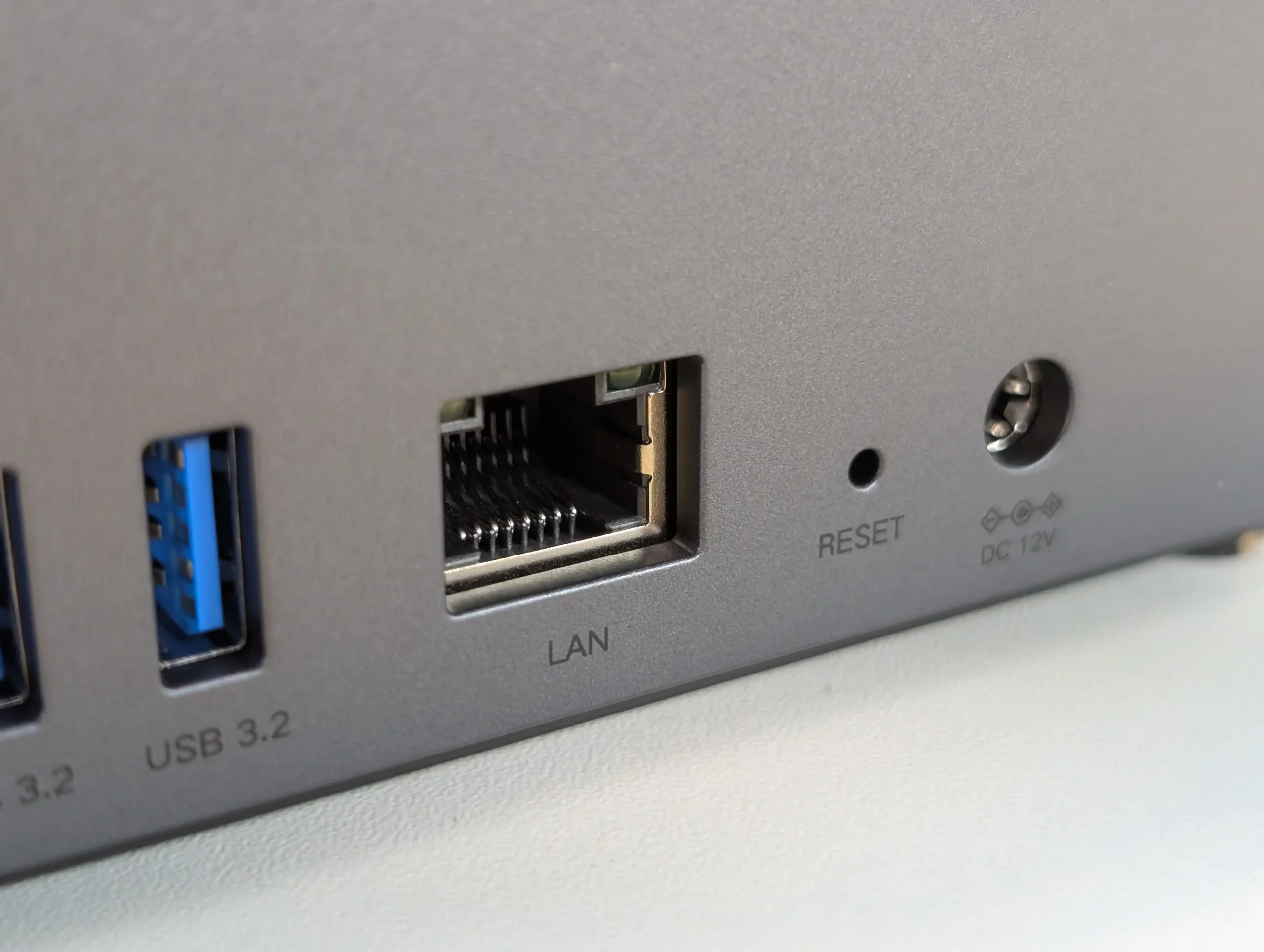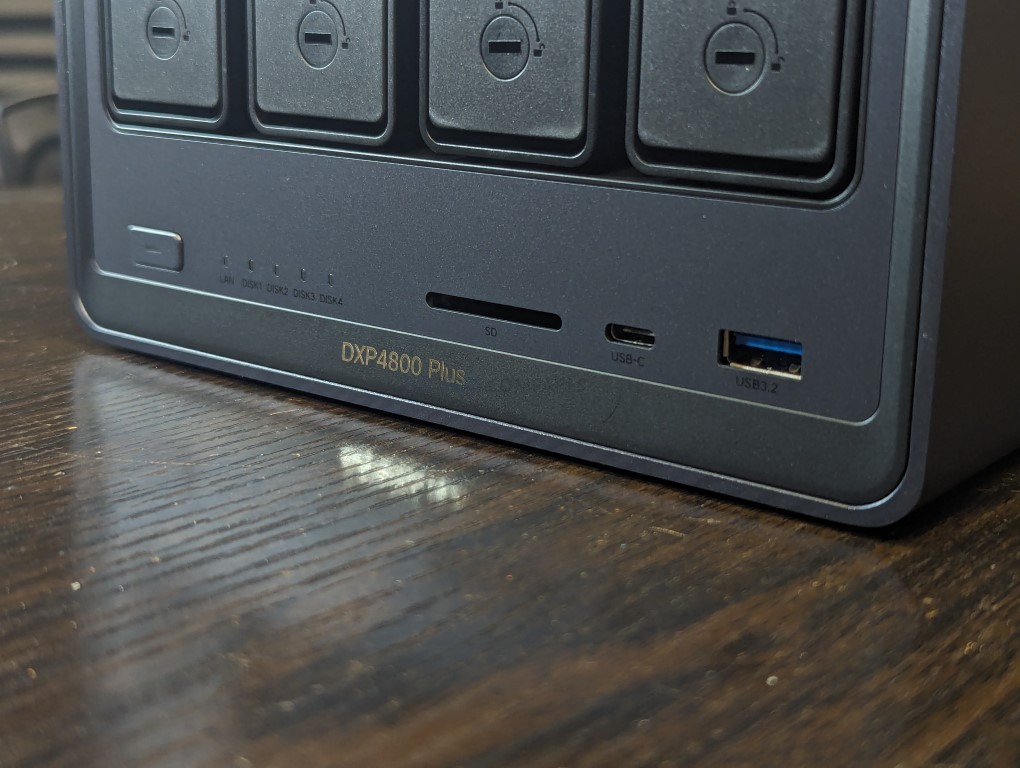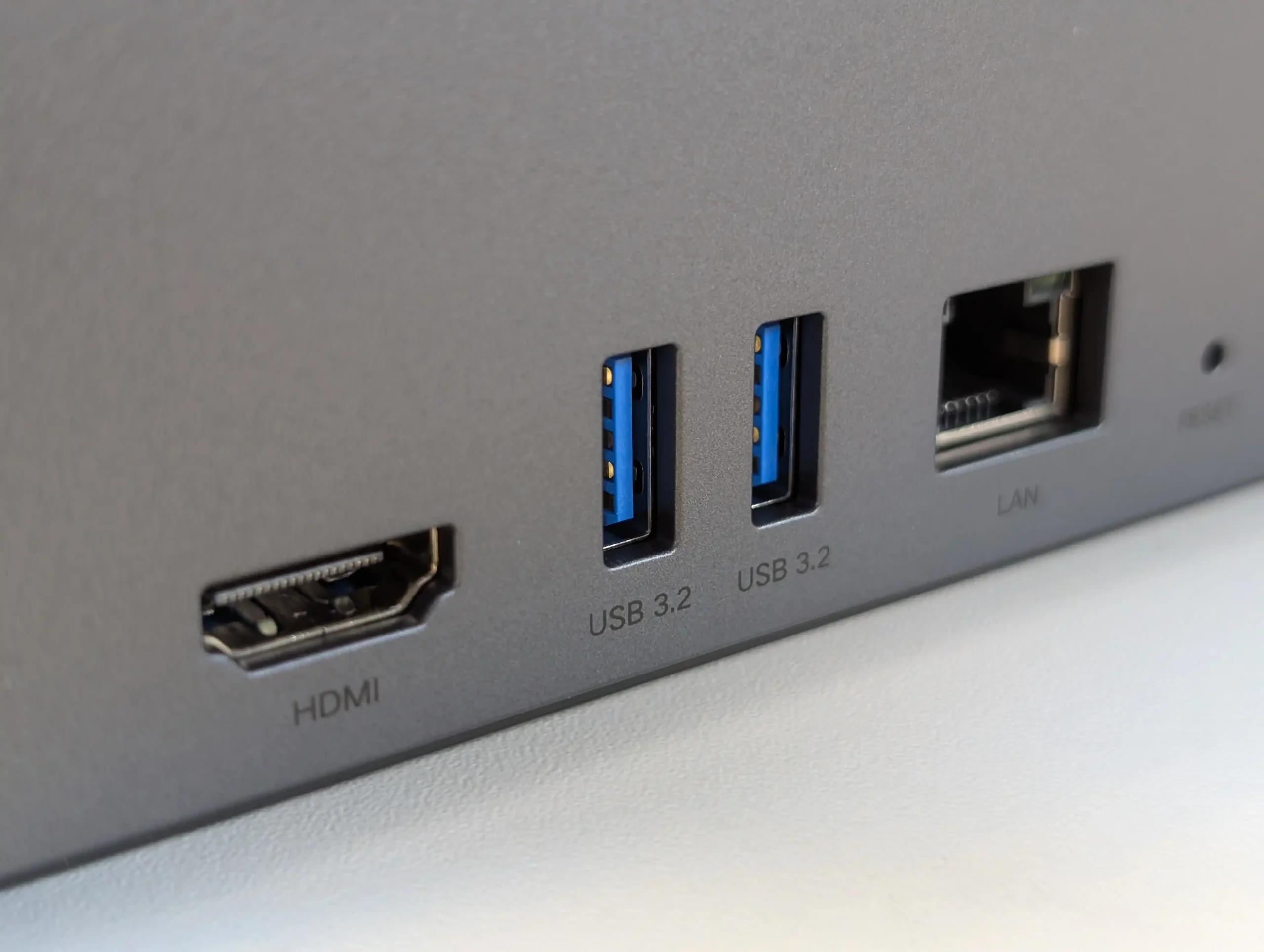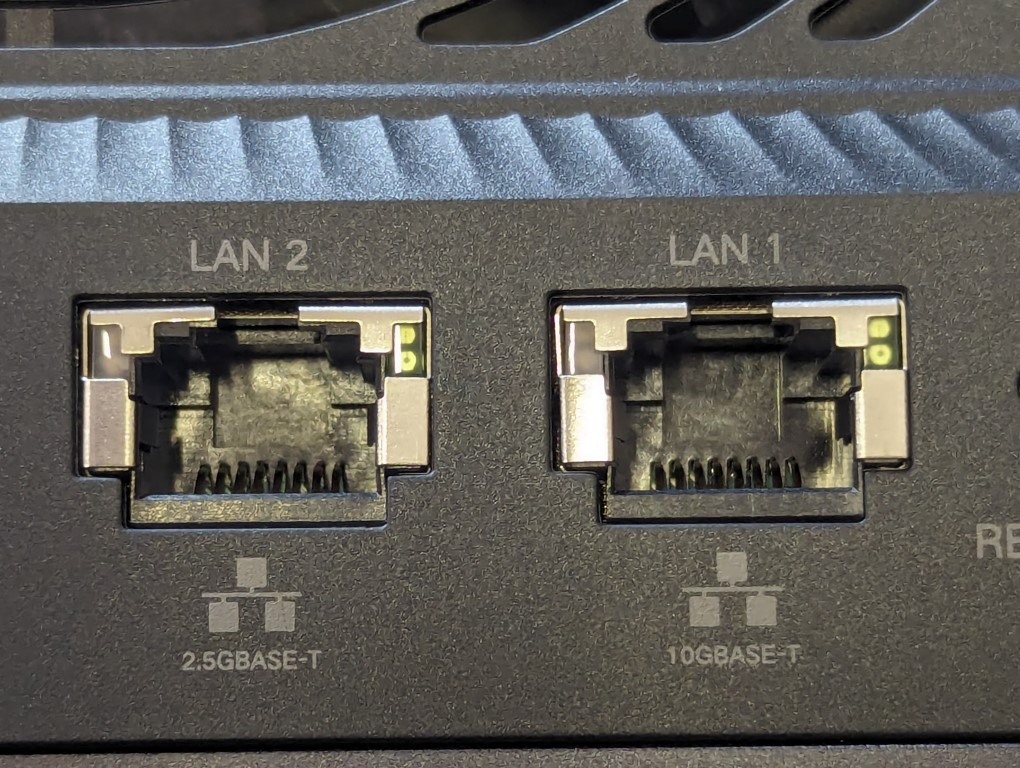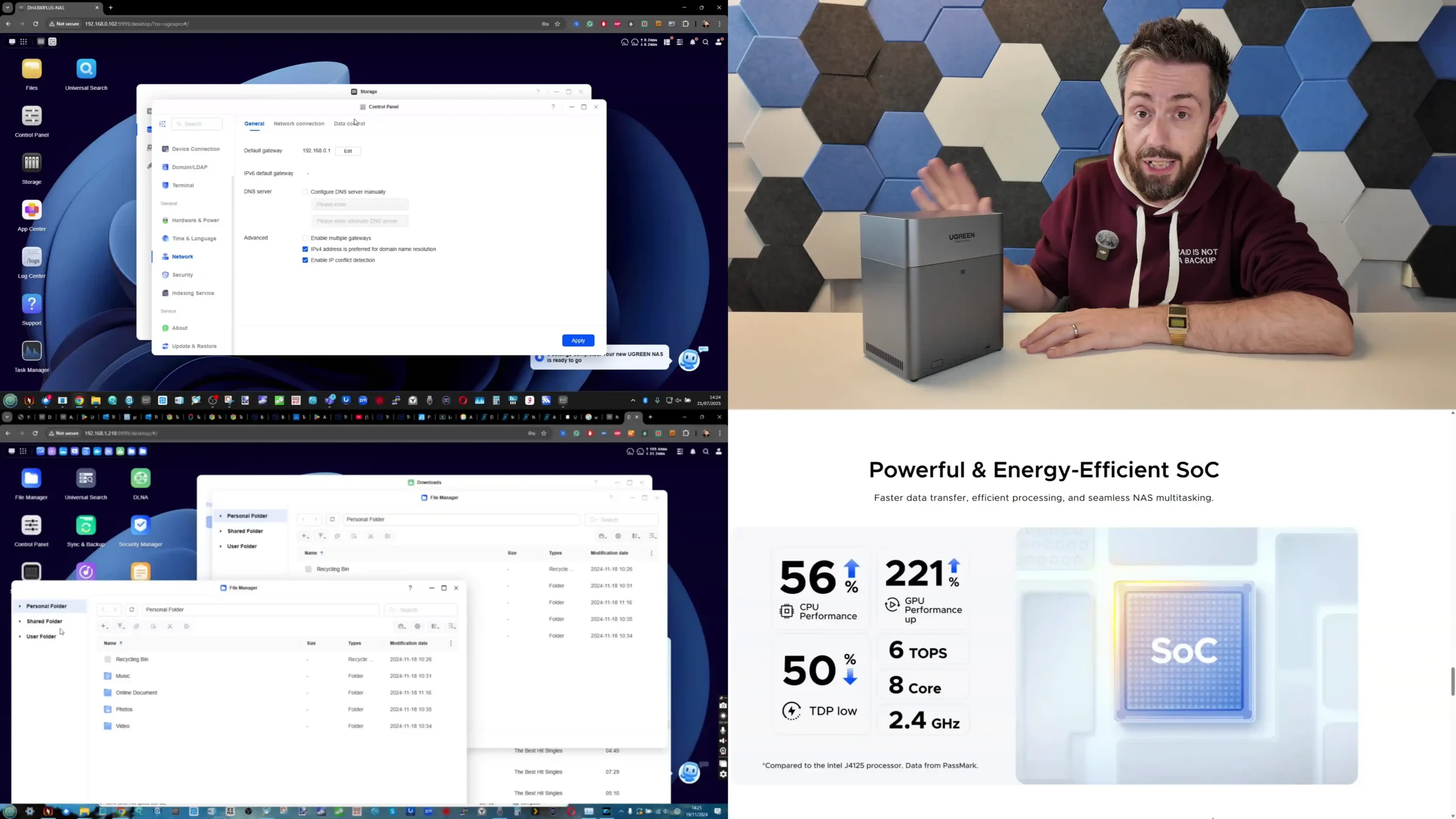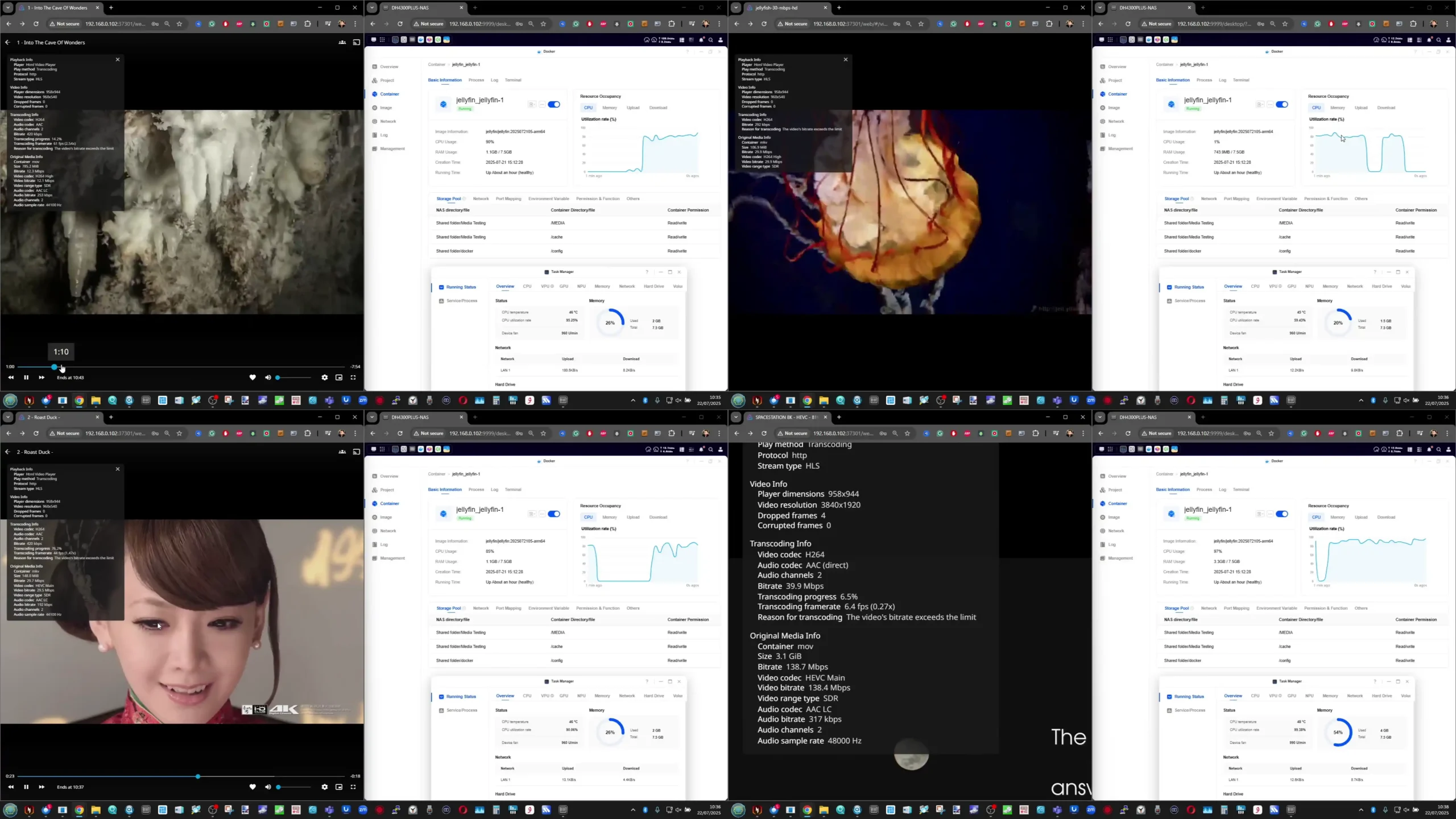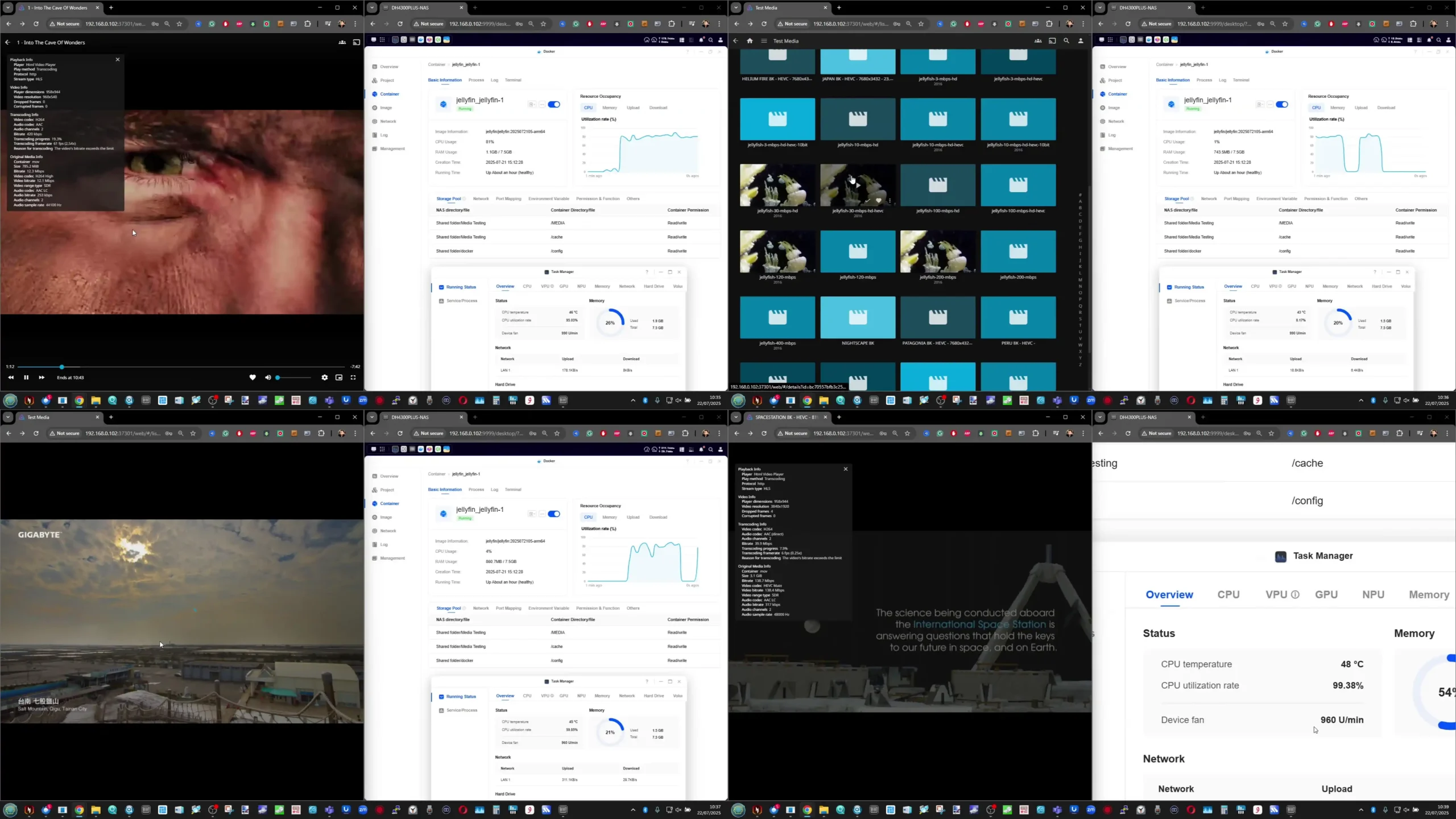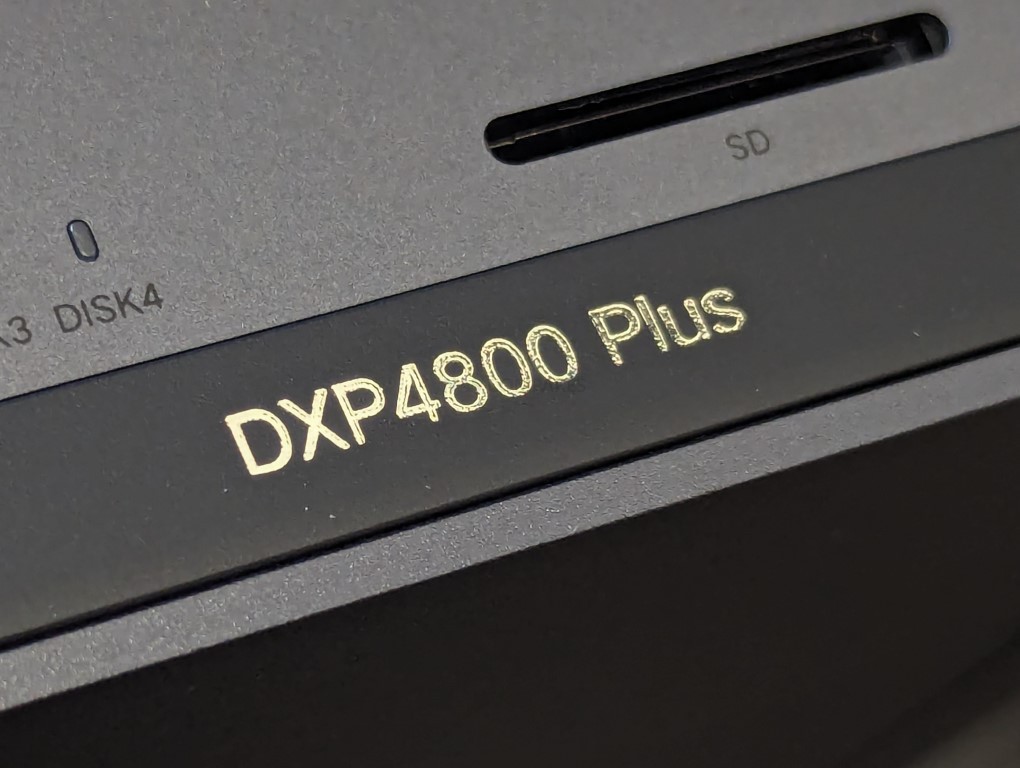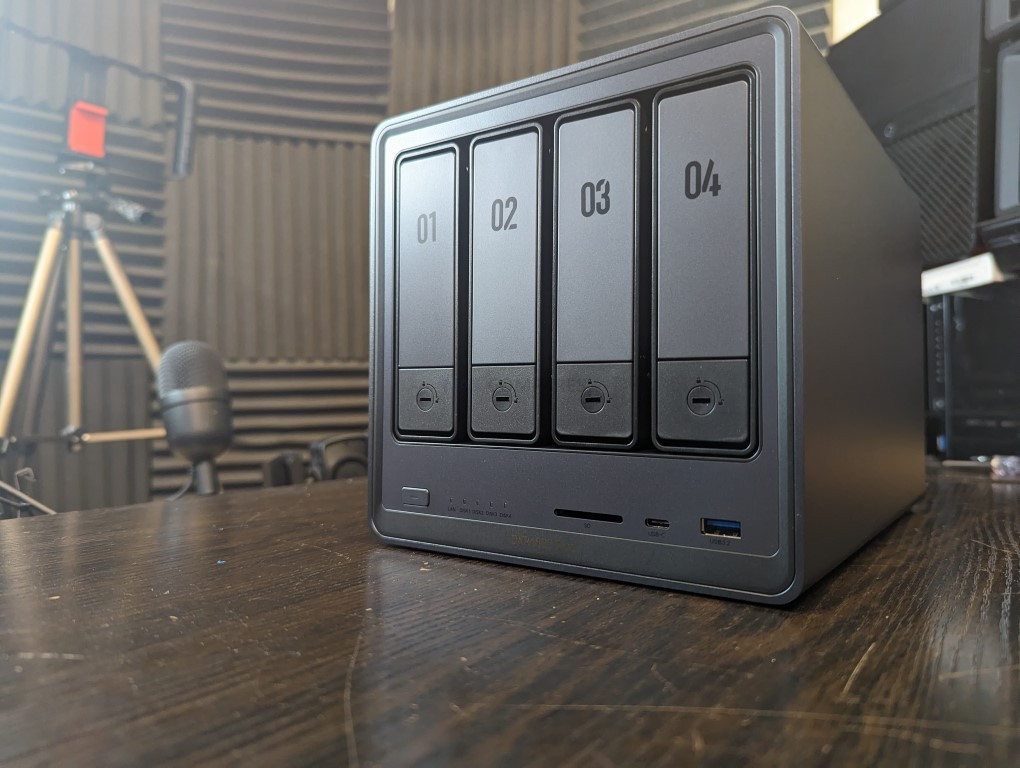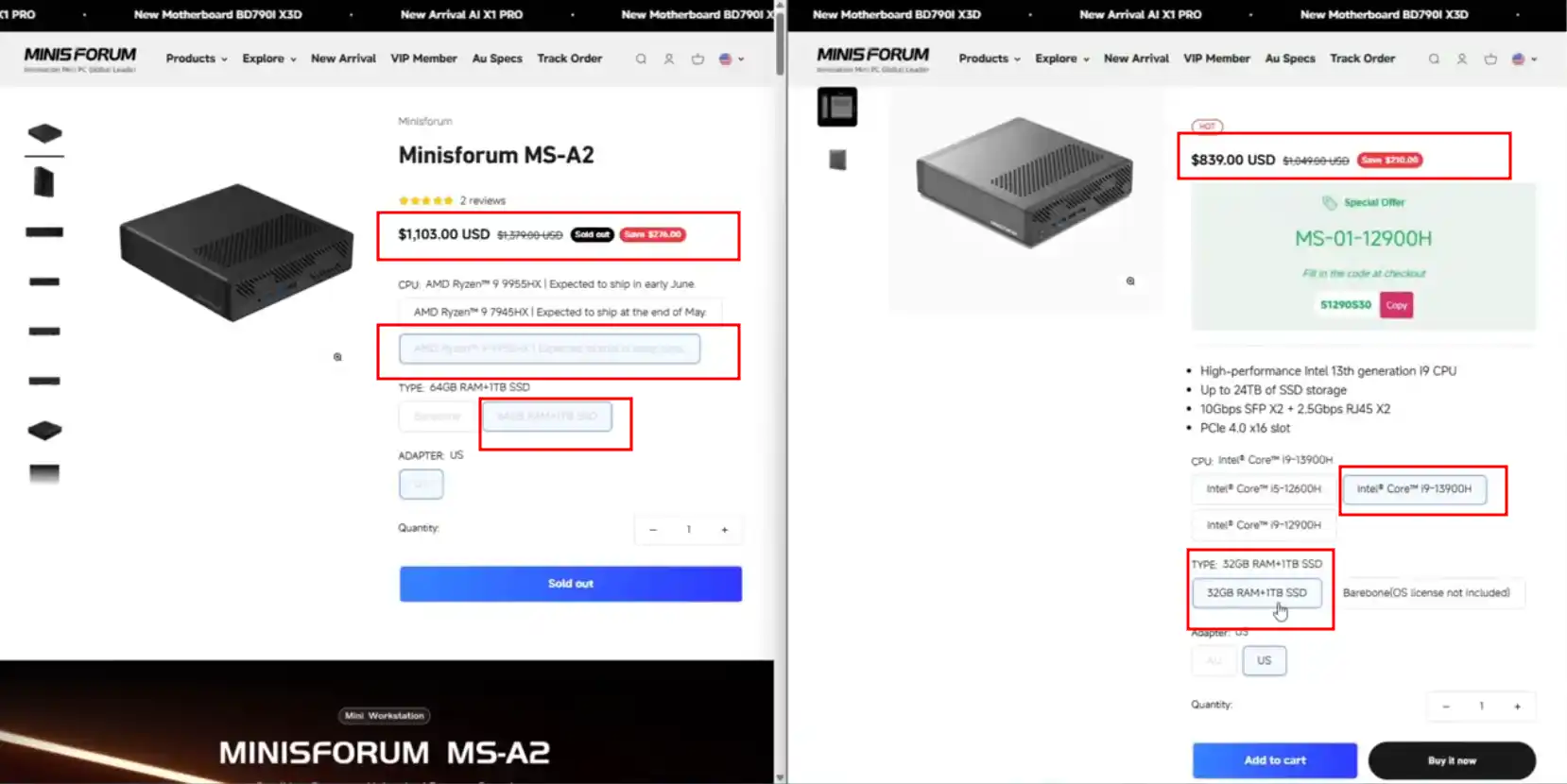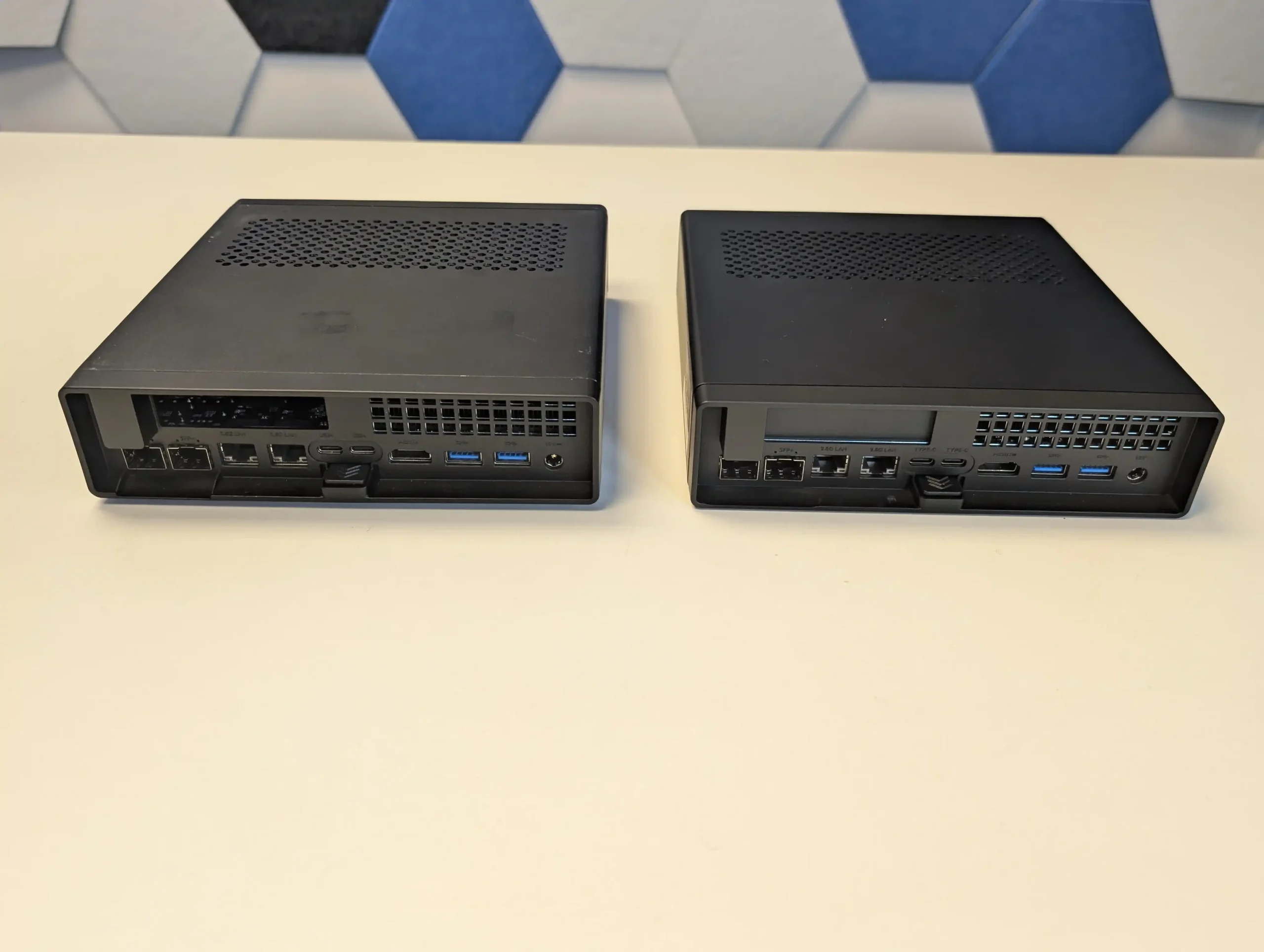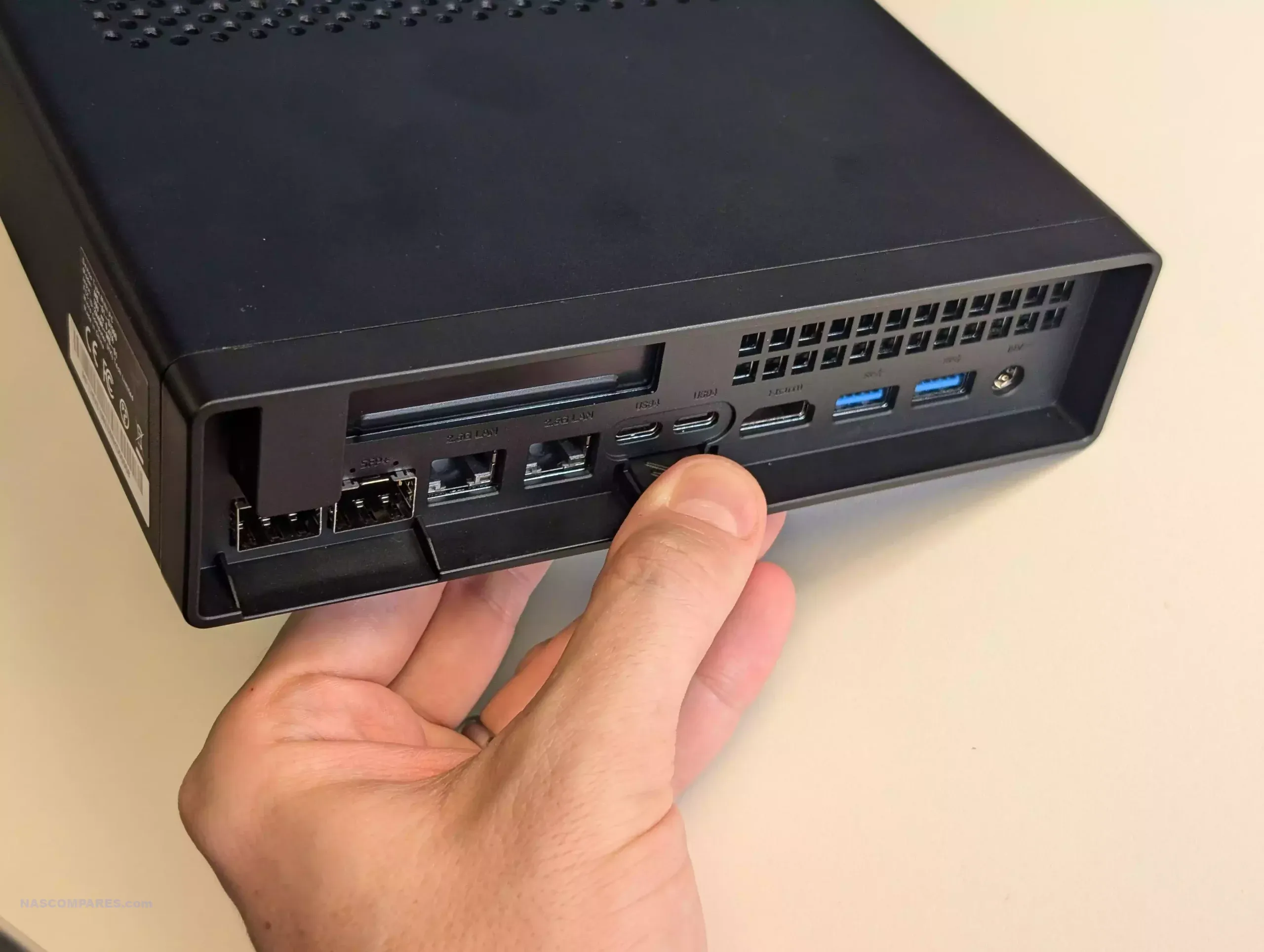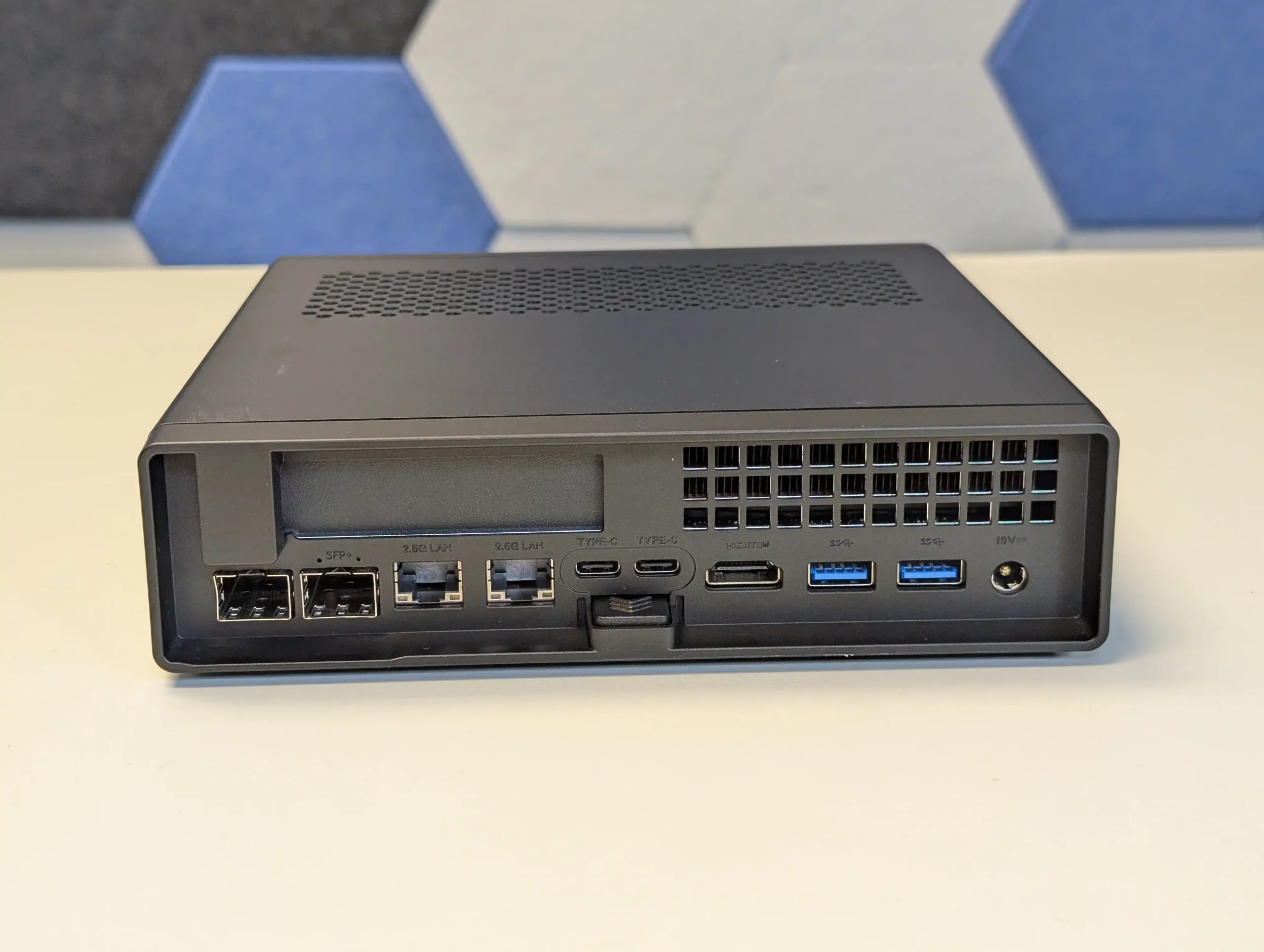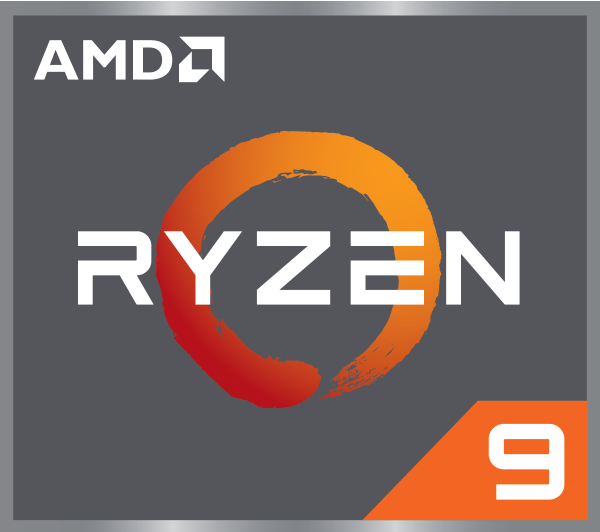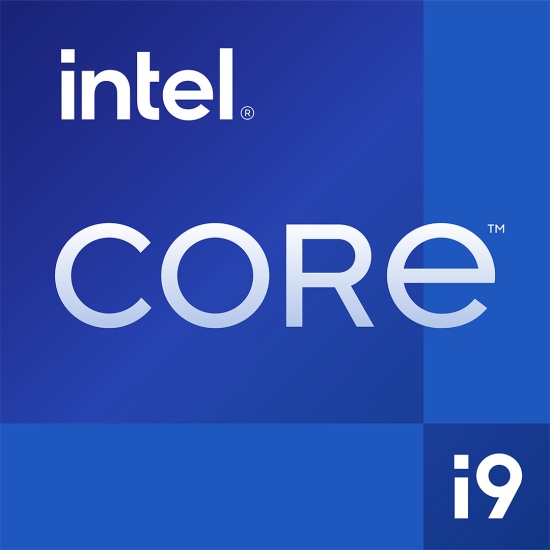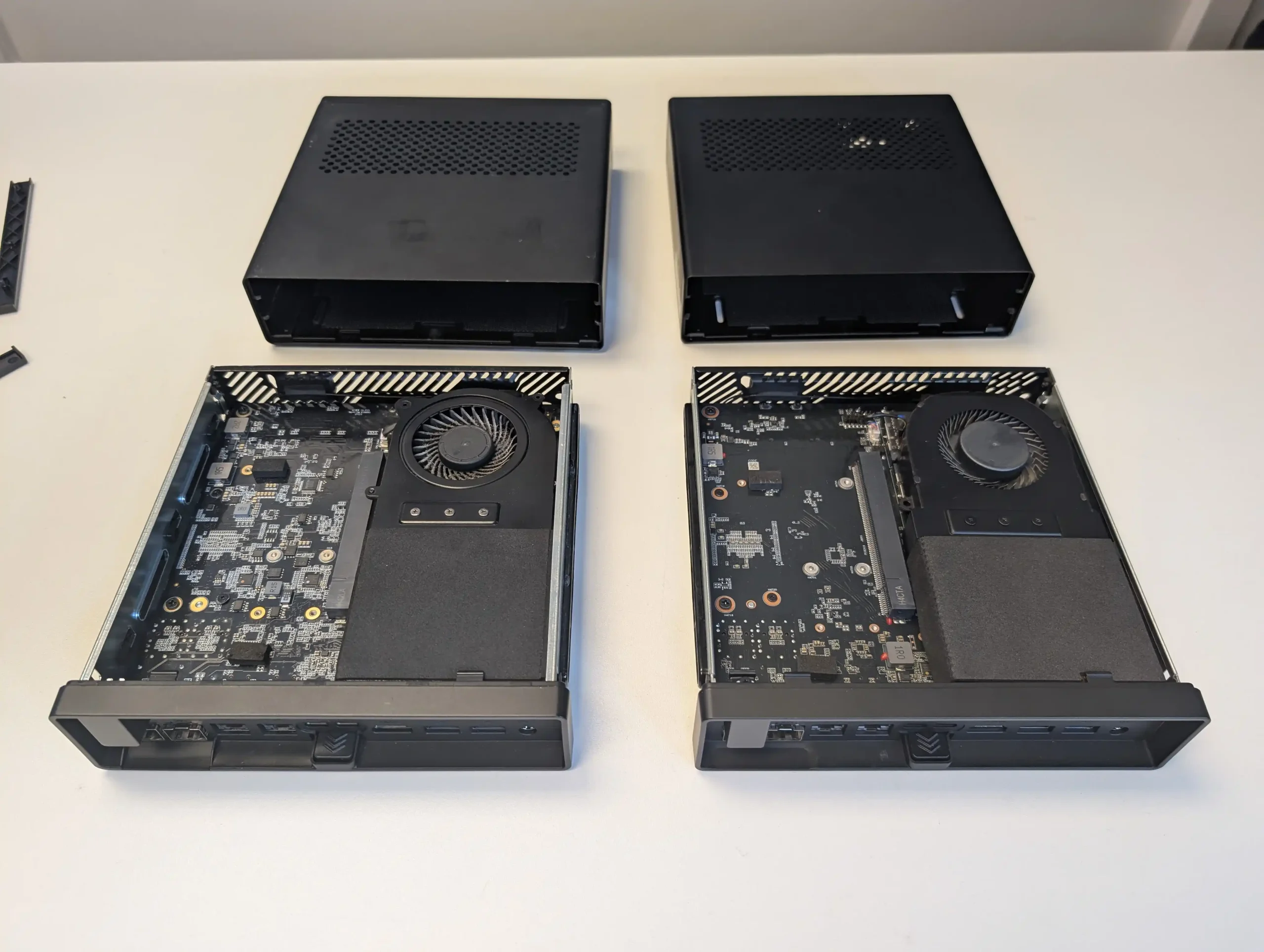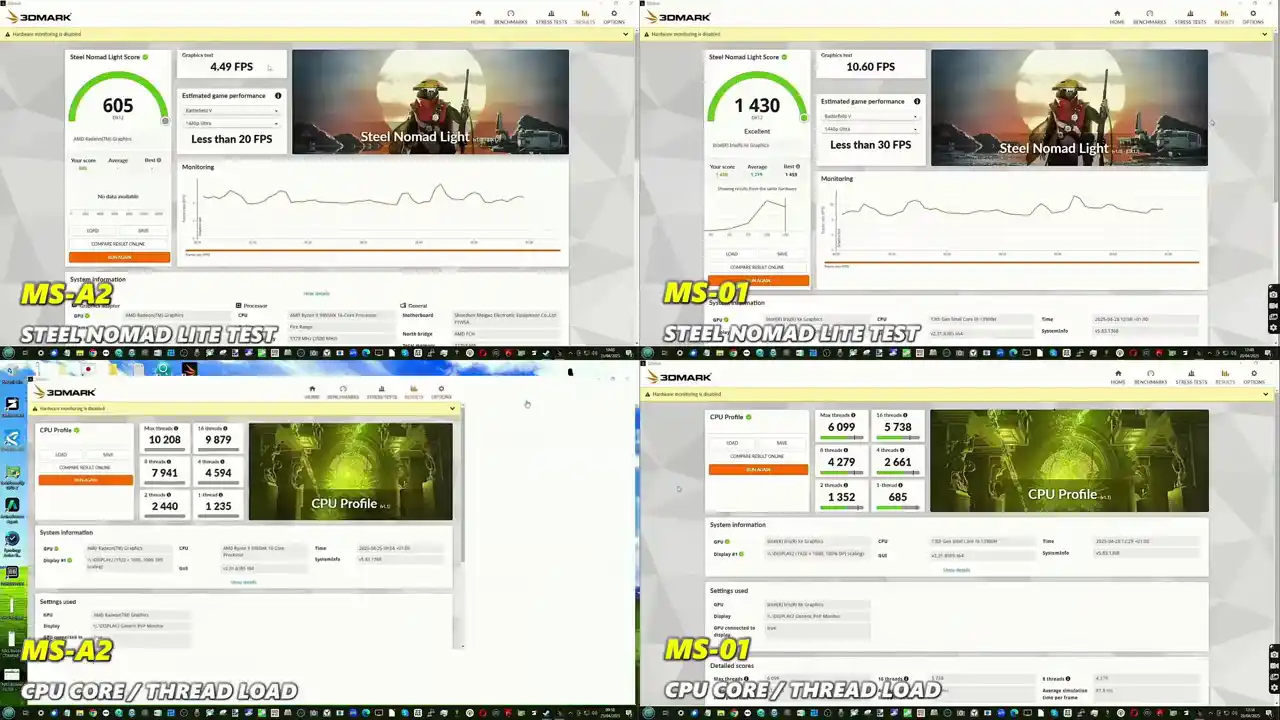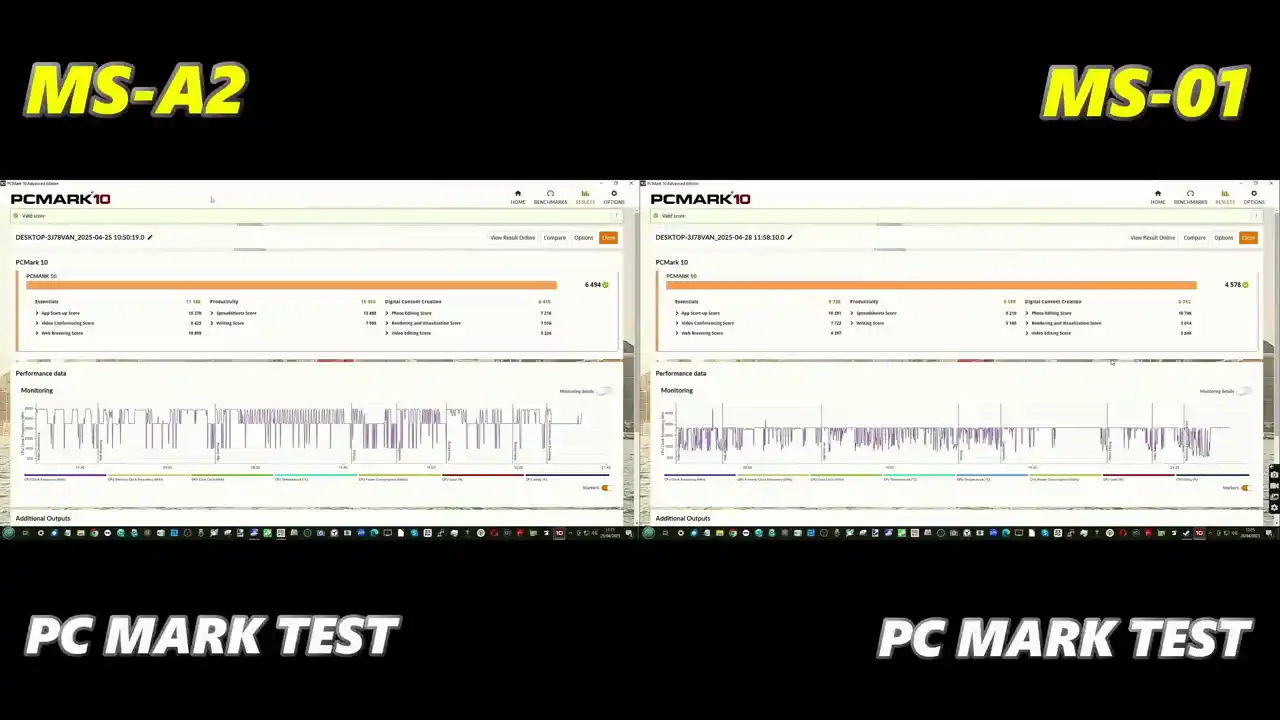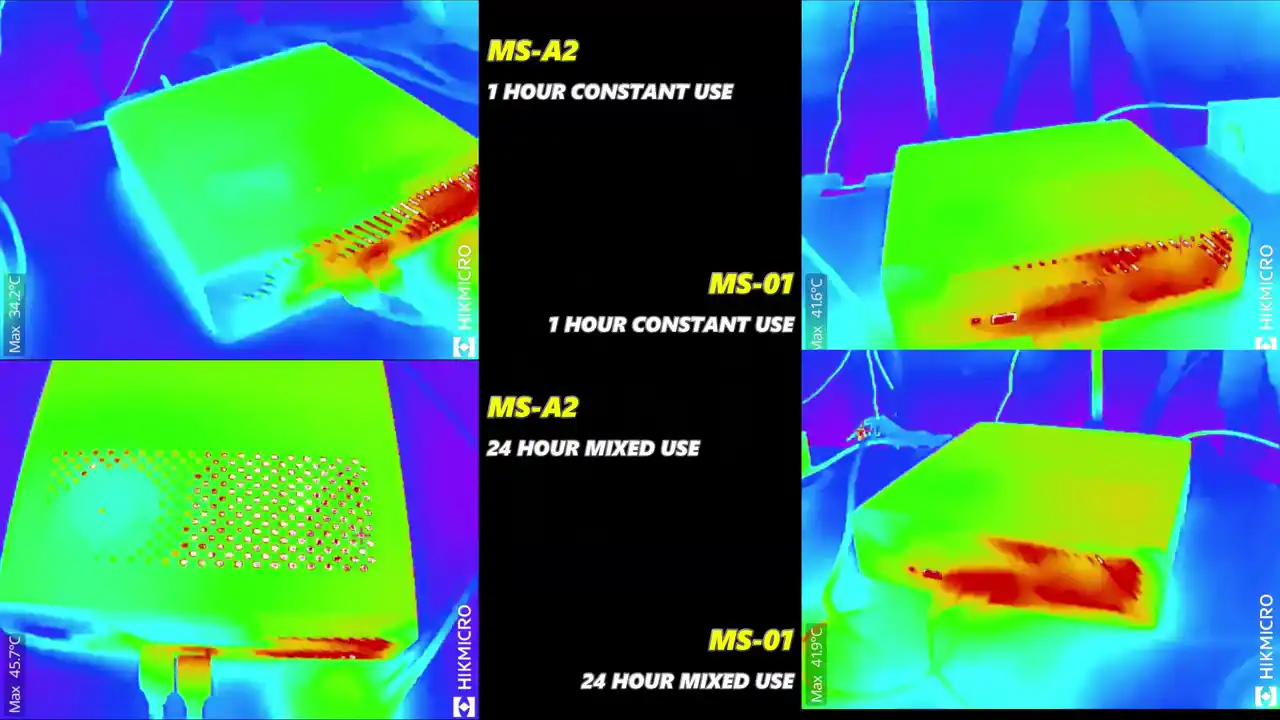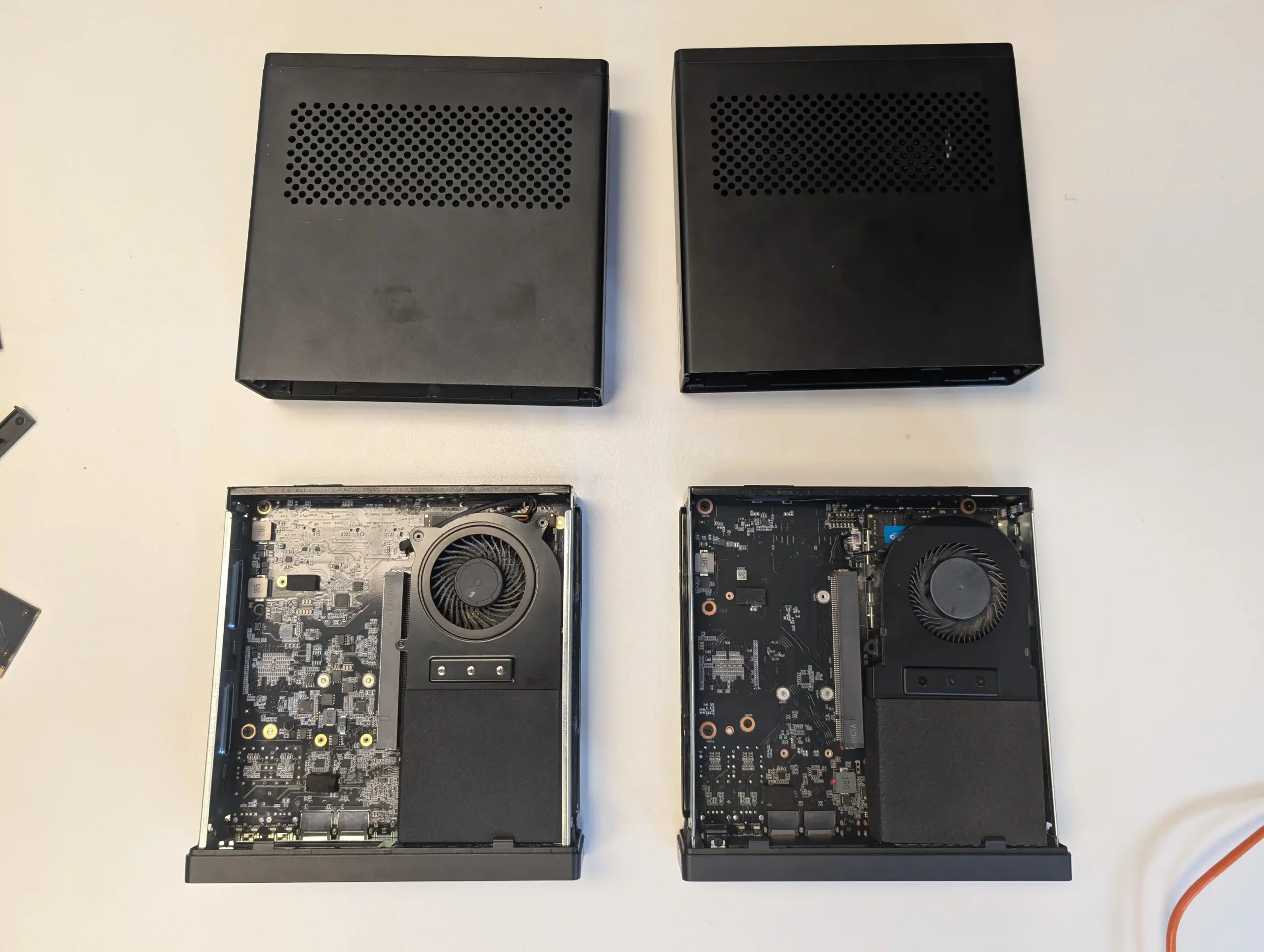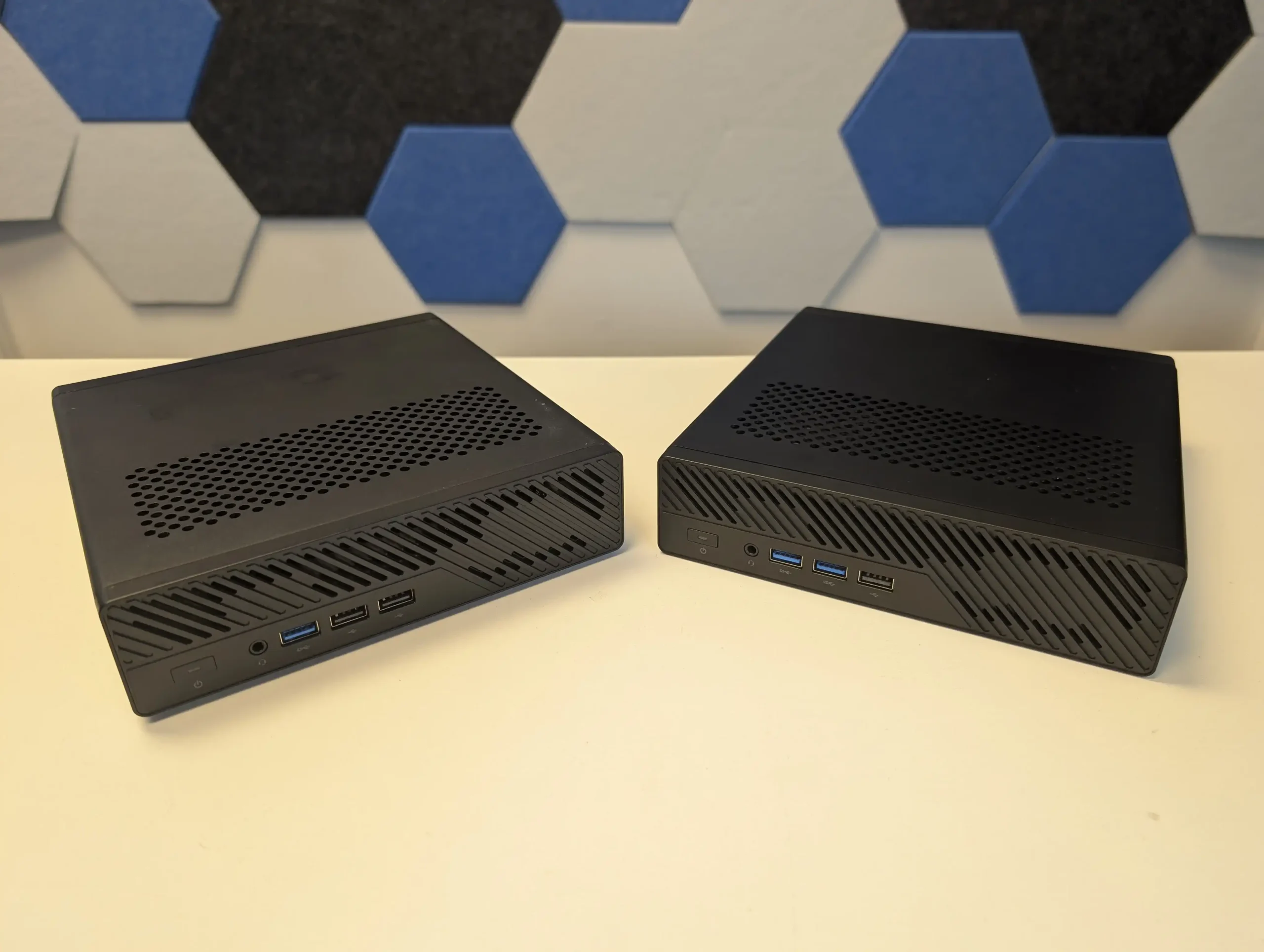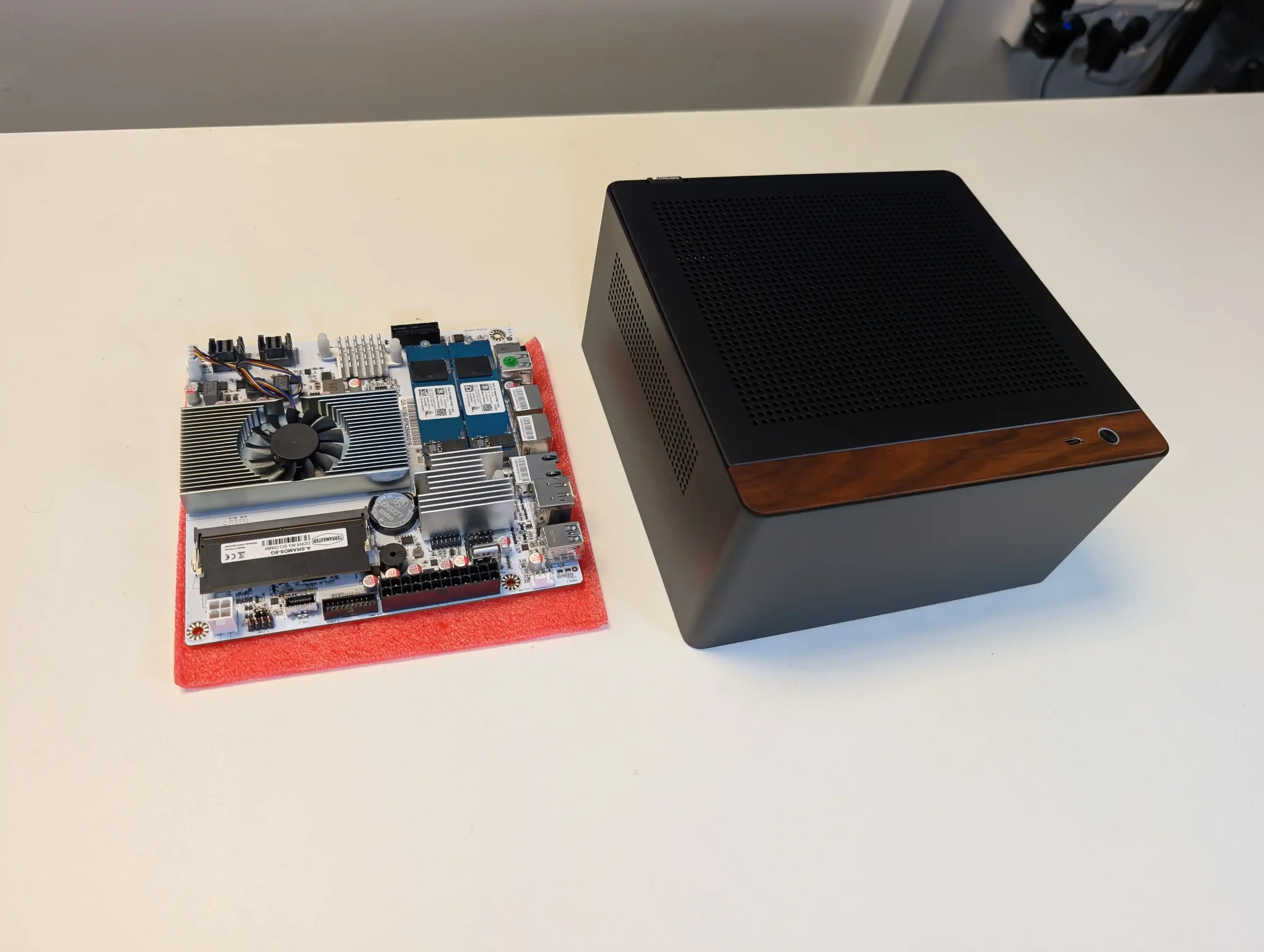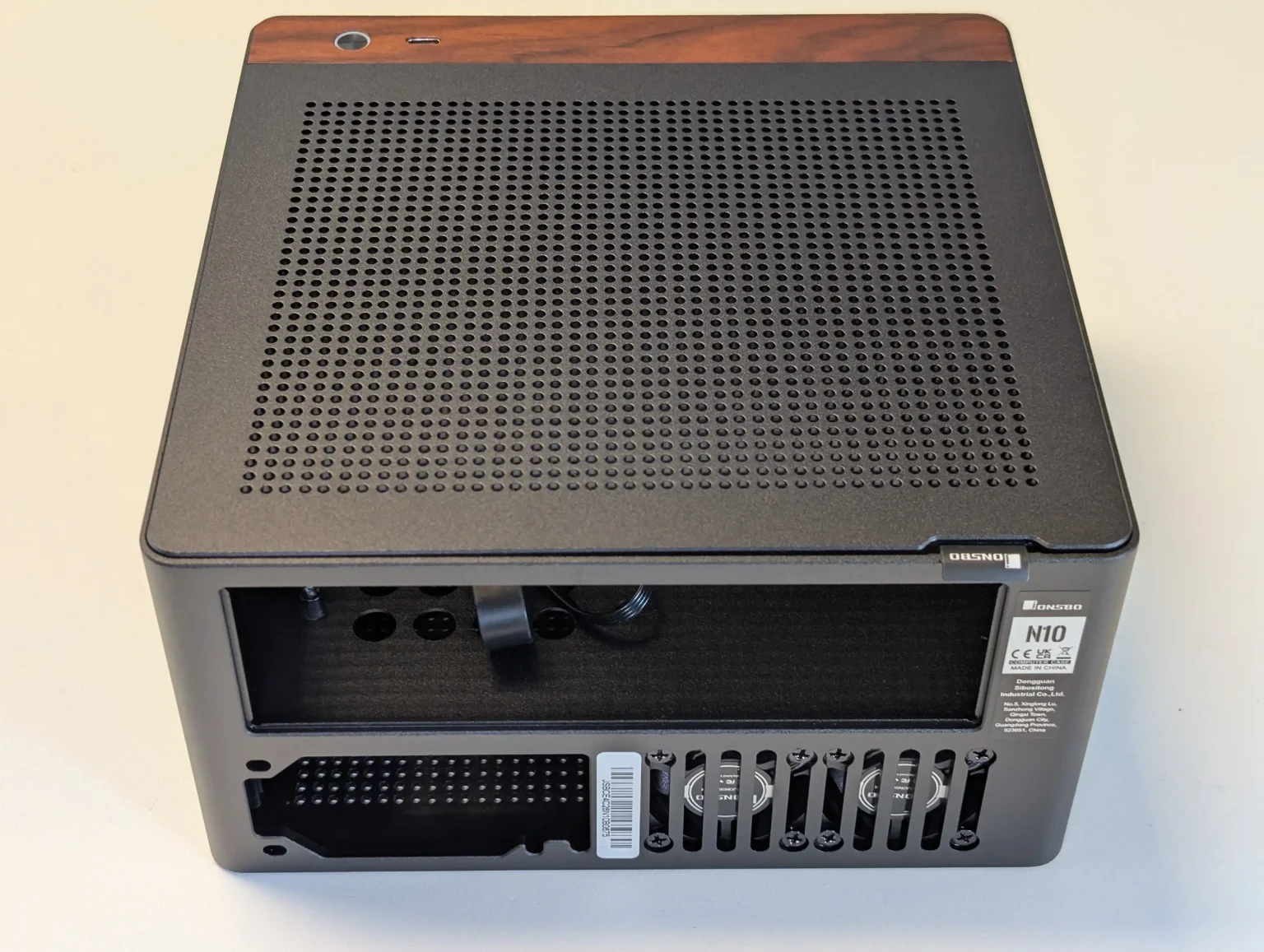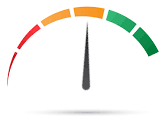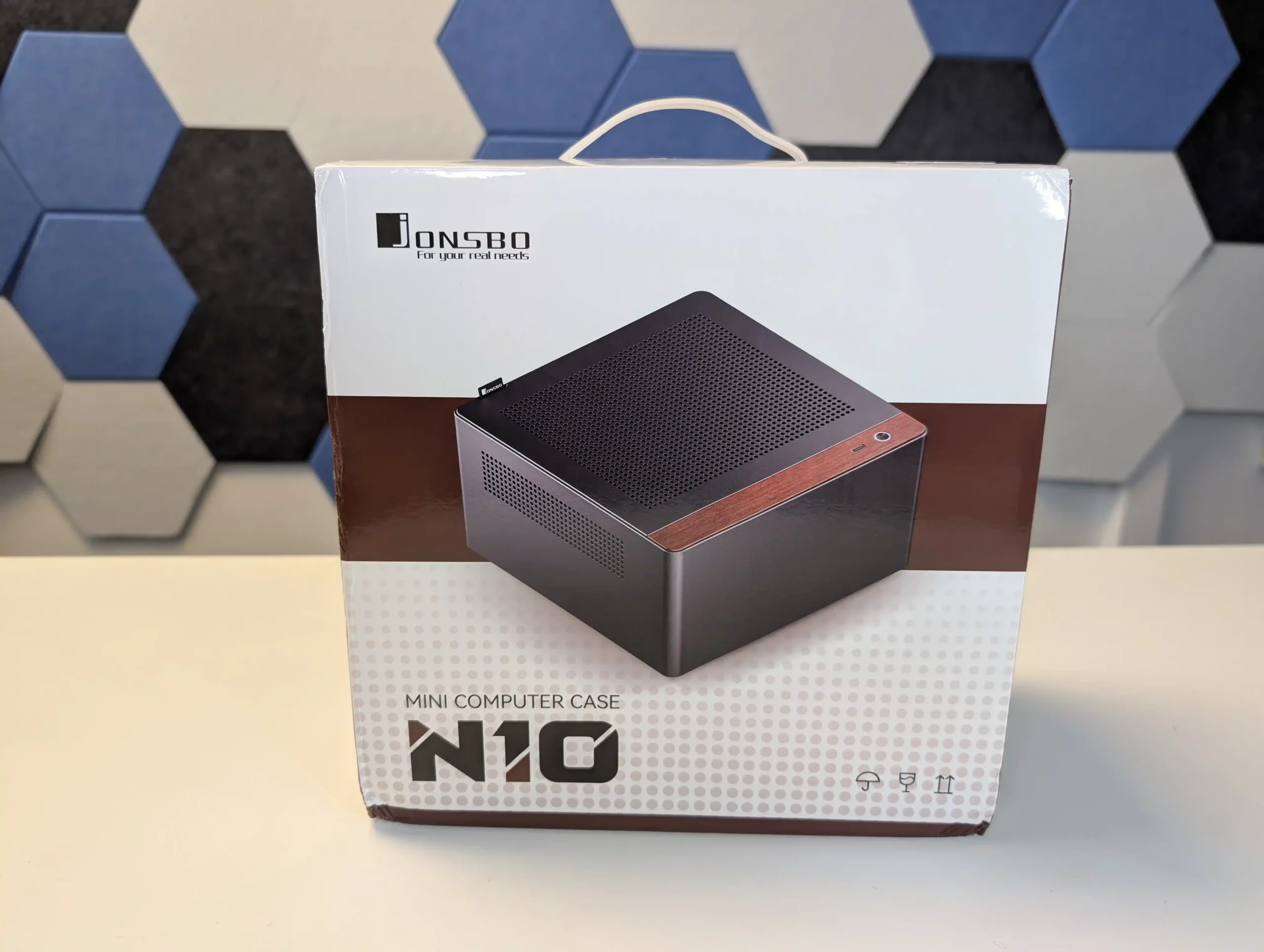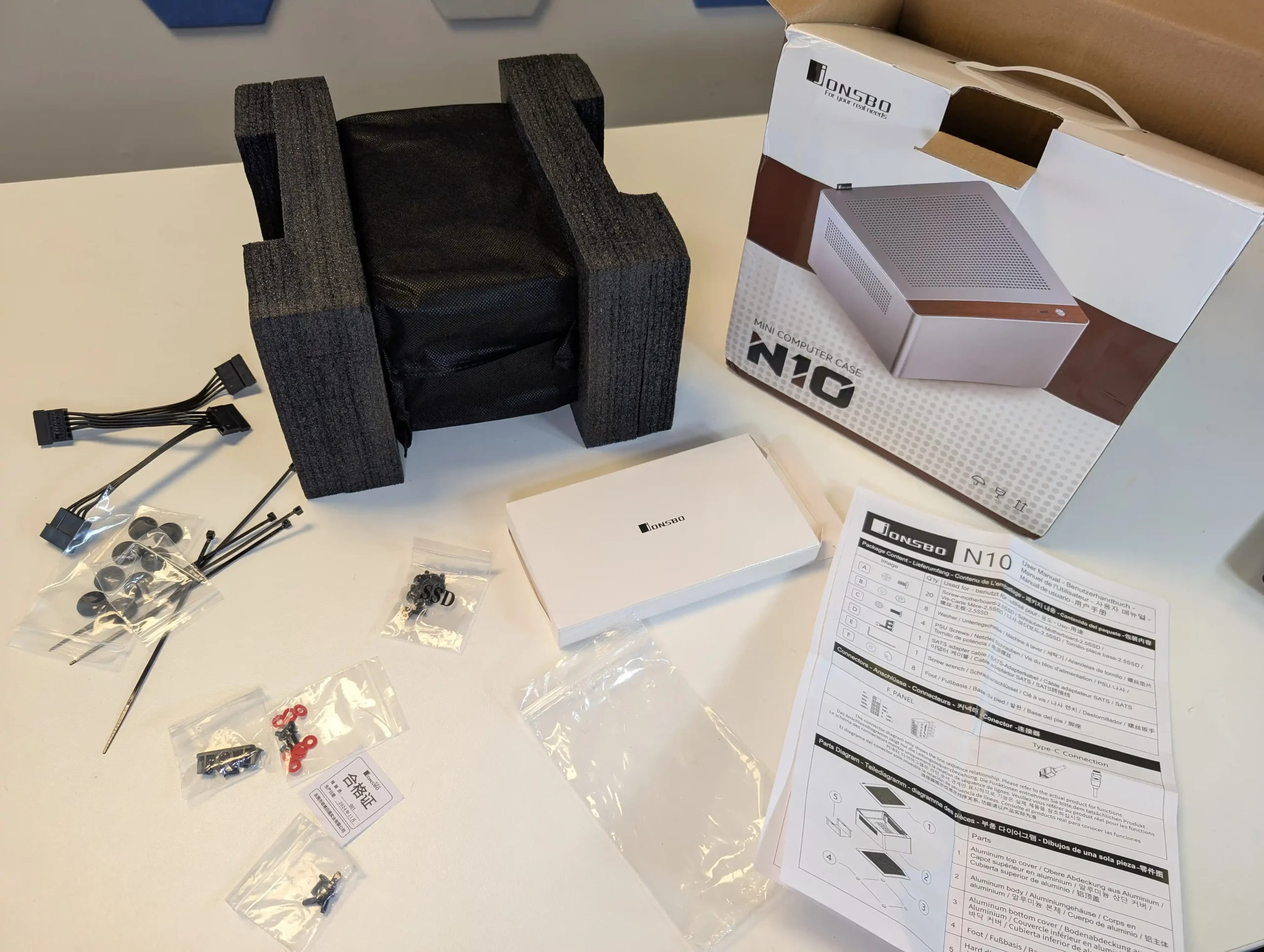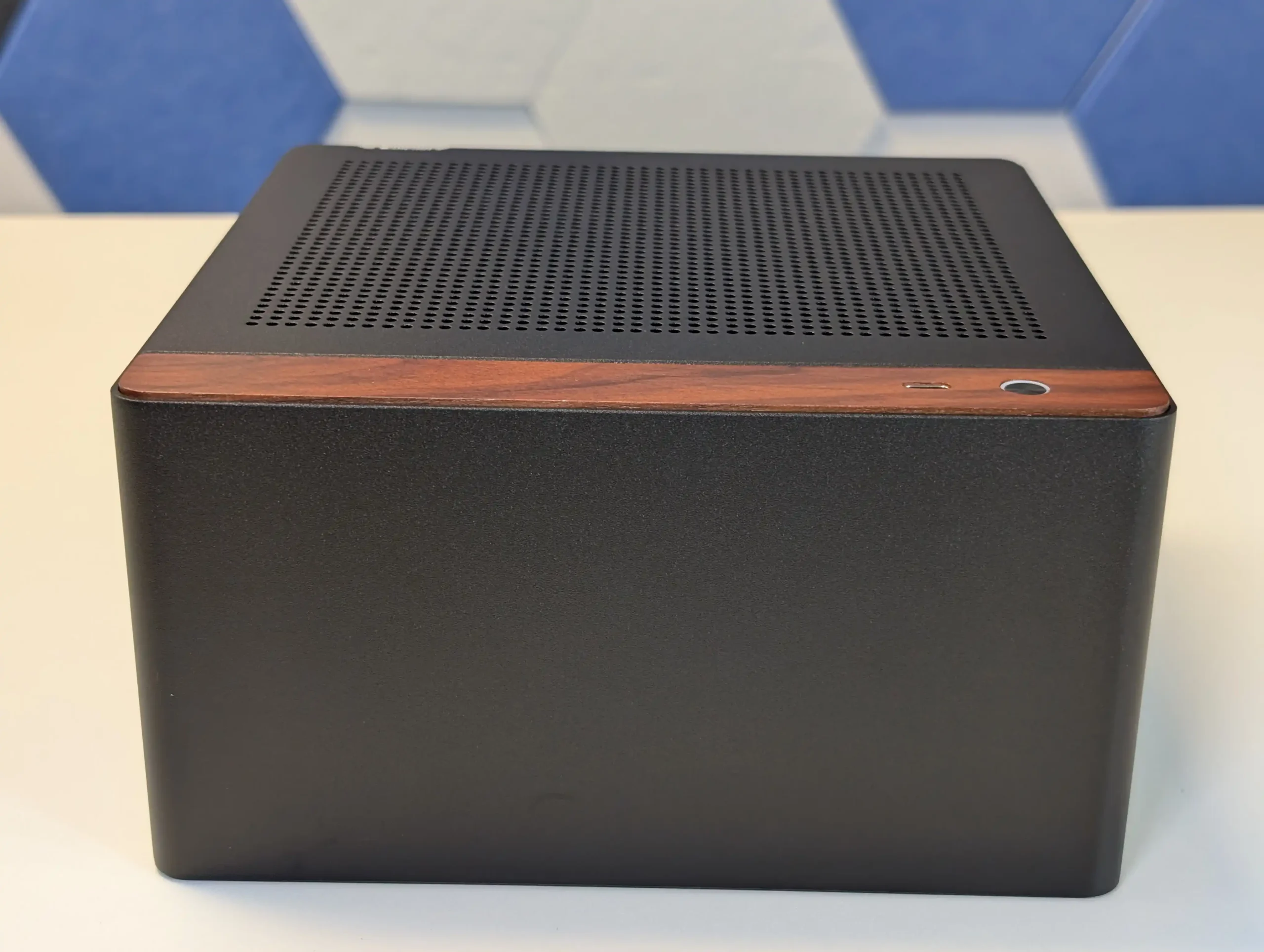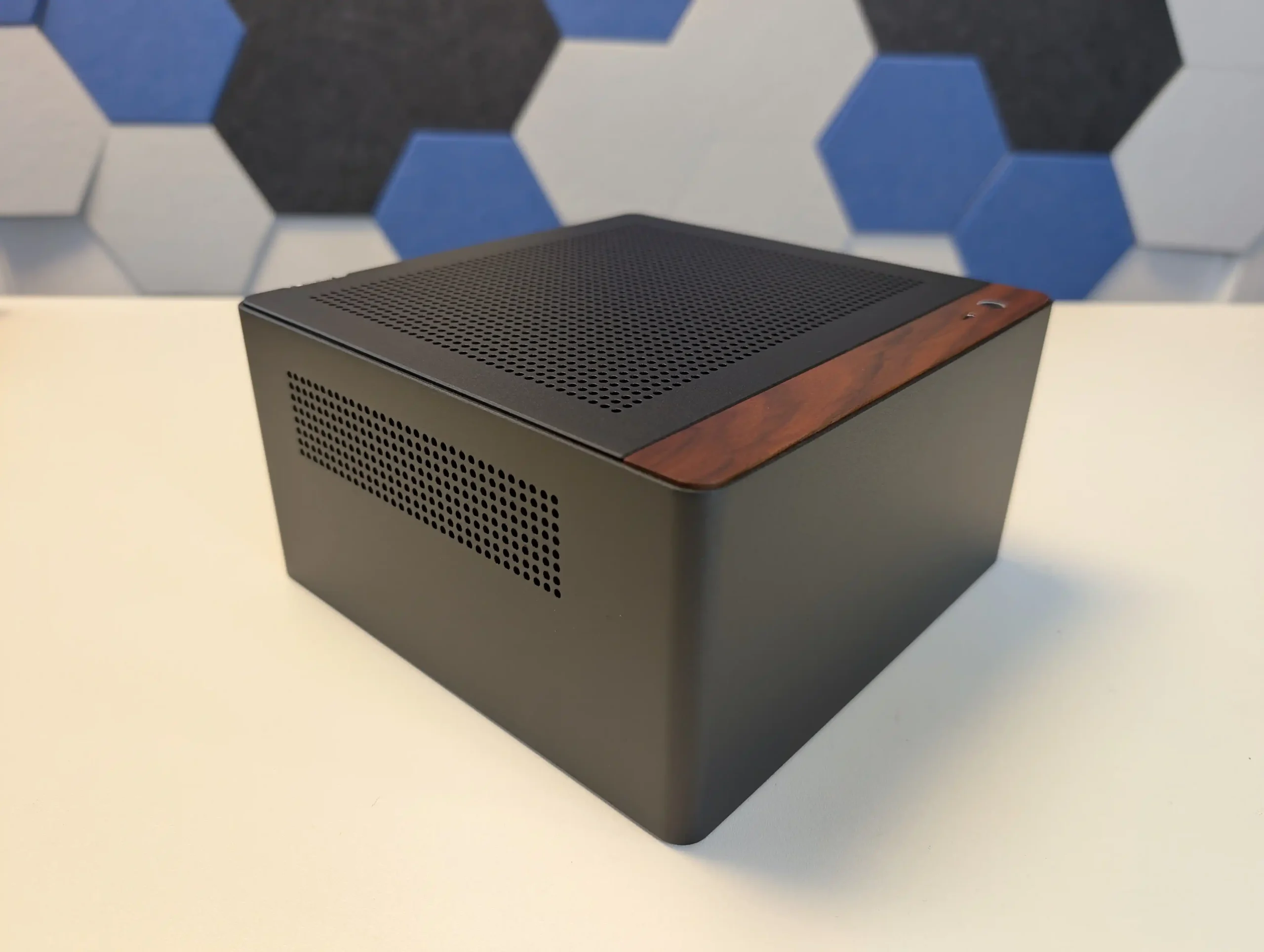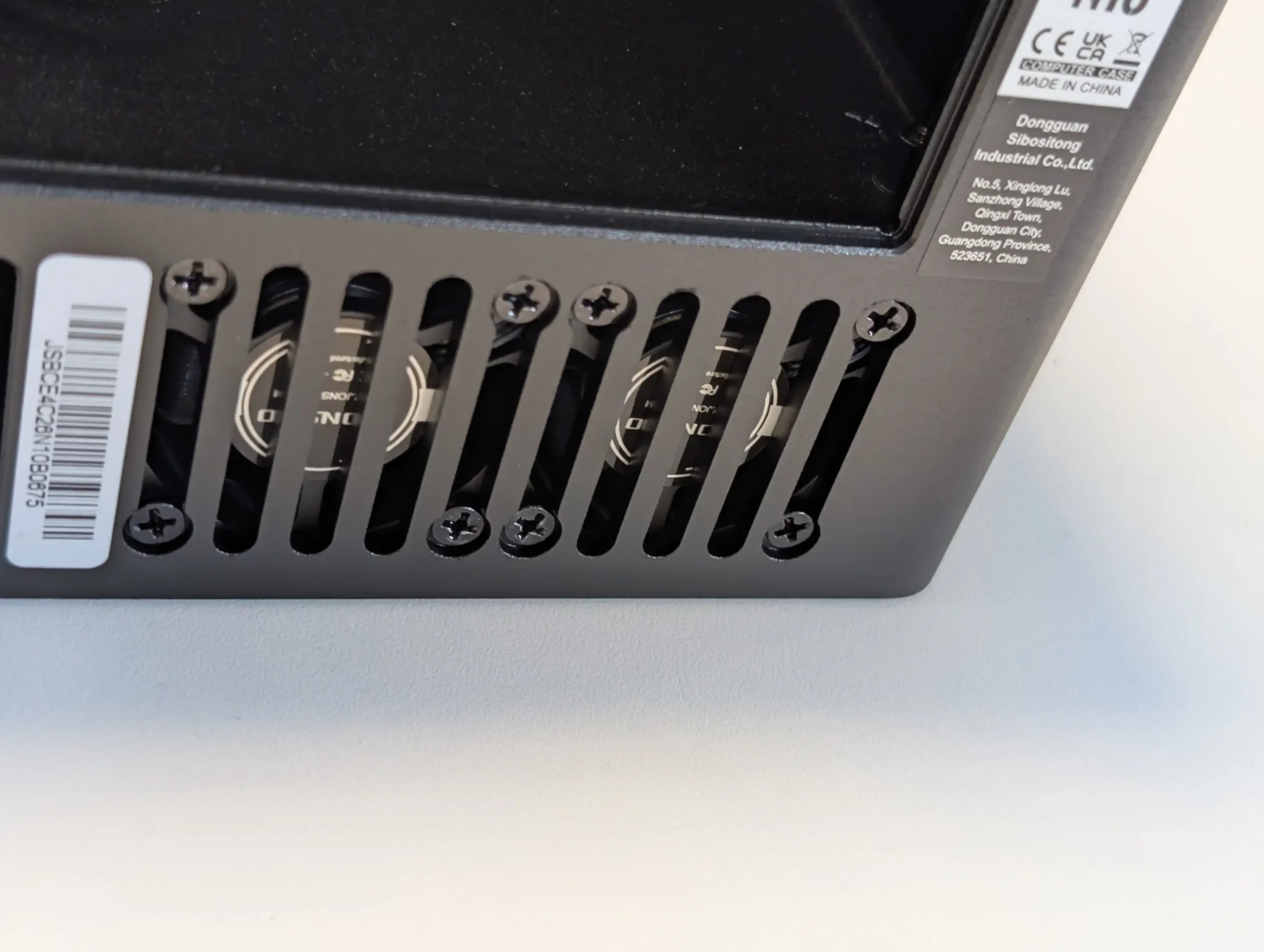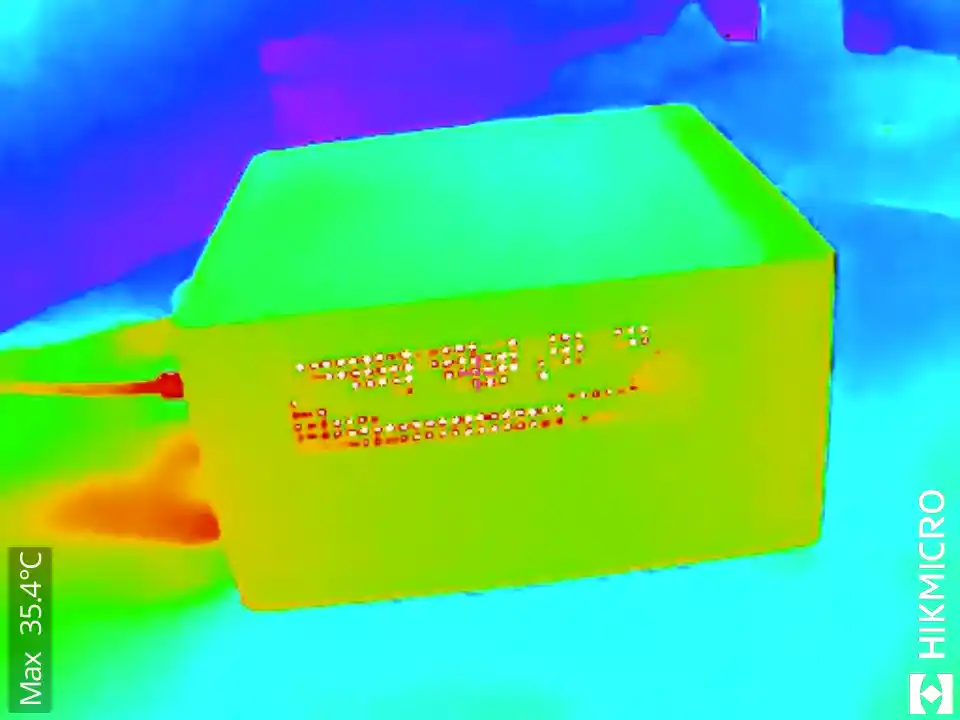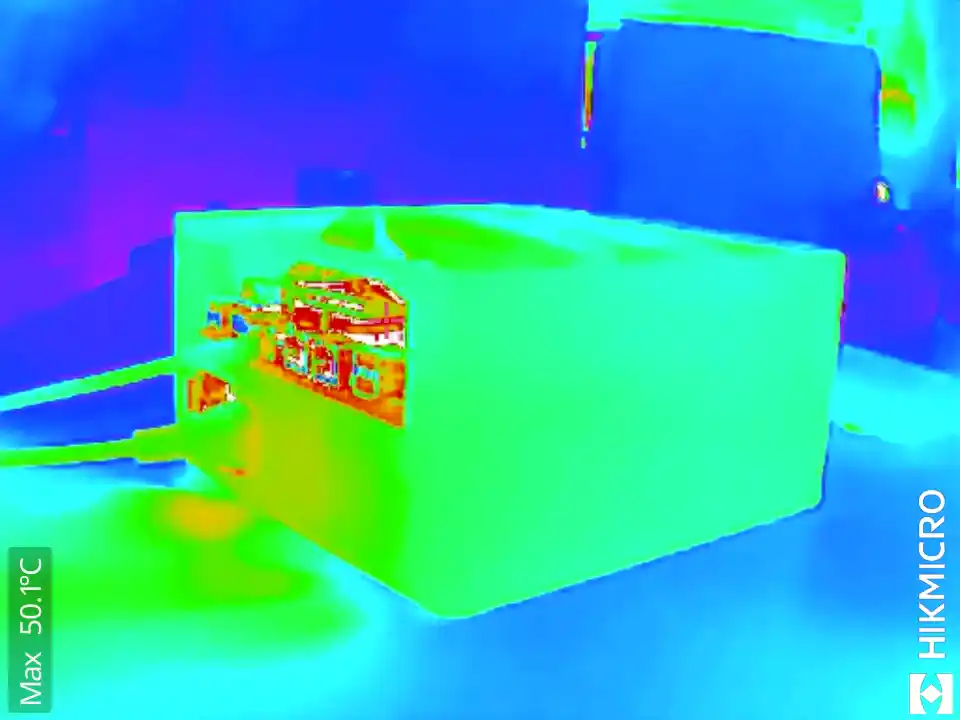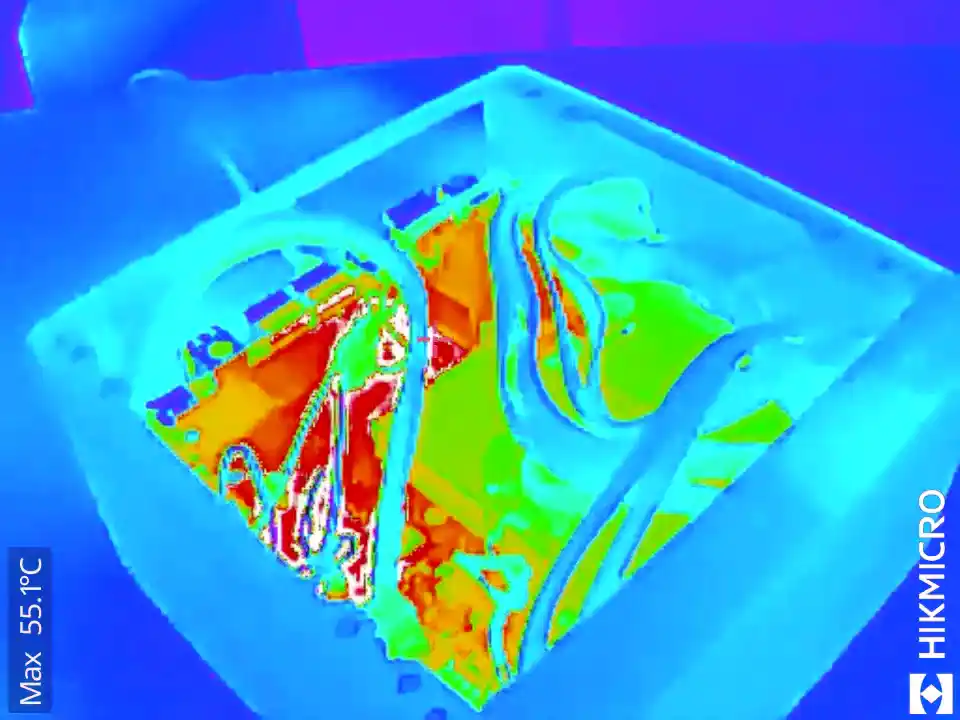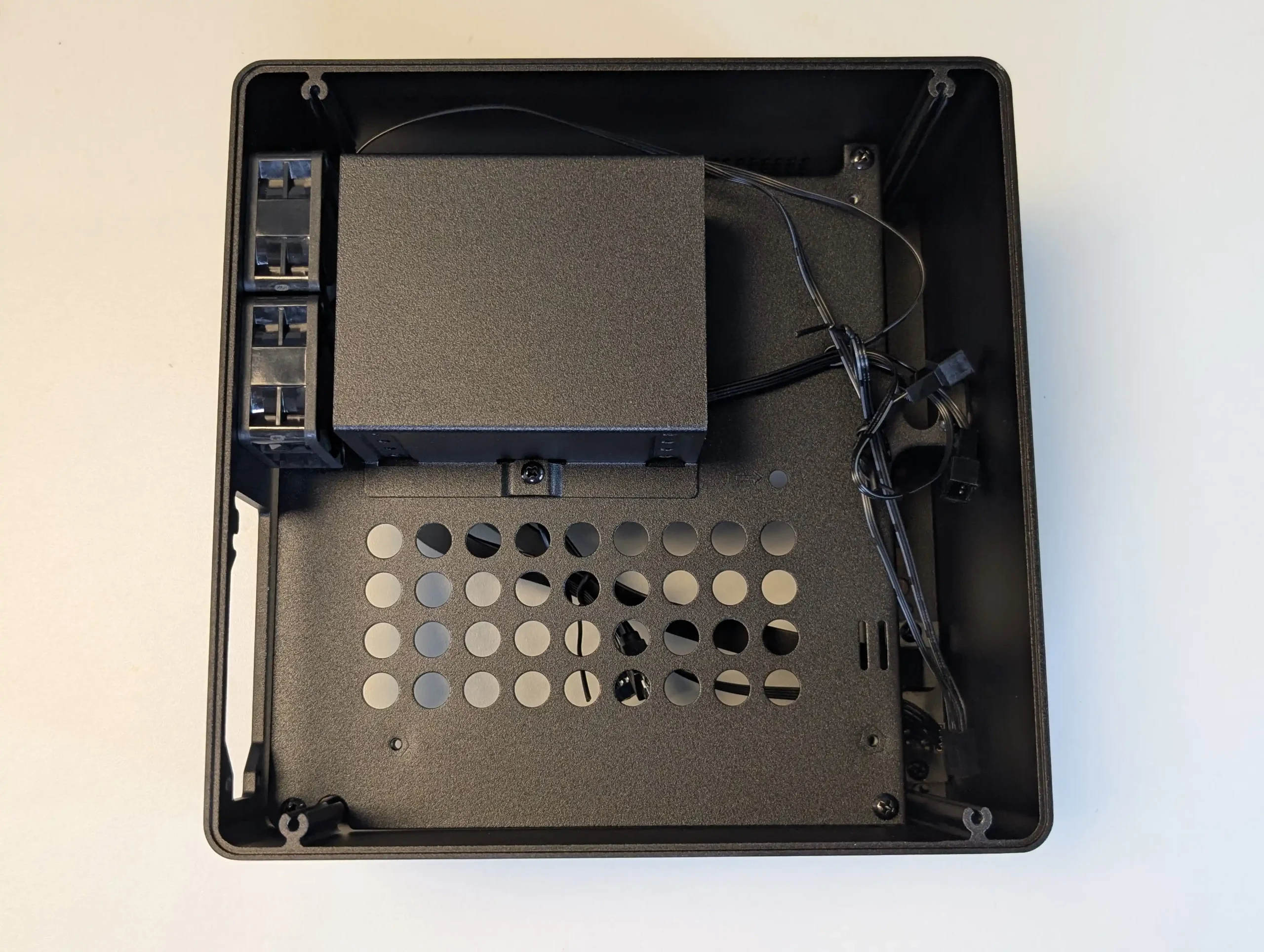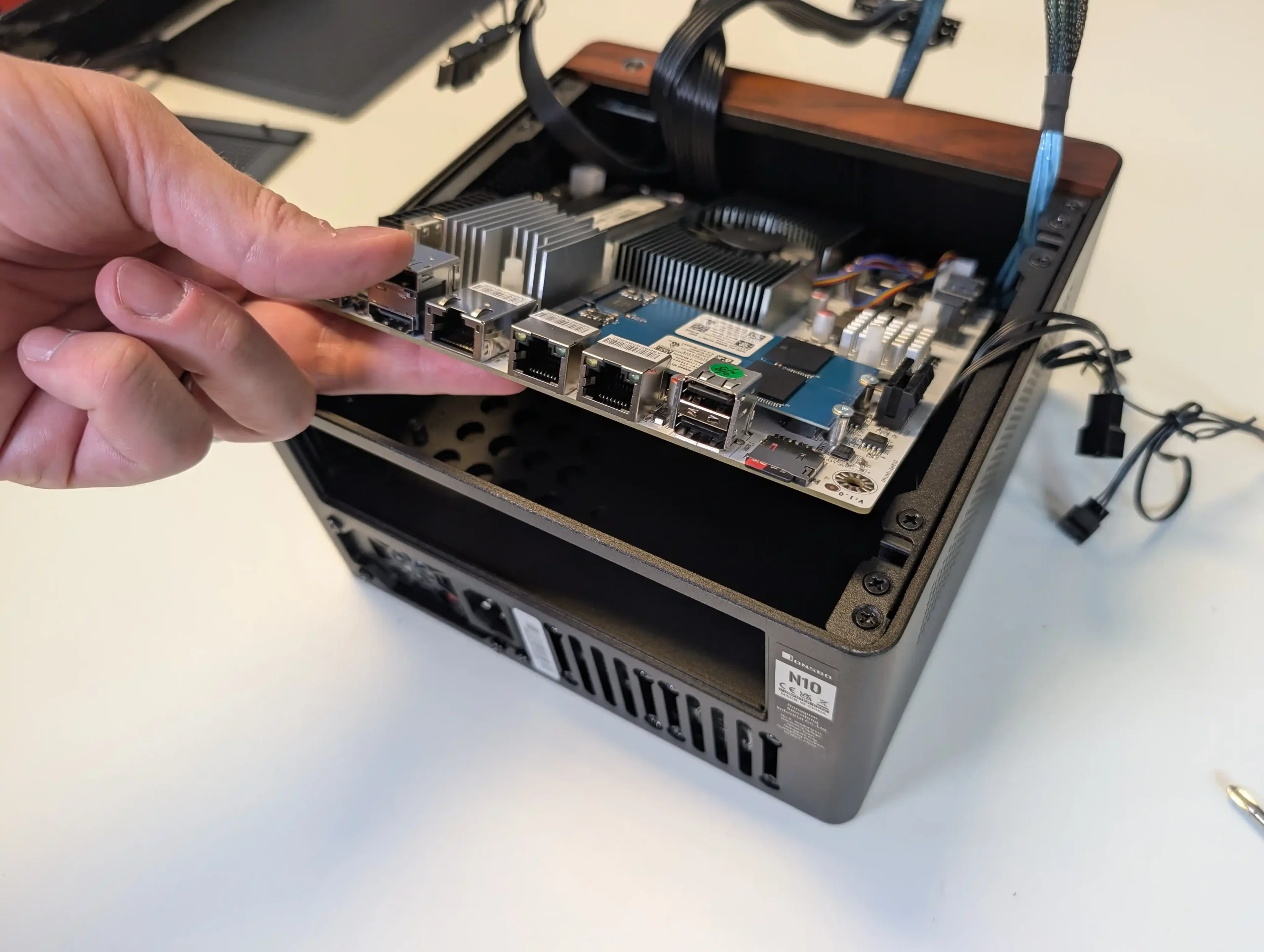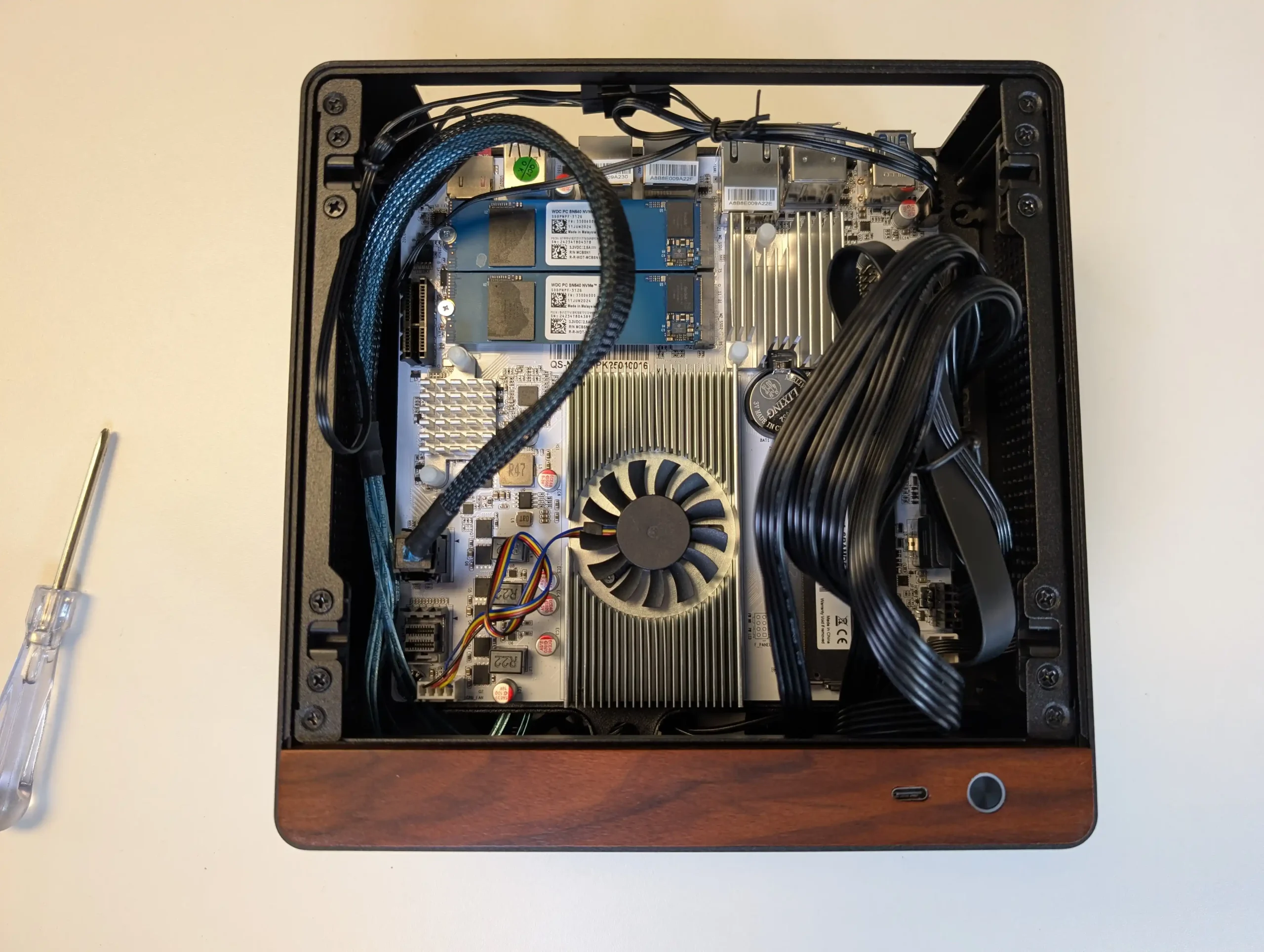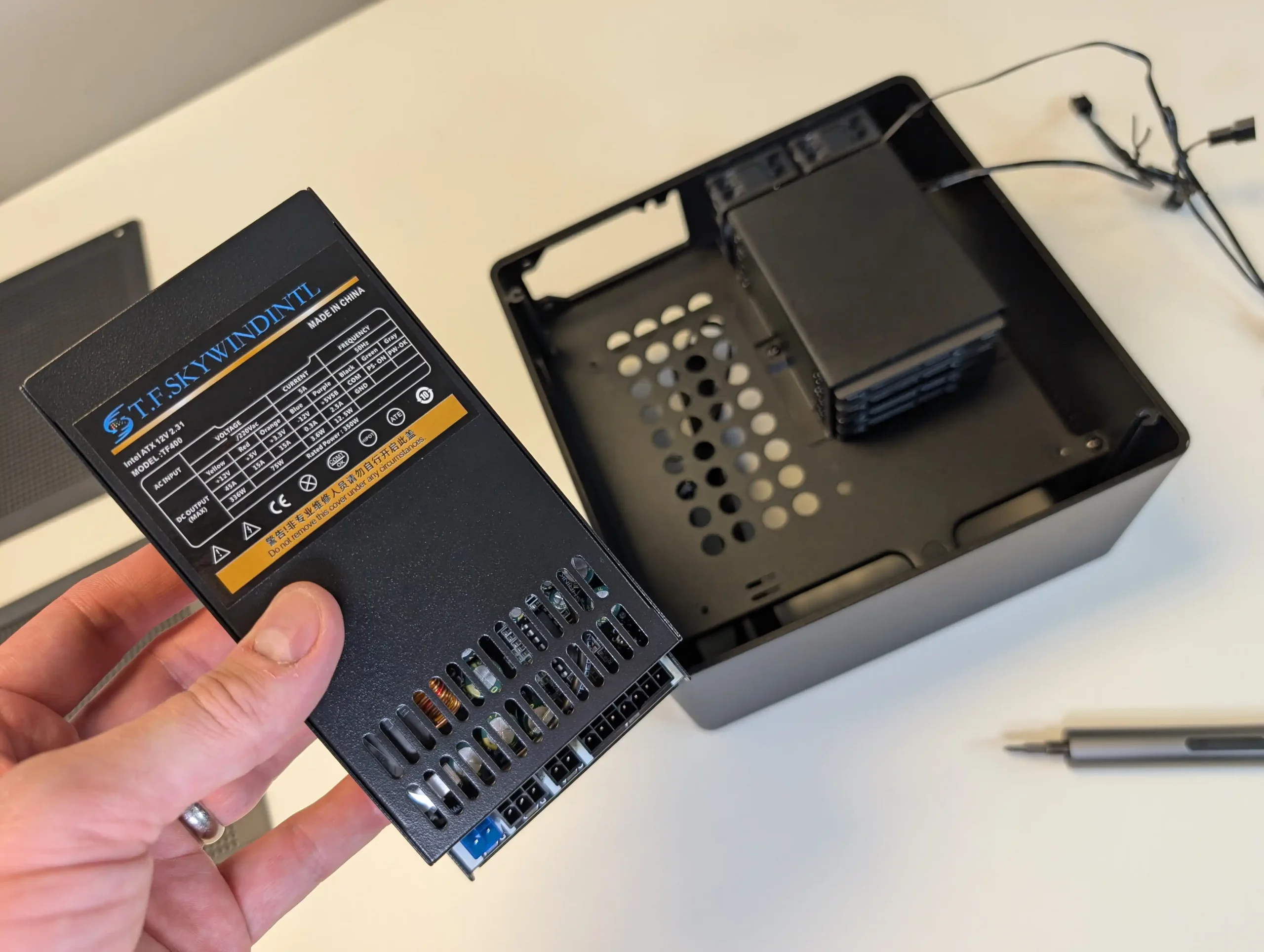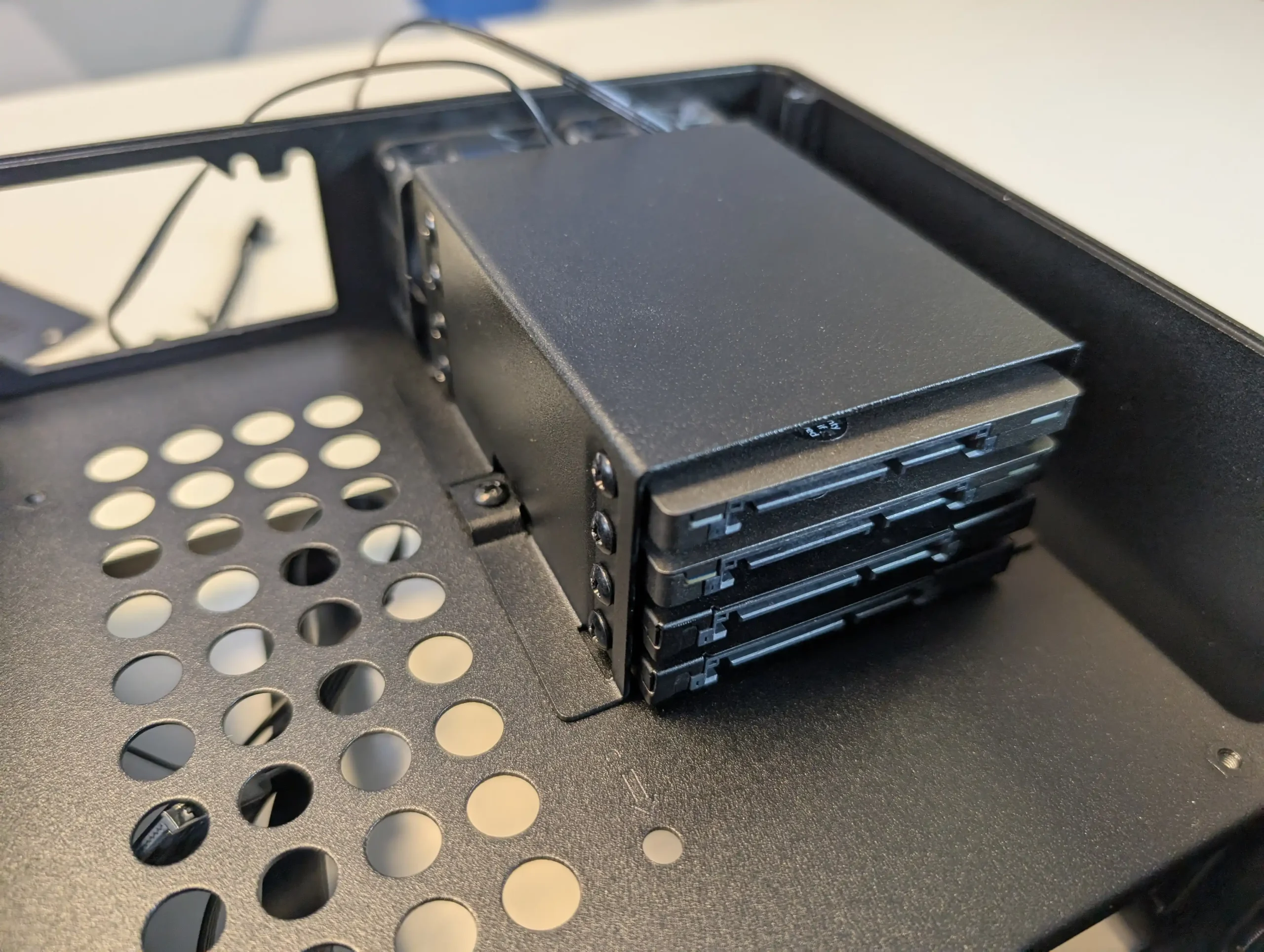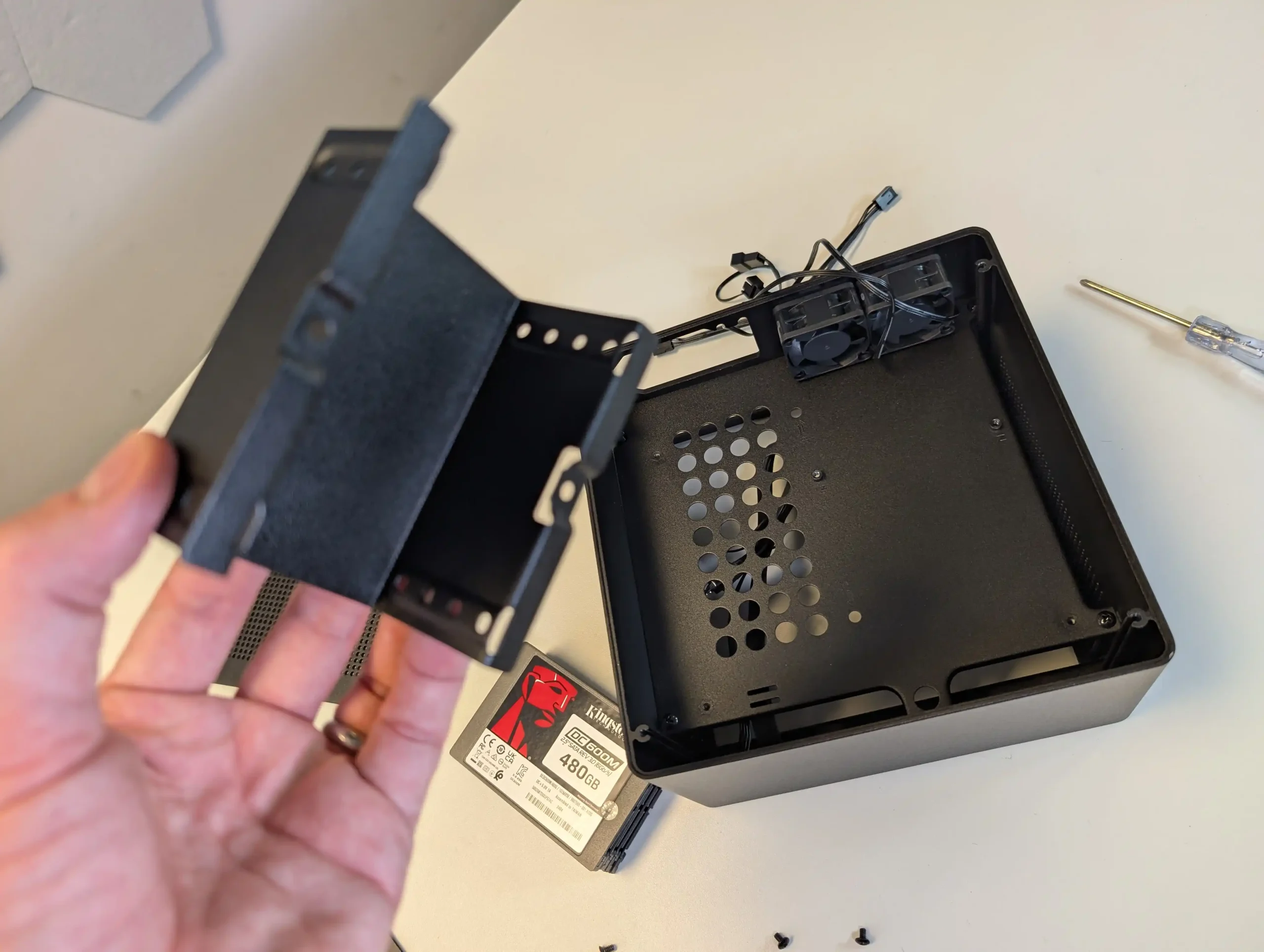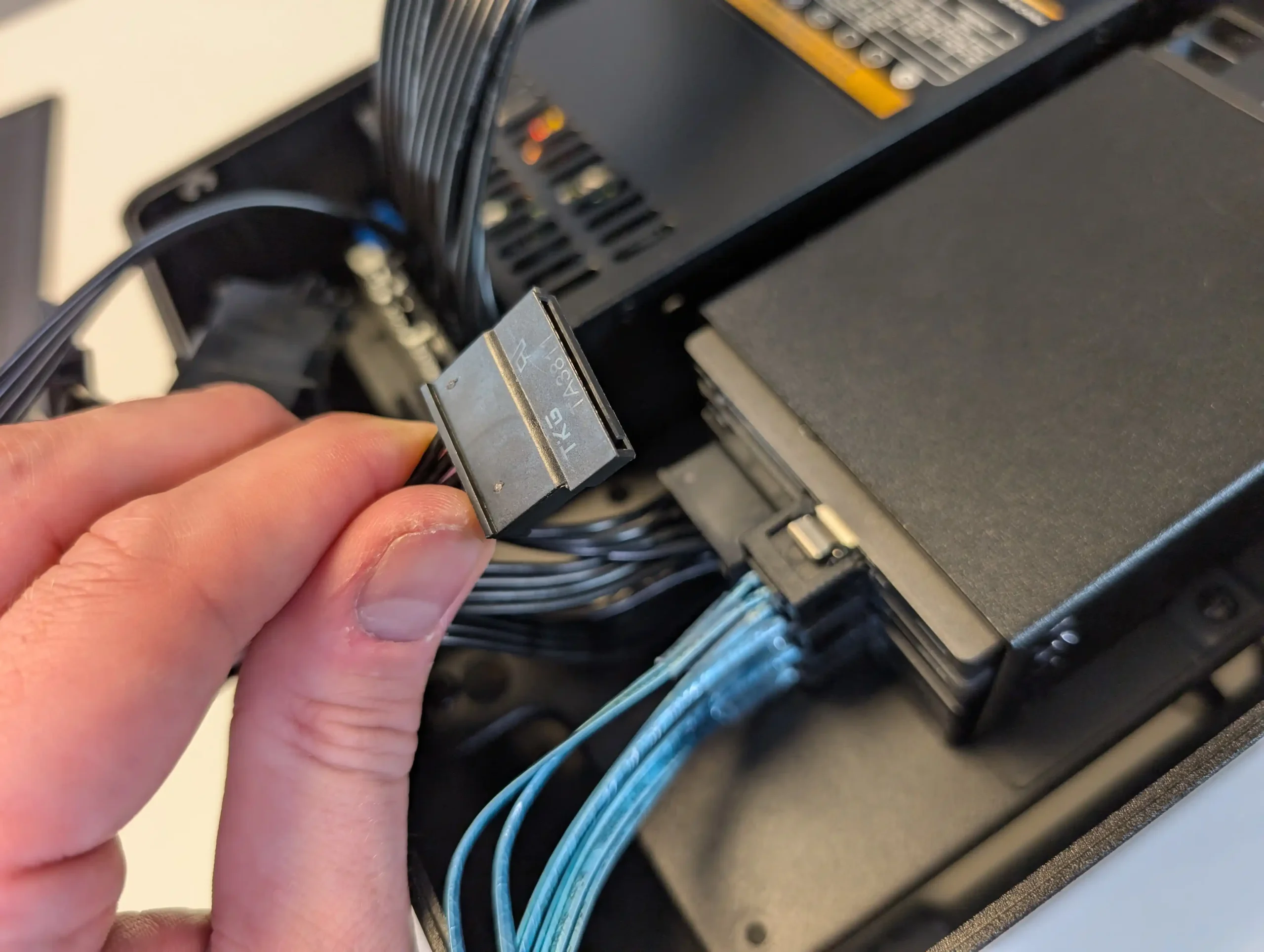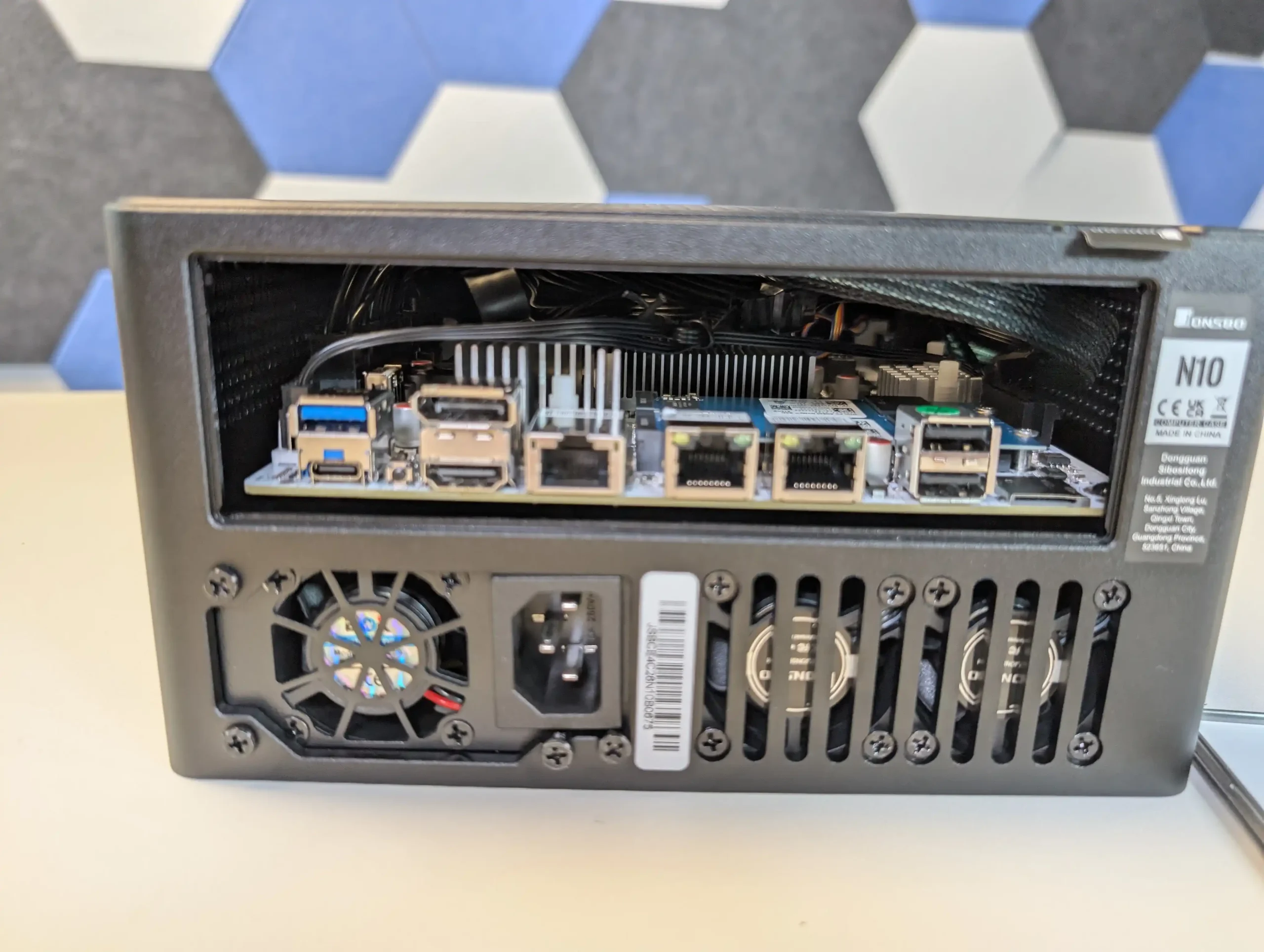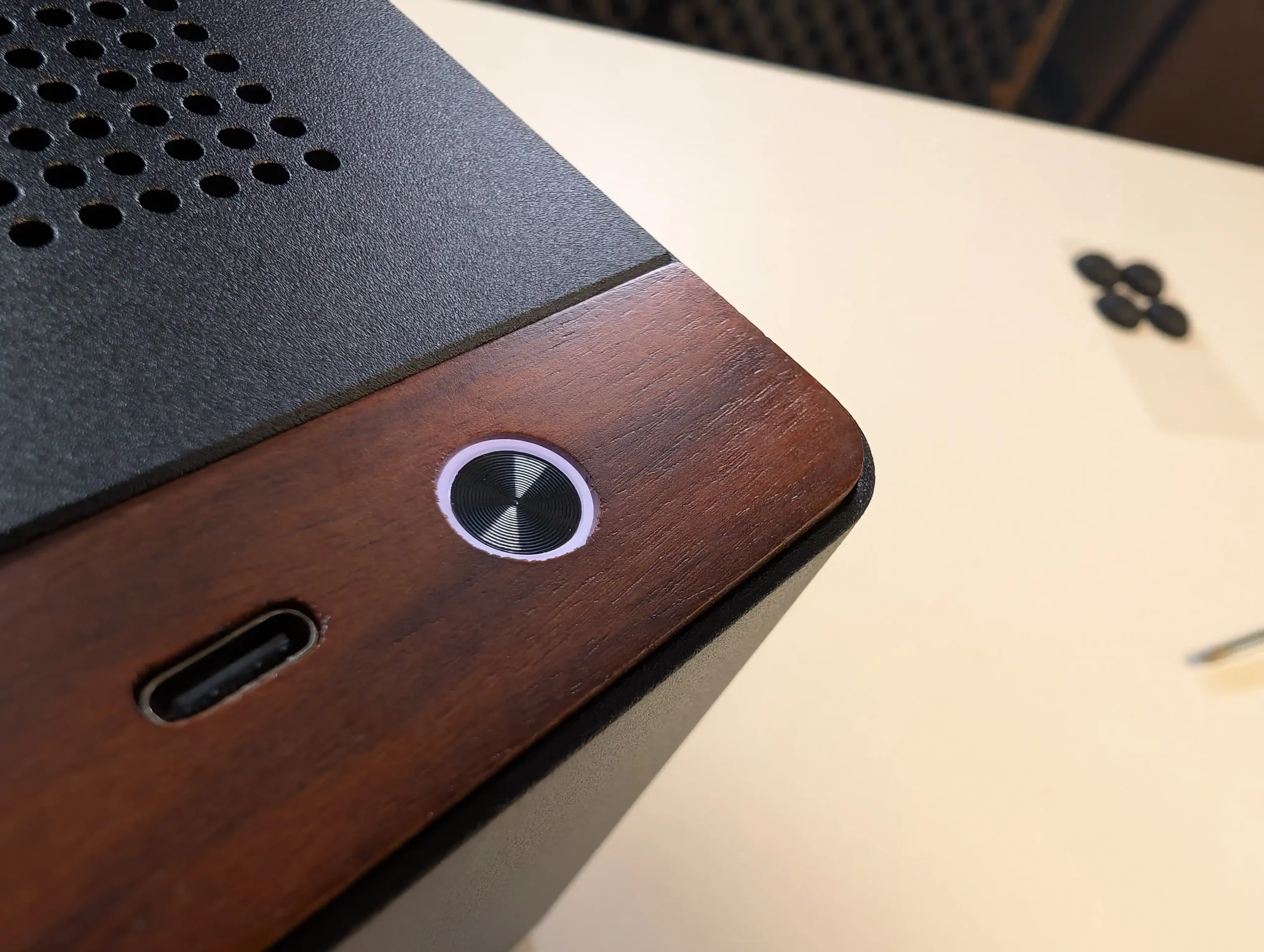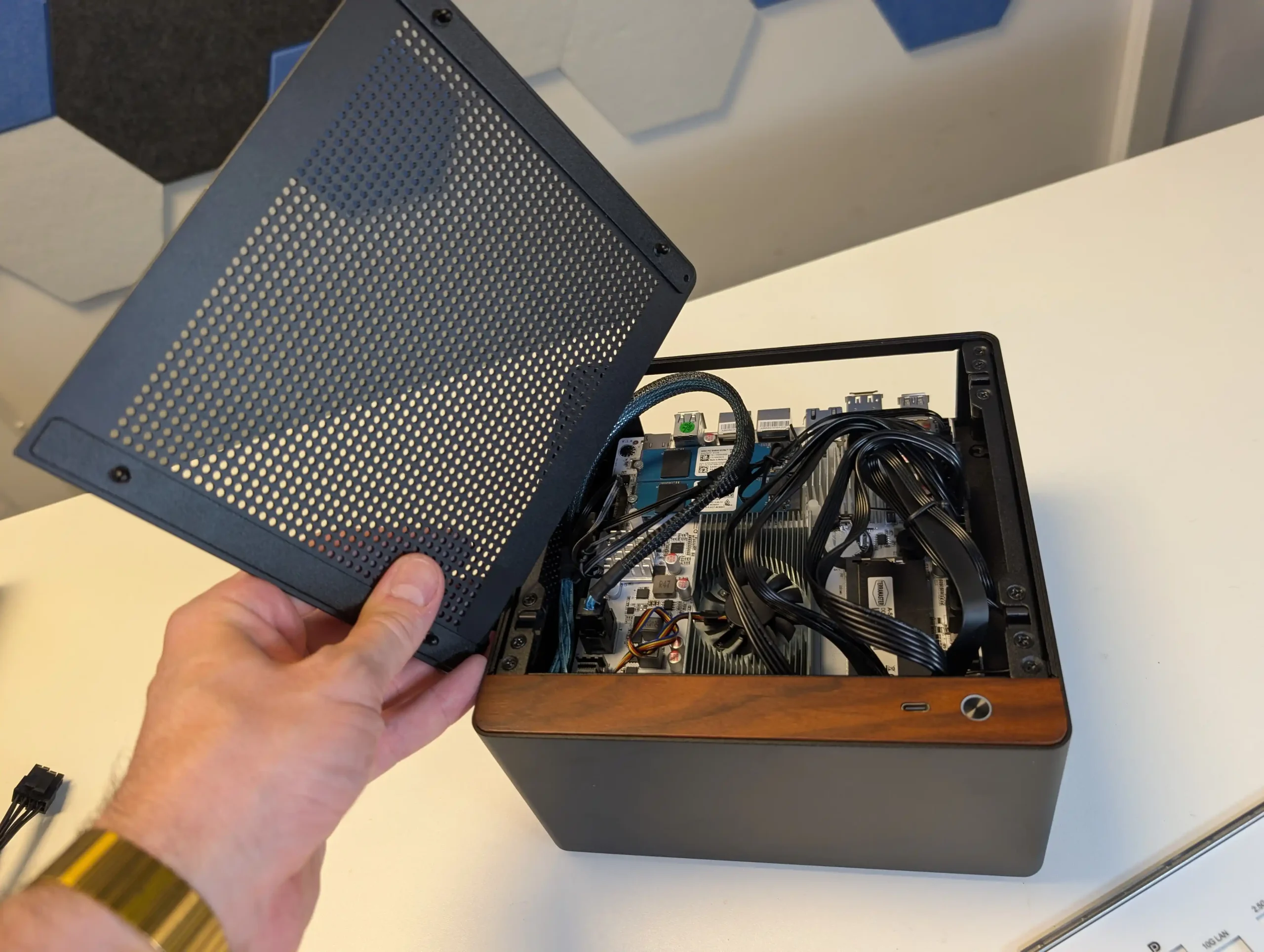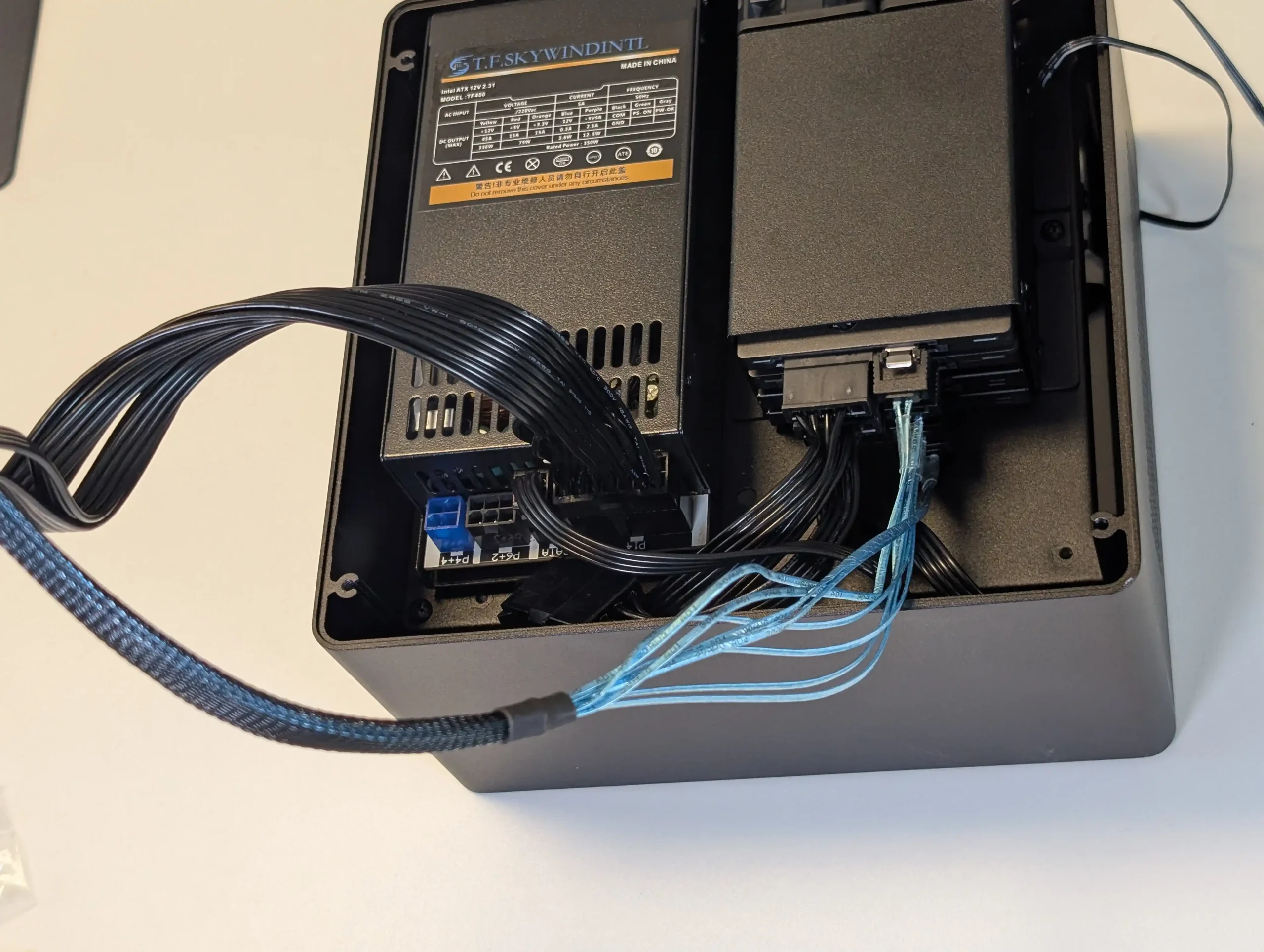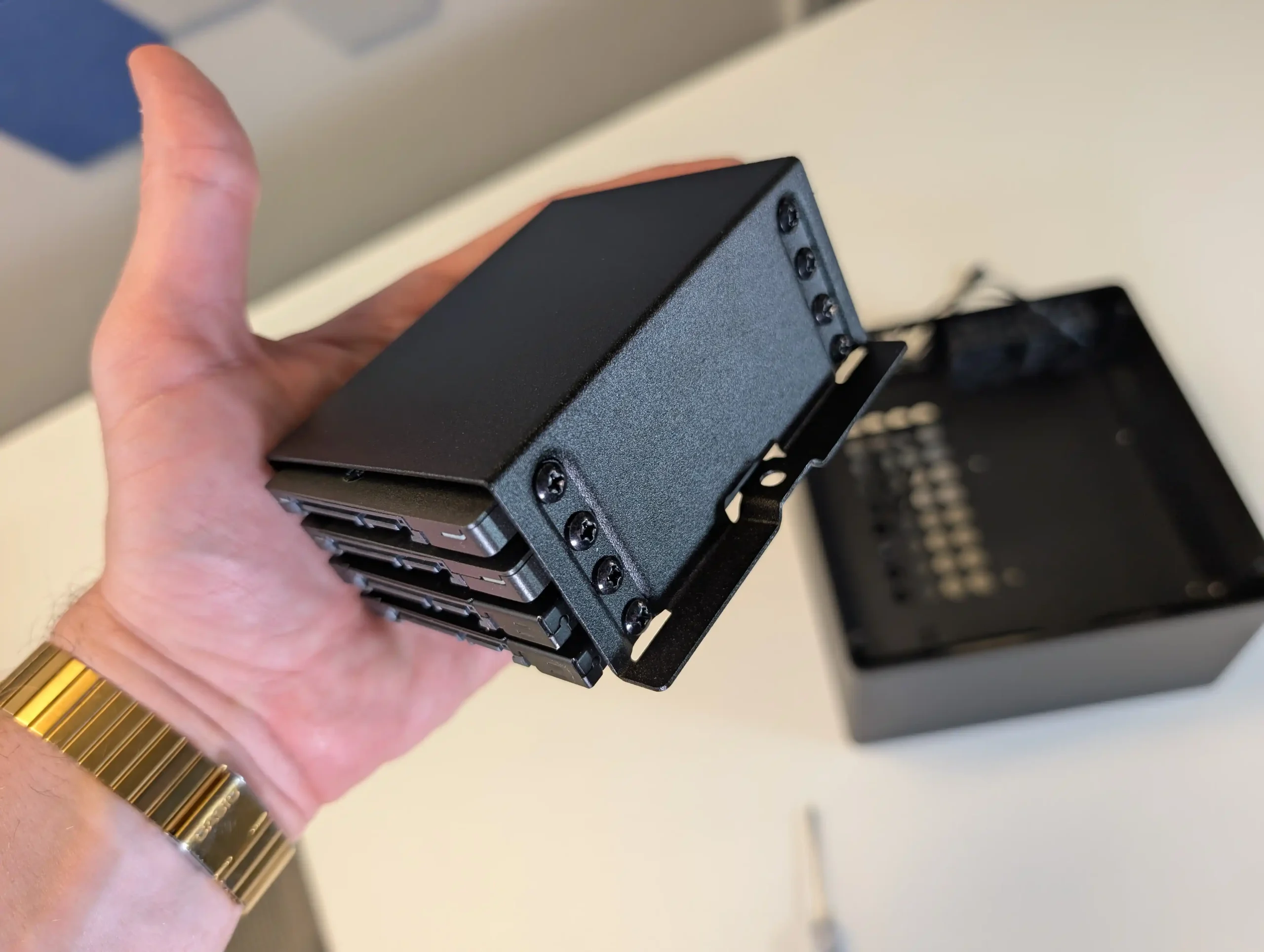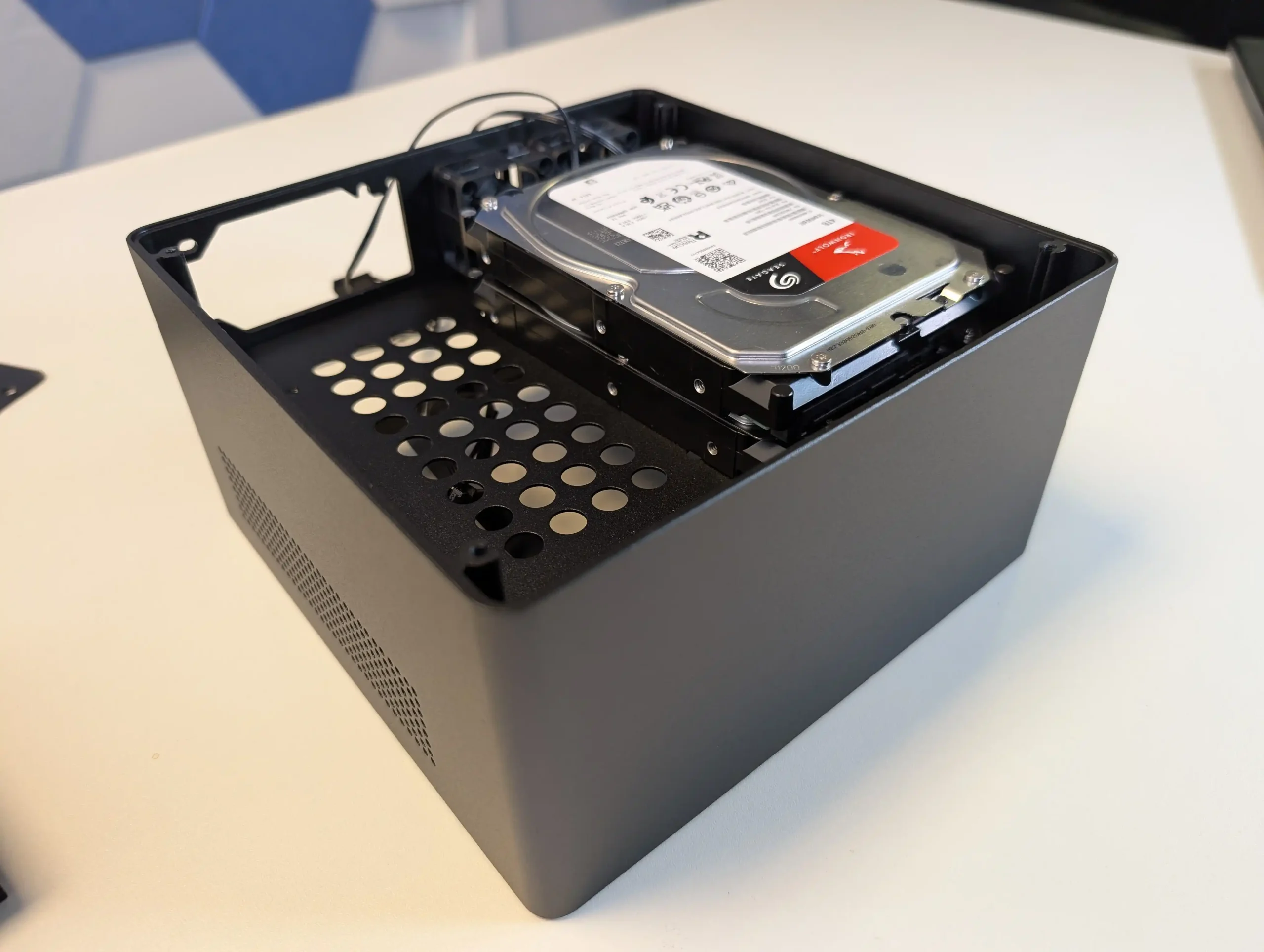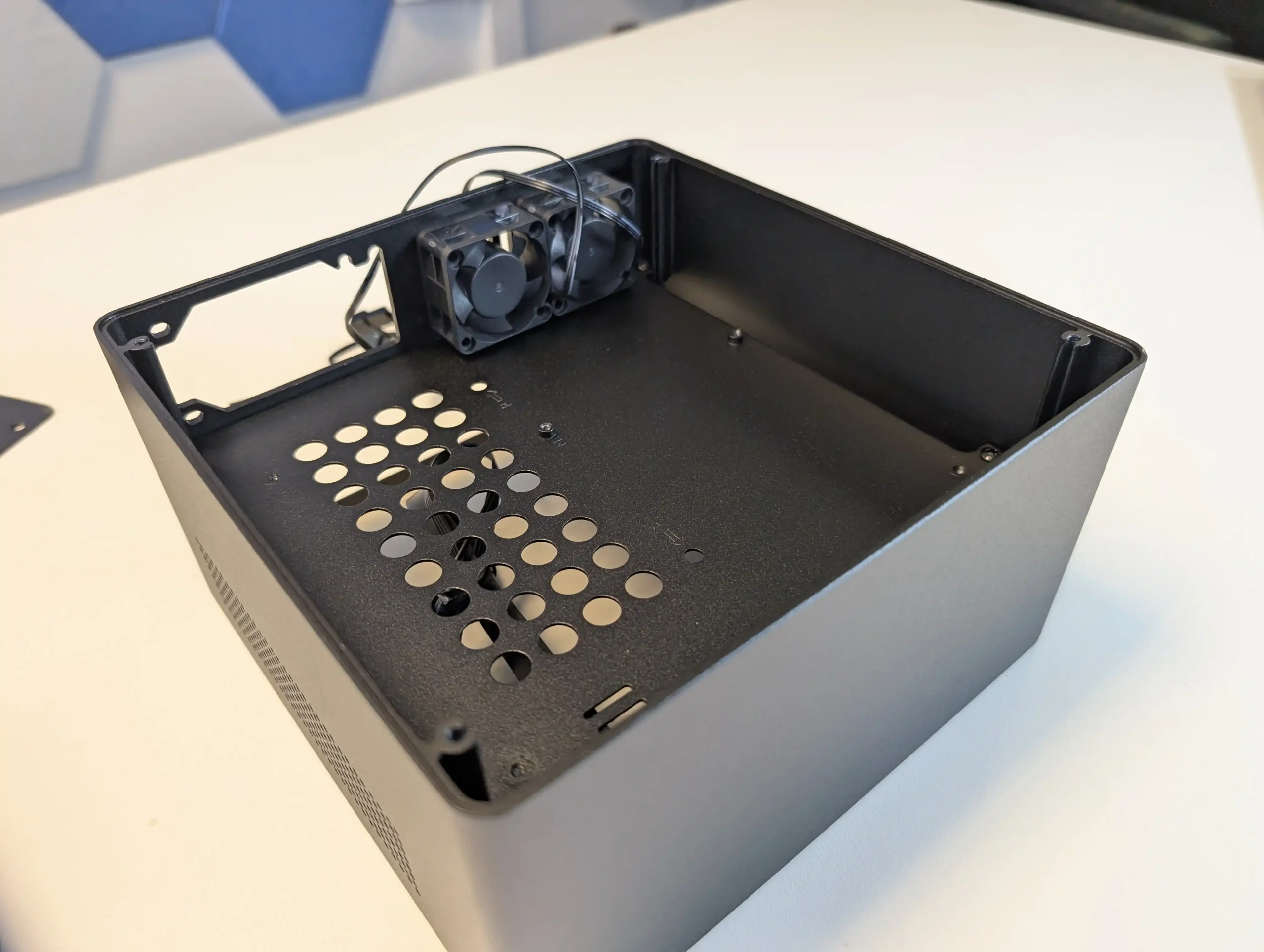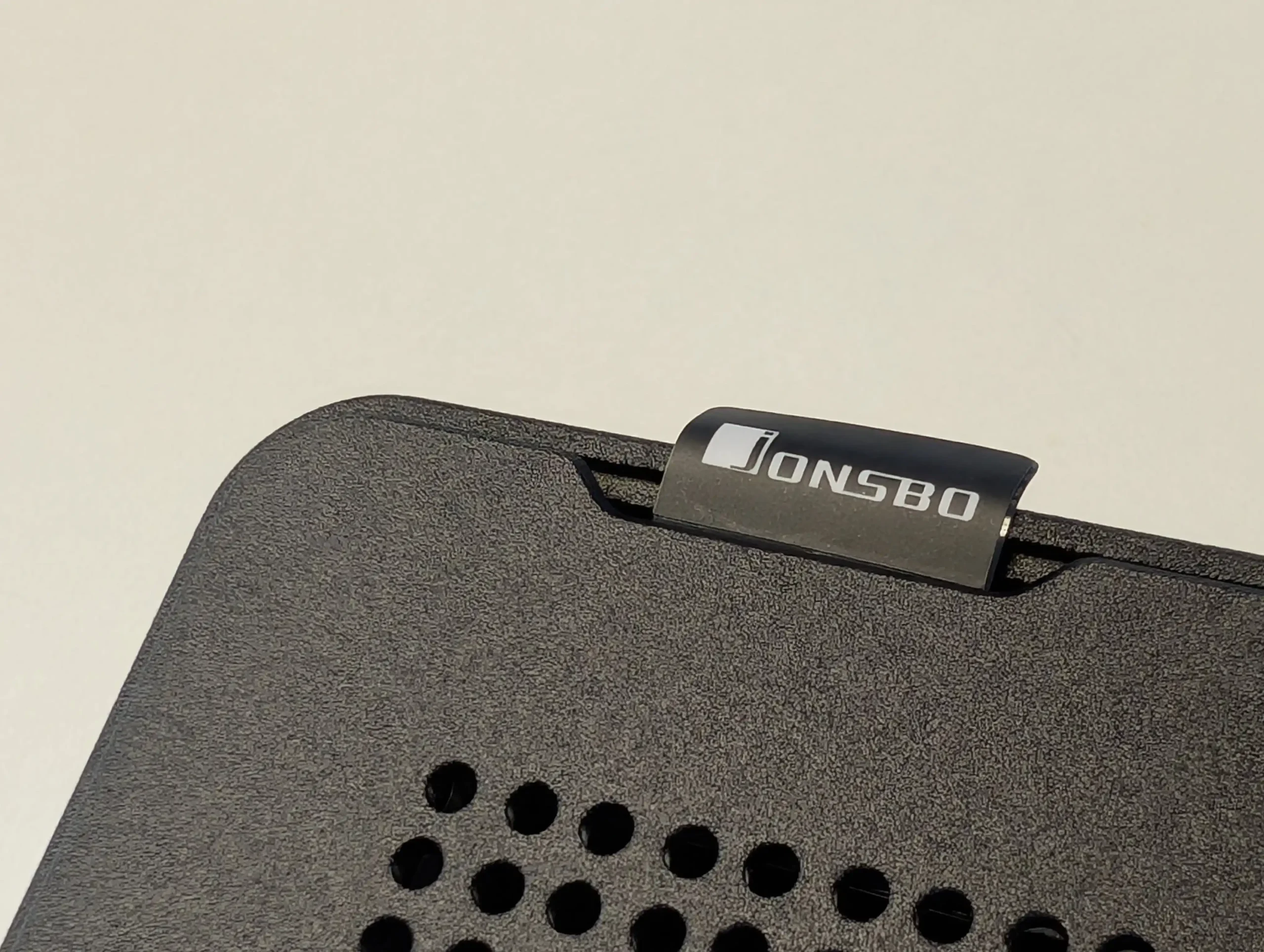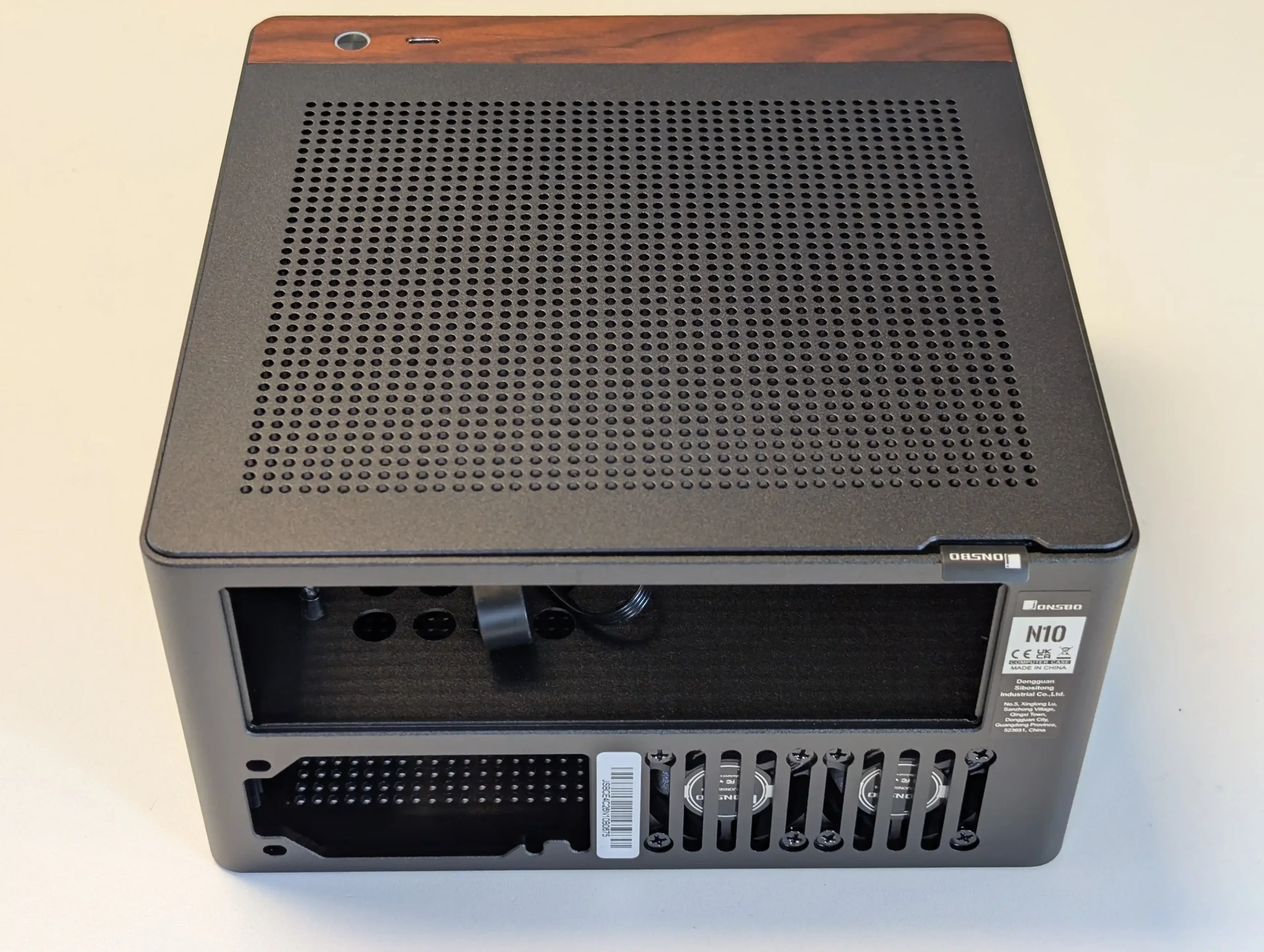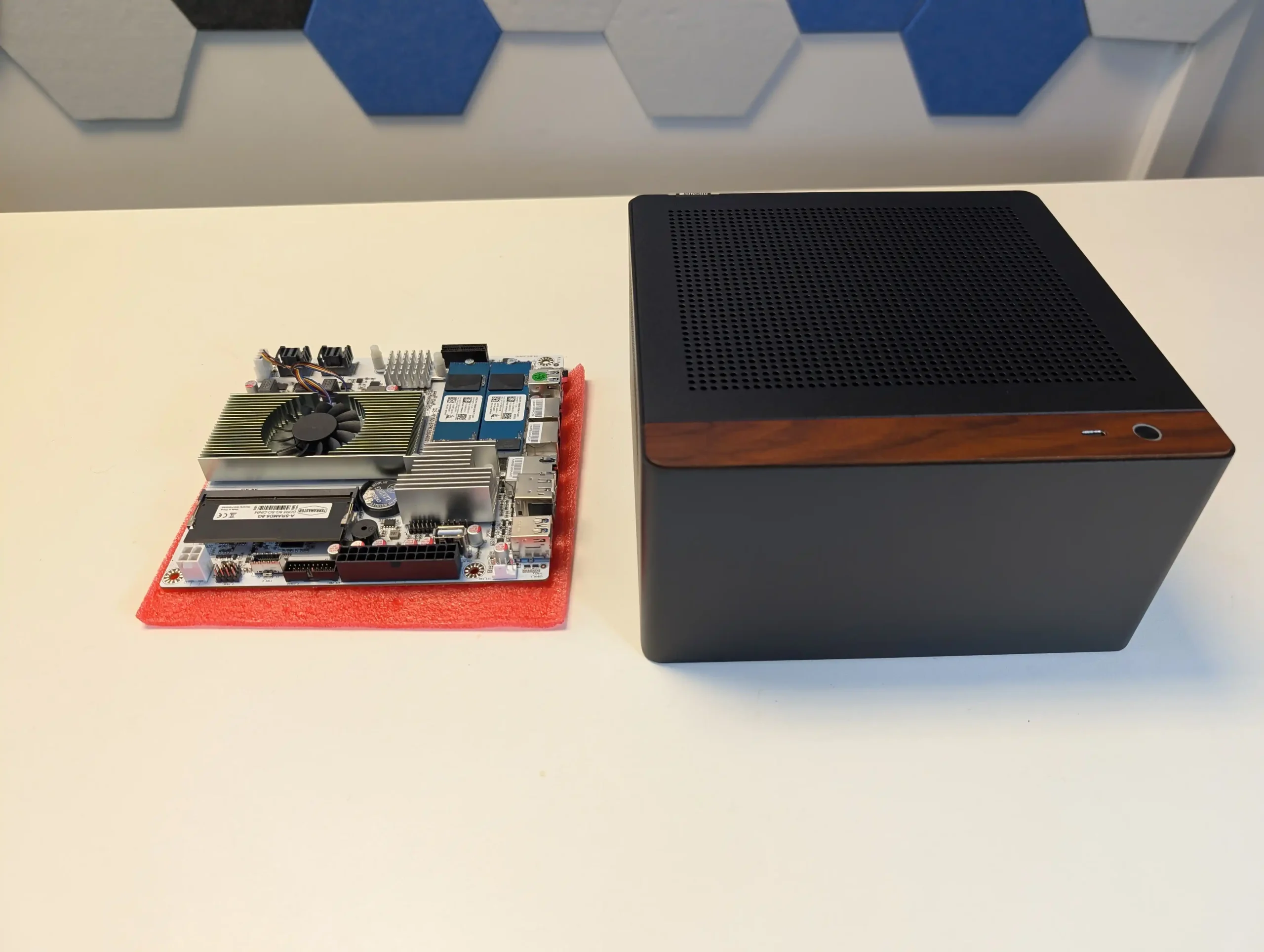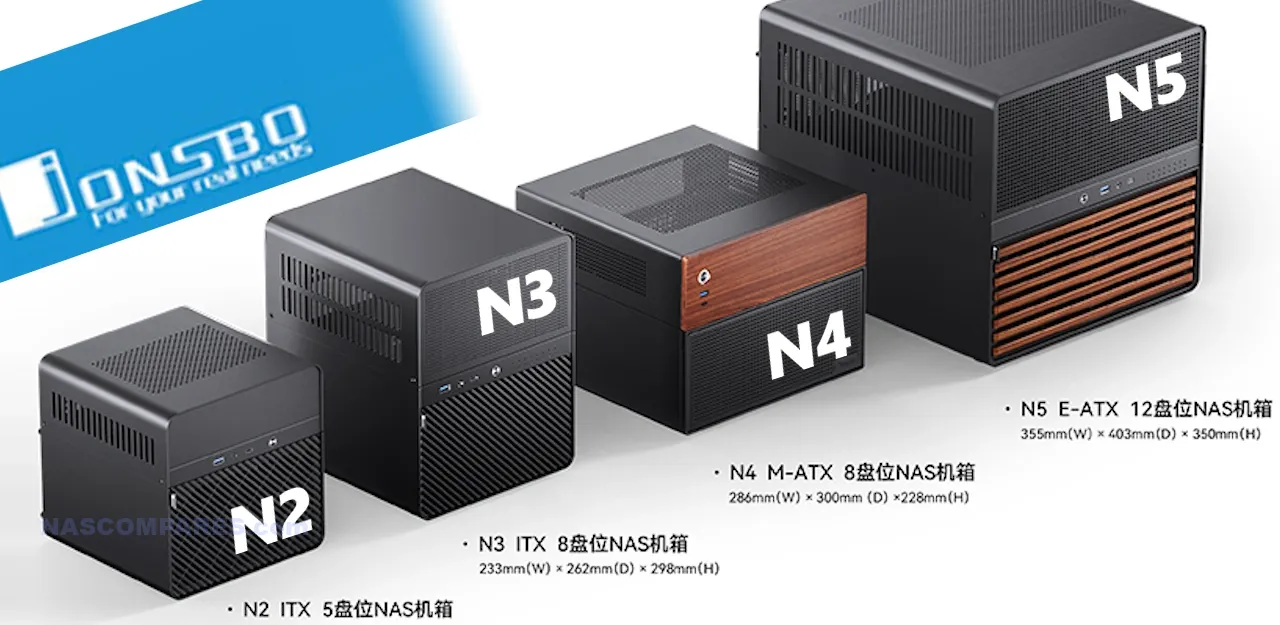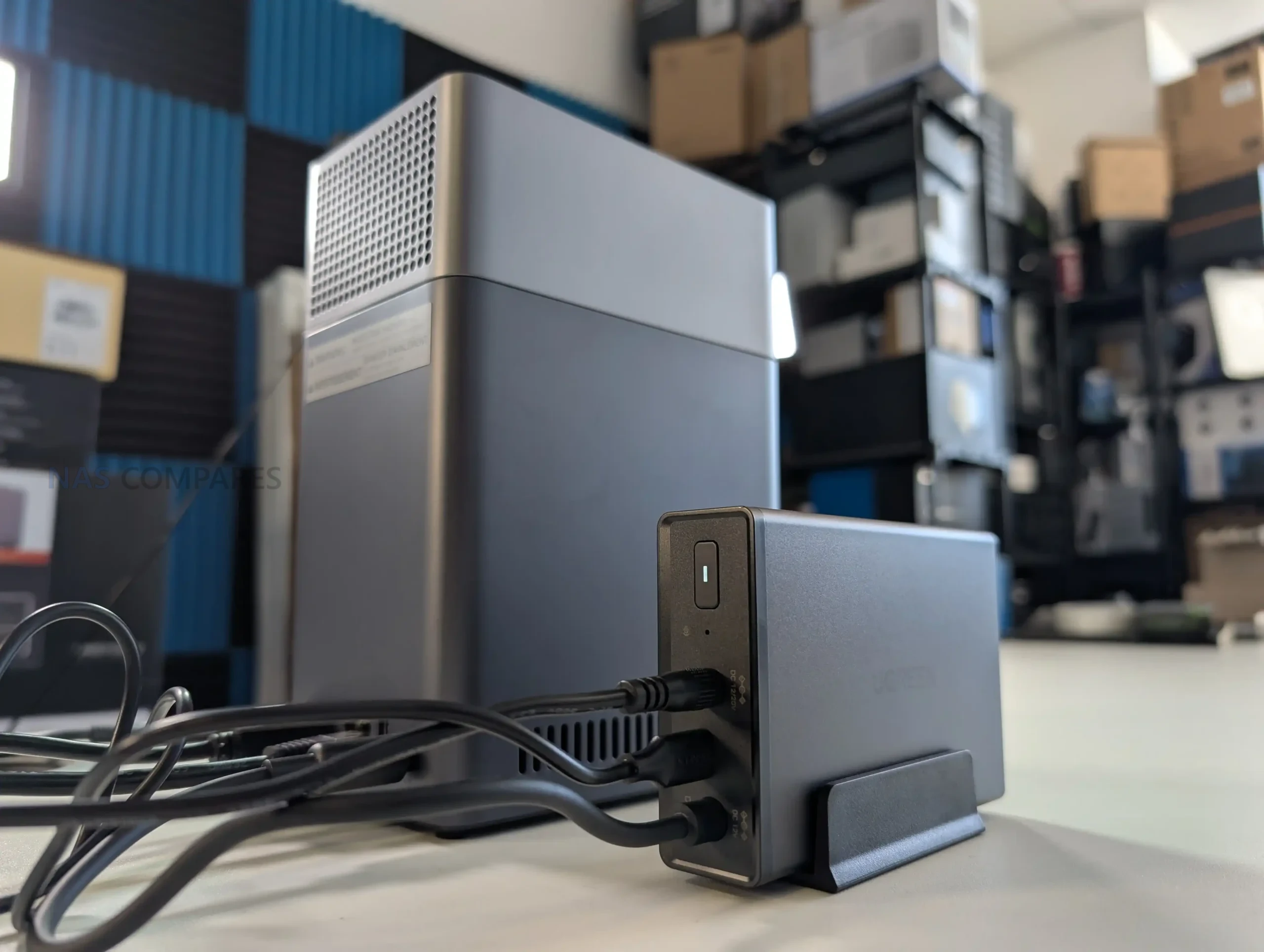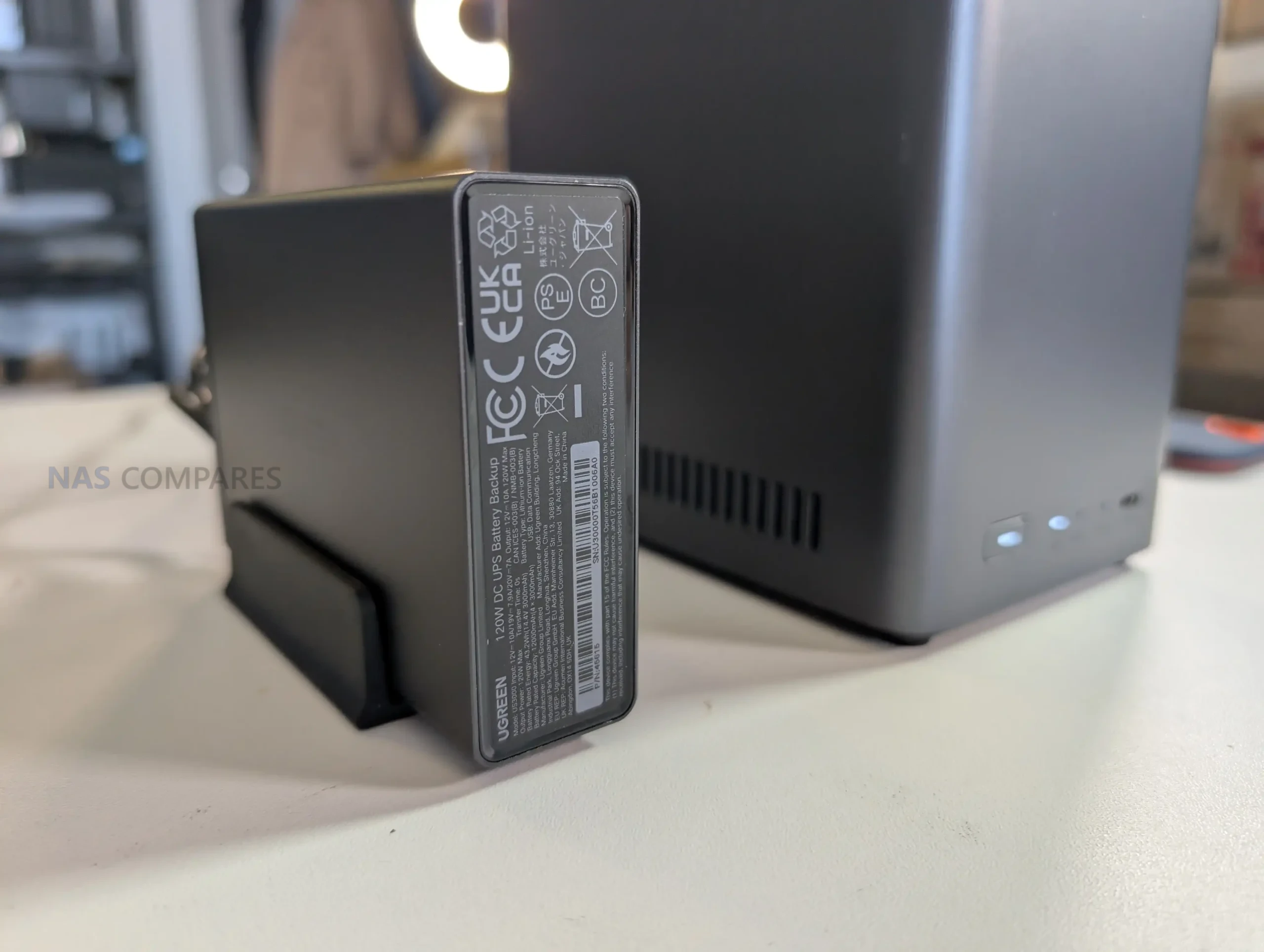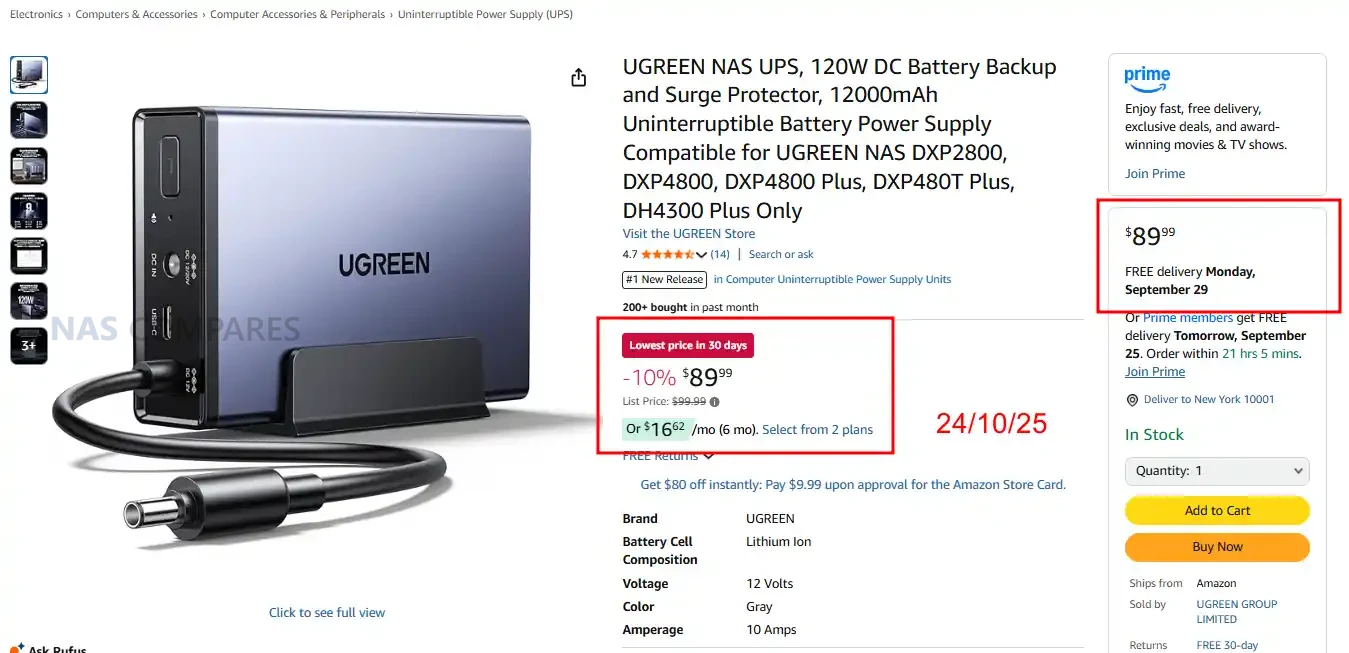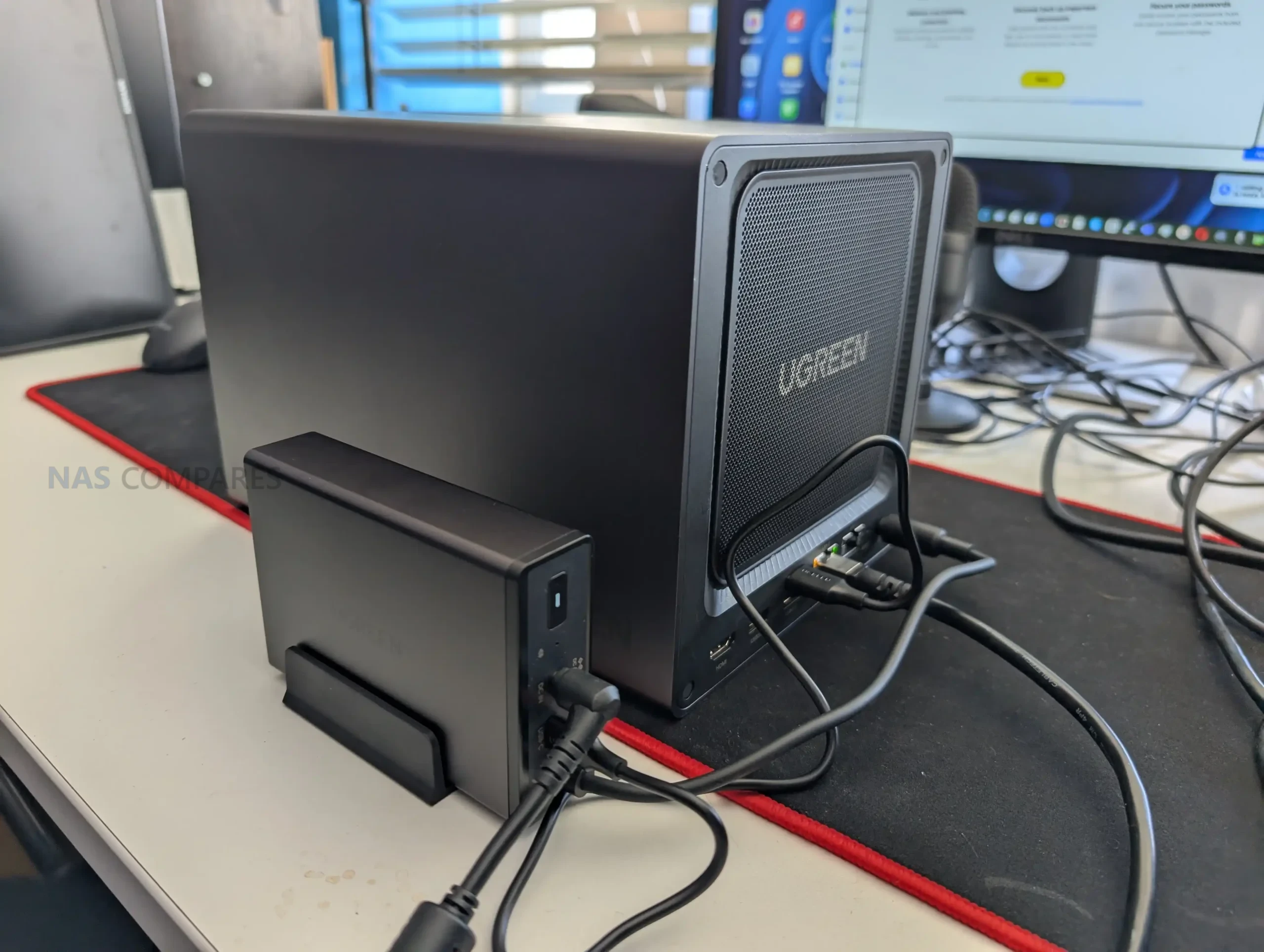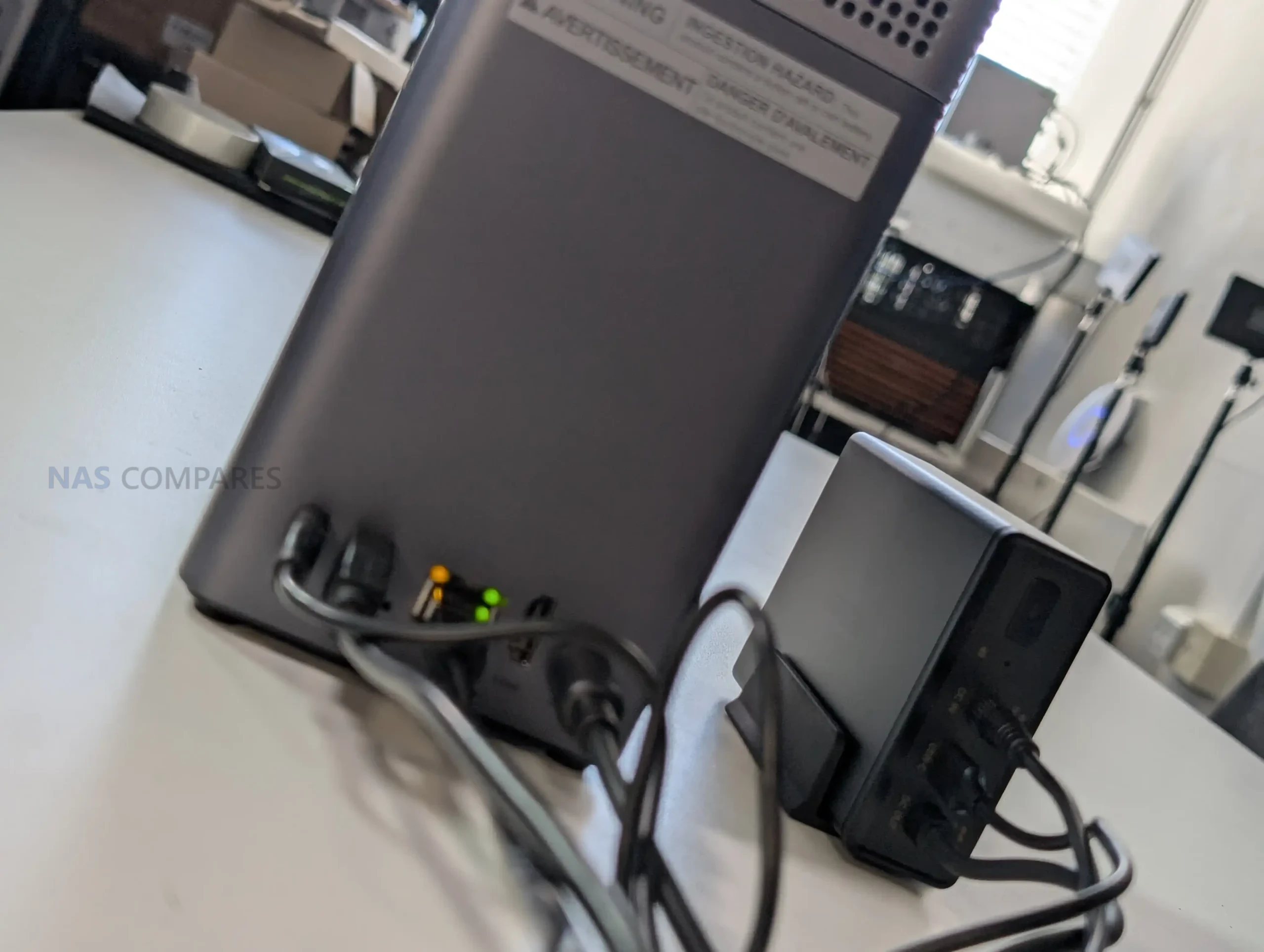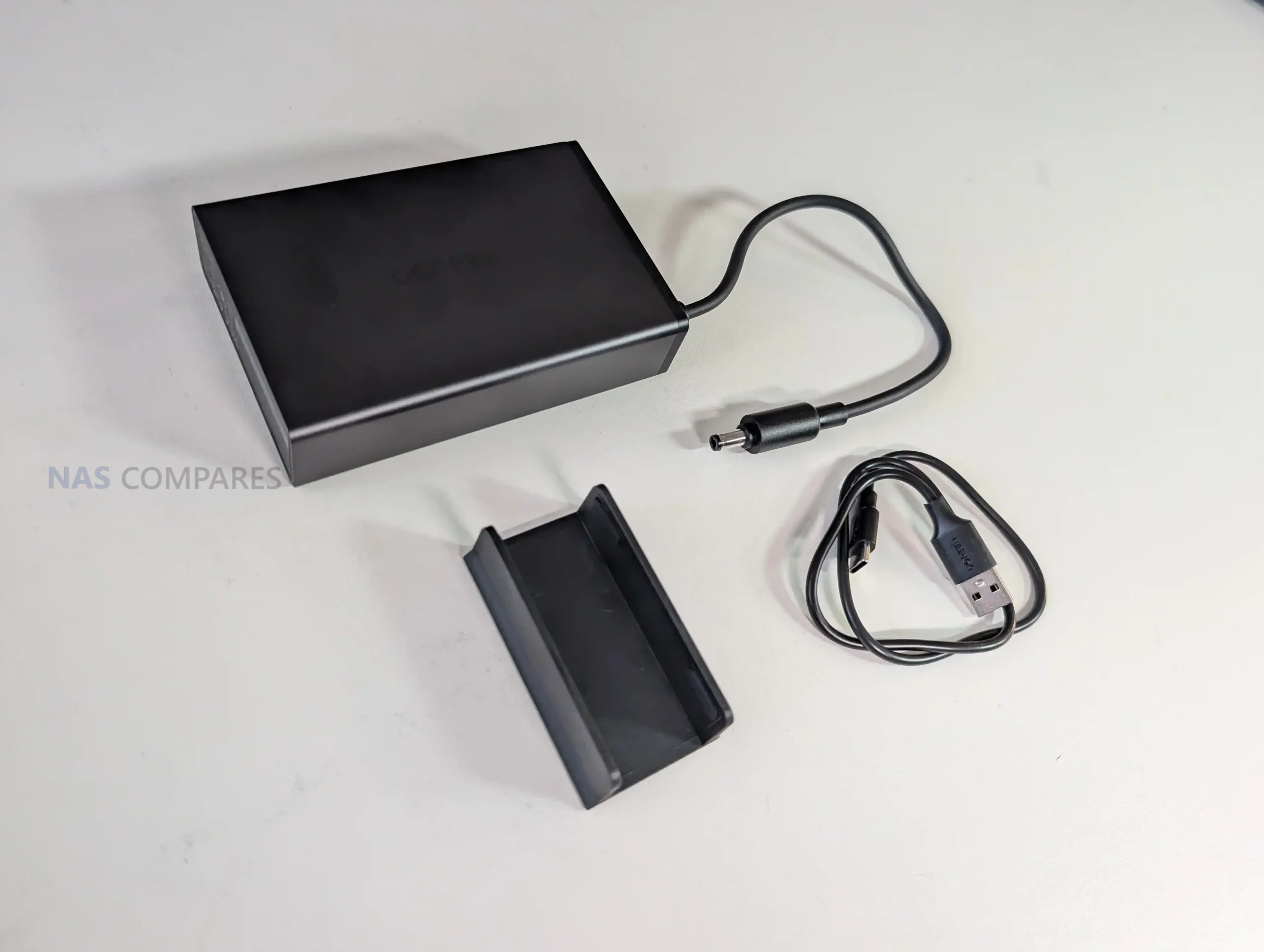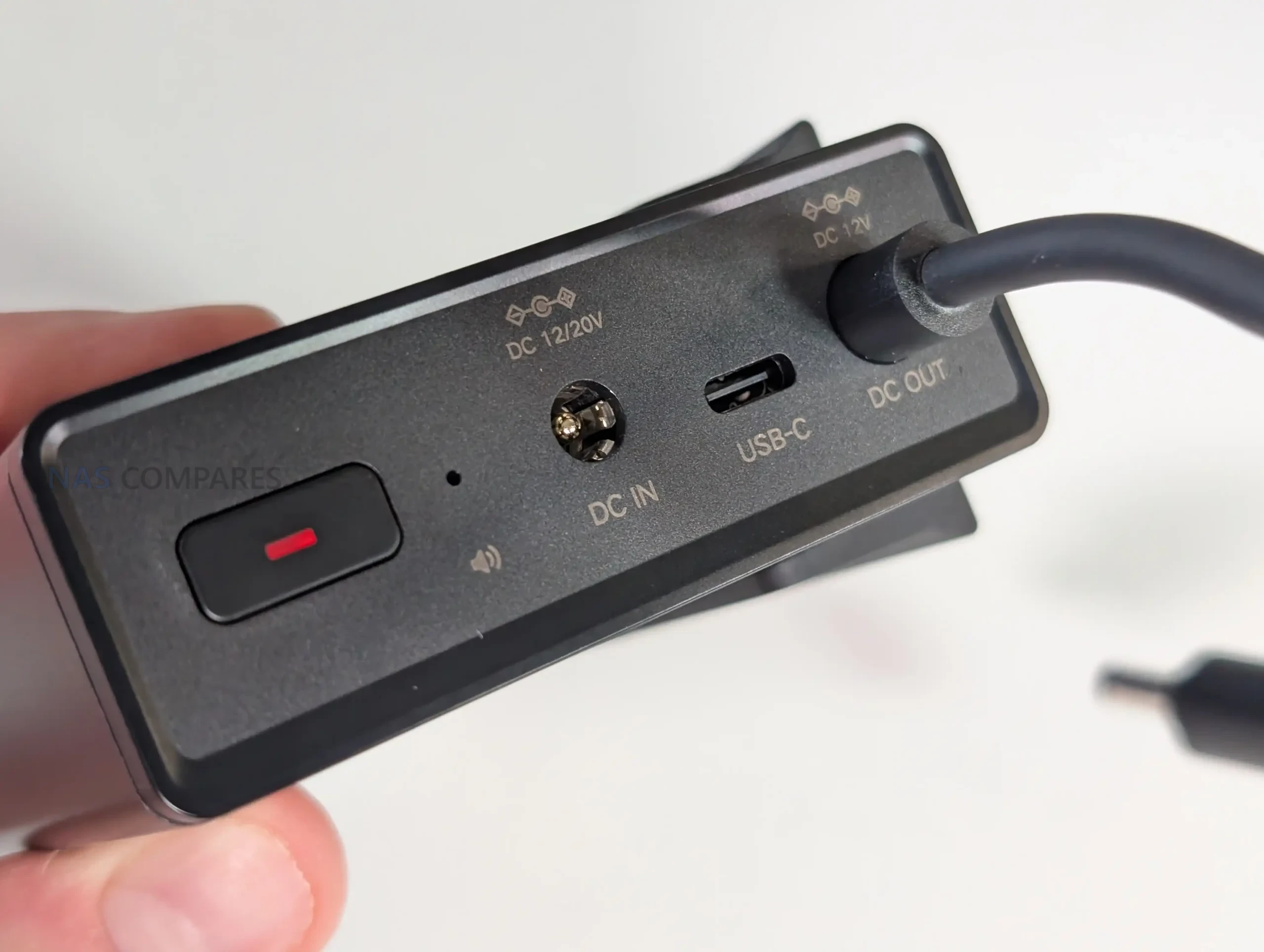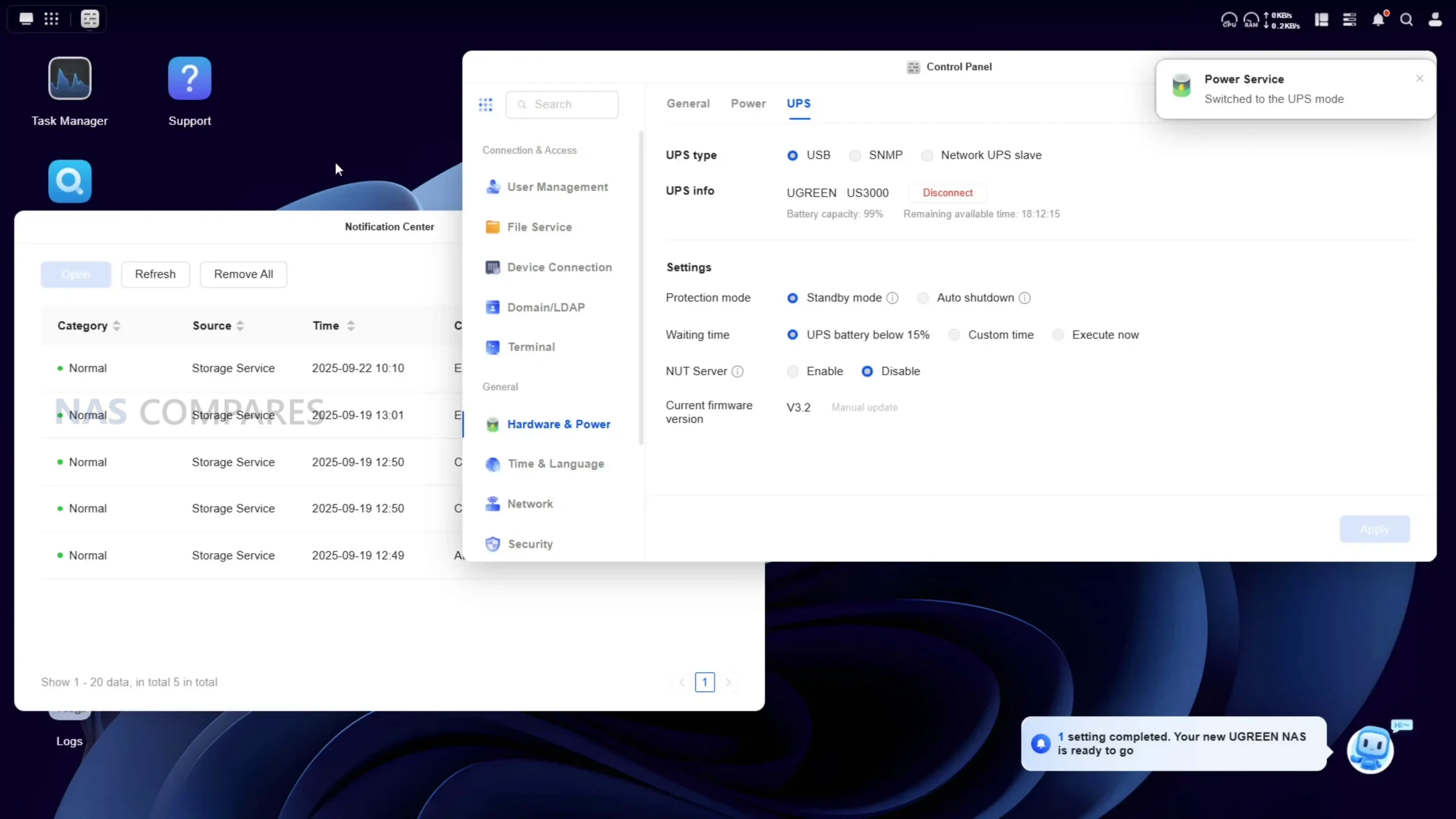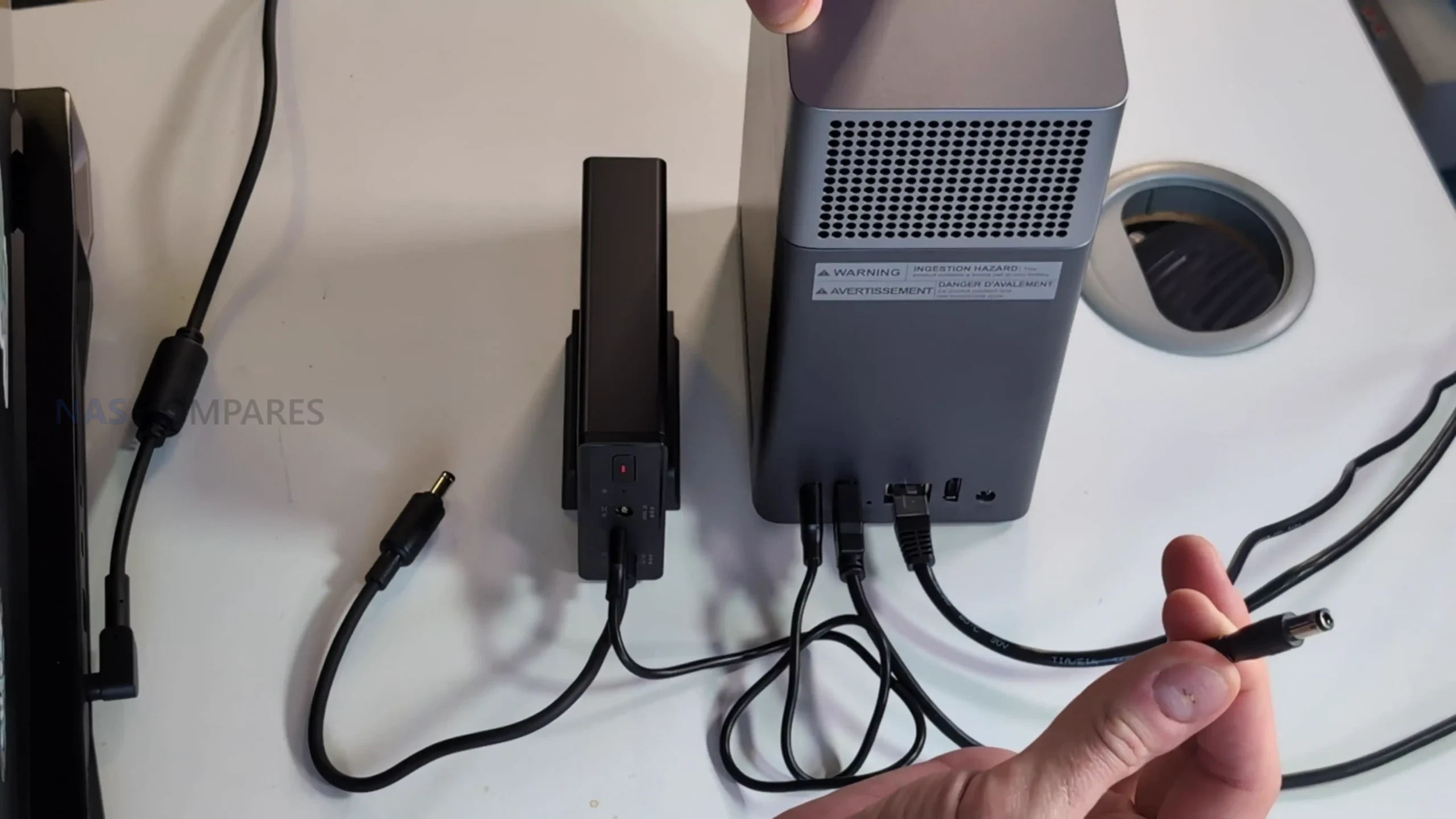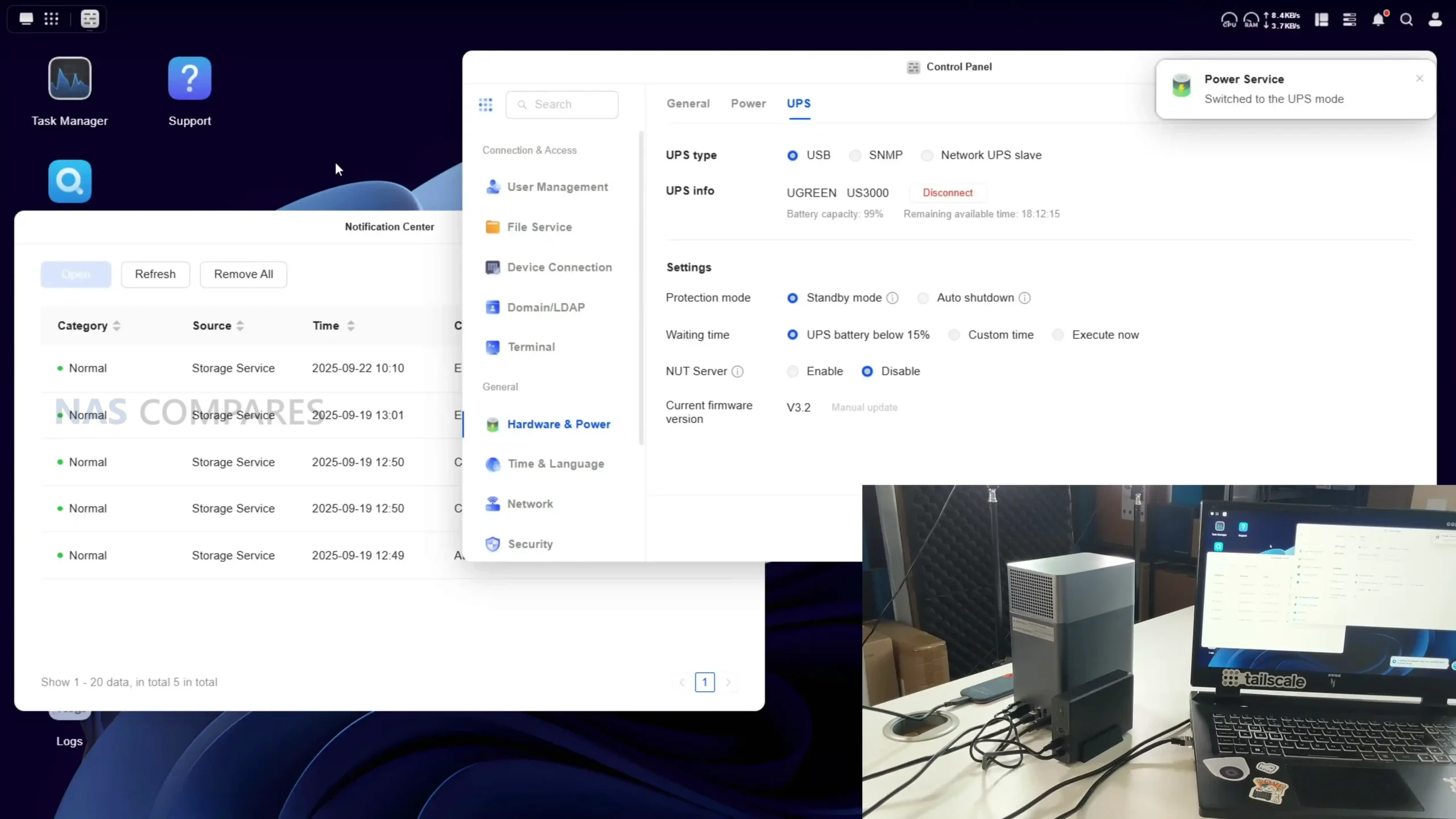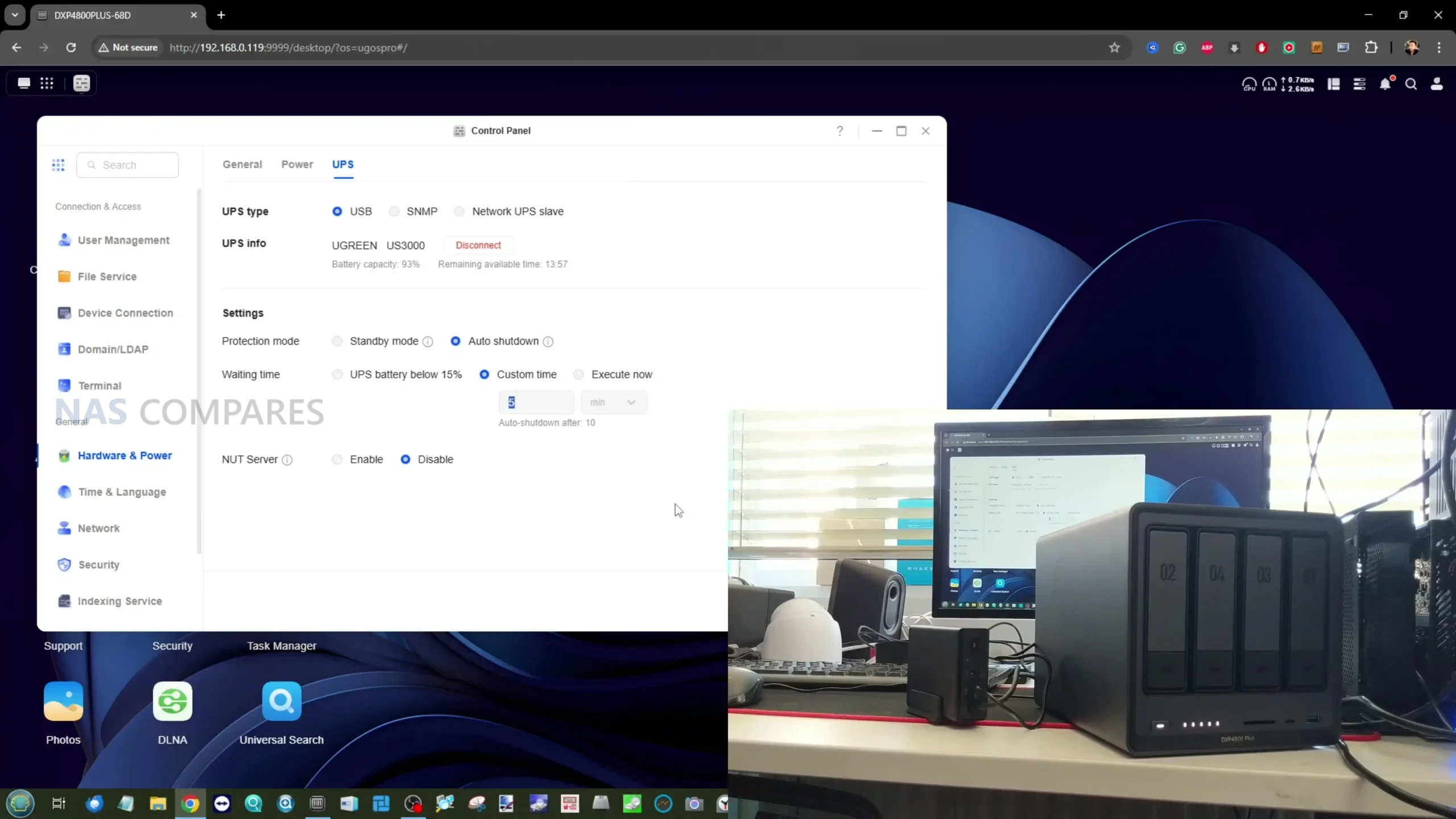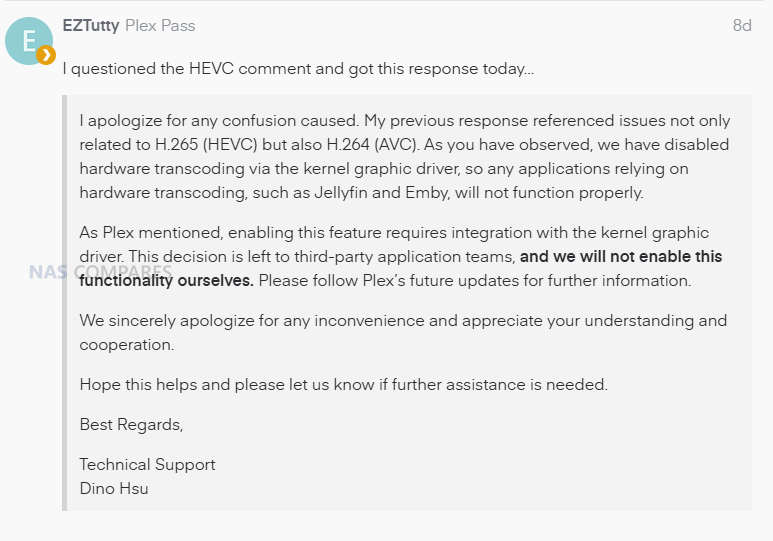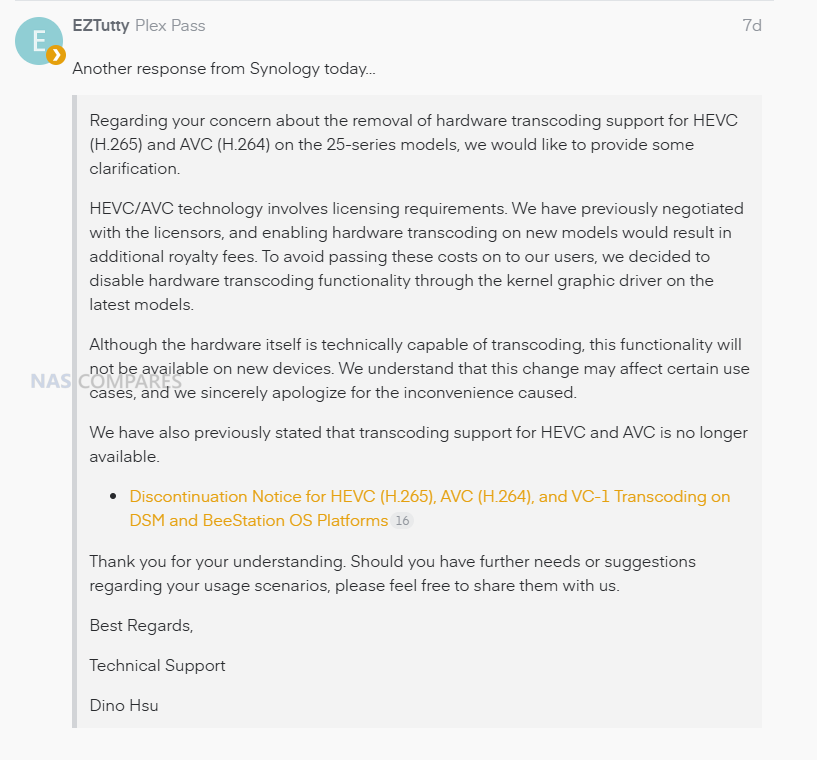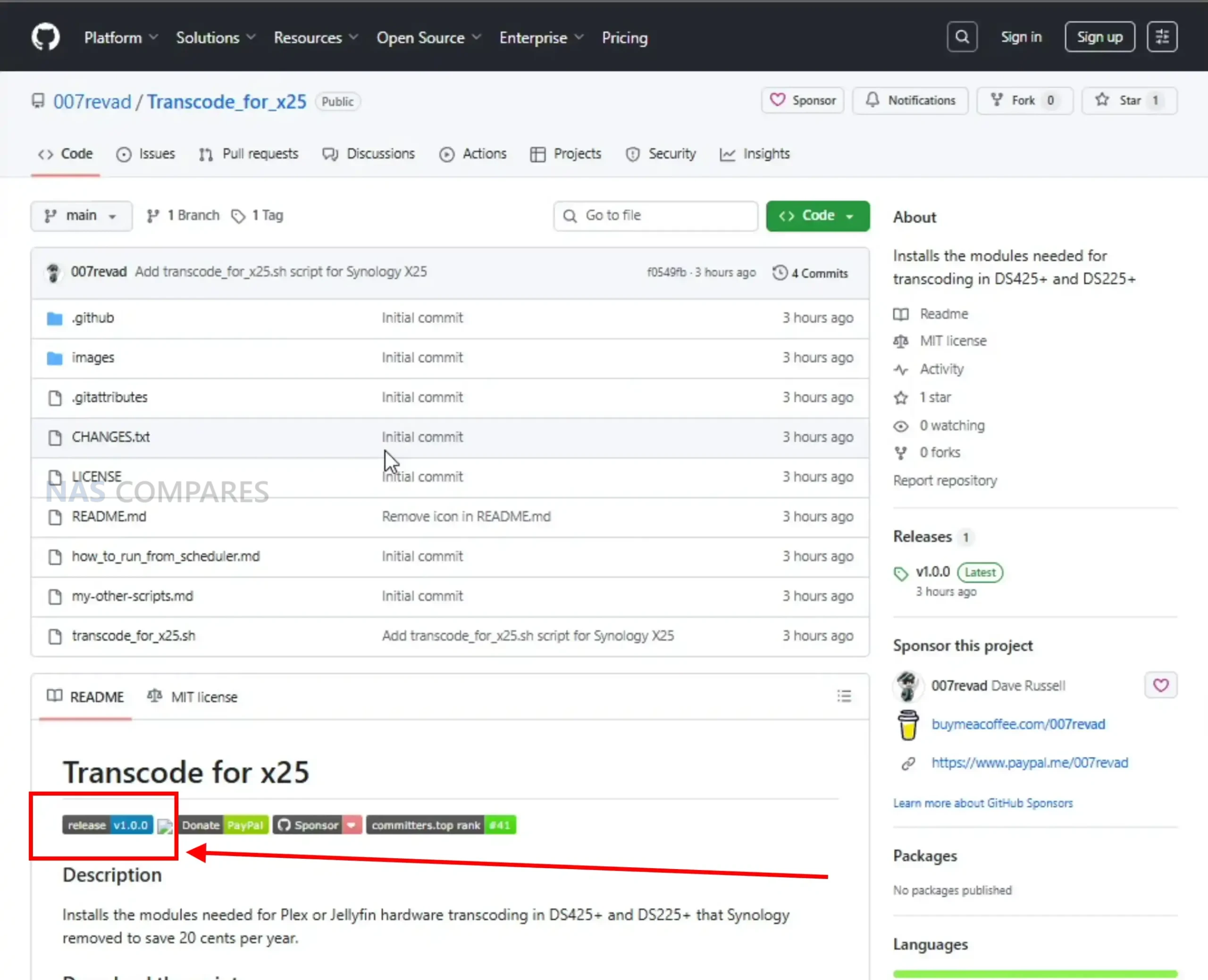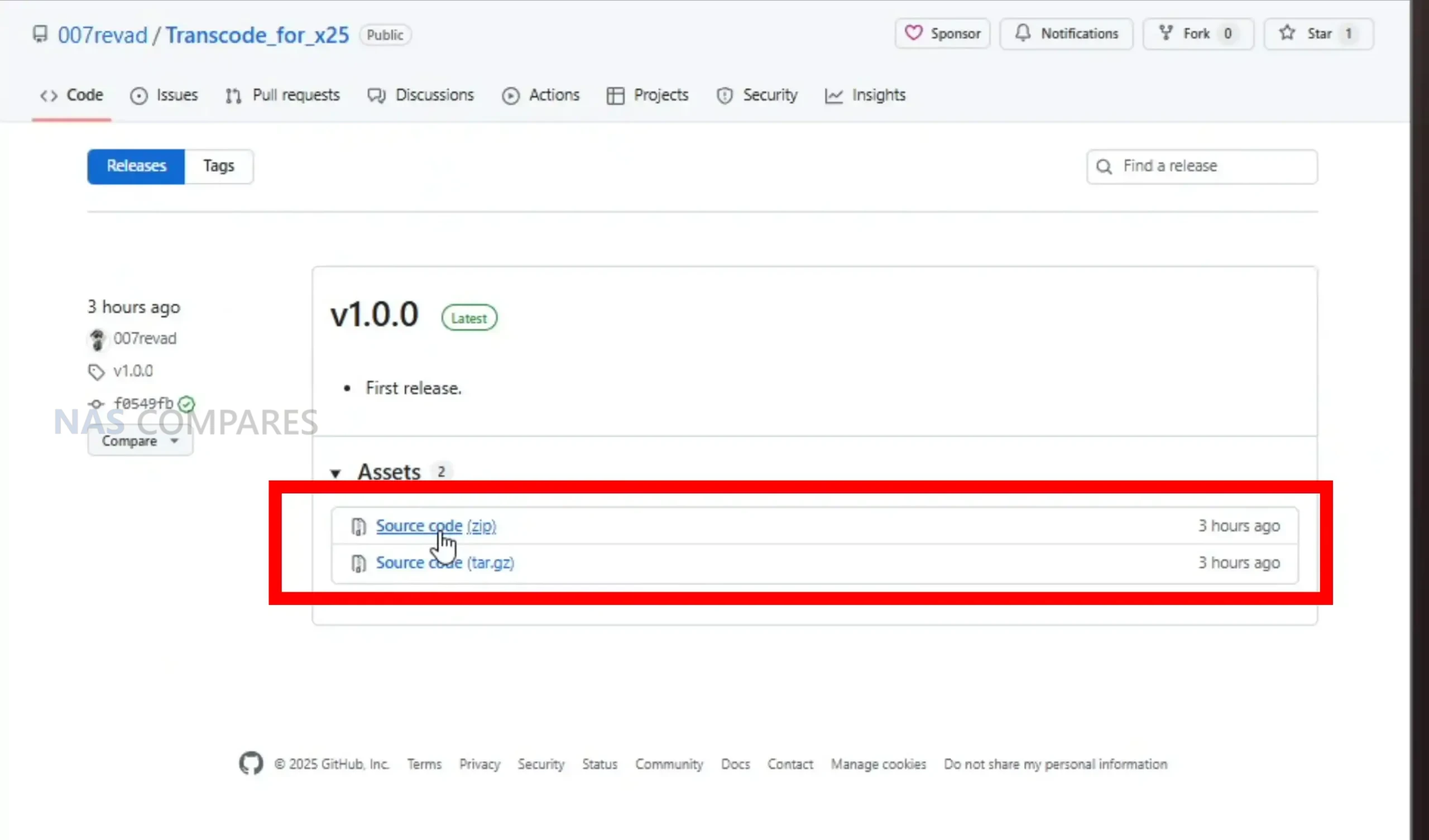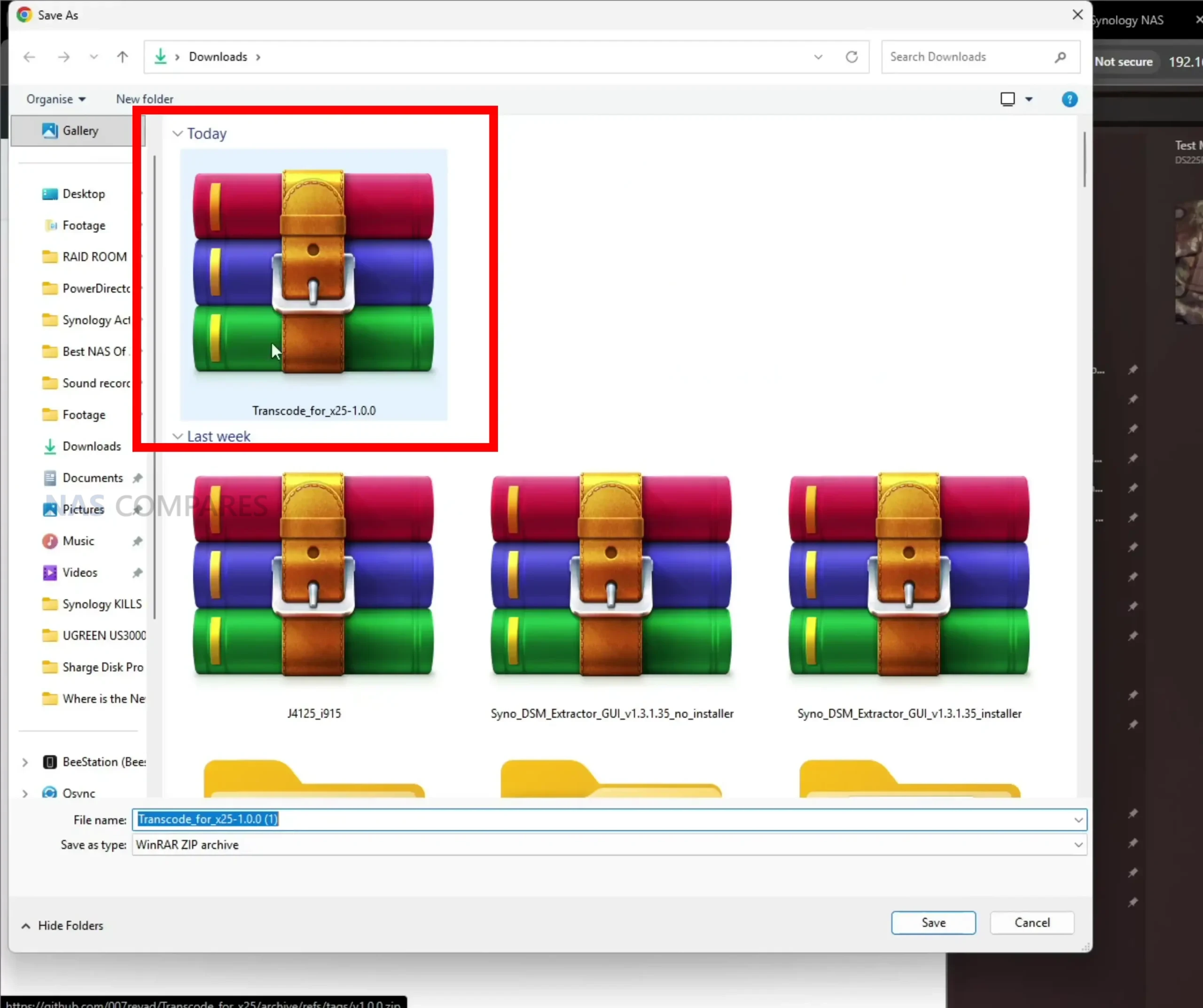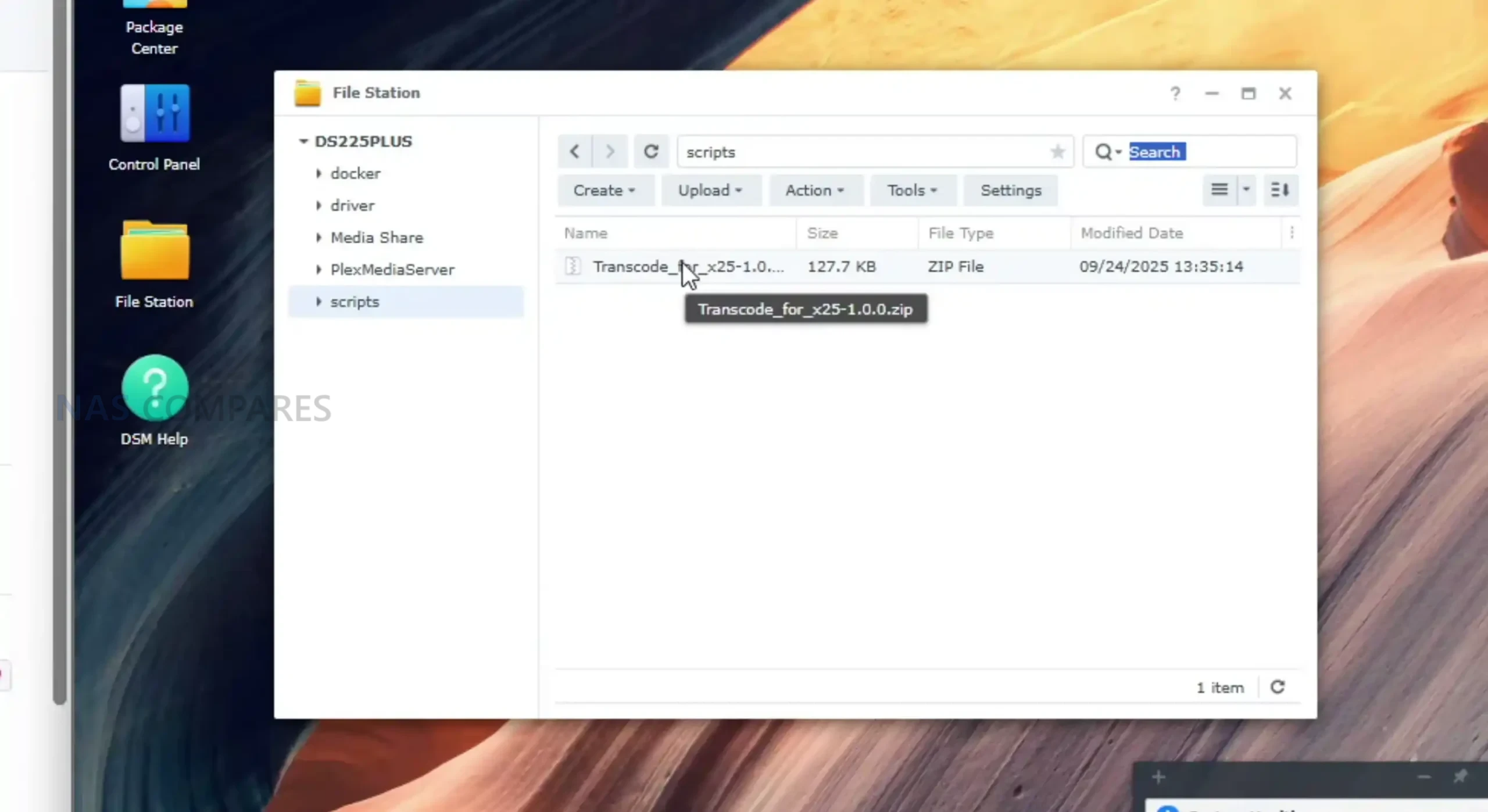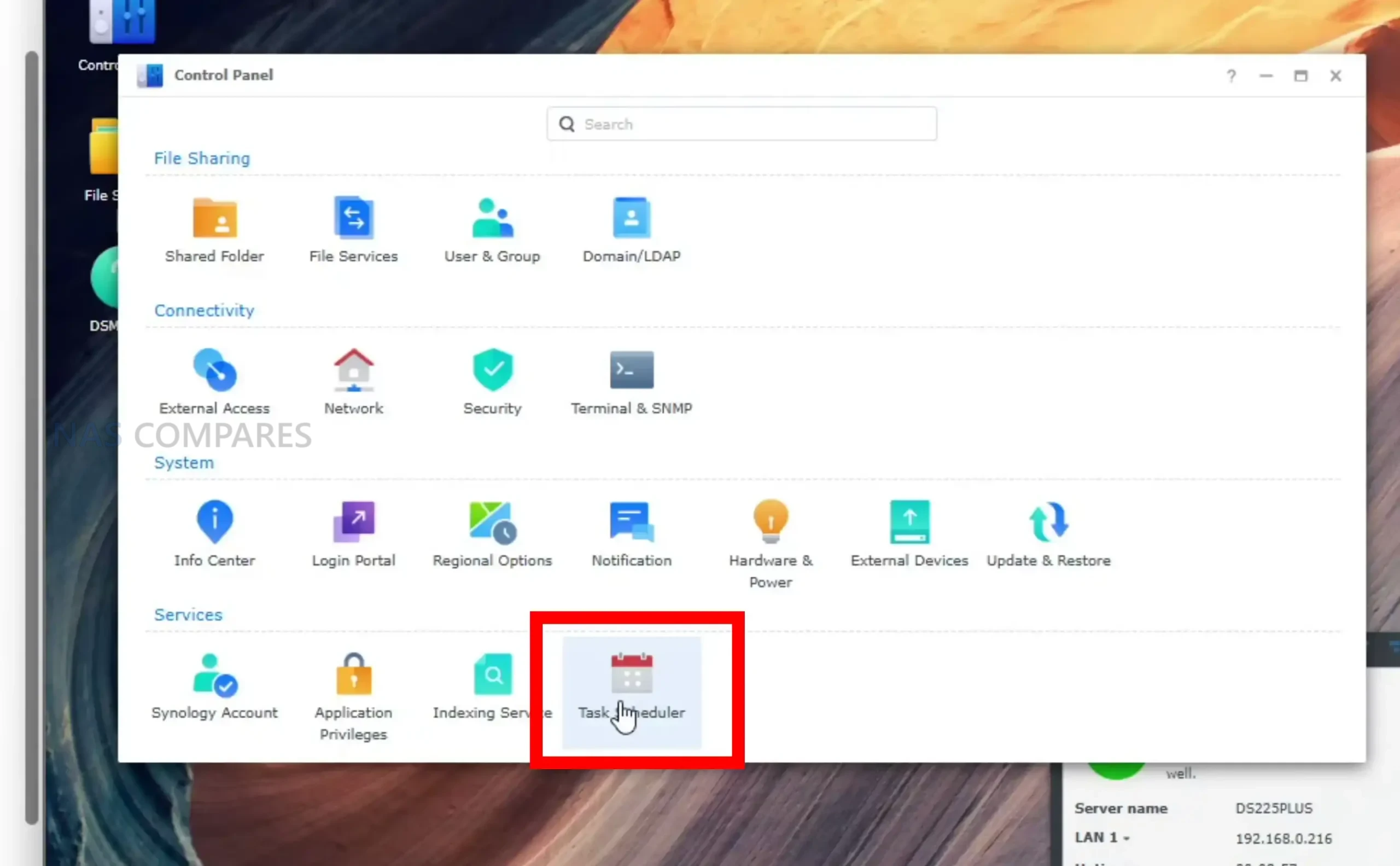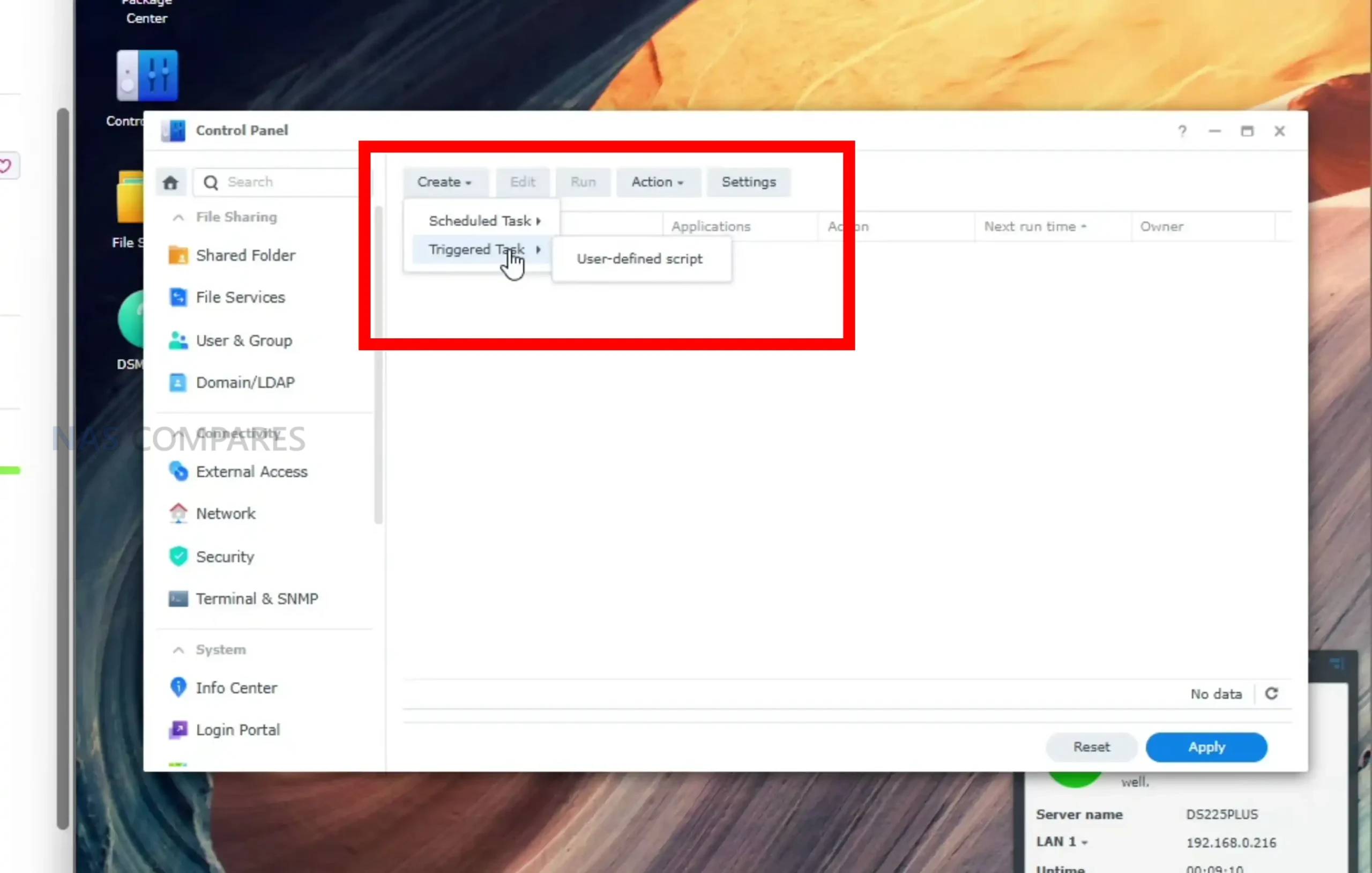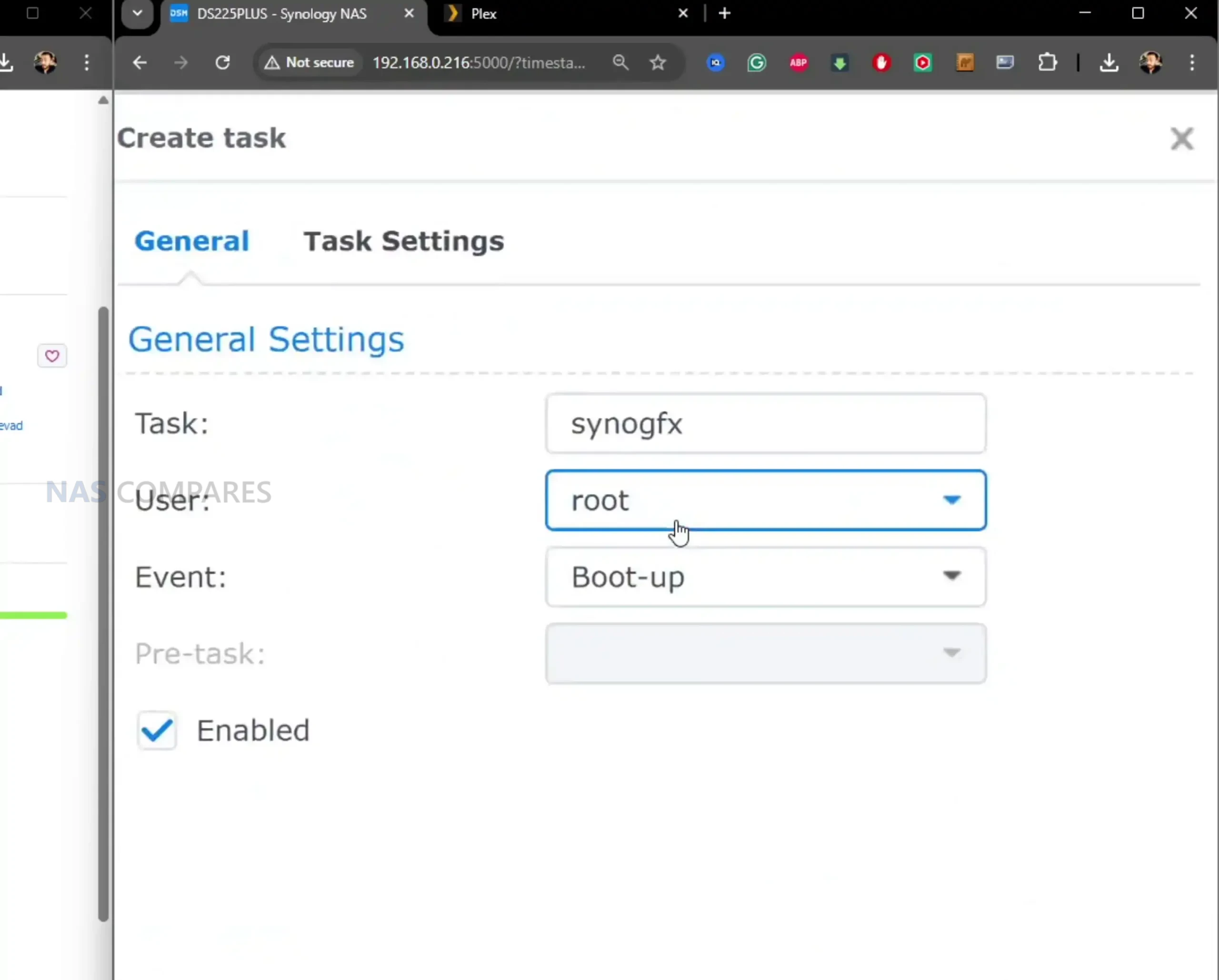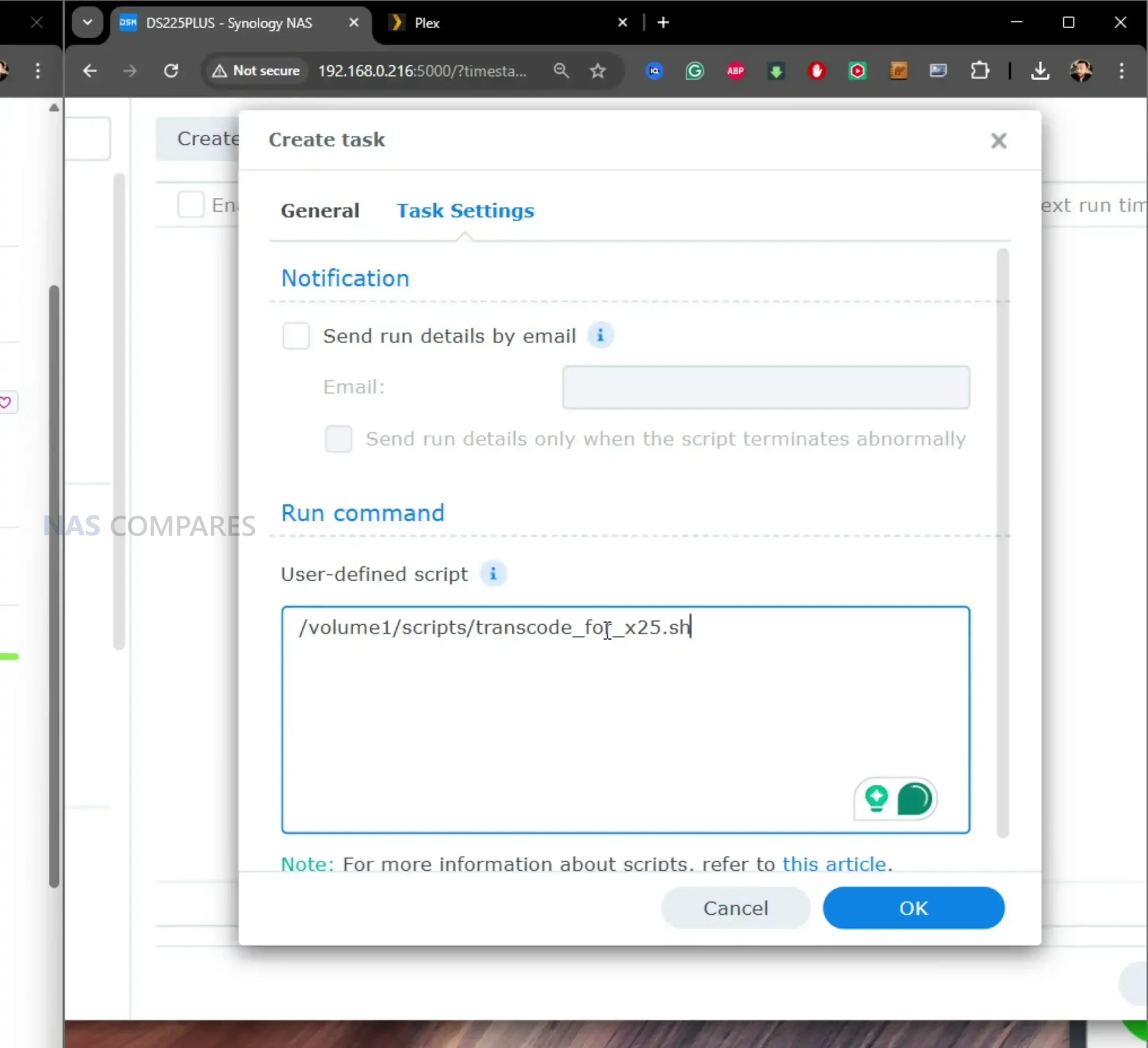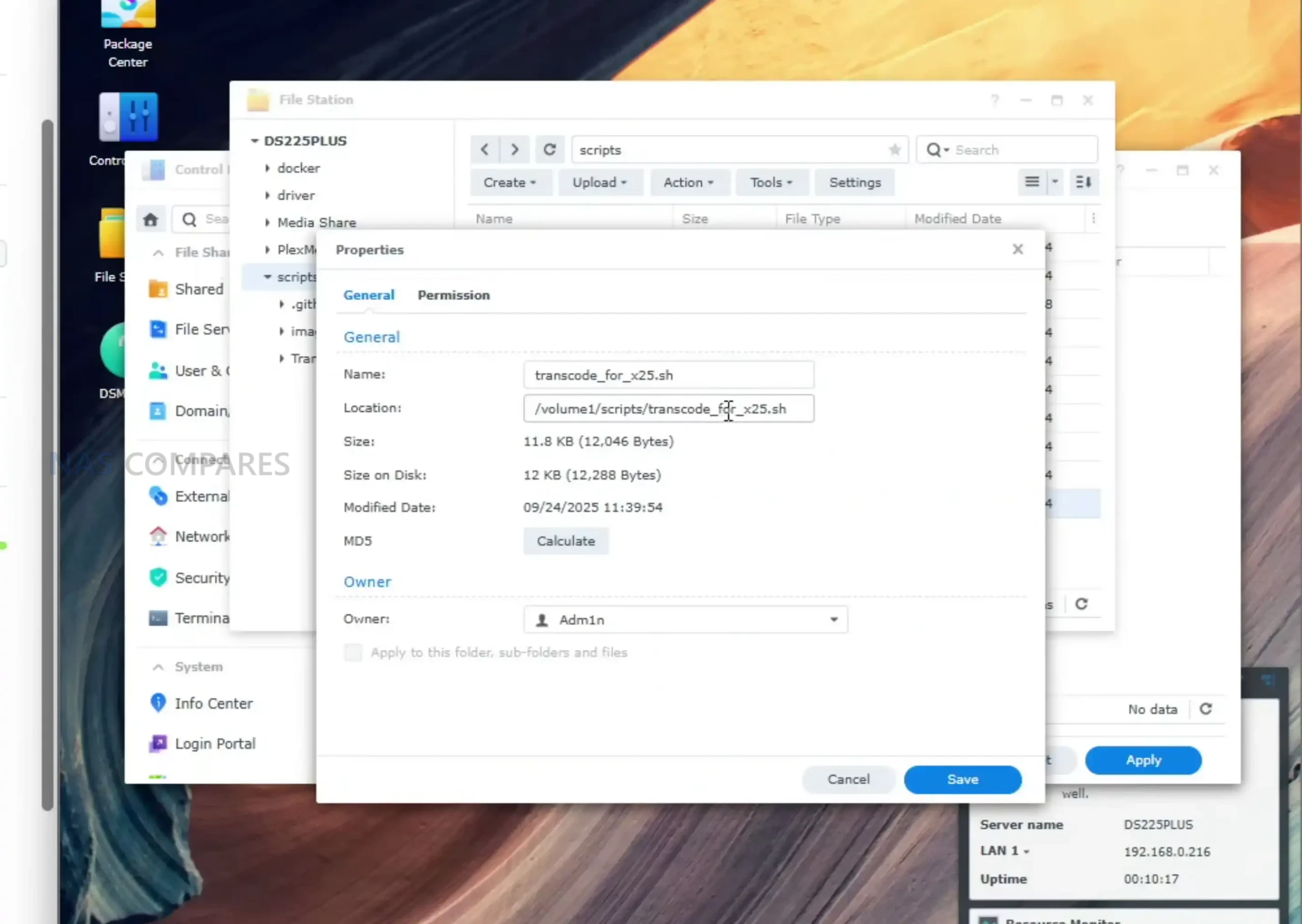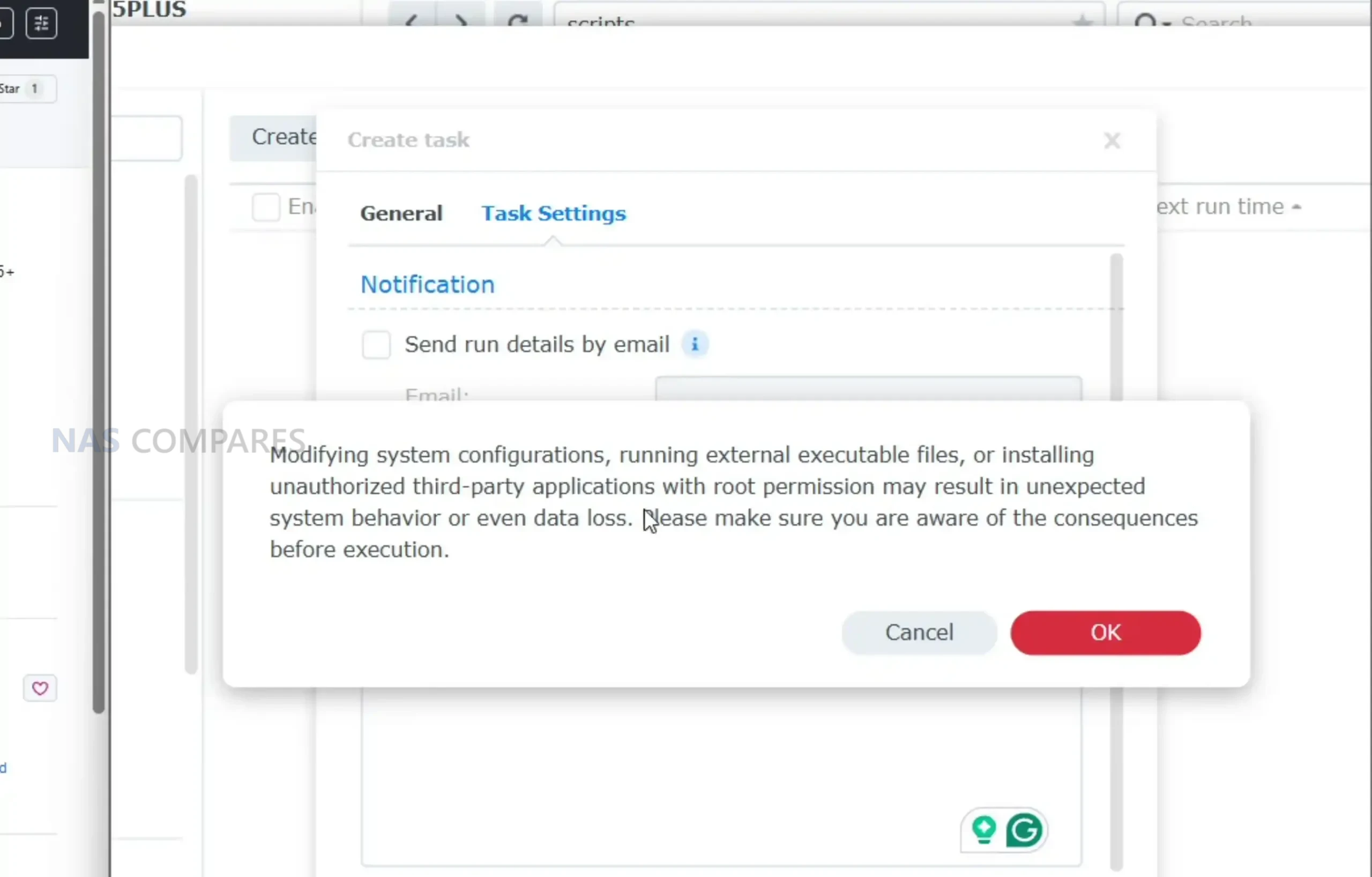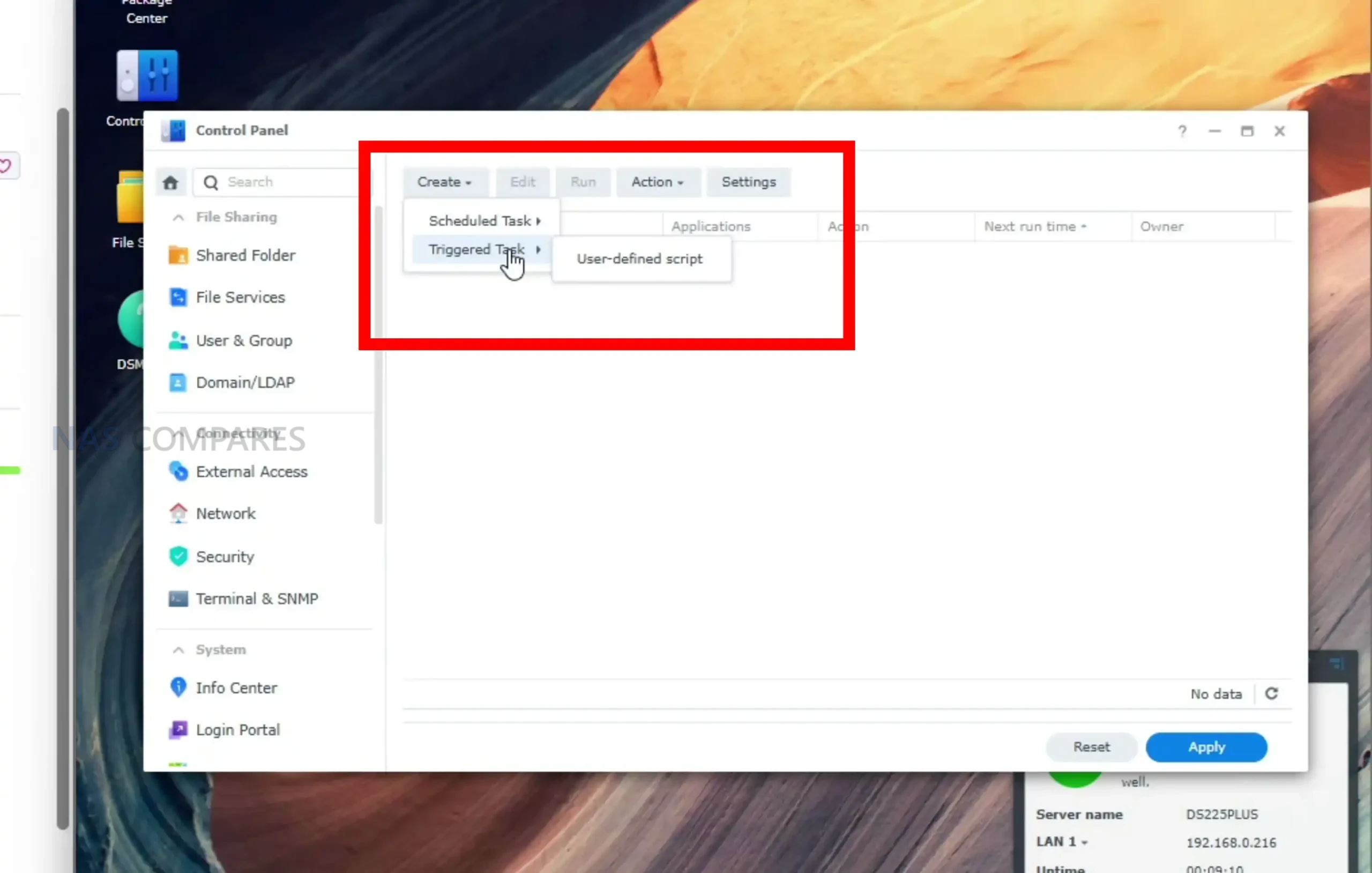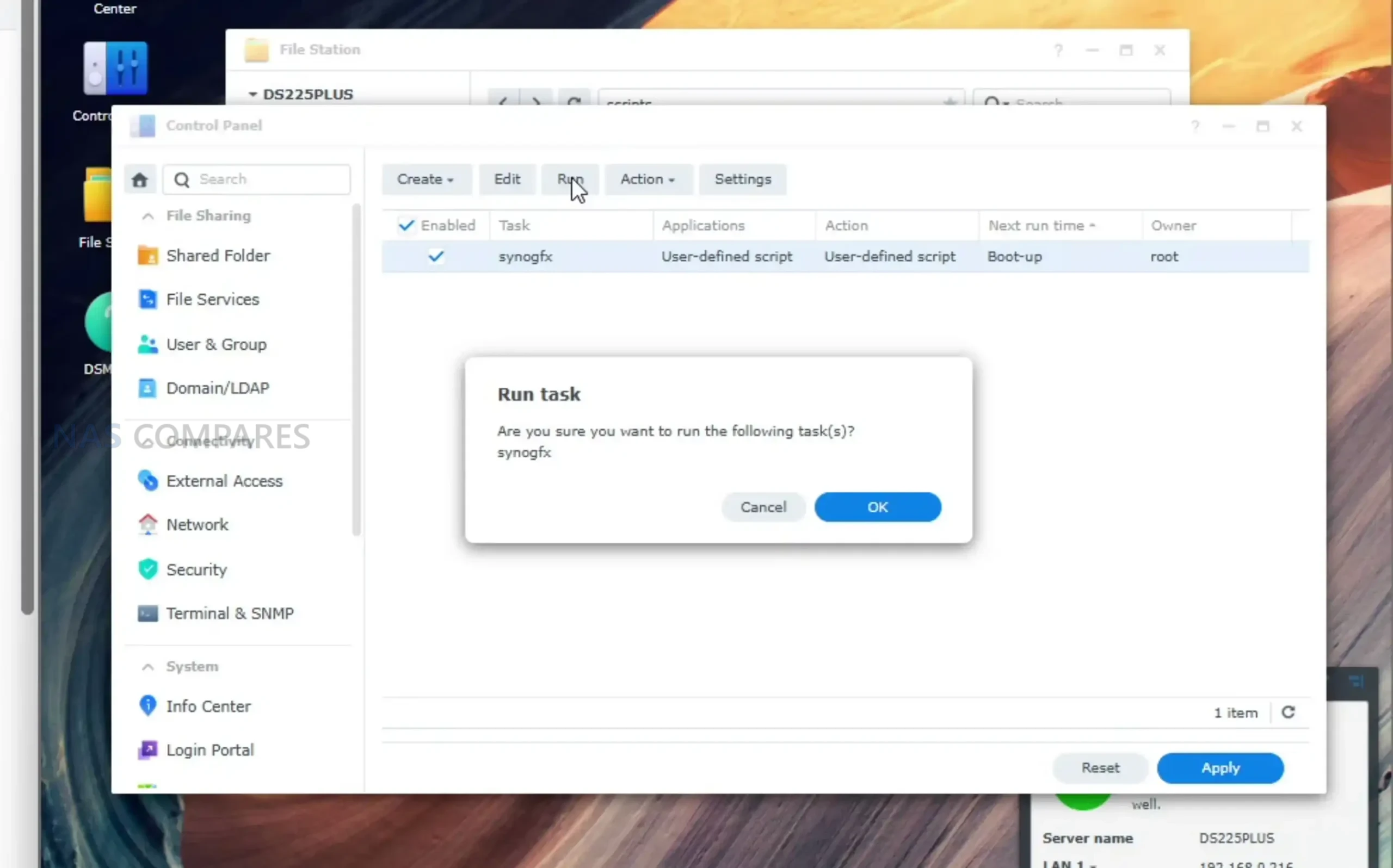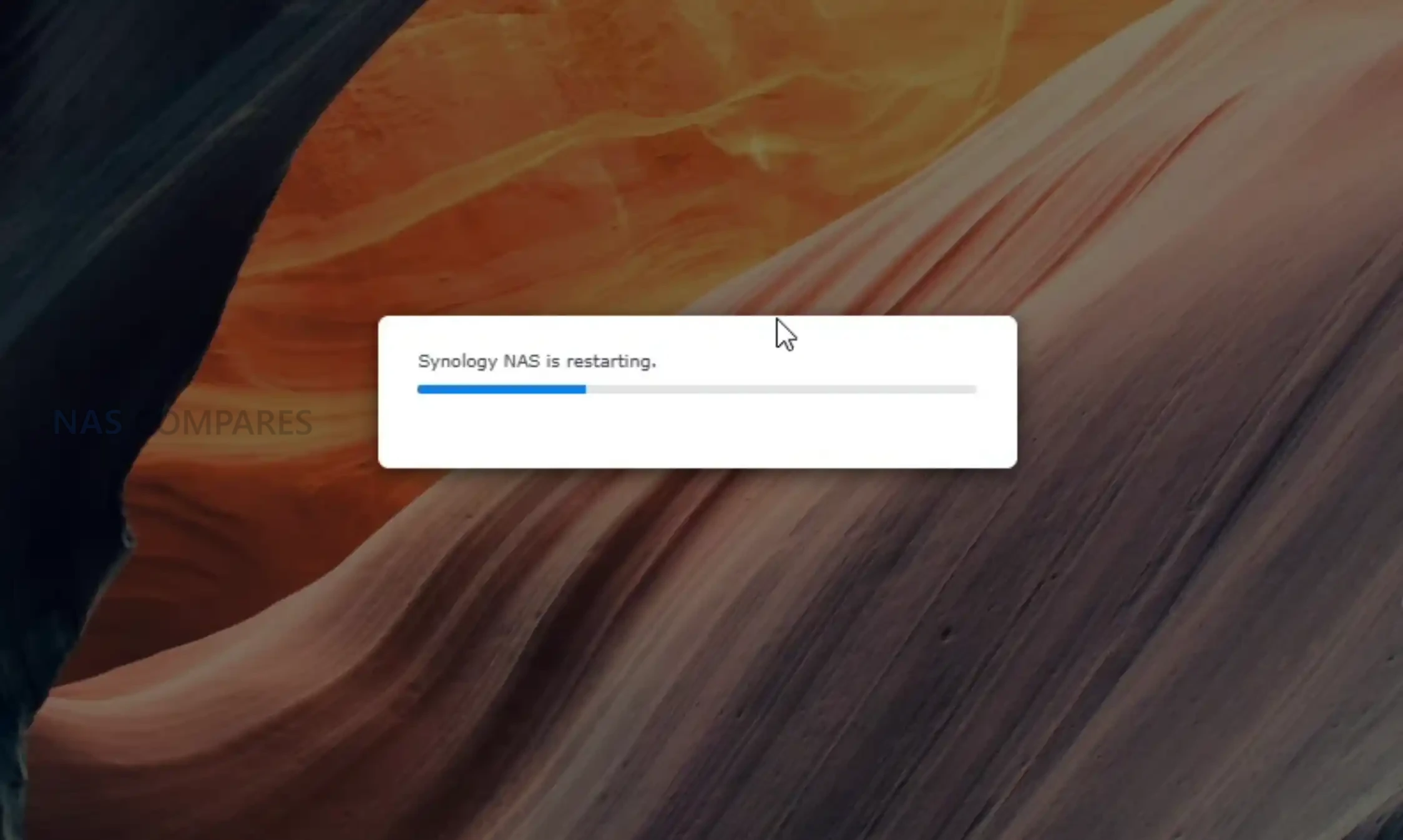Is It OK Now to Buy Synology NAS?
Can We Forgive and Forget The Synology HDD Compatibility Flip Flop?
Synology’s recent reversal on hard drive compatibility has reopened a larger debate about whether its NAS systems remain a trustworthy and sensible choice for both new buyers and long-term users. Throughout most of 2025, the company faced sustained criticism after enforcing strict drive verification checks that prevented users from installing or operating third-party HDDs and SSDs from major brands like Seagate and Western Digital. This policy, applied to the new Plus-series NAS models such as the DS925+, DS1525+, and DS1825+, effectively forced customers to purchase Synology’s own branded media or risk an unusable system. For a company long regarded as the industry standard for dependable and user-friendly storage solutions, the move appeared both unexpected and self-defeating. Although Synology later justified the decision as a way to ensure system stability and reliability, the backlash was immediate and global, with declining sales and widespread frustration among users who saw the change as a form of corporate overreach. Now, with the brand having confirmed a full rollback through the DSM 7.3 update—restoring support for non-Synology drives and removing prior warning prompts—the discussion has shifted. While the reversal is seen as a victory for users, it also highlights how fragile consumer confidence has become, and how a single policy misstep can redefine a company’s relationship with its community.
Below, my original video after the change by Synology after 6 months of their strict HDD media stance:
What Did Synology Do Wrong?
Synology’s critical mistake was implementing a restrictive hardware policy that undermined one of its key historical strengths: flexibility. For years, the company had built its reputation on offering an intuitive software platform, DSM, that ran on a wide variety of hardware configurations. By deciding to enforce hard drive compatibility restrictions in the 2025 generation of Plus-series NAS systems, Synology effectively turned once-open devices into closed platforms. The systems refused to initialise DSM or create storage pools when non-Synology drives were detected, and even when users managed to proceed, the interface was flooded with persistent warnings labelling third-party media as “unverified” or “at risk.” This move frustrated not only home users who wanted affordable upgrade options, but also small businesses that relied on Synology NAS for their daily operations. It created unnecessary technical and financial barriers at a time when alternative NAS vendors were offering greater compatibility and value. The brand’s own messaging made the situation worse: early statements focused on “system integrity” and “firmware optimisation” but failed to acknowledge that the change mainly benefited Synology’s hardware sales rather than the end user.
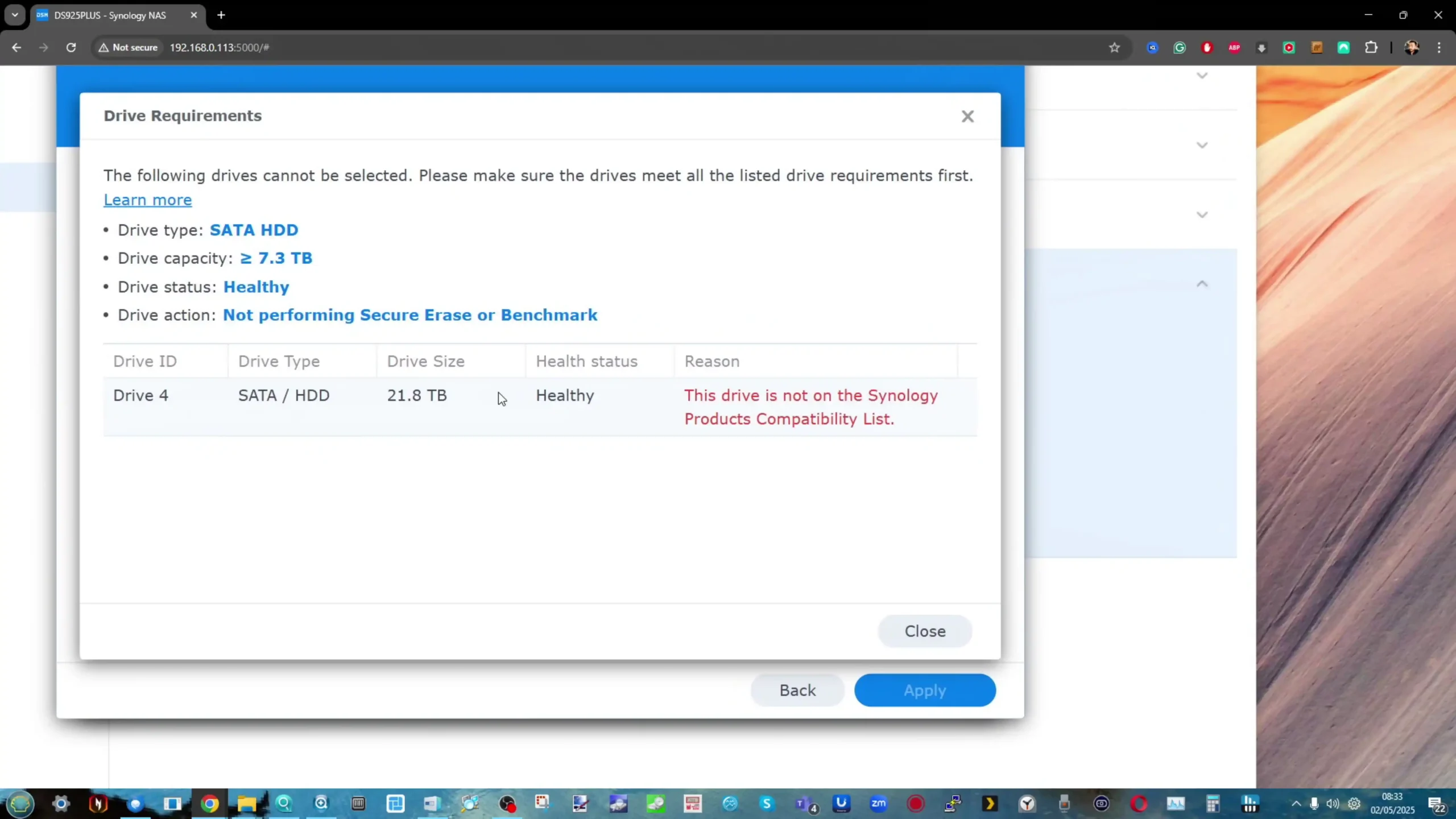
The second major error lay in how the company managed the fallout. Synology’s communication strategy throughout the controversy was inconsistent, fragmented, and in some regions almost non-existent. Different regional branches released conflicting press materials, with some hinting that compatibility with Seagate and Western Digital drives would soon return, while others maintained silence. No clear timeline or explanation was given for the testing process or the reasoning behind such aggressive enforcement. As a result, long-standing partners and distributors were left unsure of how to address customer concerns. Meanwhile, the online community—particularly on Reddit, NAS forums, and YouTube—quickly filled the information vacuum, fuelling frustration and speculation. Instead of clarifying the company’s intentions, Synology appeared defensive and disengaged, disabling comments on some of its own videos and refusing to directly address mounting criticism. This combination of restrictive policy and poor communication not only hurt its reputation but also suggested a growing disconnect between the brand’s leadership and its user base.
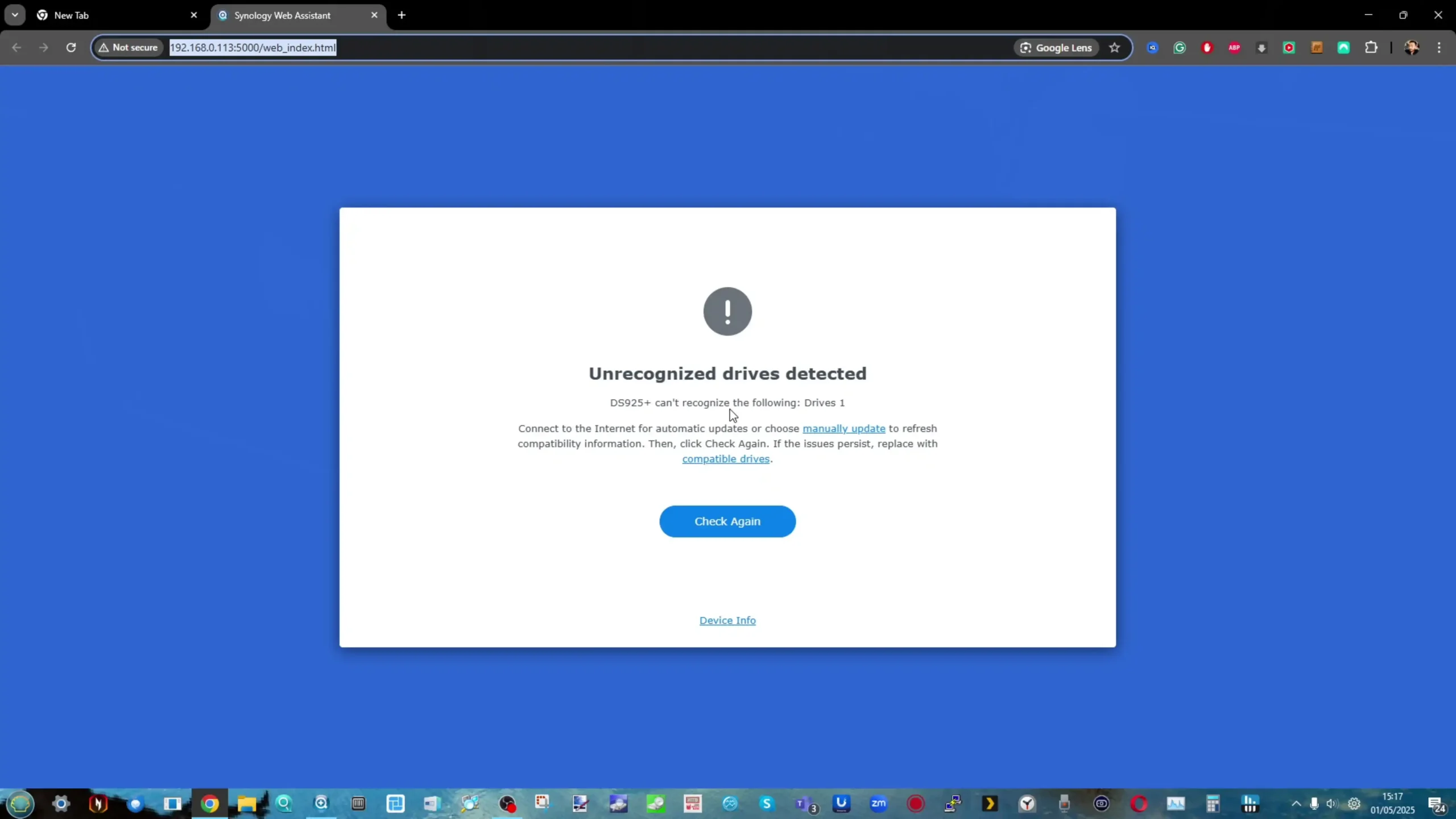
Why Are Users Mad at Synology?
Many users felt betrayed by Synology’s actions because the company had long marketed itself as the reliable, user-first alternative to more complex or DIY storage solutions. For years, Synology’s systems were praised for their openness—allowing customers to build their NAS setups using widely available components from trusted brands like Seagate, WD, and Toshiba. The introduction of hard drive restrictions in 2025 fundamentally altered that relationship. Suddenly, the same users who had invested heavily in Synology’s ecosystem found themselves unable to upgrade, expand, or even install DSM without purchasing the brand’s own drives, which were often rebranded versions of existing enterprise models sold at a premium. The move was viewed as a breach of trust, and the lack of transparency surrounding it only made things worse. Many saw it as an attempt to create a closed ecosystem that prioritised recurring hardware profits over customer freedom. This frustration was compounded by the timing—during a period when users were already facing higher hardware costs and tighter IT budgets, making Synology’s restrictive approach feel especially tone-deaf.
The Alerts and ‘Warnings’ that users have gotten used to up tll now (i.e pre DSM 7.3 roll out):
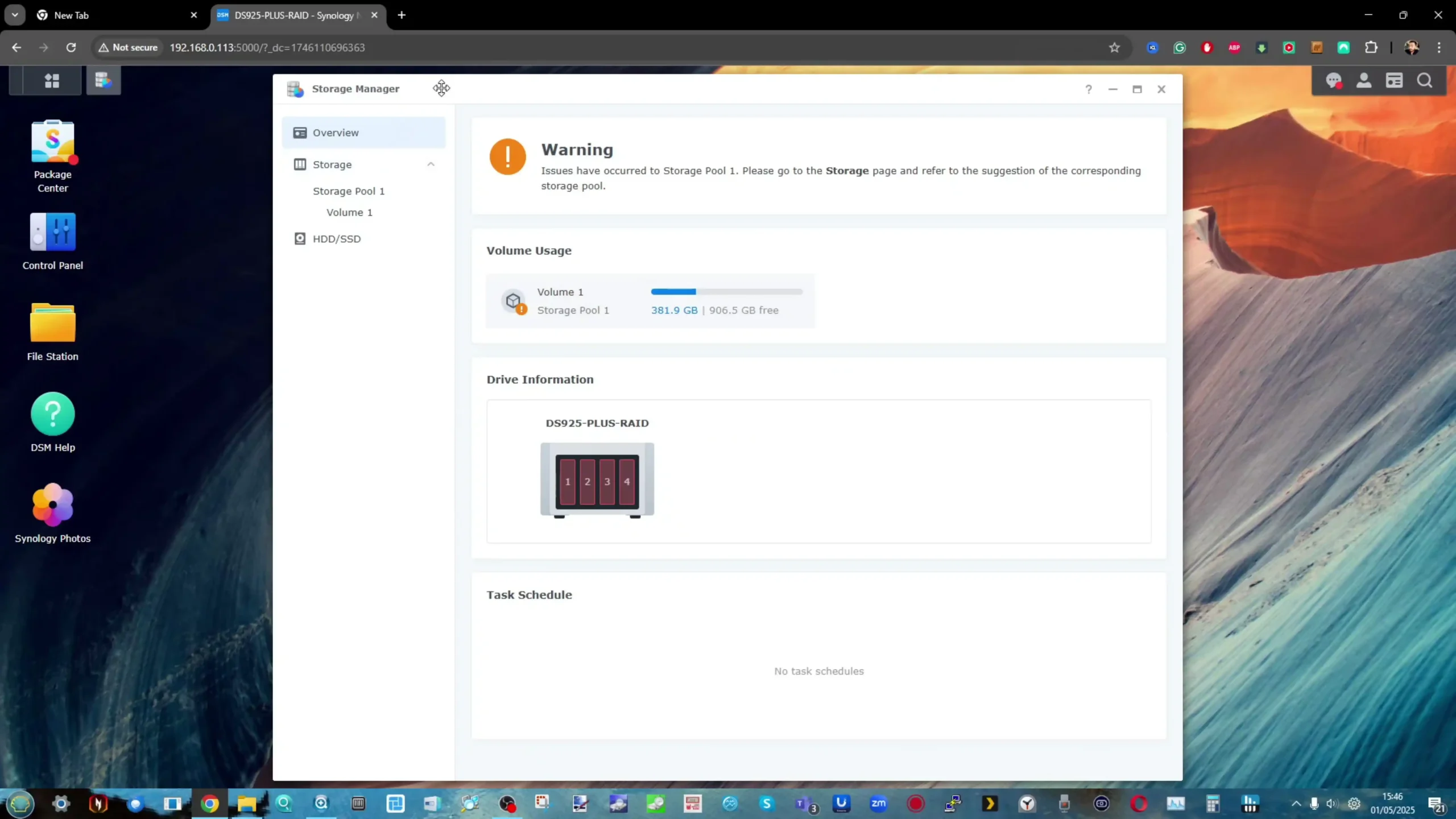
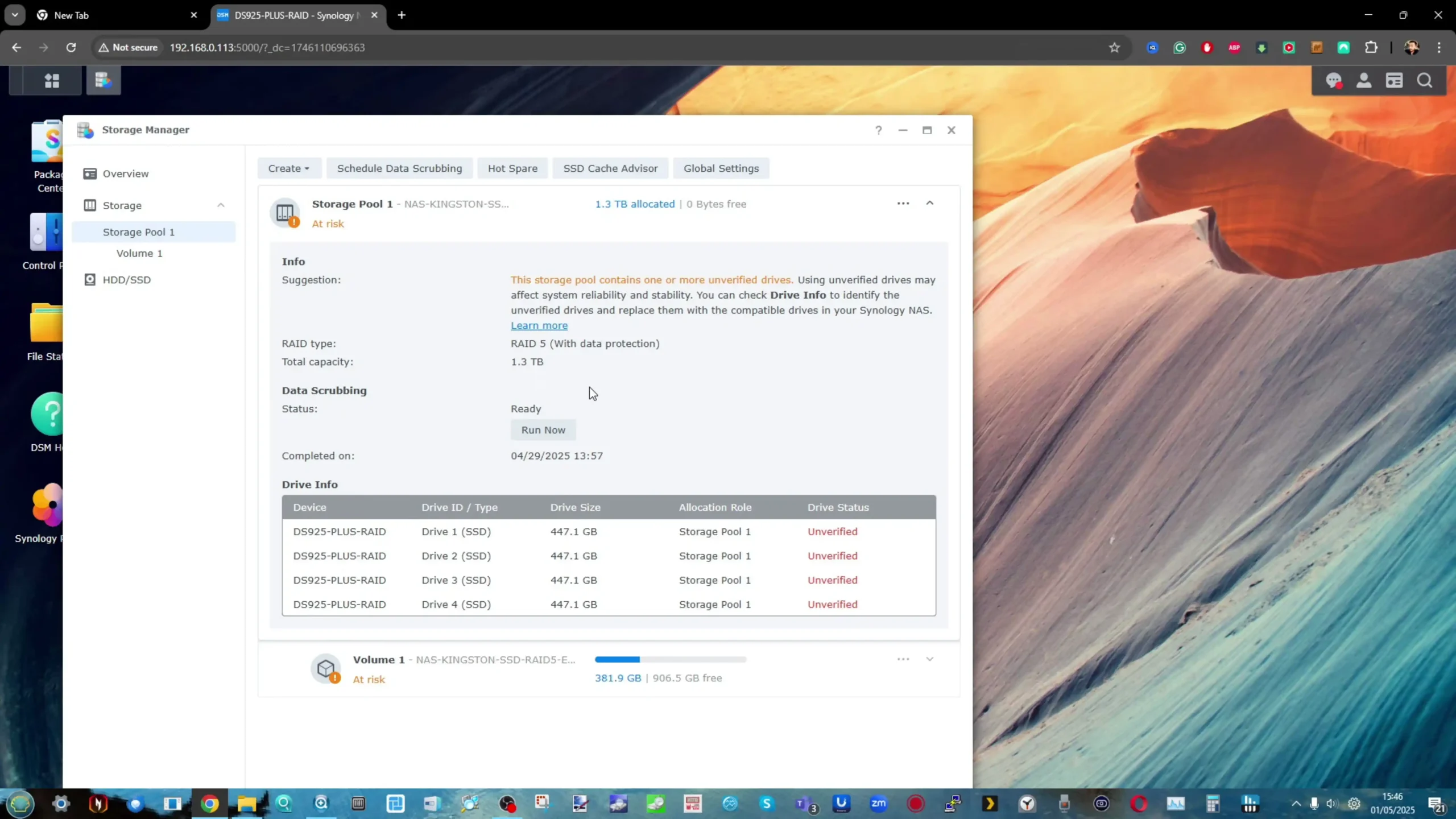
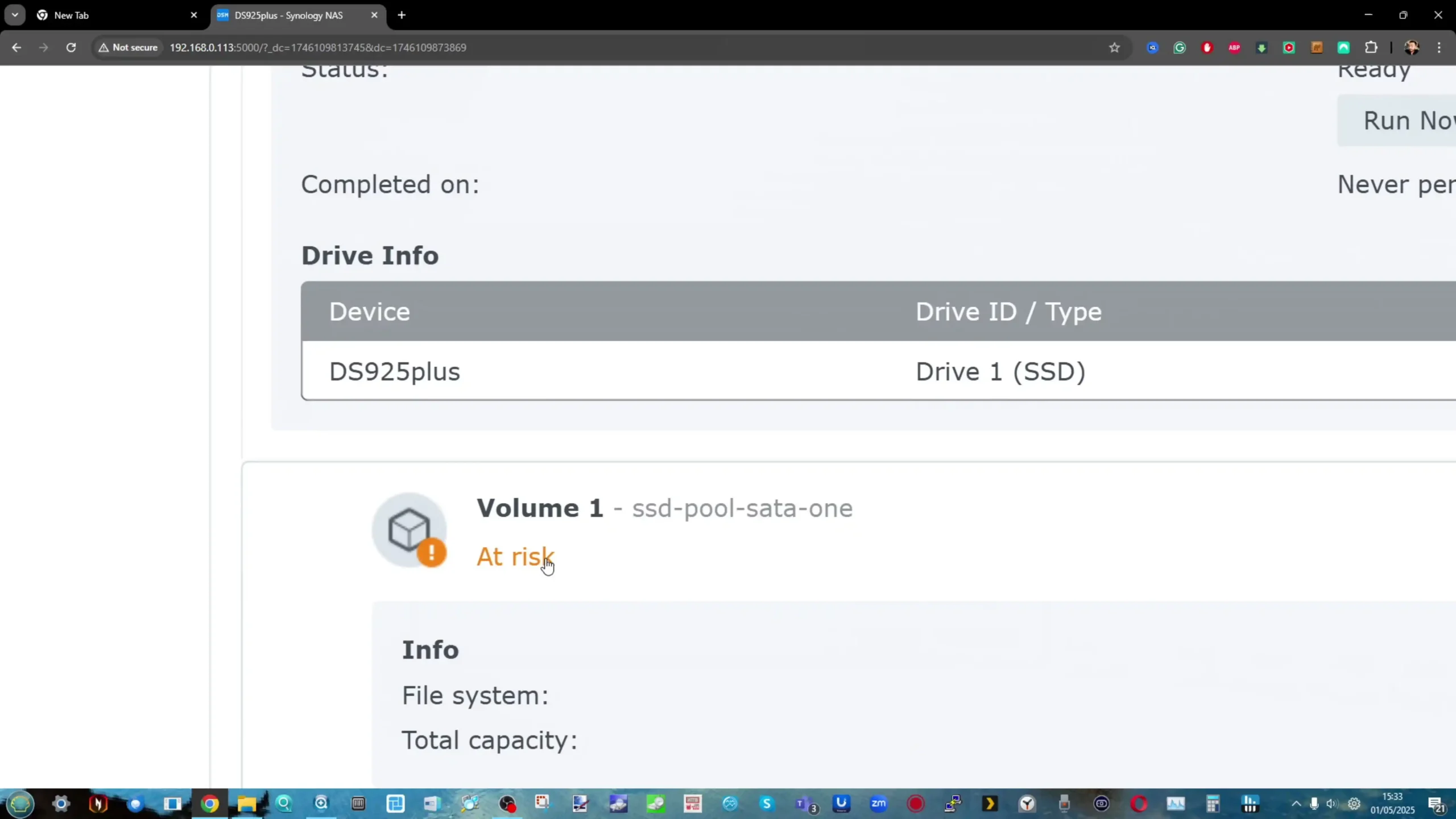
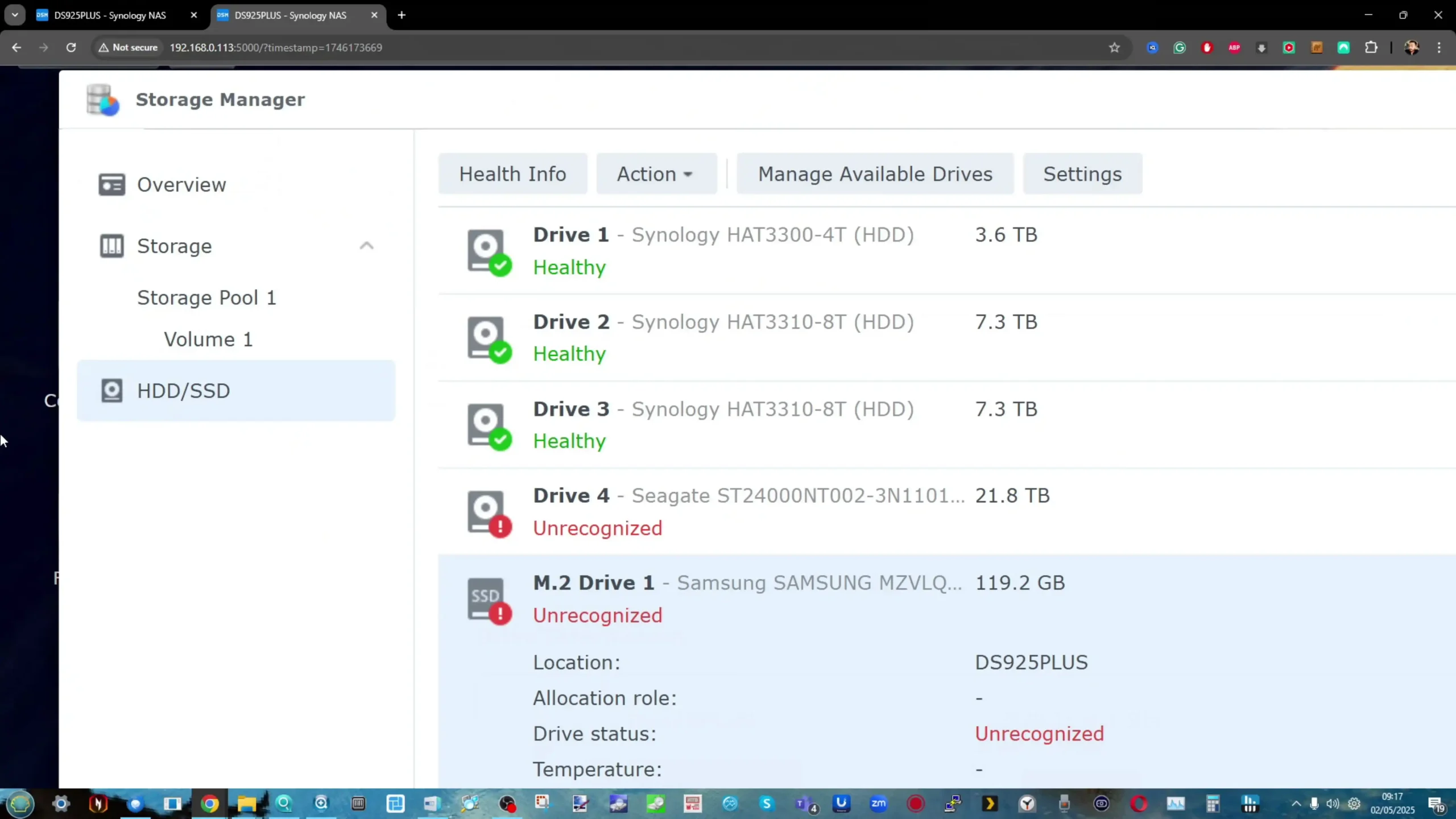
Another major source of anger came from how the policy rollout created confusion and inconsistency across Synology’s product lineup. While the Plus-series desktop NAS models received the strictest restrictions, larger RackStation and XS-series devices remained unaffected, creating the impression that Synology viewed its home and small-business customers as expendable. Even after announcing the rollback with DSM 7.3, many users noted that the company’s official compatibility lists still failed to mention Seagate or WD drives, and that public communication about the change was minimal. For those outside tech circles, this meant that the situation looked unchanged—product pages still implied that only Synology drives were supported, and many older negative reviews remained visible online. As a result, even with the restrictions now lifted, the perception of Synology as a brand willing to prioritise profit over user loyalty persists. The long delay in addressing community backlash, combined with inconsistent messaging, has left many customers sceptical that this U-turn represents a genuine shift rather than damage control.

What Did Synology Do to Fix This?
Synology’s eventual fix came in the form of a full policy reversal integrated into DSM 7.3, the company’s next major software update. With this version, users of the 2025 generation of Plus-series NAS devices—including models such as the DS925+, DS1525+, and DS1825+—regained the ability to freely use third-party hard drives and SSDs. The update removed not only the installation barriers but also the persistent “unverified drive” and “at risk” warnings that had previously appeared in Storage Manager. For most users, this restored full functionality, allowing them to initialise DSM, create and expand RAID arrays, use hot spares, and assign SSDs for caching without restrictions. The change essentially returned Synology’s systems to the state they were in before the controversial policy was introduced earlier in the year. The reversal applied primarily to desktop-class NAS systems rather than rackmount or XS-series models, suggesting that Synology wanted to restore goodwill among its core consumer and small-business audience first.
 |
 |
However, the way Synology implemented this reversal has drawn mixed responses. Instead of releasing a simple compatibility database update, which could have resolved the issue quickly, the company bundled the fix into a full DSM version upgrade. That meant users had to install an entirely new operating system build to regain third-party drive support, even if they were otherwise satisfied with their existing DSM 7.2 installations. For those managing multiple NAS units or enterprise environments, this created complications, especially since DSM 7.3 initially lacked a public beta and required careful validation before deployment.

The company also issued few direct statements about the rollback, opting instead for limited press communications that focused on “listening to customer feedback.” Despite the importance of the change, Synology’s product pages still make little mention of renewed Seagate and WD compatibility, leaving potential buyers to rely on external coverage or word of mouth. While the technical fix was effective, the manner of its rollout showed that Synology’s communication strategy remains cautious, reactive, and focused on damage limitation rather than proactive transparency.

What were/are the benefits of Buying Synology-branded Hard Drives and SSDs?
In parallel with the policy adjustments introduced in DSM 7.3, Synology has also begun expanding a series of benefits and incentives aimed at customers who purchase Synology NAS systems together with Synology-branded storage media. These initiatives are part of the company’s ongoing effort to strengthen its vertically integrated ecosystem, ensuring optimal performance and reliability when all components come from the same source. In selected markets, buyers who purchase Synology HAT, HAS, or SAT series drives on the same invoice as their NAS hardware now receive extended warranty coverage of up to five years, administered directly through authorized distributors and resellers. In addition, Synology has introduced an Express Replacement program, allowing for immediate drive swaps during the warranty period without waiting for the defective unit to be shipped and inspected, effectively mirroring the convenience of a premium RMA service. These benefits are available at no extra cost when drives are purchased through approved channels. The initiative is designed to make Synology’s validated ecosystem more appealing to businesses seeking predictable lifecycle management and faster recovery in the event of hardware failure, while also providing an incentive for users to standardize on Synology-branded components rather than mixing third-party storage.
Head over to Blackvoid HERE to read Luka’s great write-up on DSM 7.3 below:
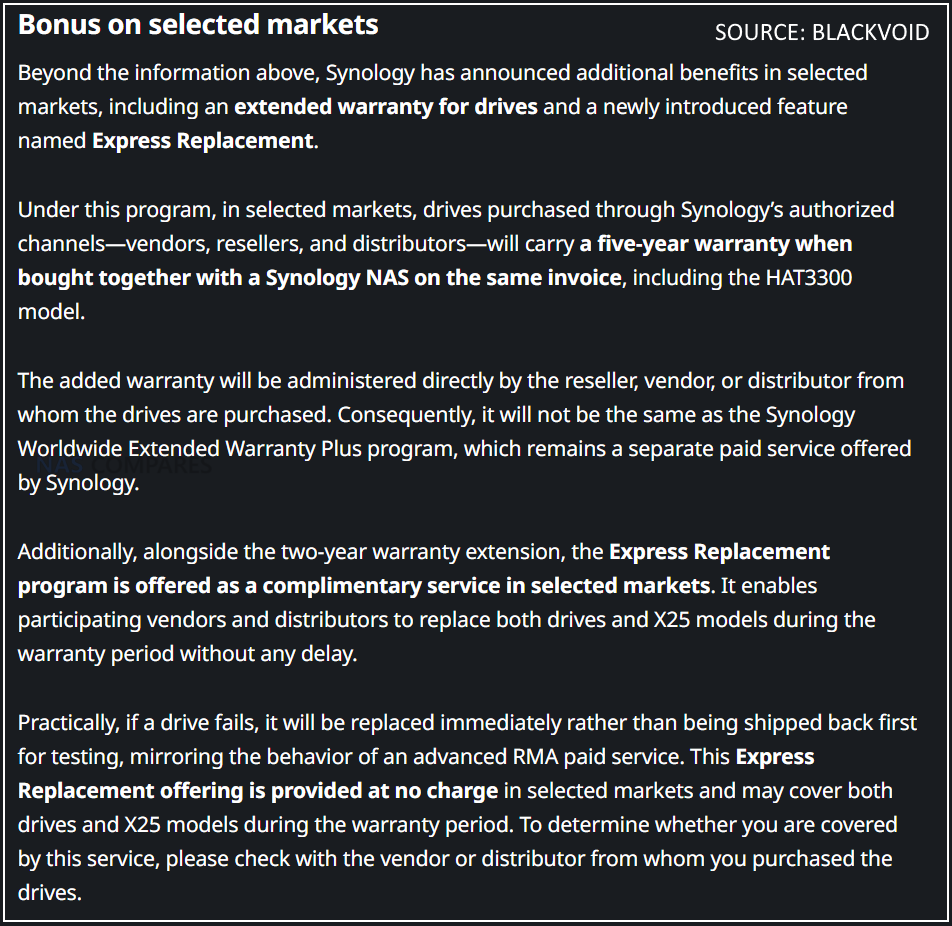
| Drive Type | Listed on Compatibility List | Not Listed (Not on Incompatibility List) | On Incompatibility List |
|---|---|---|---|
| HDD | Fully supported for installation, storage pool creation, migration, and caching | Fully supported for installation and storage pool creation; no warnings or limits | Blocked from installation and storage pool creation |
| 2.5″ SATA SSD | Fully supported for installation, caching, and migration | Fully supported for installation, caching, and migration; no warnings or limits | Blocked from installation and storage pool creation |
| M.2 NVMe SSD | Fully supported for cache and storage pool creation (on select models) | Not supported for new cache or pool creation; supported only if migrated from an existing system | Fully blocked from all operations |
| Warranty Coverage | Full Synology NAS warranty applies | Full NAS warranty applies, but Synology may not provide drive-specific technical support | NAS warranty applies; installation blocked |
Why Are Some Users Unconvinced?
Many long-time Synology owners remain sceptical because the company’s pattern of restrictive decision-making has not been limited to hard drives. Over the years, Synology has gradually tightened control over hardware support in other areas, such as M.2 NVMe SSD usage, network adapters, and GPU compatibility. Even though the recent rollback allows full use of third-party HDDs and SSDs in Plus-series models, the same freedom does not apply to NVMe storage. Users still cannot create storage pools or volumes on M.2 drives unless they are Synology-branded, which reinforces the perception that the company is only willing to compromise when it faces enough public pressure. Critics point out that while Synology deserves credit for reversing the hard drive restrictions, it has shown no similar flexibility in other parts of its ecosystem. This selective openness suggests a tactical move designed to repair short-term reputation damage rather than a genuine shift toward more open hardware policies. As a result, many users fear that future DSM updates could easily reintroduce similar restrictions under a different justification.
 |
 |
Another concern is that Synology has not done enough to communicate these changes clearly to new buyers. Even after the DSM 7.3 announcement, the company’s official compatibility lists for 2025 models still prioritise its own drives, with no explicit mention of Seagate or WD models being supported again. For first-time users who rely on these lists for purchasing decisions, there is no clear indication that the policy has changed.
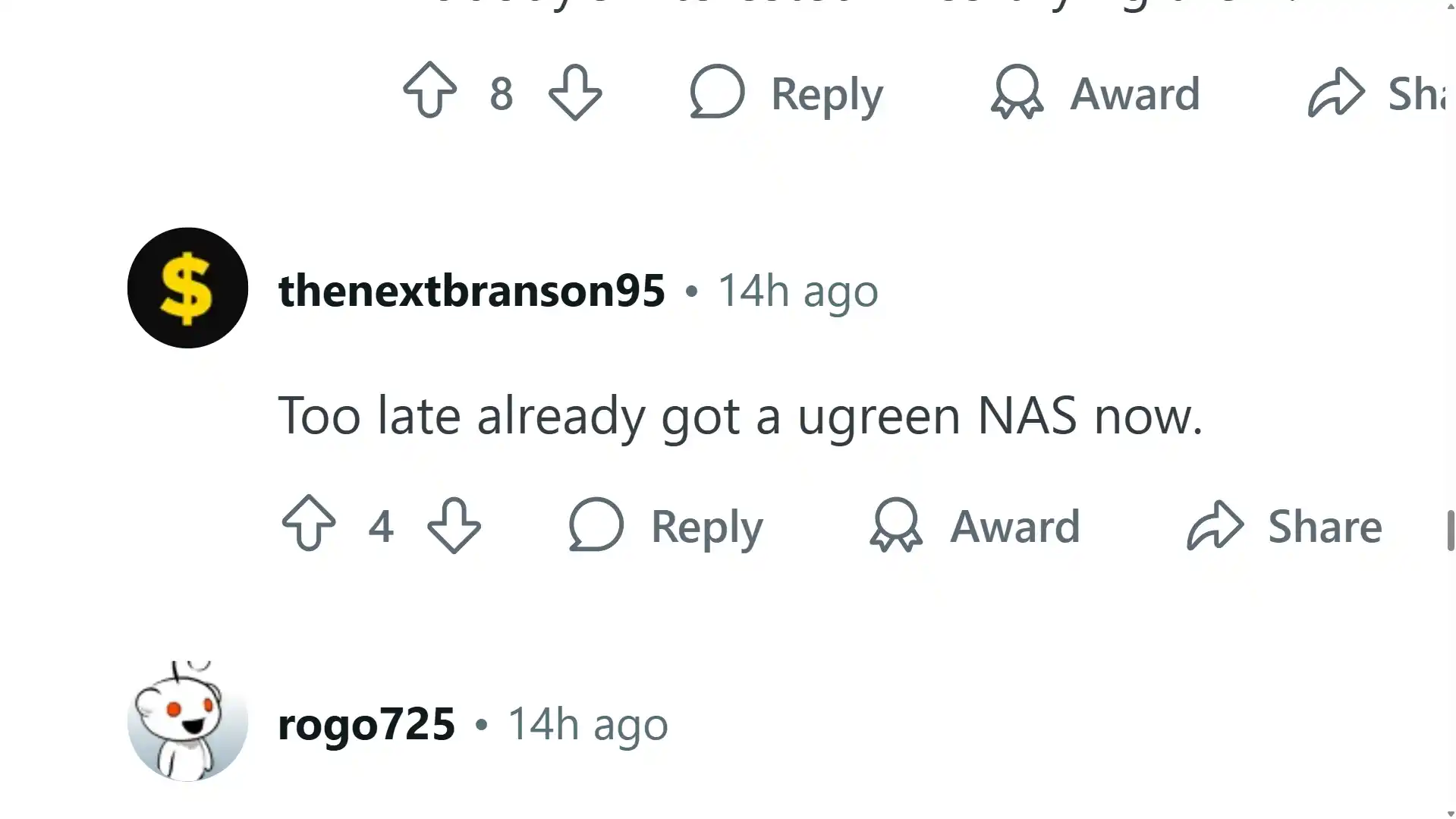
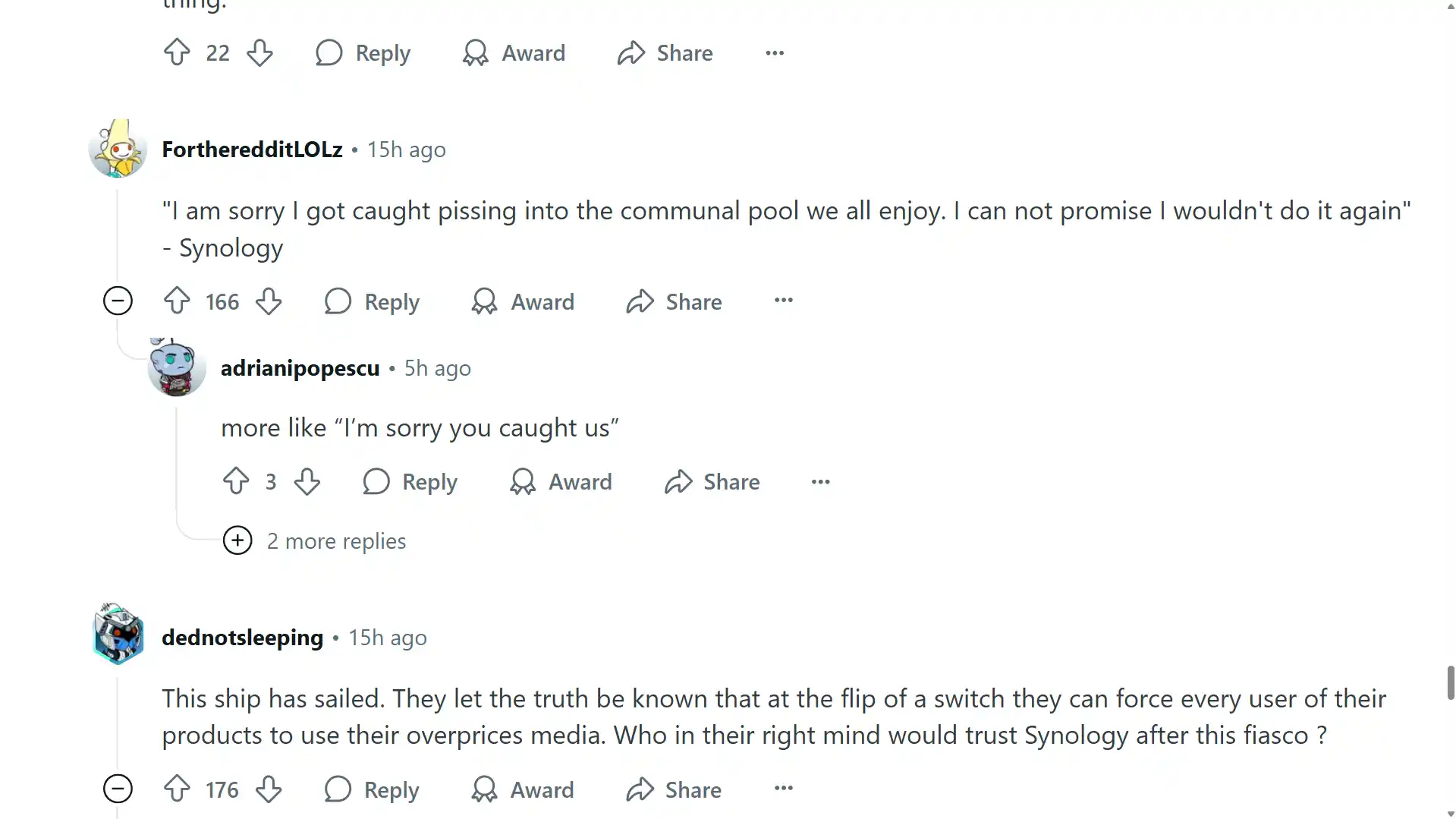
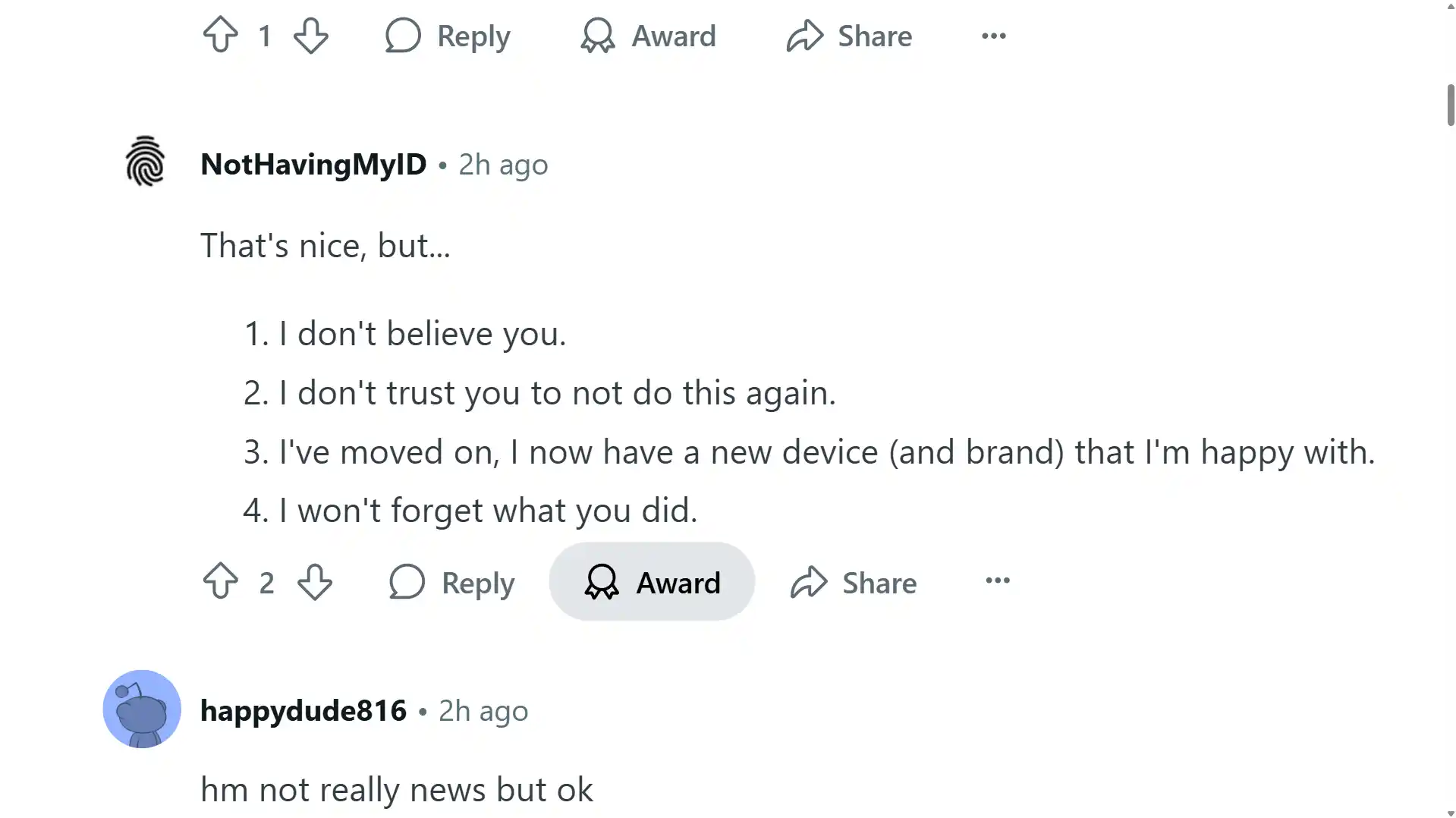

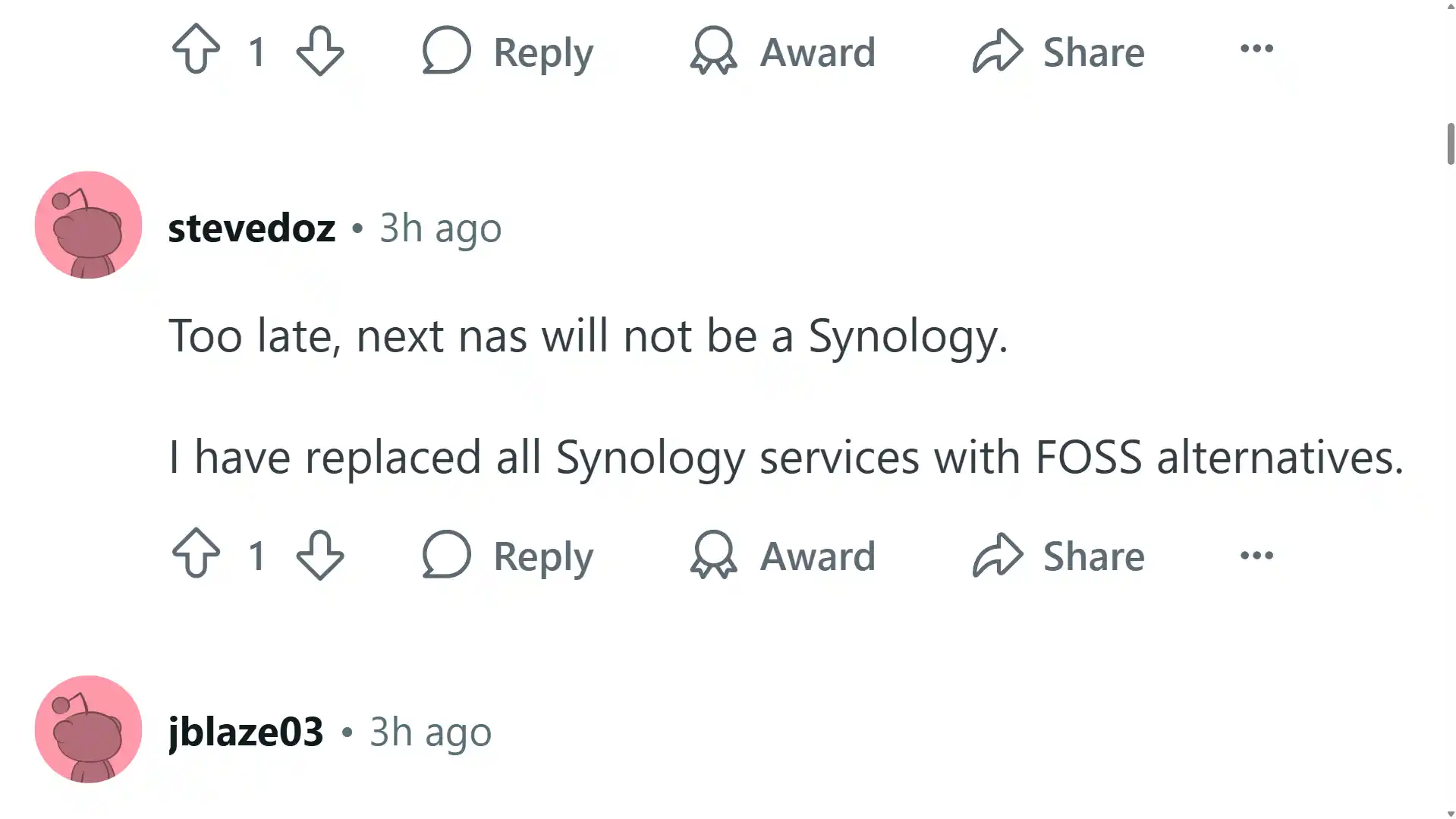

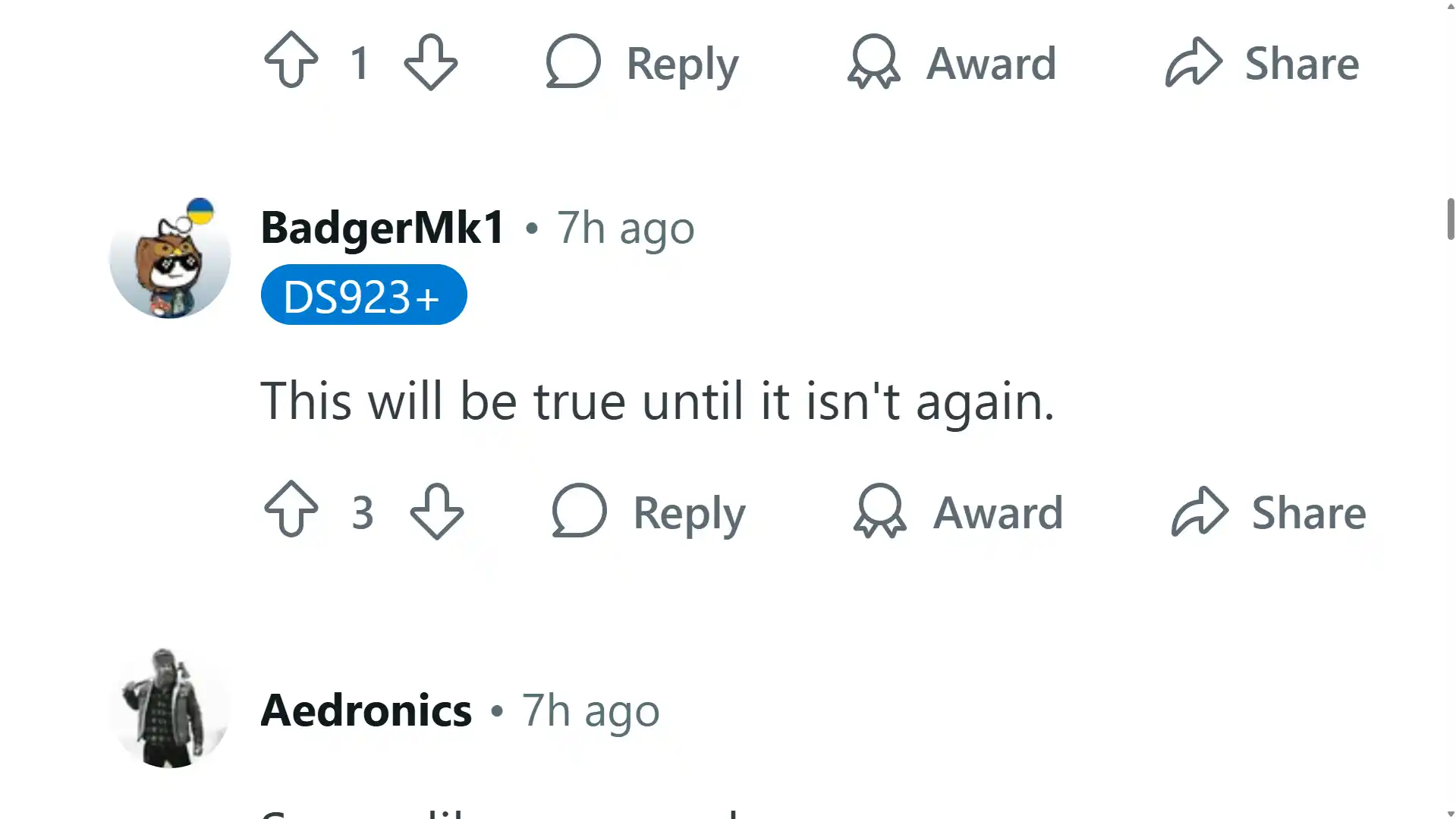
This lack of transparency undermines confidence in Synology’s commitment to openness. Furthermore, the decision to tie the rollback to a major DSM update rather than a smaller patch raises worries that the company could use similar tactics in the future to control hardware functionality through software revisions. Many see the reversal as a necessary correction rather than an act of goodwill, and that distinction matters. Users may accept Synology’s reasoning for now, but the brand’s reputation for reliability has been replaced by a lingering doubt about whether it can be trusted to keep its platform open and user-focused.
| NAS Series | Drives on Compatibility List | Drives Not Listed | Drives on Incompatibility List |
|---|---|---|---|
| RS Plus (e.g., RS2423+, RS422+) | Supported for new installation, storage pool creation, and migration | Supported only for migration; cannot create new storage pools or caches | Fully blocked from all operations |
| DVA/NVR Series (e.g., DVA1622, DVA3221, NVR1218) | Supported for installation and migration | Supported only for migration; cannot create new storage pools | Fully blocked from all operations |
| Supported Drive Types | HDD and 2.5″ SATA SSD | HDD and 2.5″ SATA SSD (migration only) | All drive types blocked |
| Drive Example Notes | Synology HAT5300/HAT3300 verified; select enterprise drives | Seagate IronWolf, SkyHawk, WD Purple not yet verified for use | Drives failing thermal or firmware tests |
| Use Case | Rackmount and surveillance workloads requiring consistent write throughput | Data migration or backup restoration | Unsupported entirely |
Should You Trust Synology NAS Again?
Trusting Synology again depends largely on how much users value its software ecosystem compared to its corporate behaviour. The company’s DSM operating system remains one of the most advanced and stable NAS platforms available, offering a wide range of applications for backup, surveillance, multimedia, and virtualization that are unmatched by most competitors. For those who prioritise reliability, ease of use, and integration over raw hardware flexibility, Synology still provides a compelling product. The reintroduction of unrestricted hard drive support in DSM 7.3 restores much of the practical functionality that users lost earlier this year, and for many, that will be enough to justify purchasing a new NAS. From a technical standpoint, the Plus-series devices are still capable and efficient, with consistent performance, strong data protection features, and excellent long-term support. In short, the hardware remains solid, and the software continues to define Synology’s market dominance in turnkey storage solutions.
Below, references to the change in hard drive support policy are either absent in release notes or severely underplayed on the compatibility pages as of 3rd Nov 2025.
 |
 |
However, from a consumer trust perspective, caution is still warranted. The brand’s repeated pattern of restricting features, followed by later partial reversals, has left many wary that similar policies could return in future product generations. Even though DSM 7.3 represents a positive correction, Synology has not issued any long-term assurances that it will maintain this open stance. There is also concern about how much influence profit margins and proprietary hardware incentives continue to have over product decisions. For experienced users, the safest approach may be to treat Synology as a premium but increasingly closed ecosystem—one that delivers outstanding software at the cost of long-term flexibility. Whether it is “okay” to buy a Synology NAS now depends on priorities: if you value a polished interface and dependable system behaviour above everything else, Synology is still one of the best options available. But if transparency, open standards, and full hardware freedom matter more, then the company’s recent U-turn should be seen not as a full restoration of trust, but as a cautious and temporary concession to public pressure.
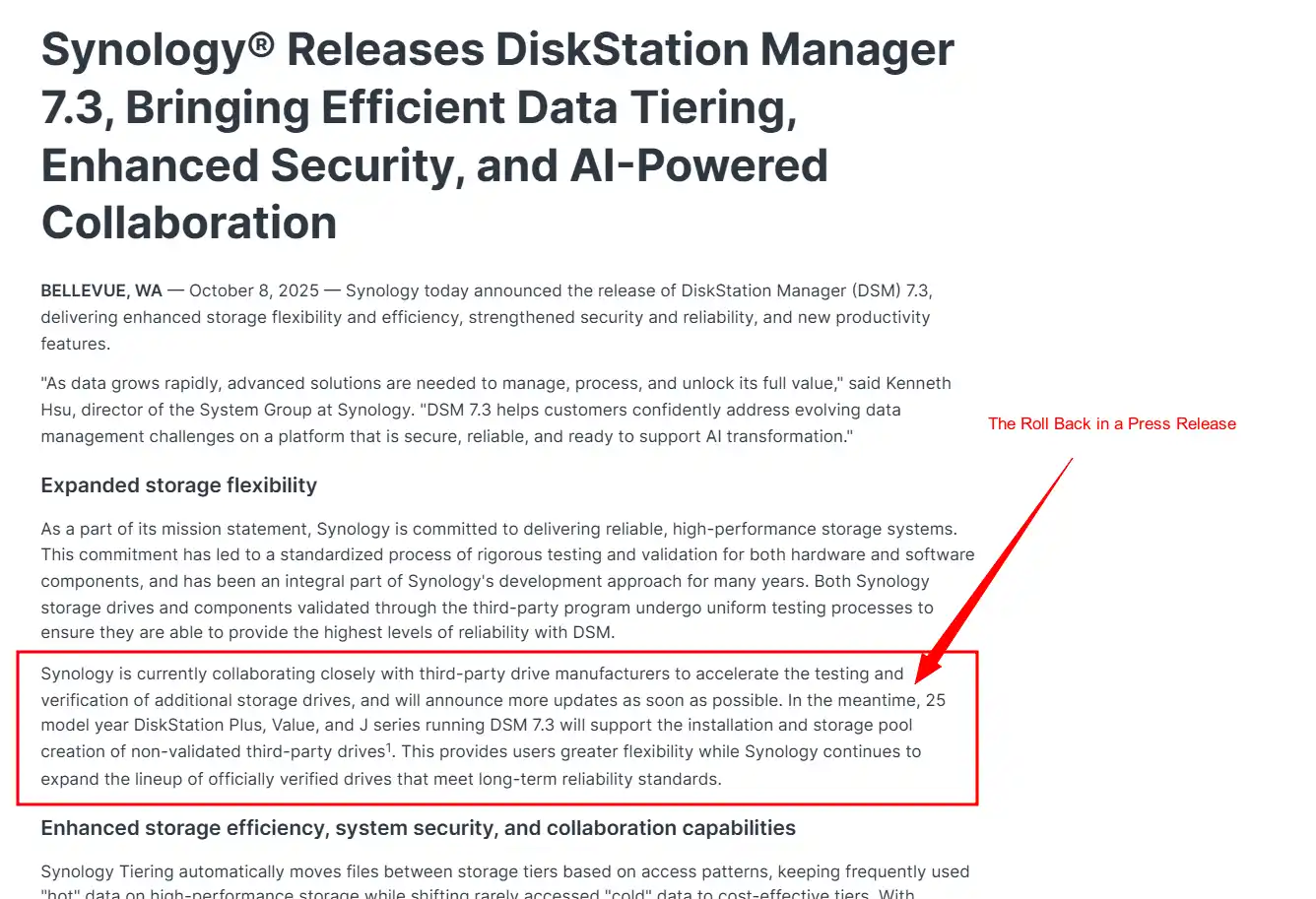
If/When you do wish to purchase a Synology NAS, please do use the links below in order to purchase your NAS. Doing so results in a small commission coming to me and Ed here at NASCompares, and it allows us to keep doing what we do here, and is the most frictionless and zero-cost way for you to support our articles, reviews, videos, guides, support systems and more.
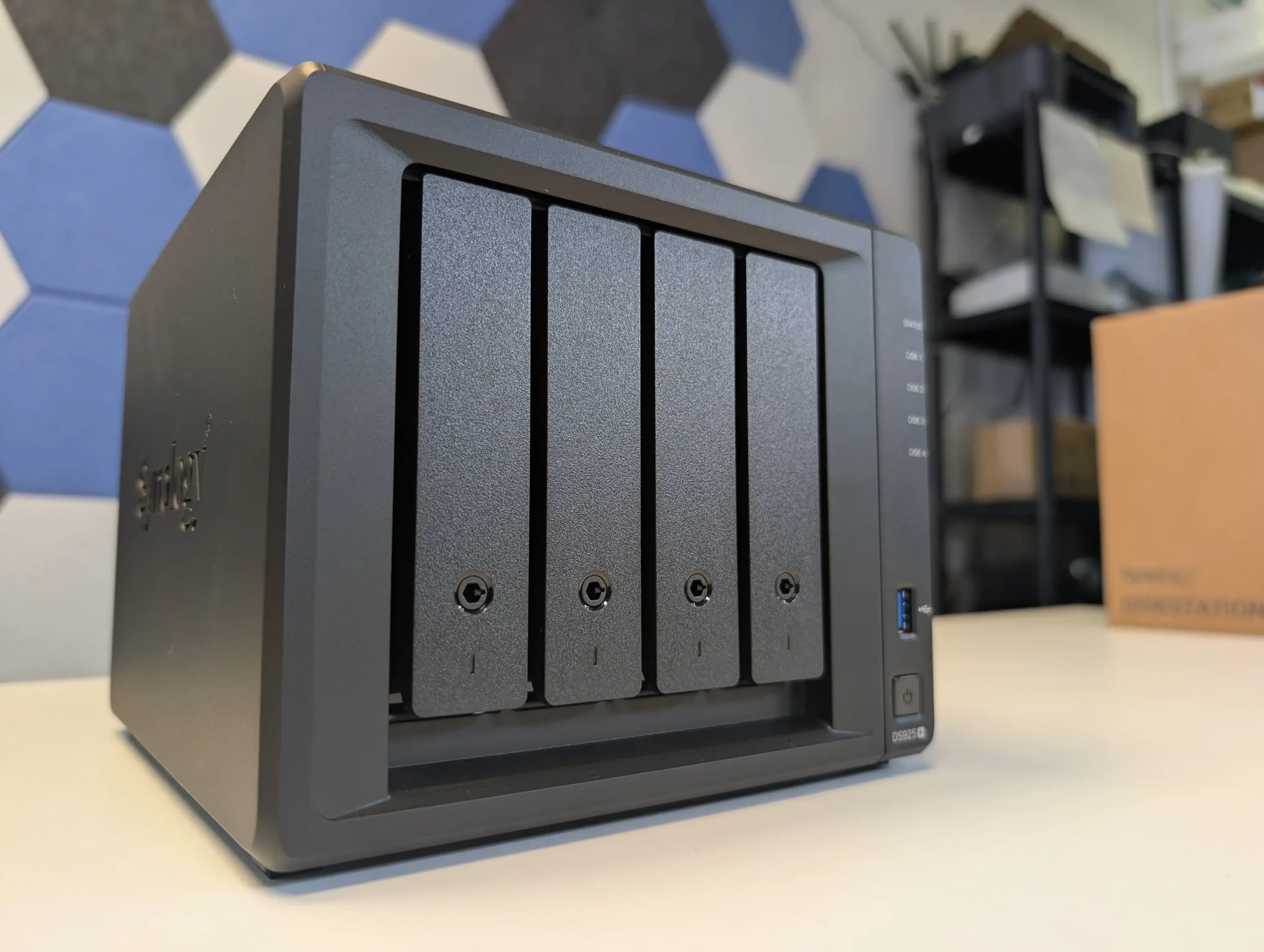
Synology DS925+ NAS |
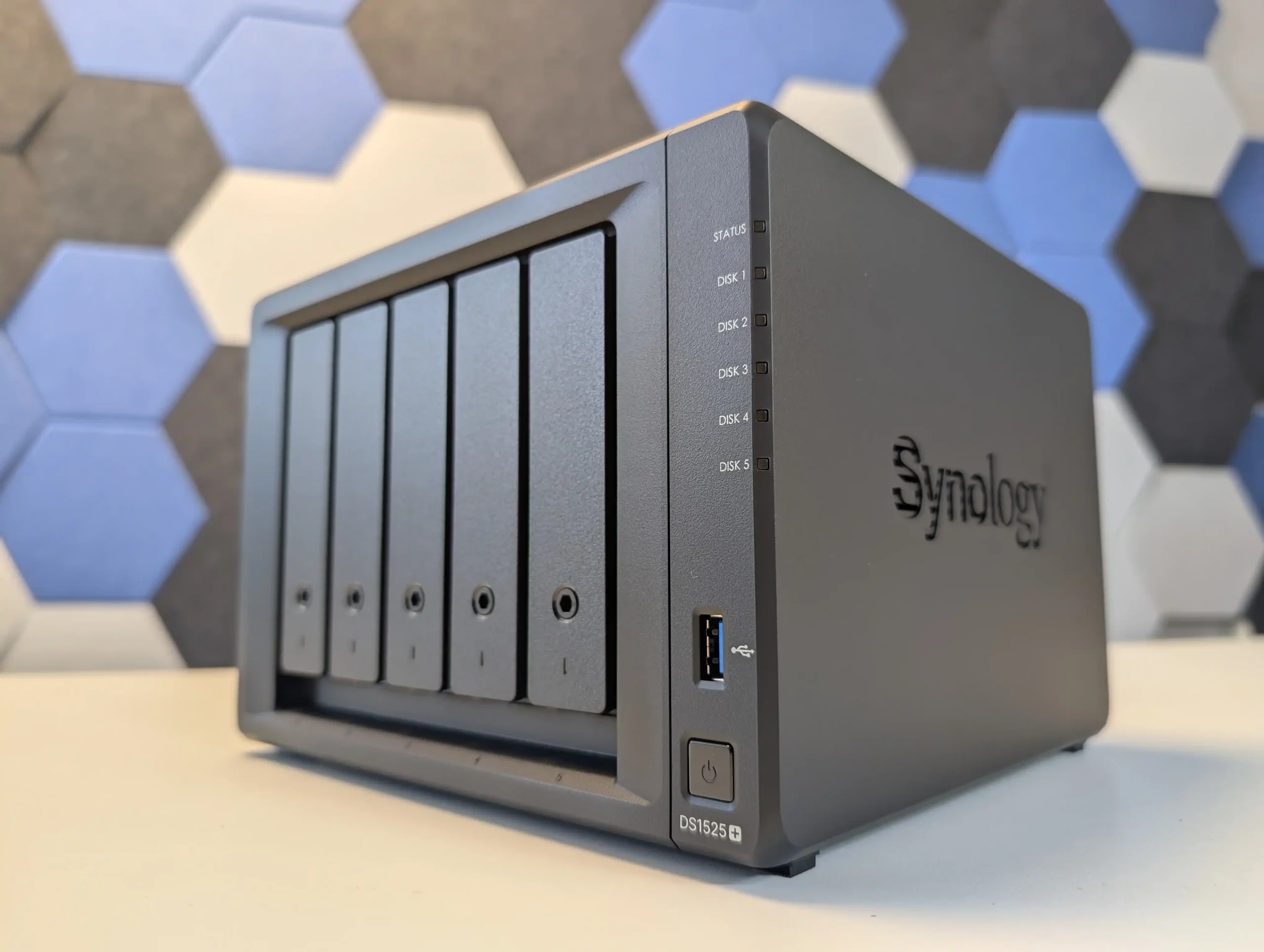
Synology DS1525+ NAS |
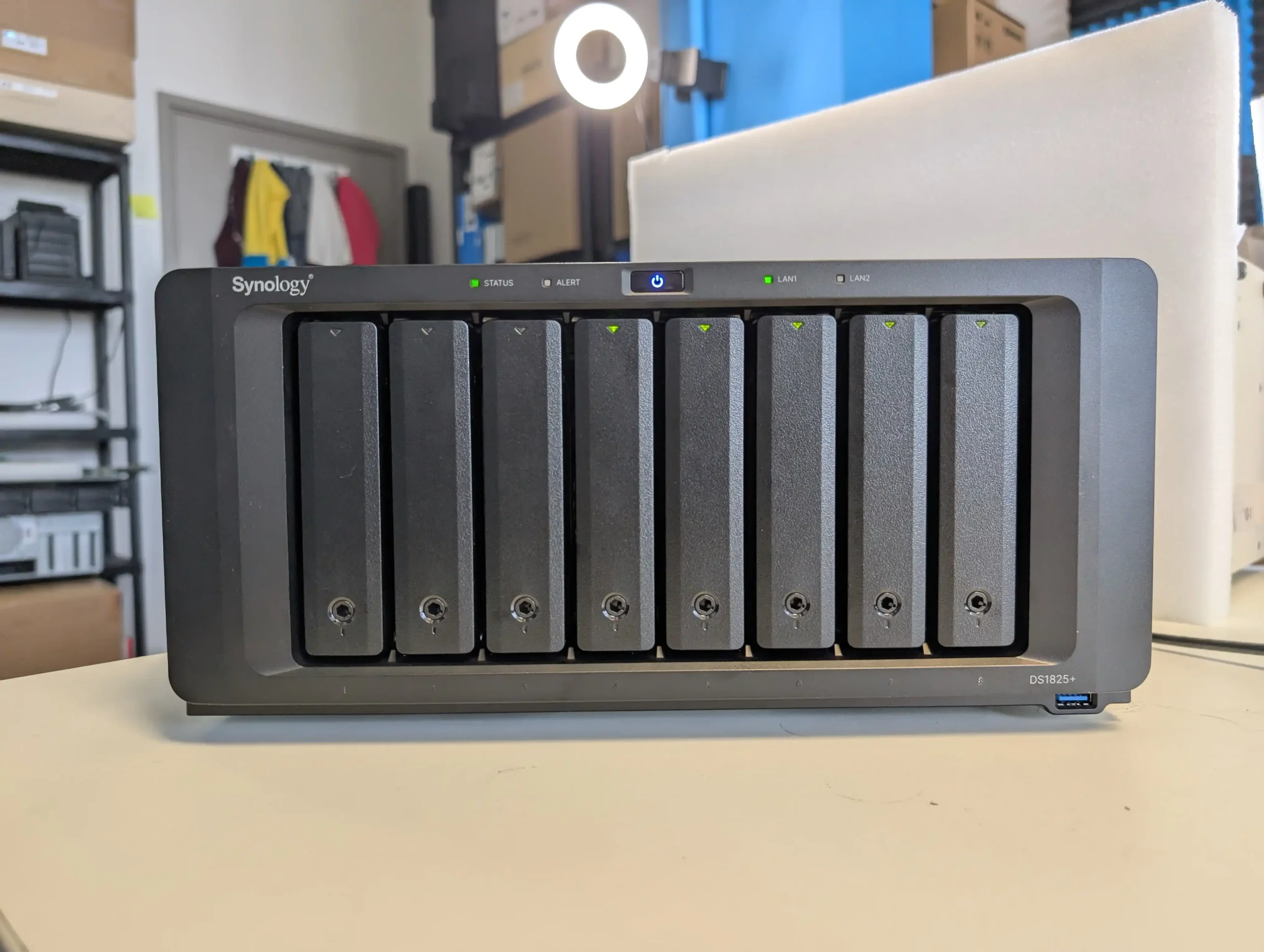
Synology DS1825+ NAS |
|
Check Amazon in Your Region for the Synology DS925+ NAS |
Amazon in Your Region for the Synology DS1525+ NAS @ $799 |
Amazon in Your Region for the Synology DS1825+ NAS @ $1149 |
|
heck B&H for the Synology DS925+ NAS |
B&H for the Synology DS1525+ NAS @ $1149.99 |
B&H for the Synology DS1825+ NAS @ $1149.99 |
 SUBSCRIBE TO OUR NEWSLETTER
SUBSCRIBE TO OUR NEWSLETTER 
[contact-form-7]
 Join Inner Circle
Join Inner Circle Get an alert every time something gets added to this specific article!
 Subscribe
Subscribe
This description contains links to Amazon. These links will take you to some of the products mentioned in today's content. As an Amazon Associate, I earn from qualifying purchases. Visit the NASCompares Deal Finder to find the best place to buy this device in your region, based on Service, Support and Reputation - Just Search for your NAS Drive in the Box Below
Need Advice on Data Storage from an Expert?
Finally, for free advice about your setup, just leave a message in the comments below here at NASCompares.com and we will get back to you. Need Help?
Where possible (and where appropriate) please provide as much information about your requirements, as then I can arrange the best answer and solution to your needs. Do not worry about your e-mail address being required, it will NOT be used in a mailing list and will NOT be used in any way other than to respond to your enquiry.
[contact-form-7]
Need Help?
Where possible (and where appropriate) please provide as much information about your requirements, as then I can arrange the best answer and solution to your needs. Do not worry about your e-mail address being required, it will NOT be used in a mailing list and will NOT be used in any way other than to respond to your enquiry.
[contact-form-7]
 Ko-fi or old school Paypal. Thanks!To find out more about how to support this advice service check HEREIf you need to fix or configure a NAS, check Fiver
Have you thought about helping others with your knowledge? Find Instructions Here
Ko-fi or old school Paypal. Thanks!To find out more about how to support this advice service check HEREIf you need to fix or configure a NAS, check Fiver
Have you thought about helping others with your knowledge? Find Instructions Here

|
 |

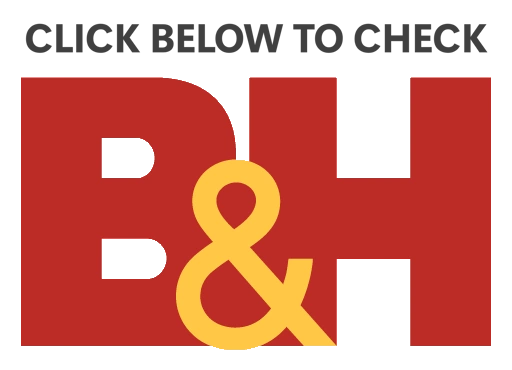

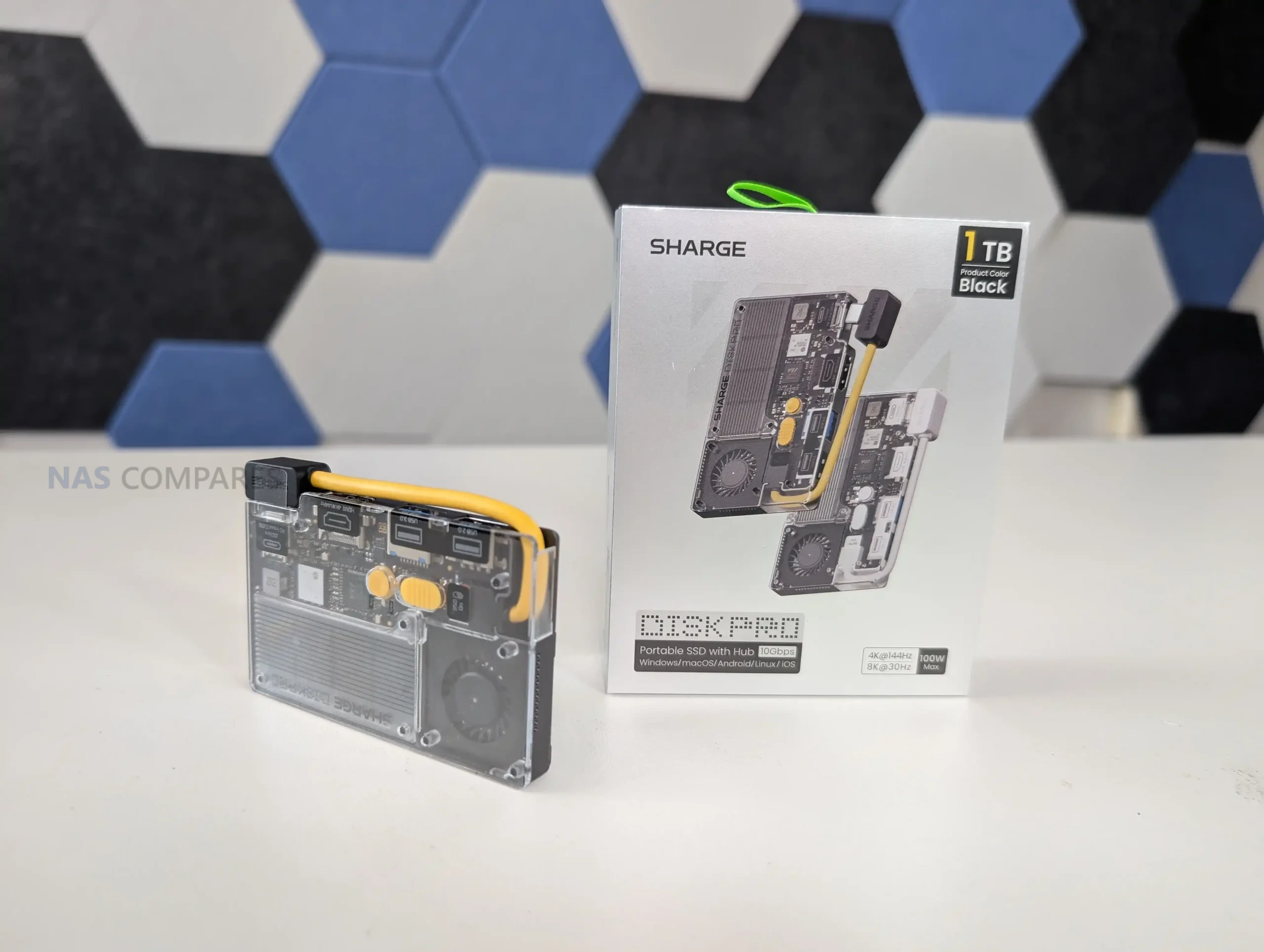

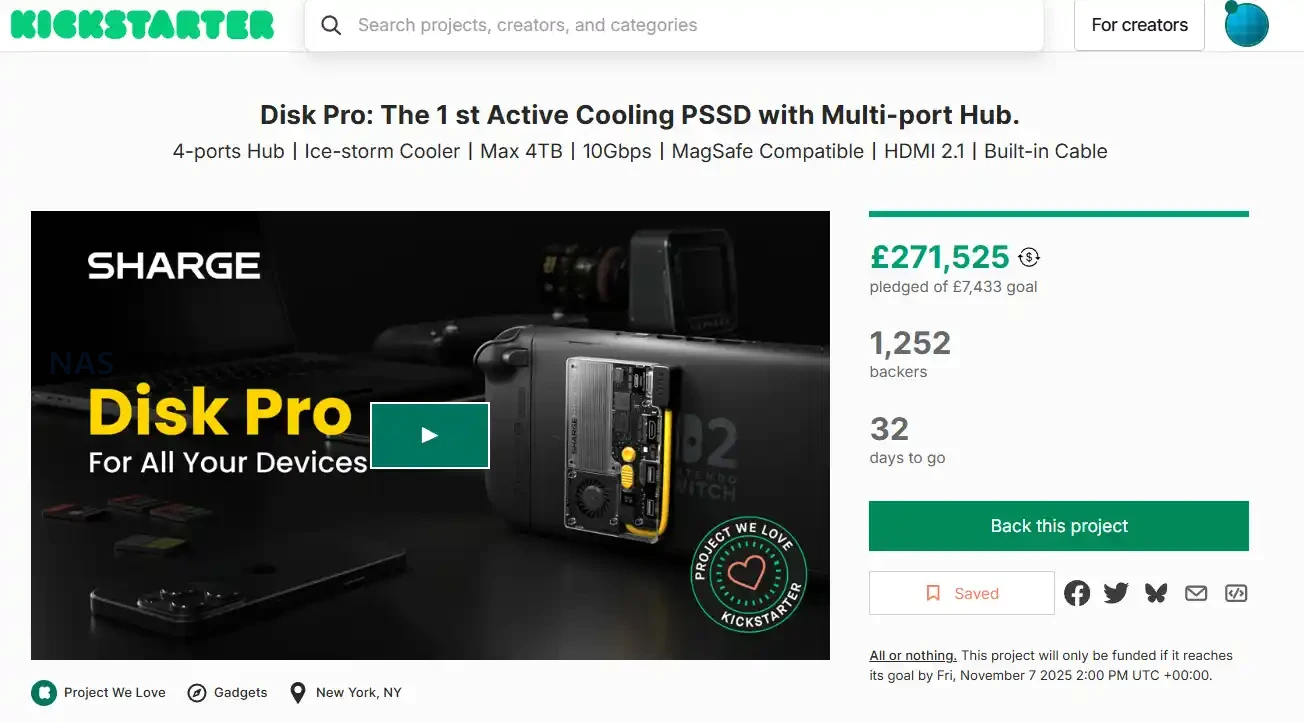
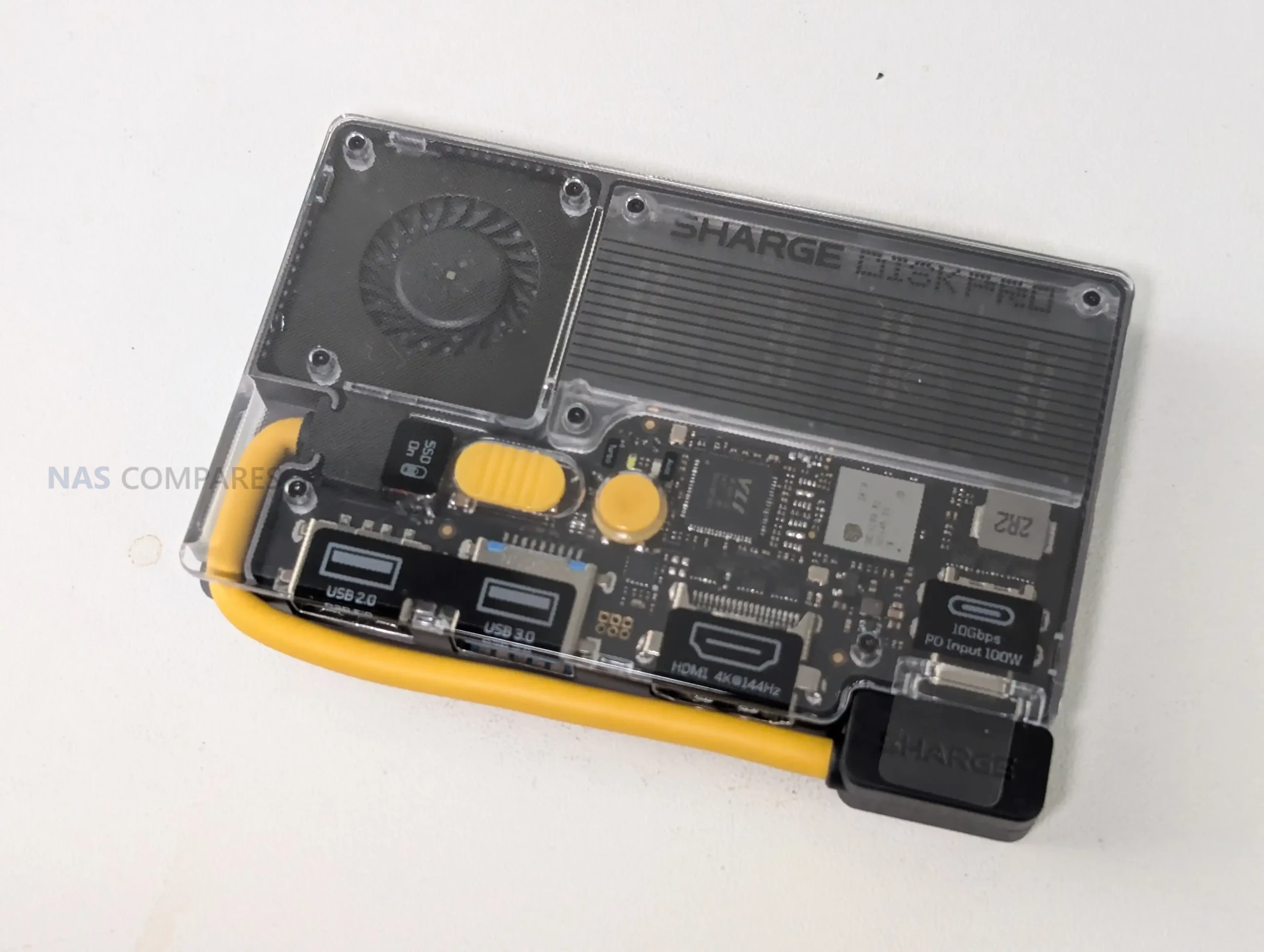
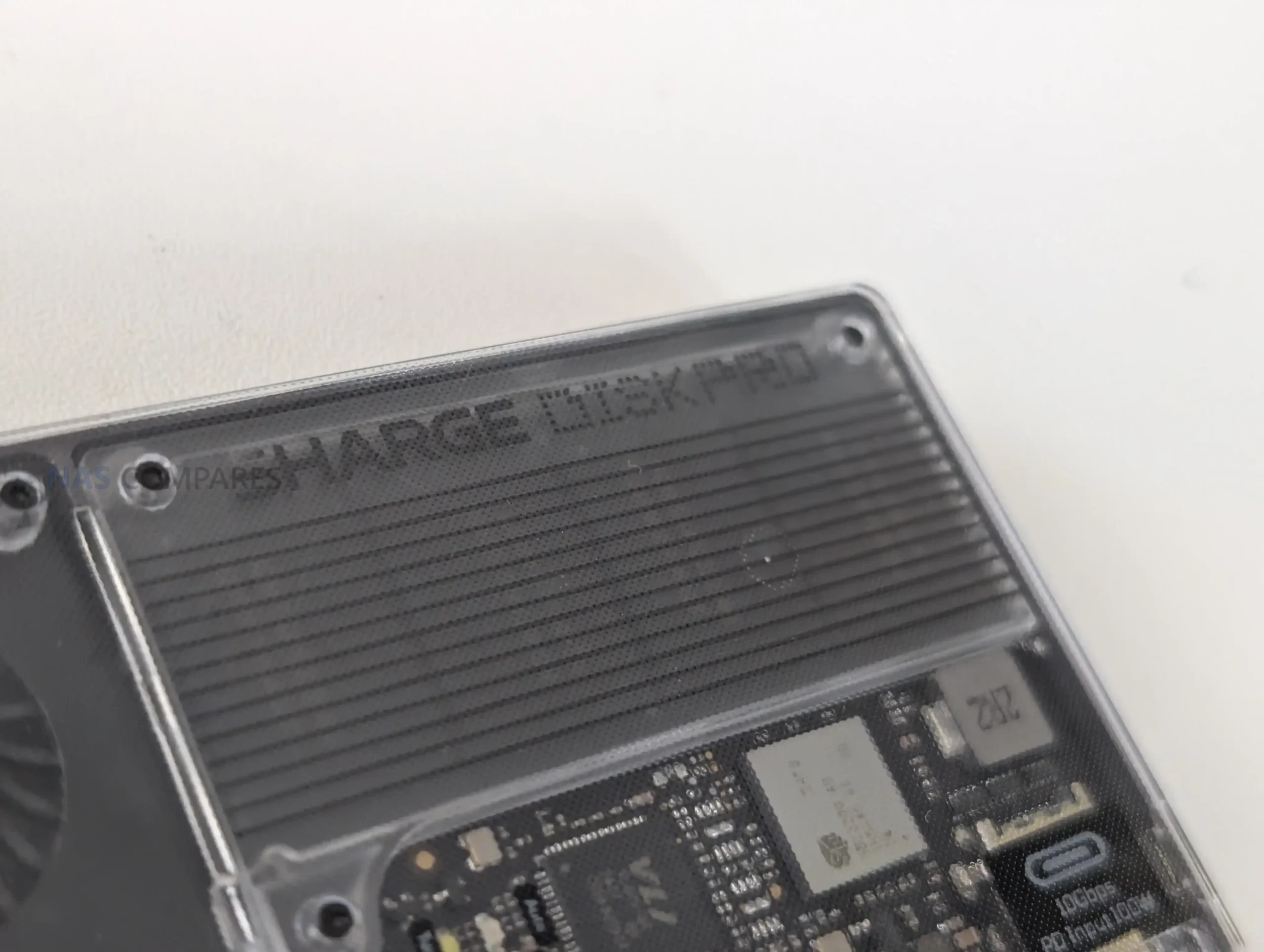
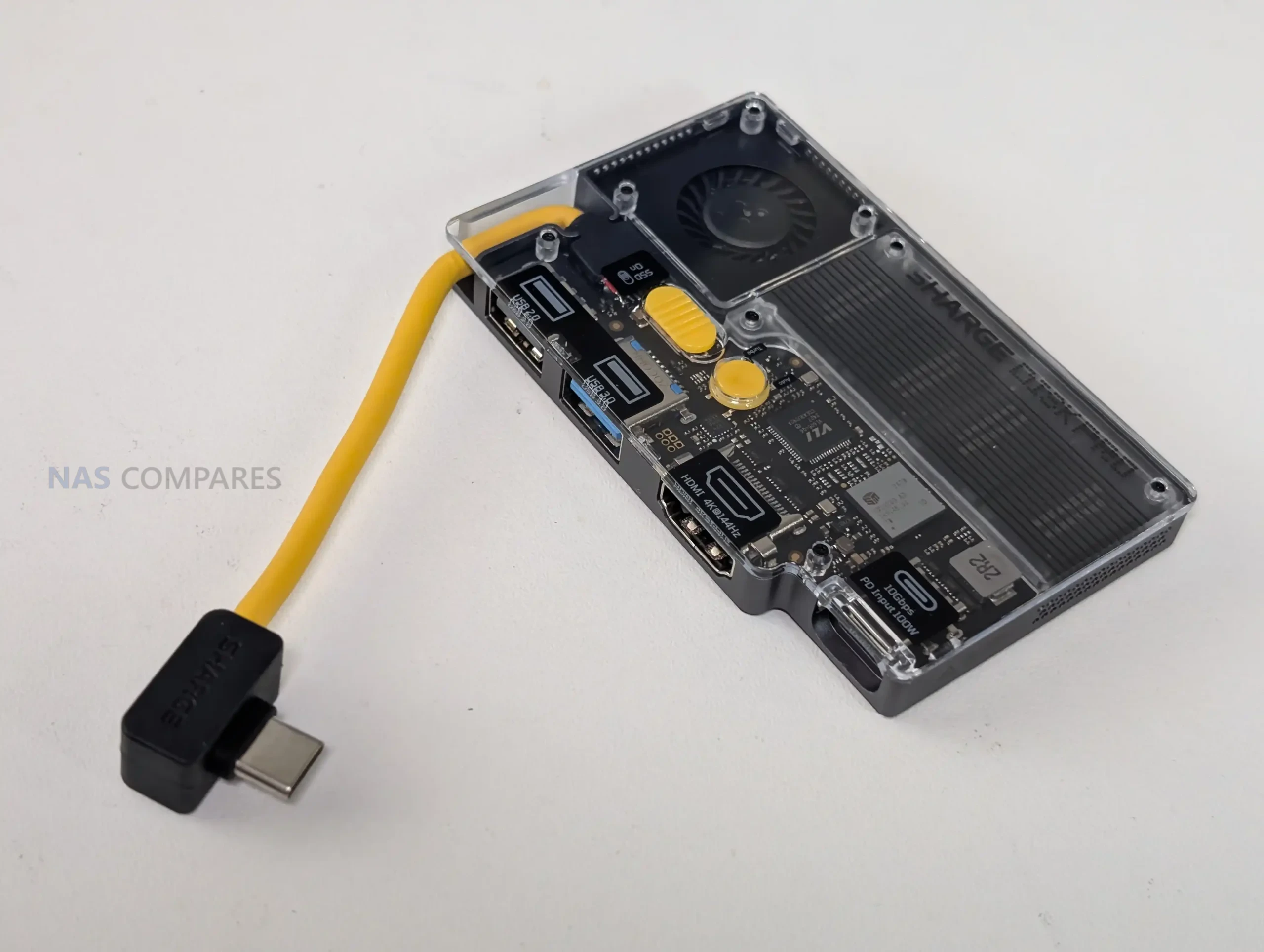
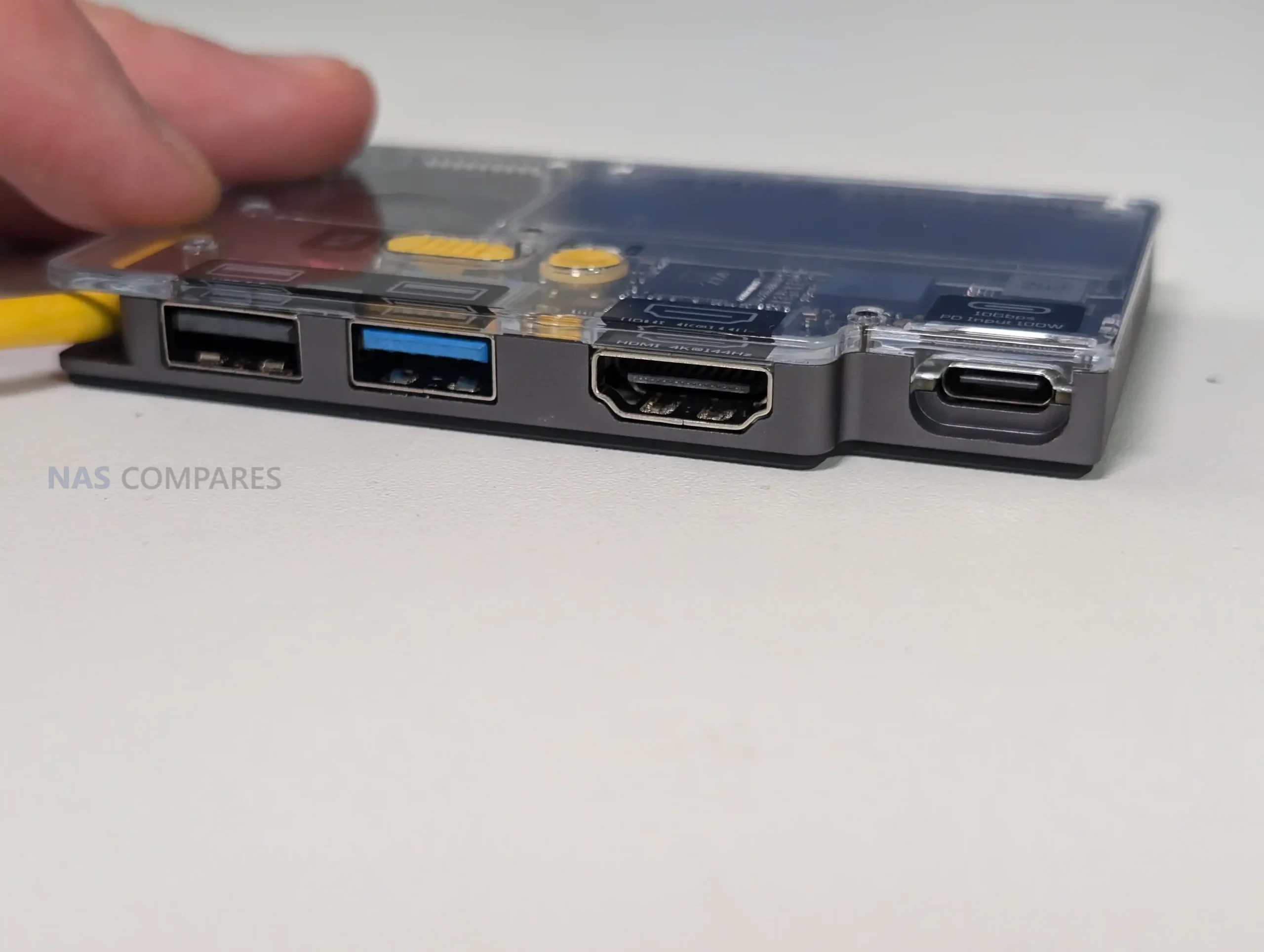
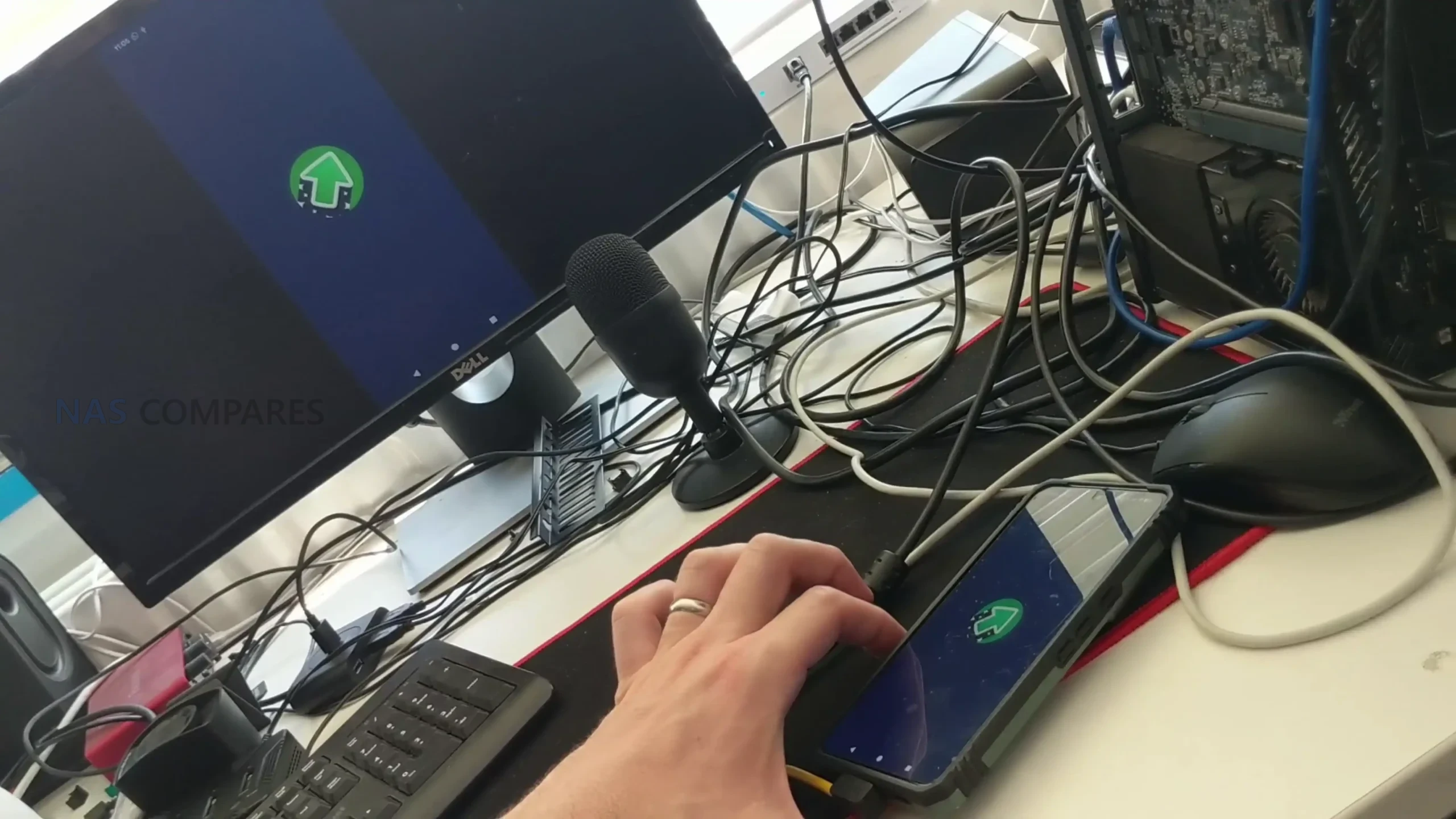
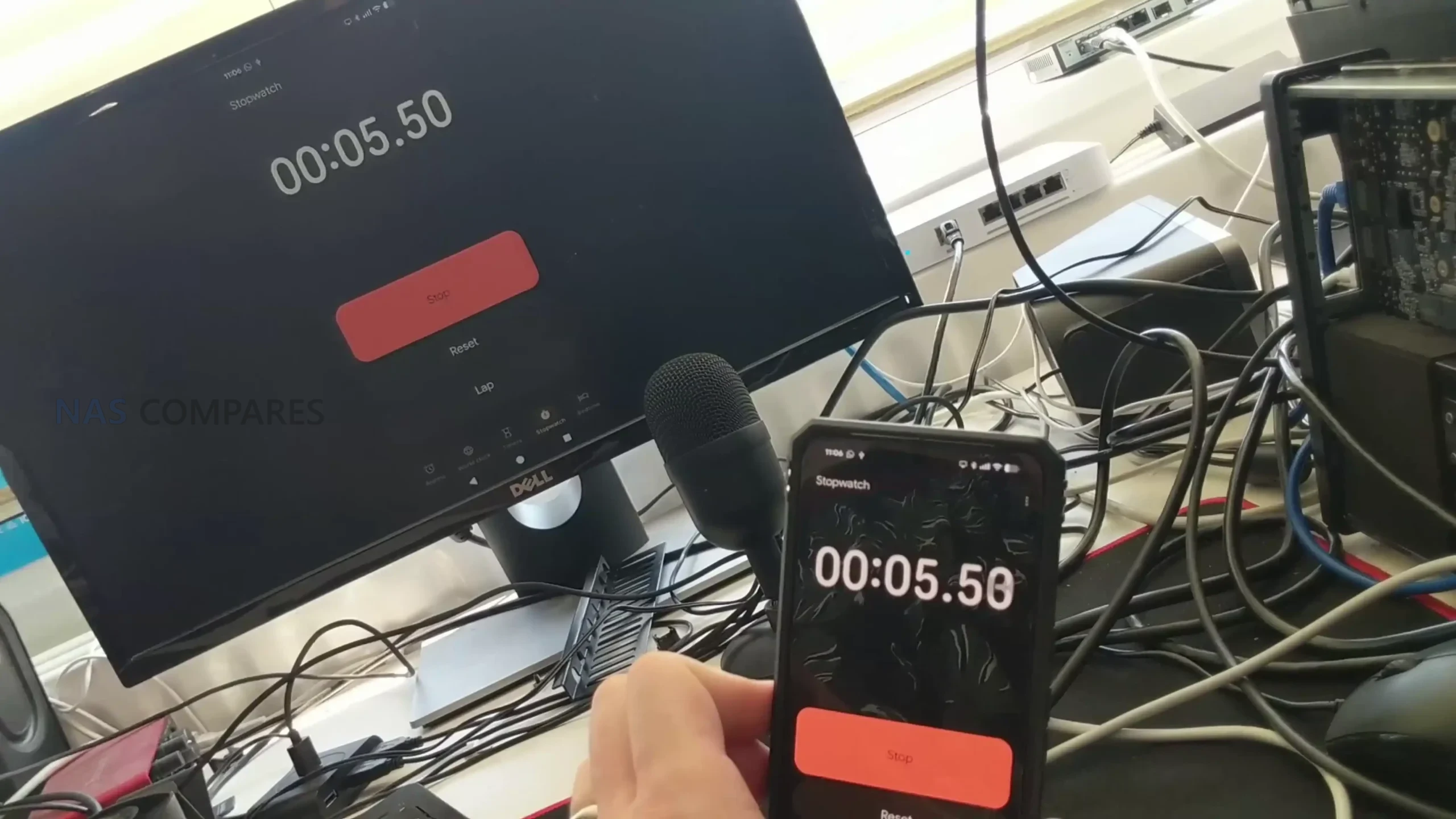
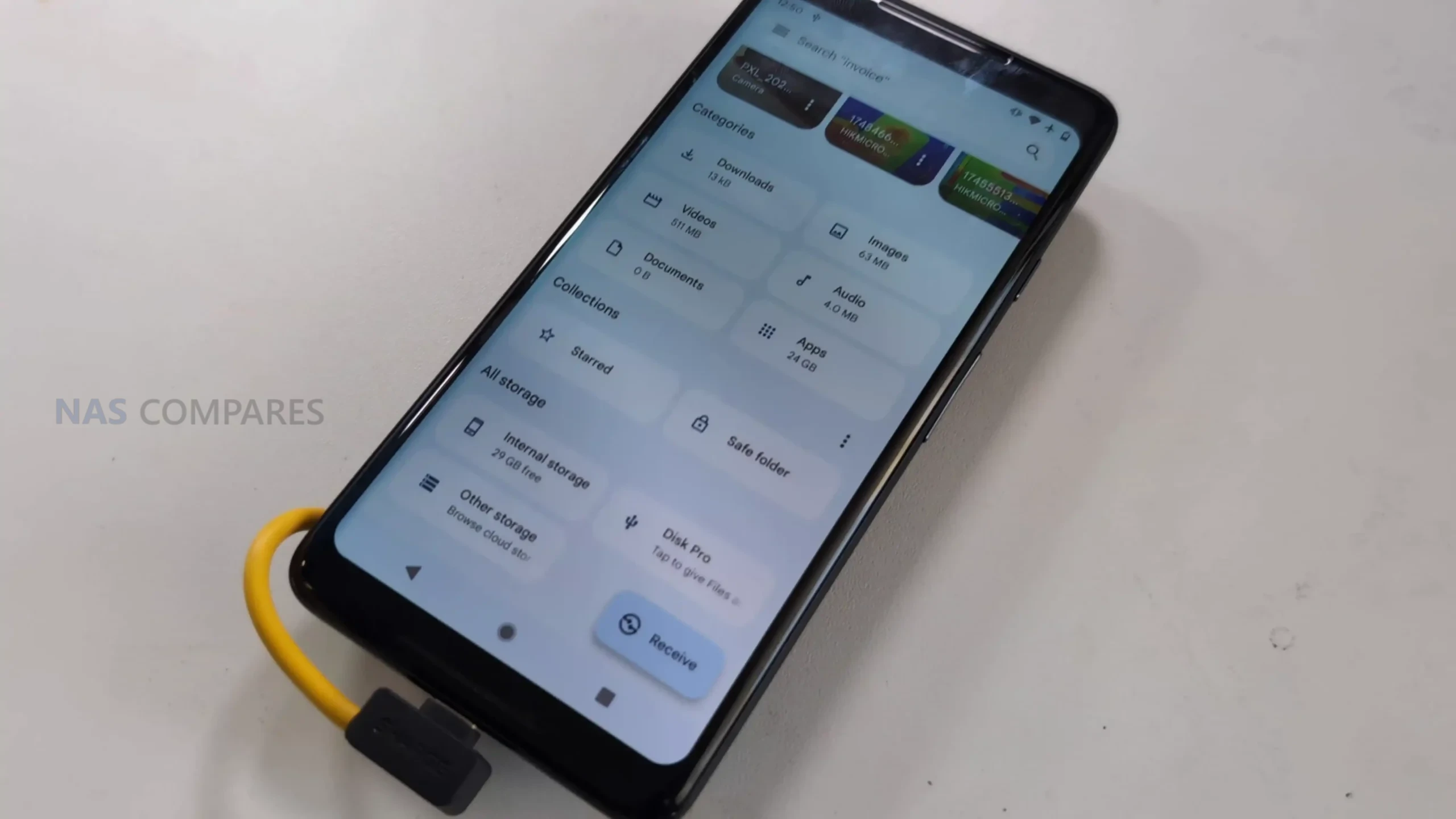

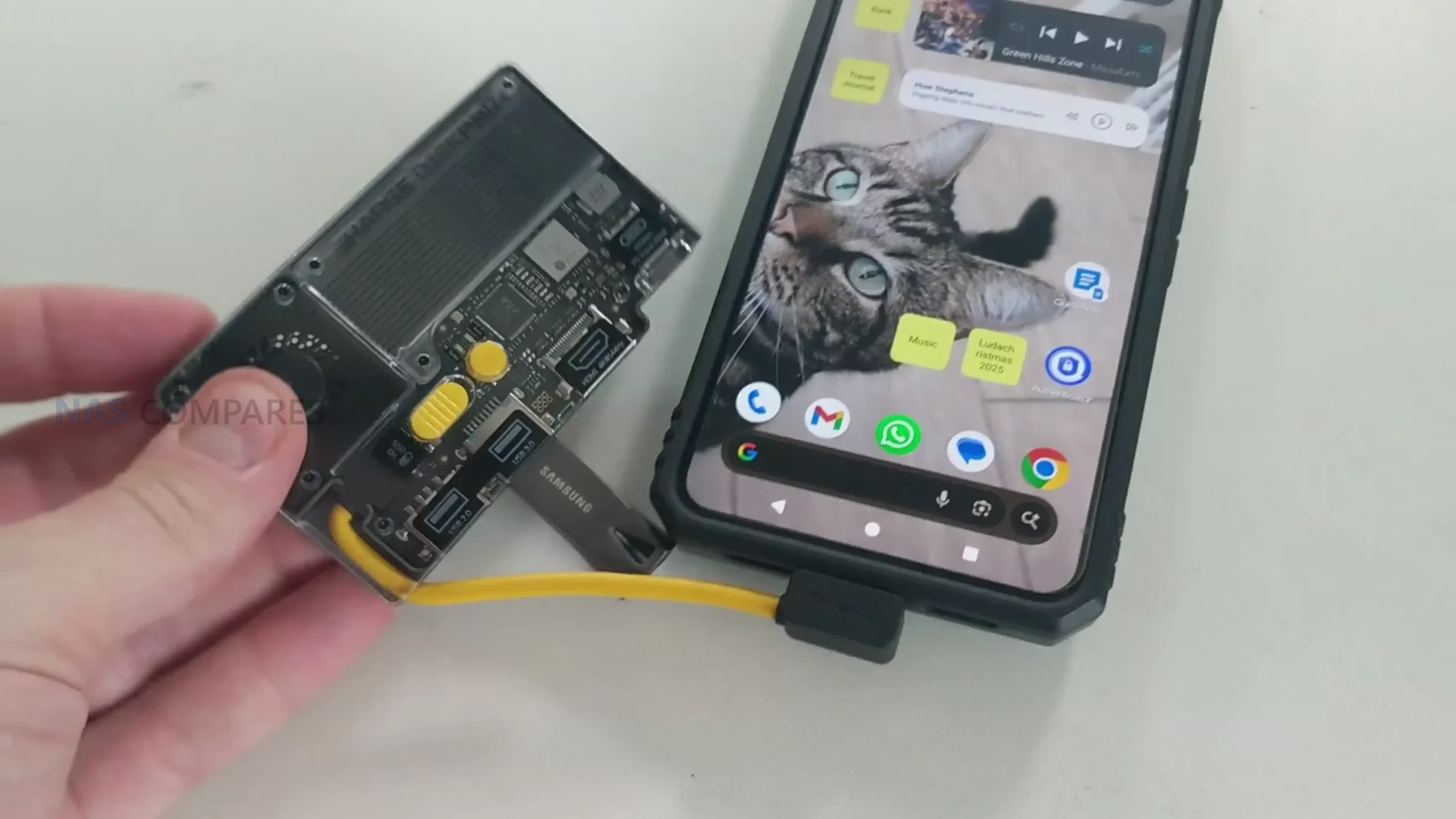
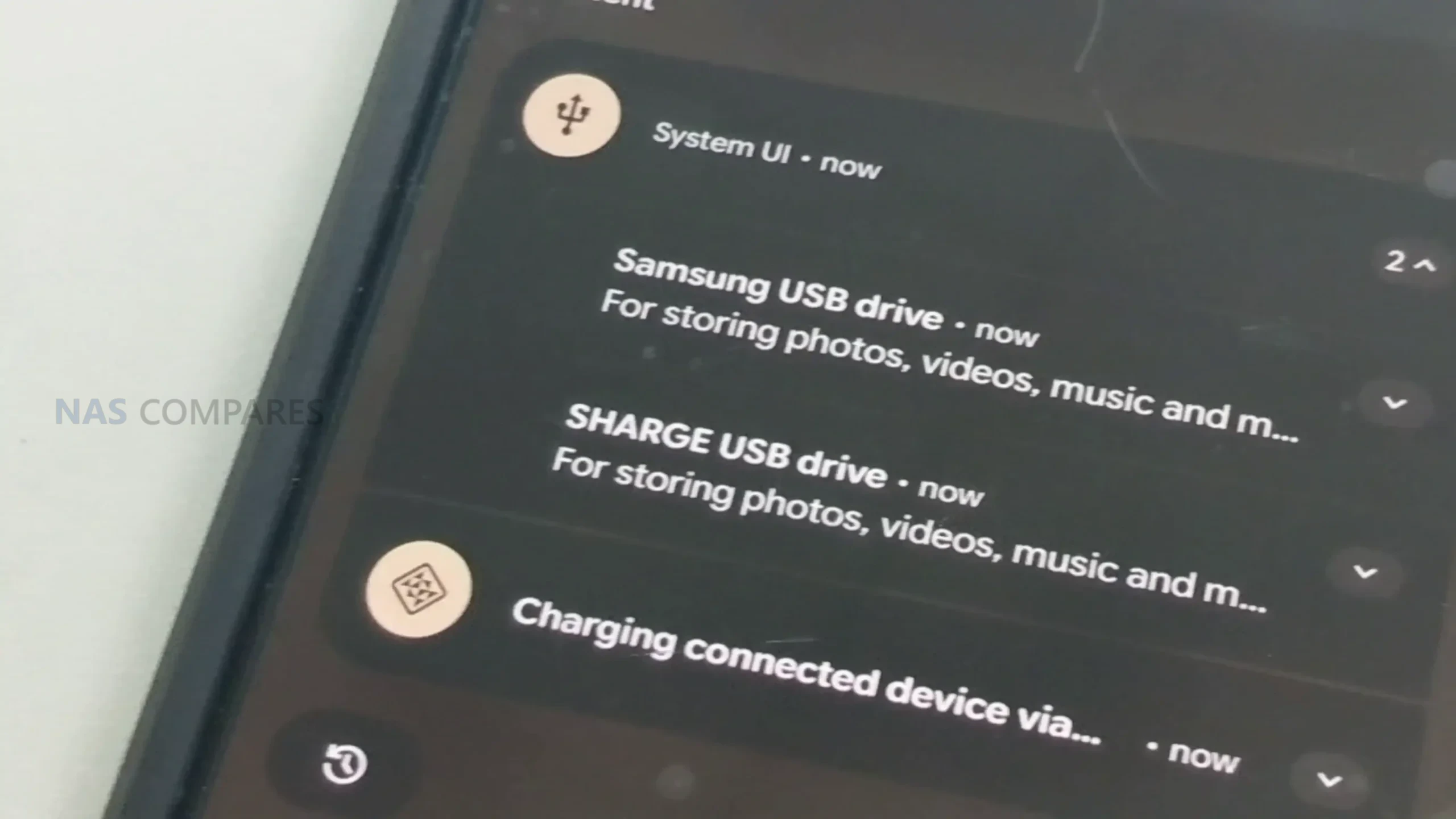
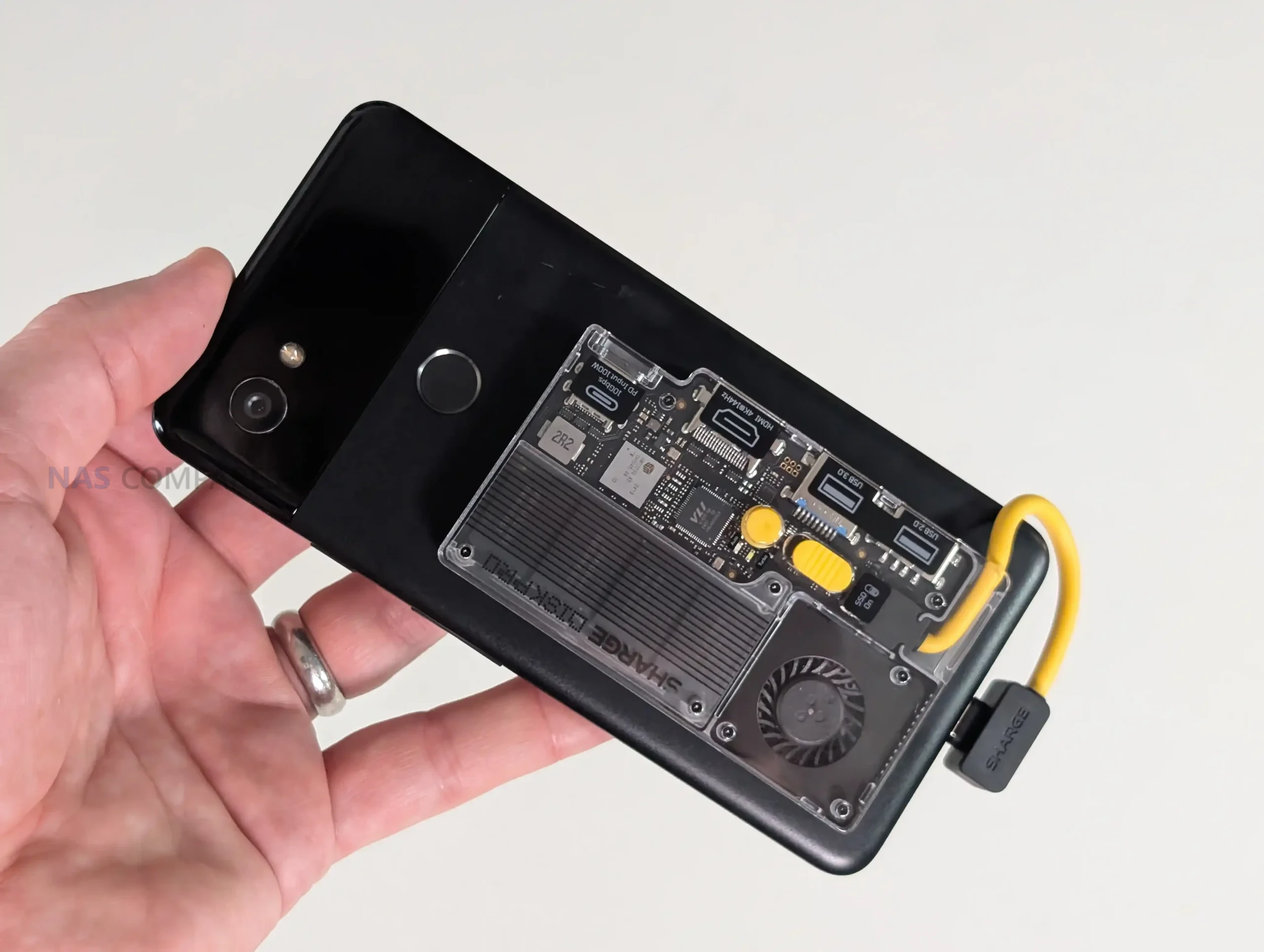
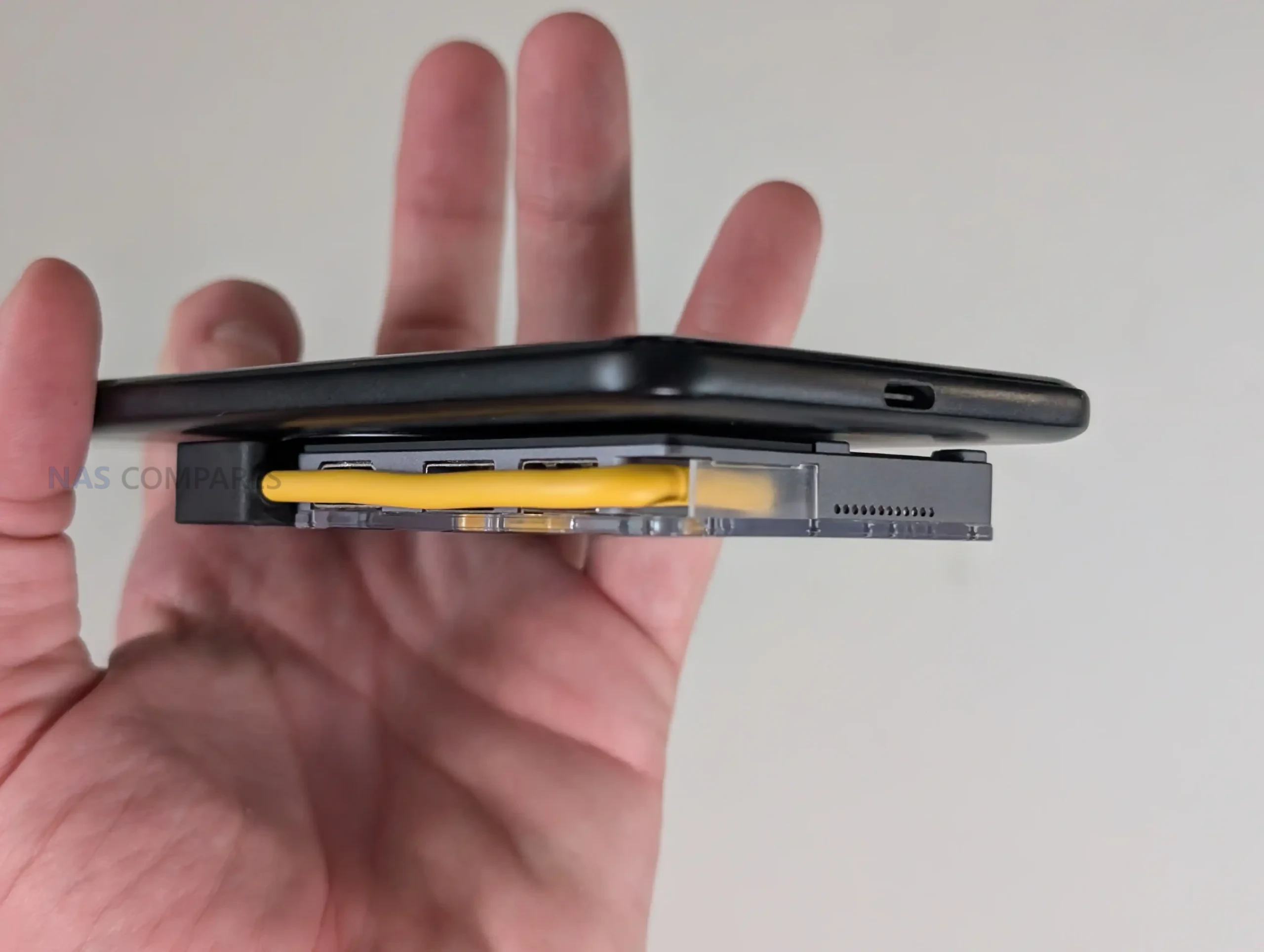
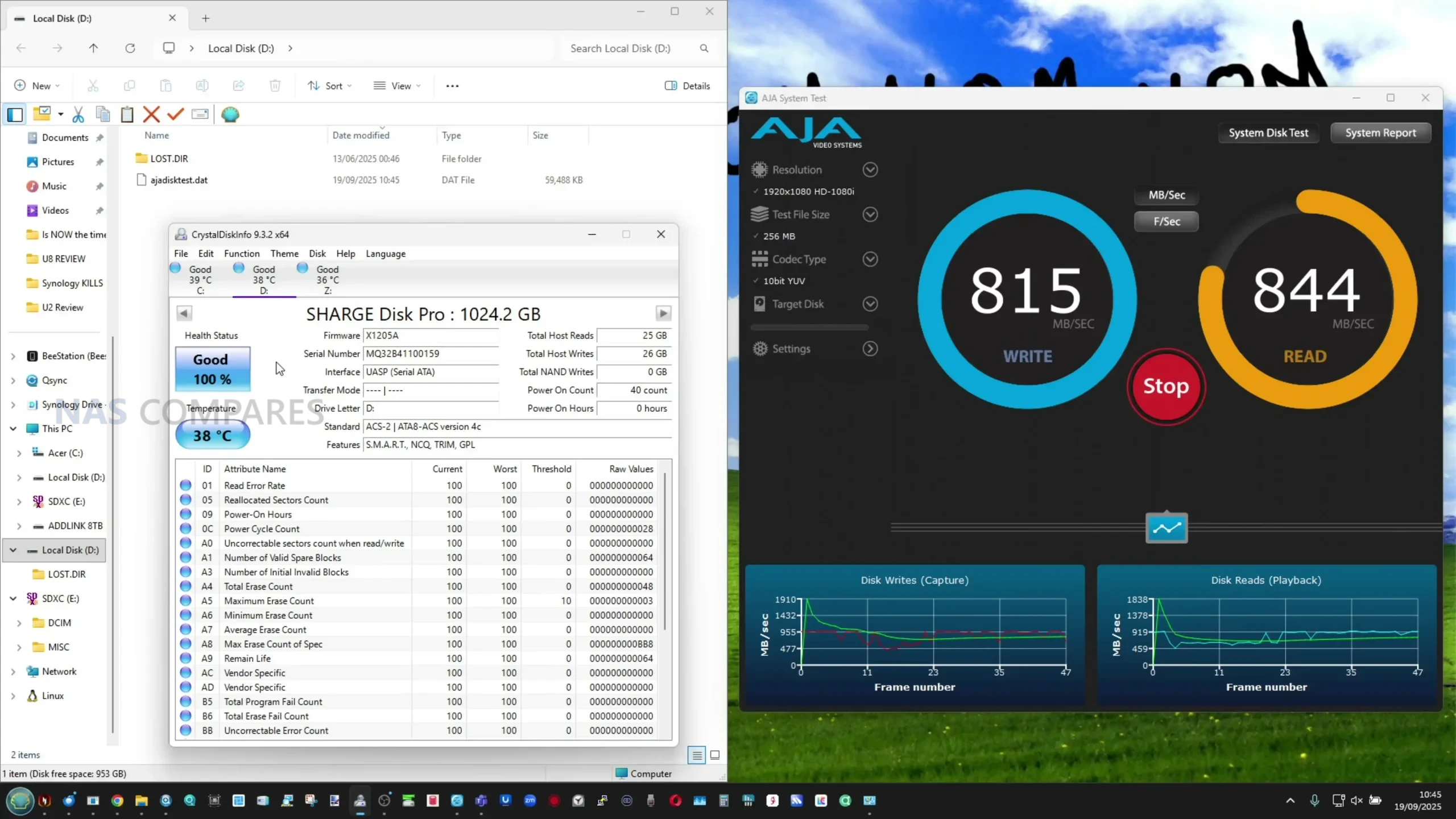
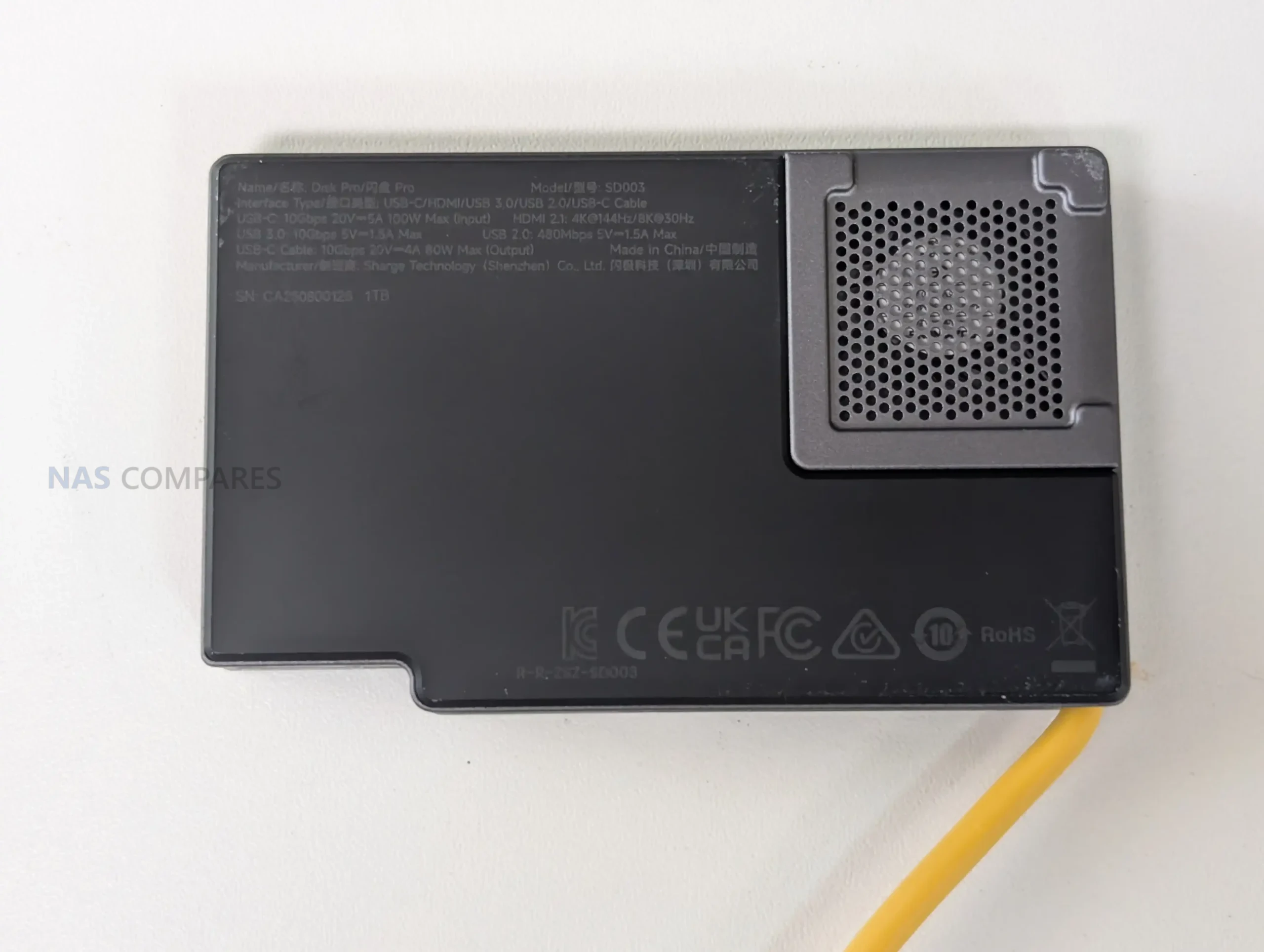
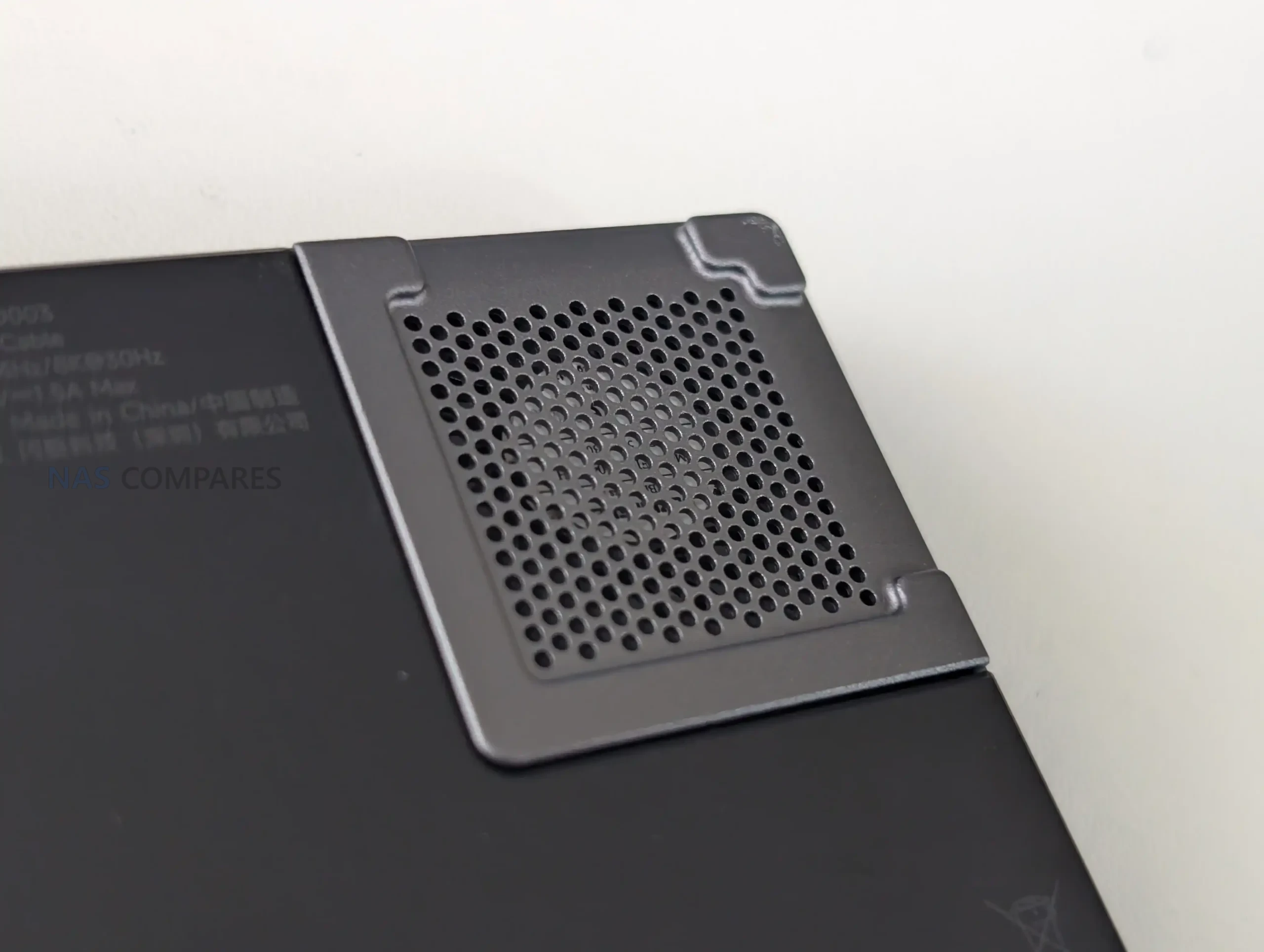
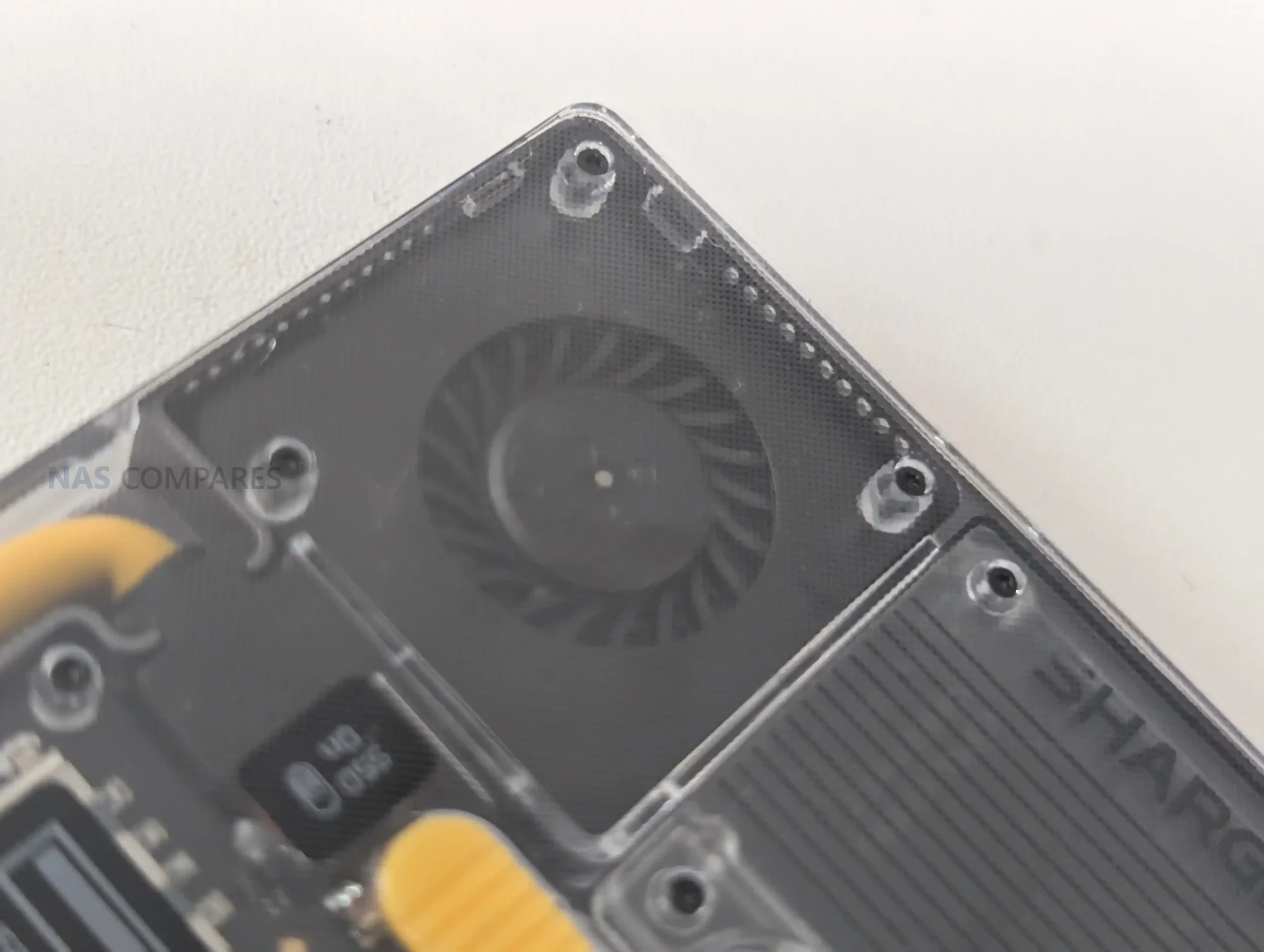
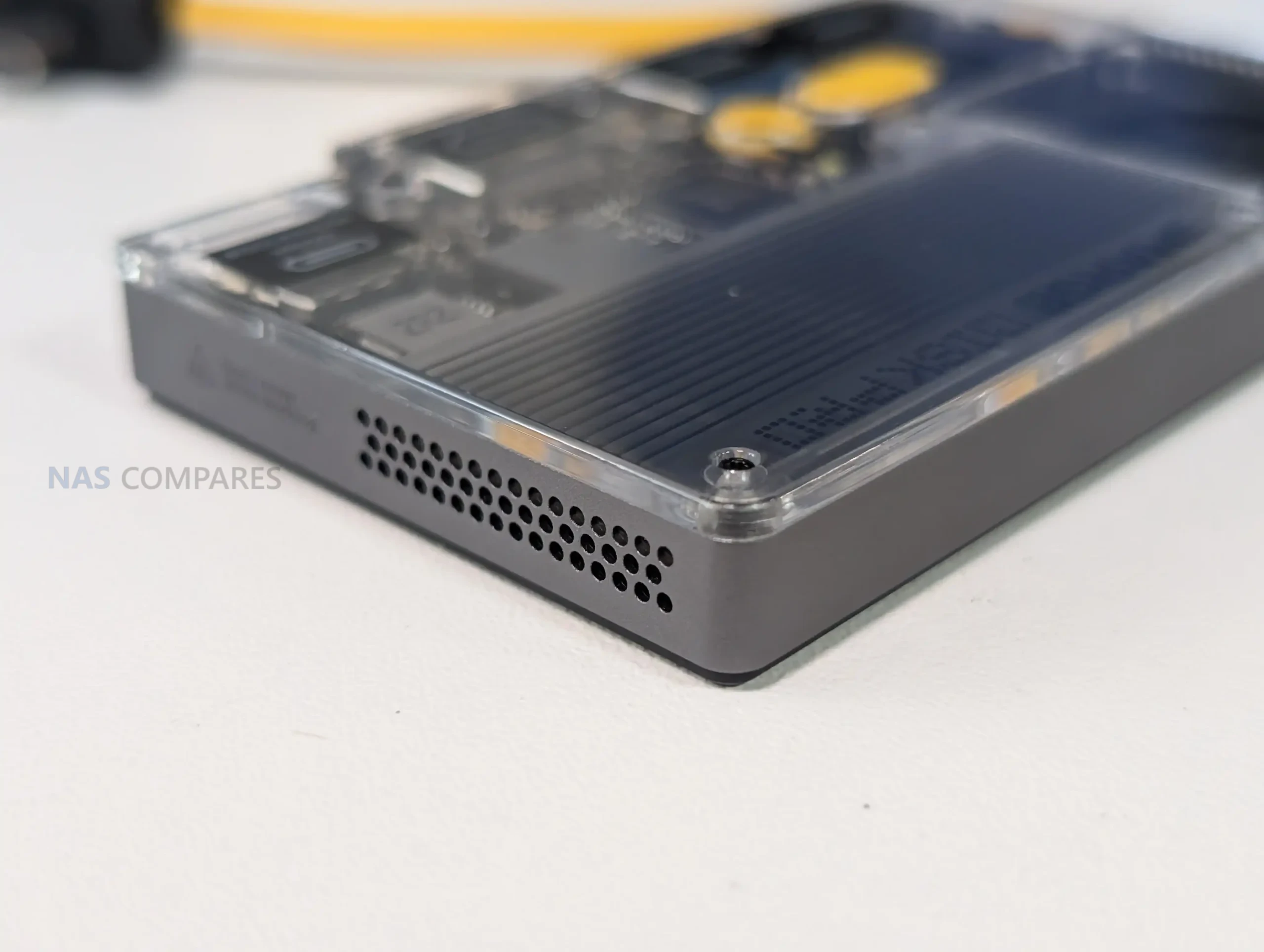
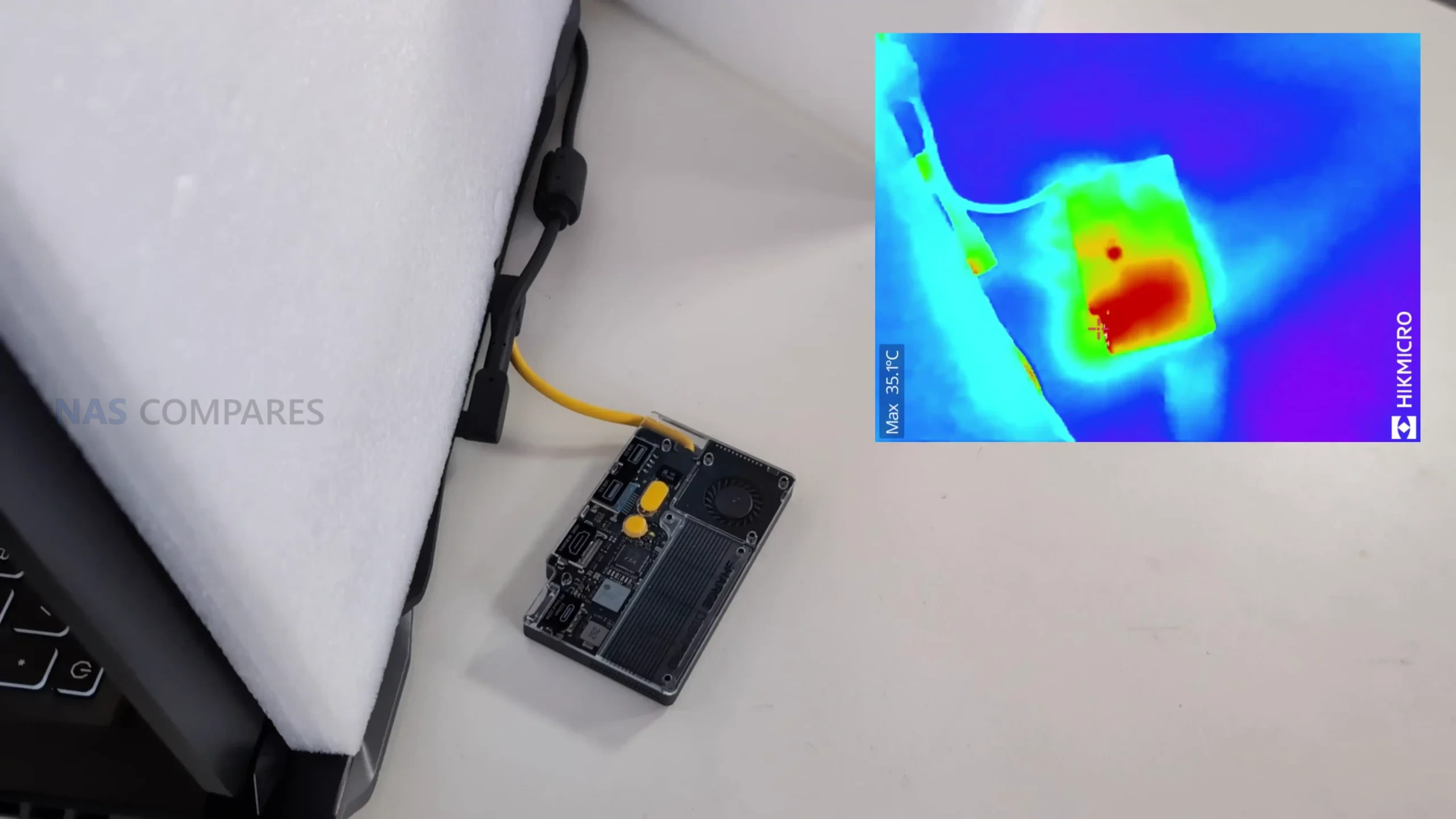
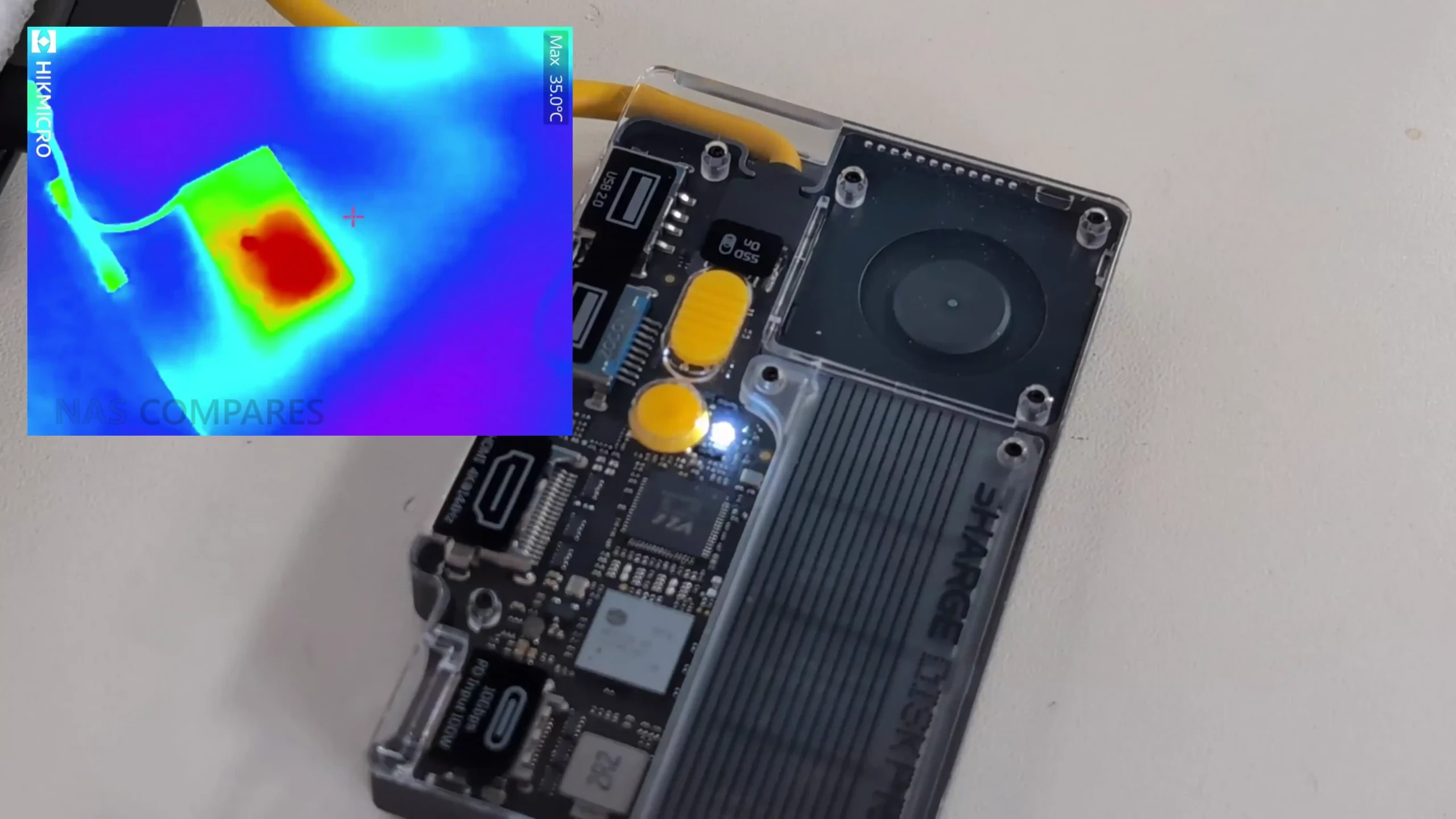
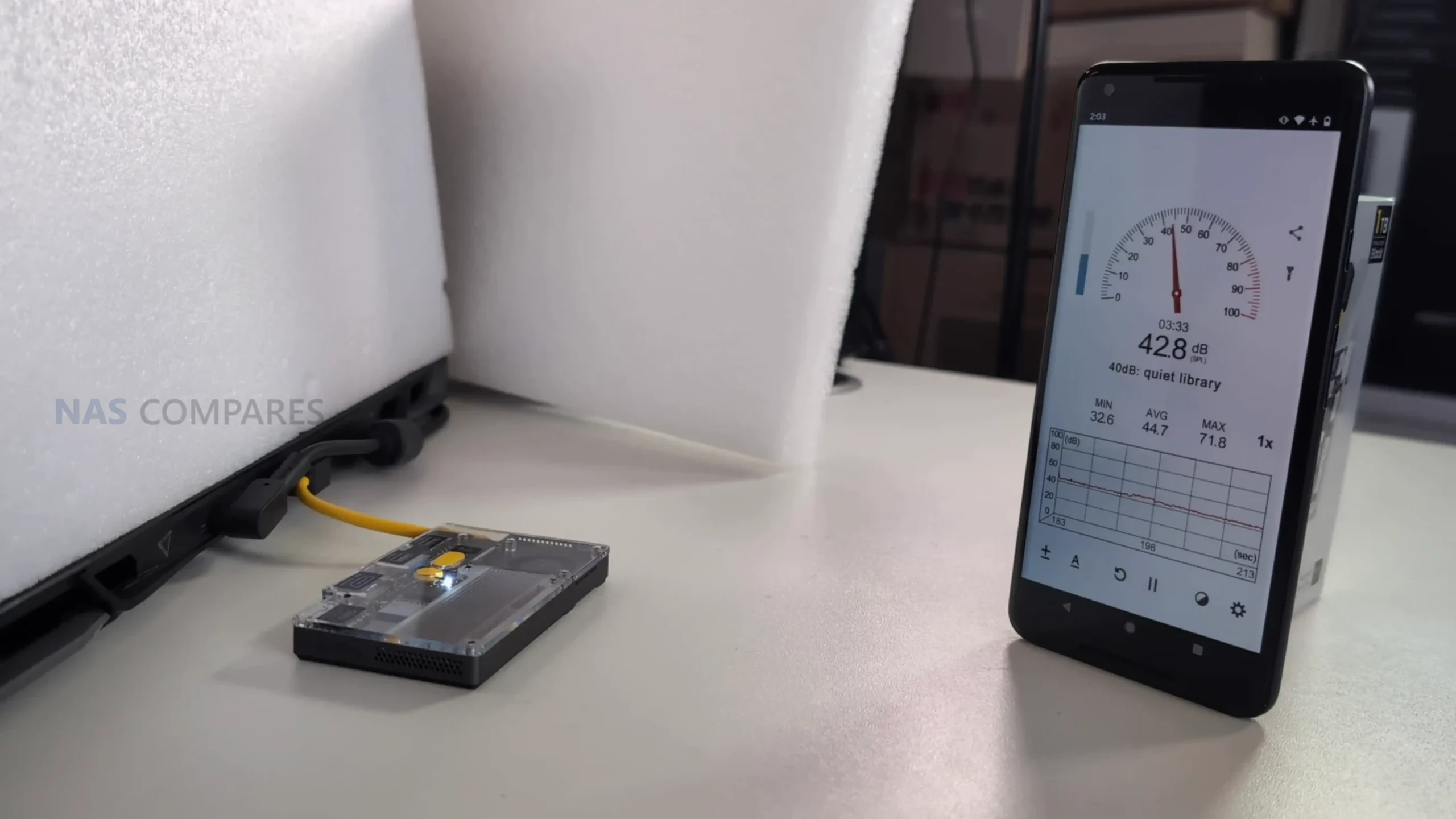

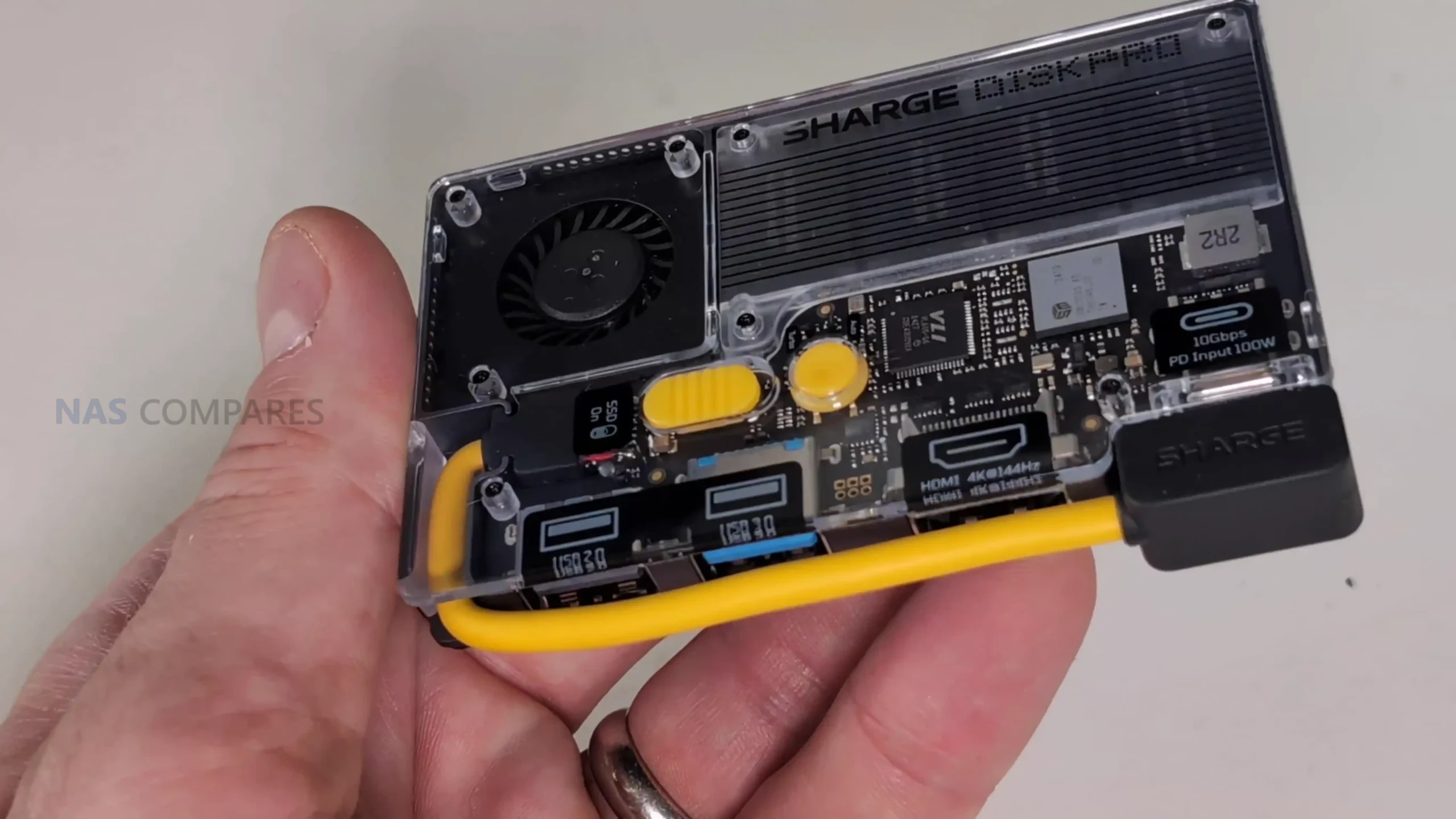
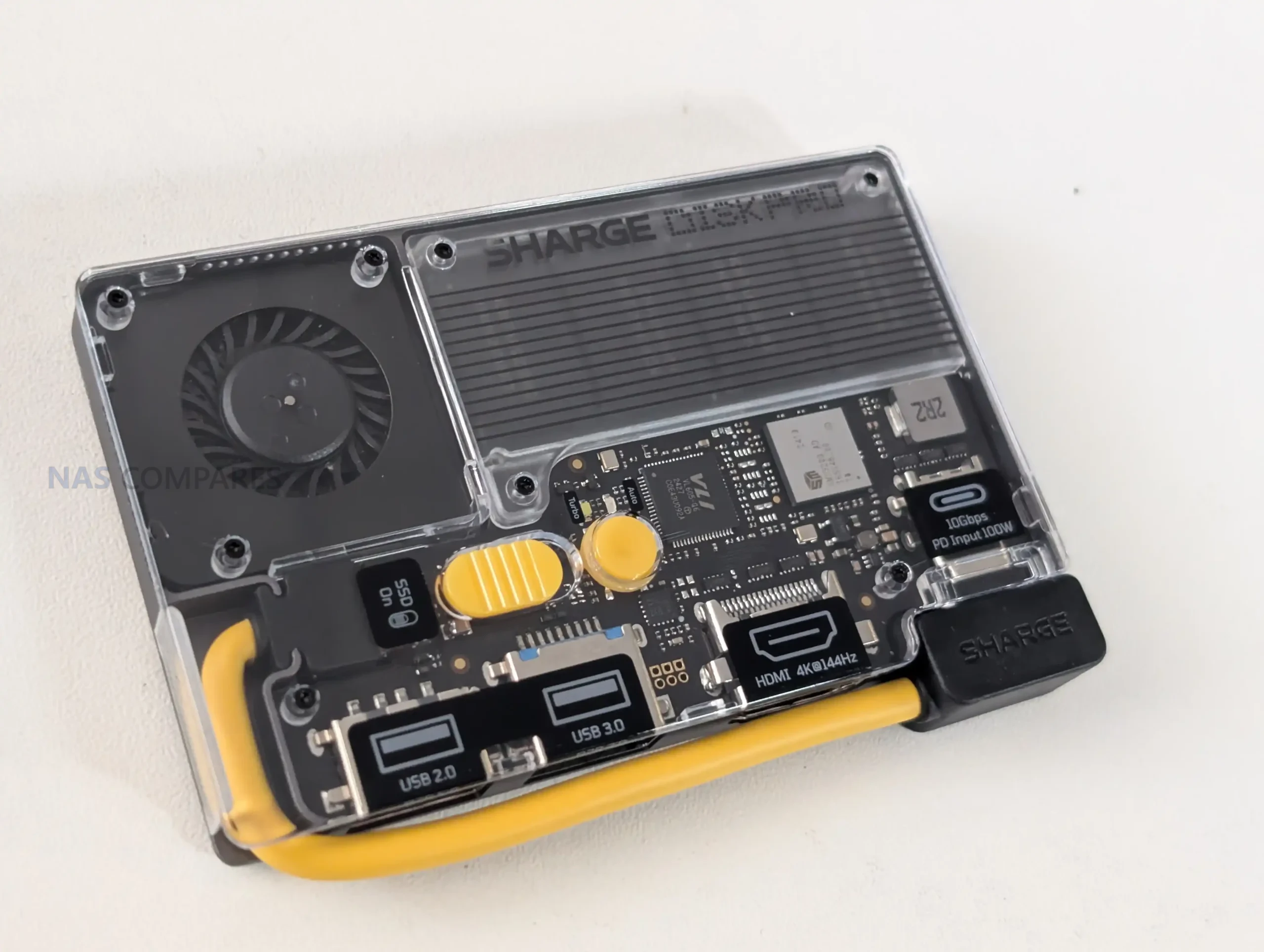
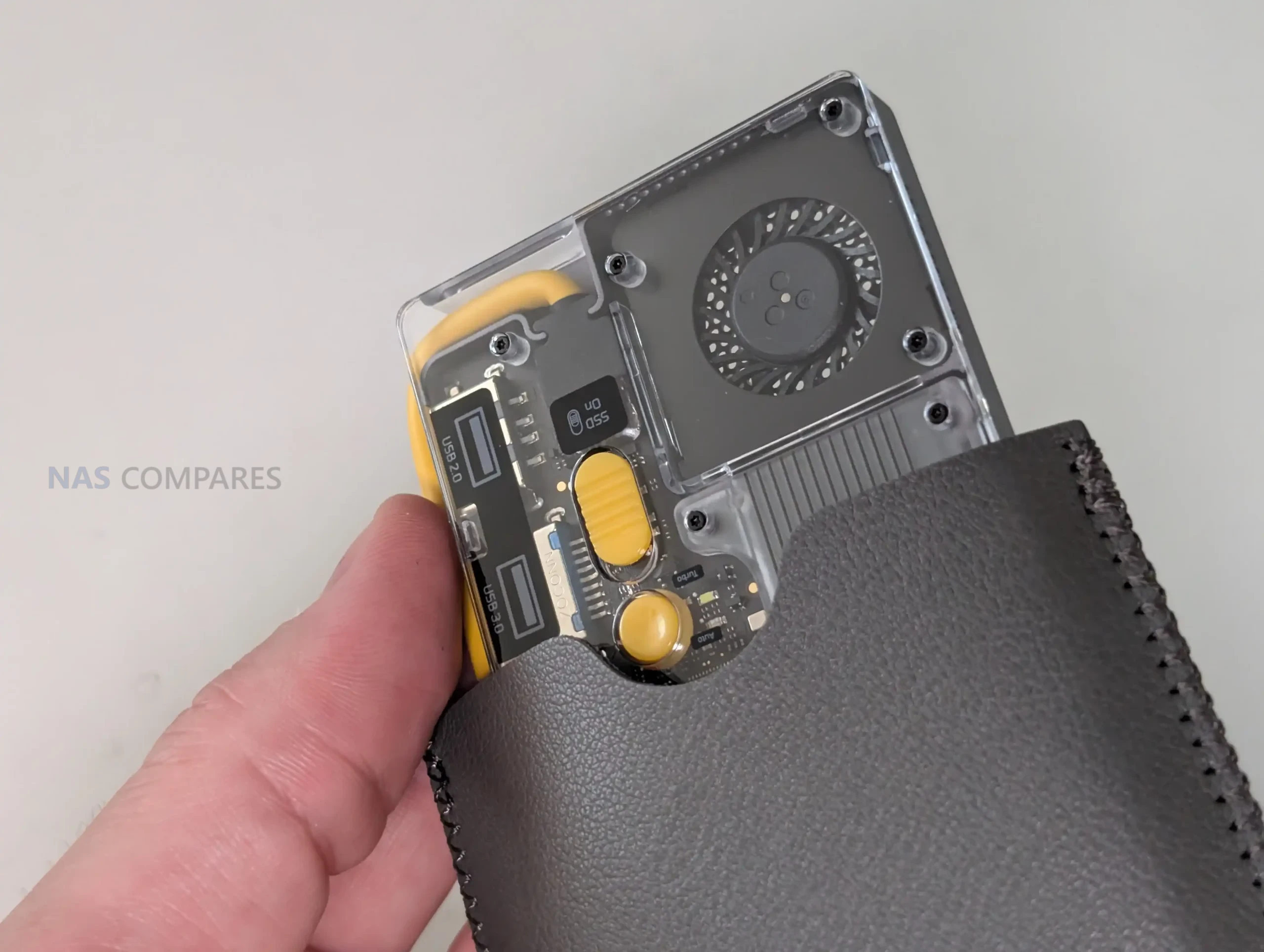
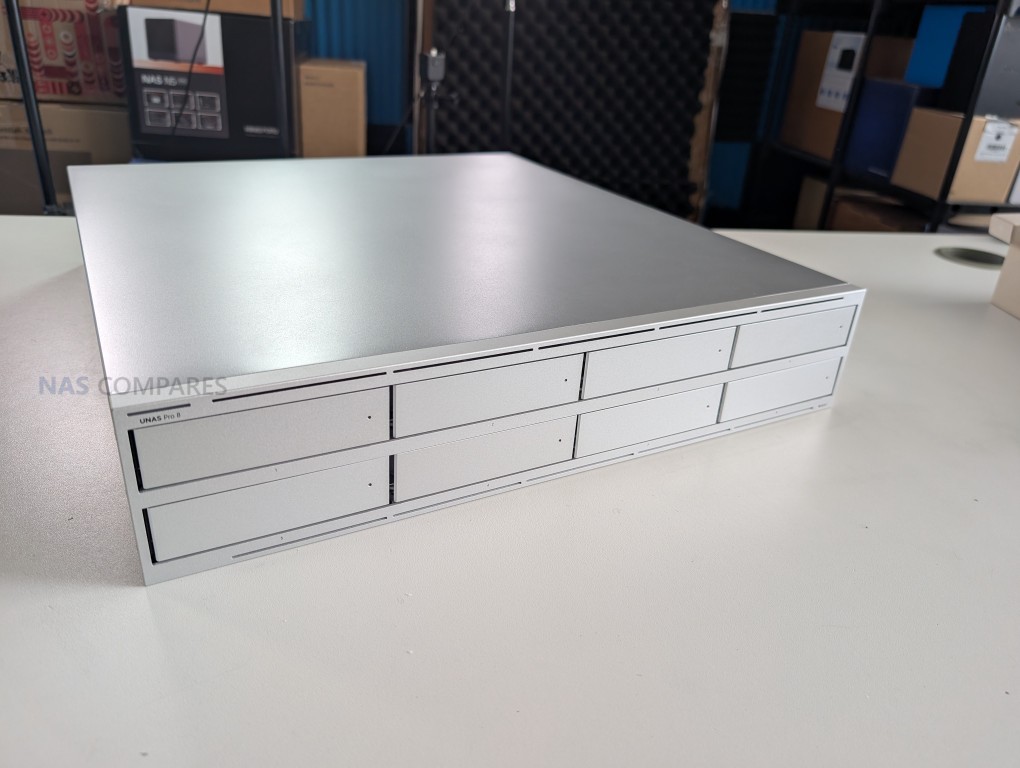
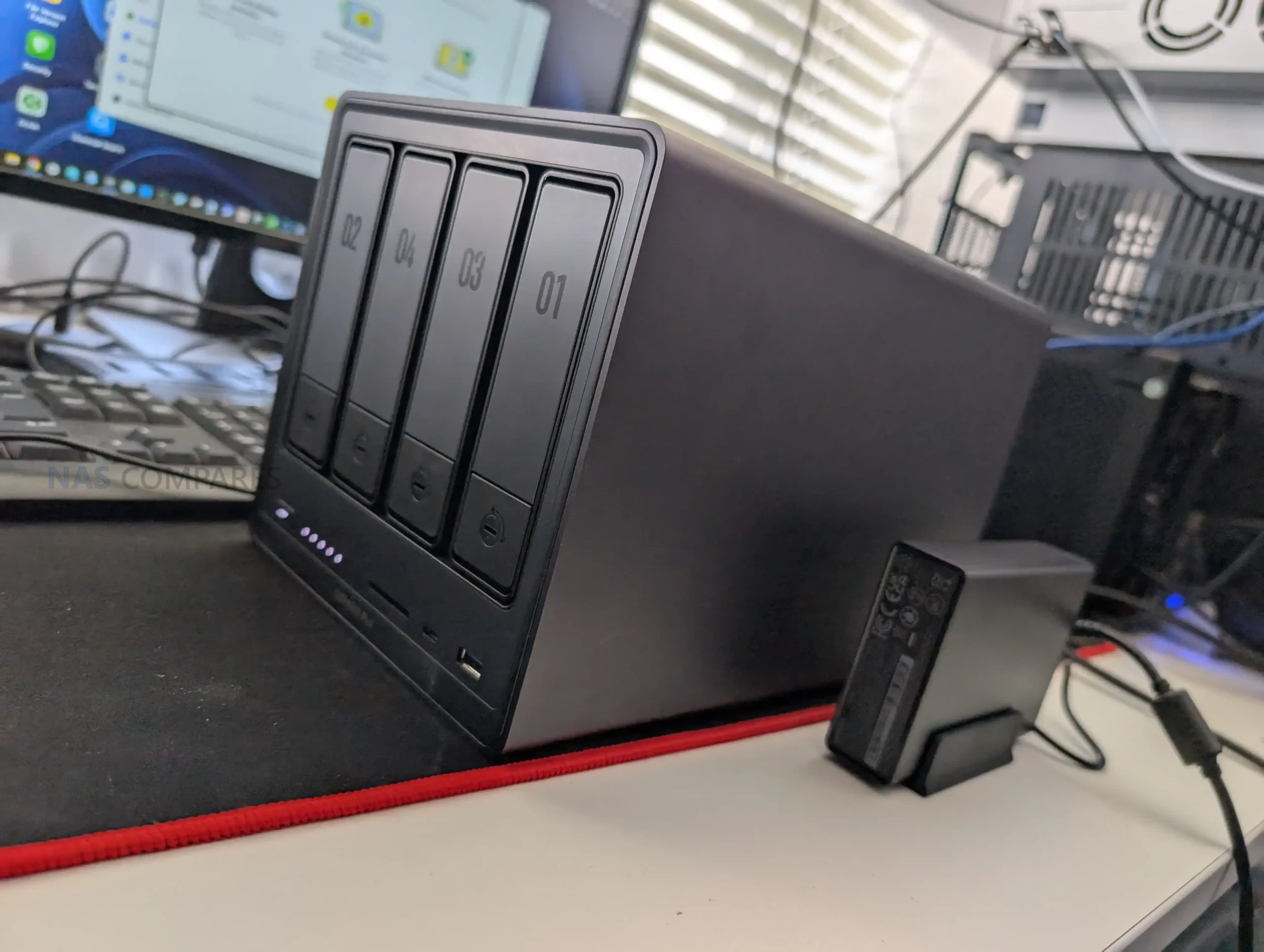
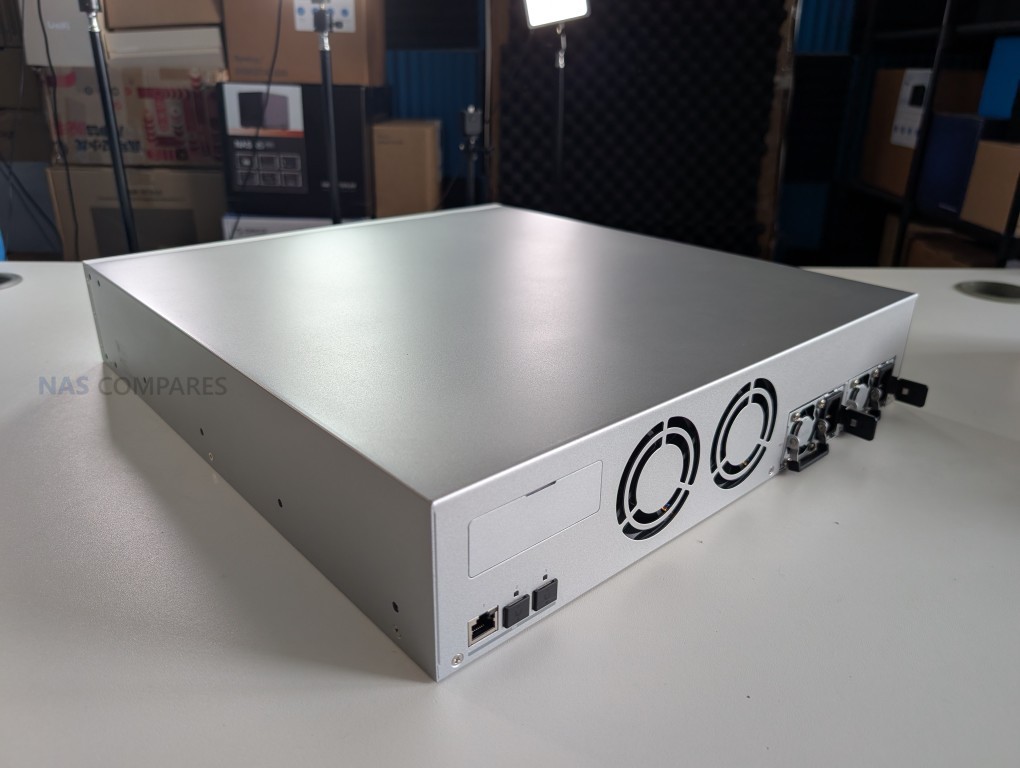
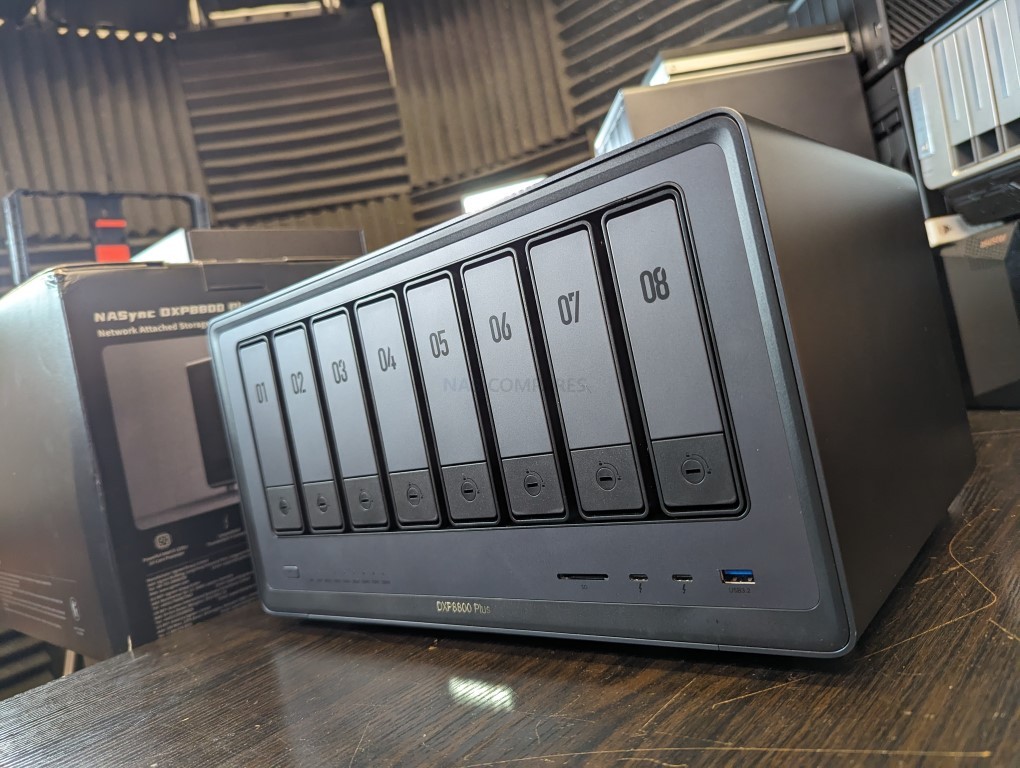
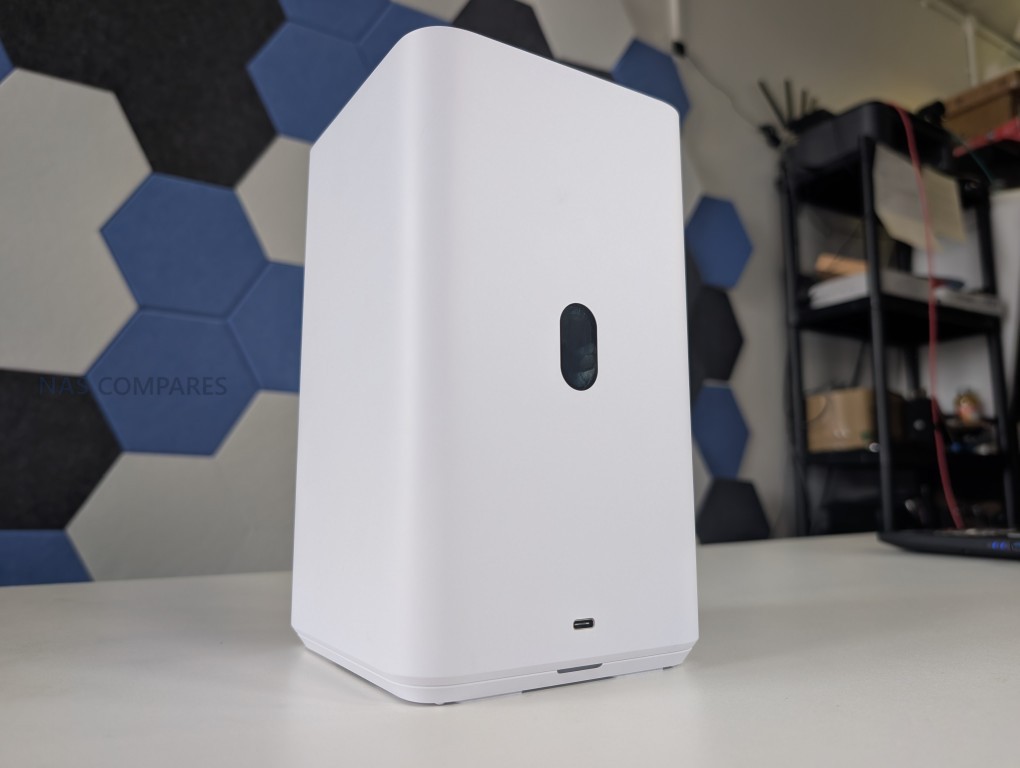
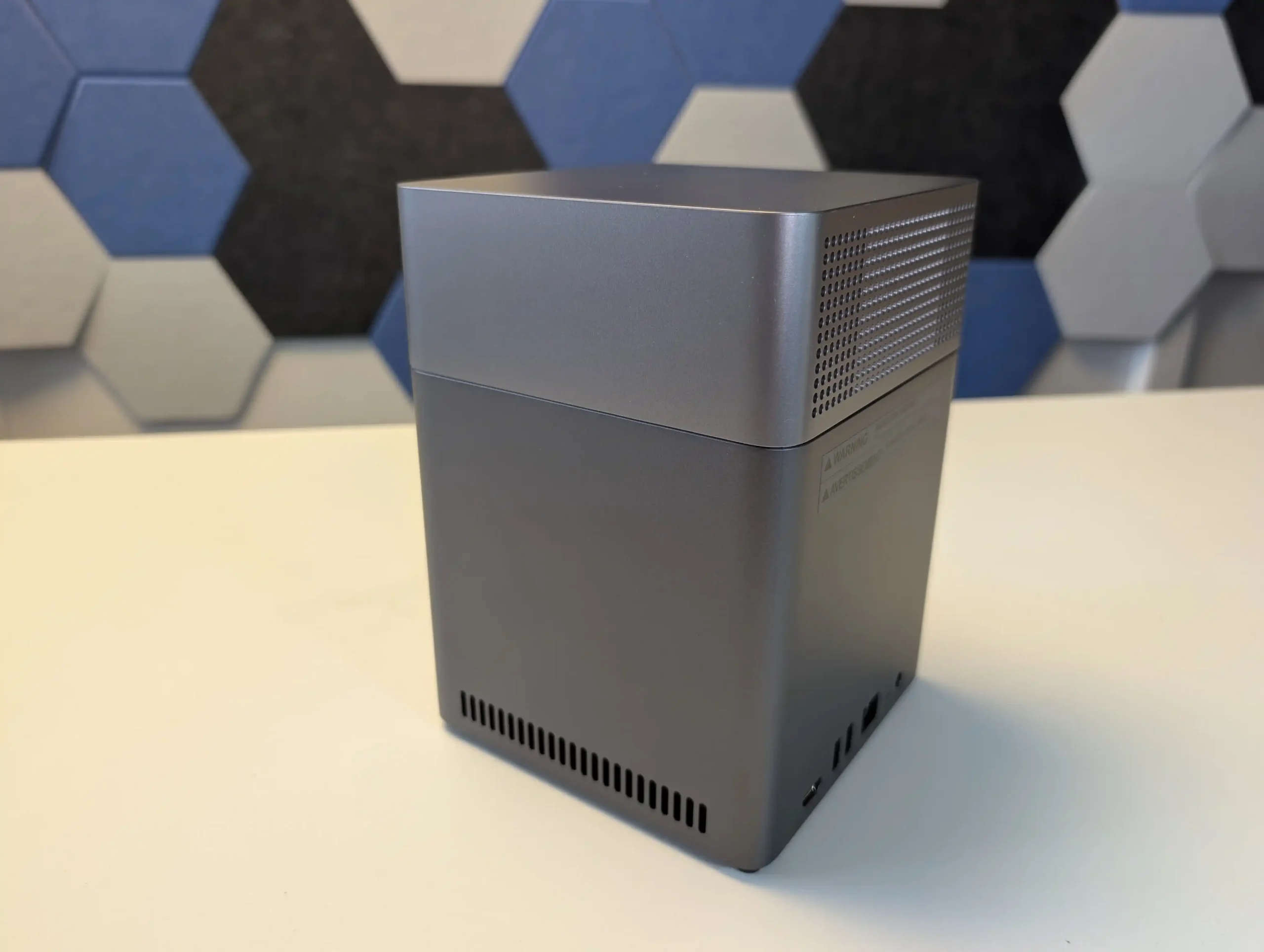
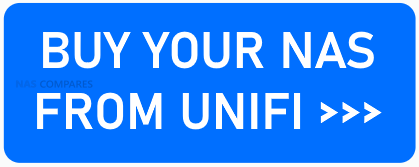






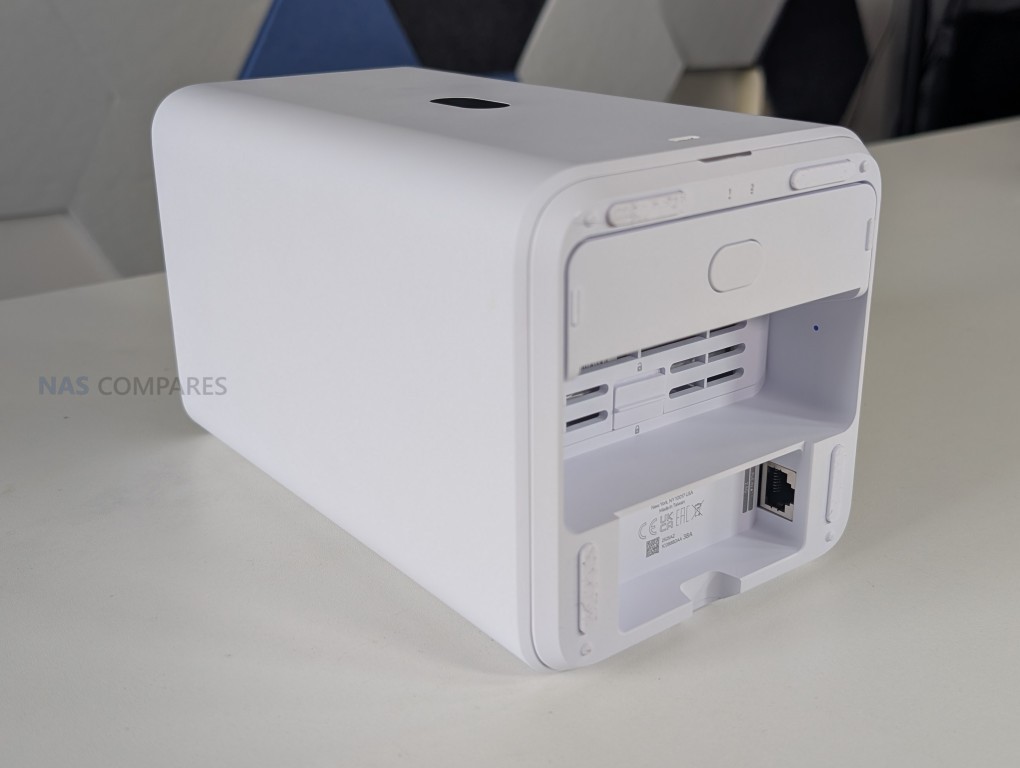
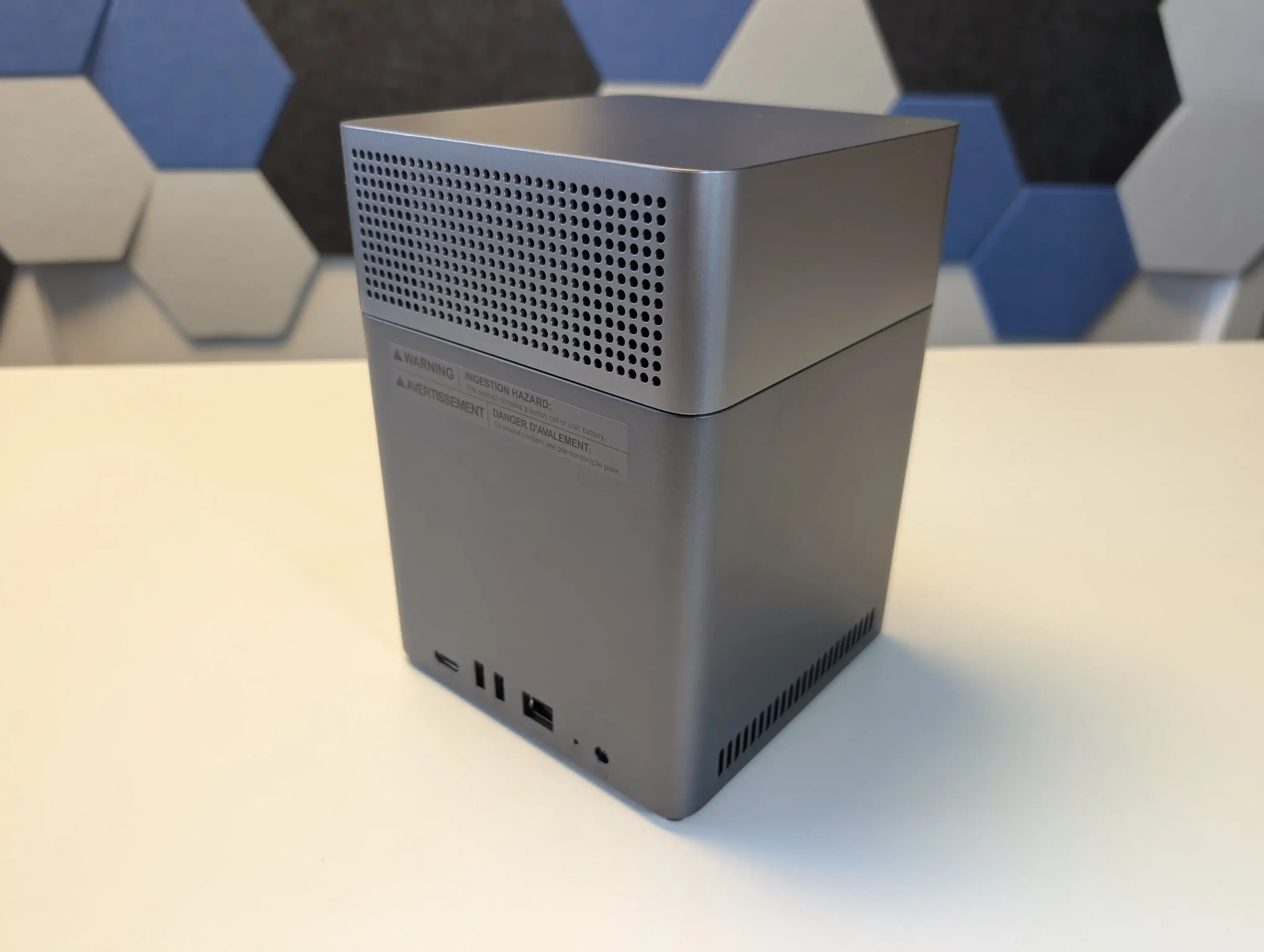
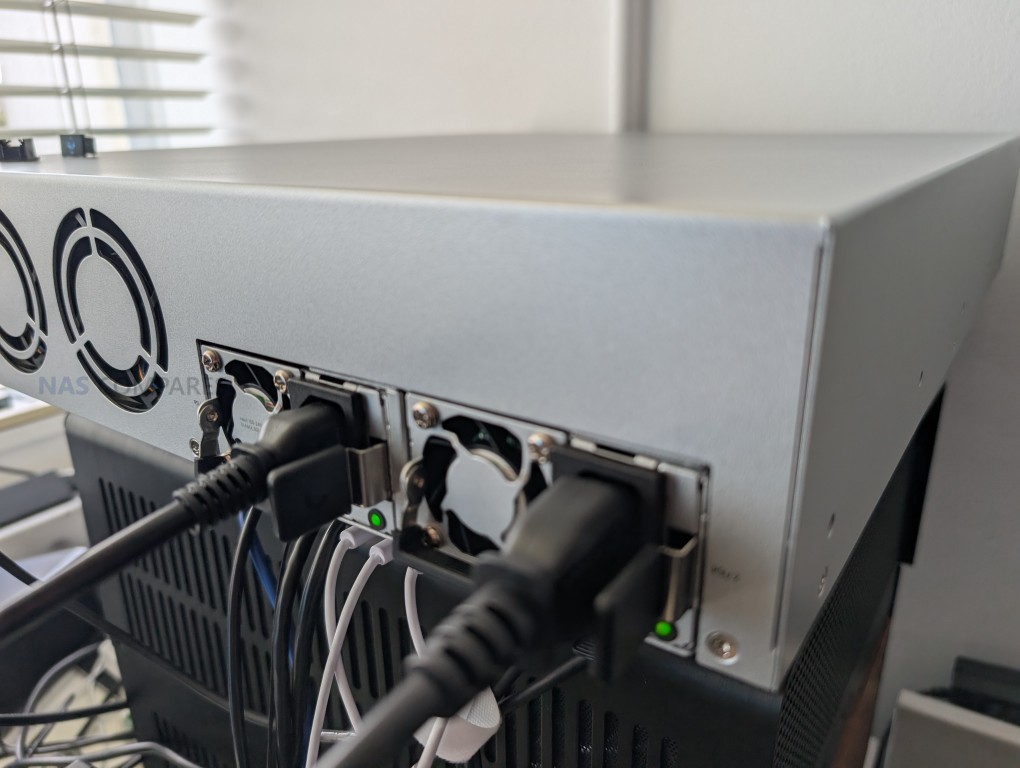
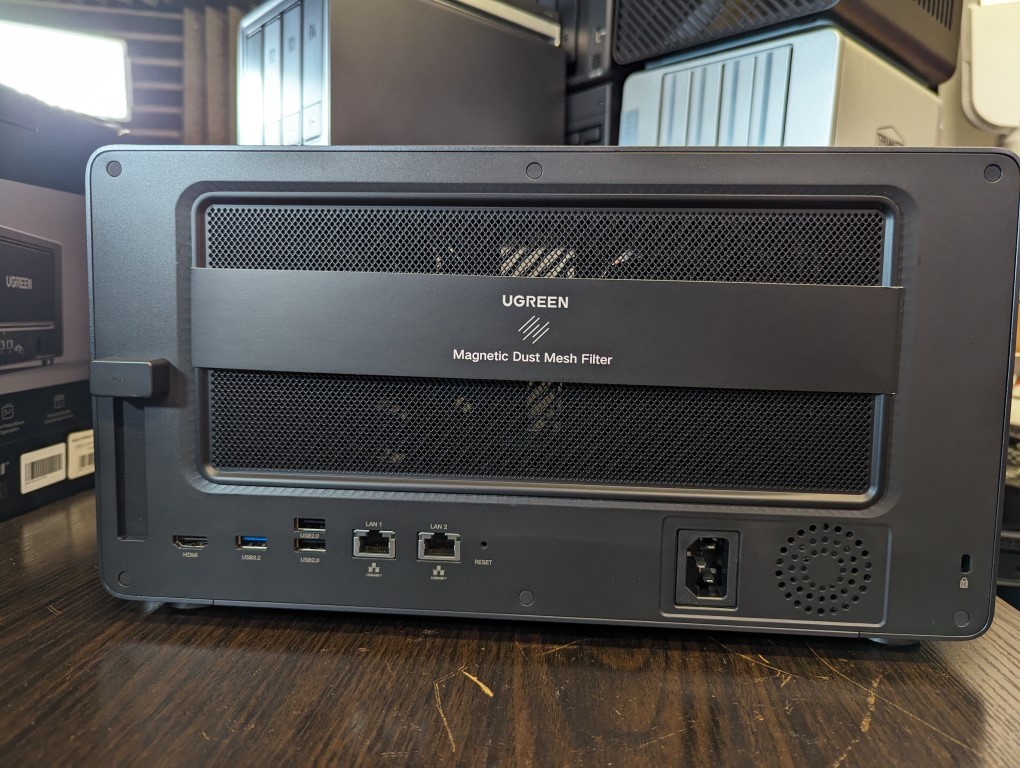

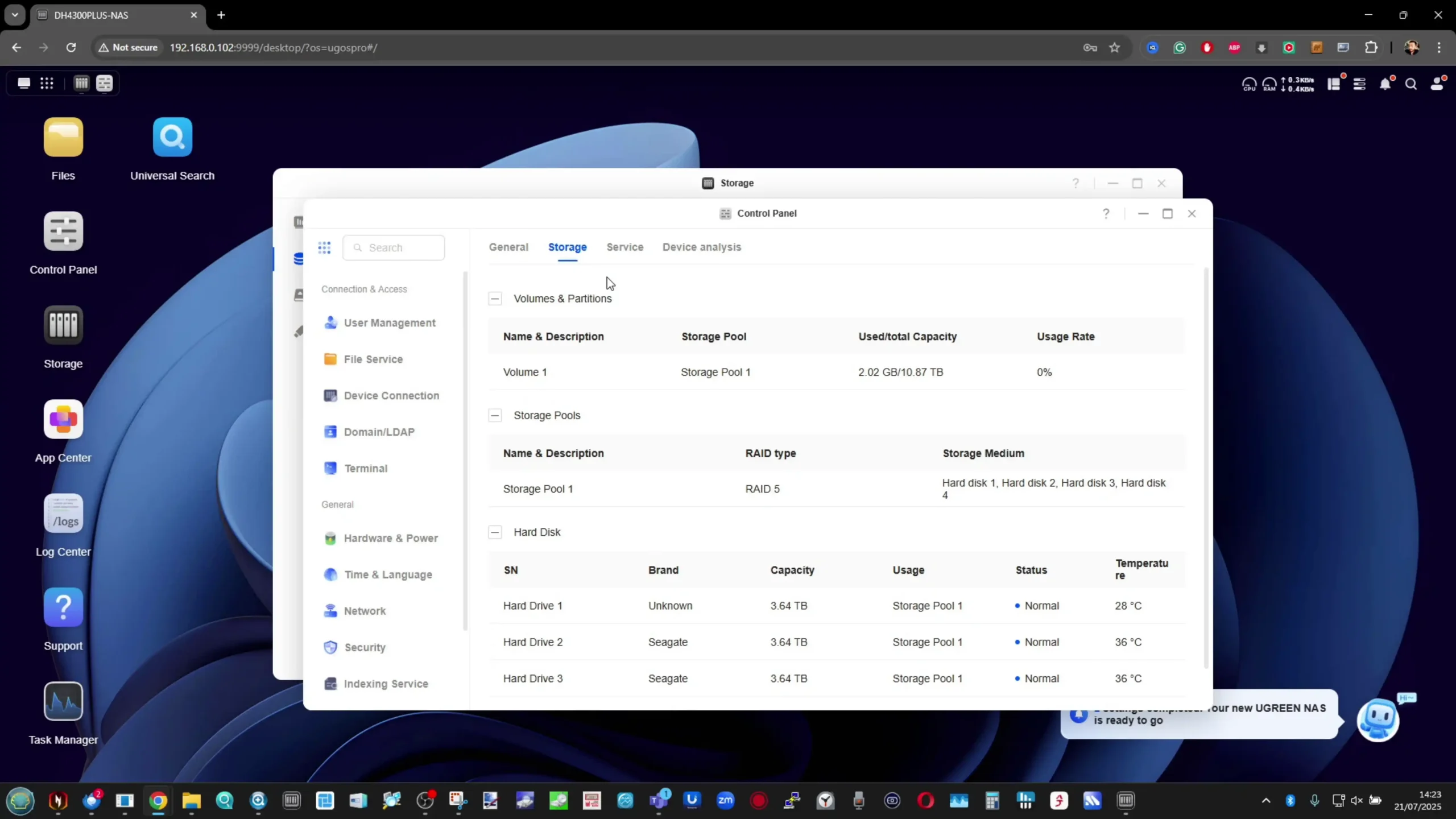
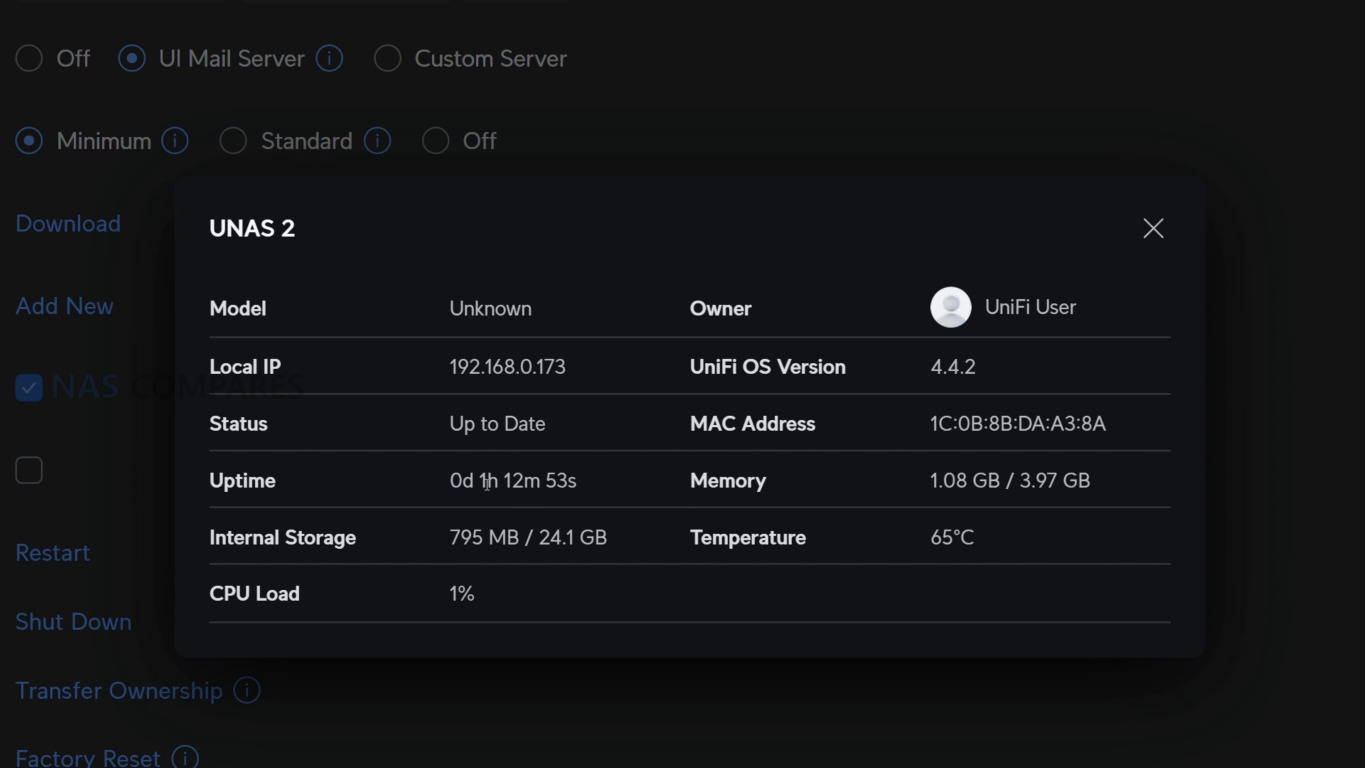
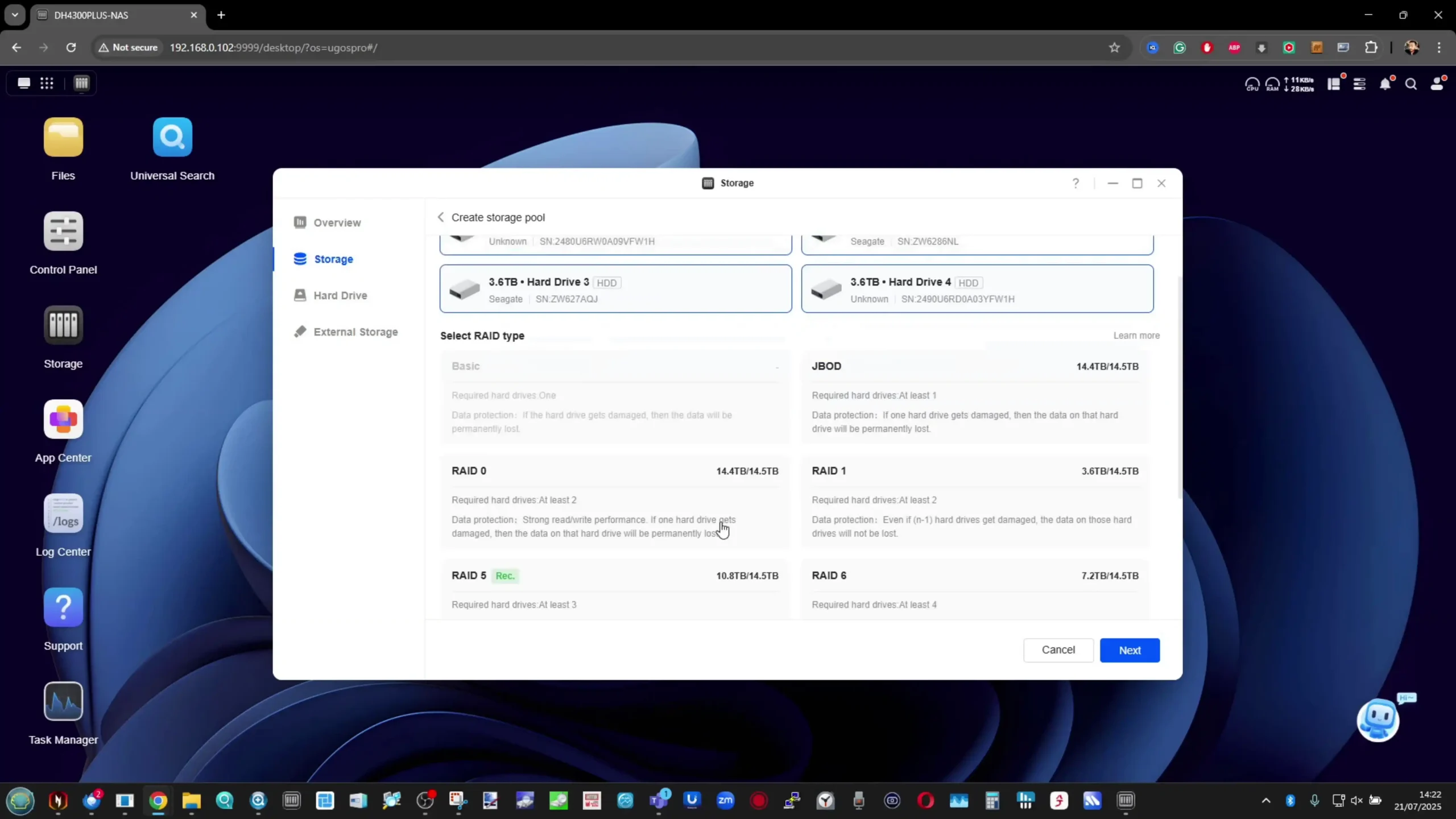
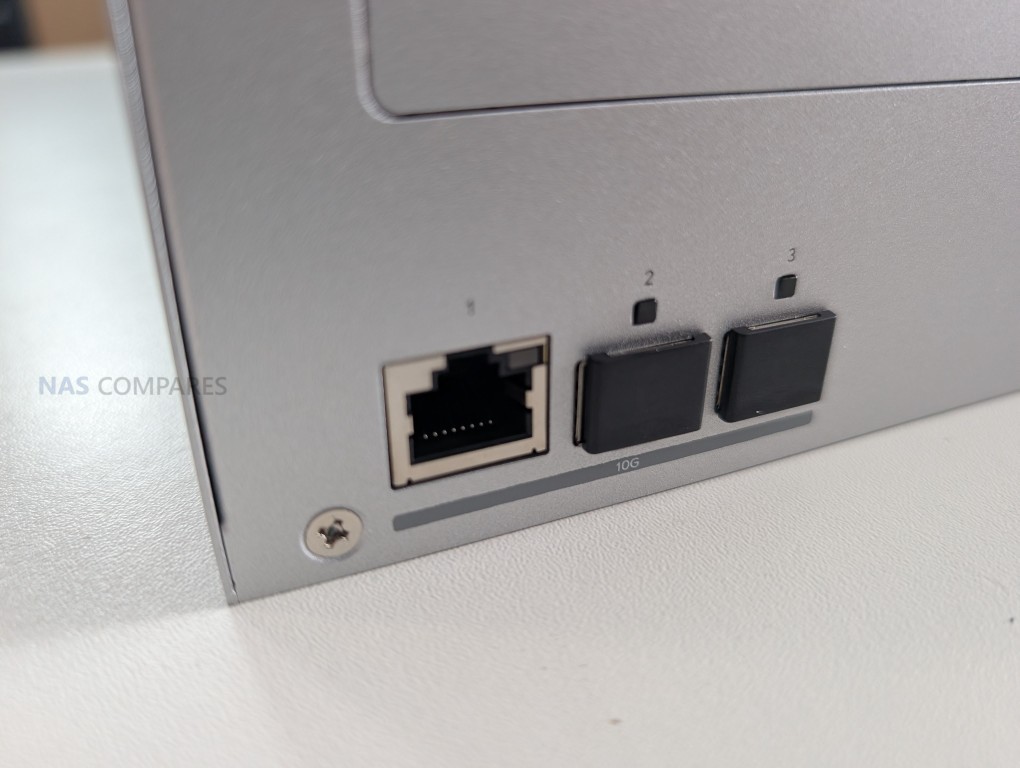
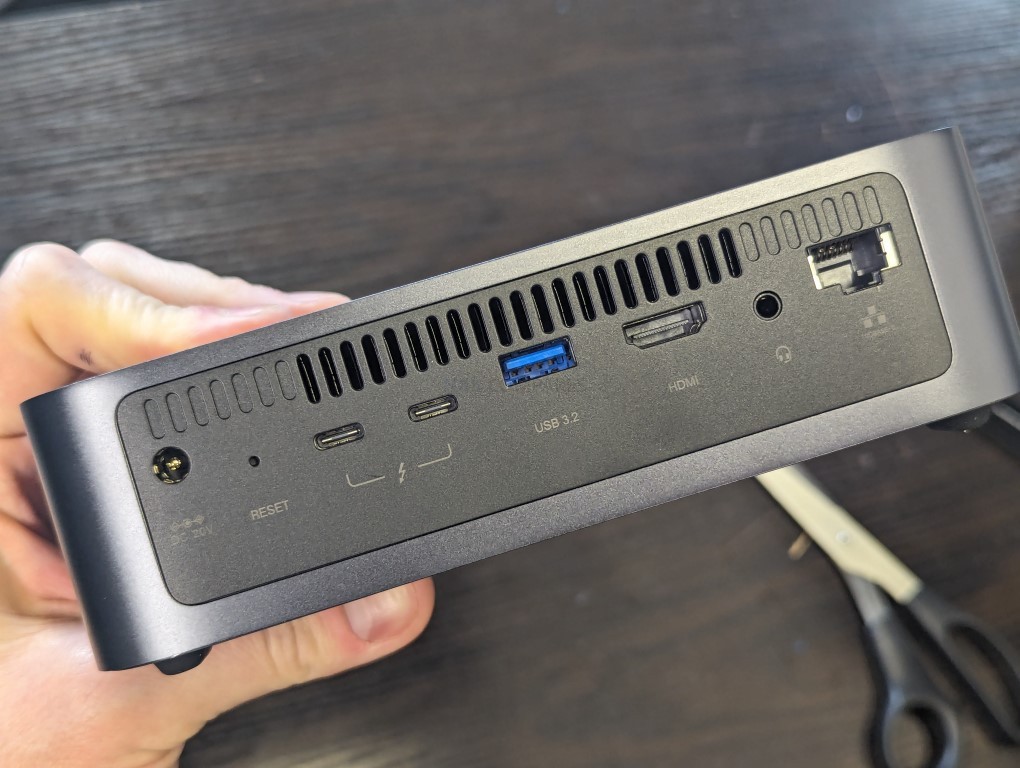
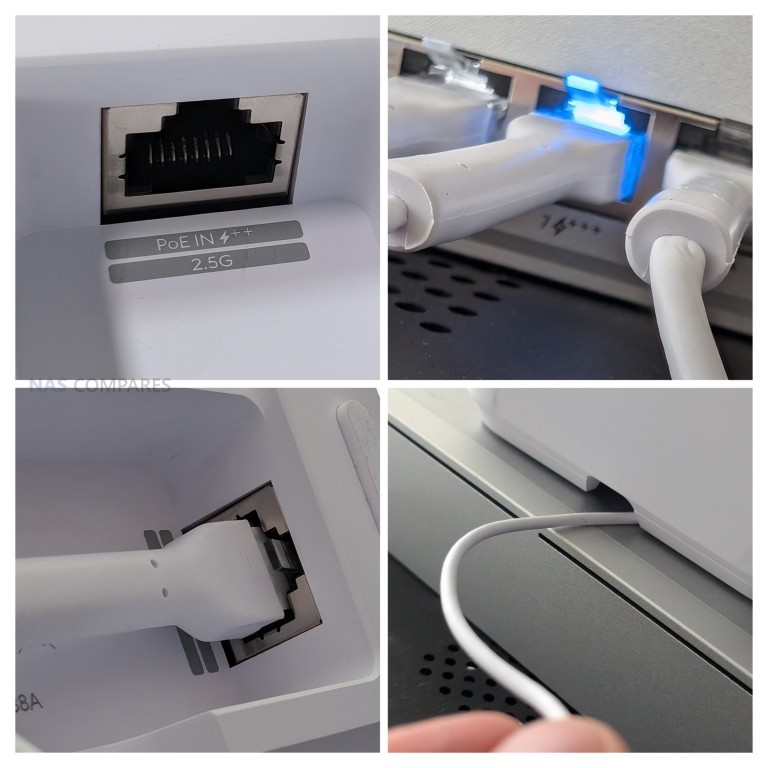
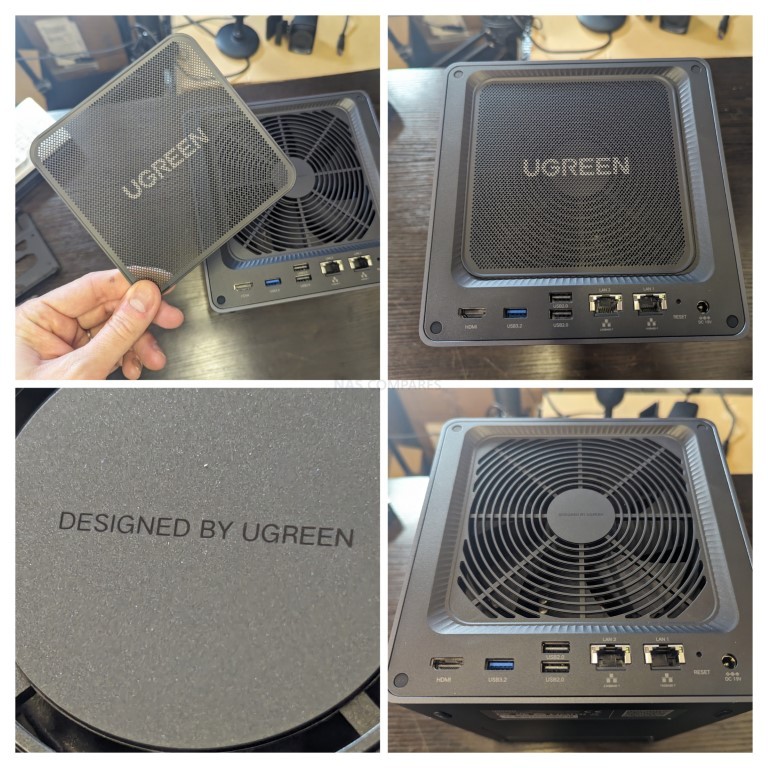
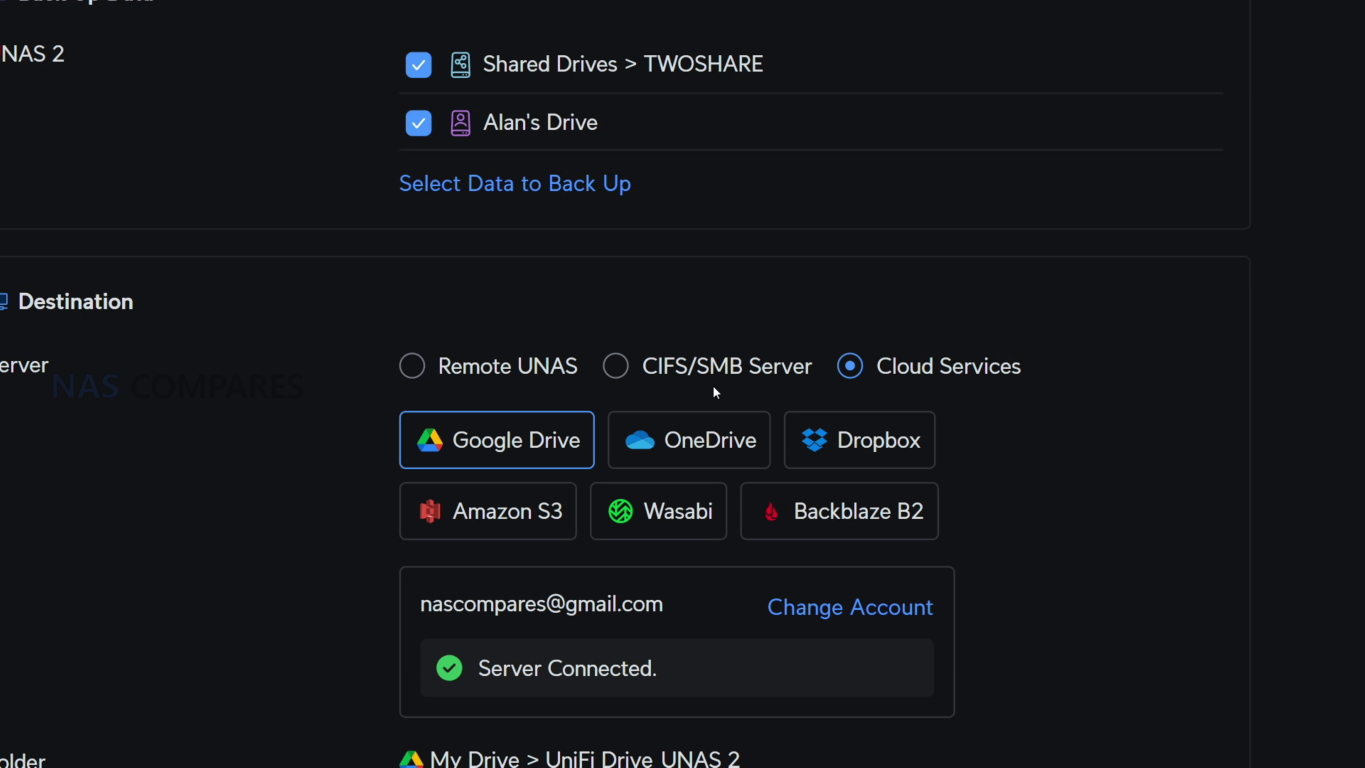
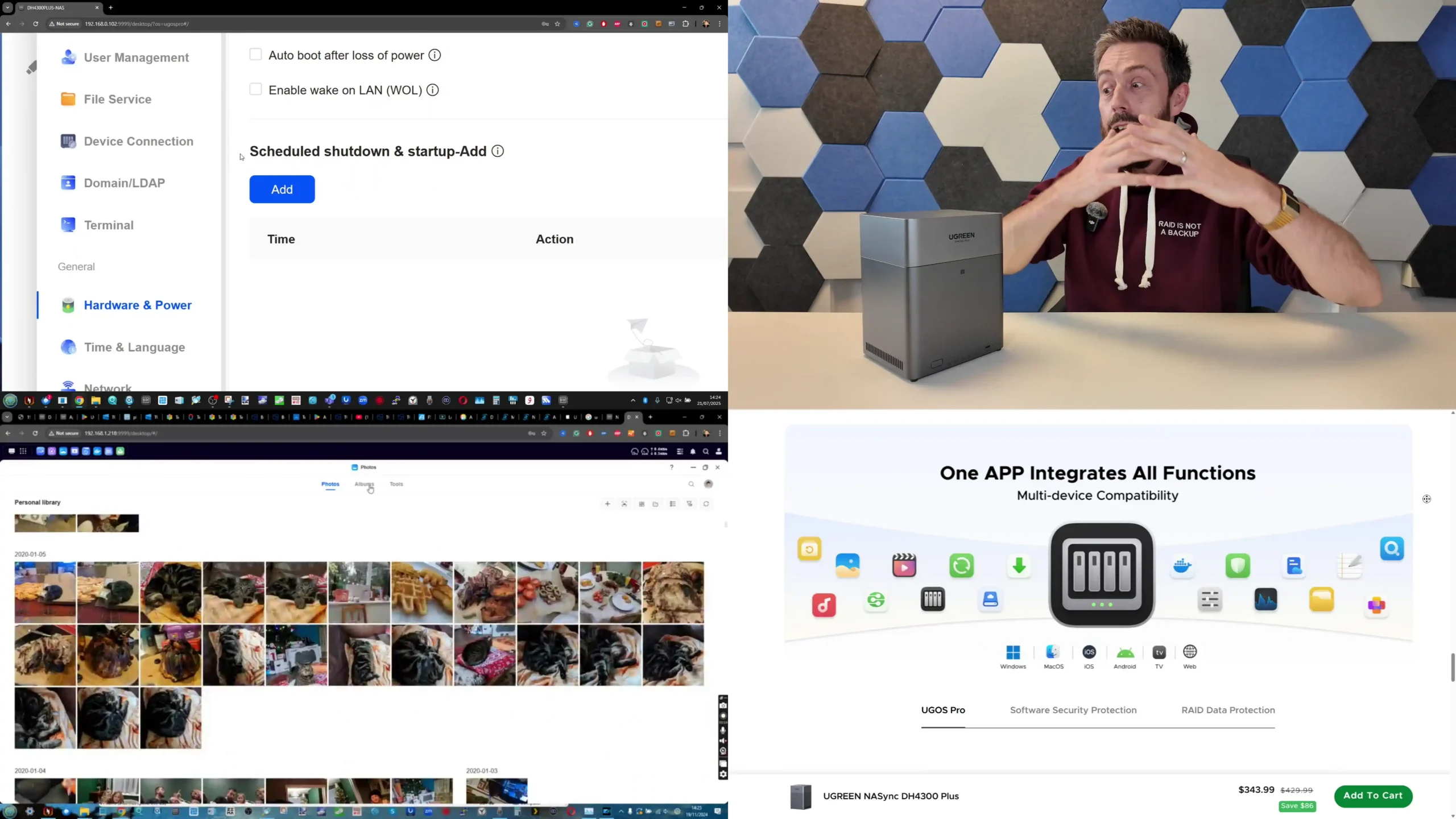
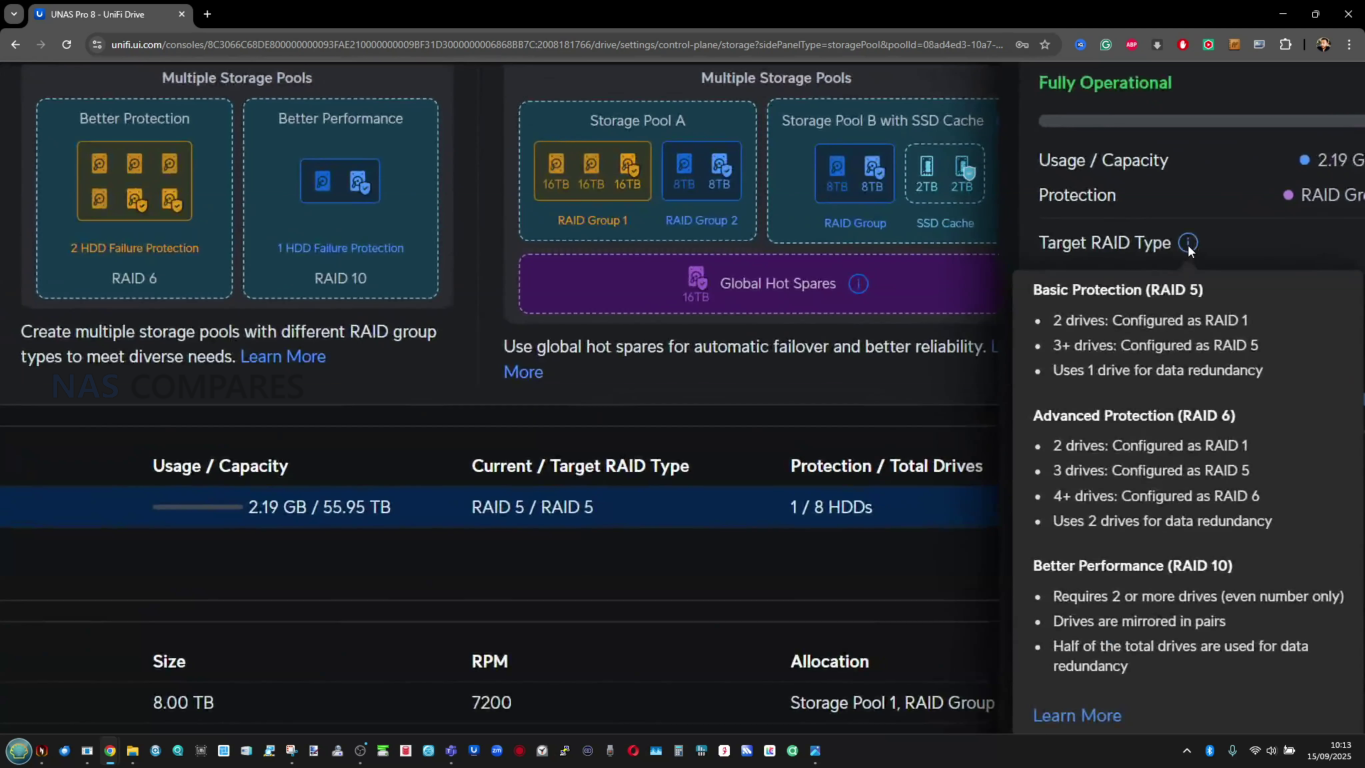
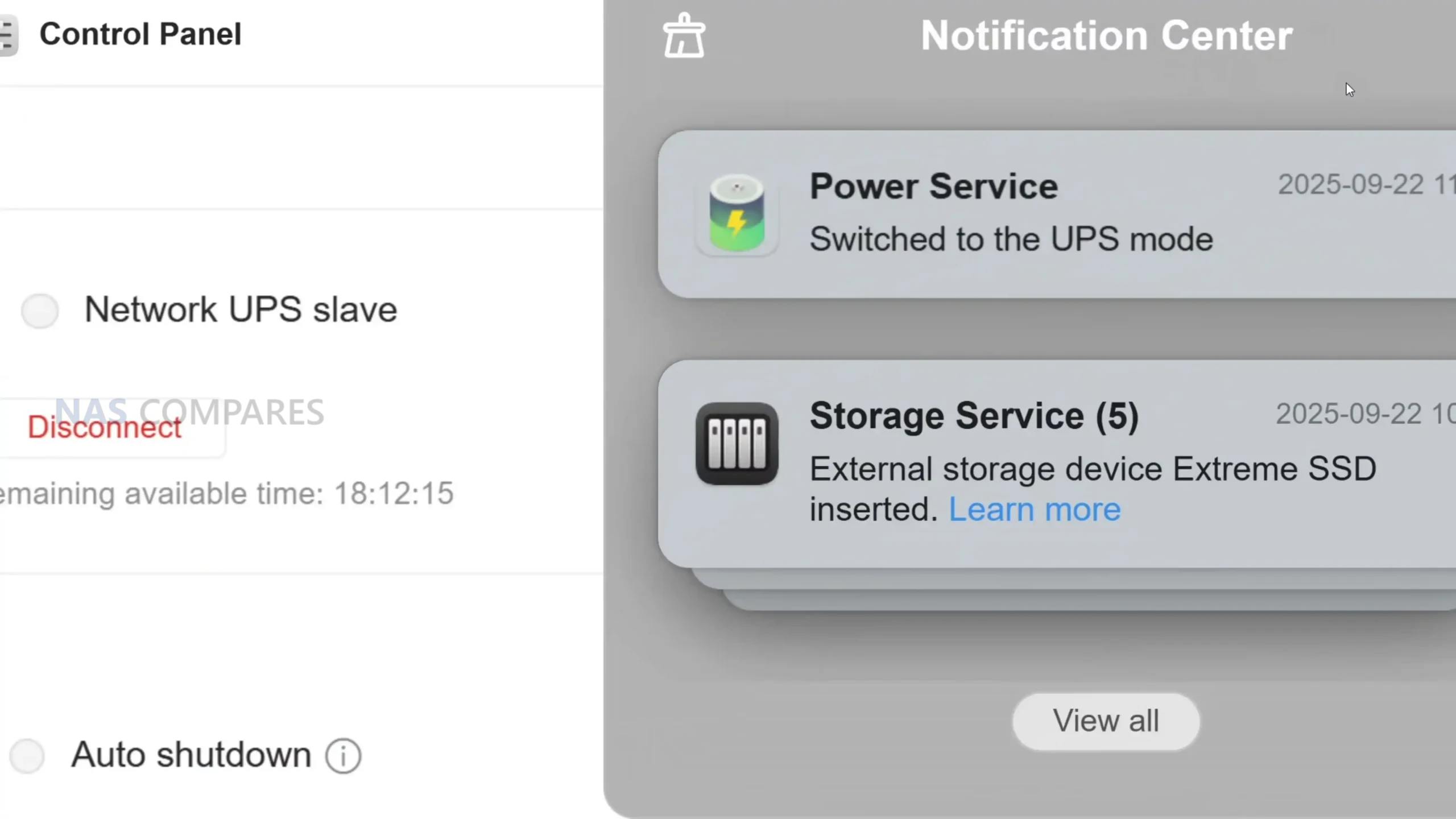
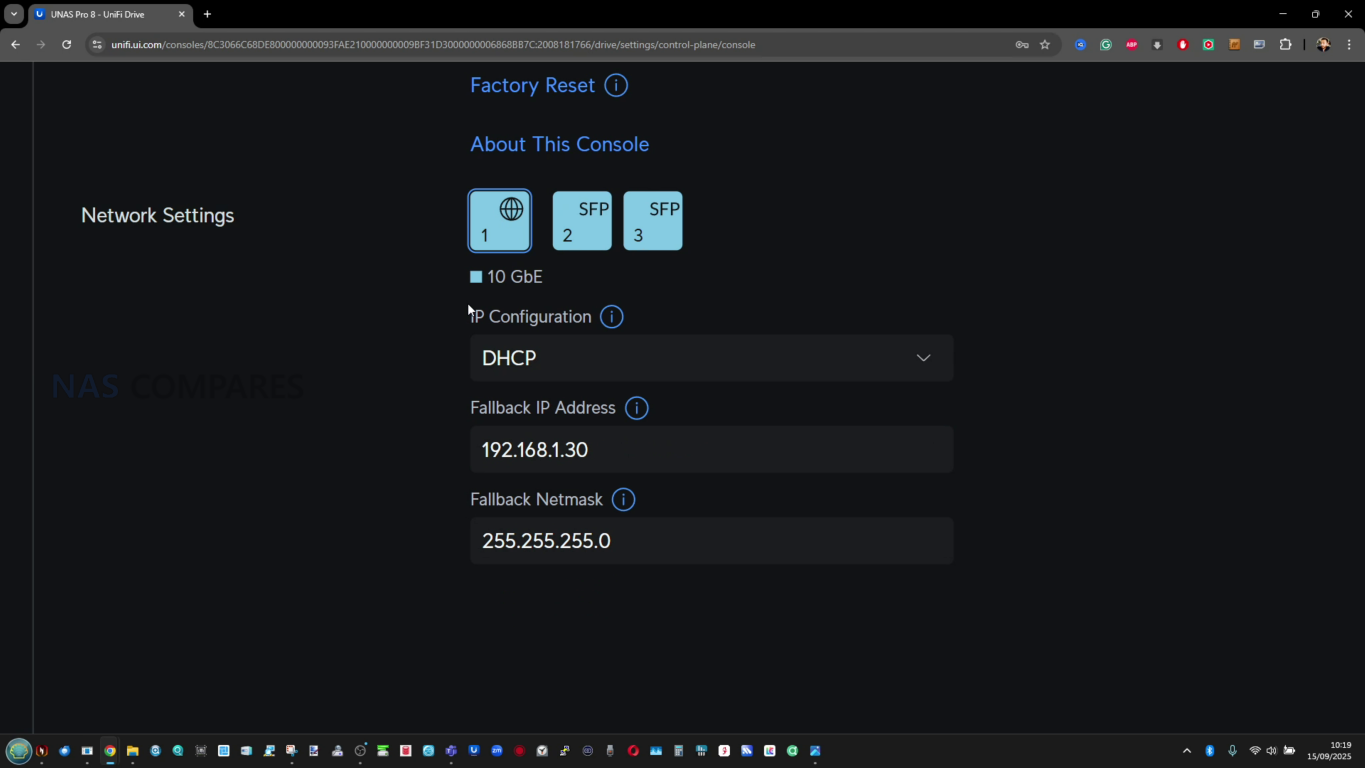
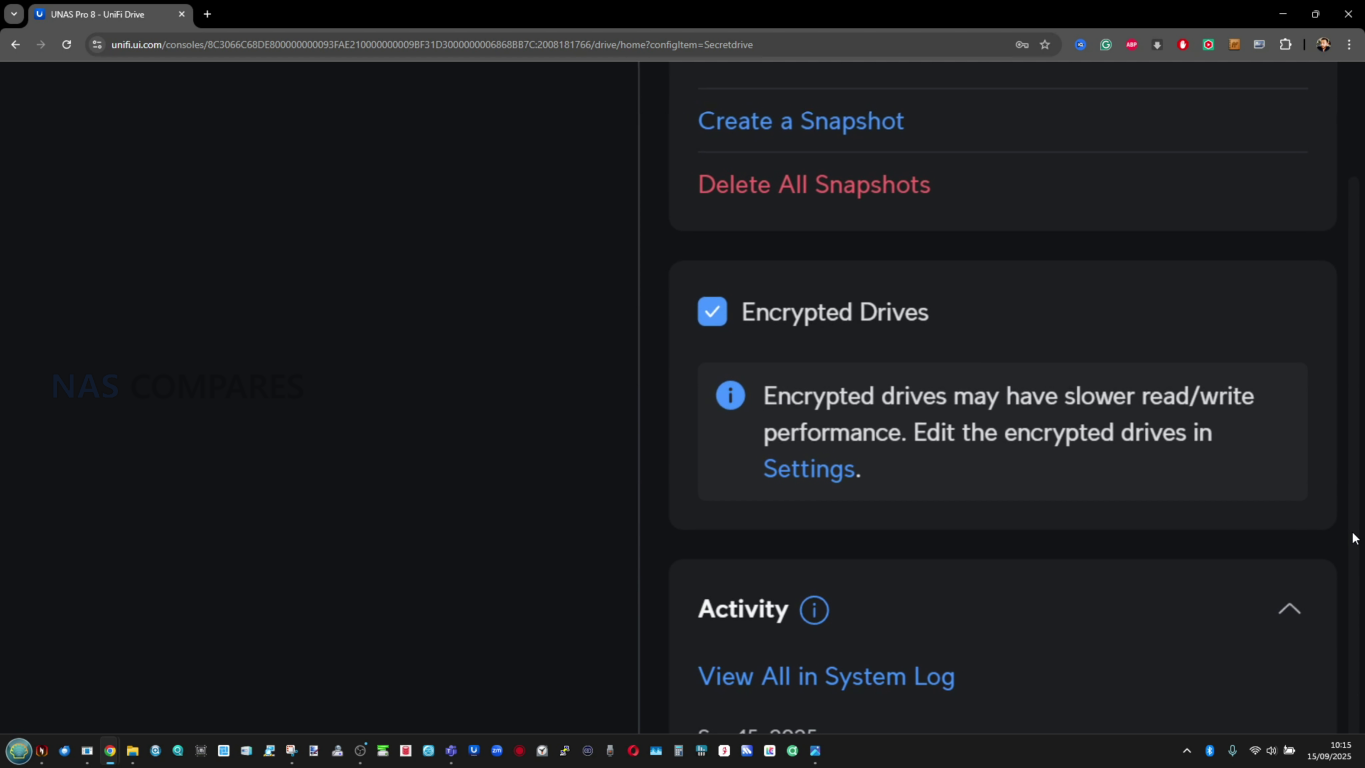
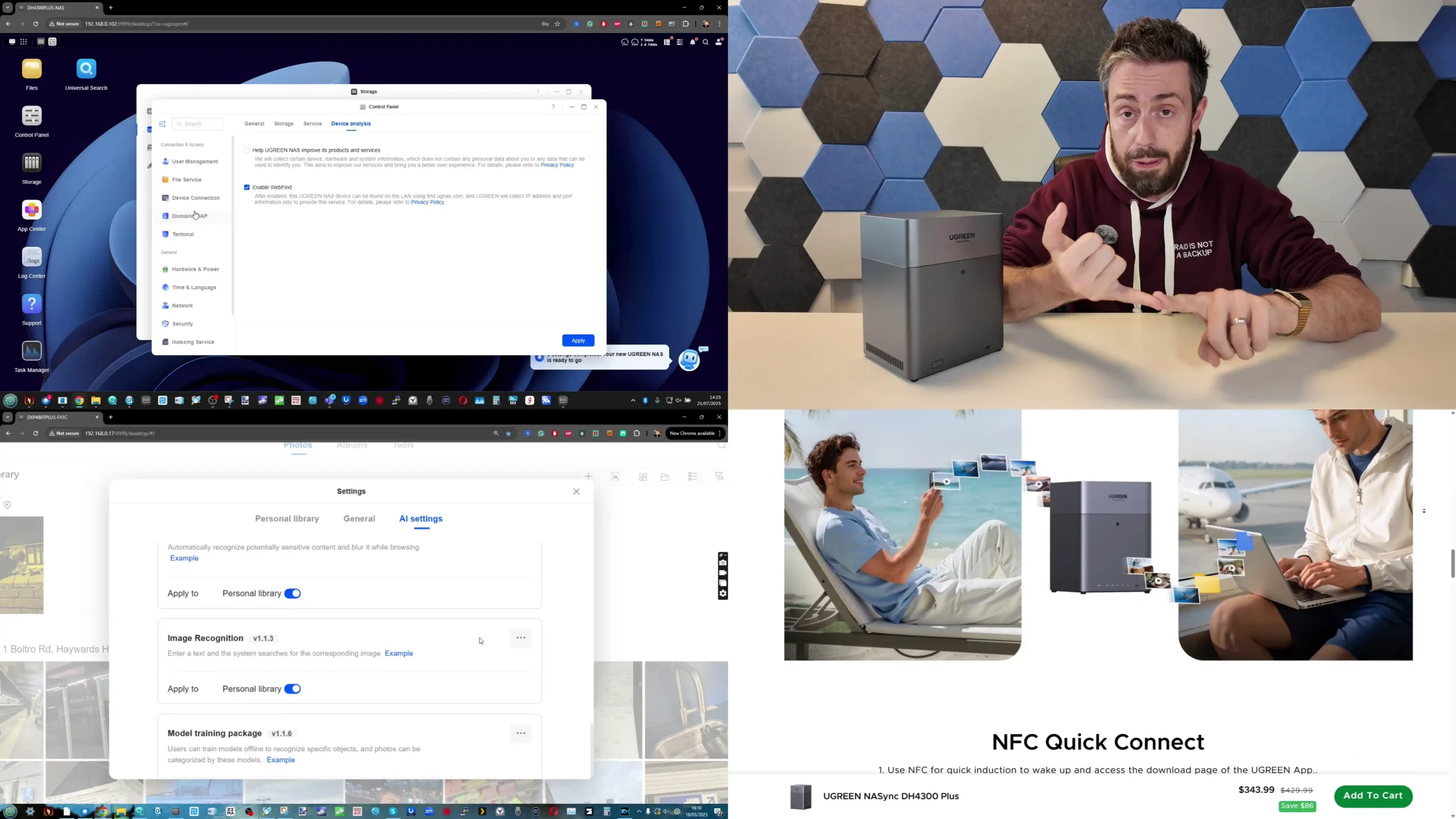
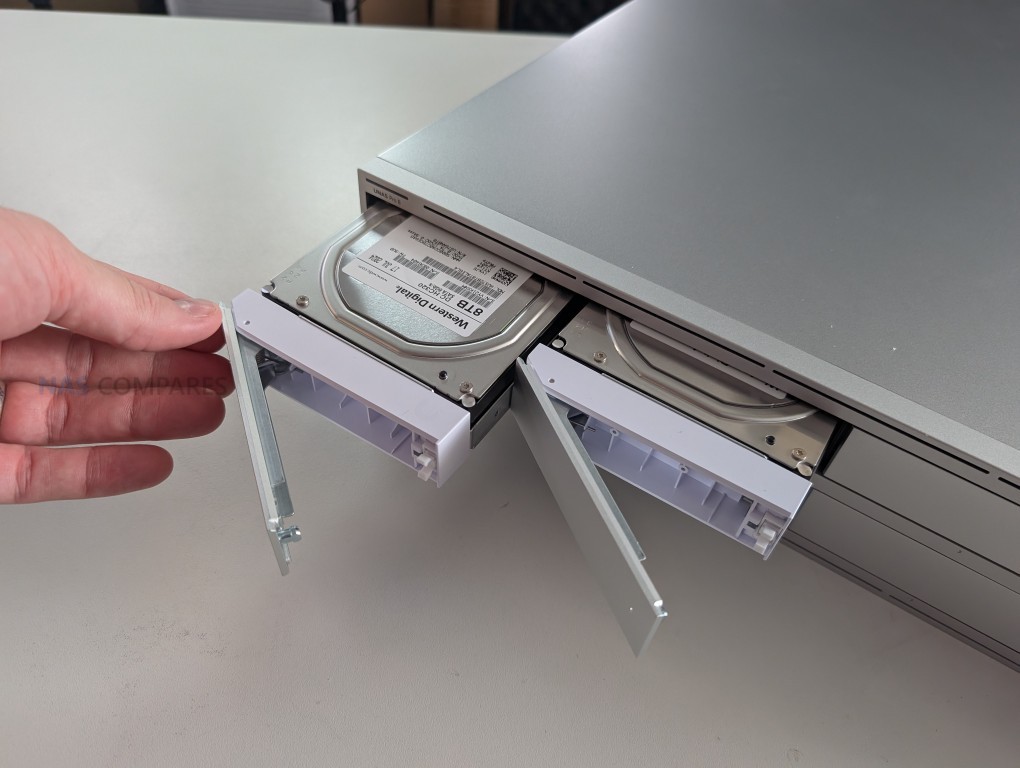
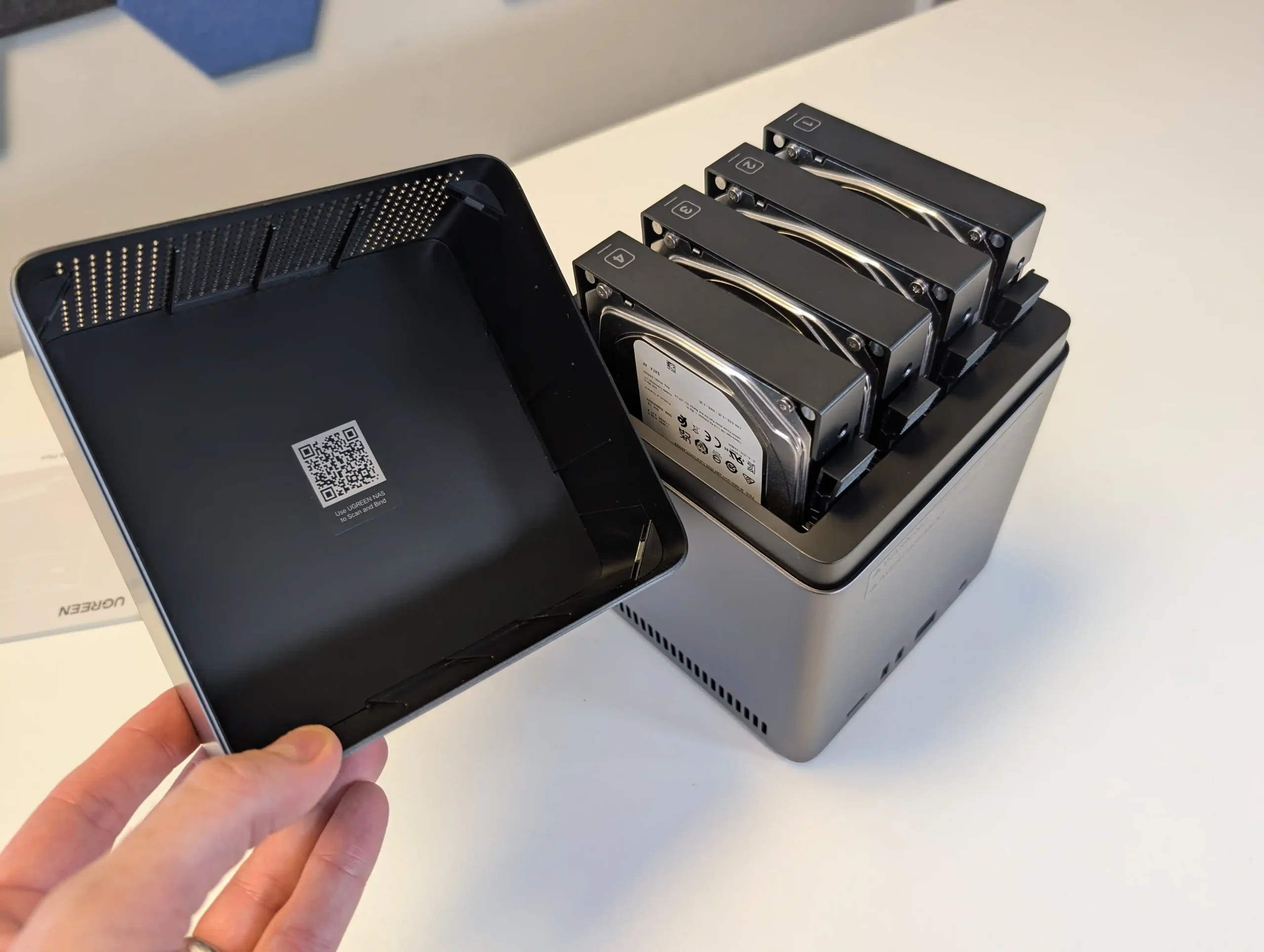

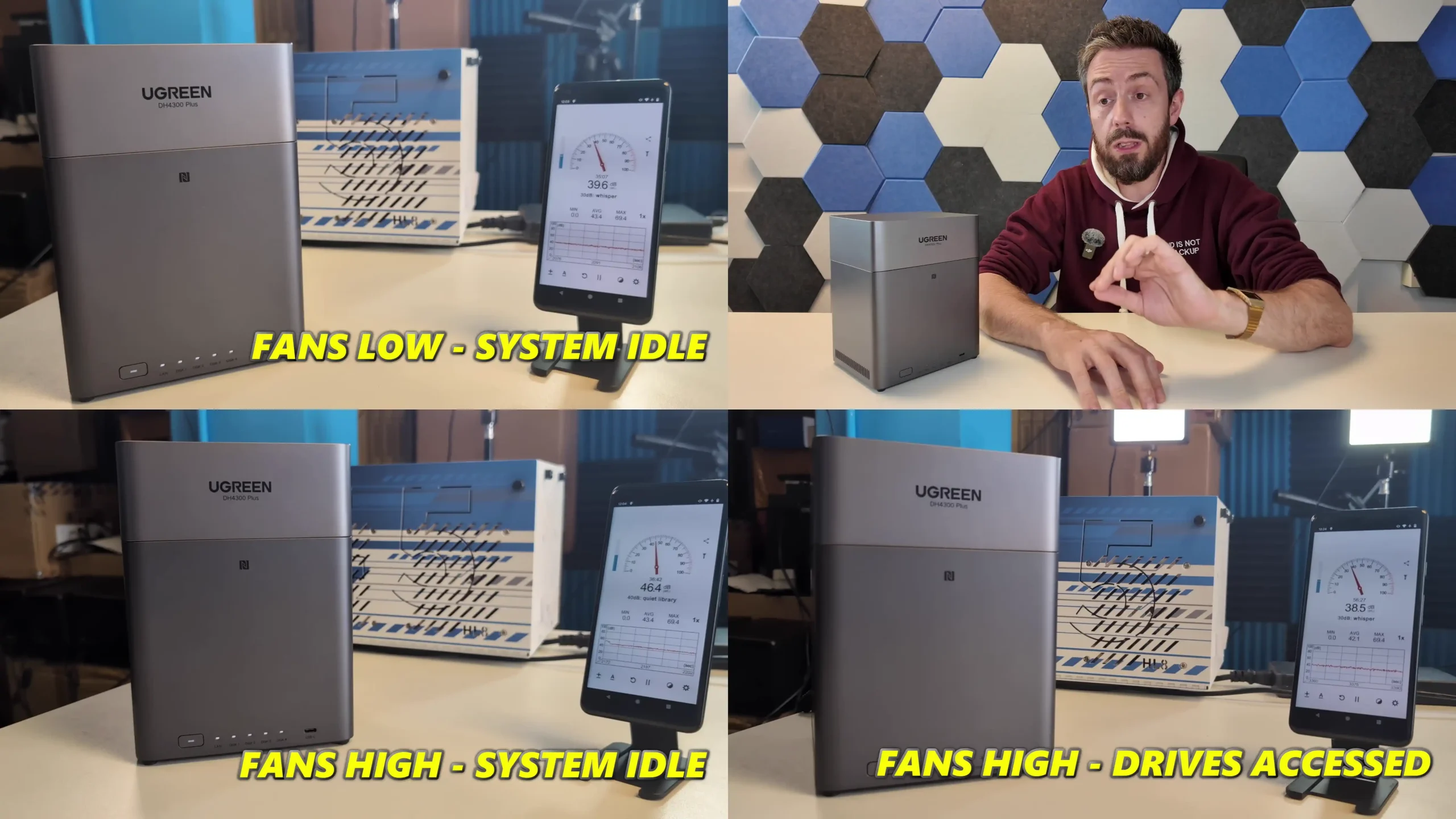
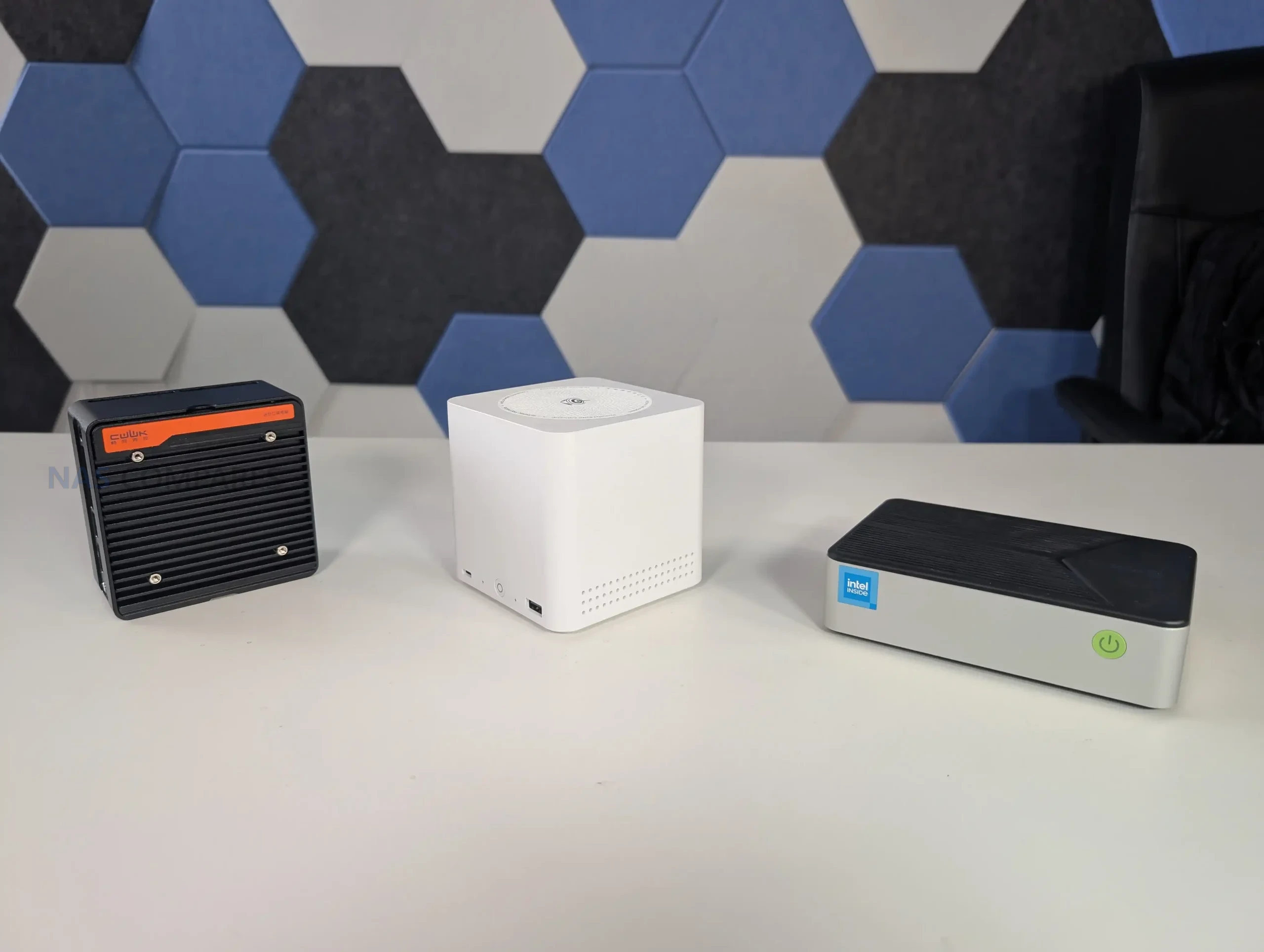
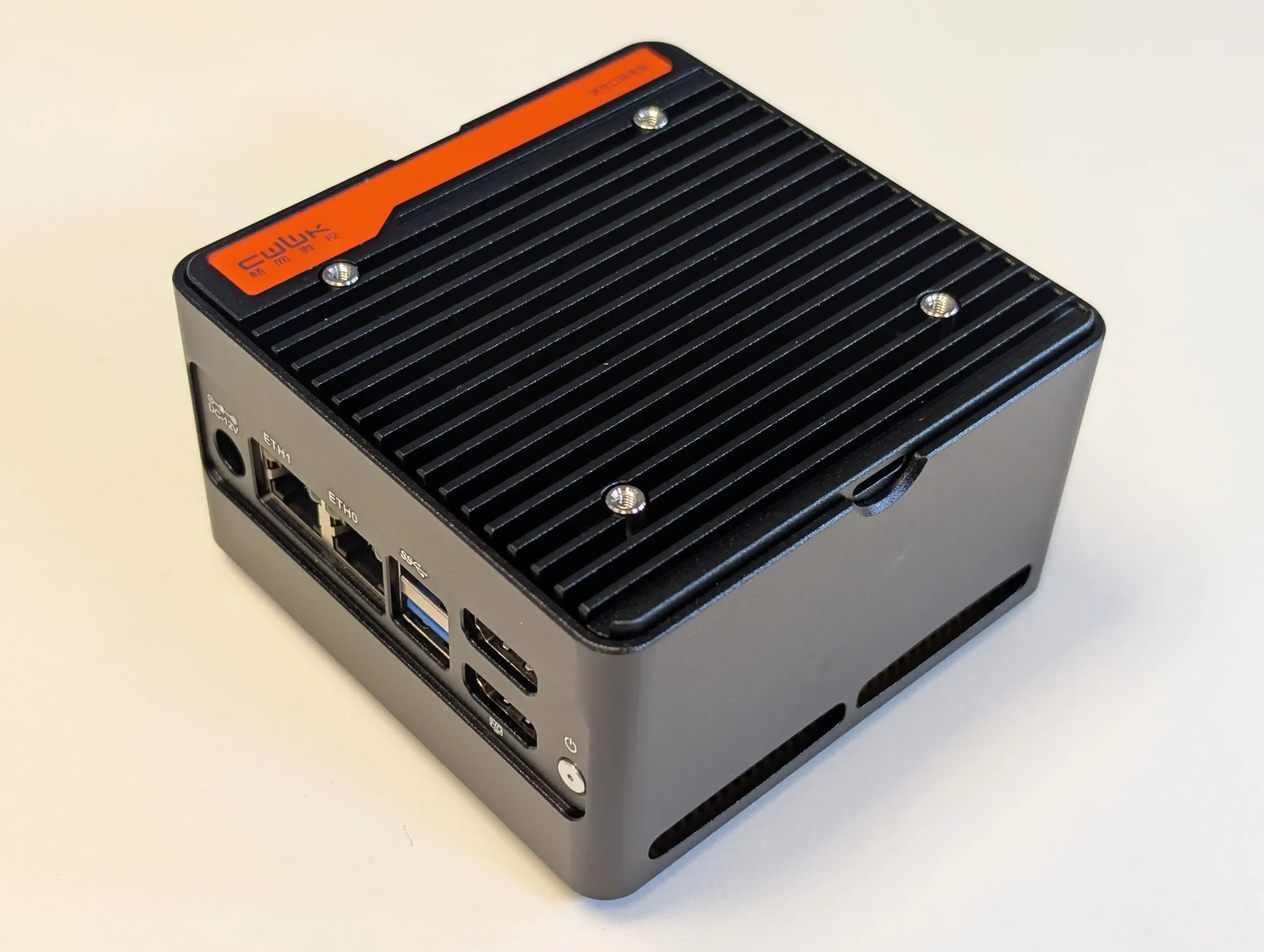
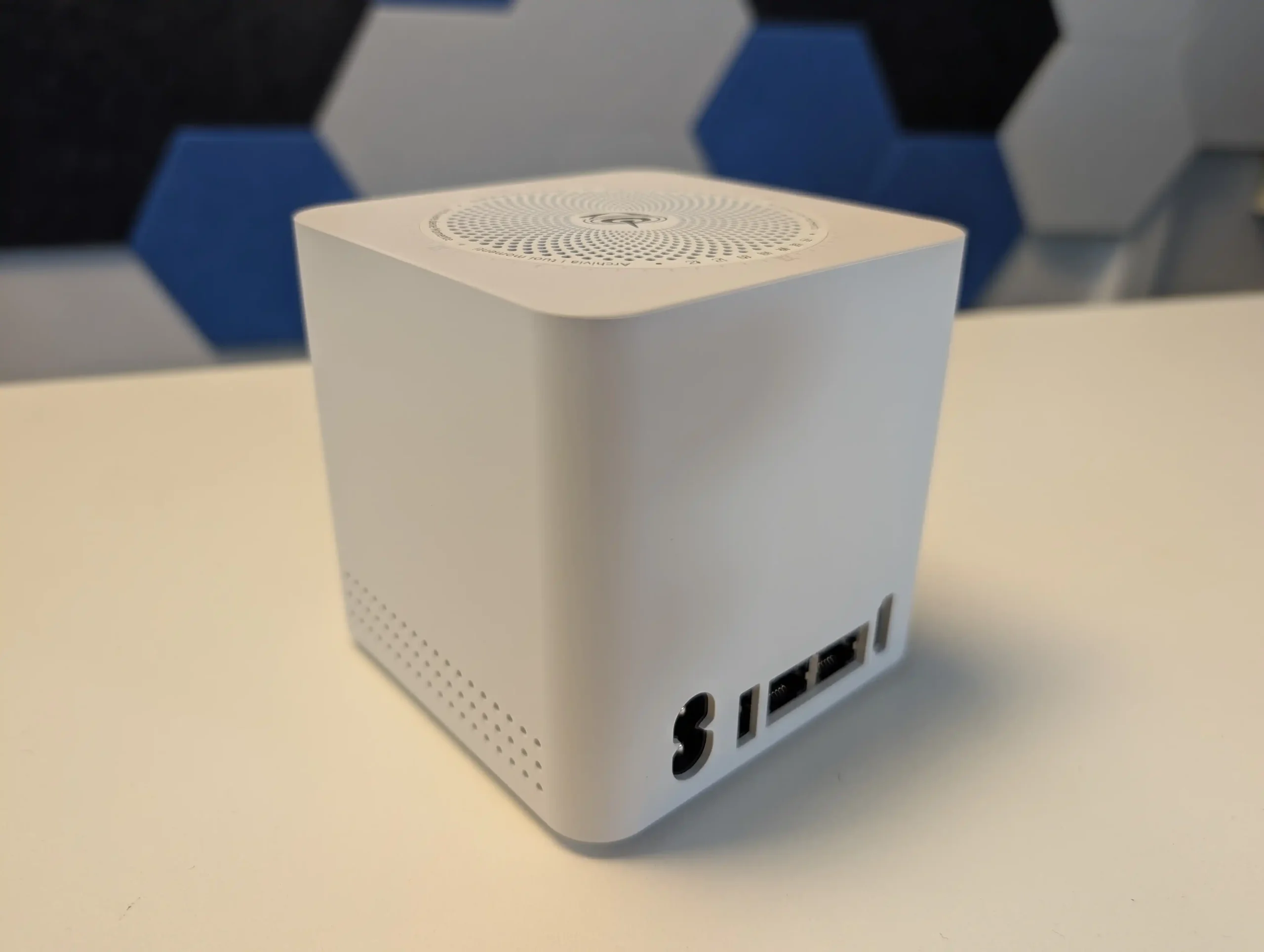
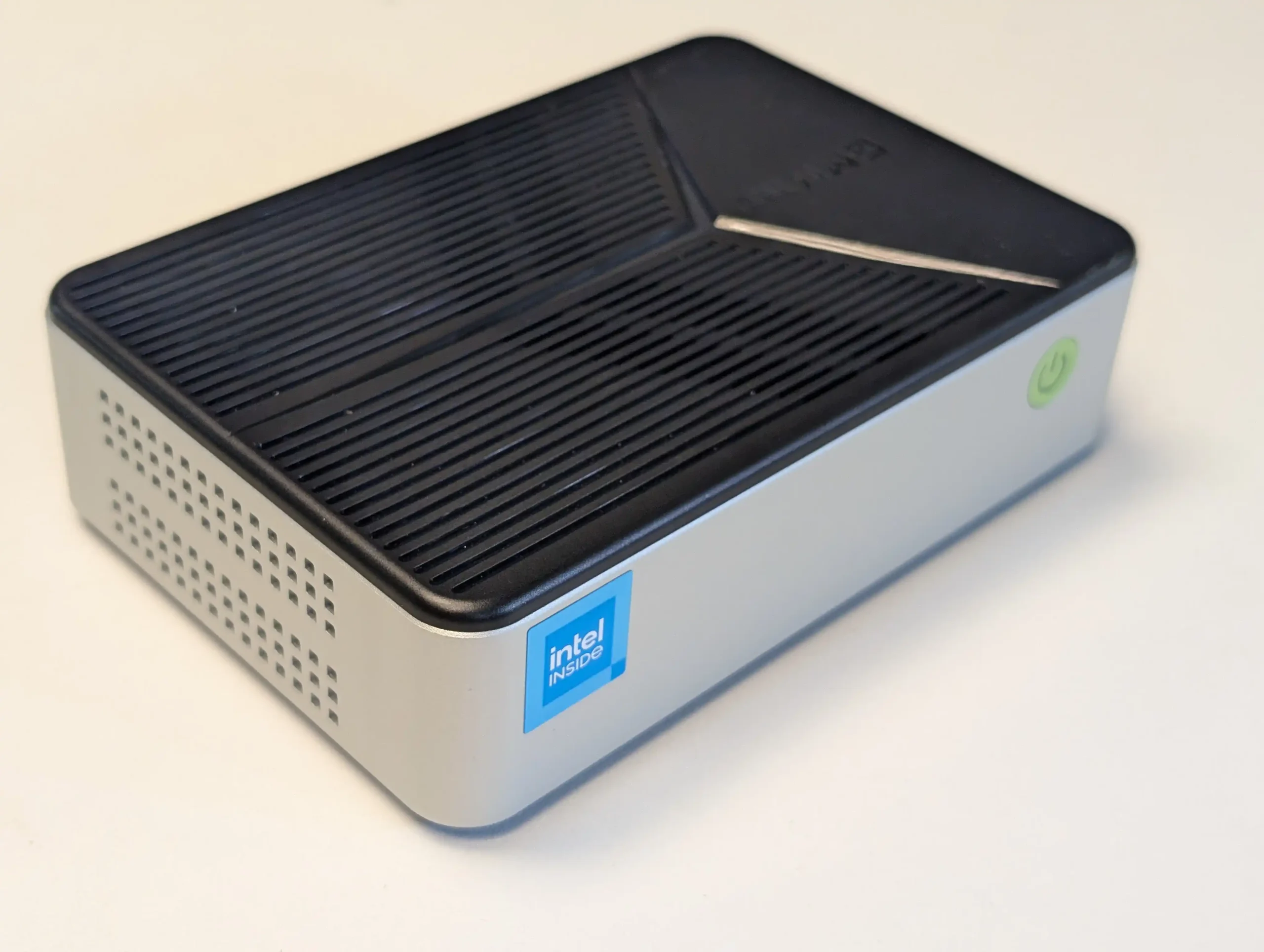
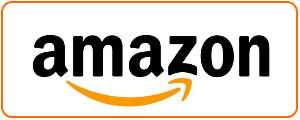

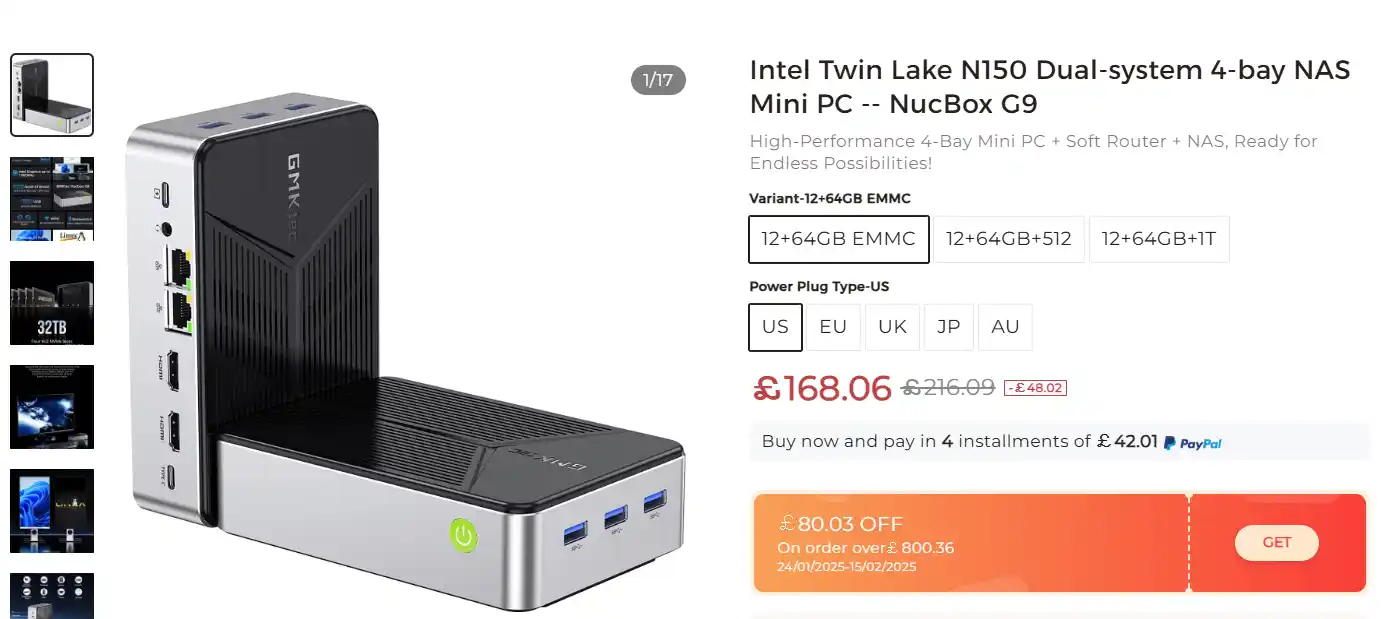
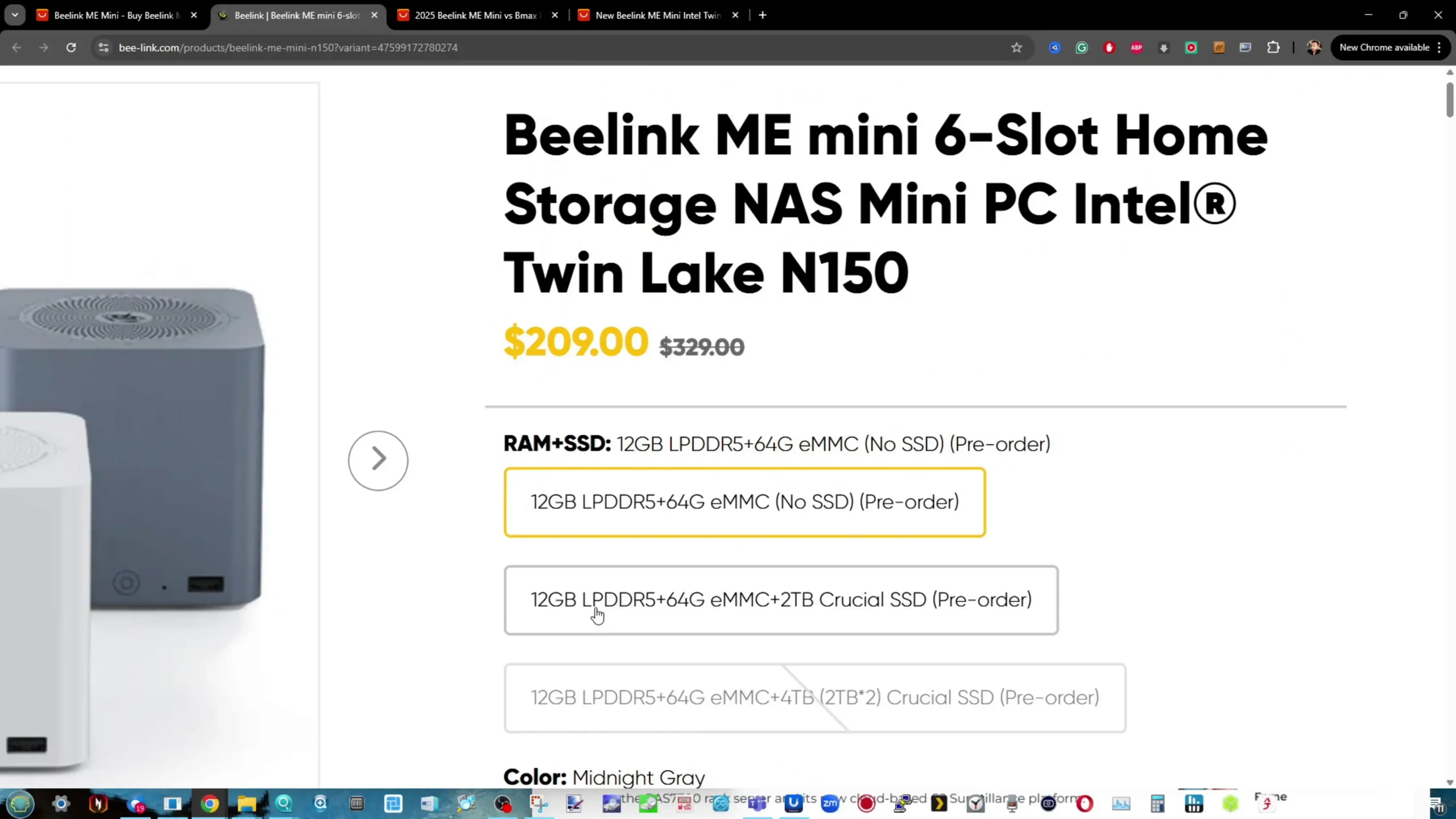
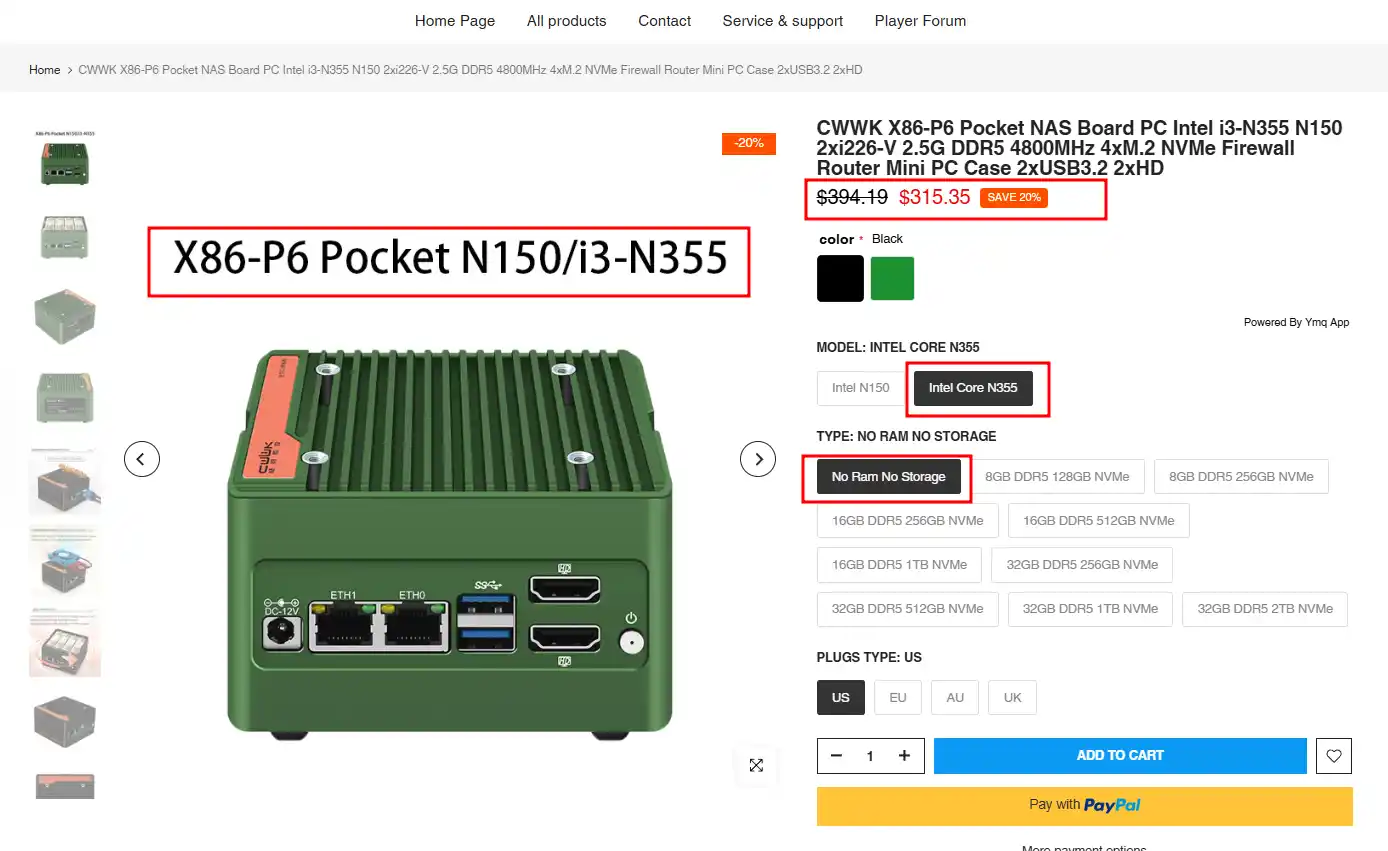


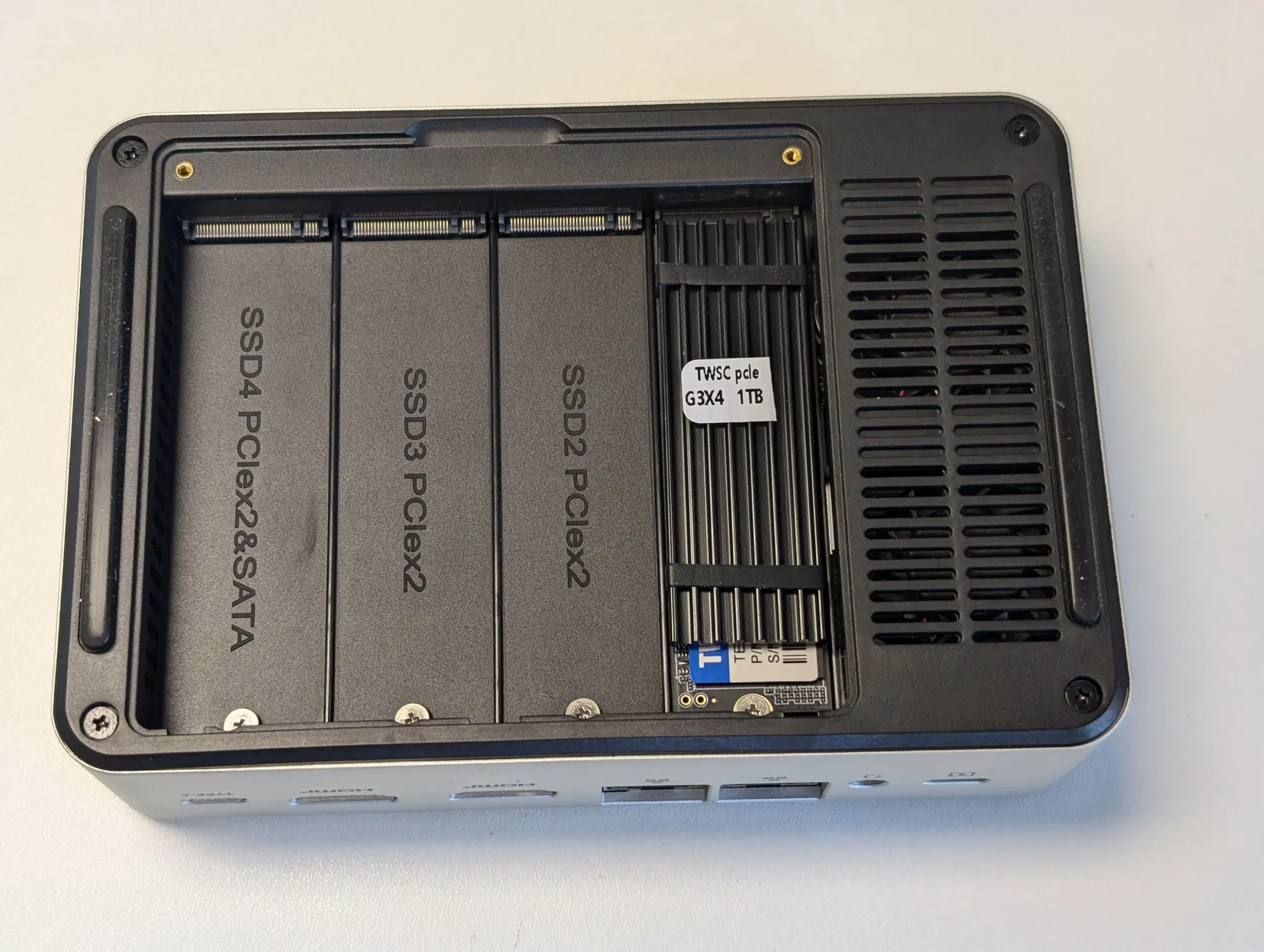
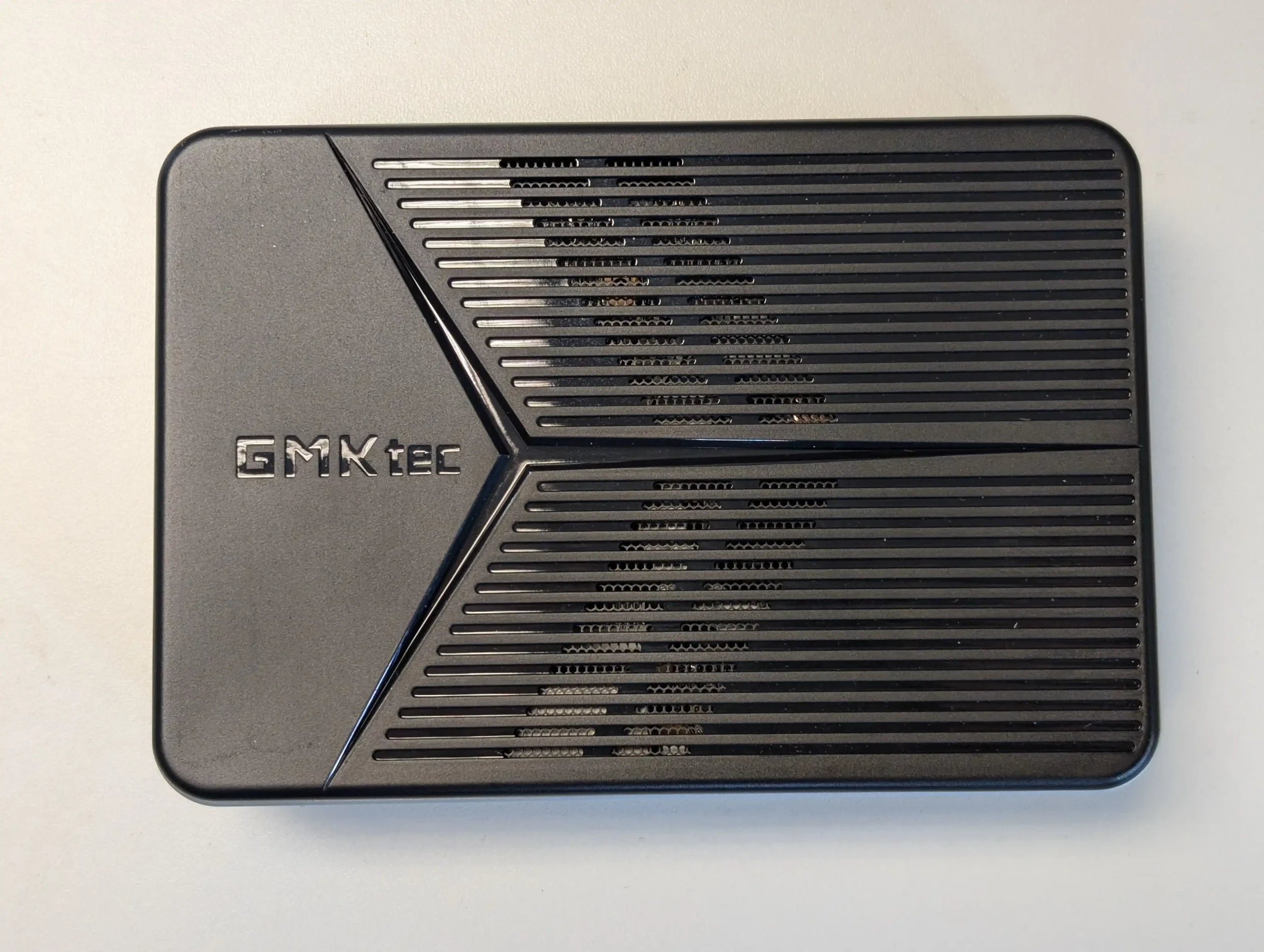
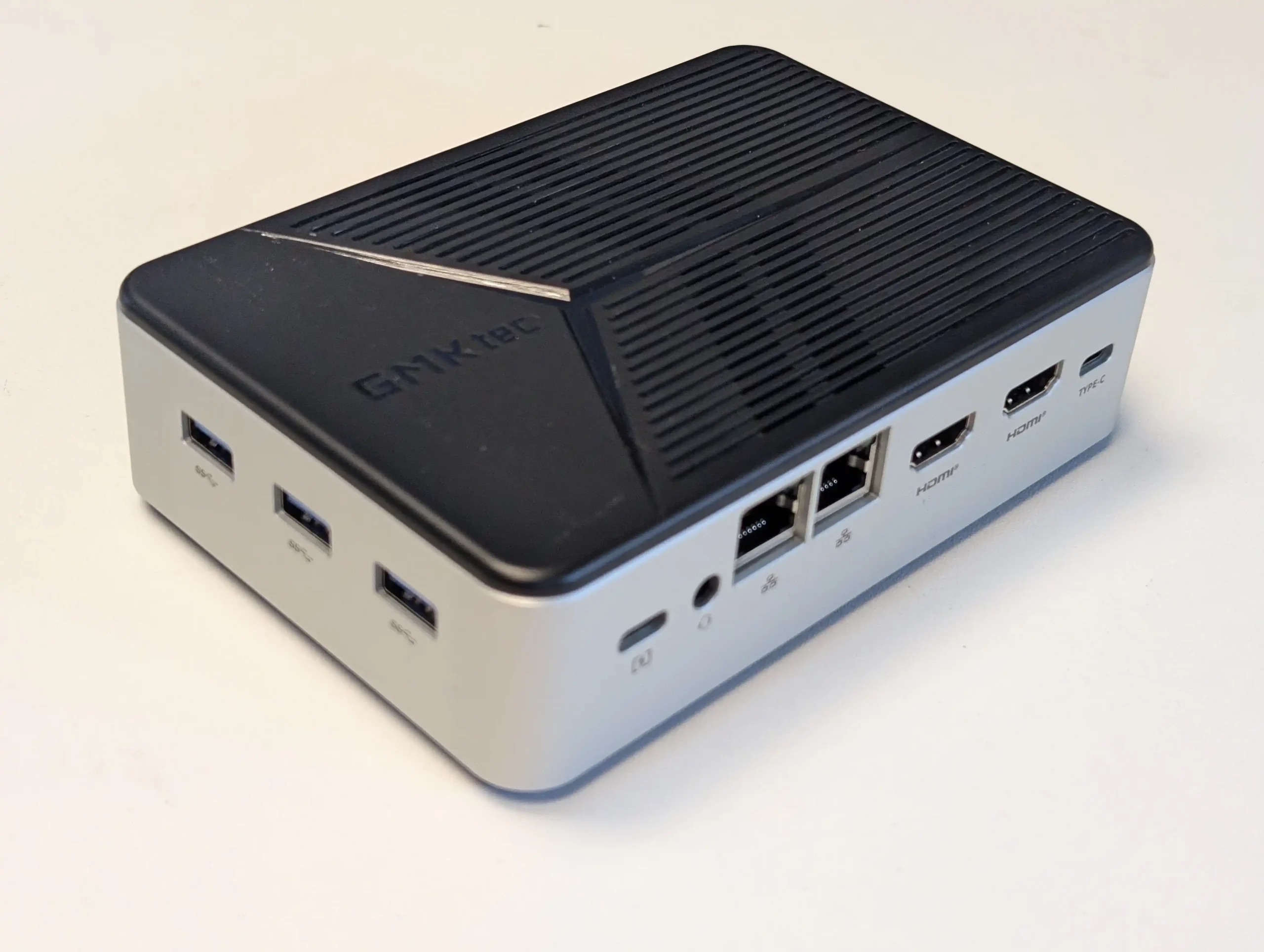
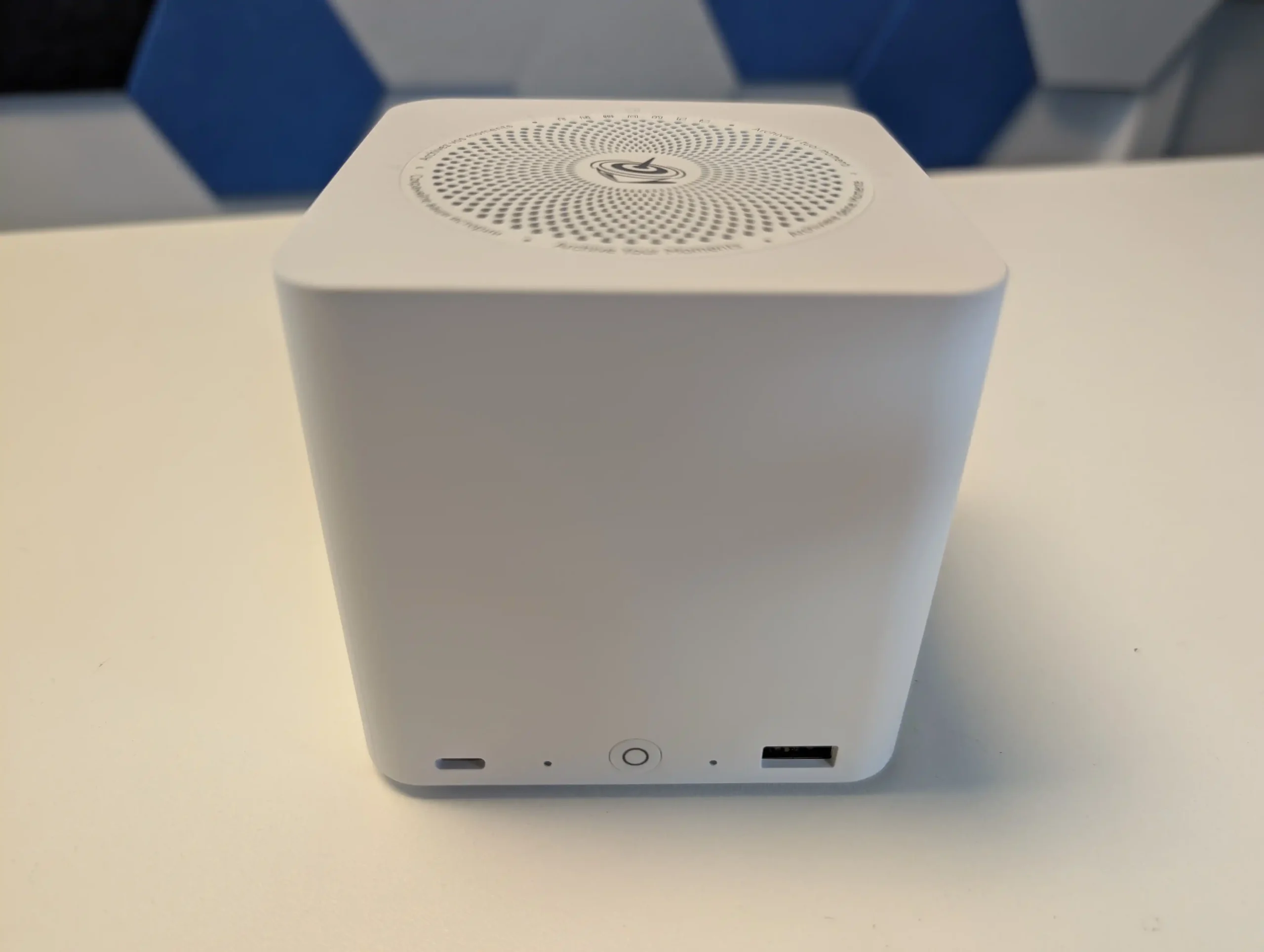
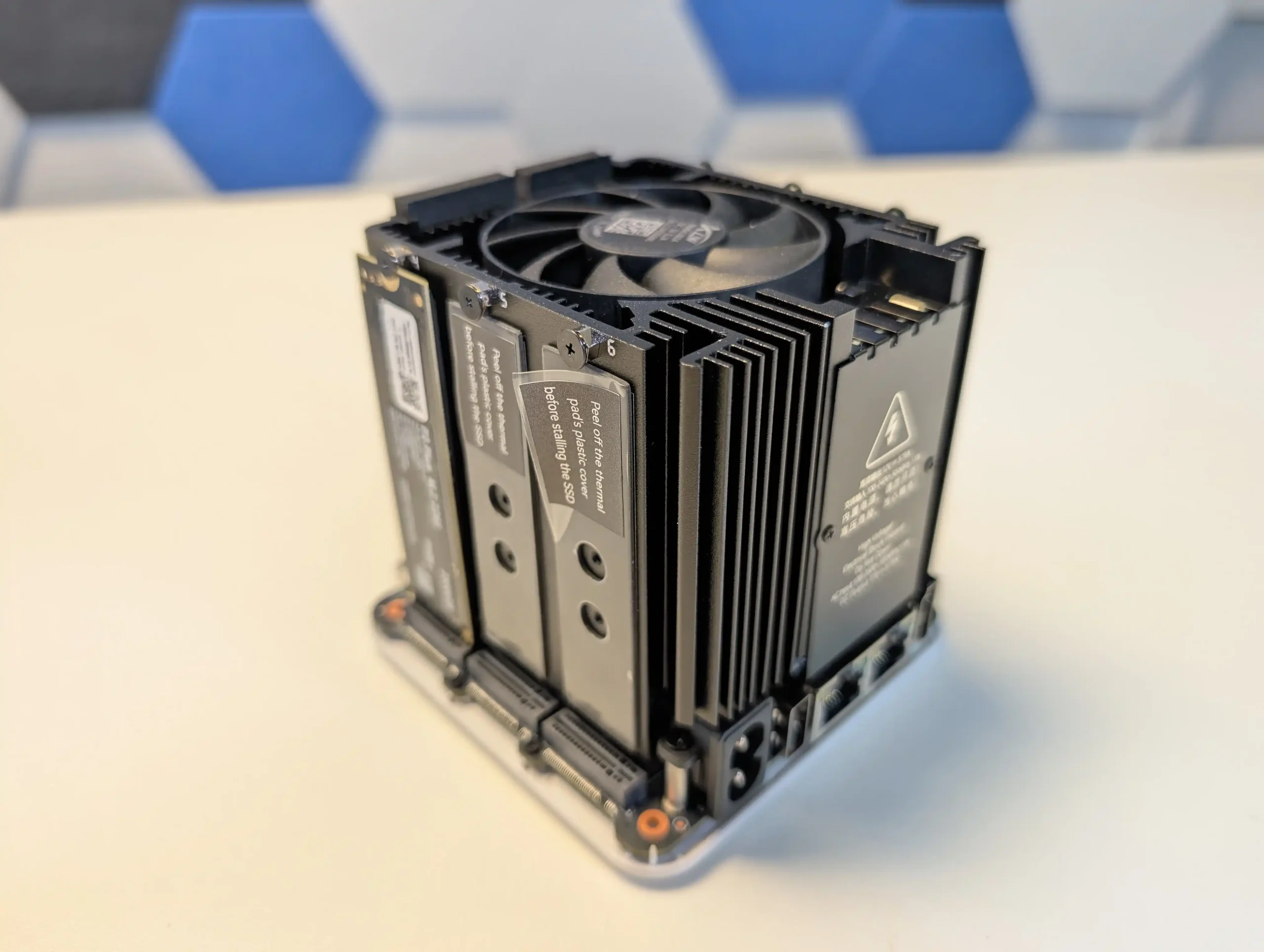
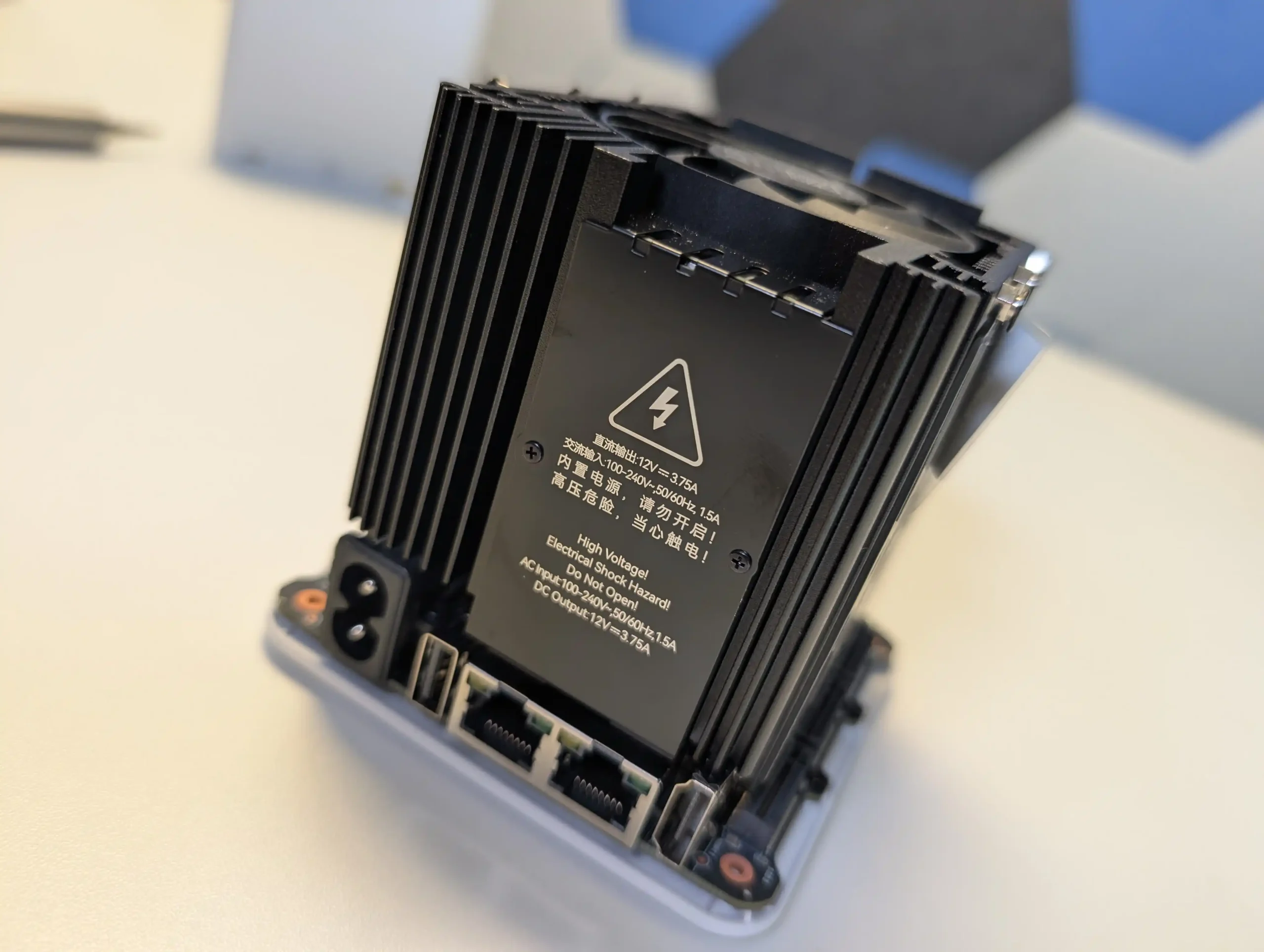
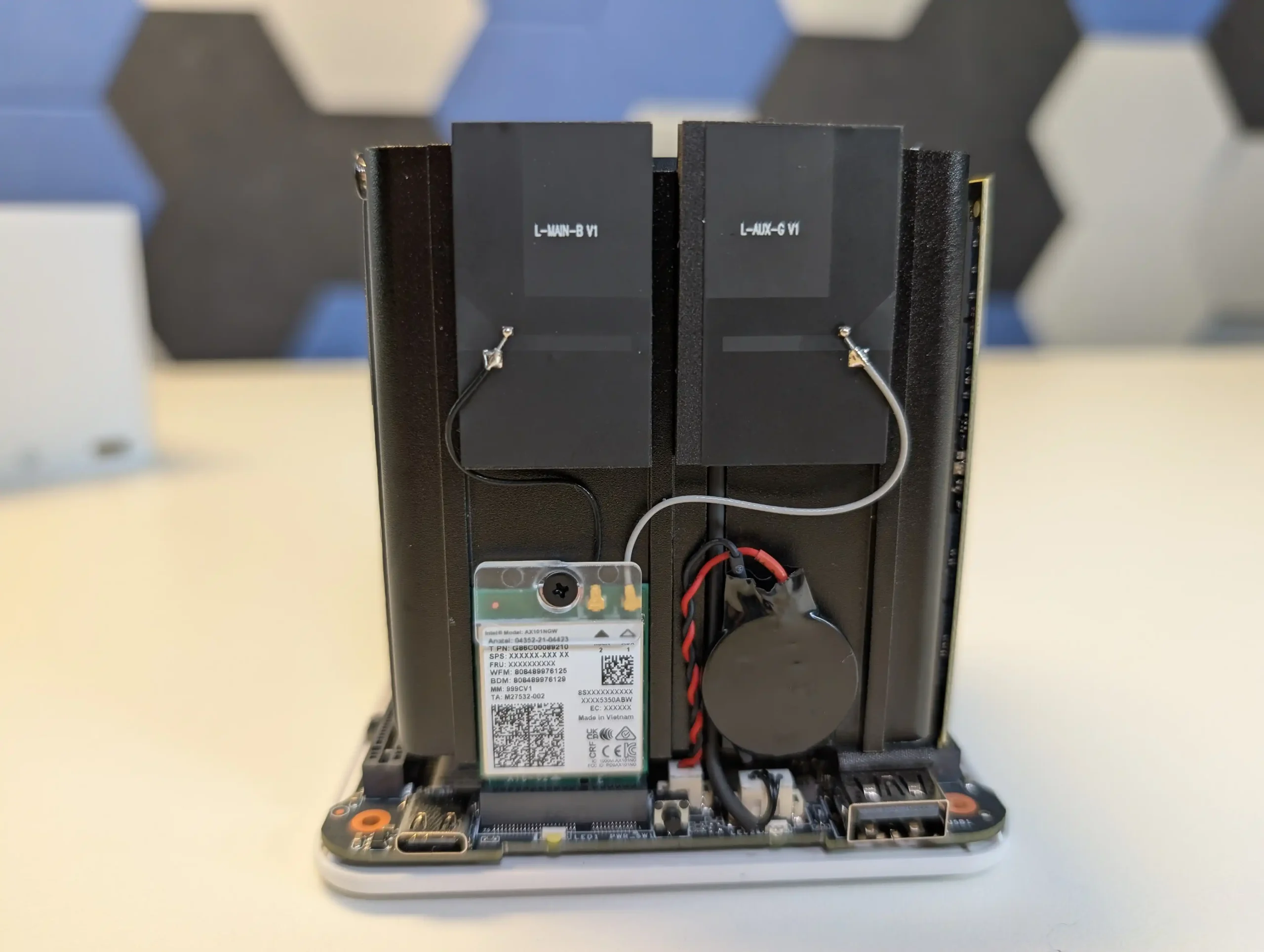
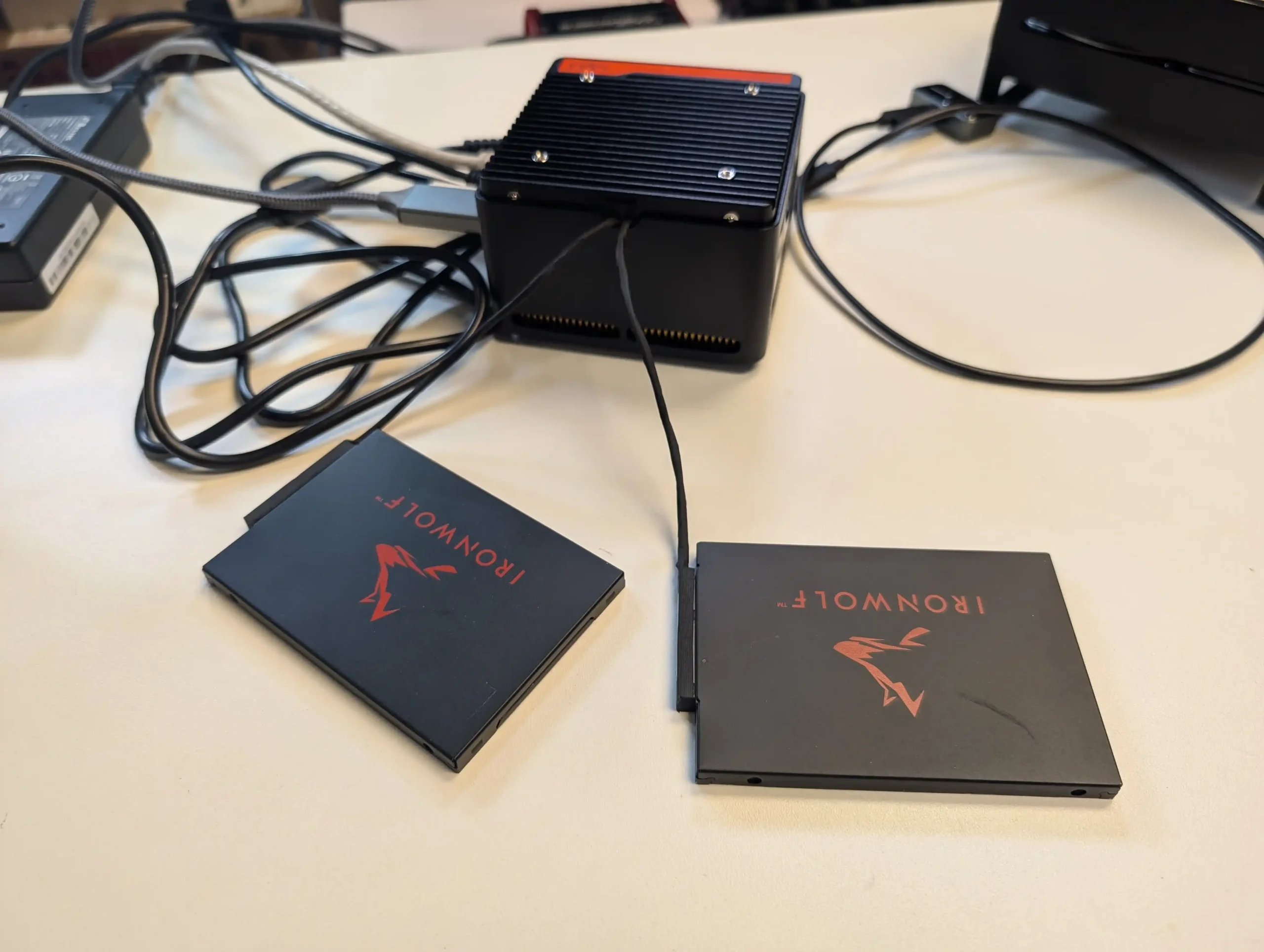
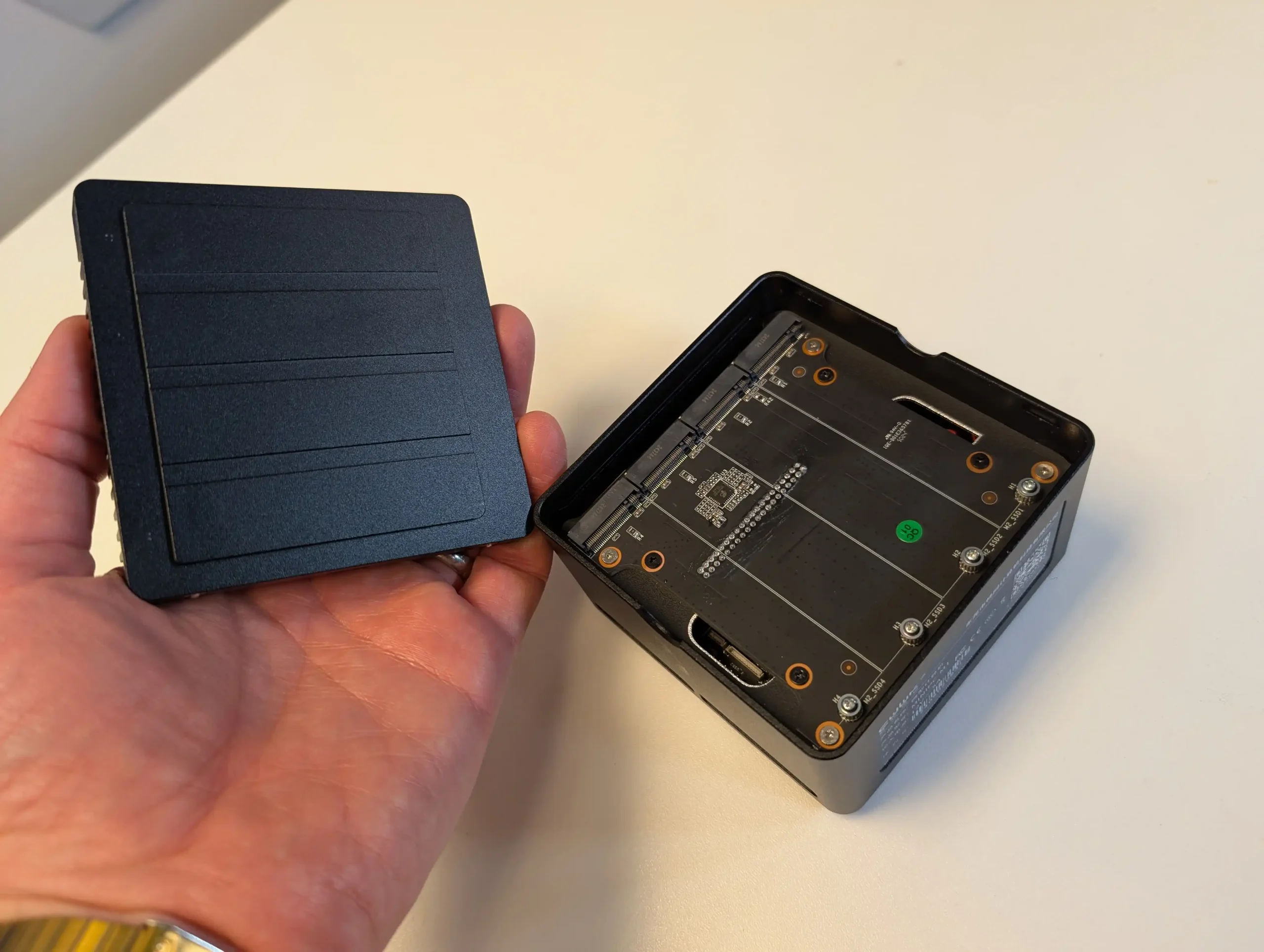

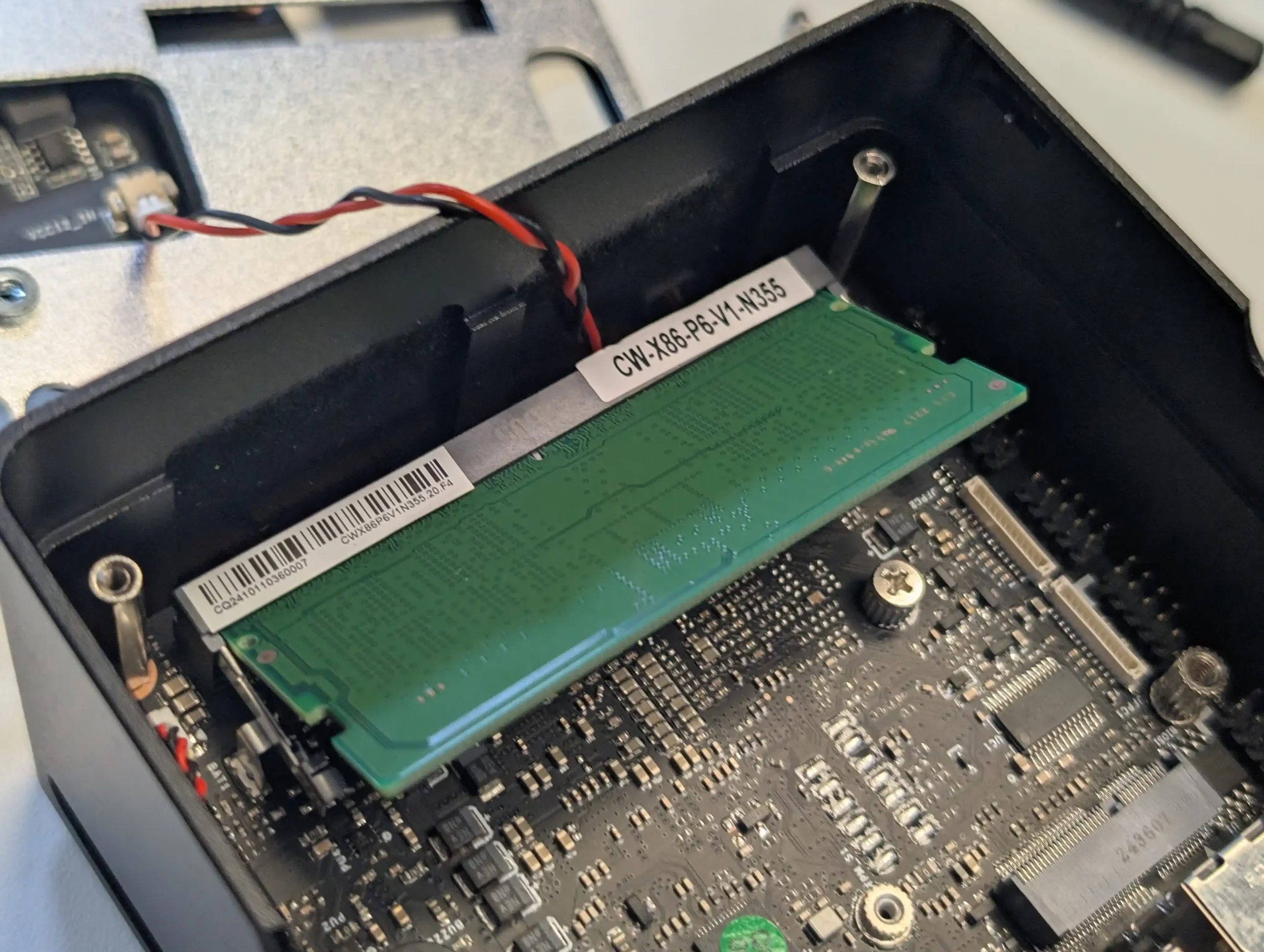
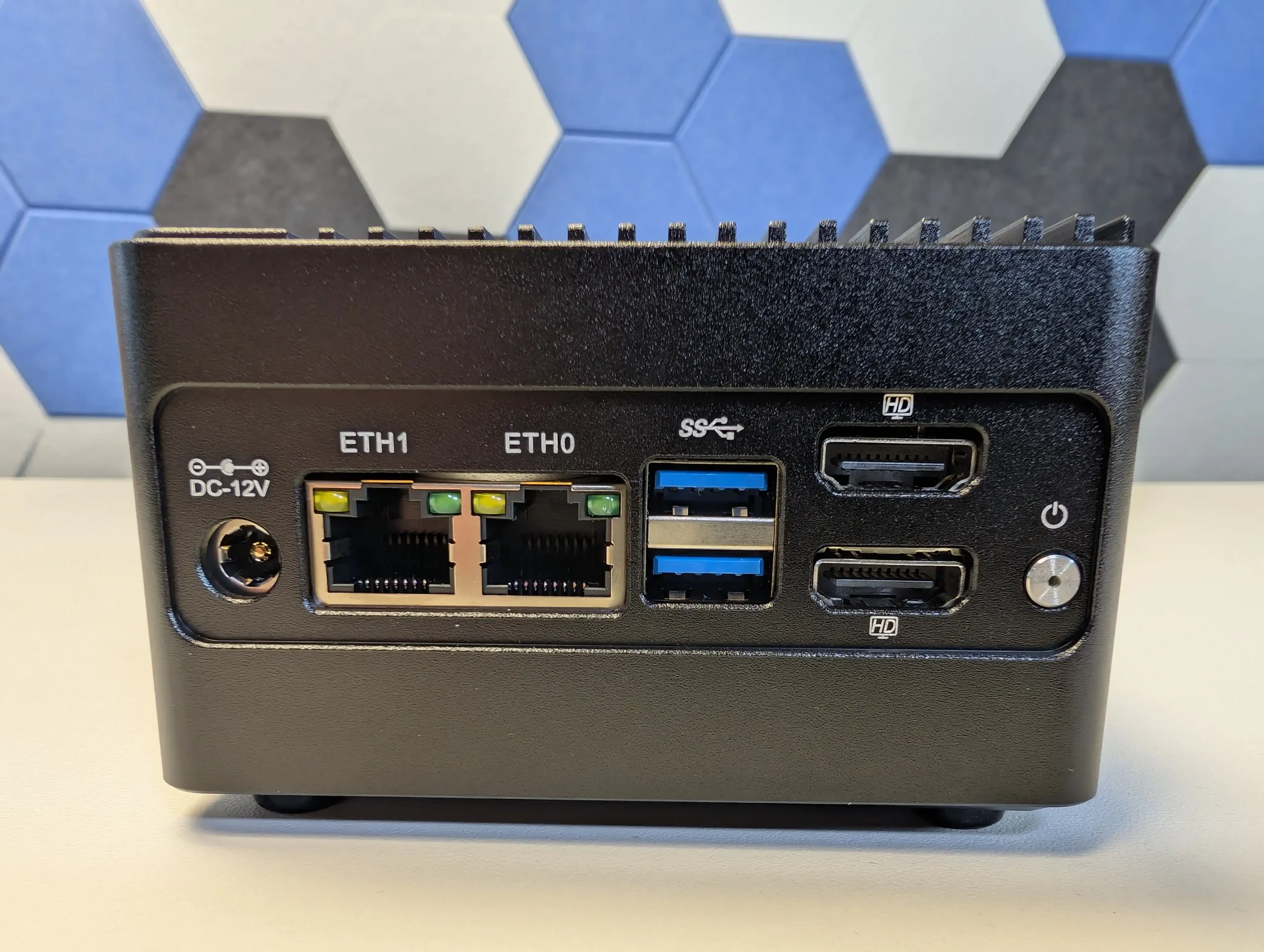
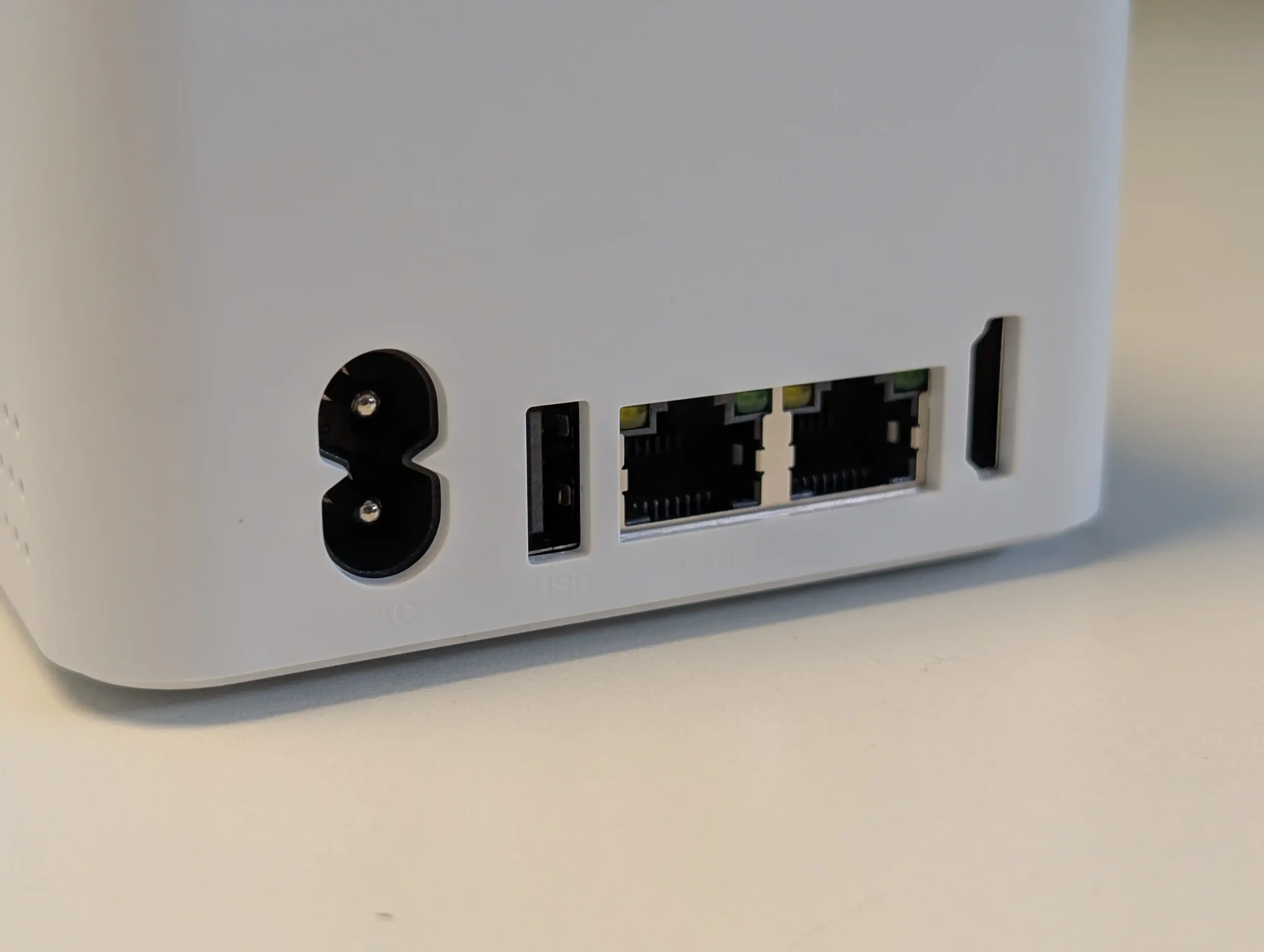
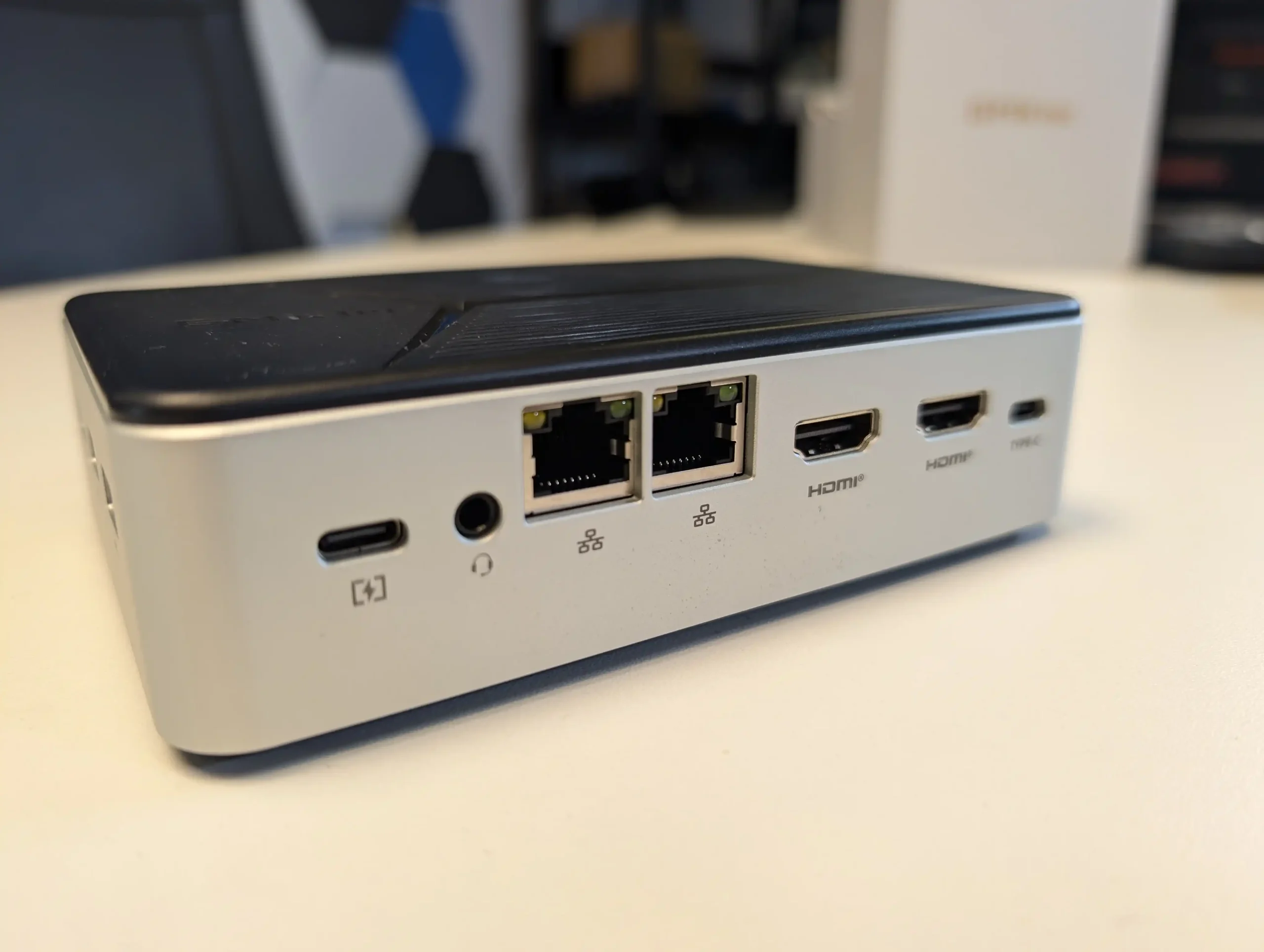
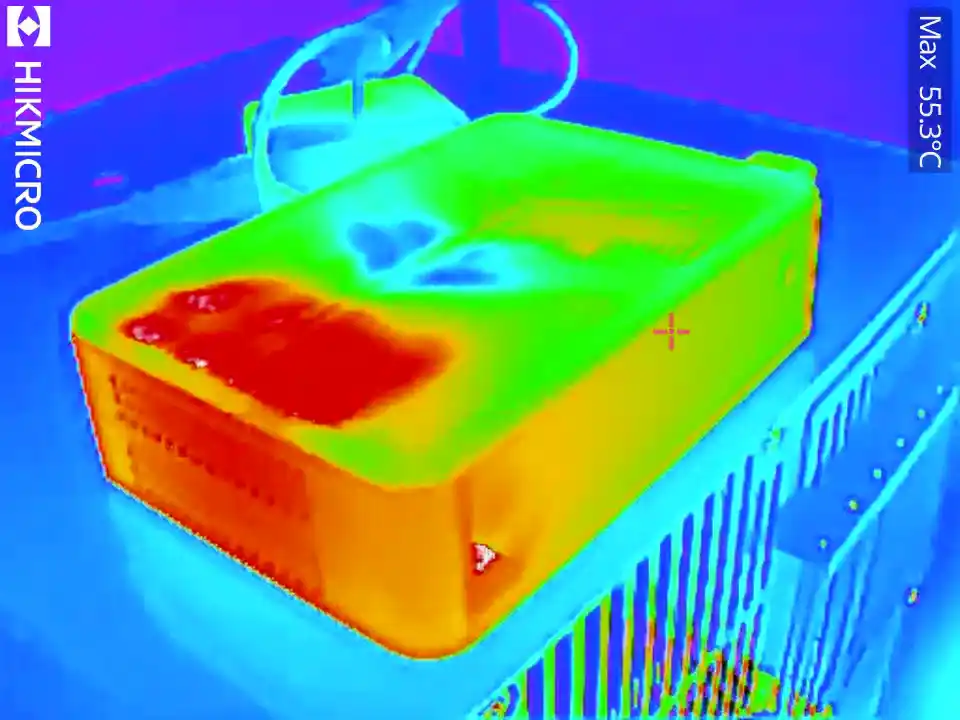

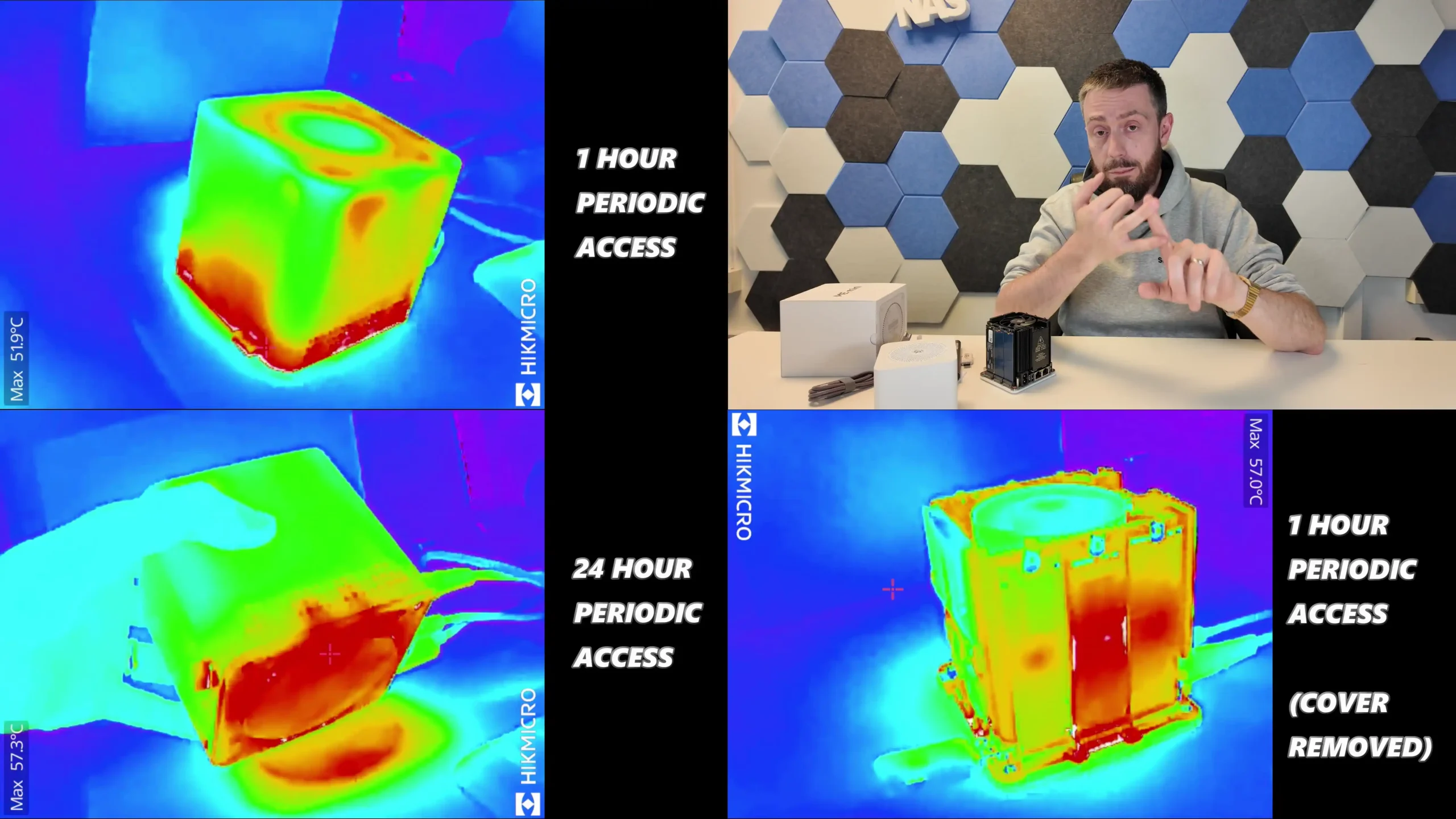
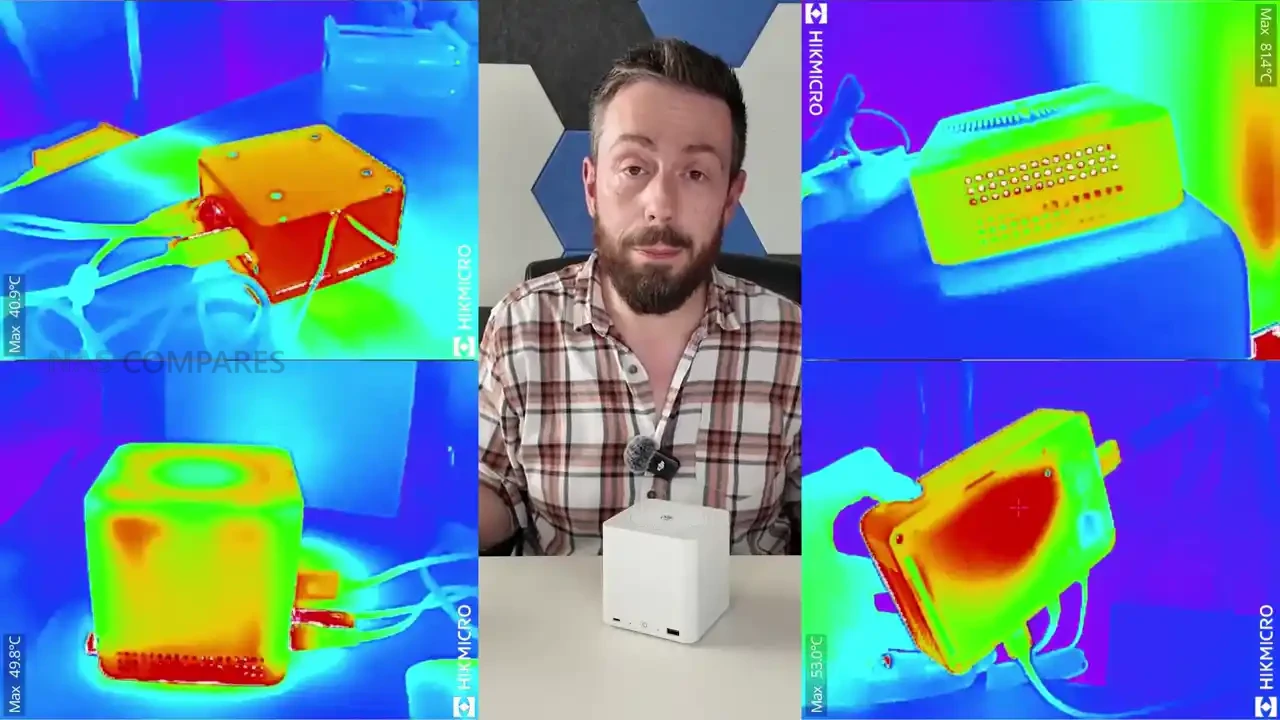
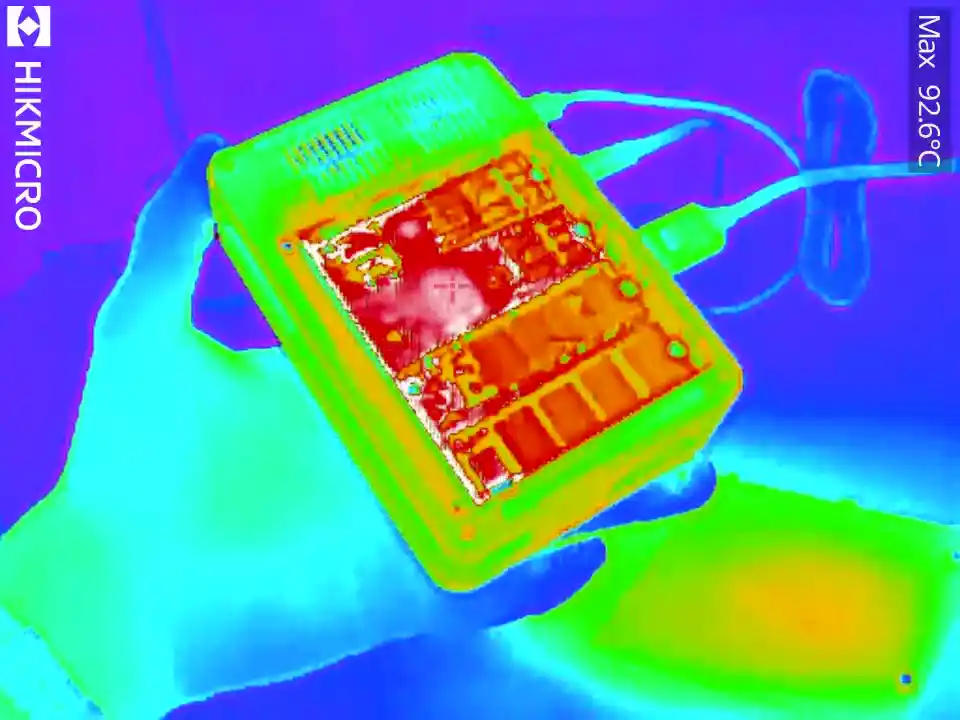
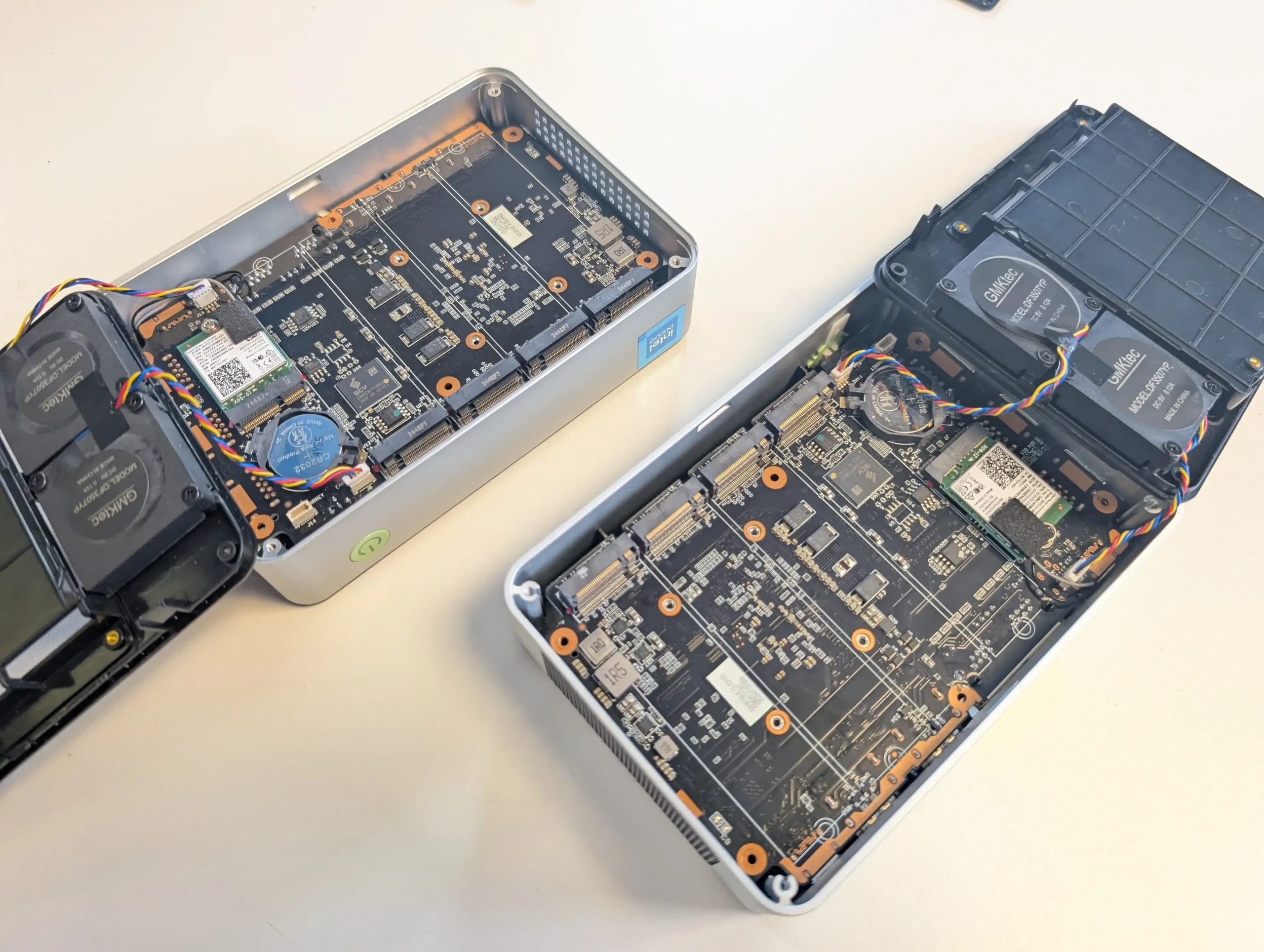

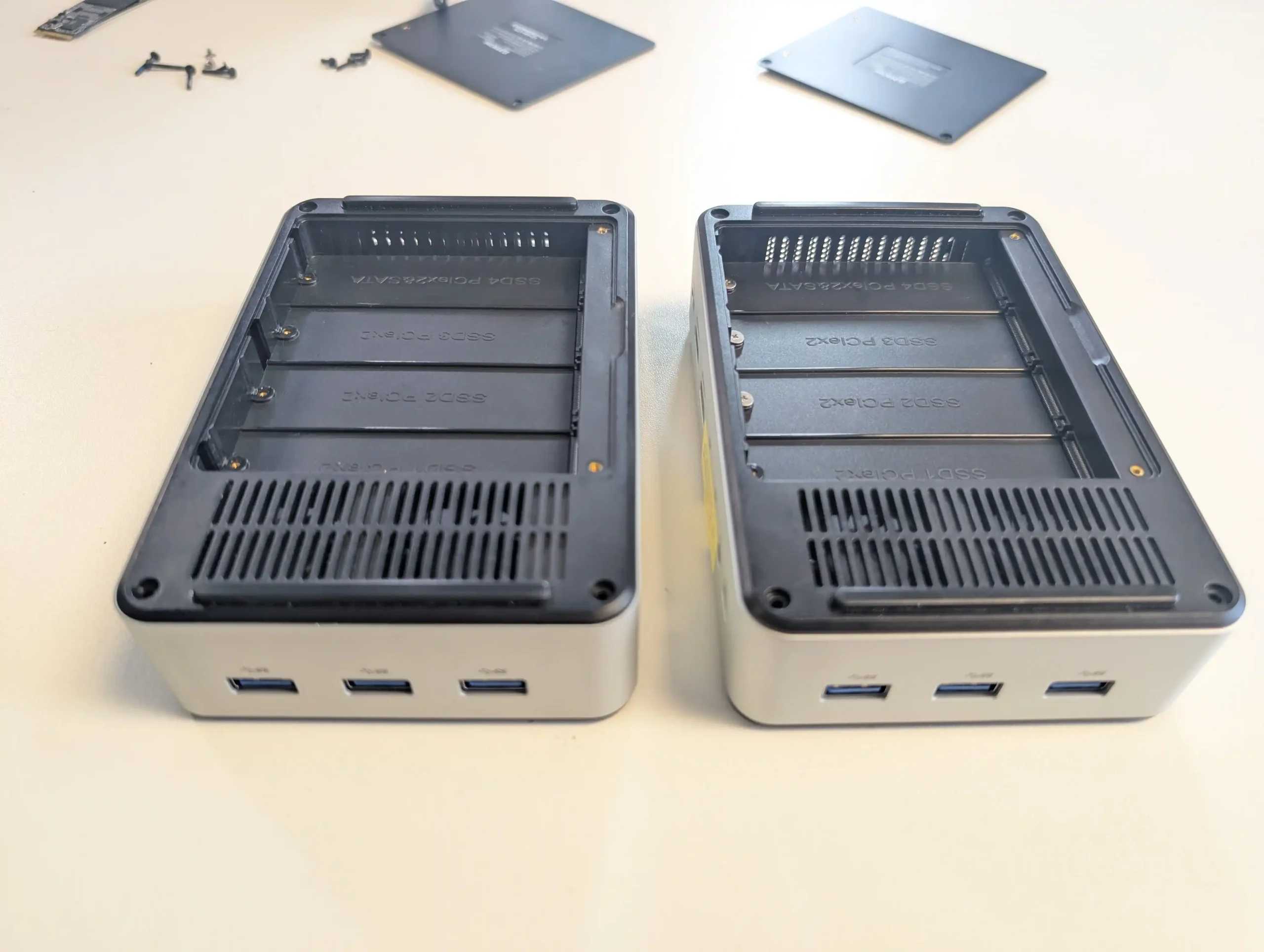
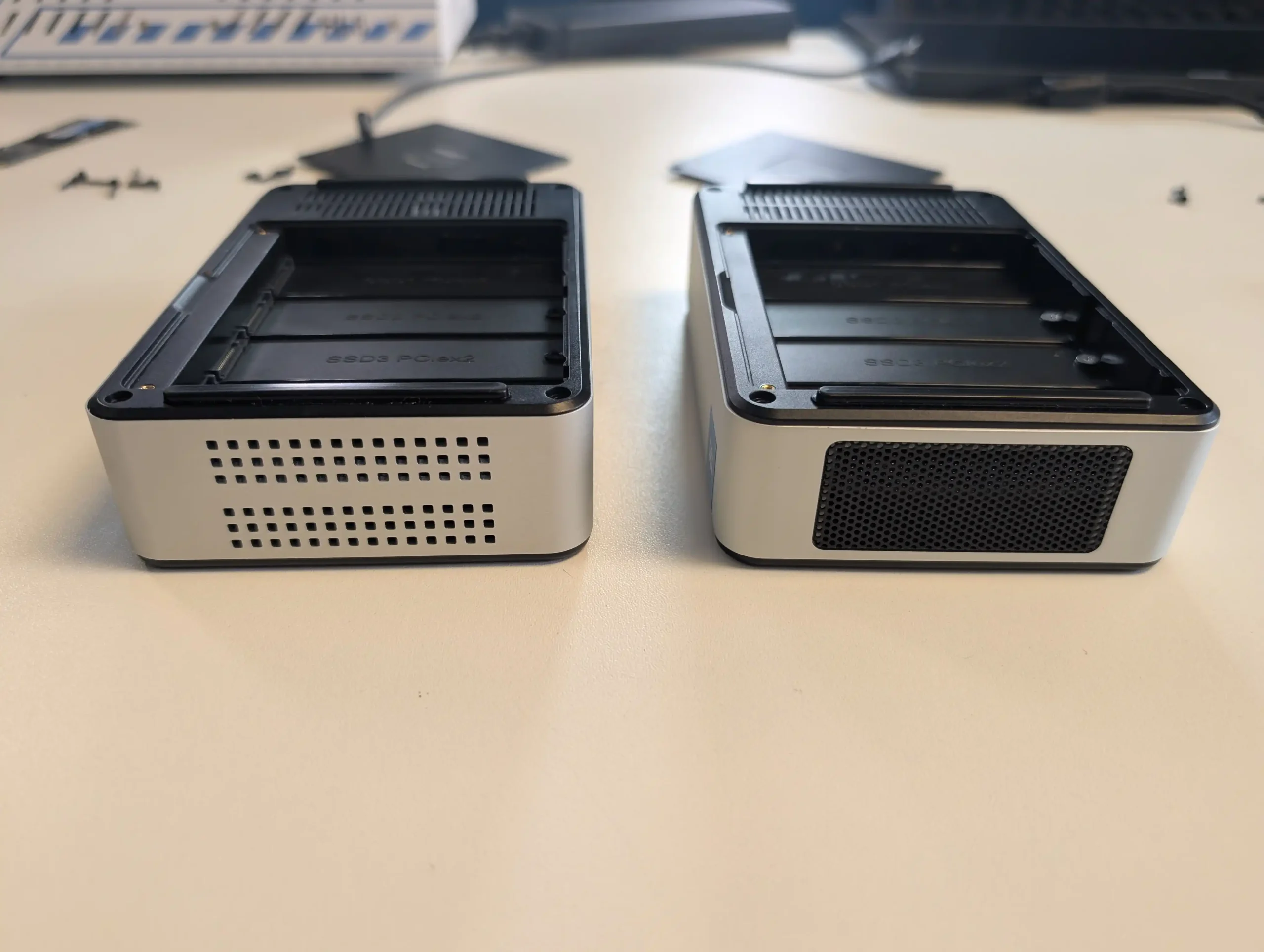
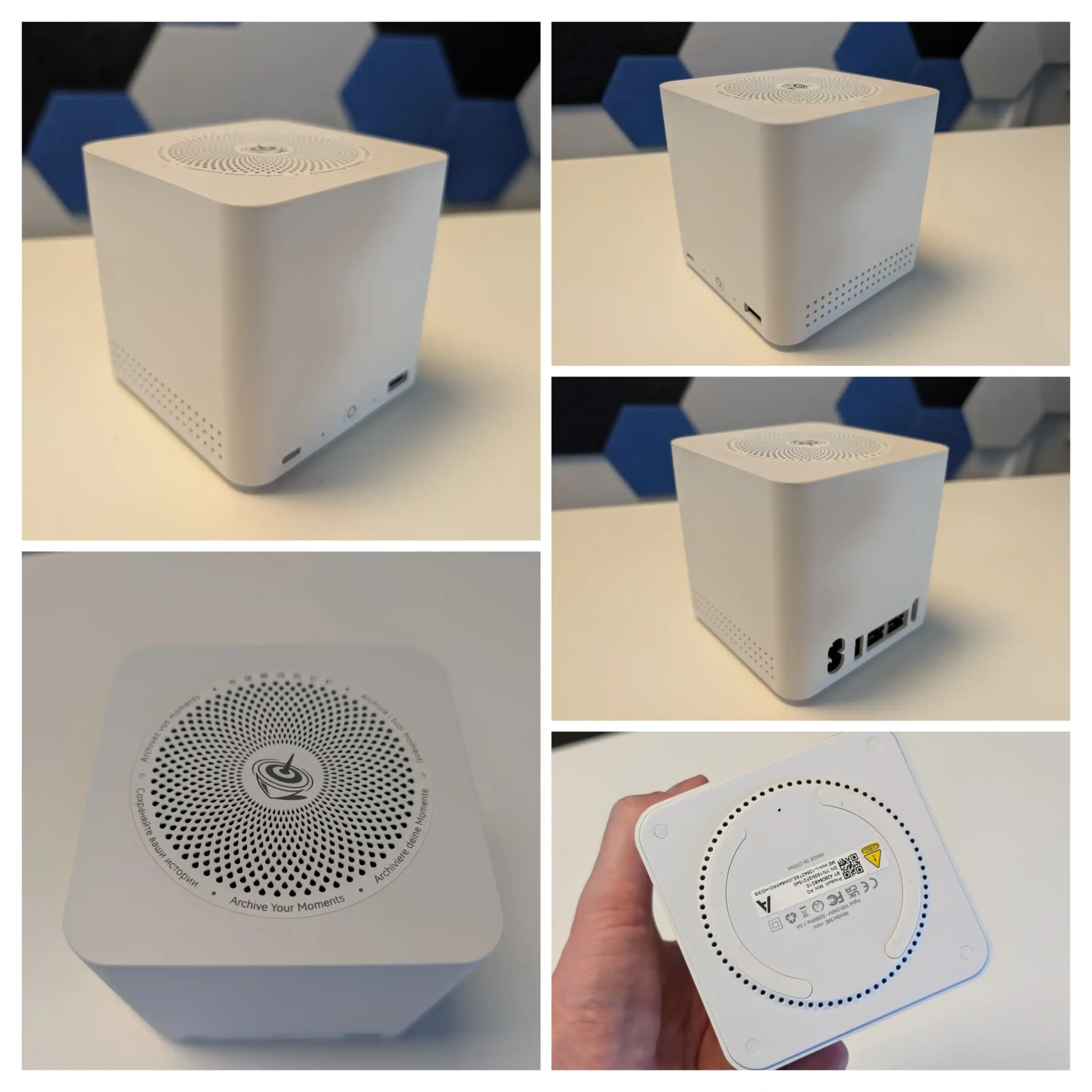

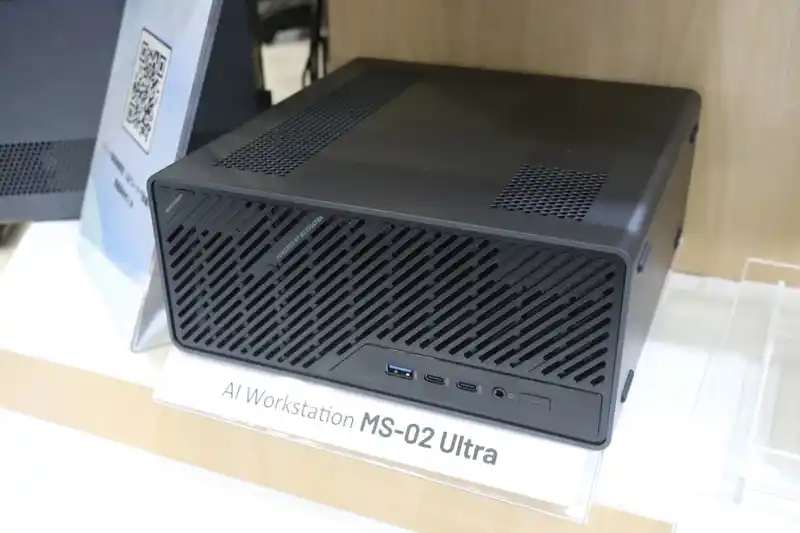
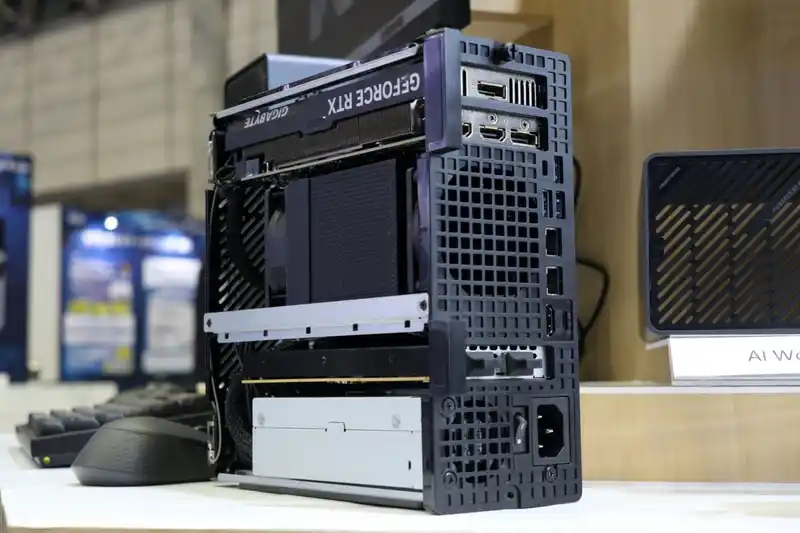
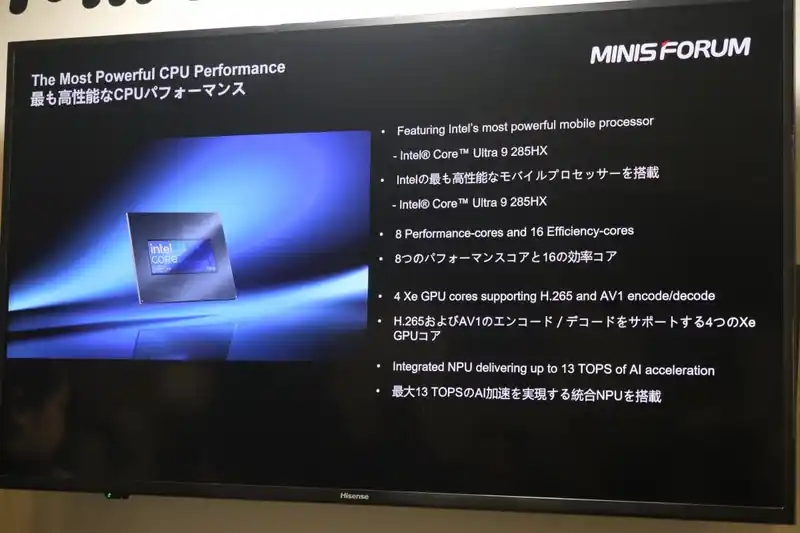
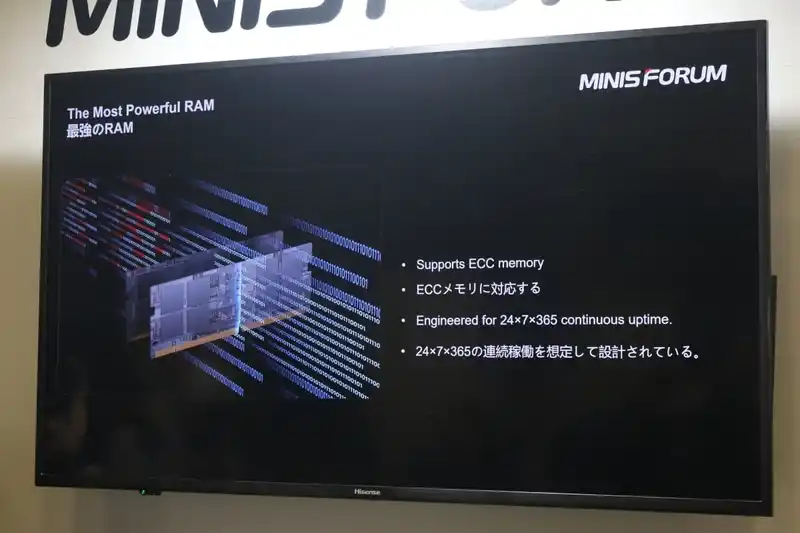
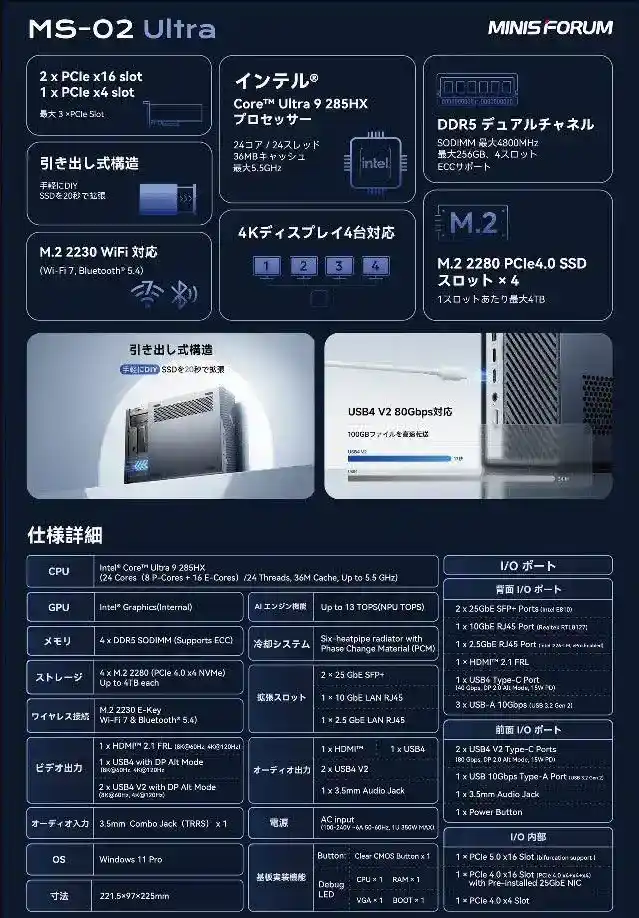
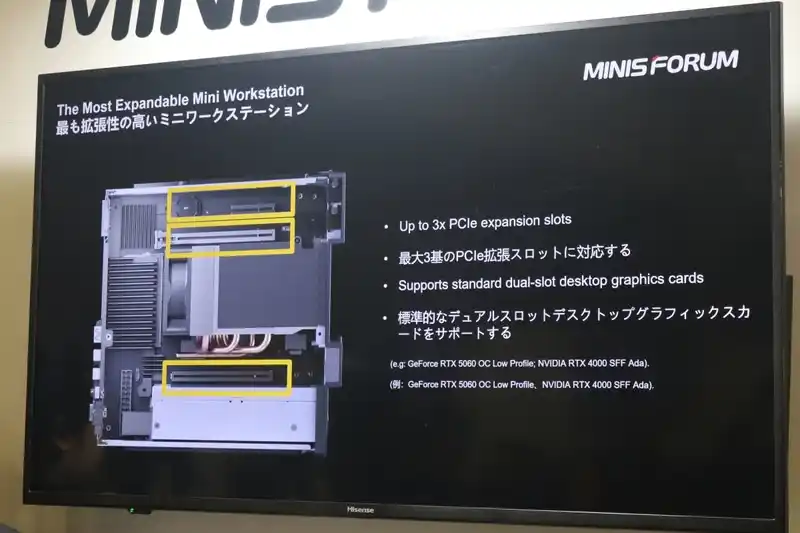
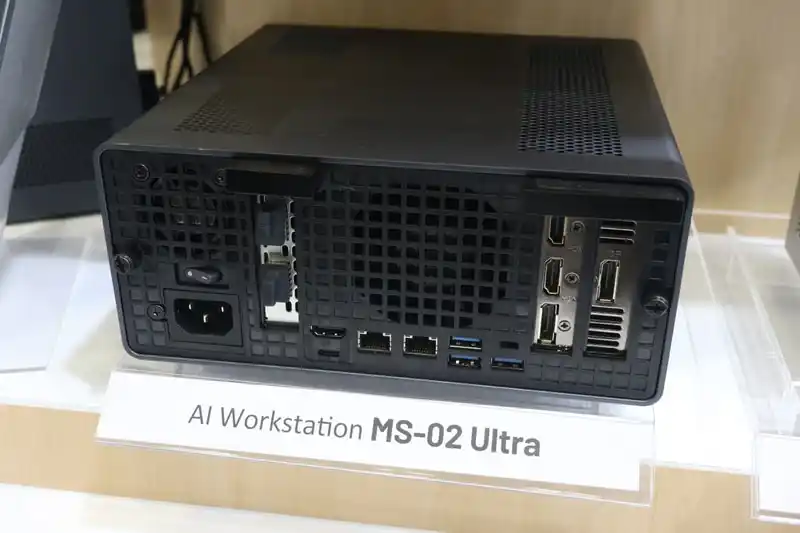
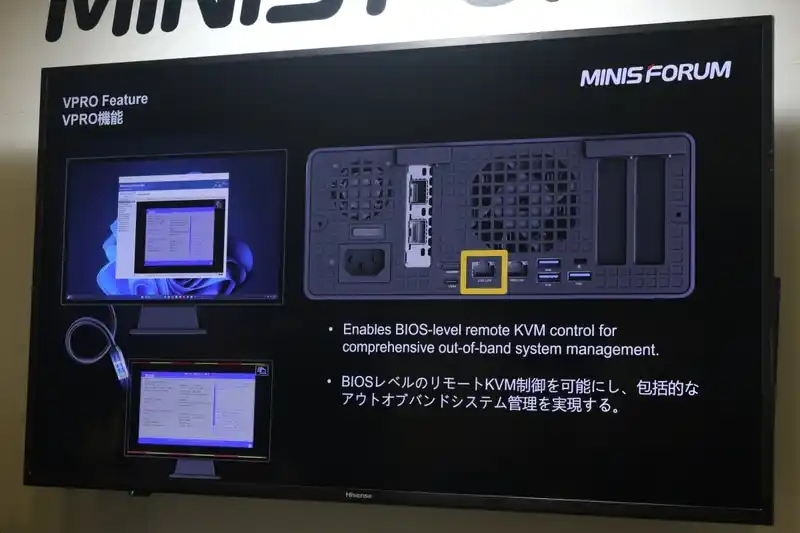

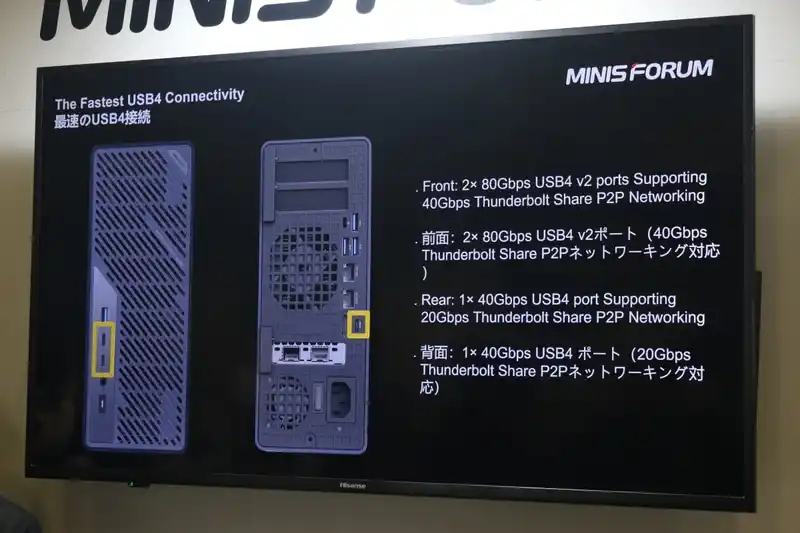
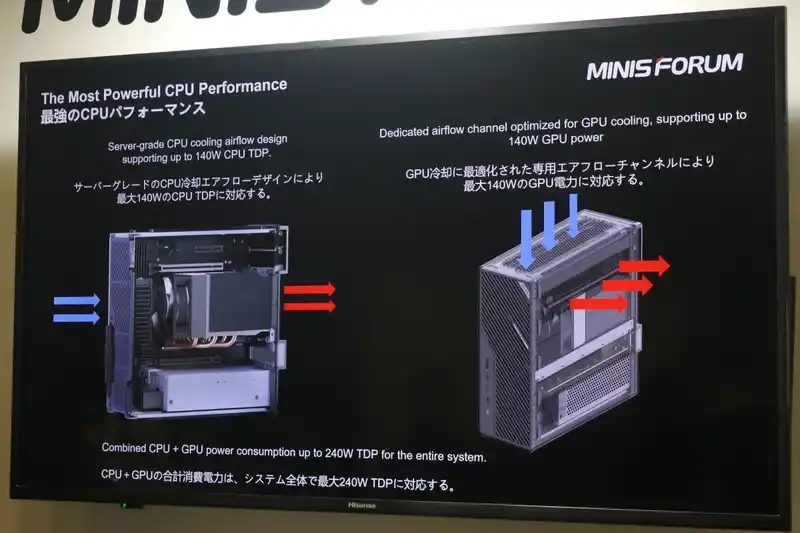
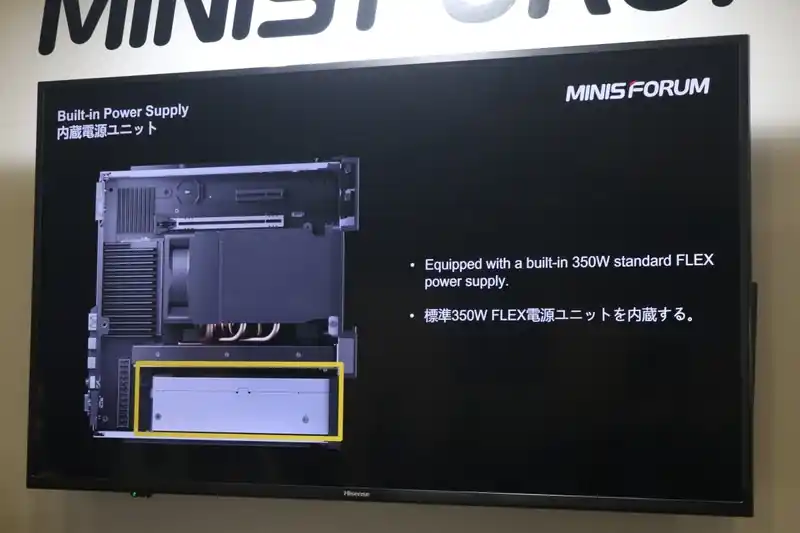

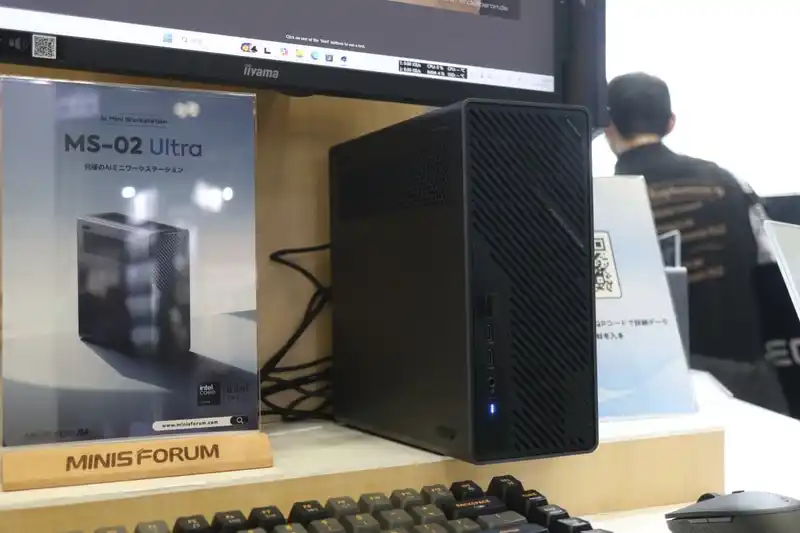
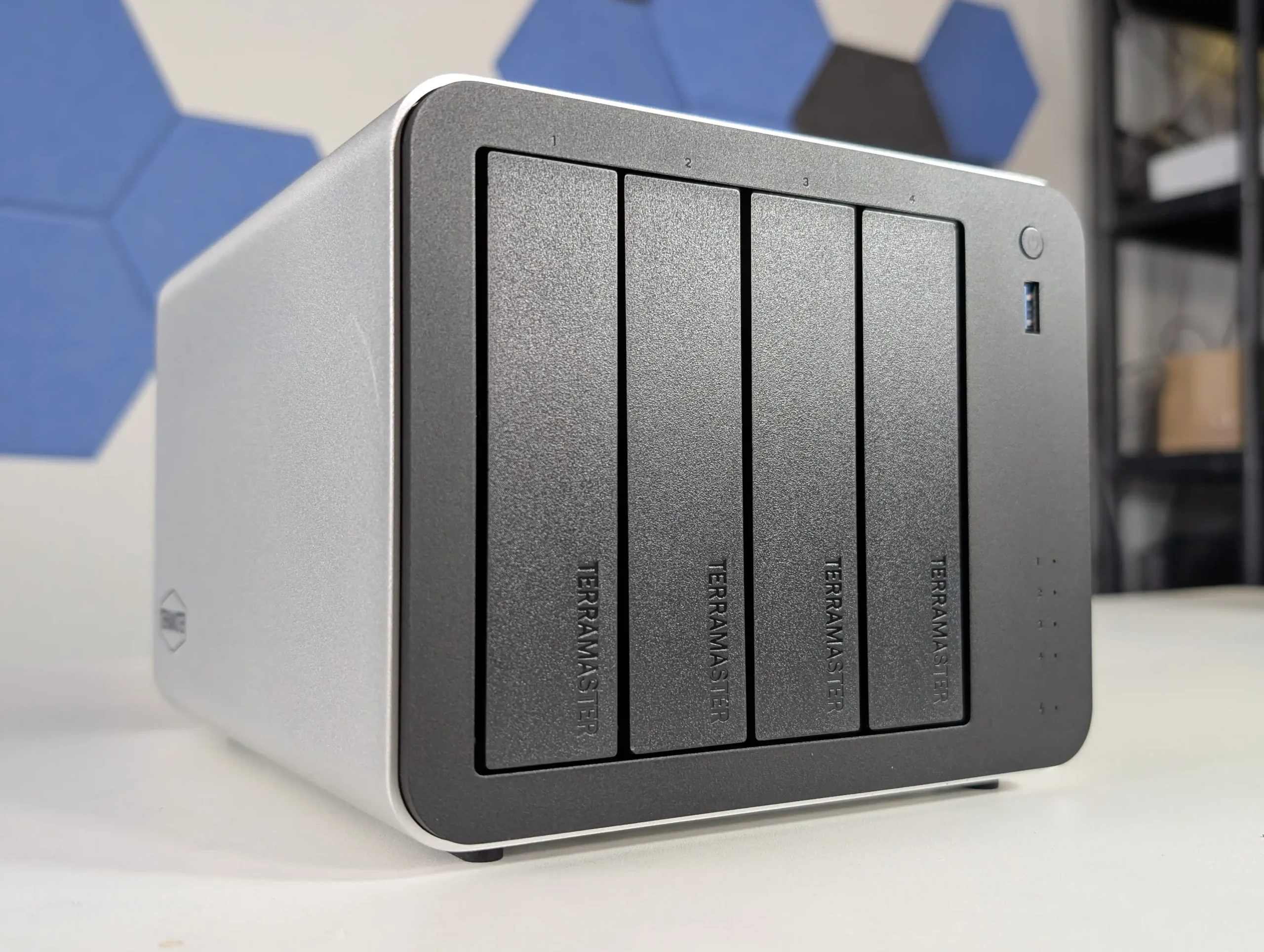
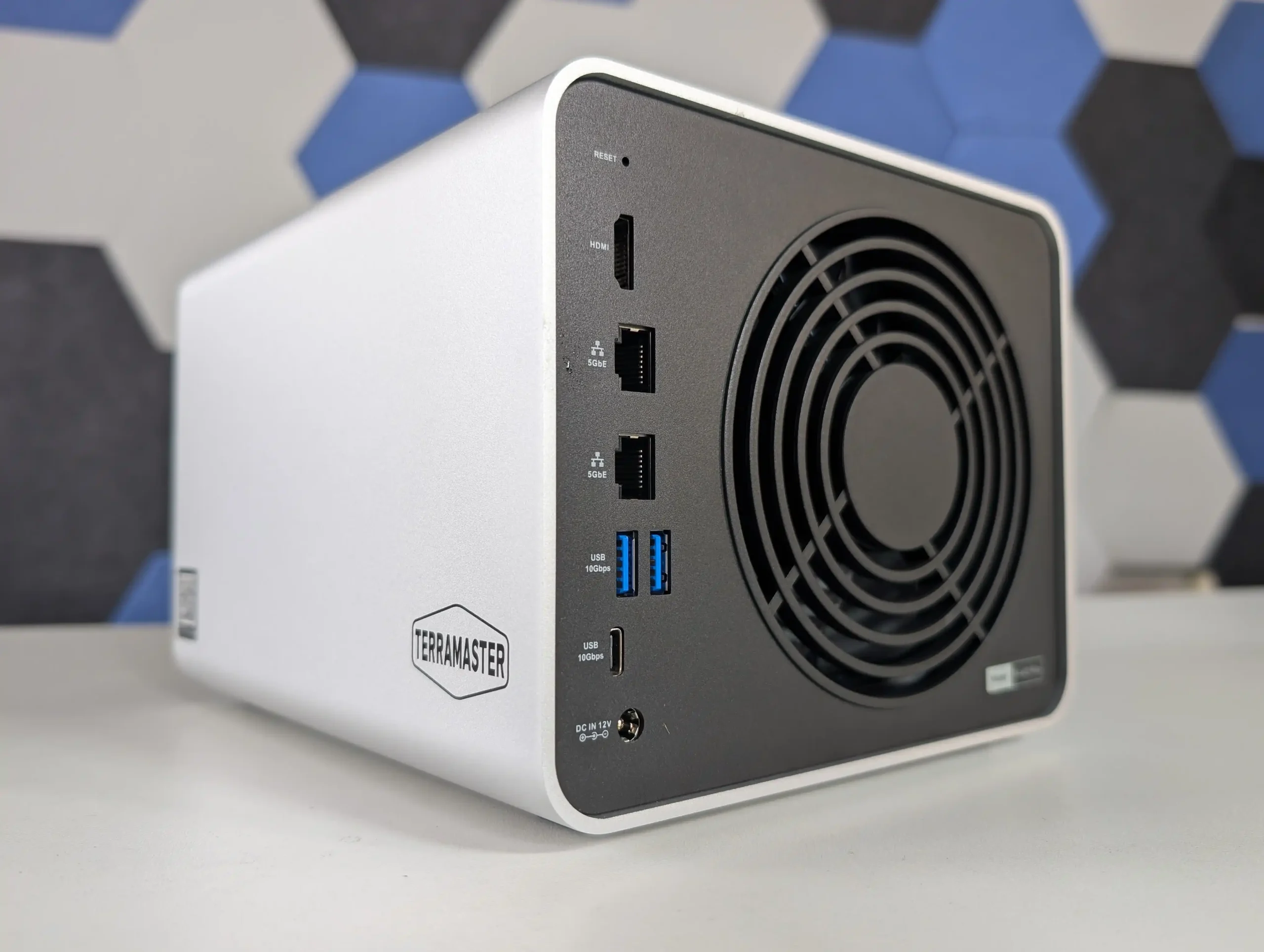
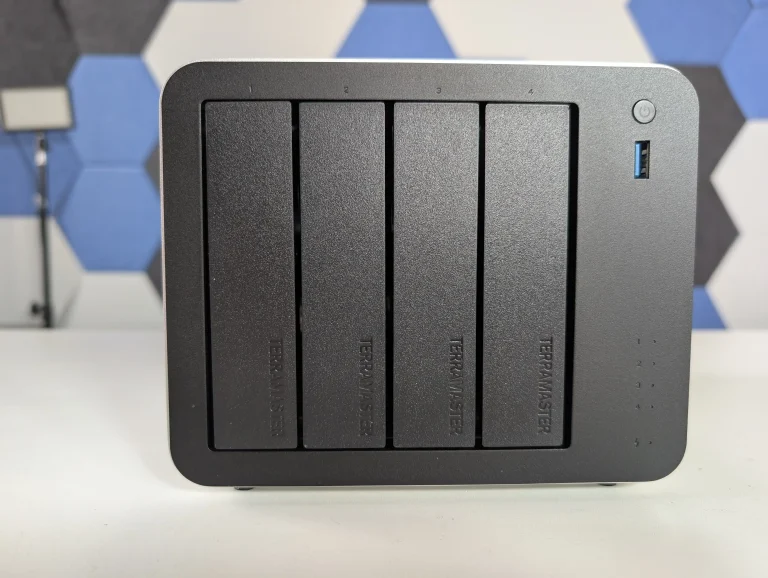
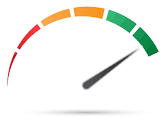
 • Dual 5GbE network ports with full independent bandwidth for high-speed transfers + lots of USB-to-5GbE $30 upgrades in the market now
• Dual 5GbE network ports with full independent bandwidth for high-speed transfers + lots of USB-to-5GbE $30 upgrades in the market now • Cheaper N150 NAS Systems have arrived earlier in 2025
• Cheaper N150 NAS Systems have arrived earlier in 2025






